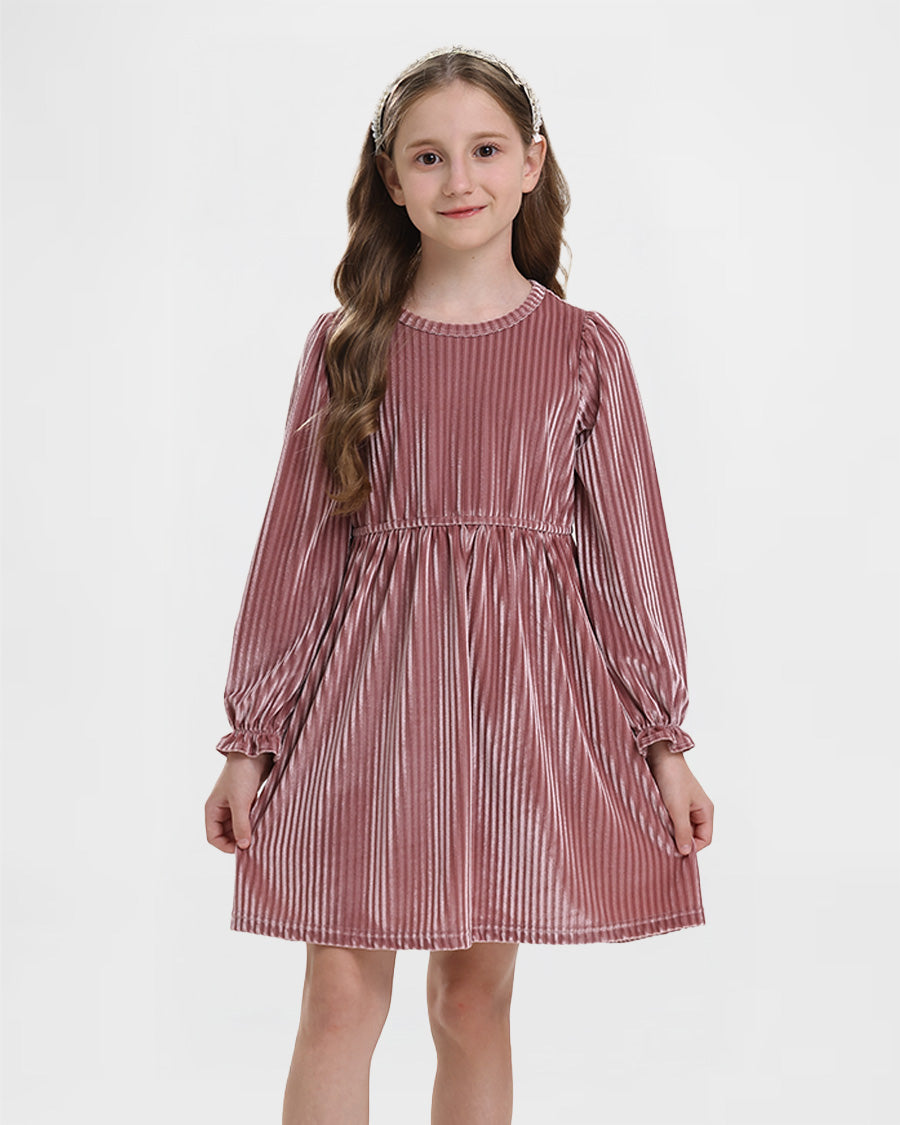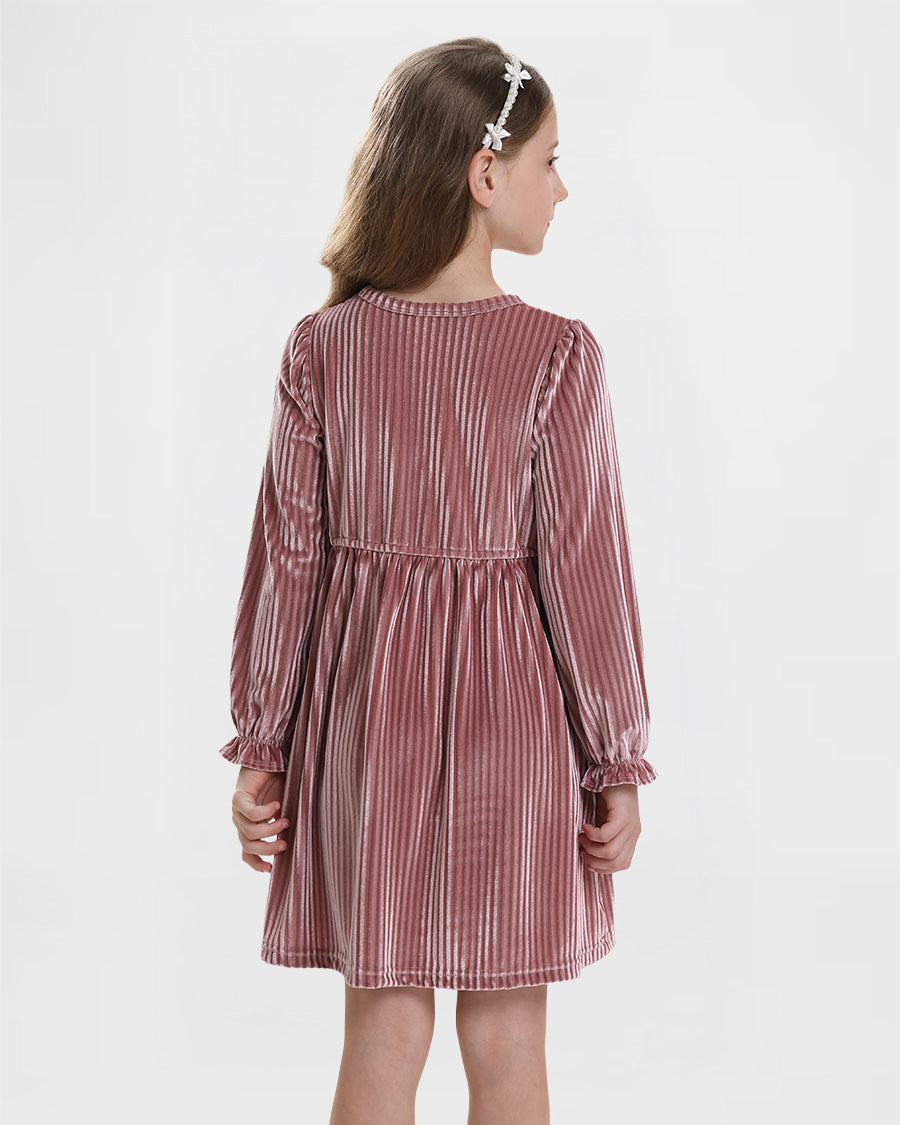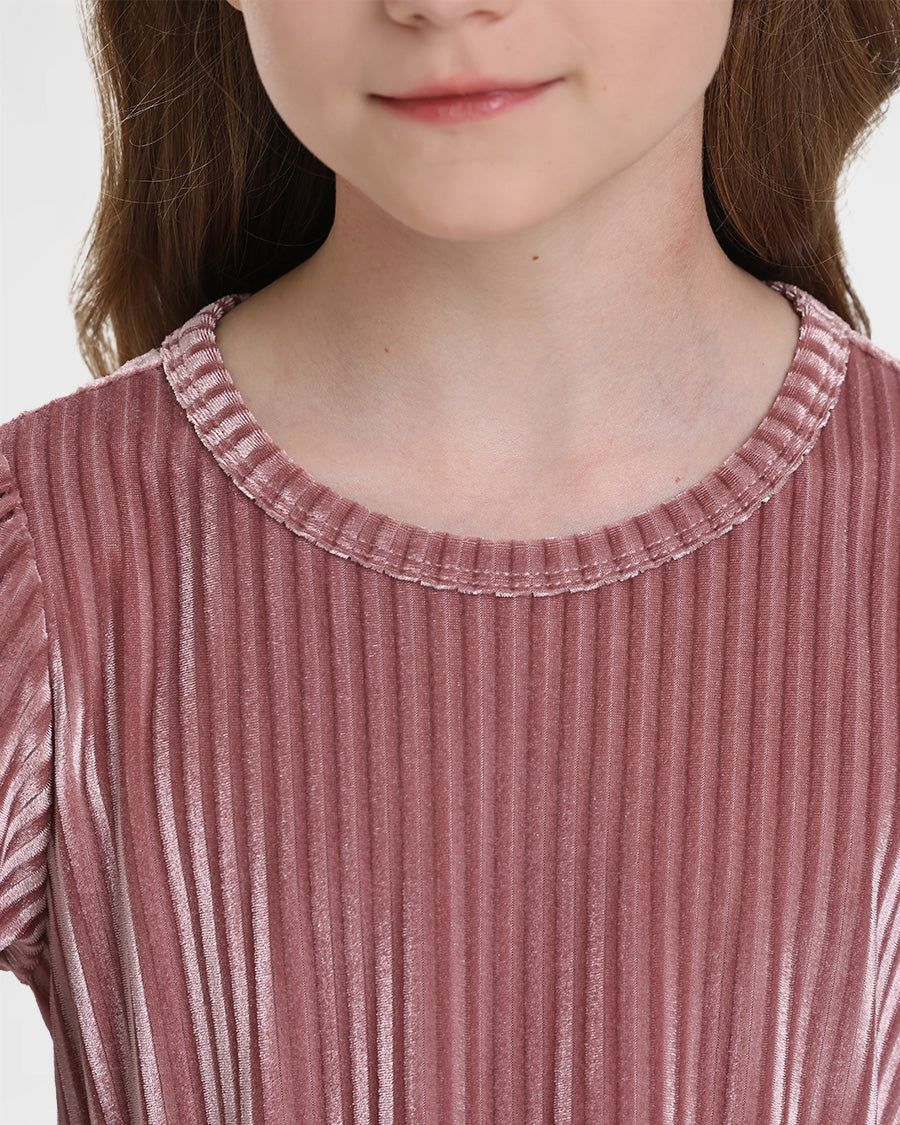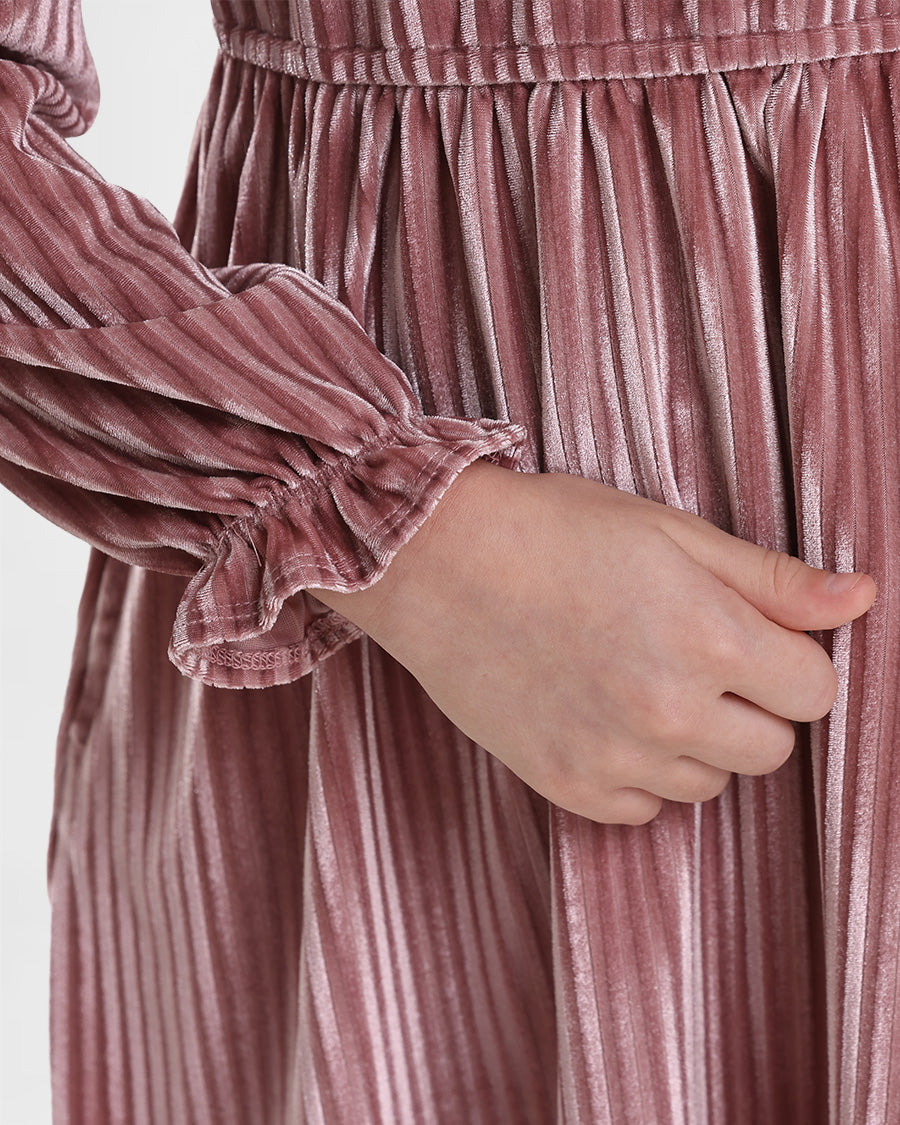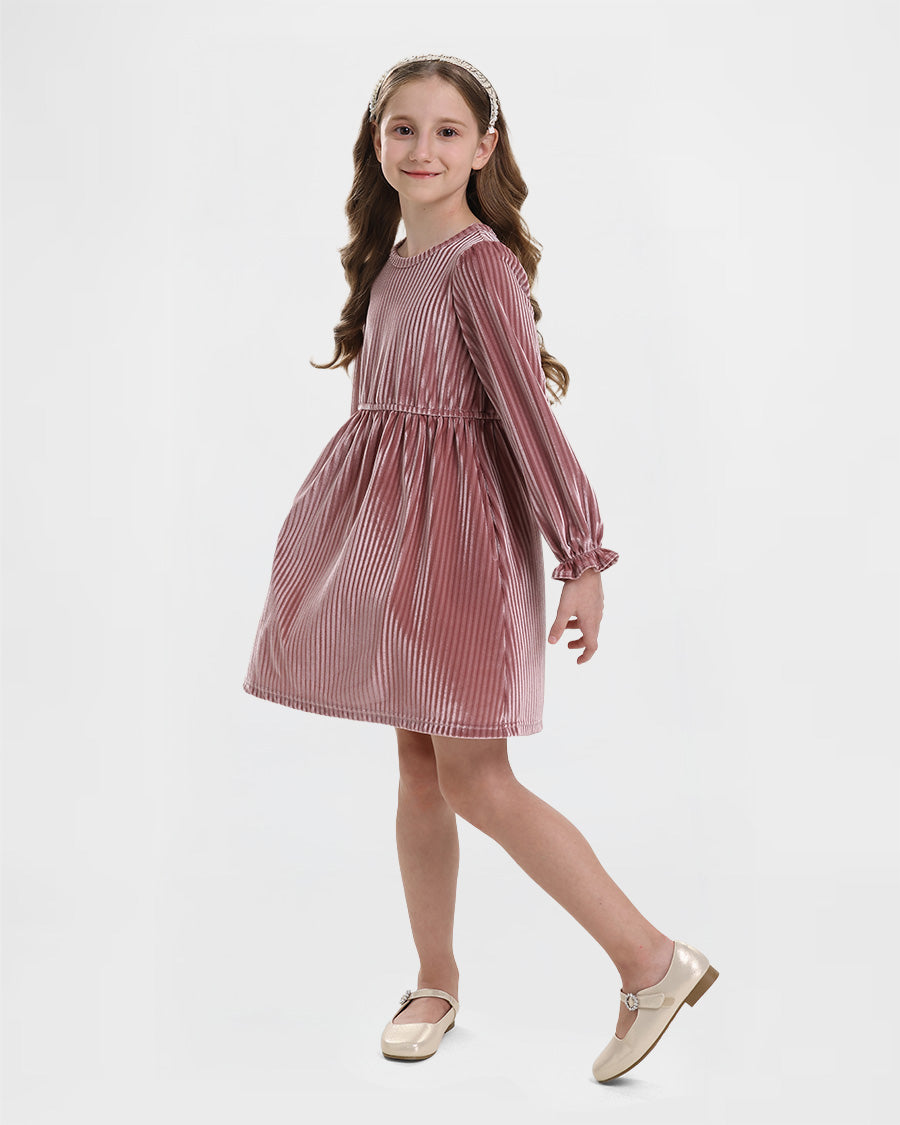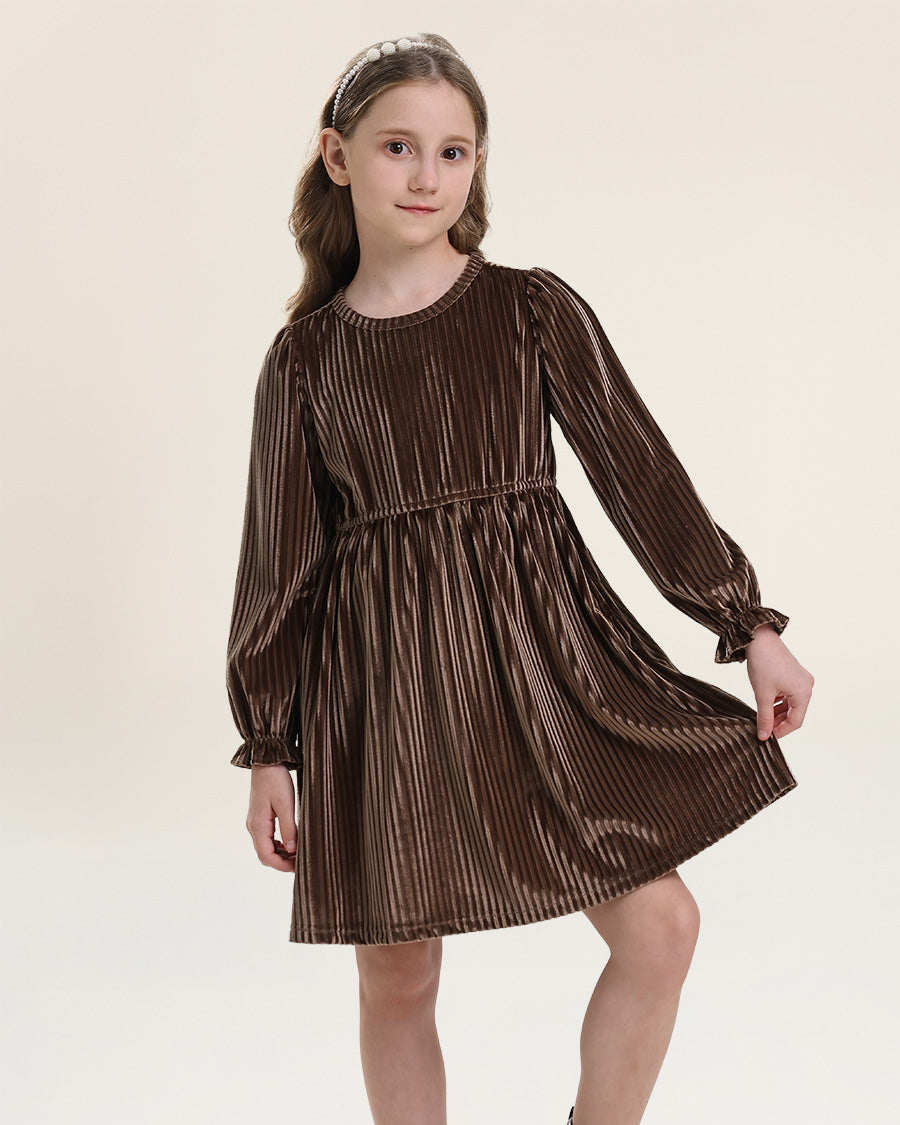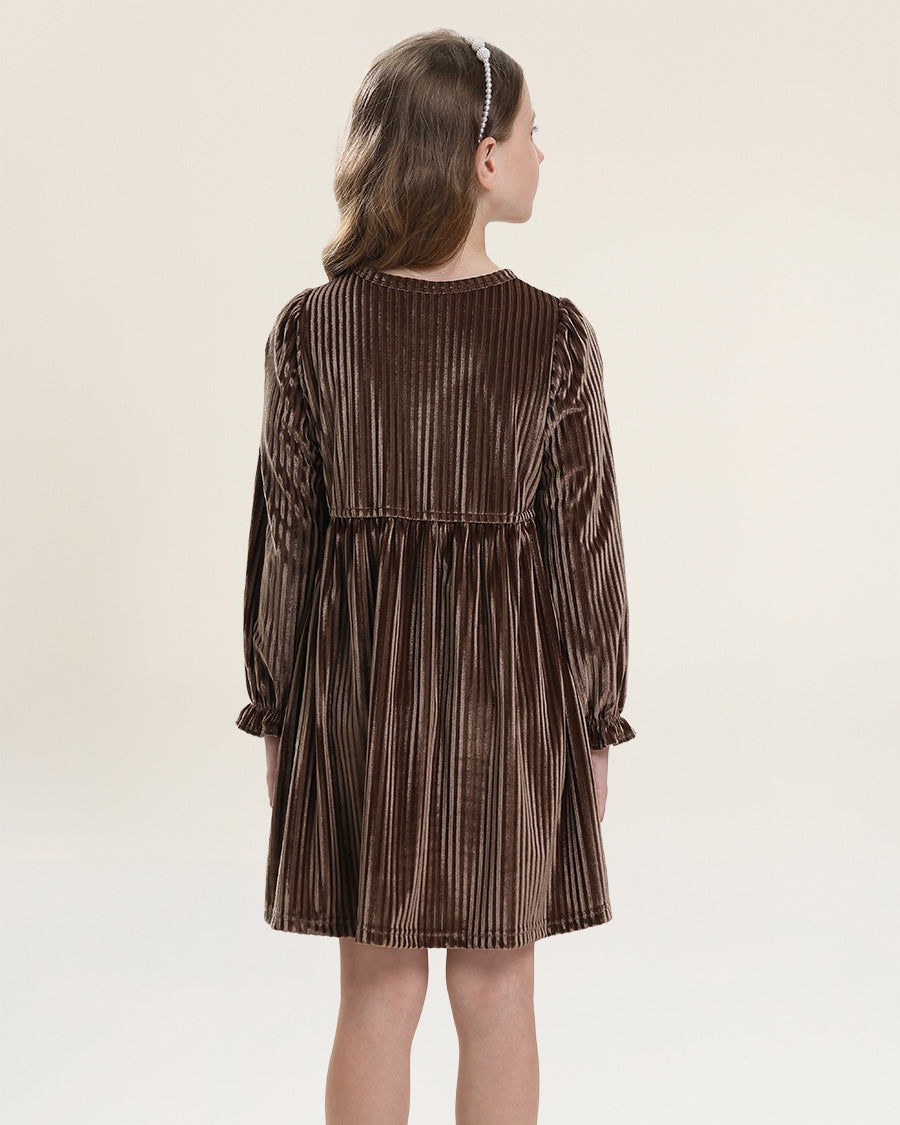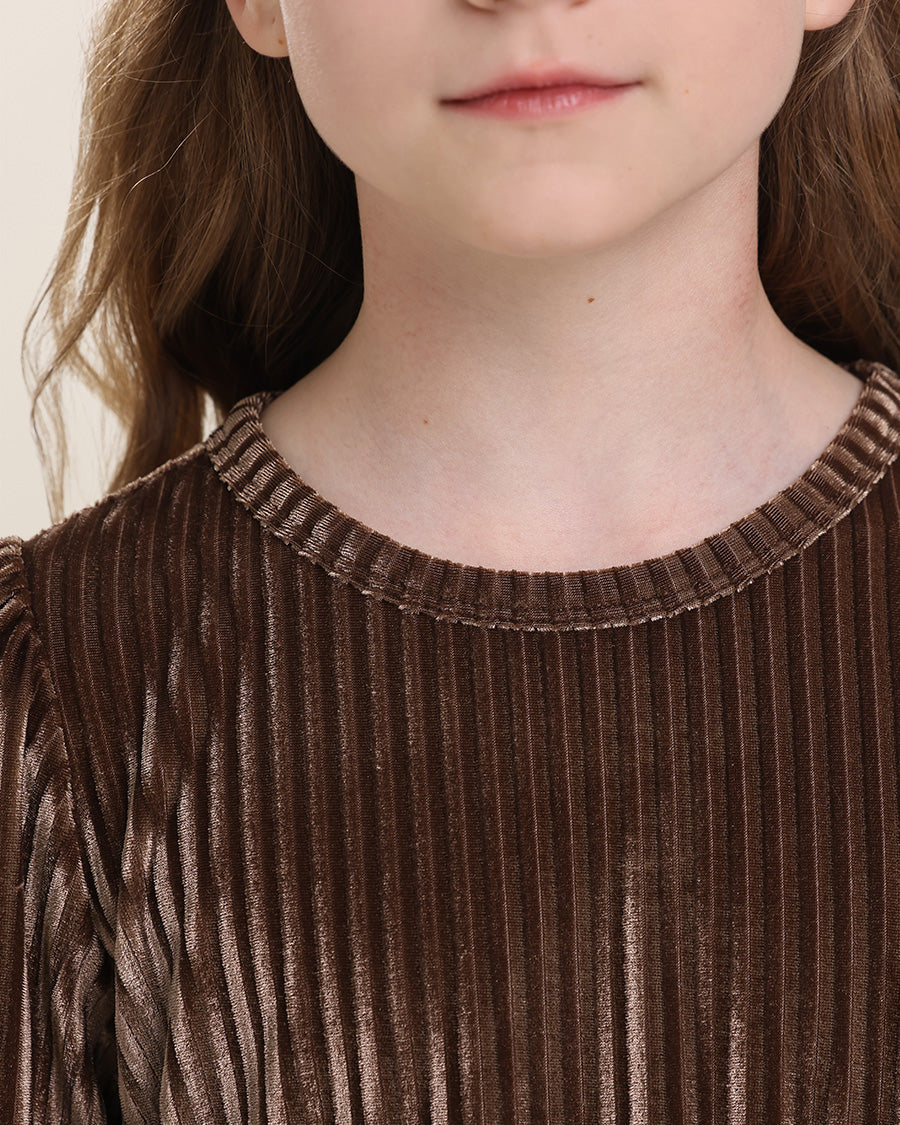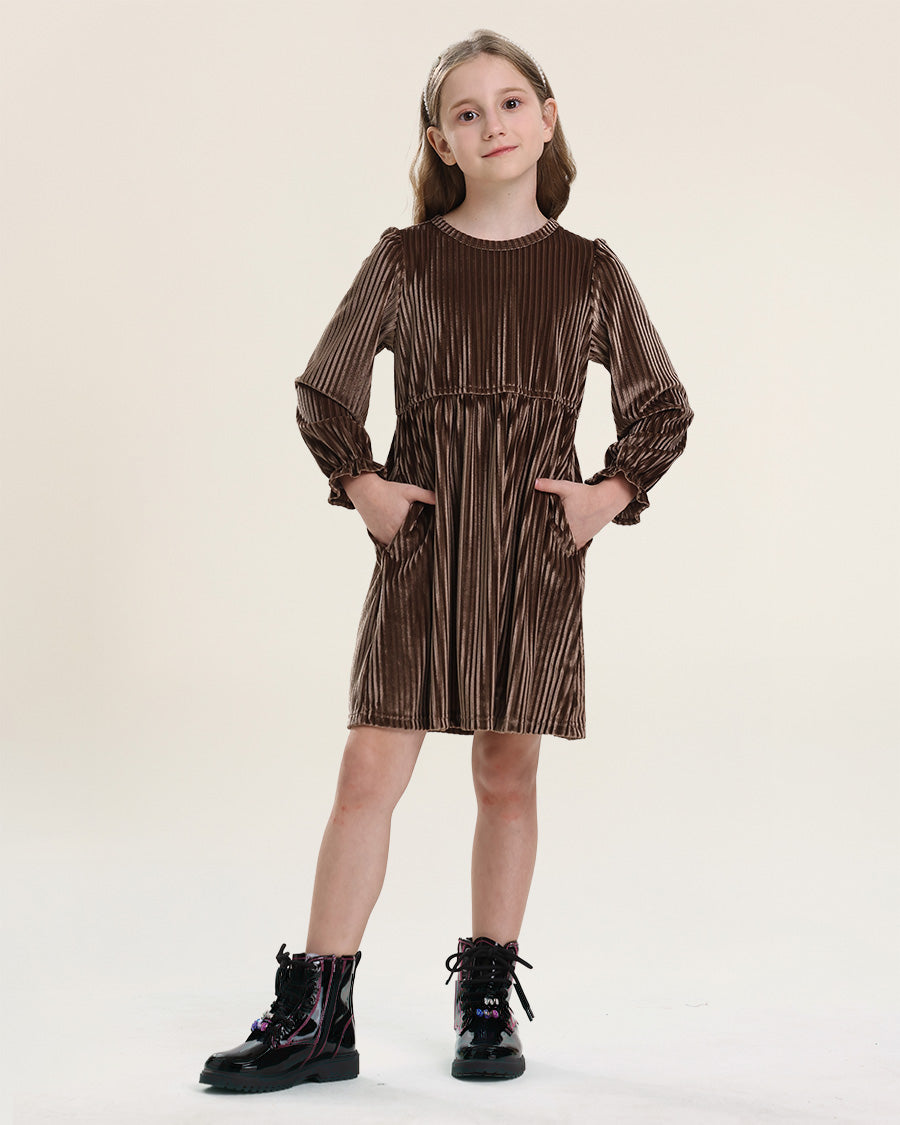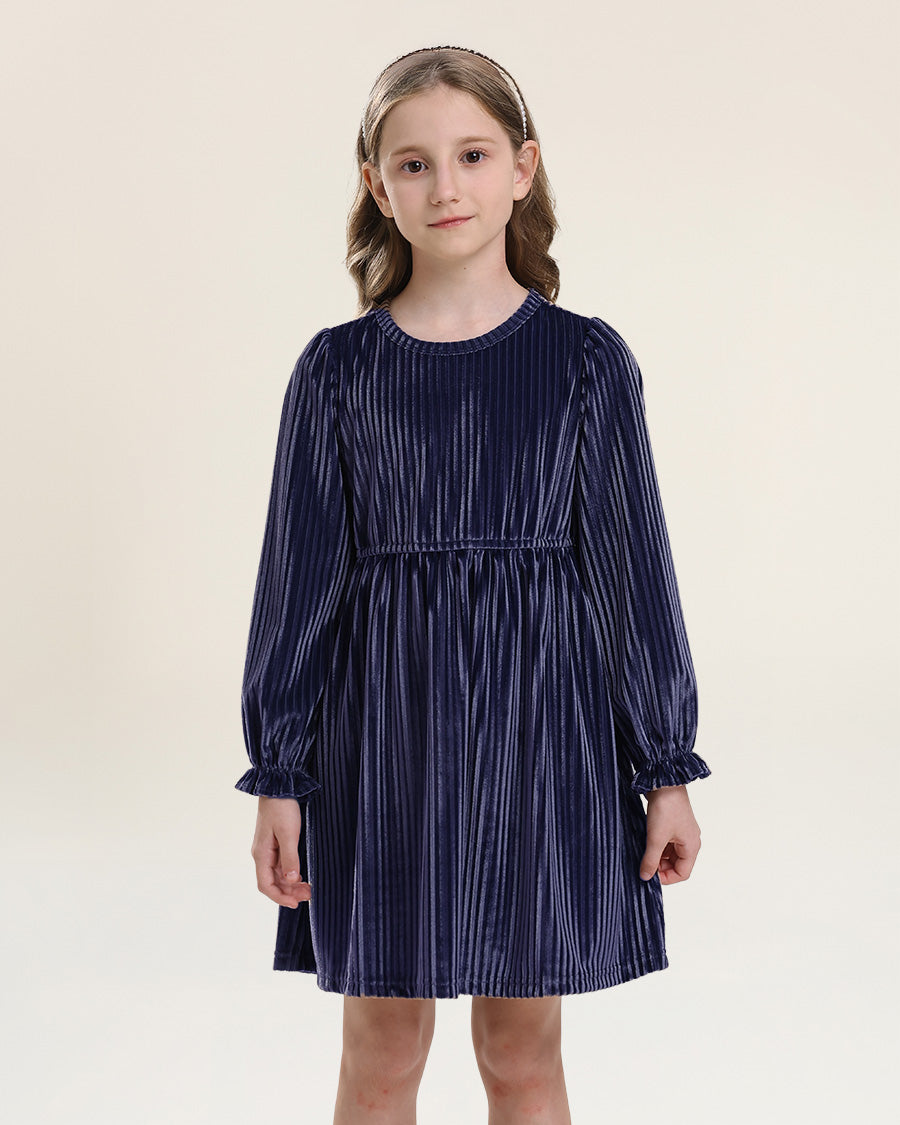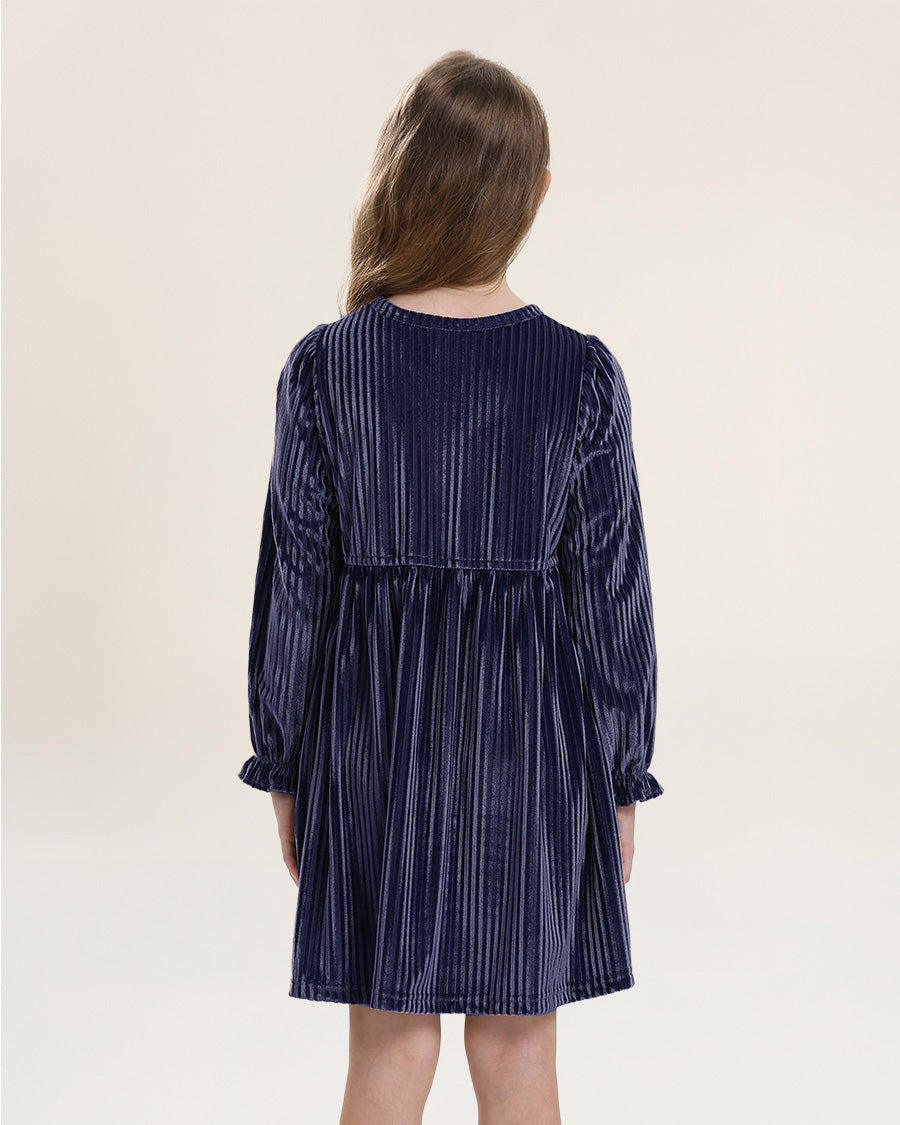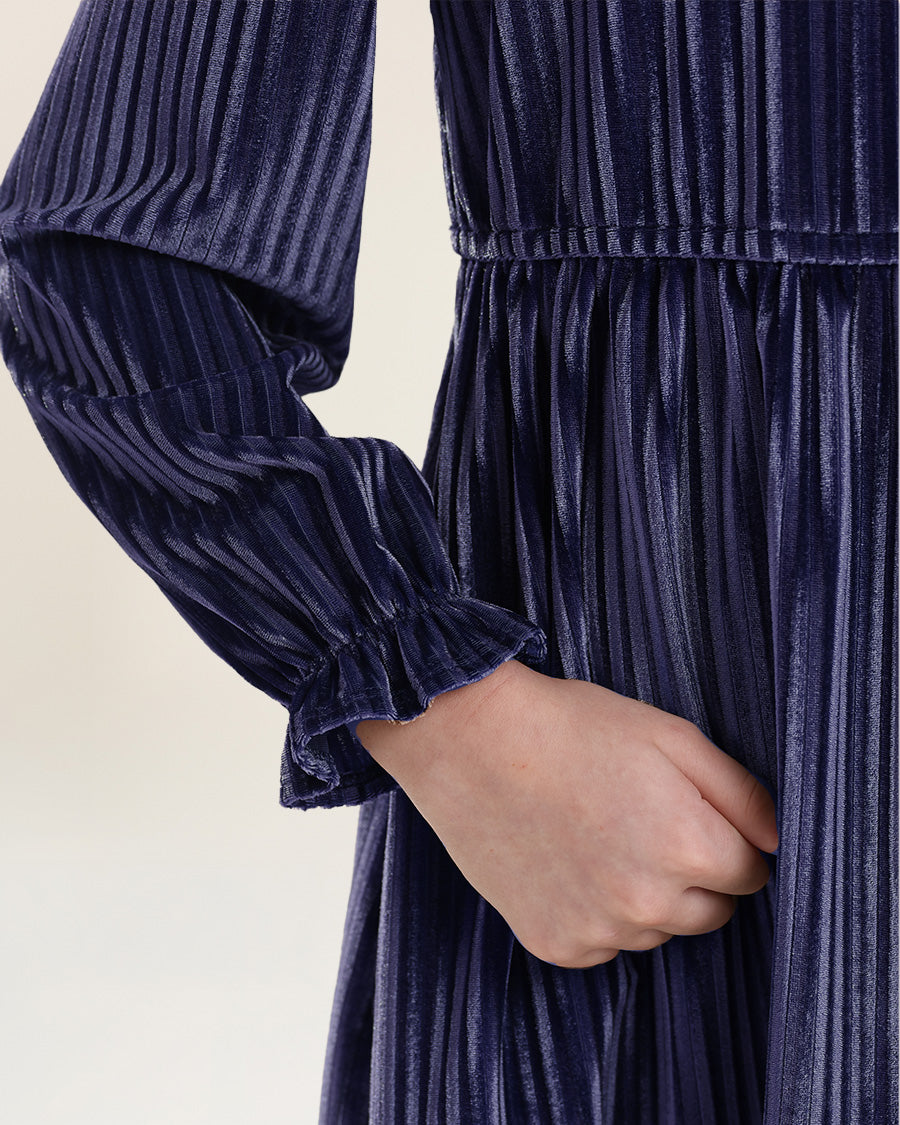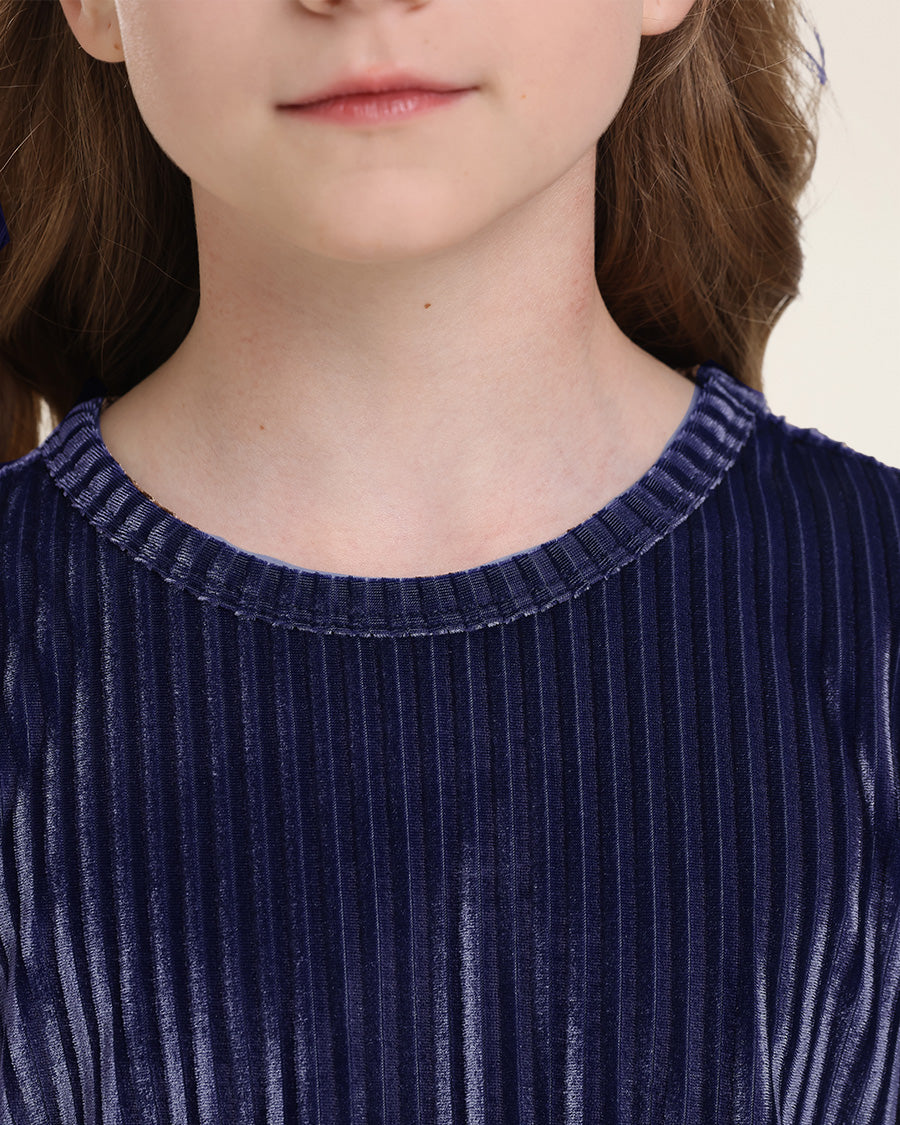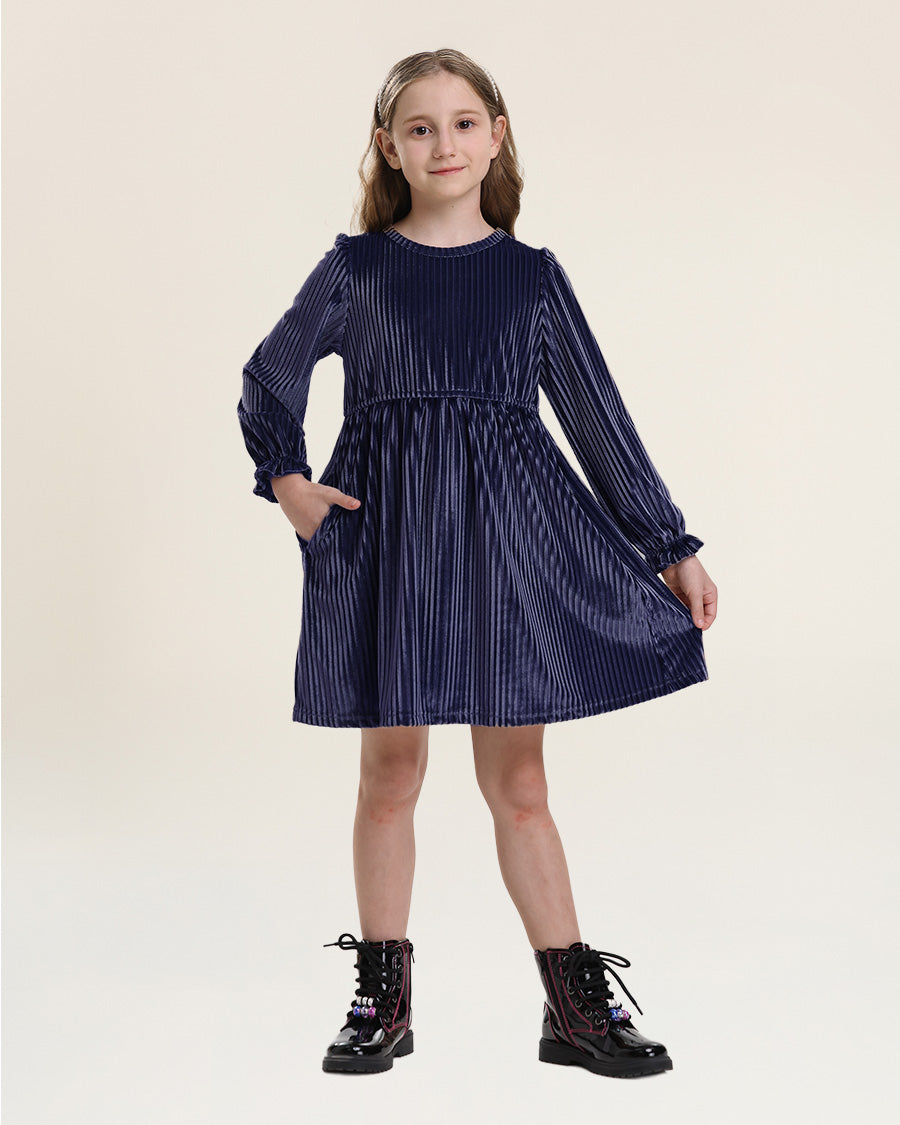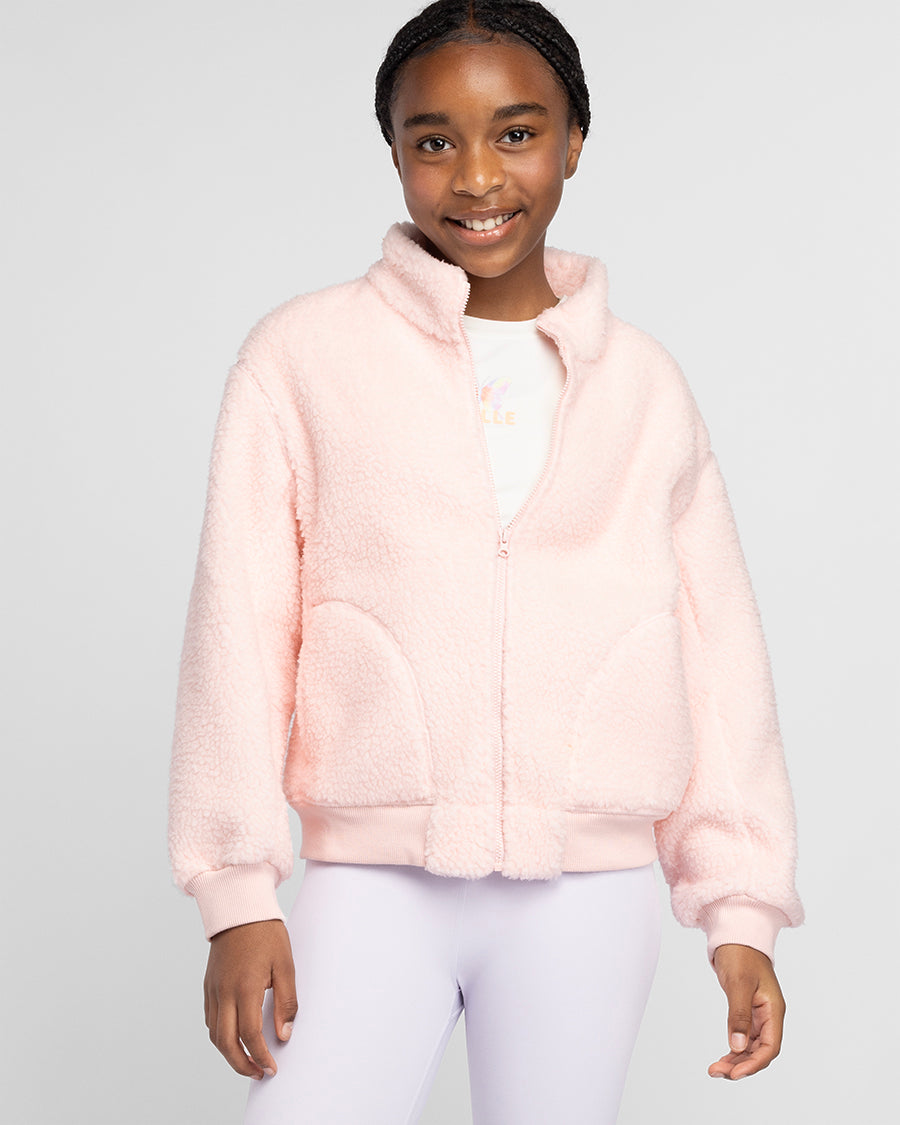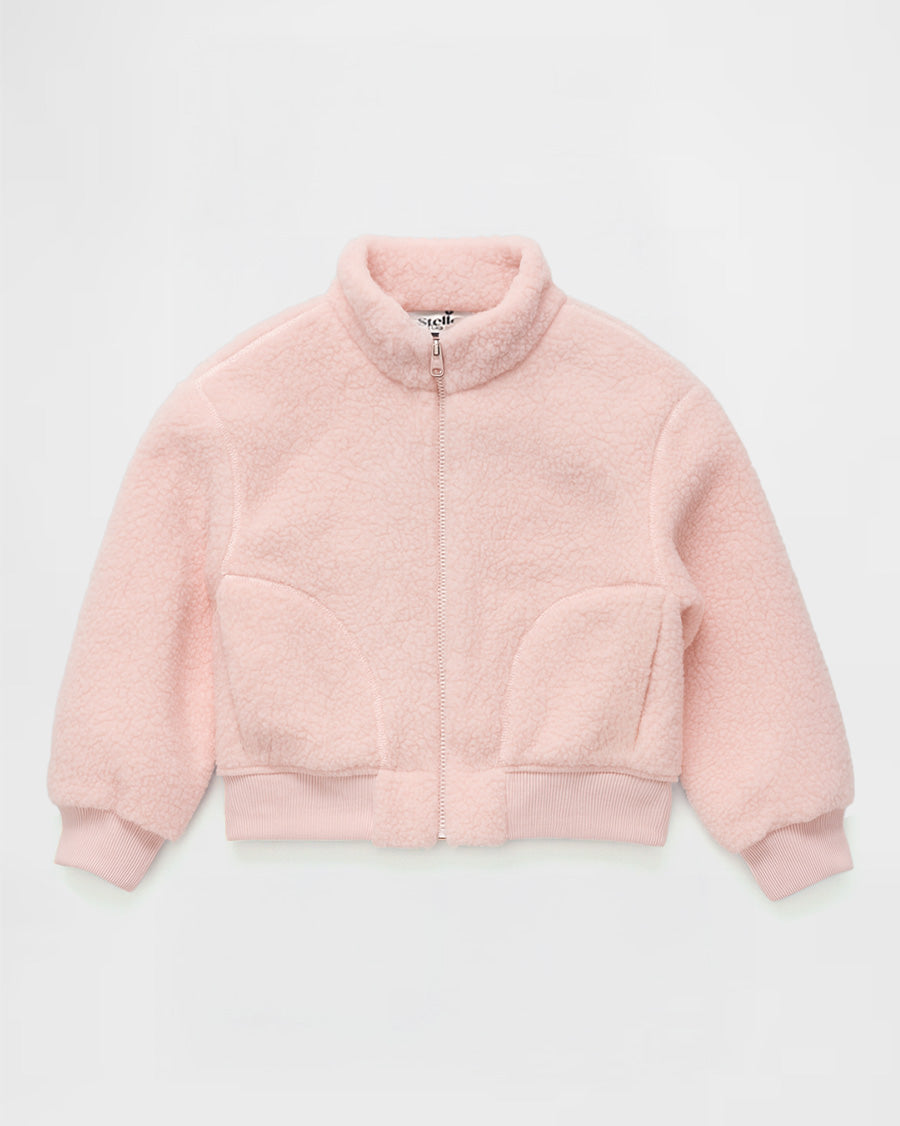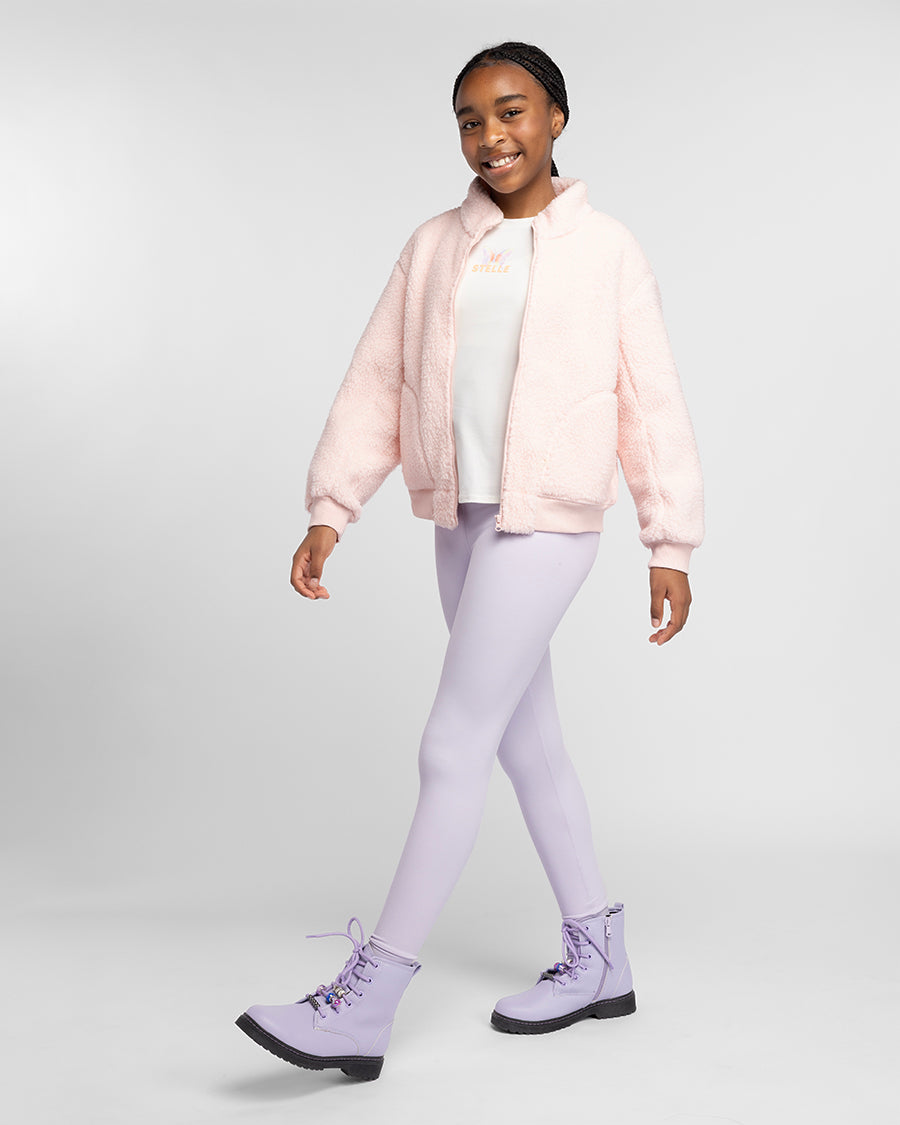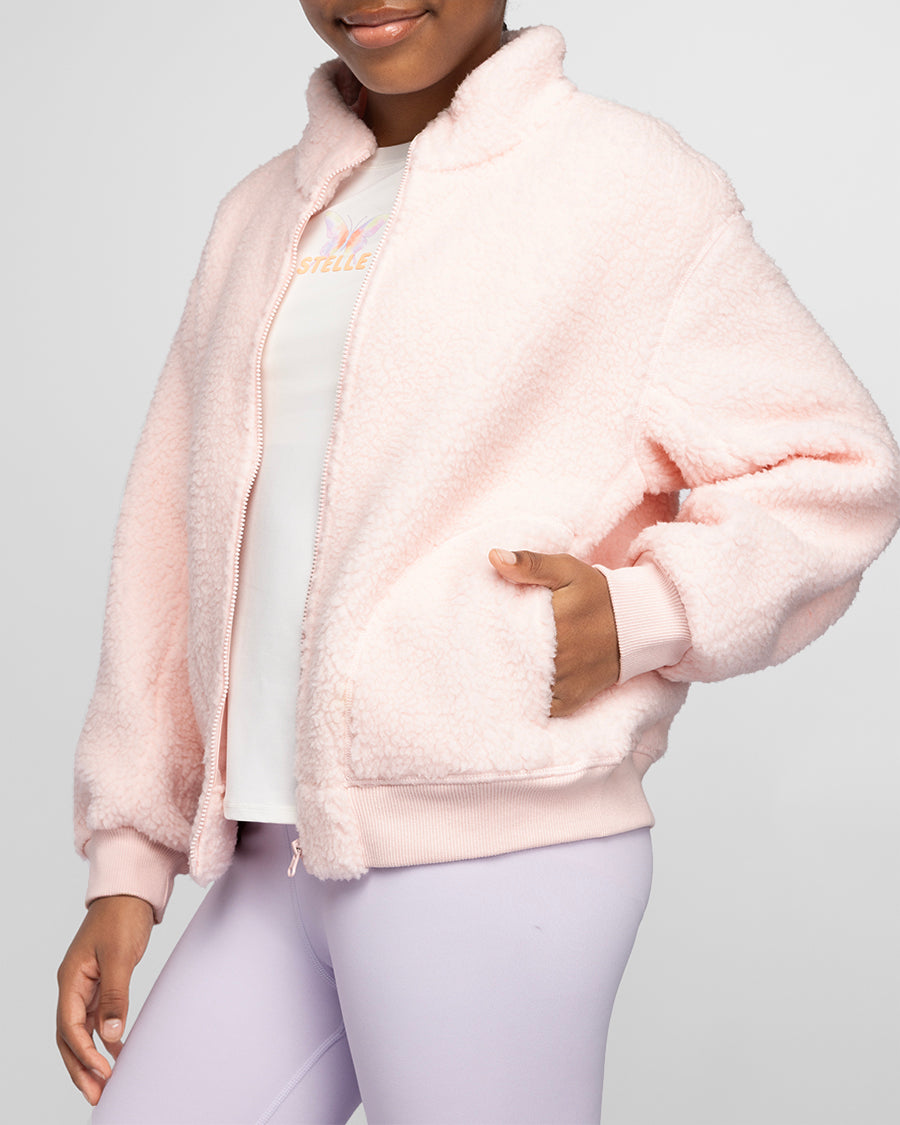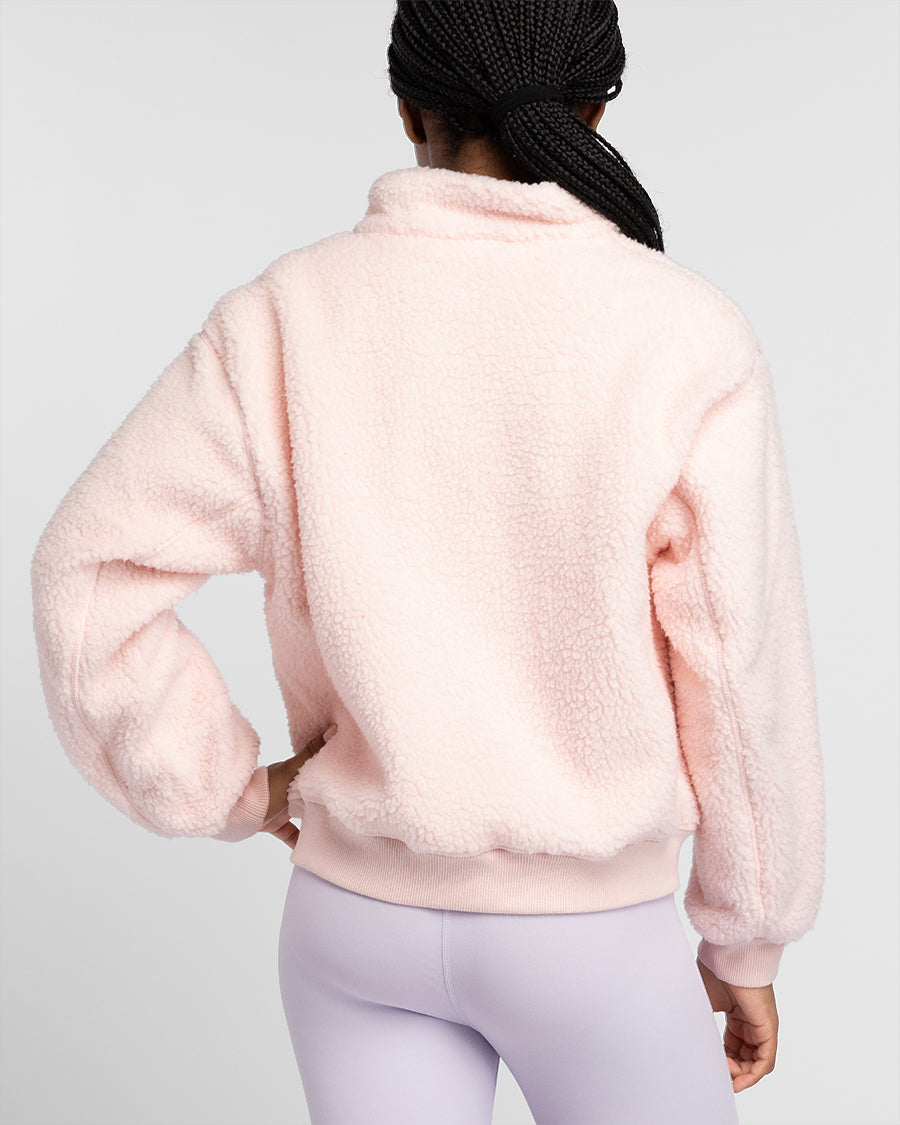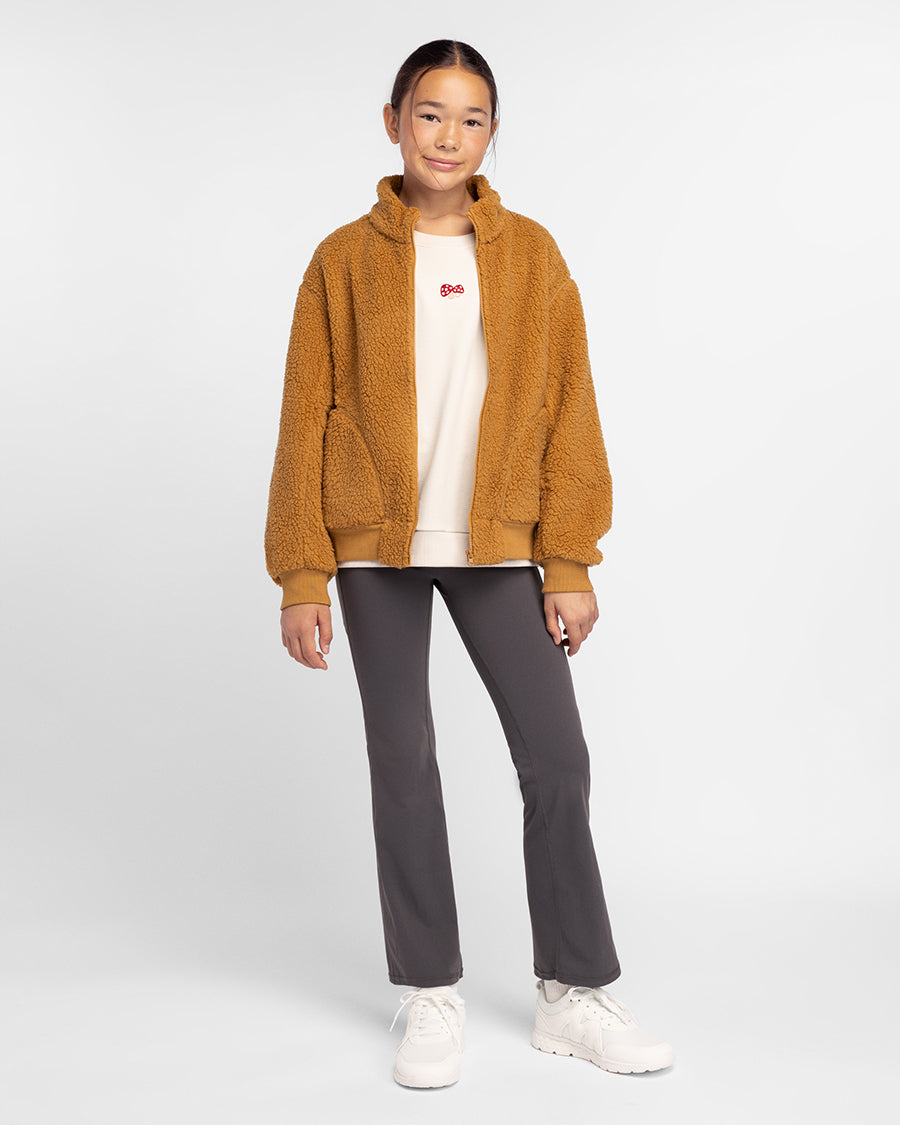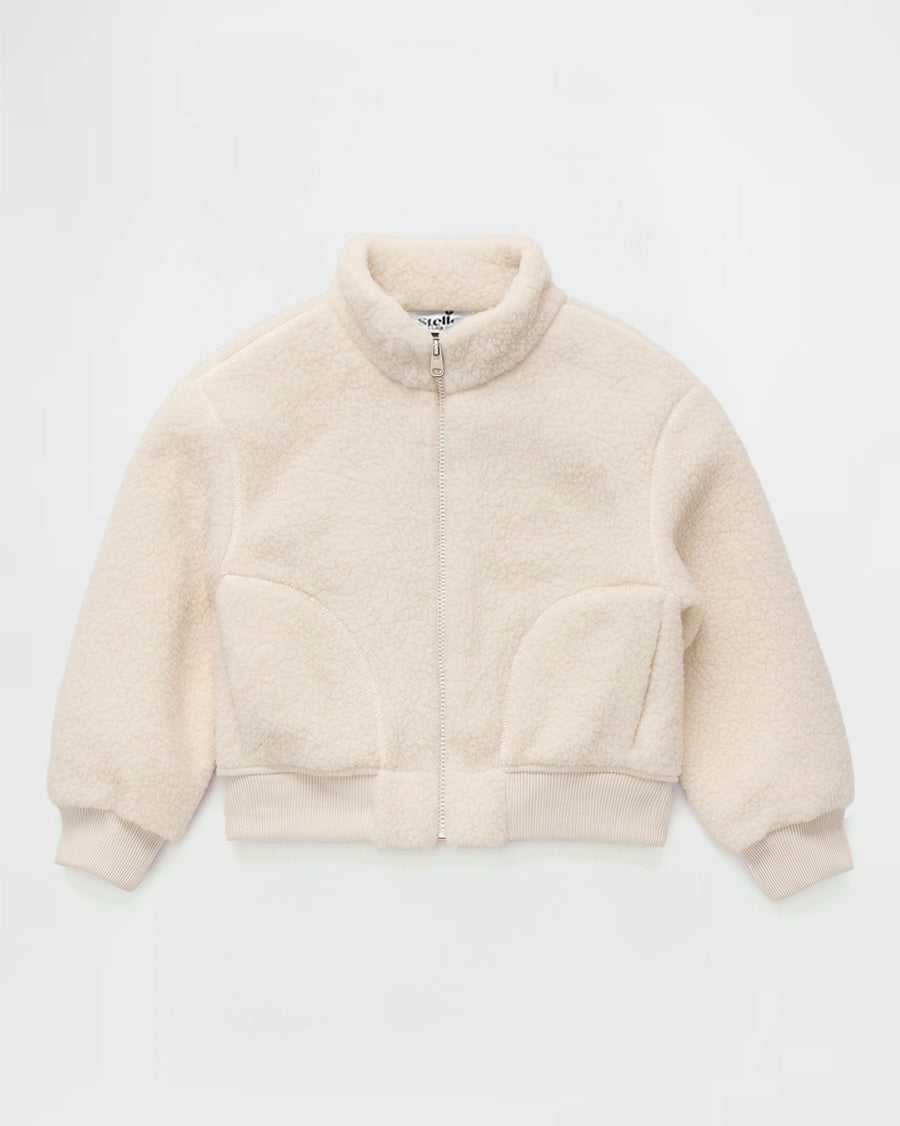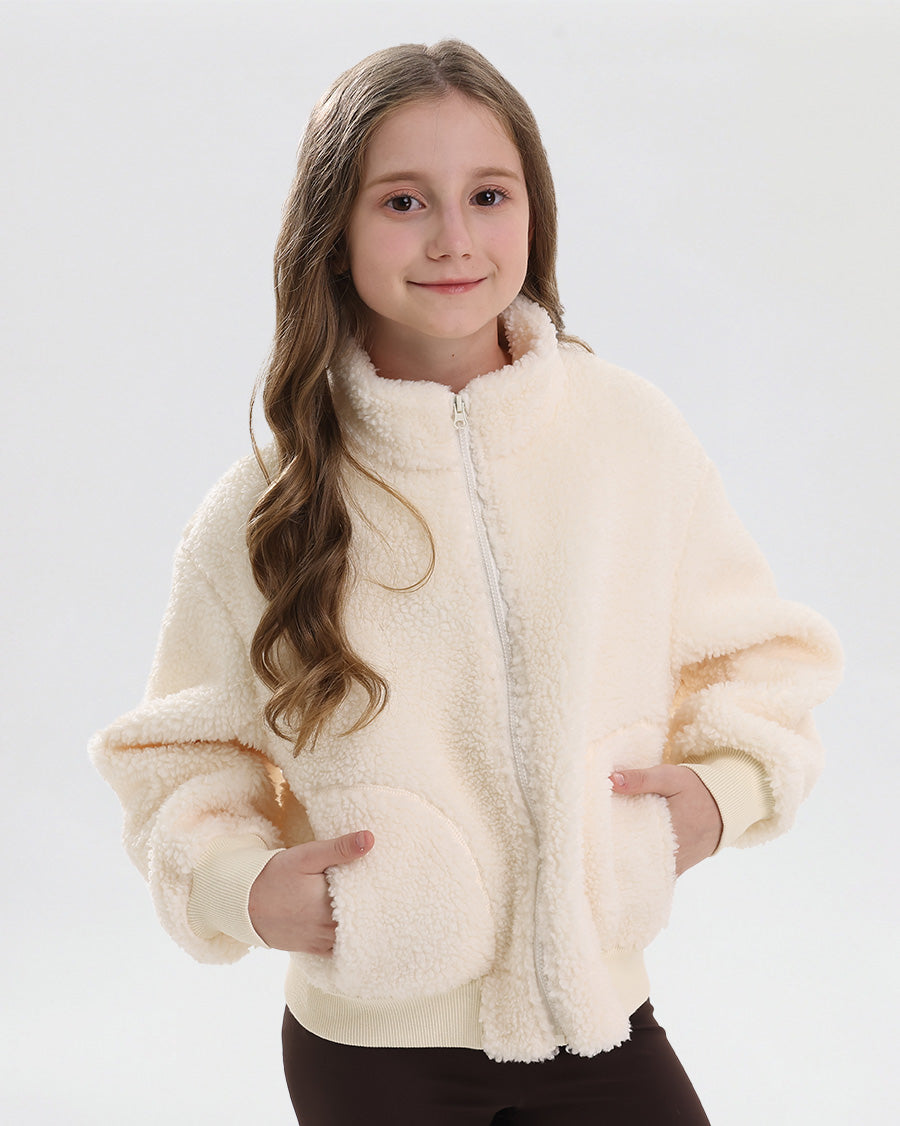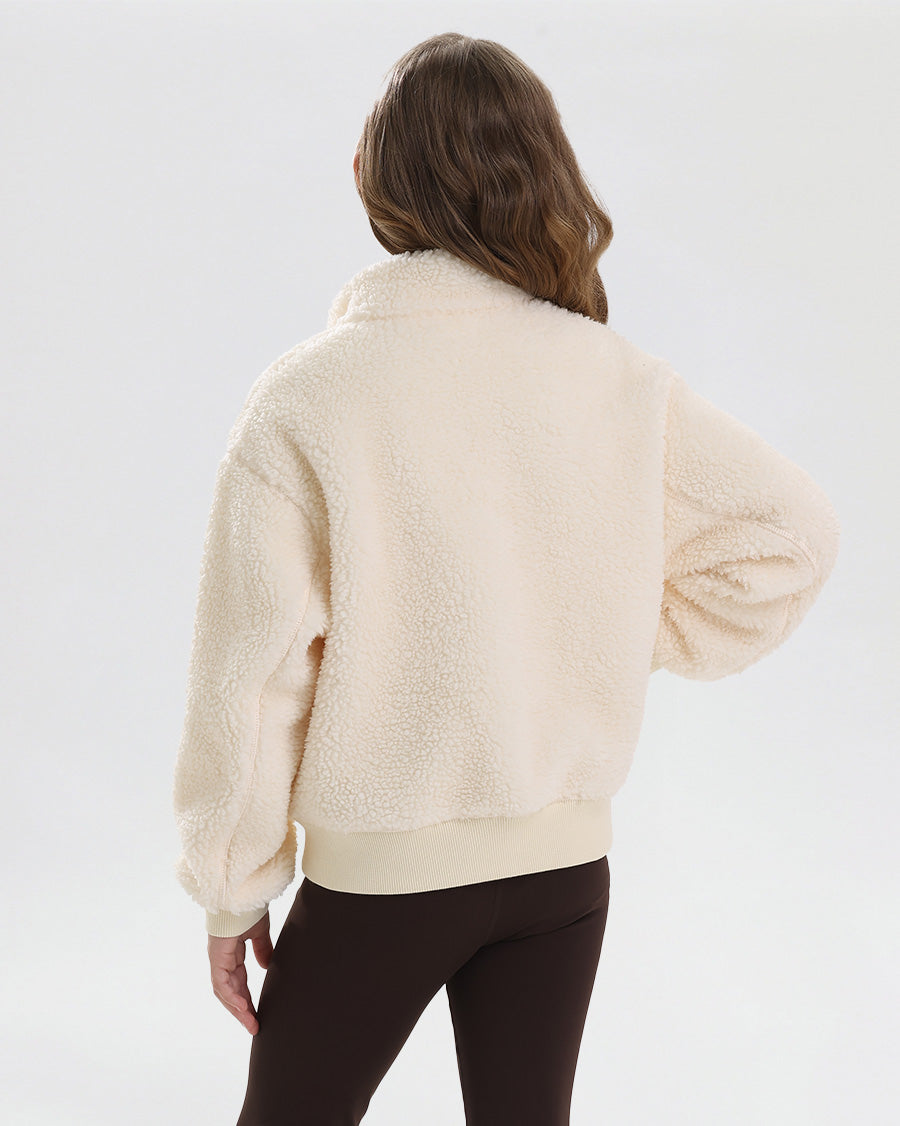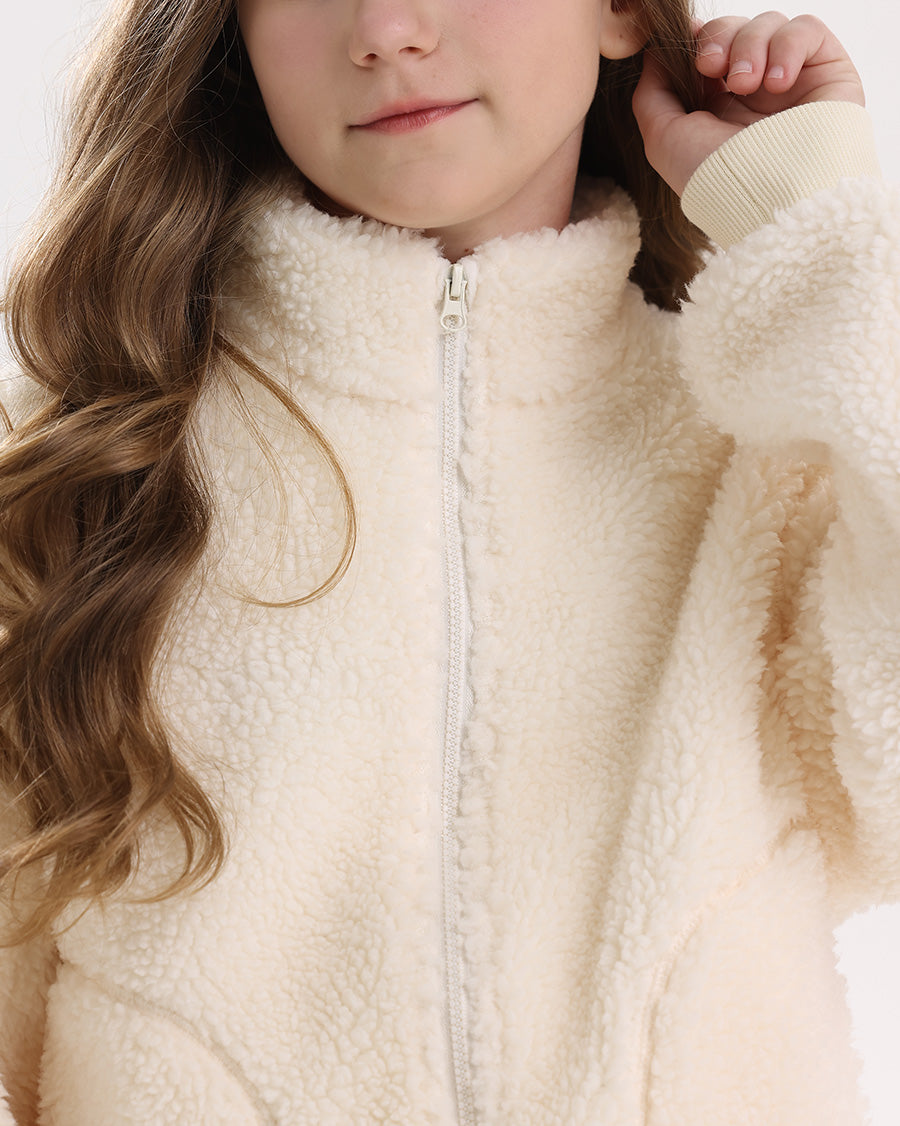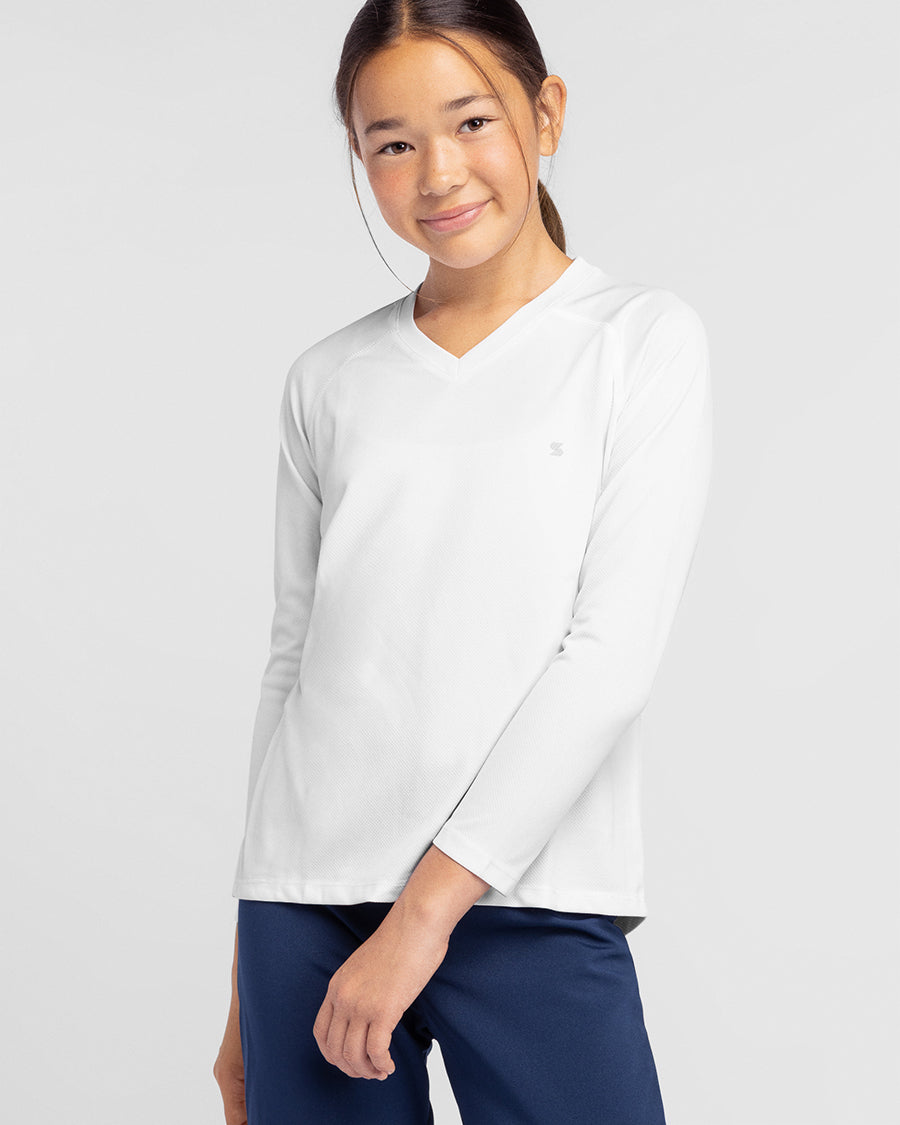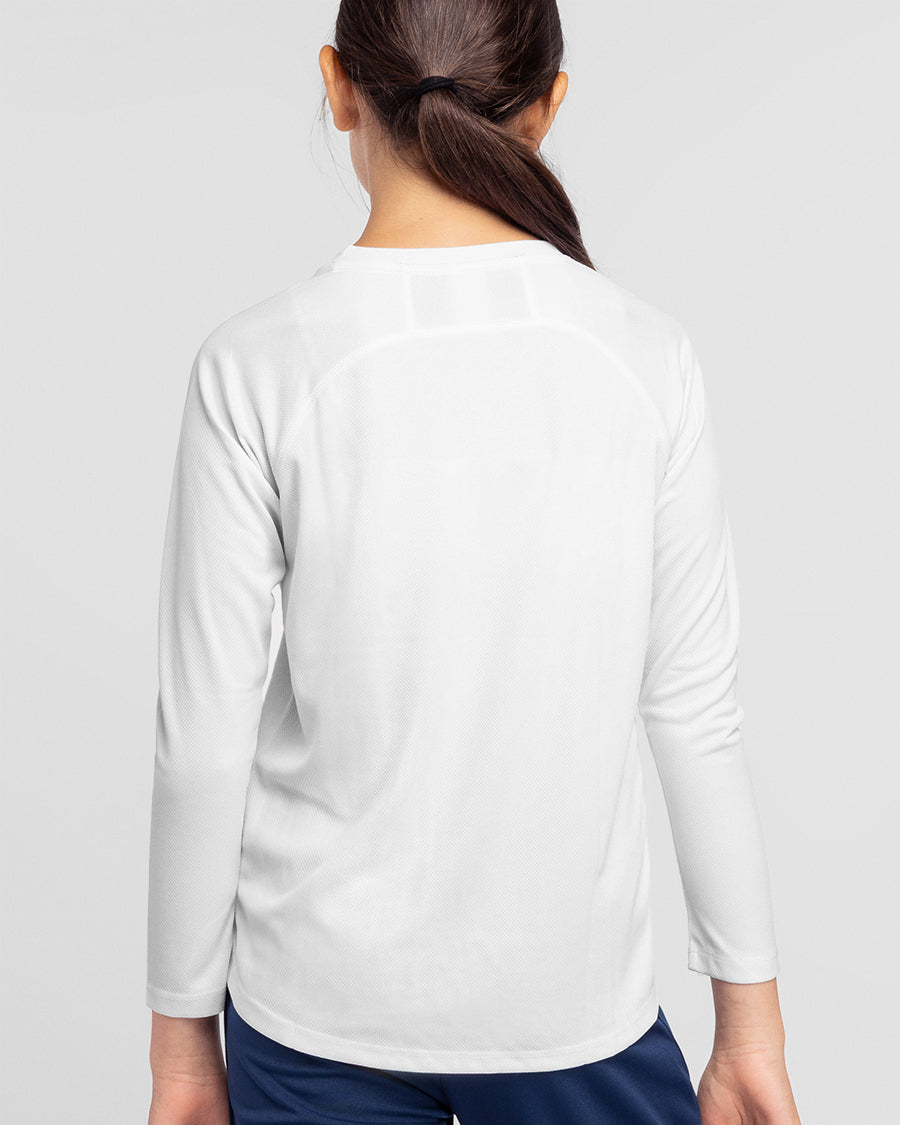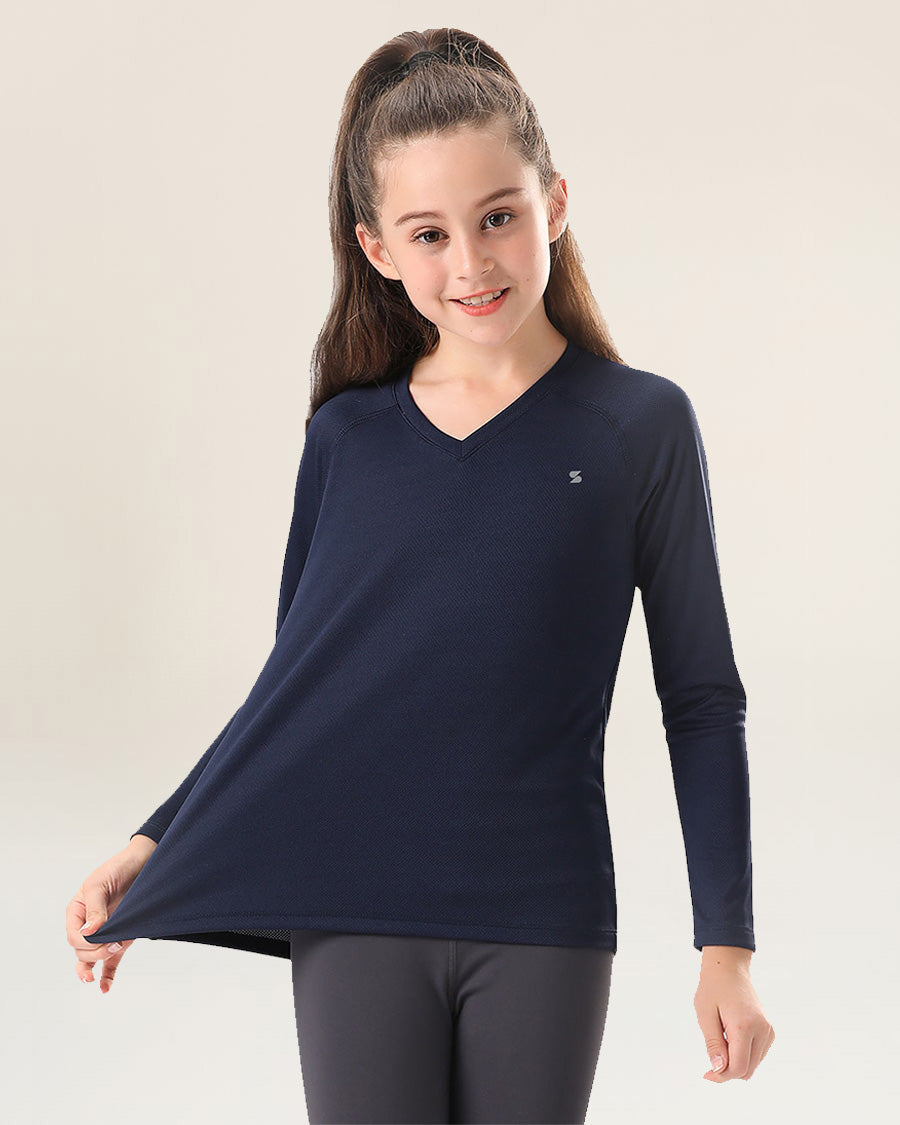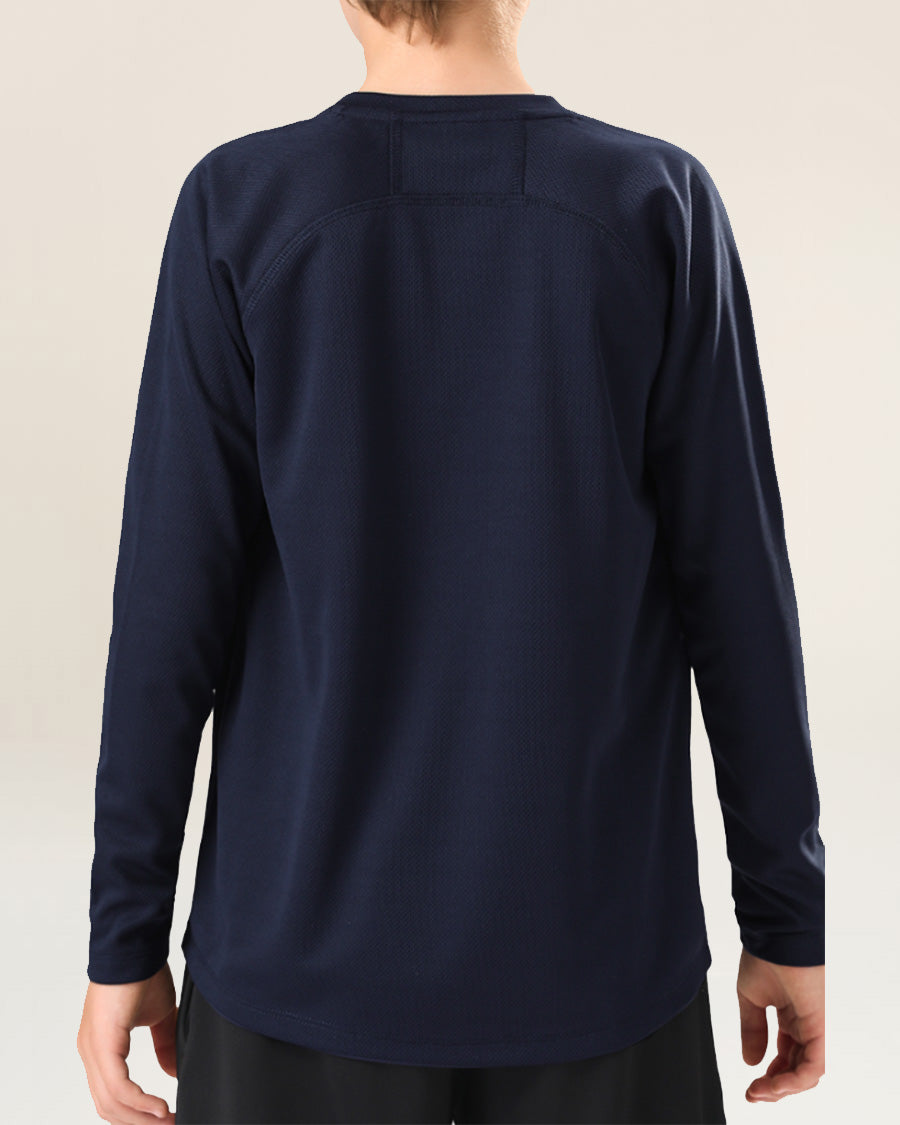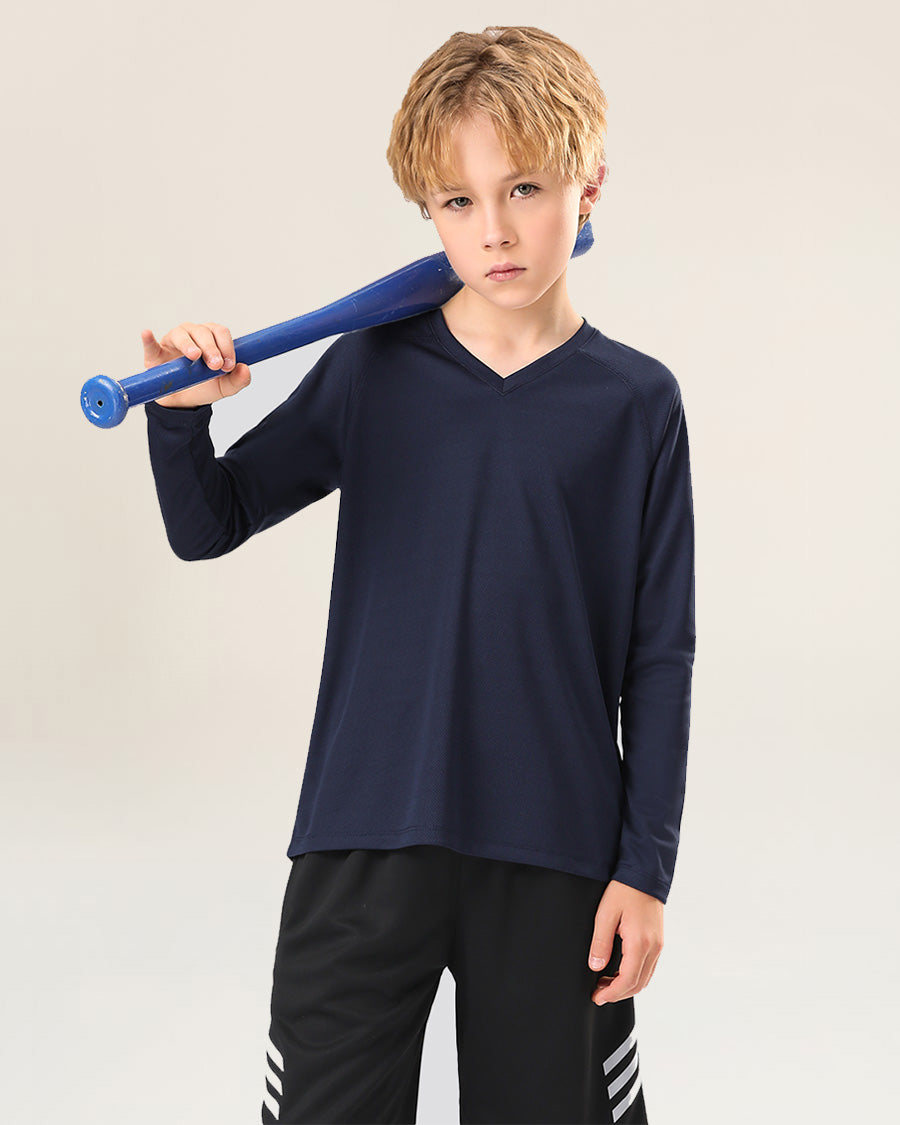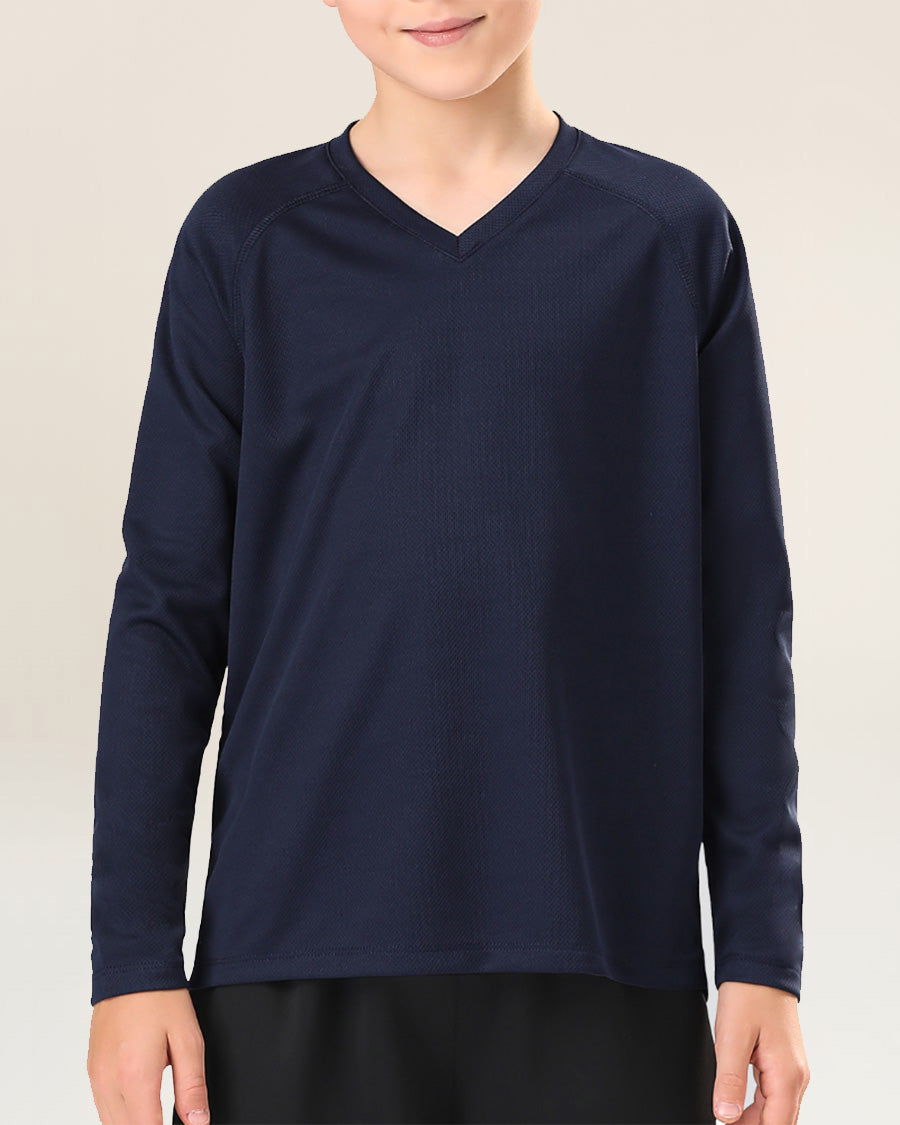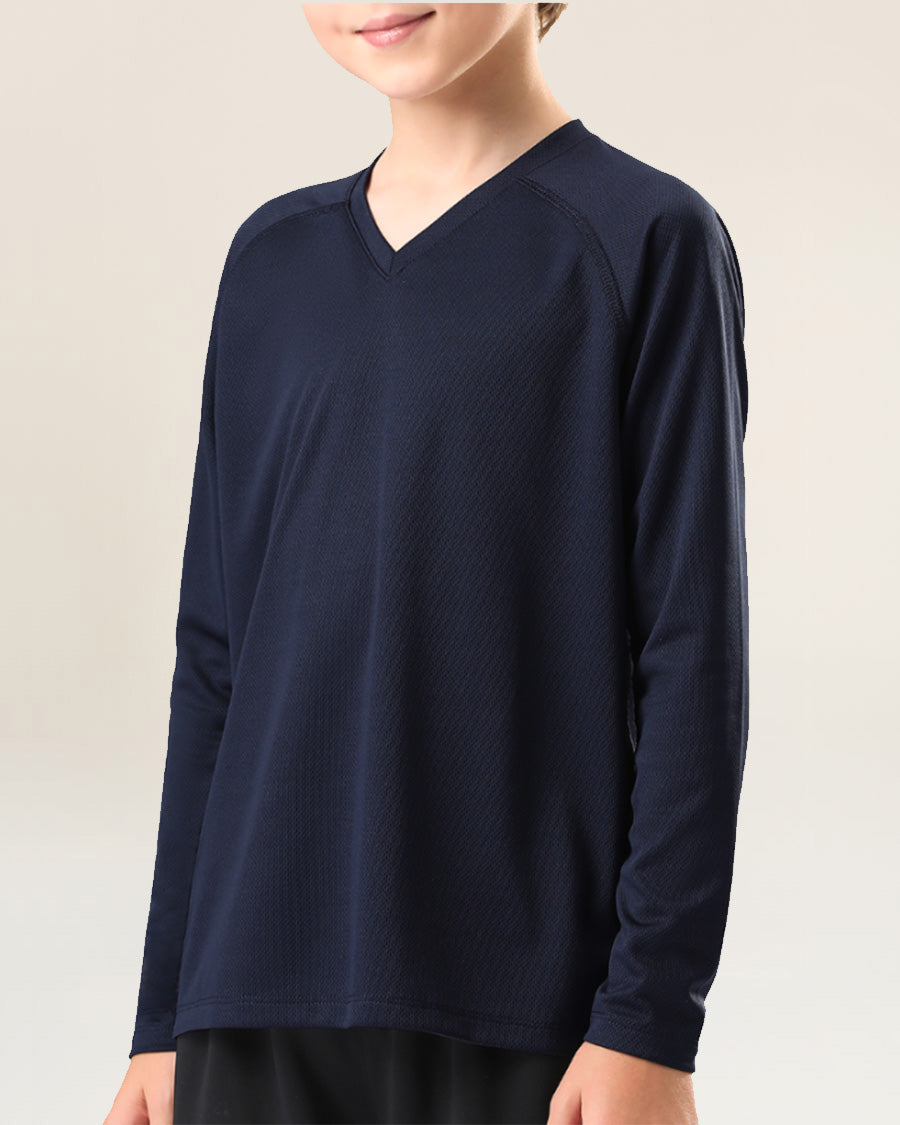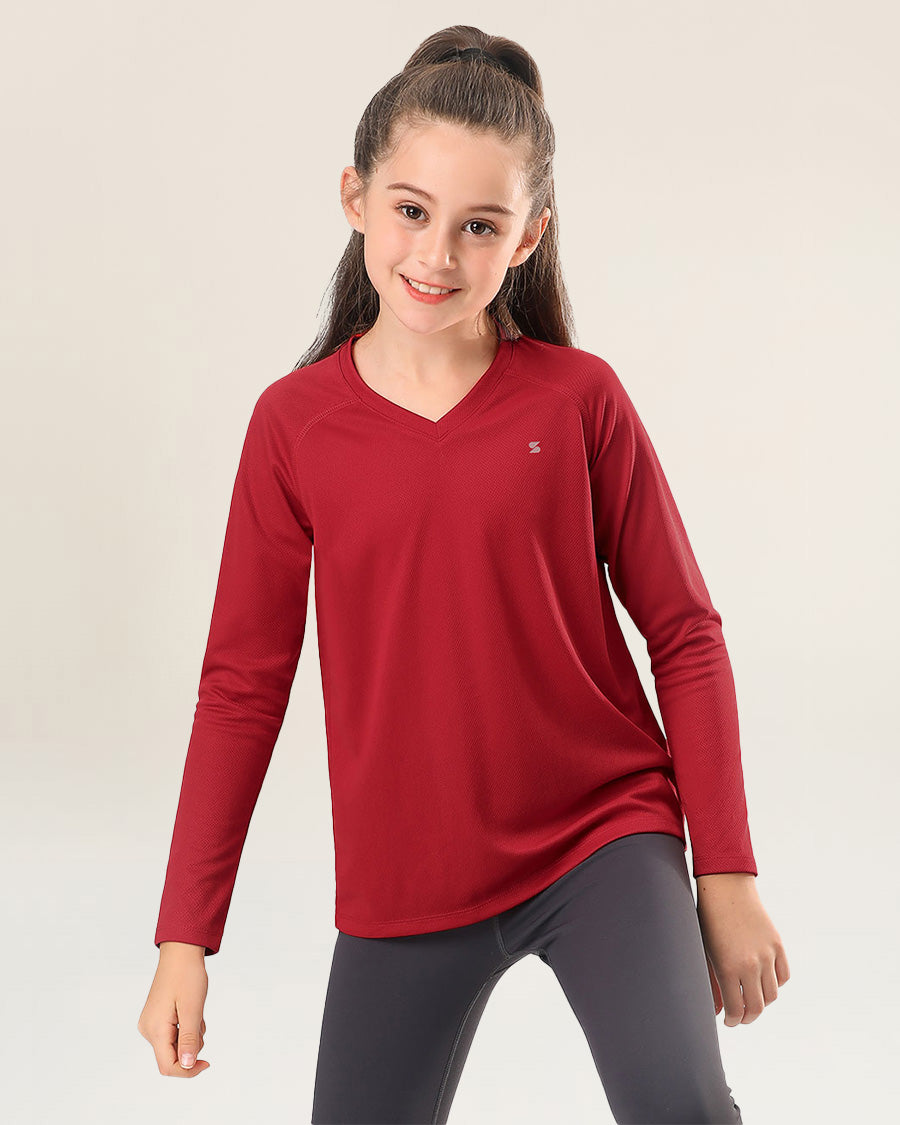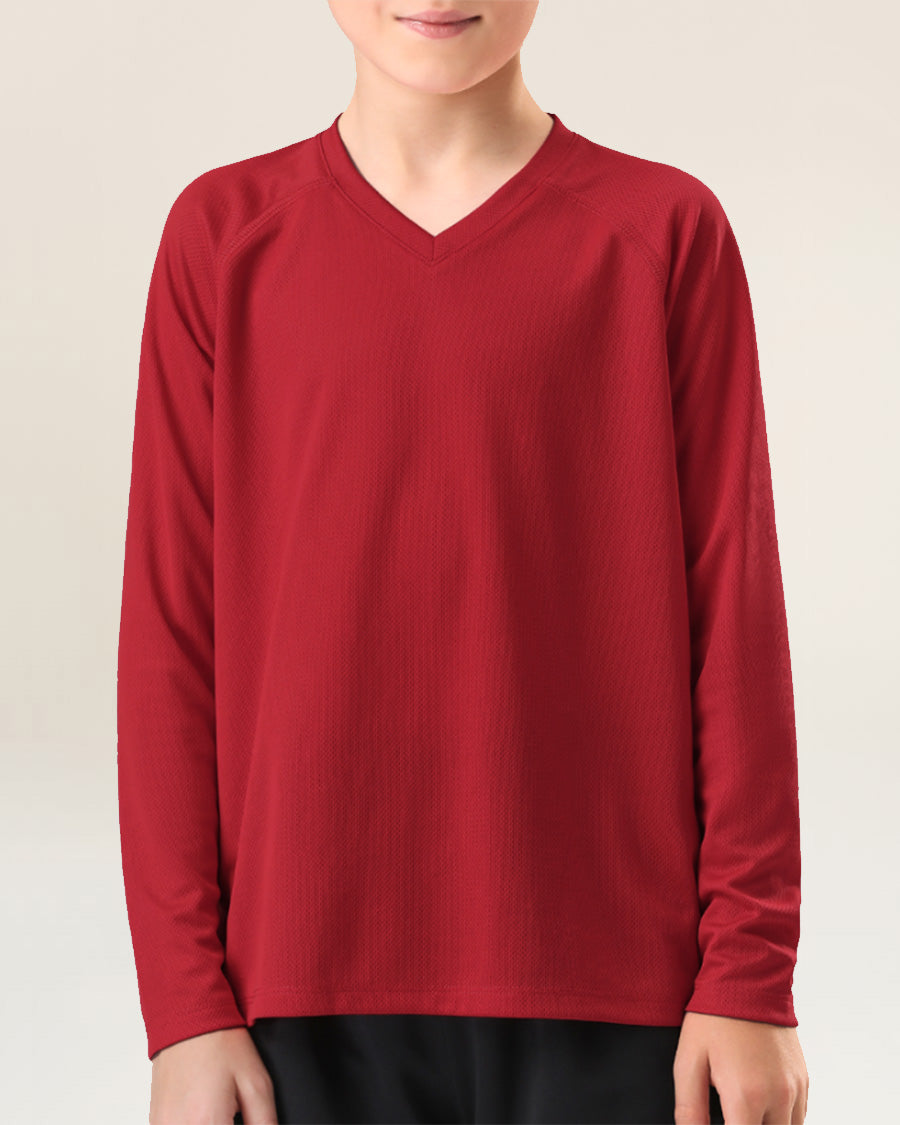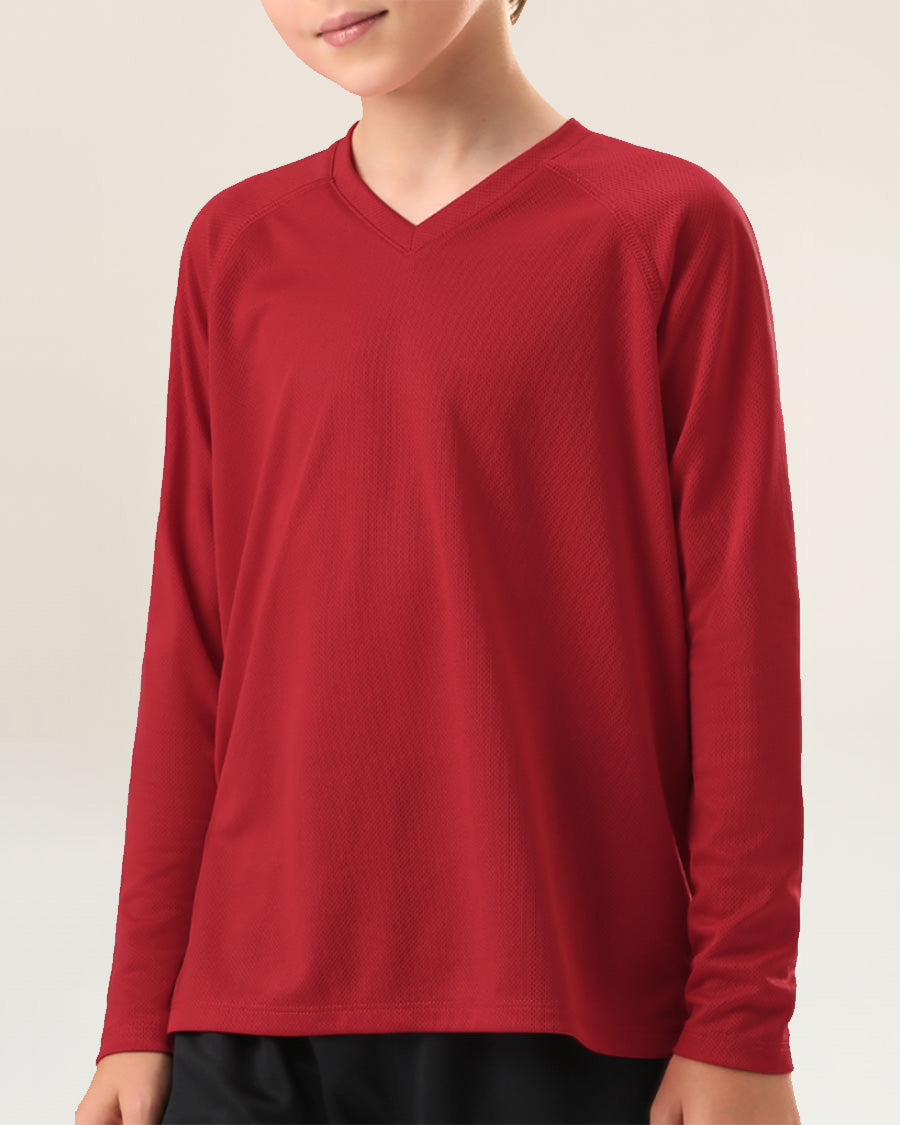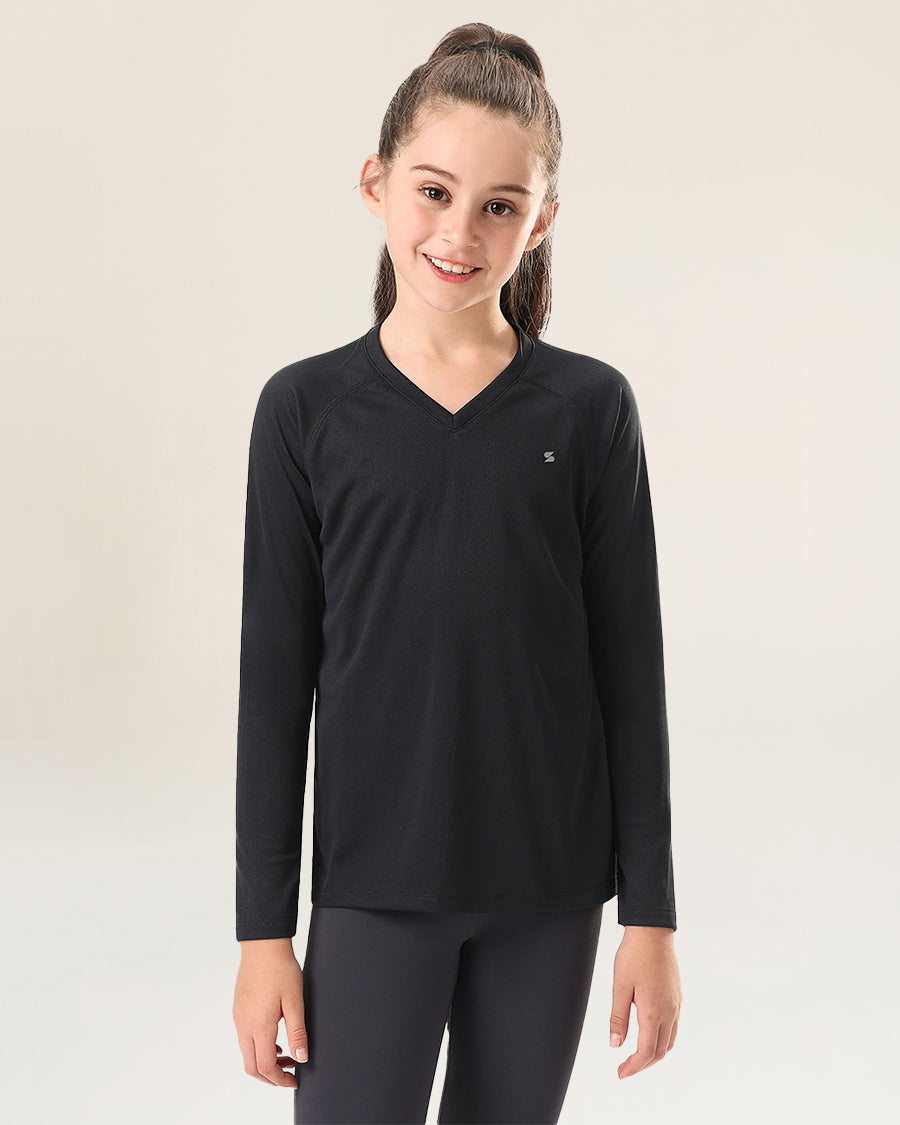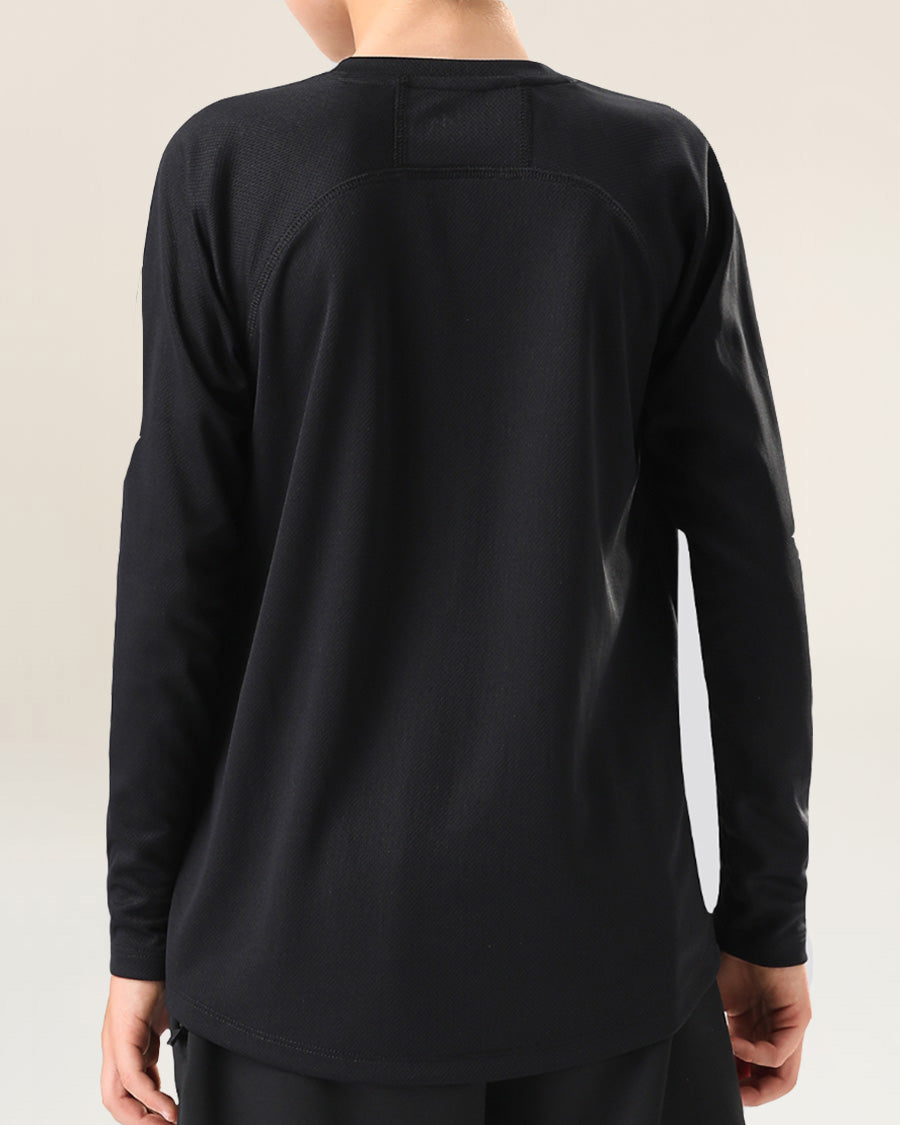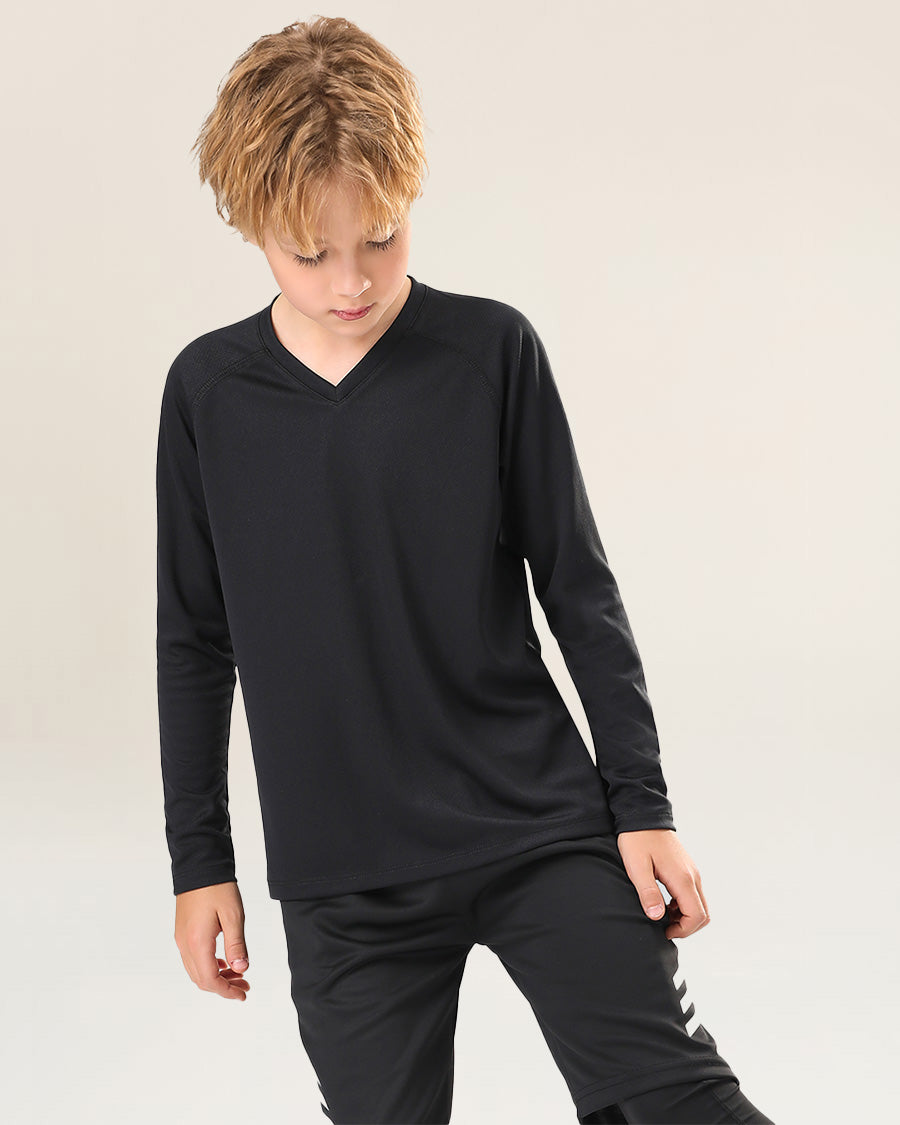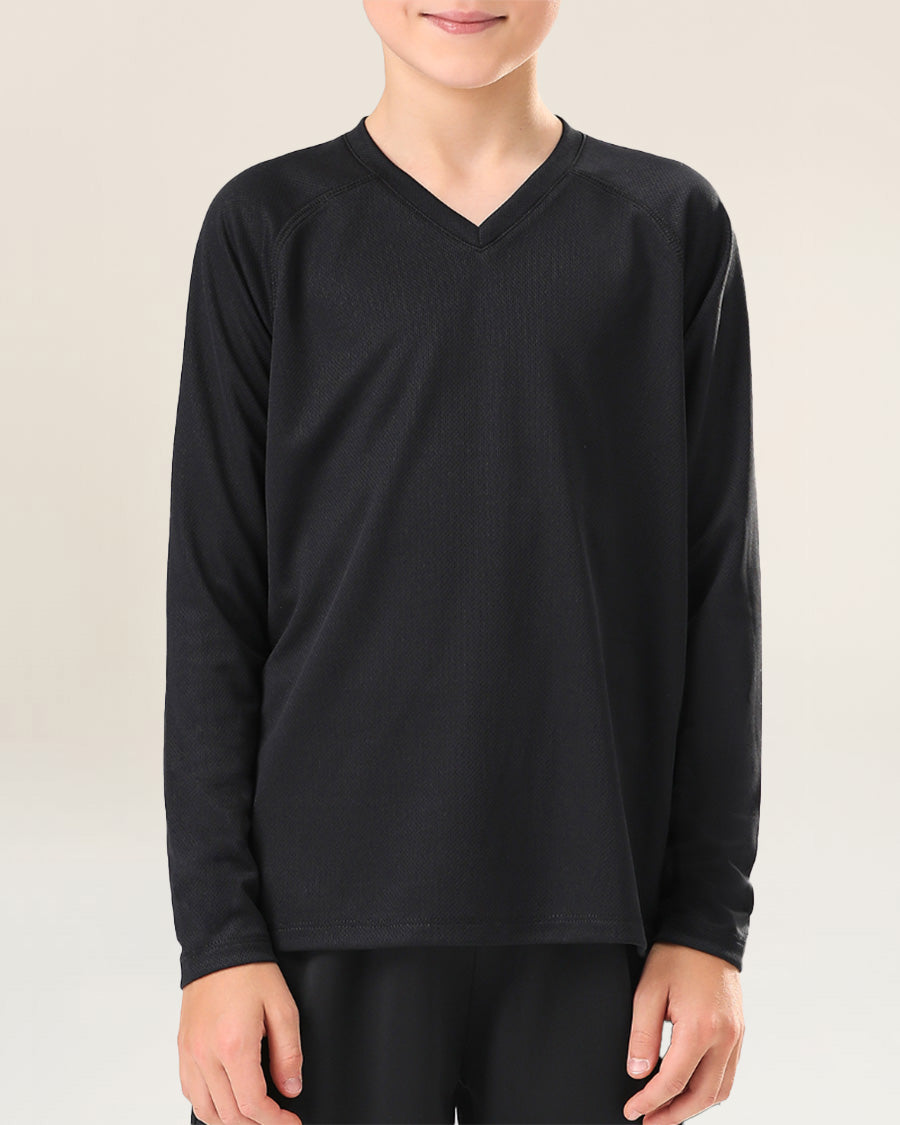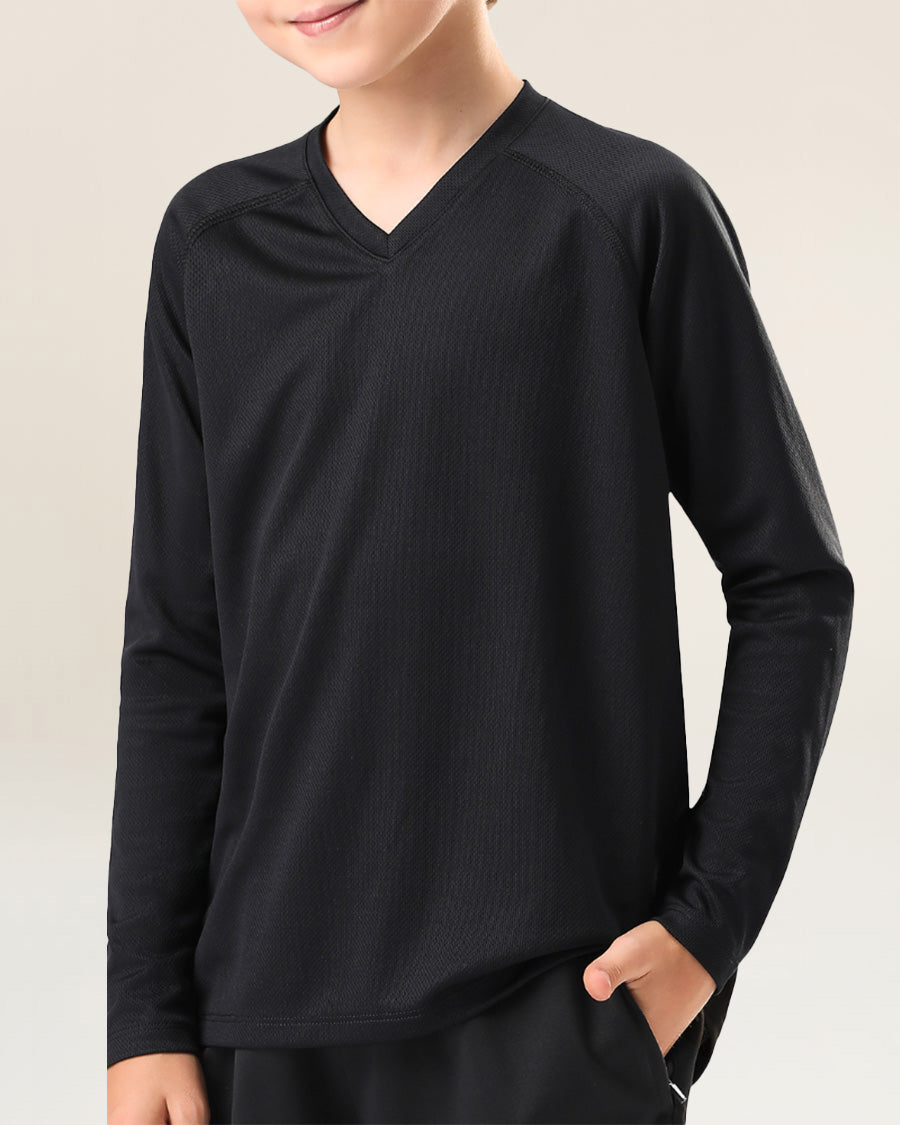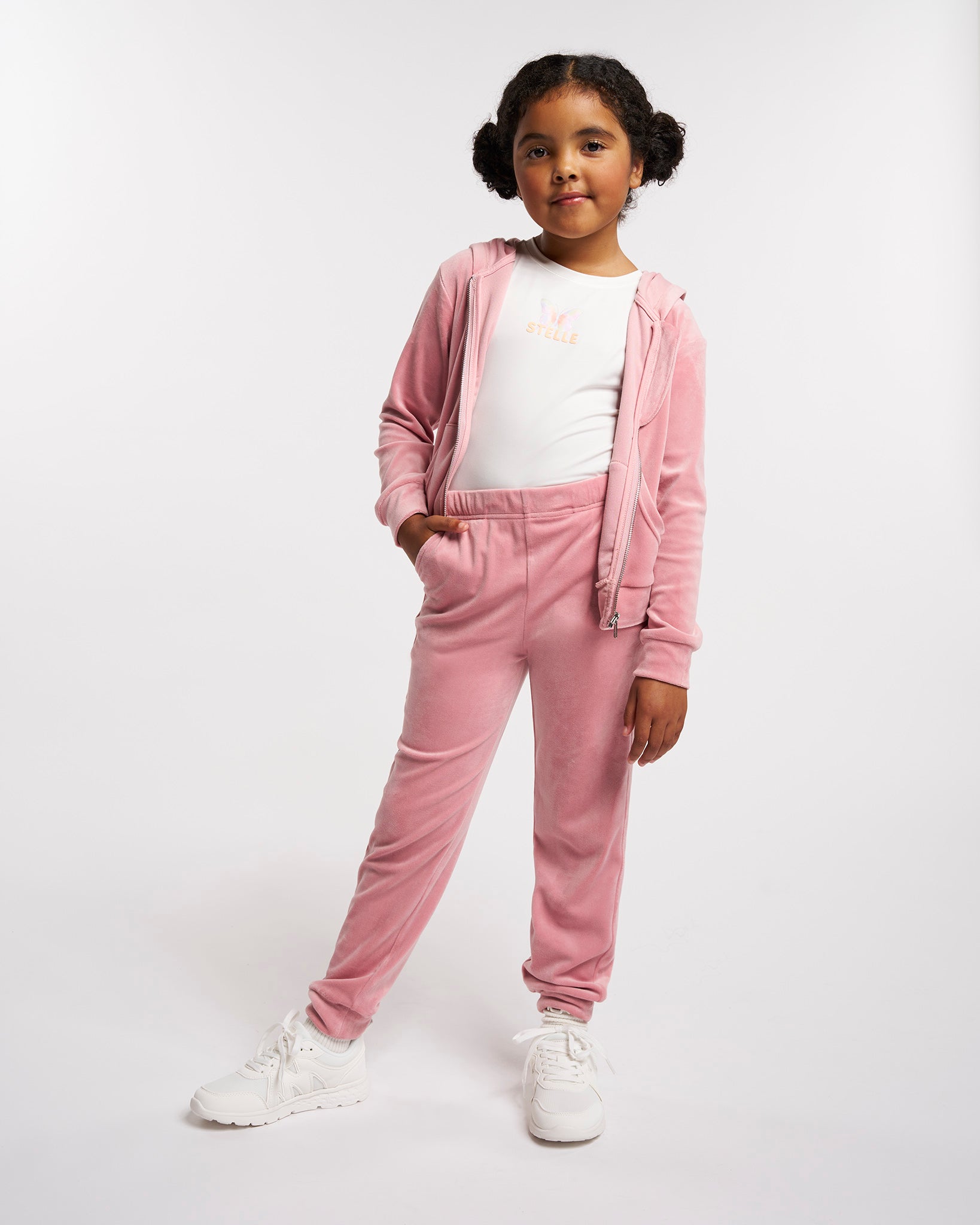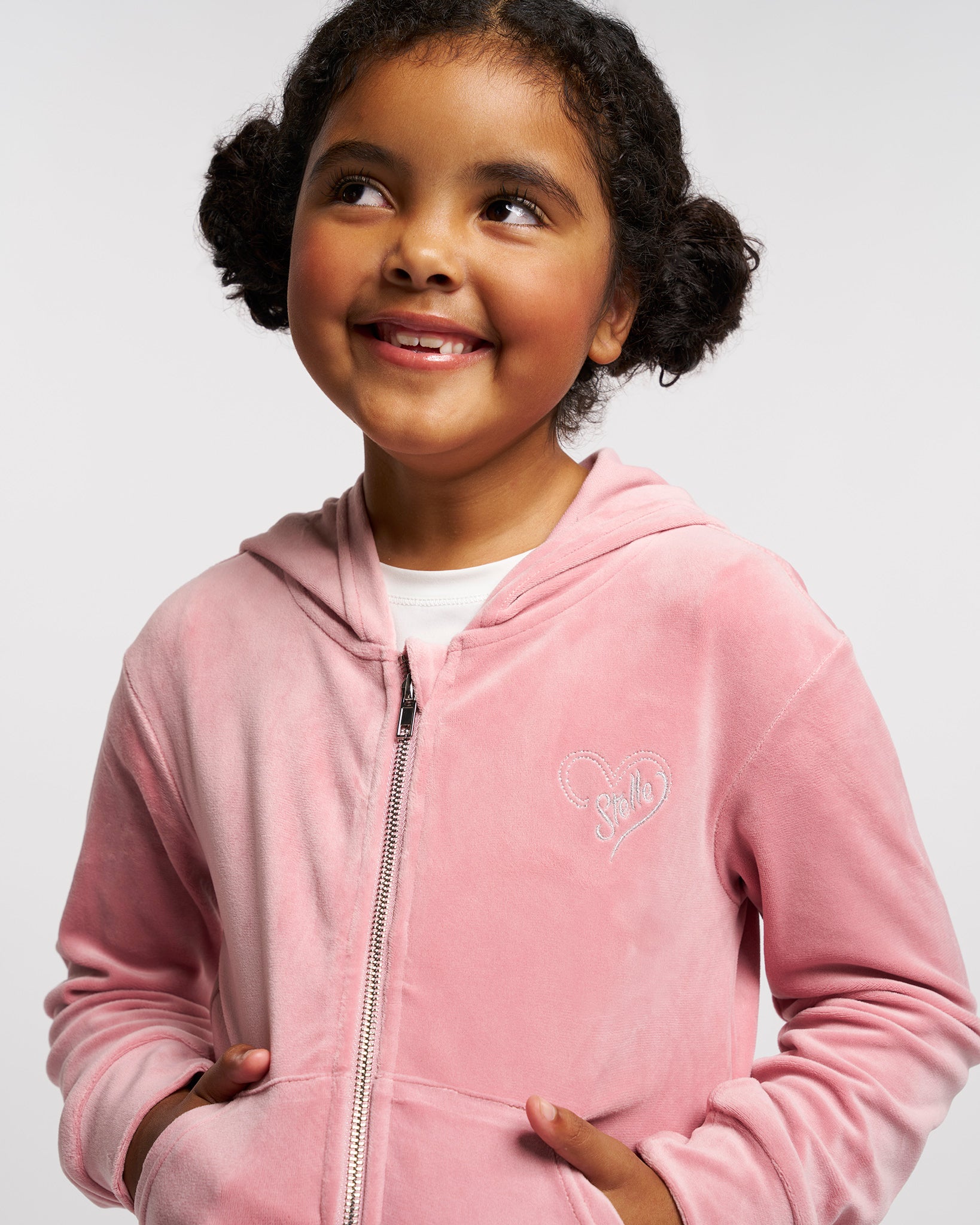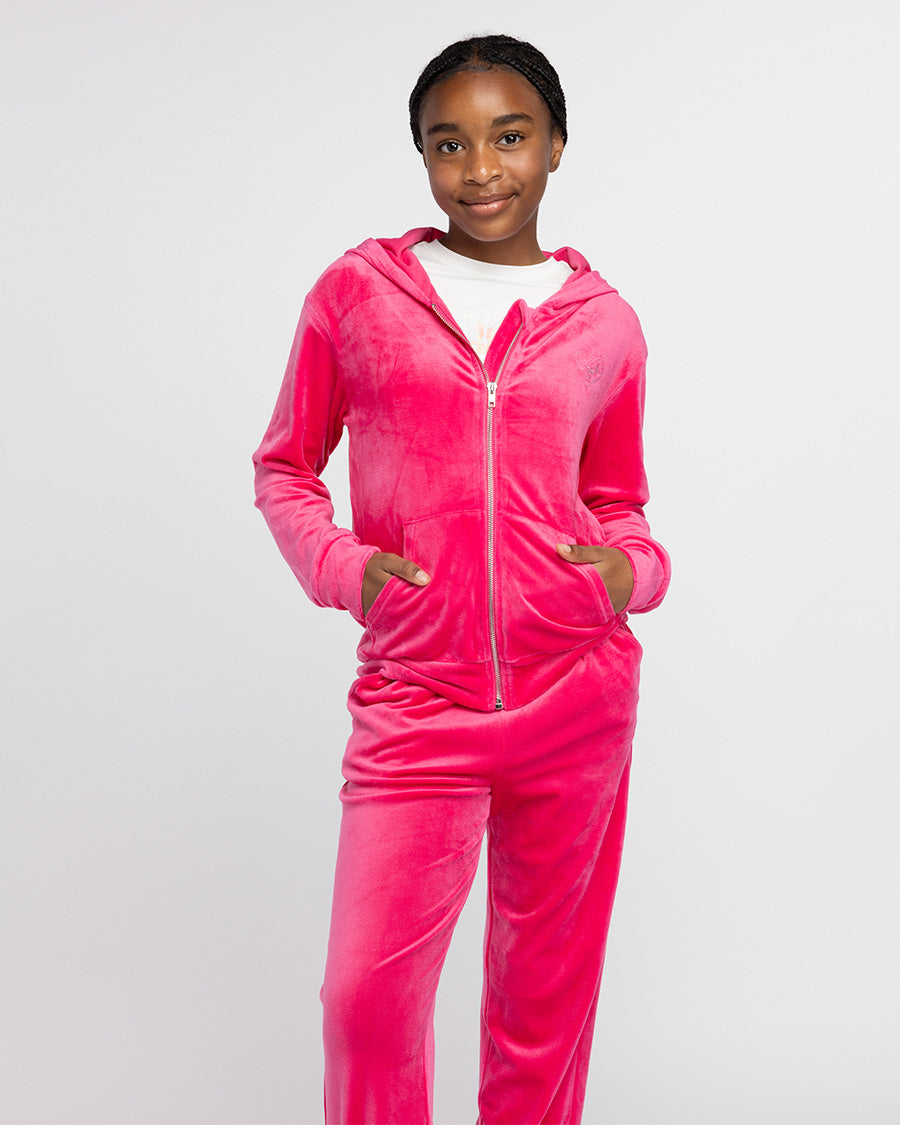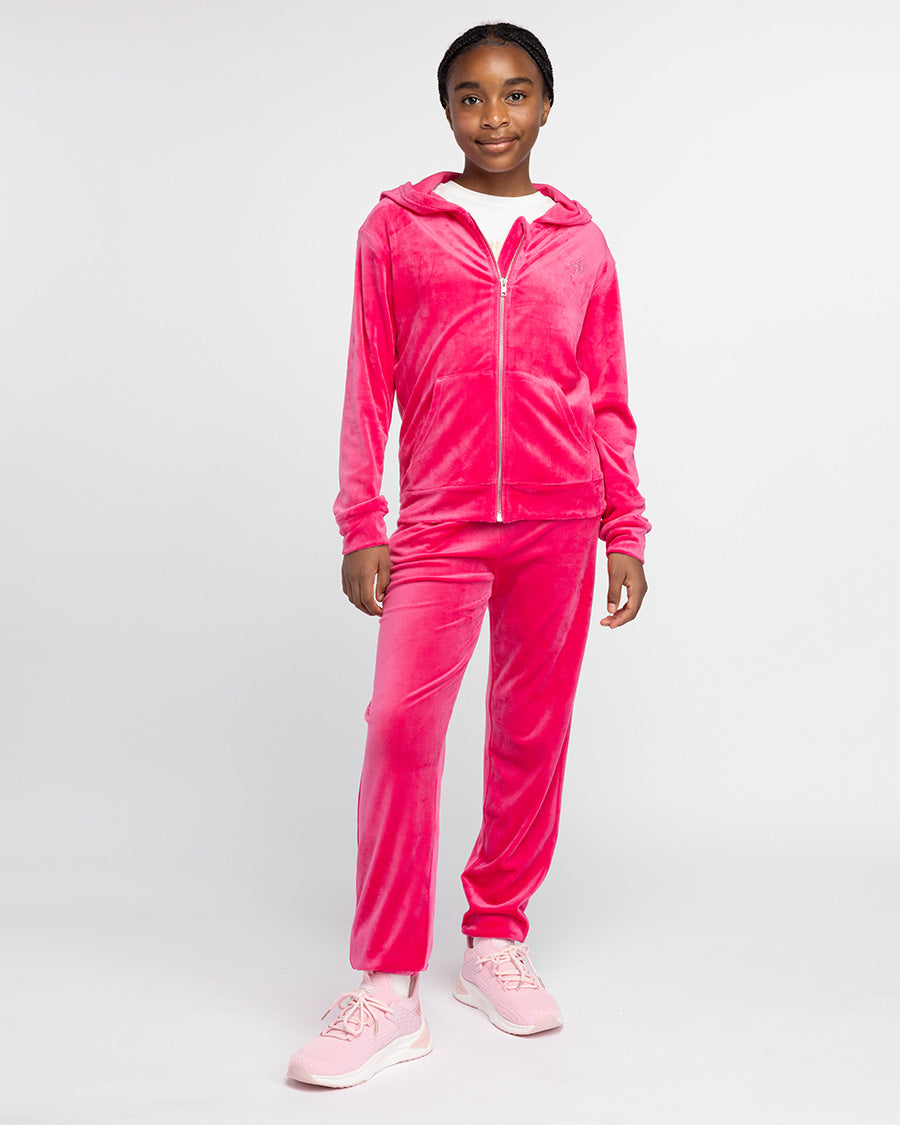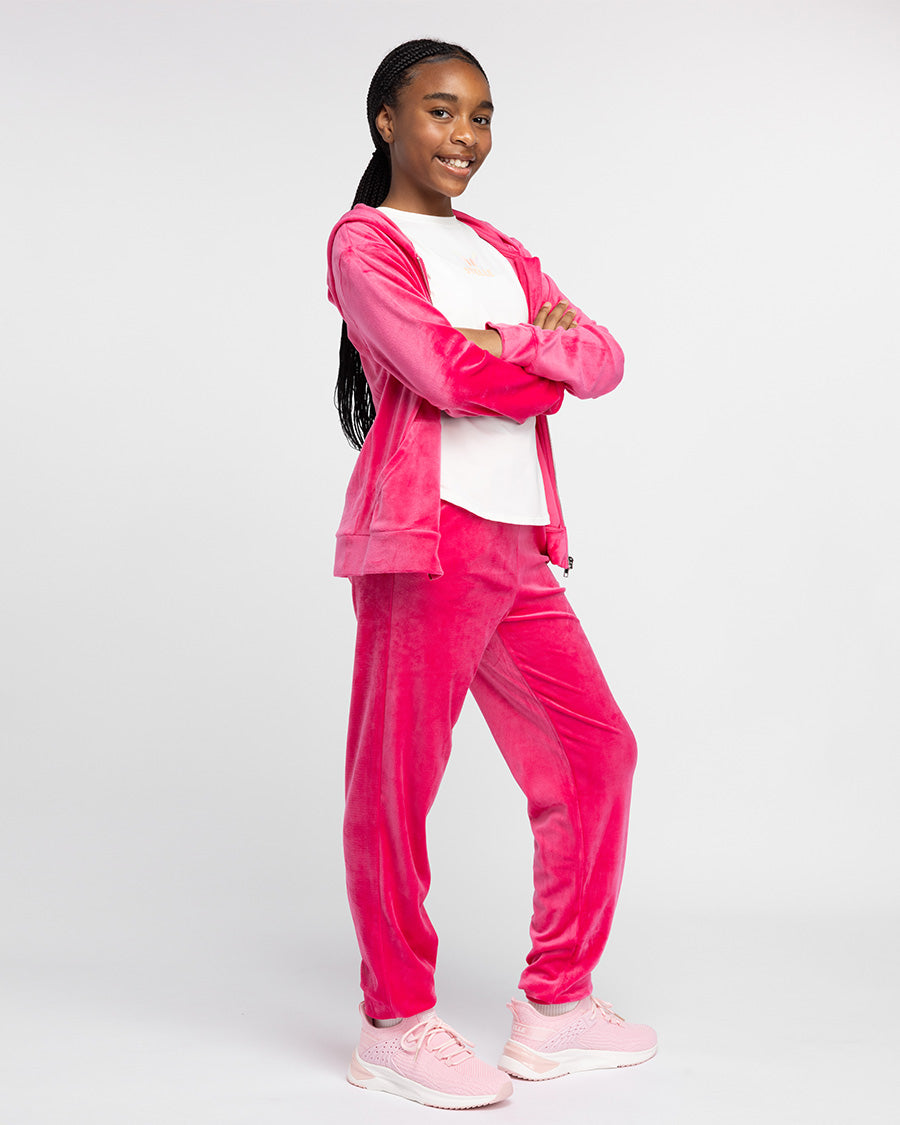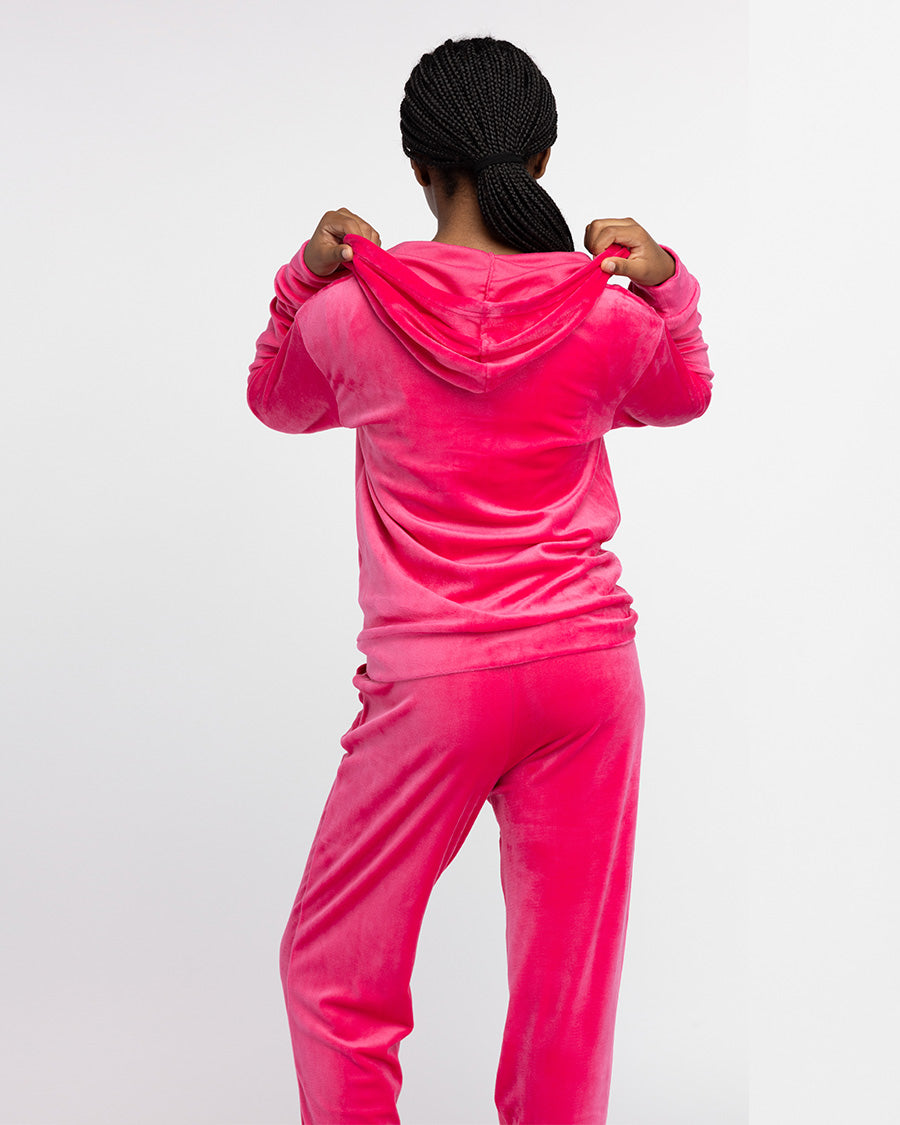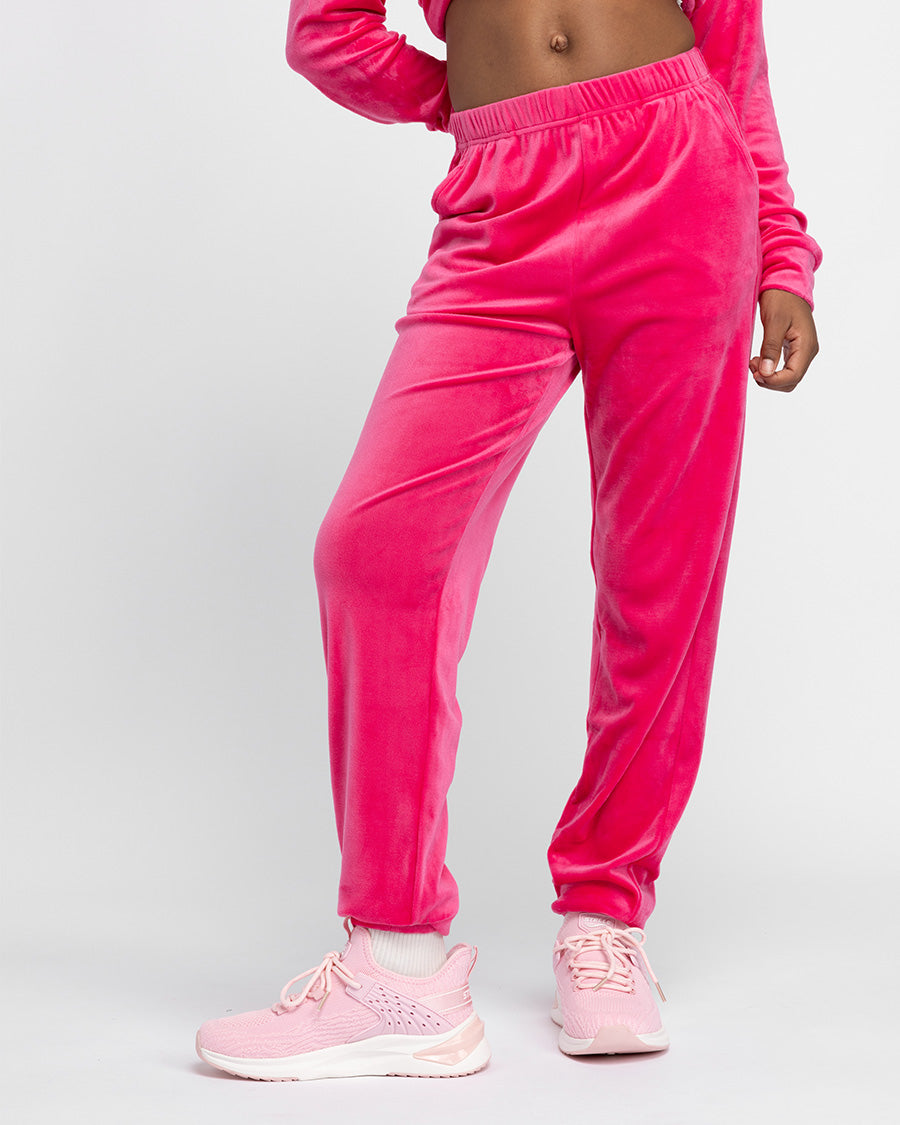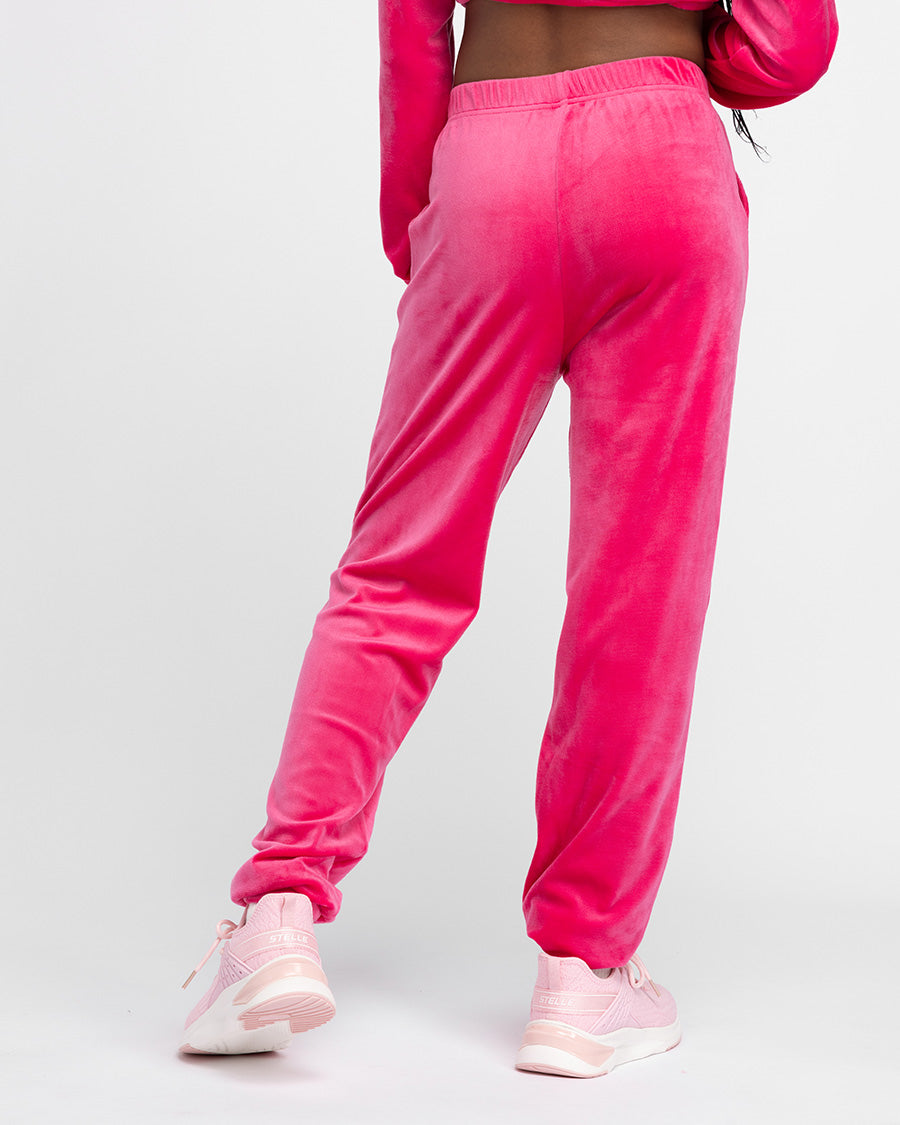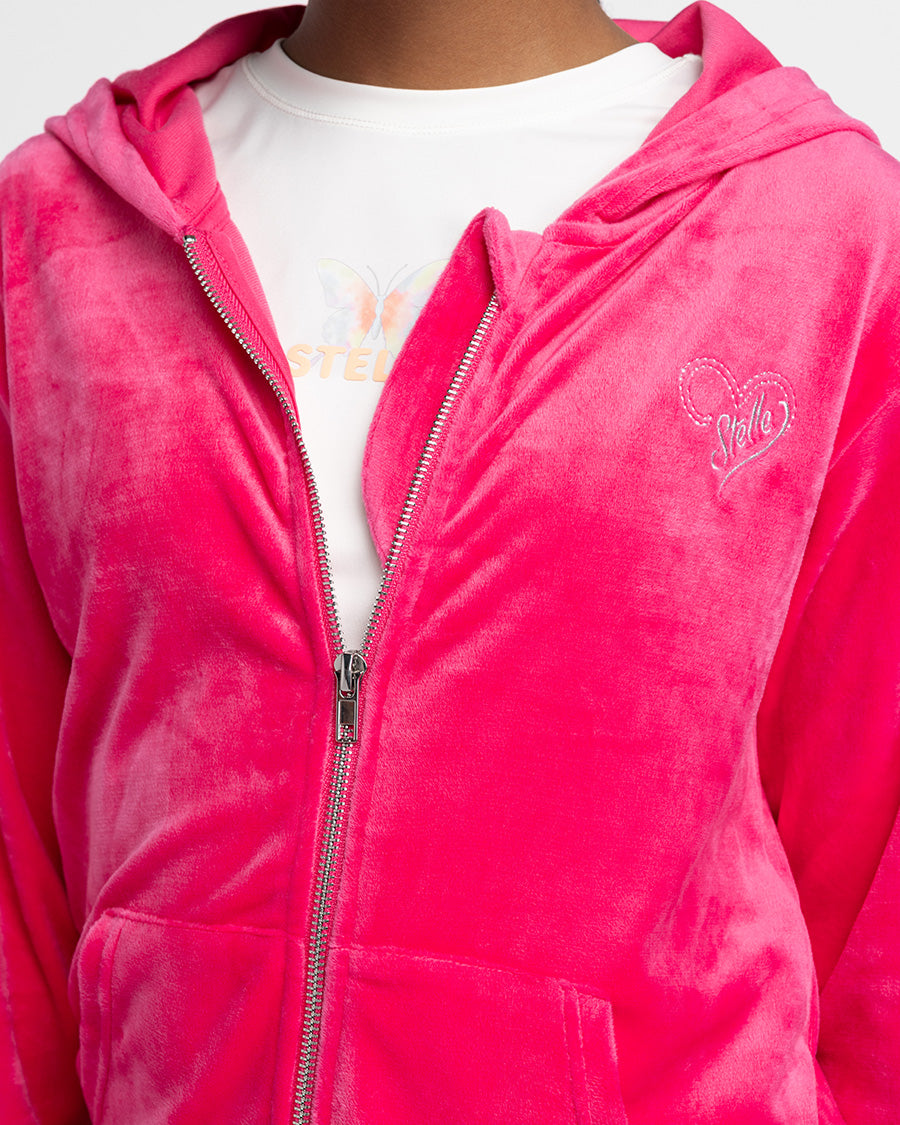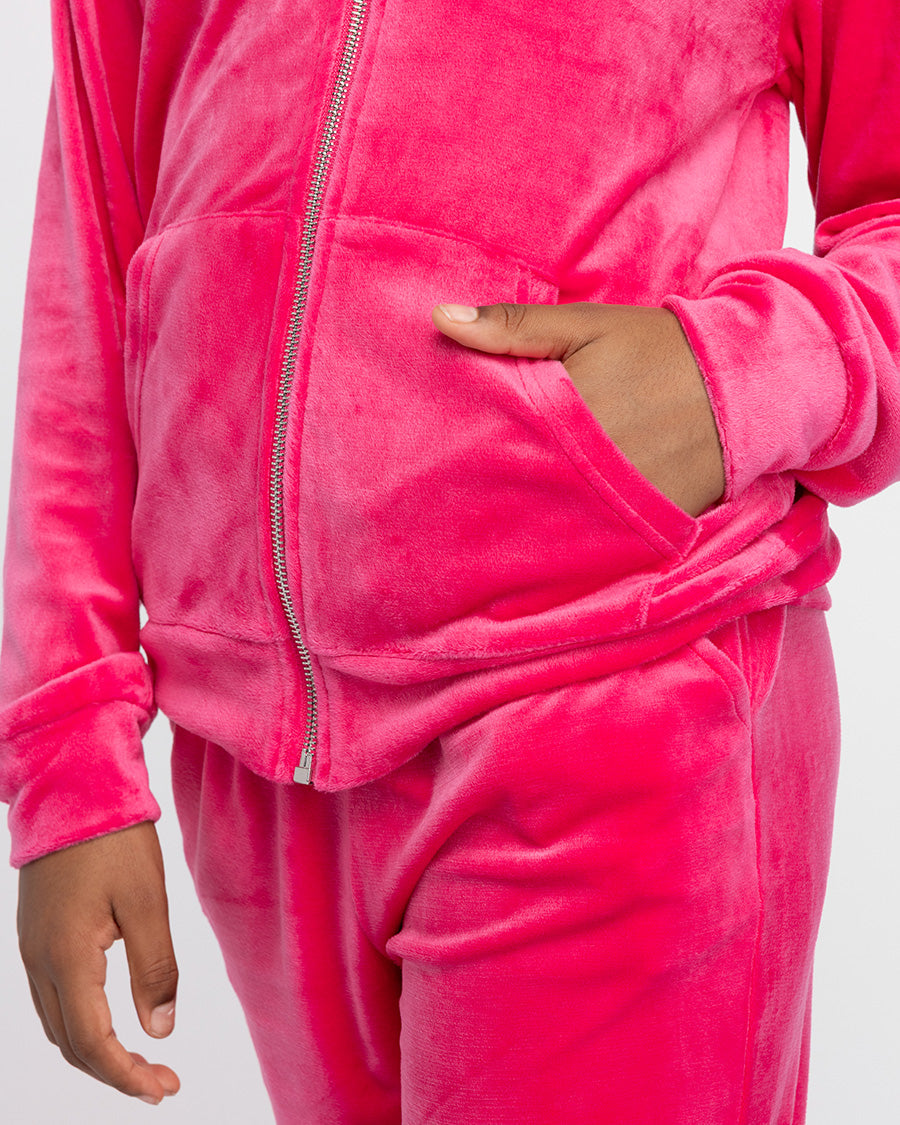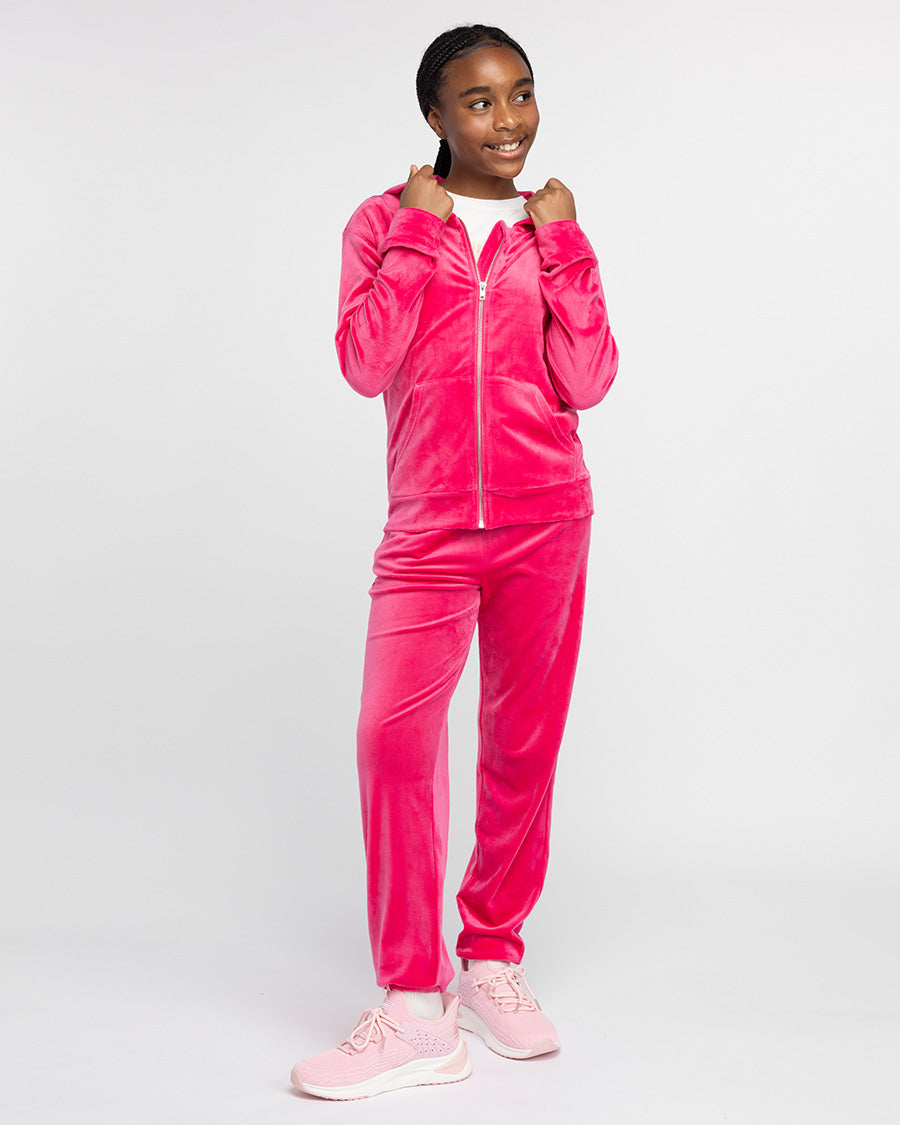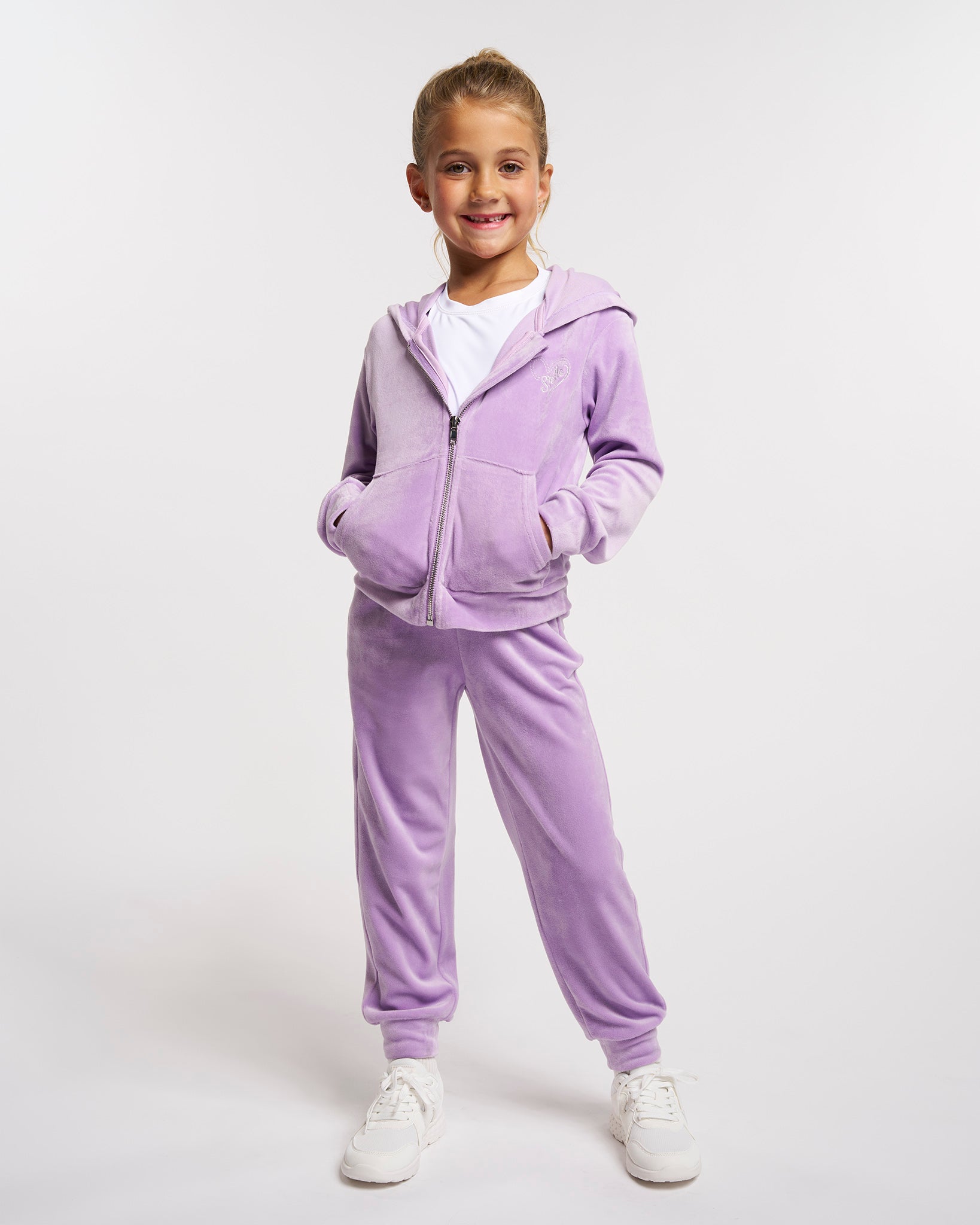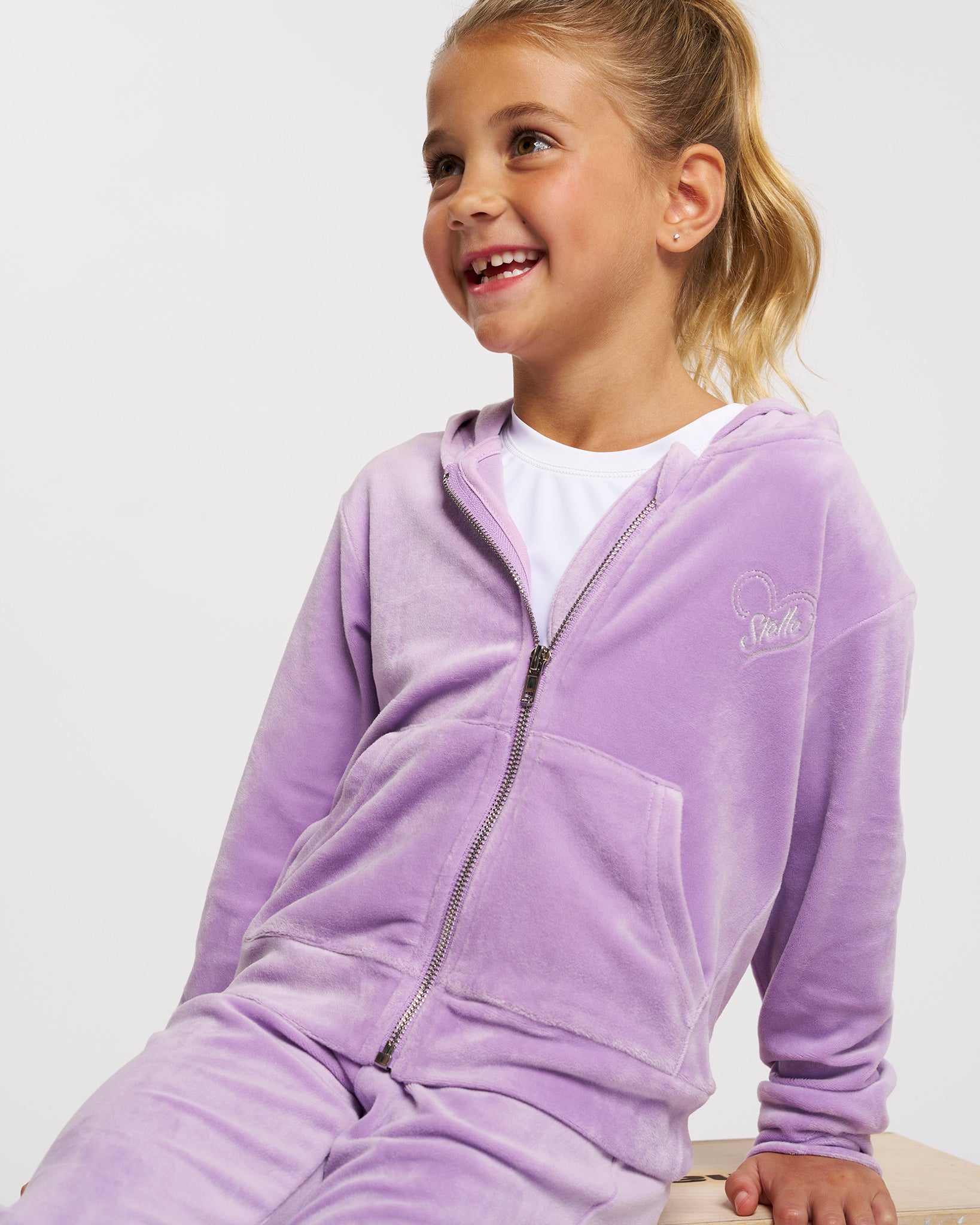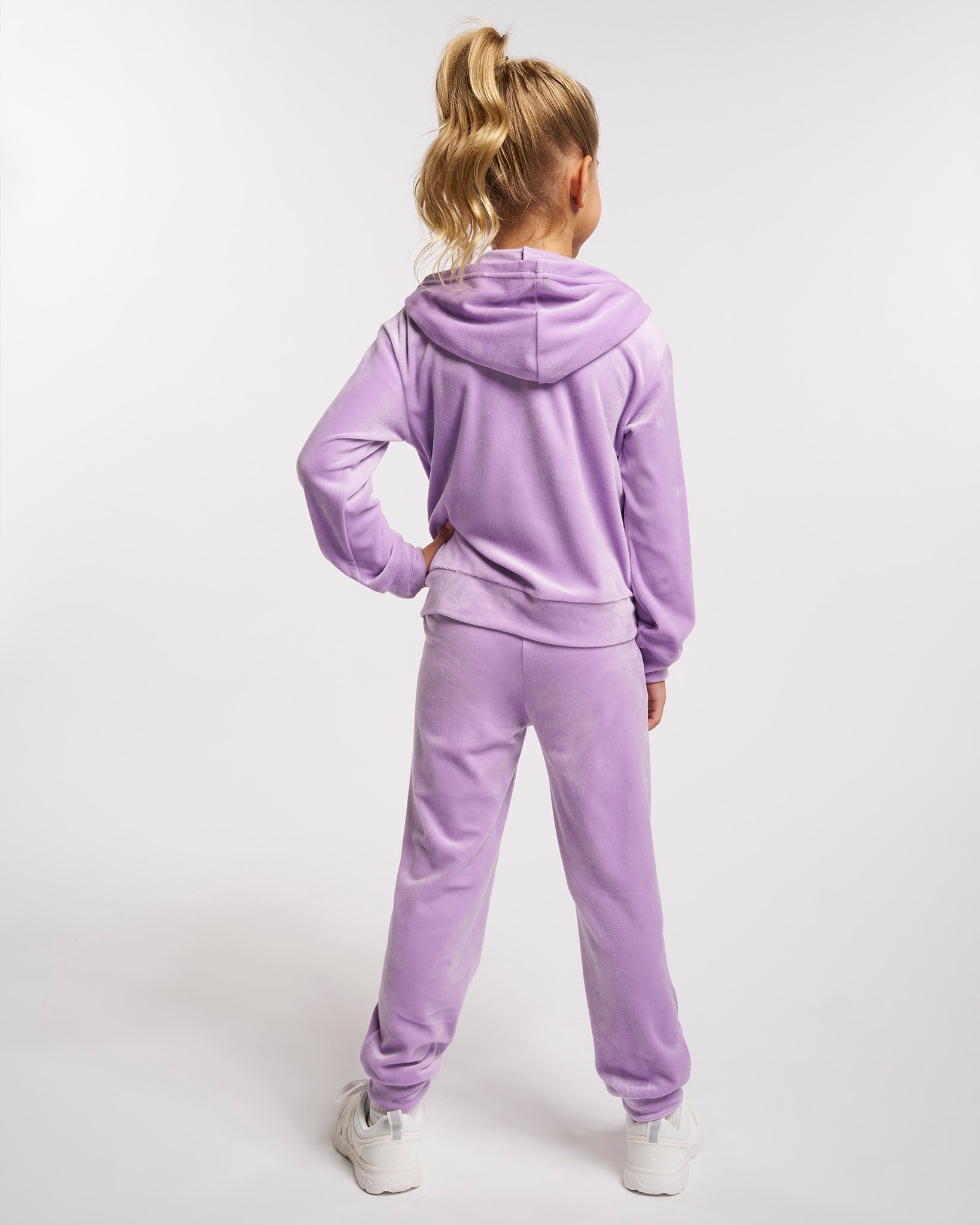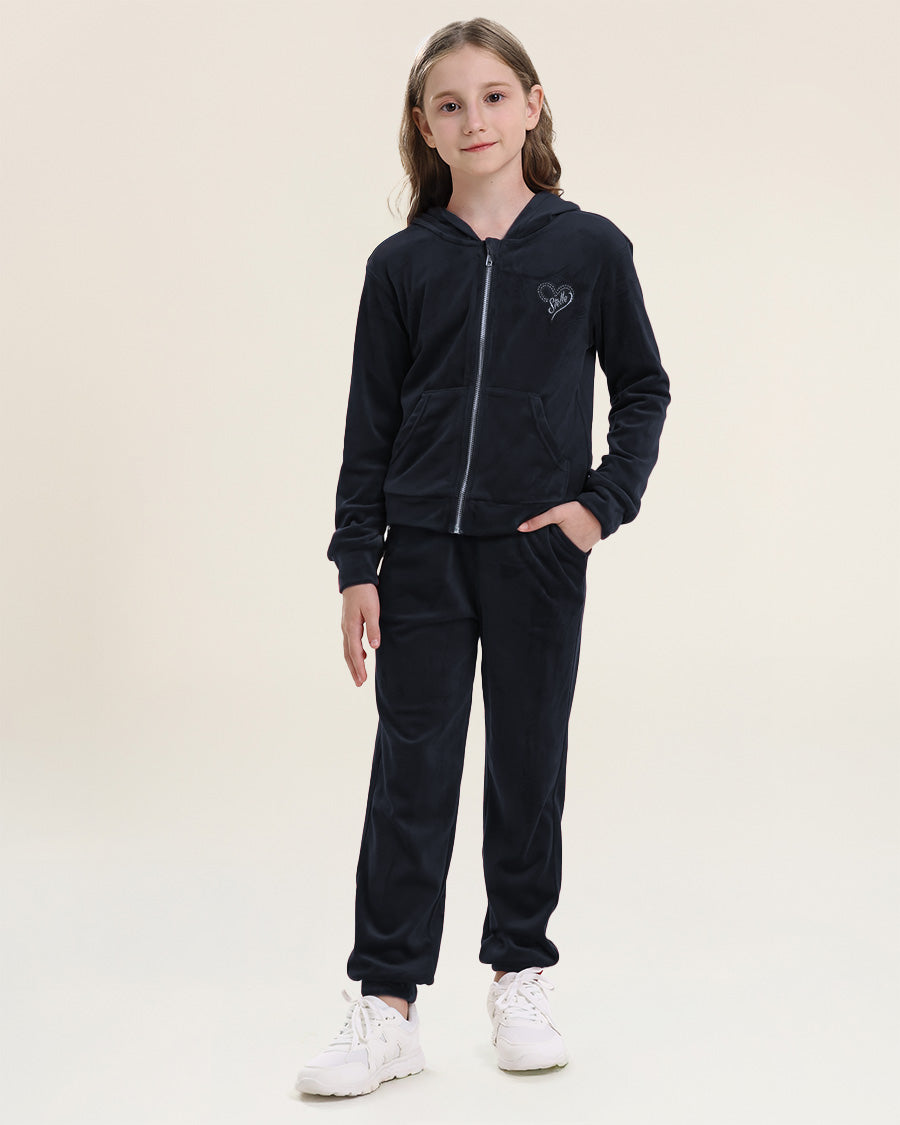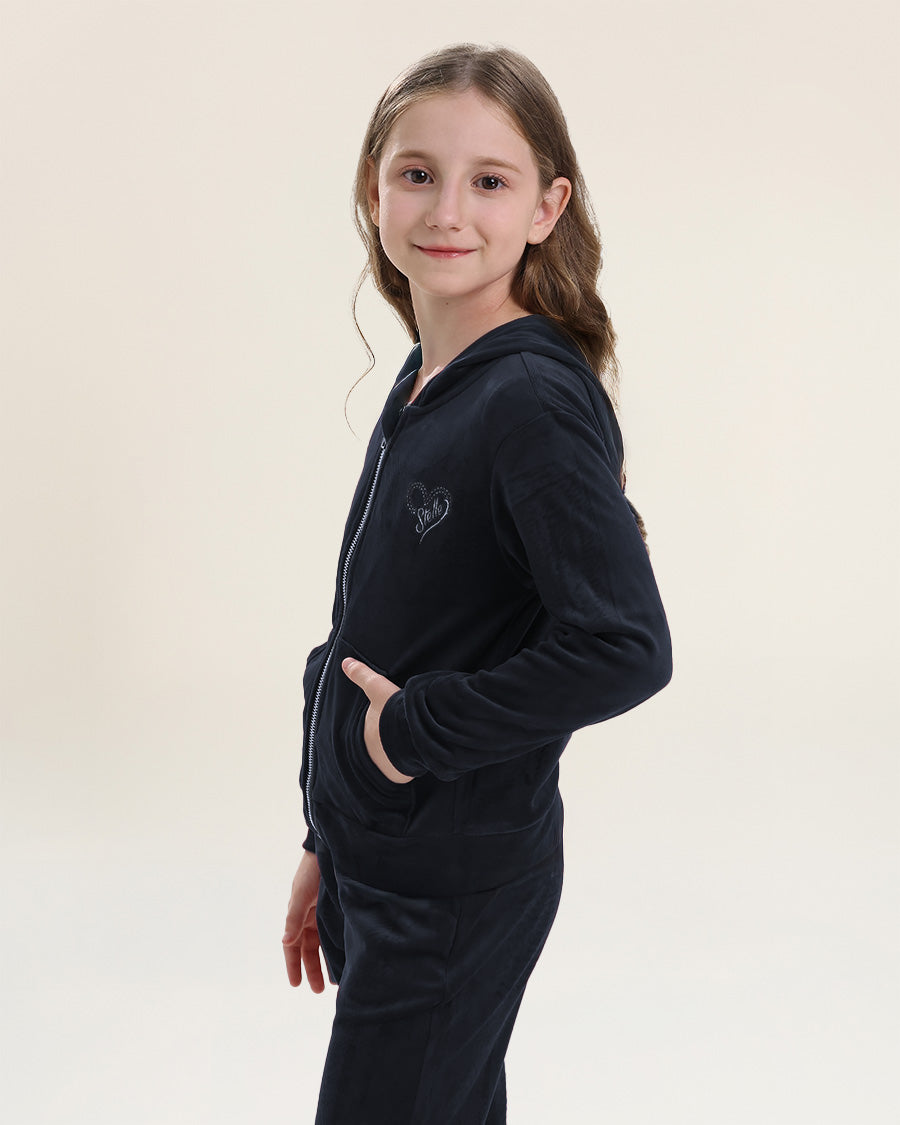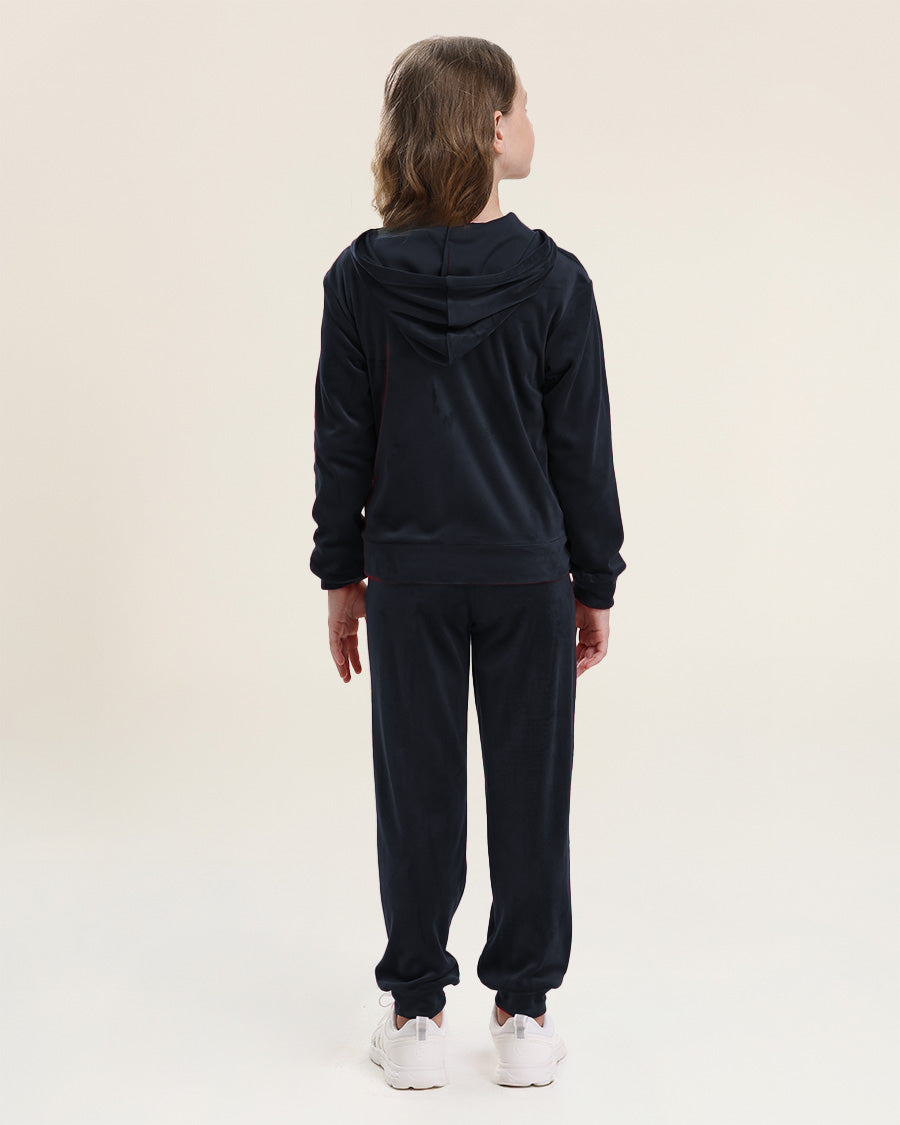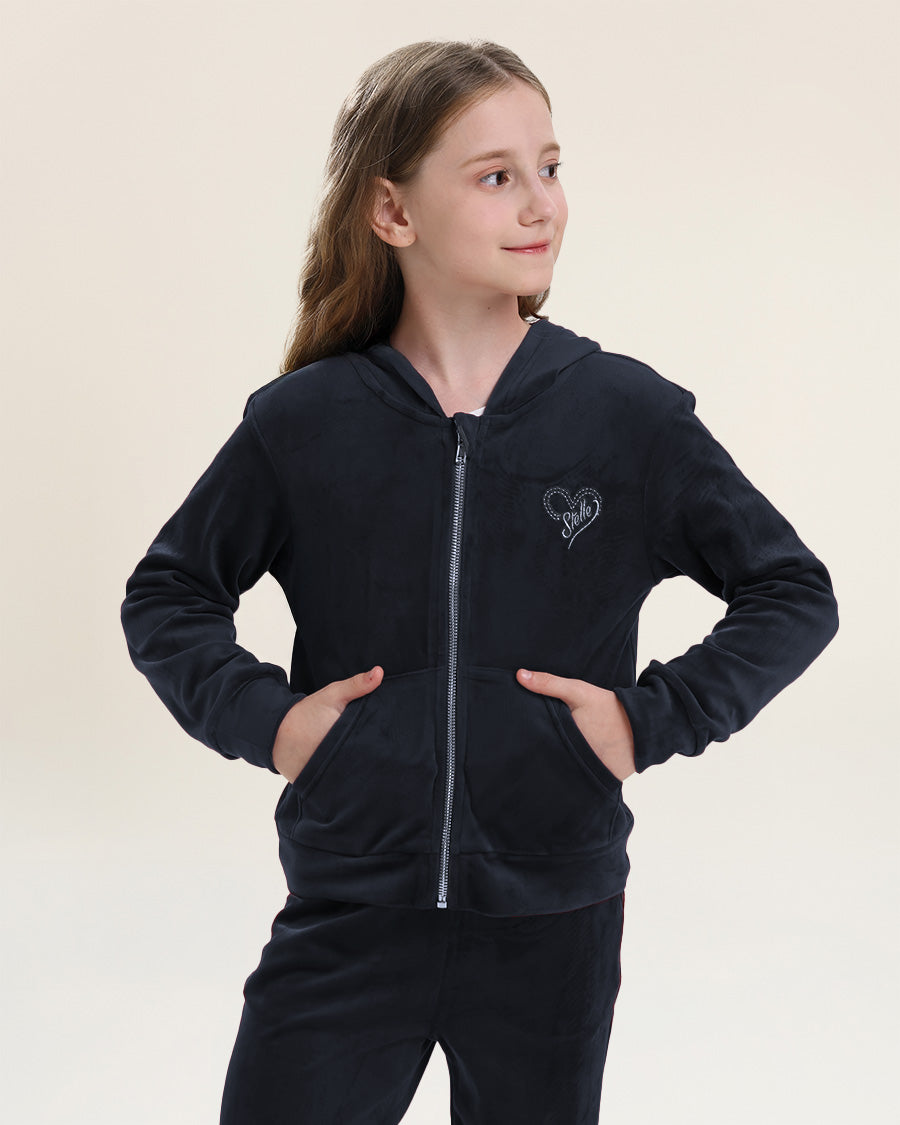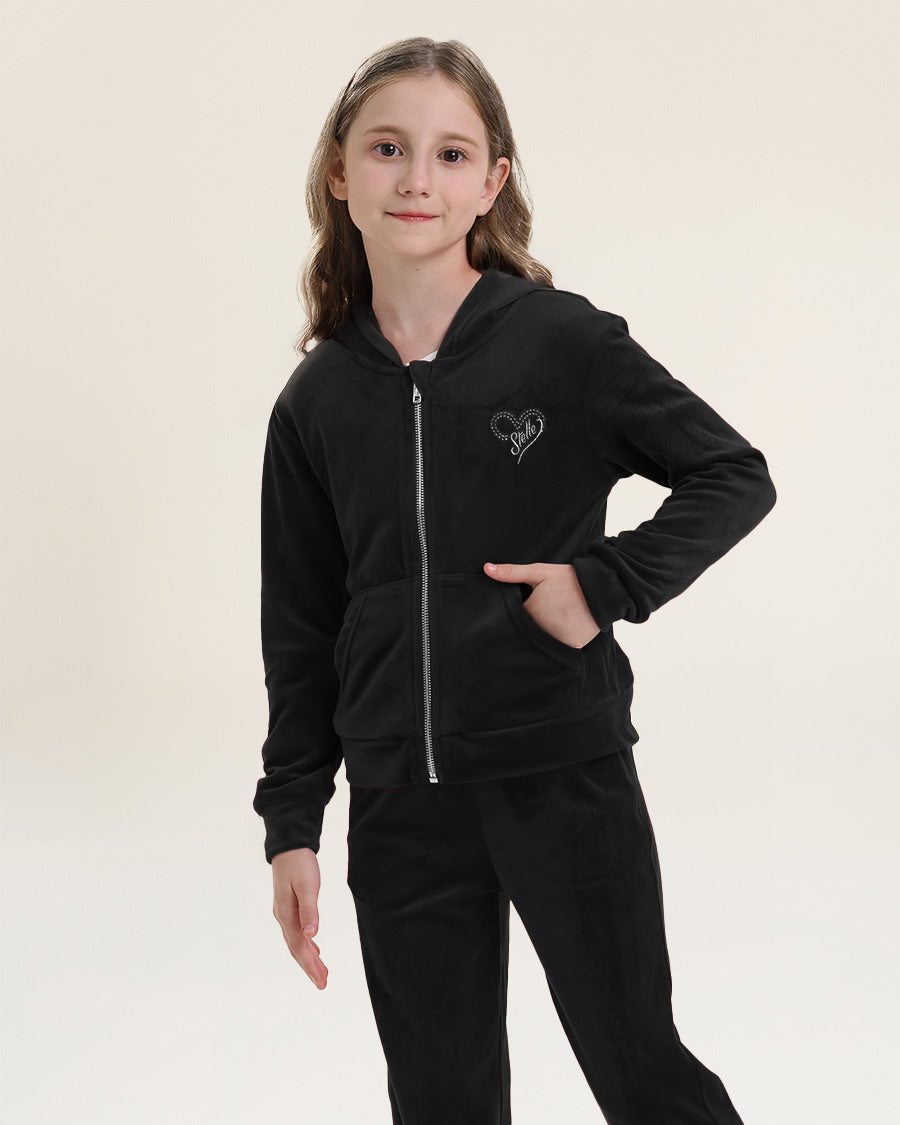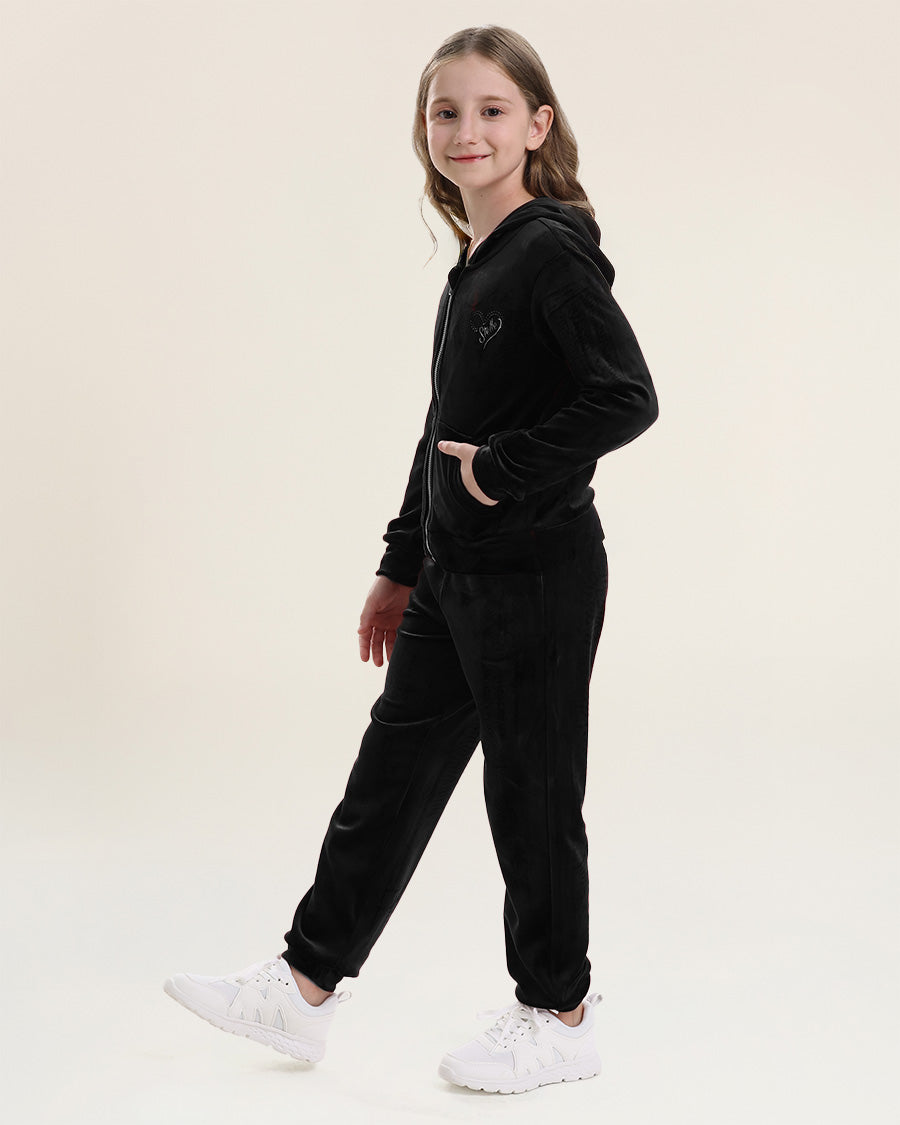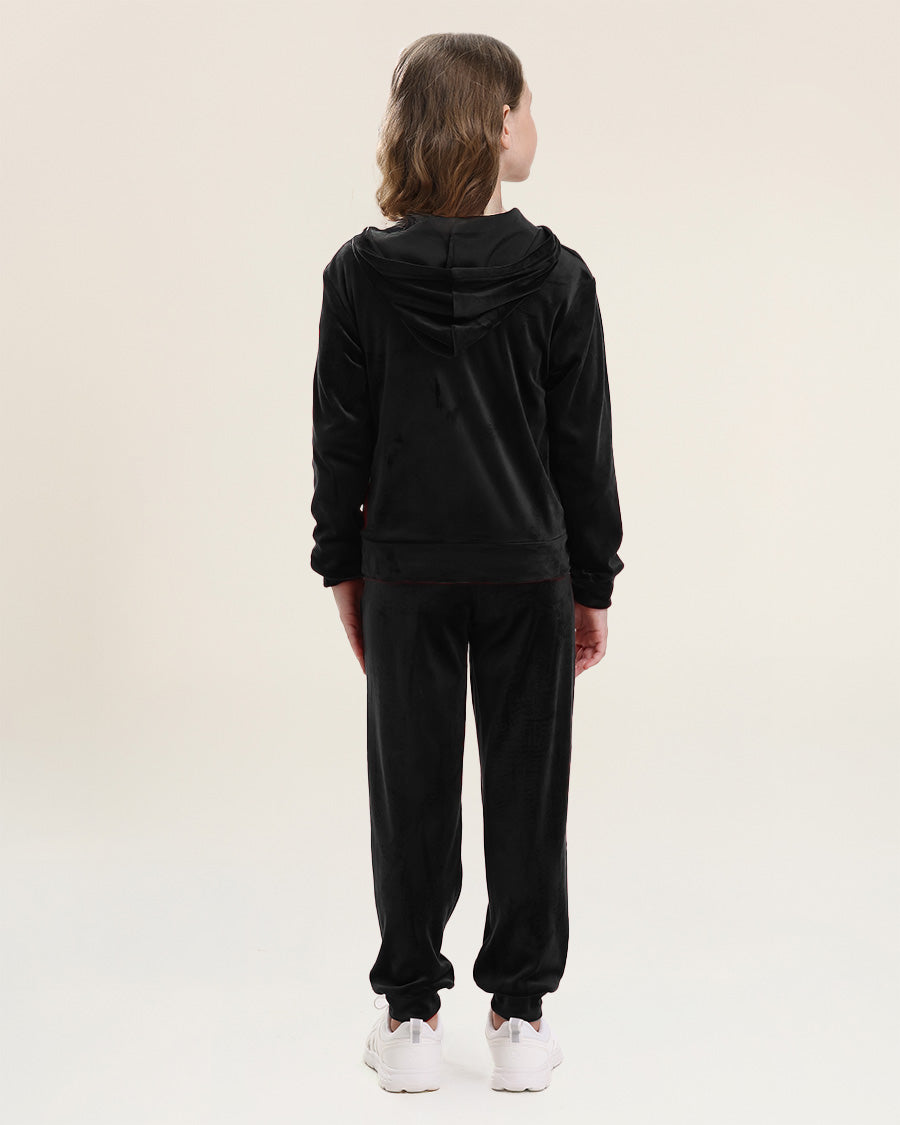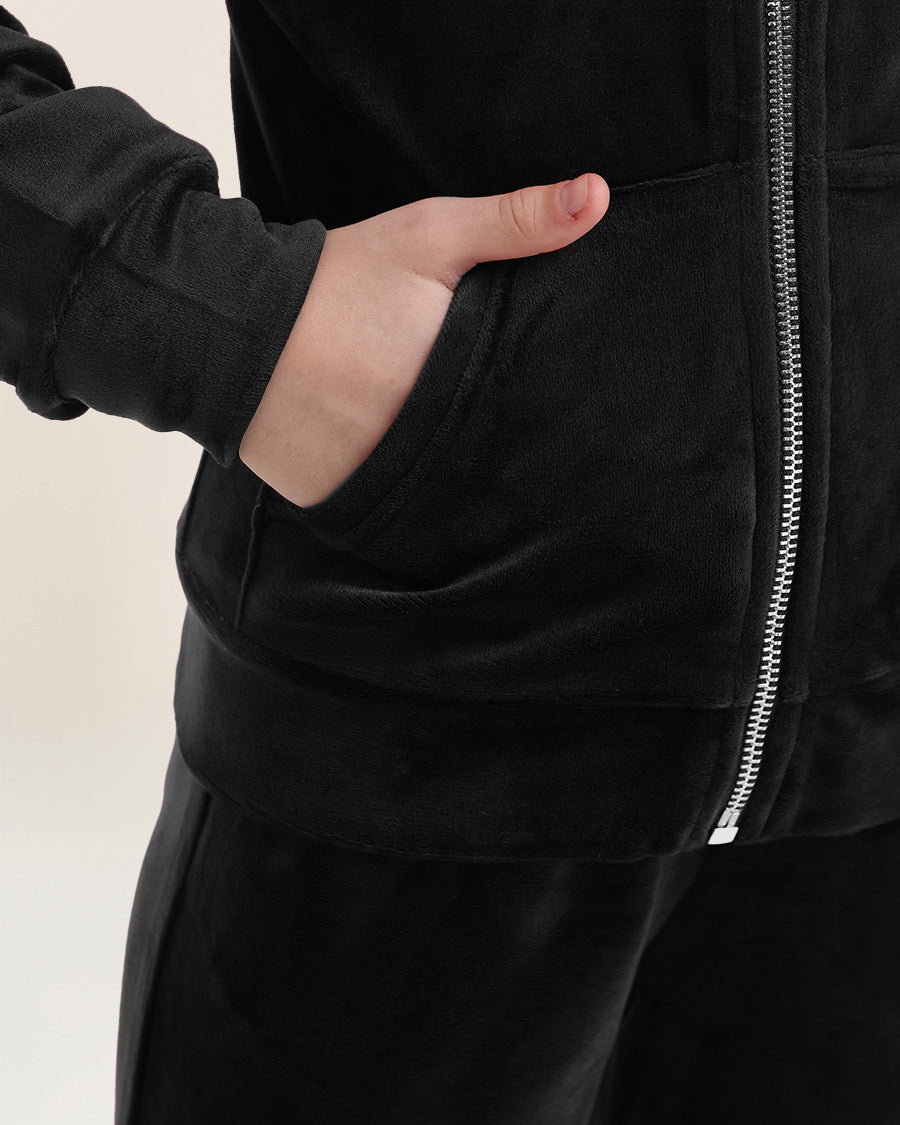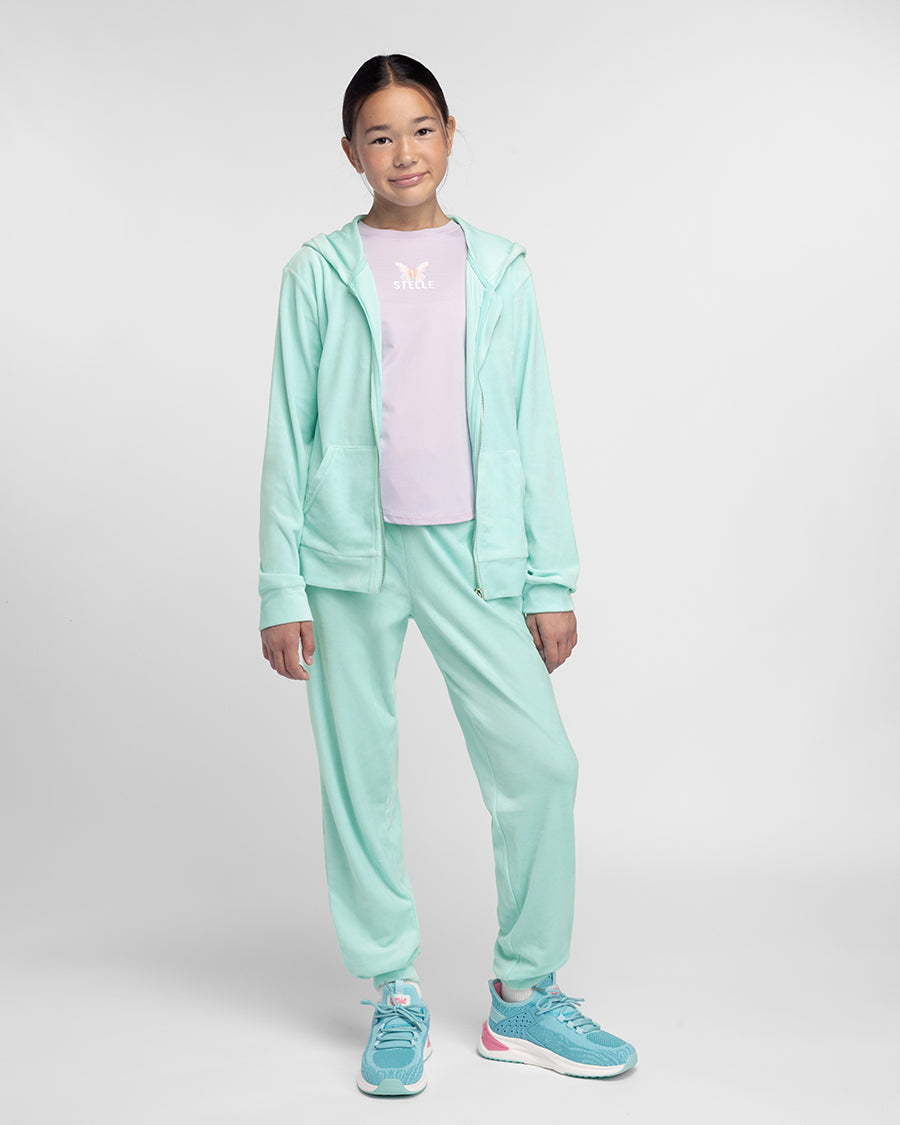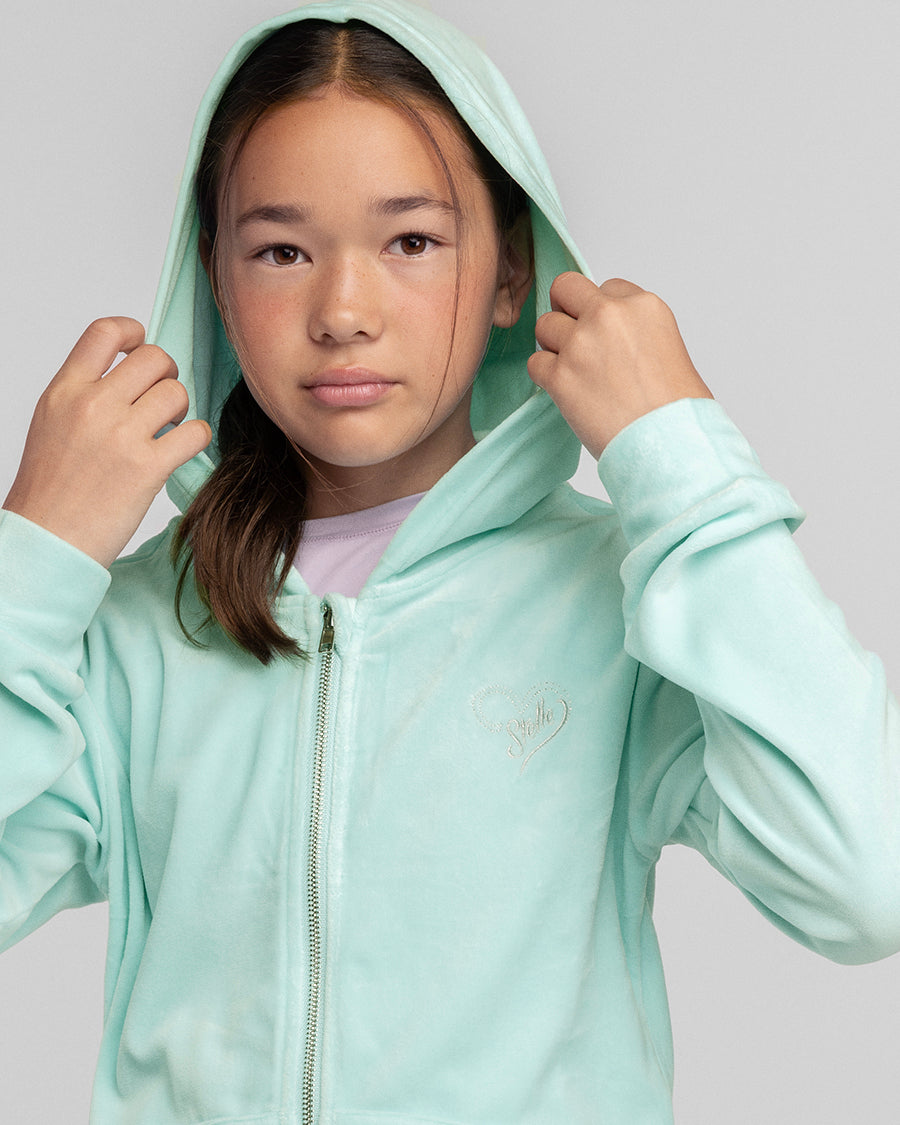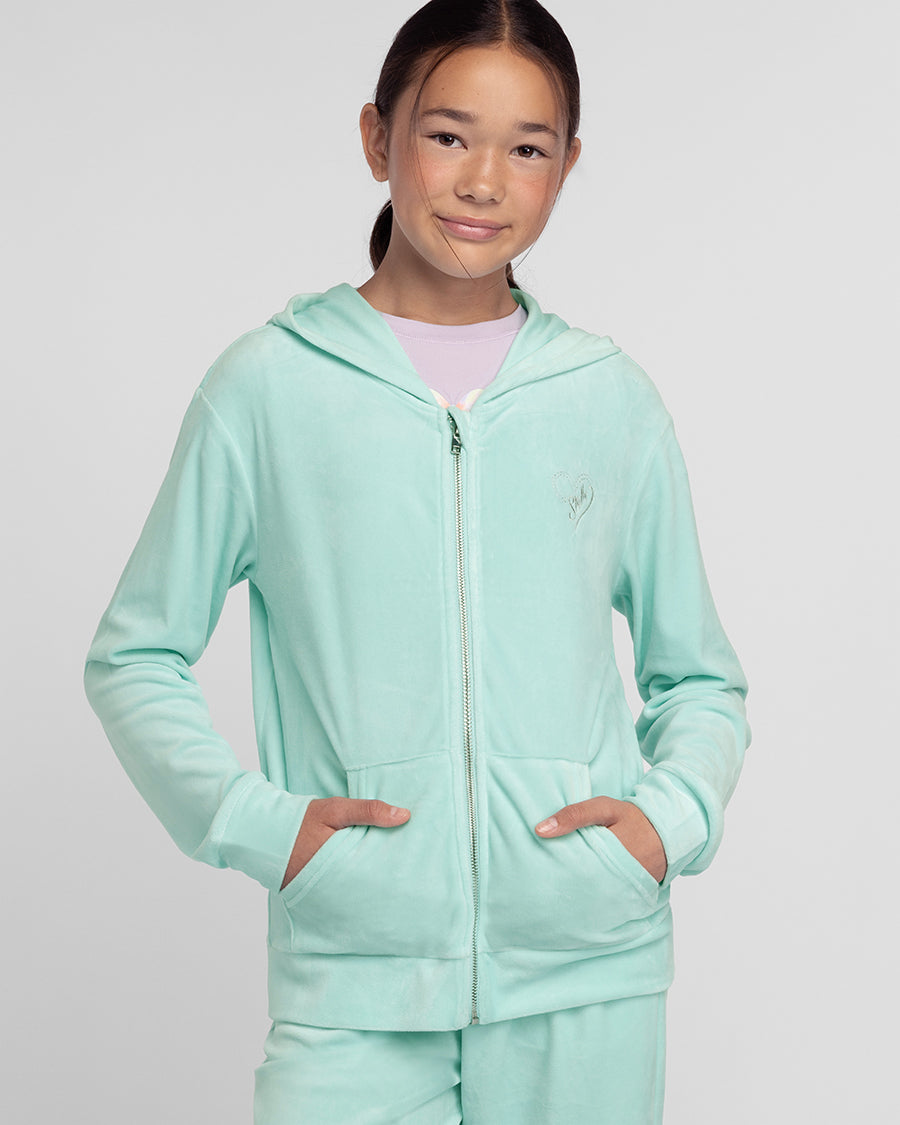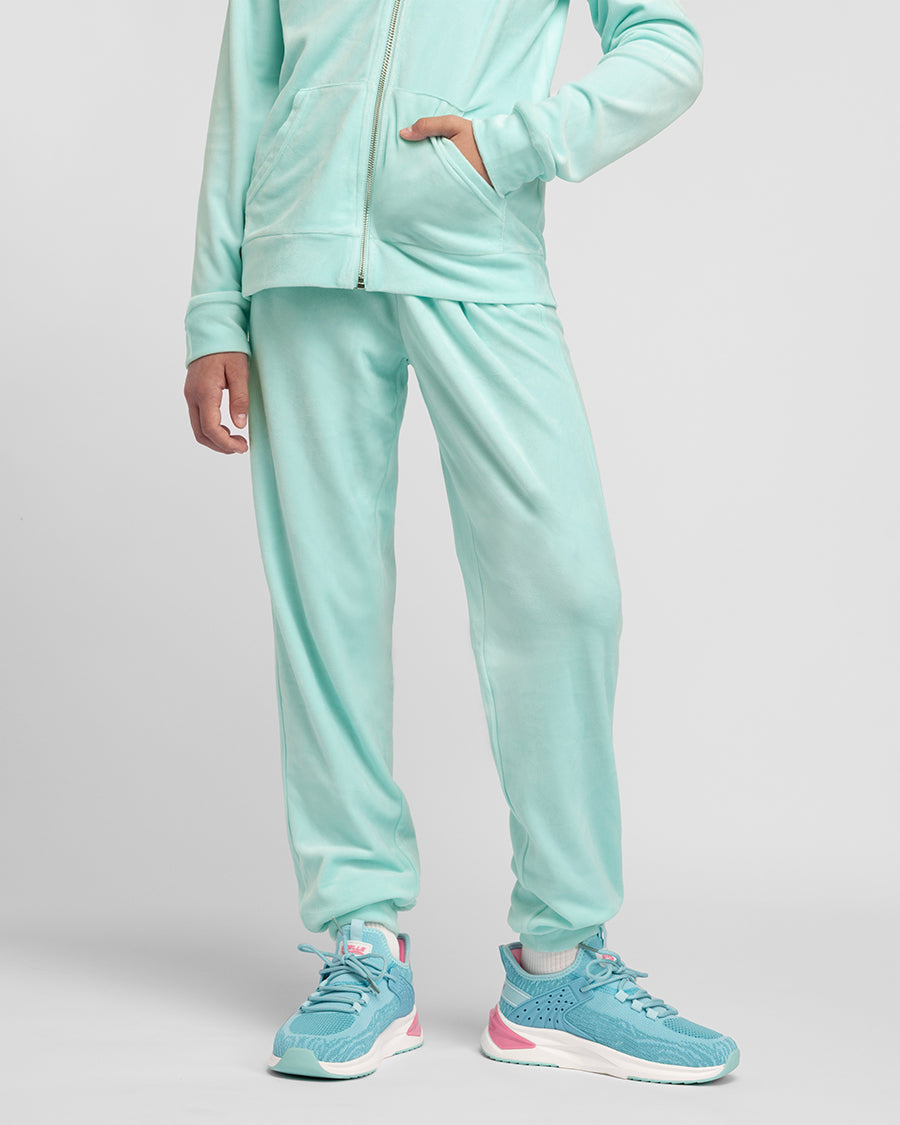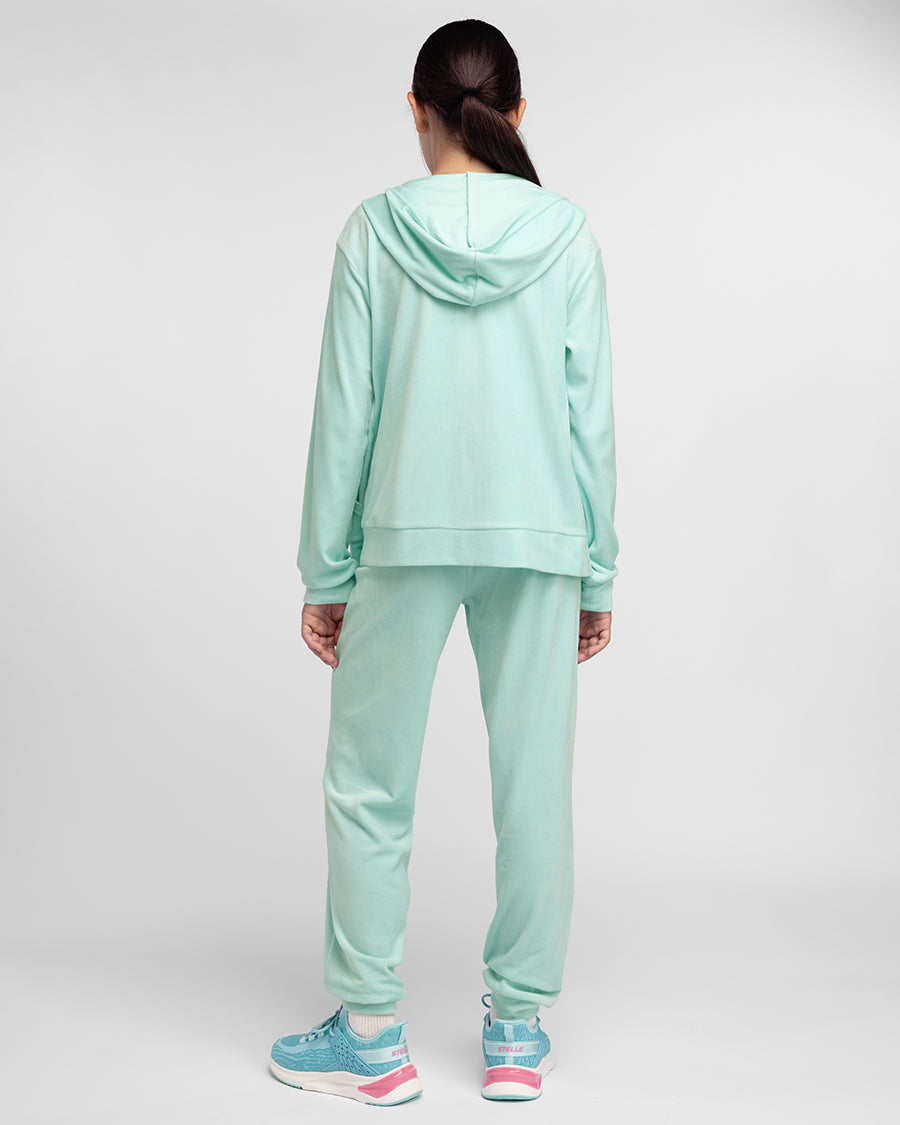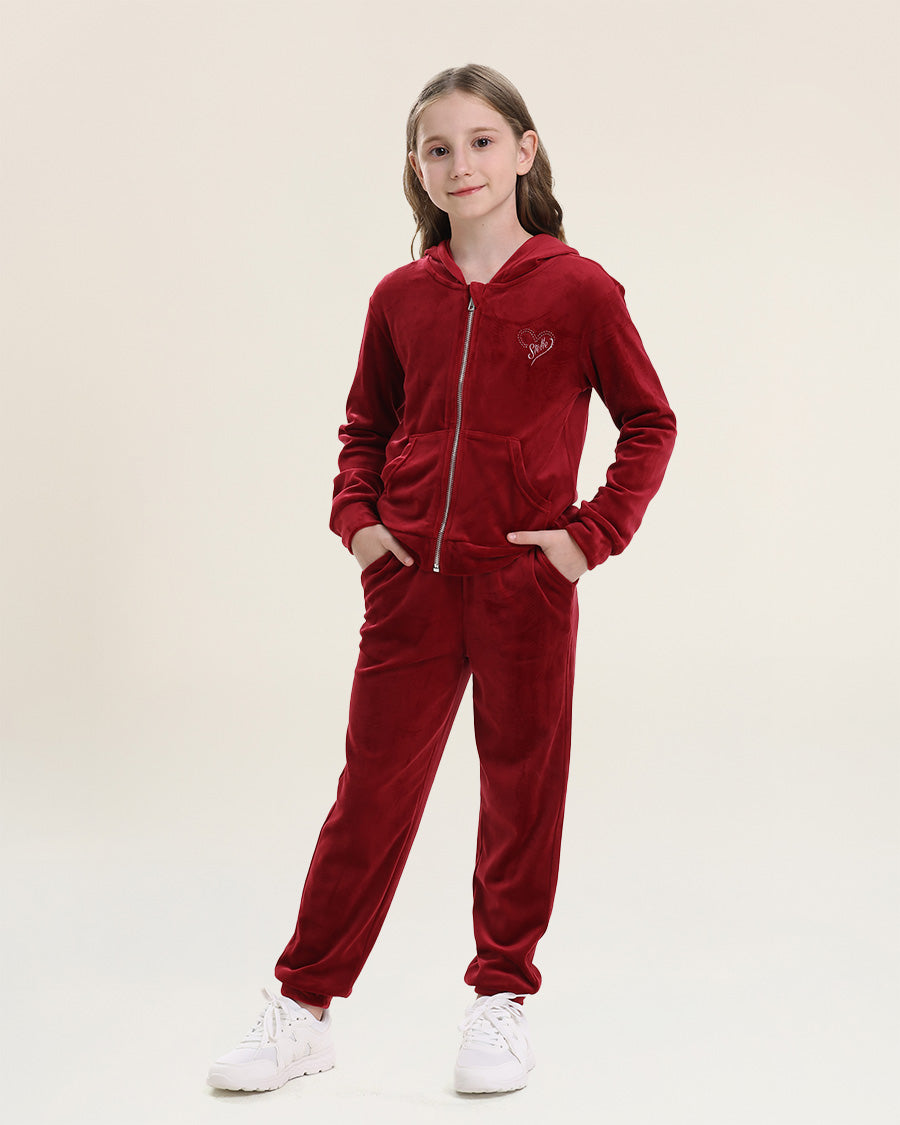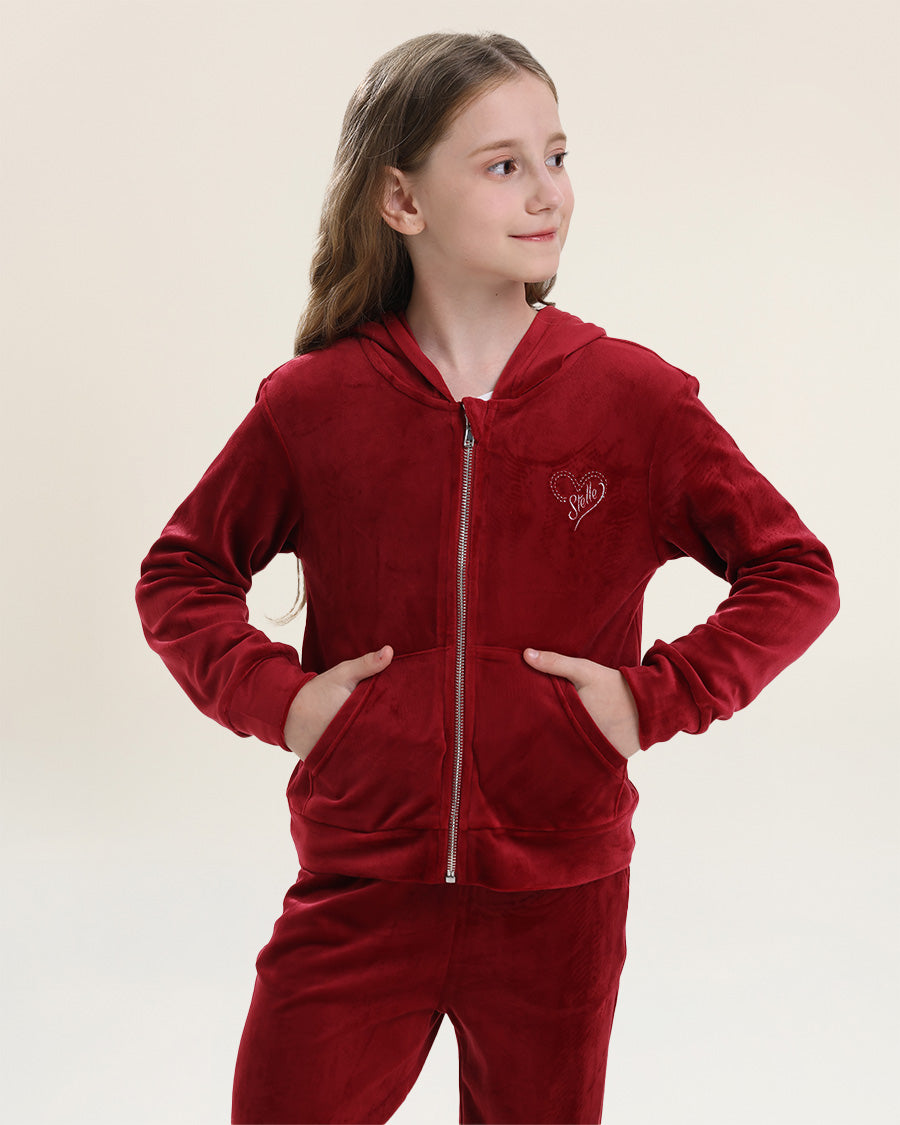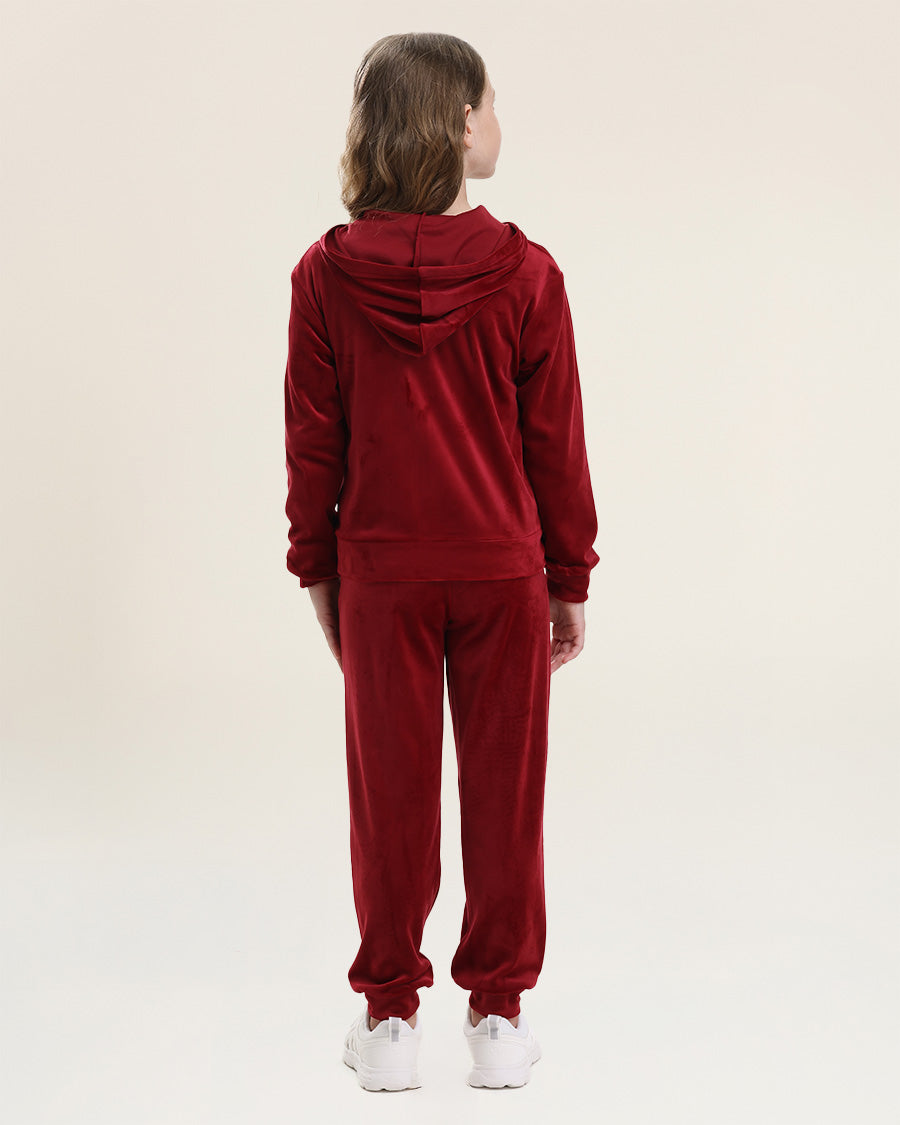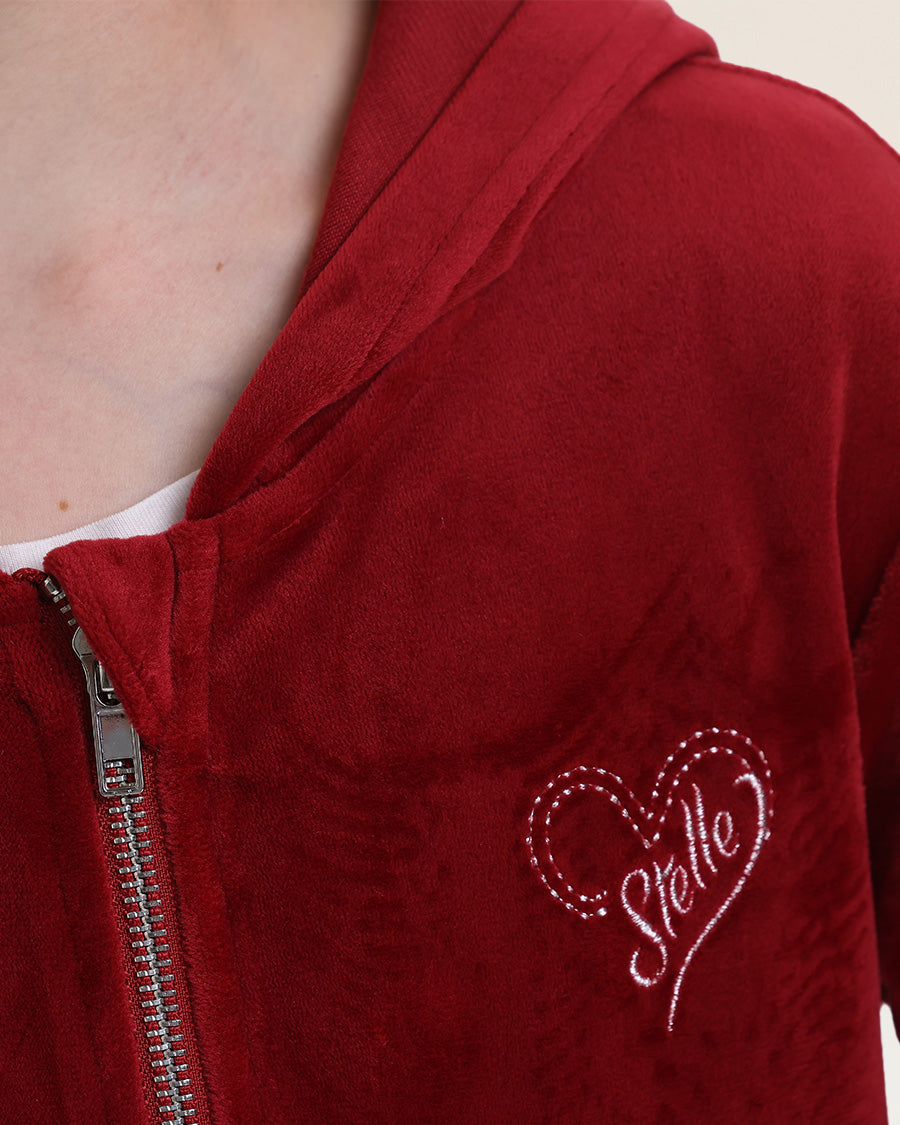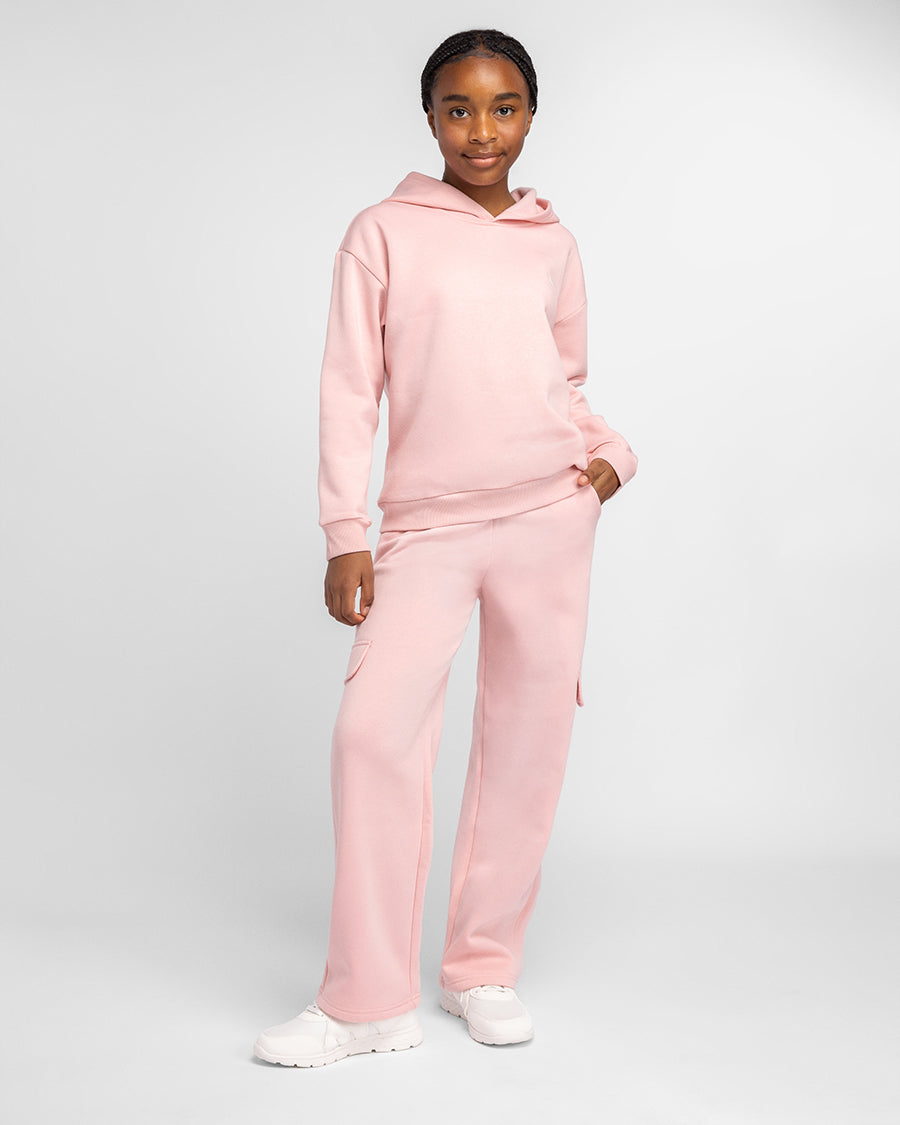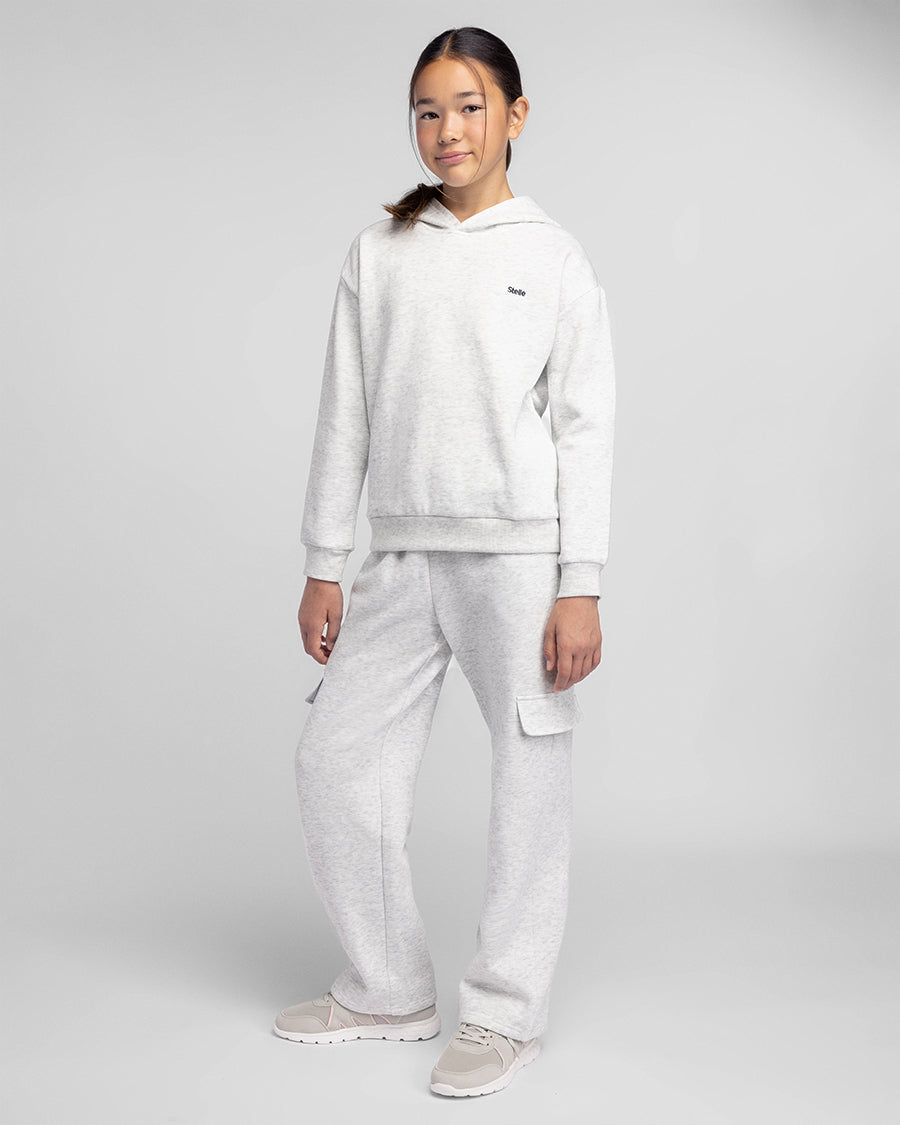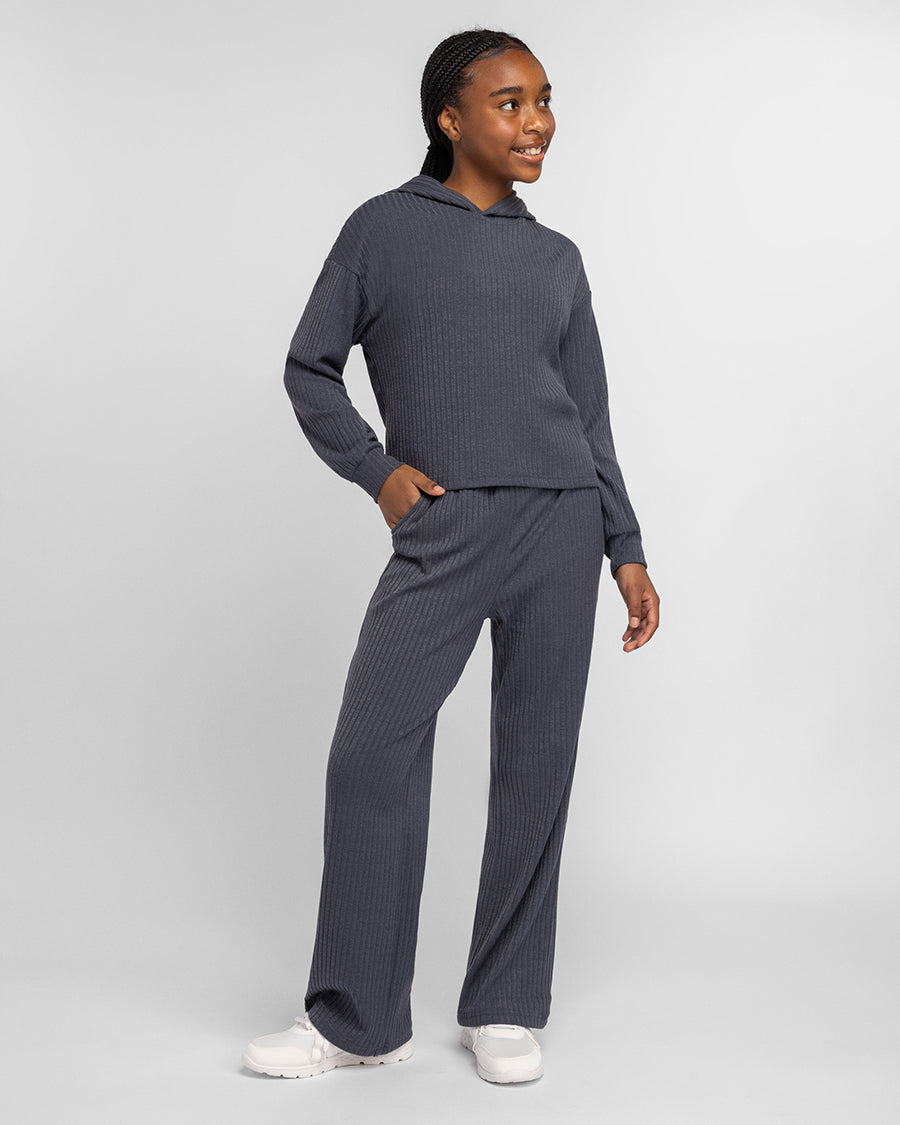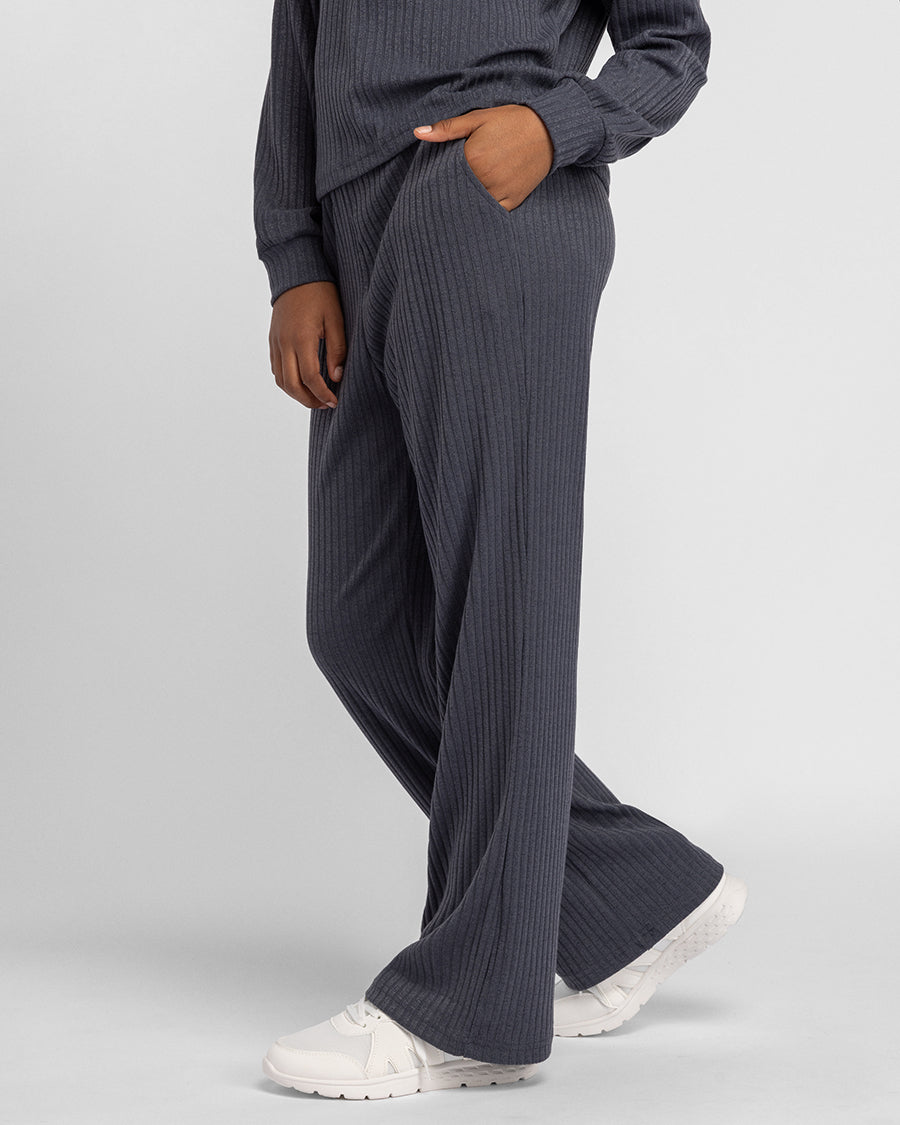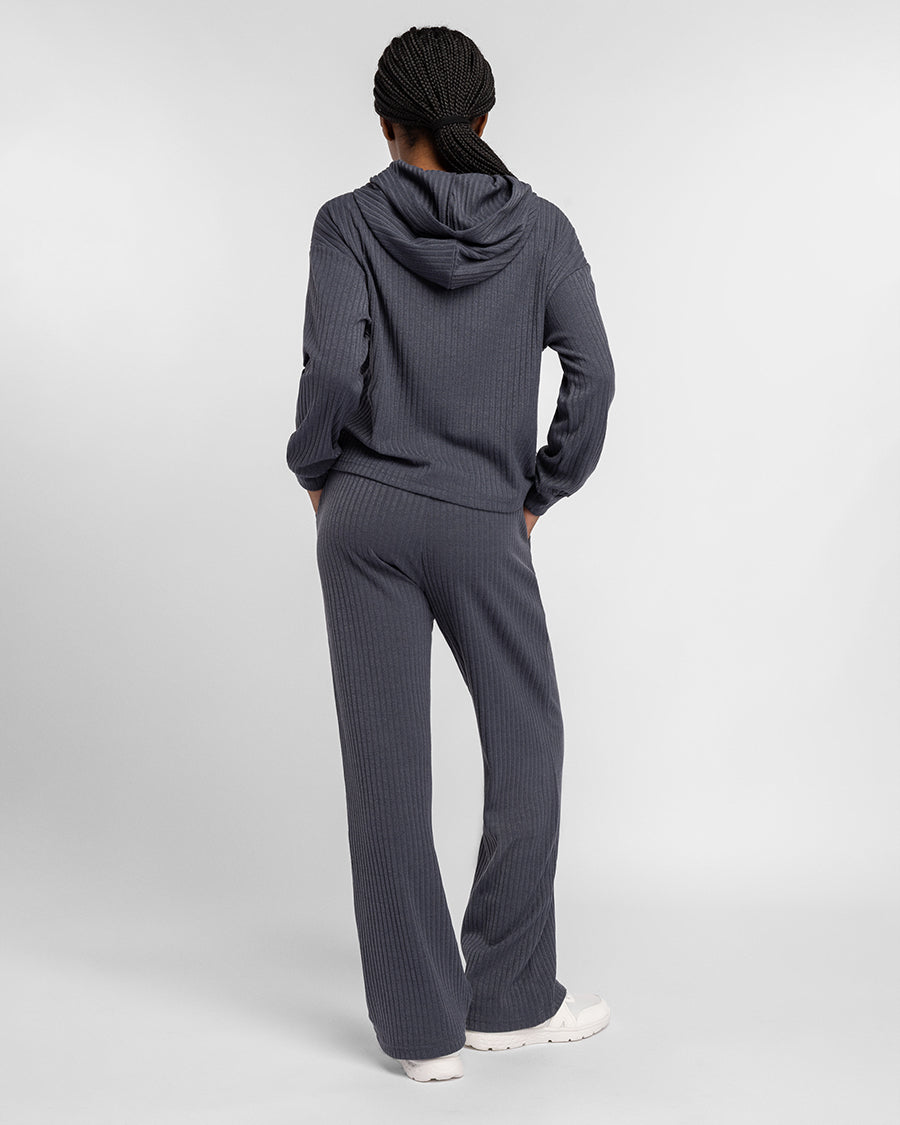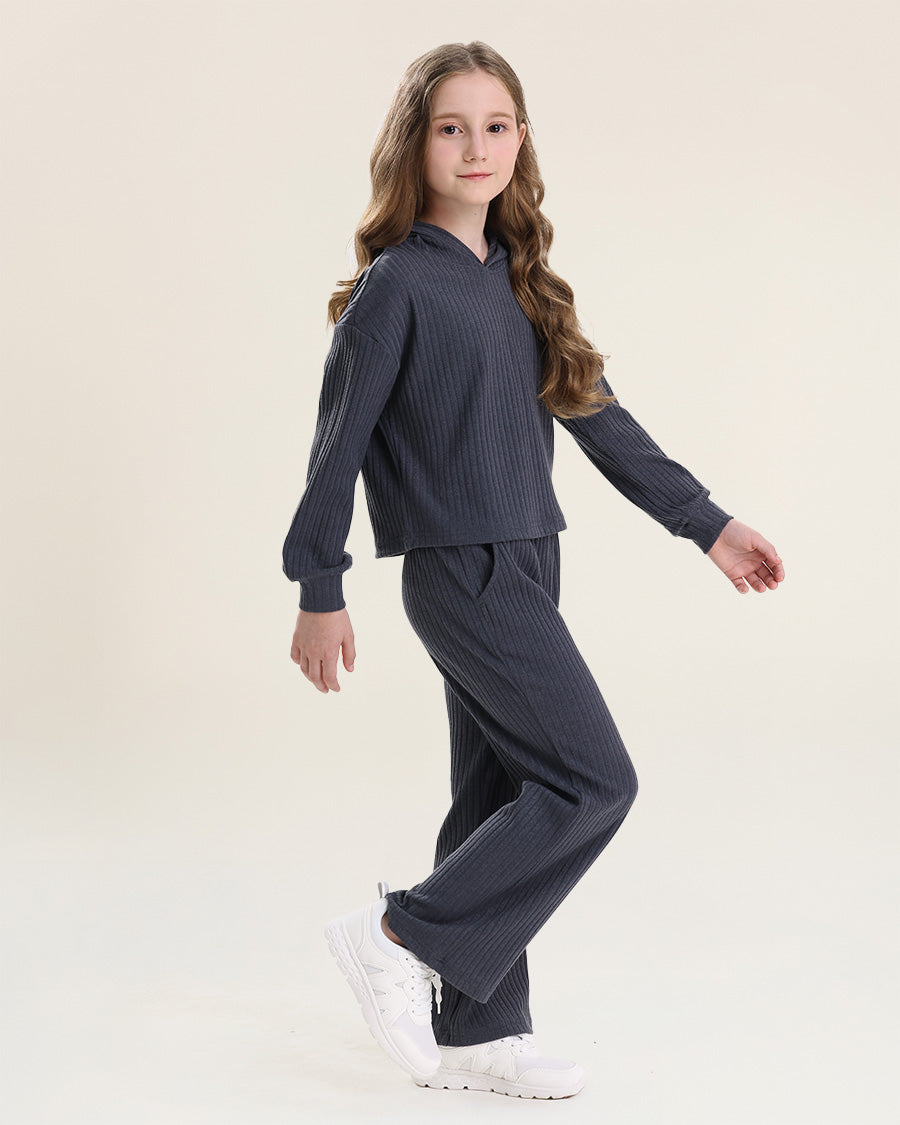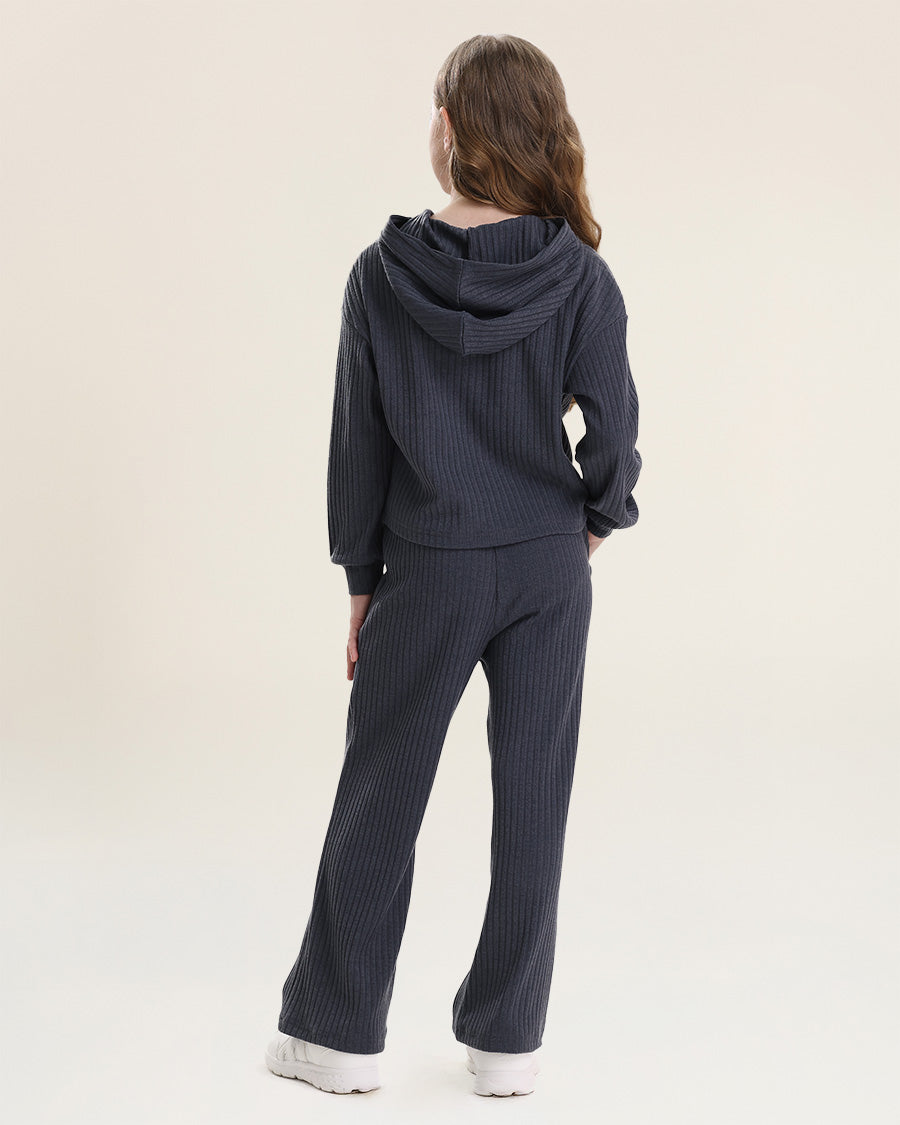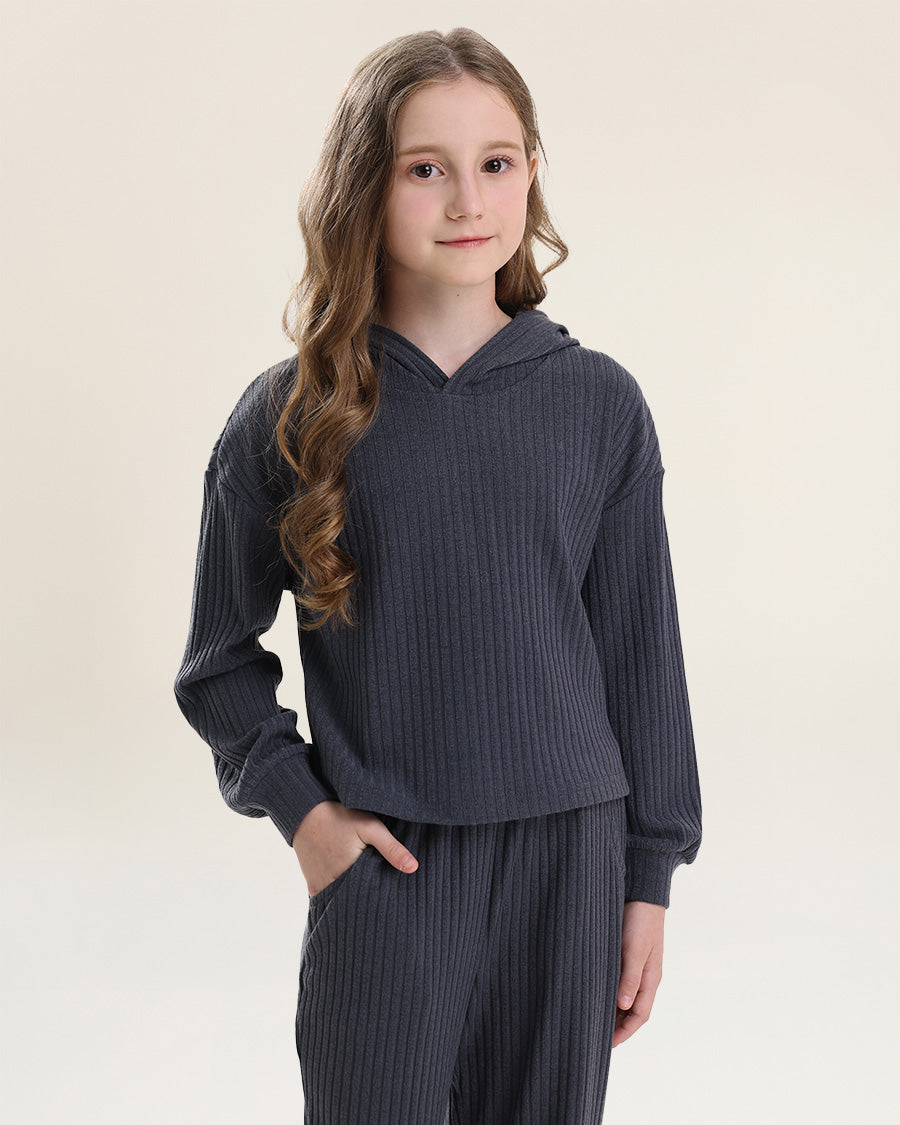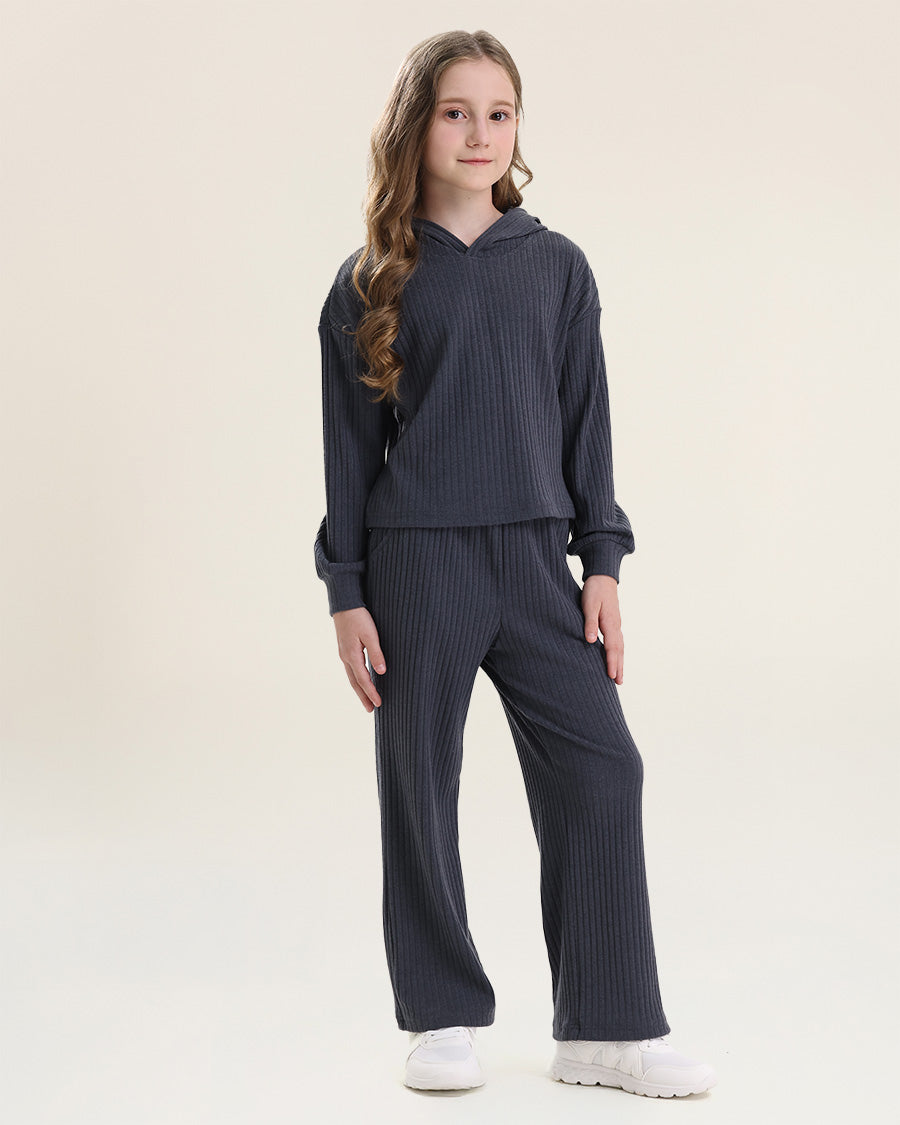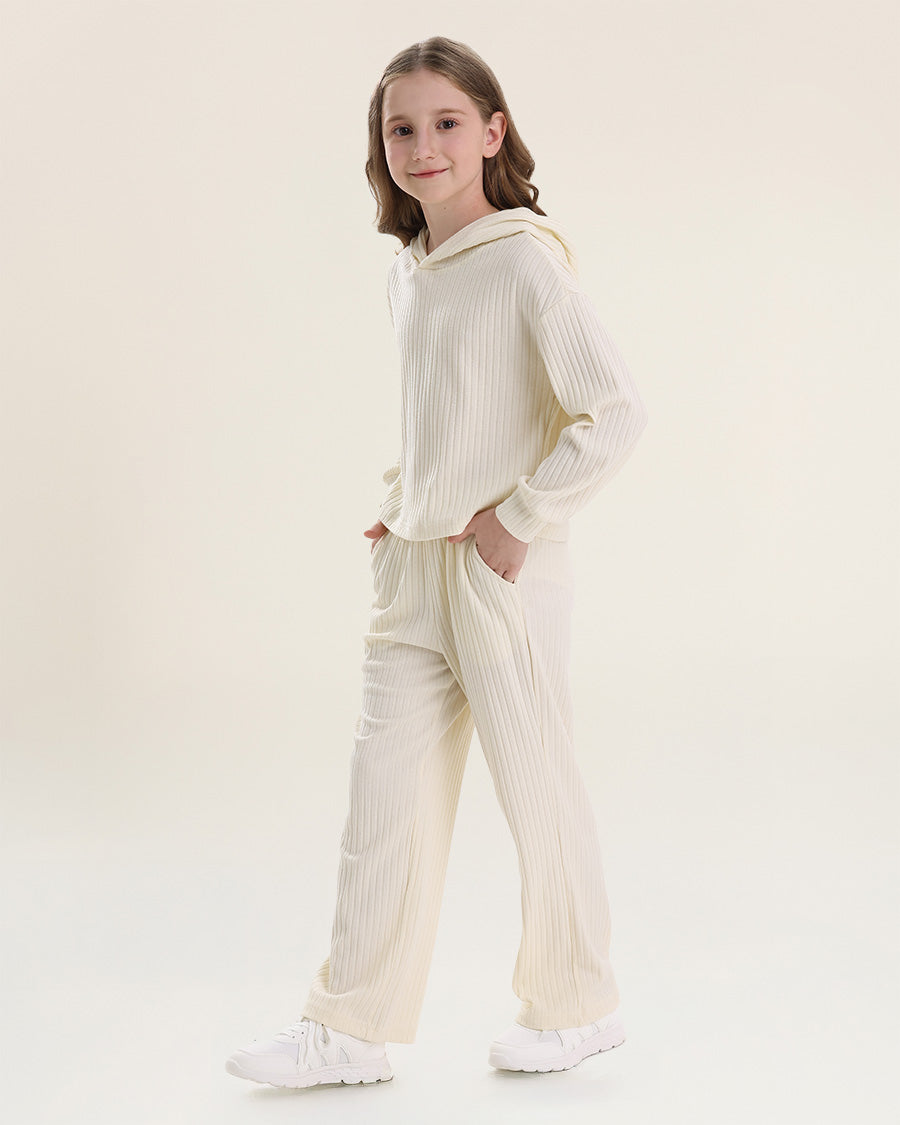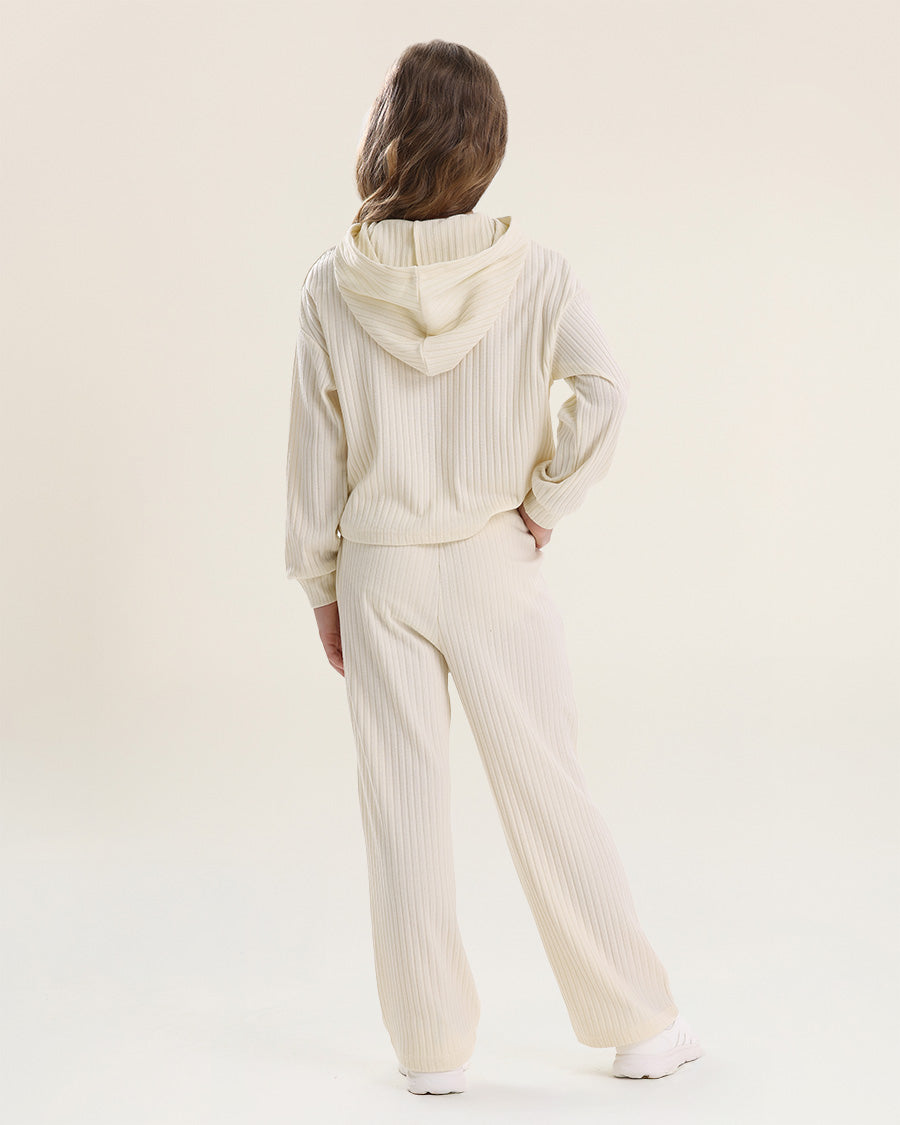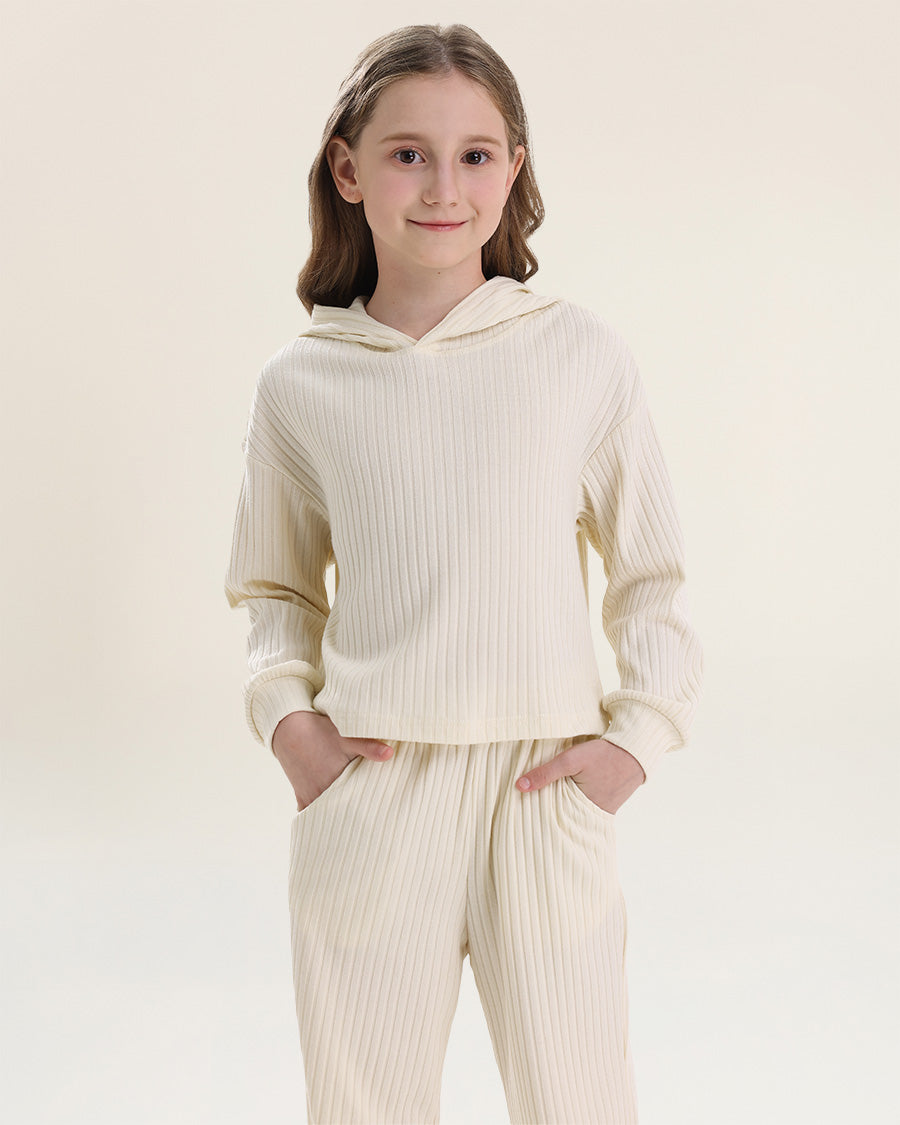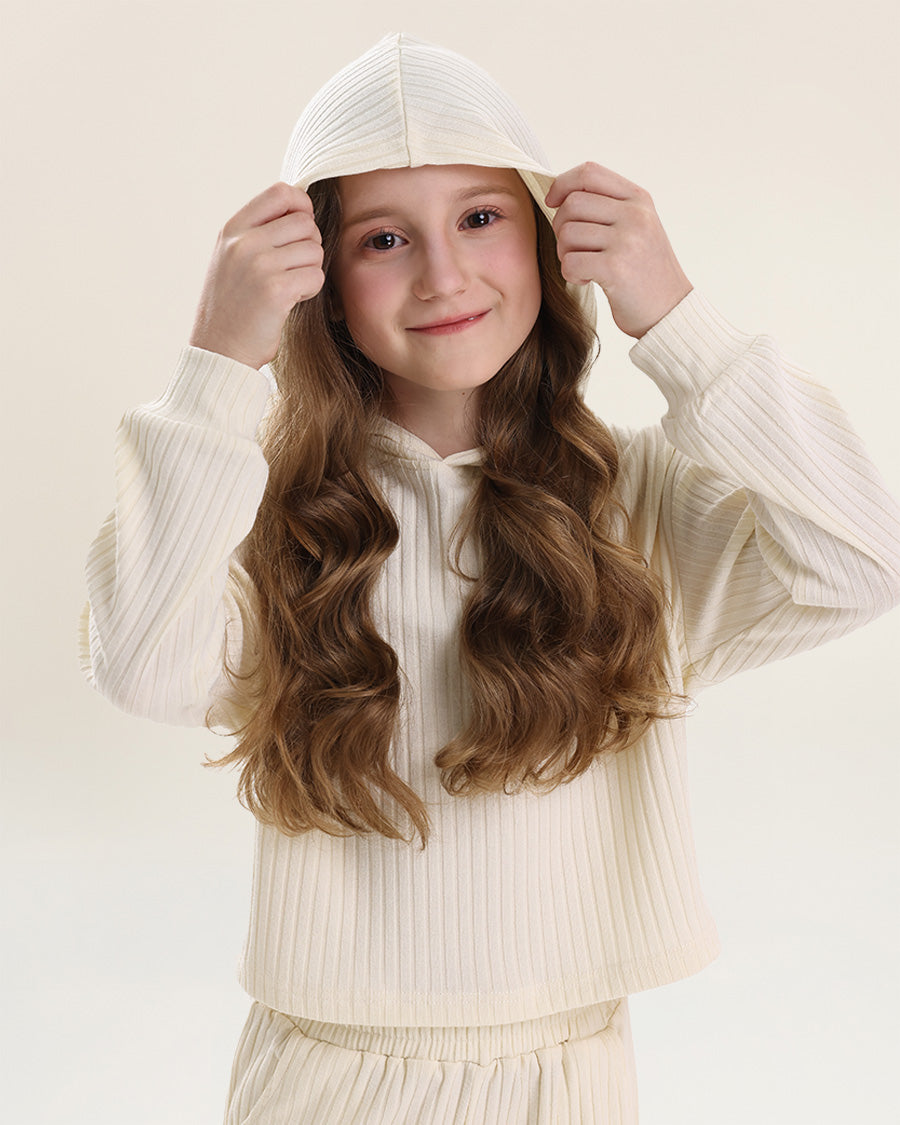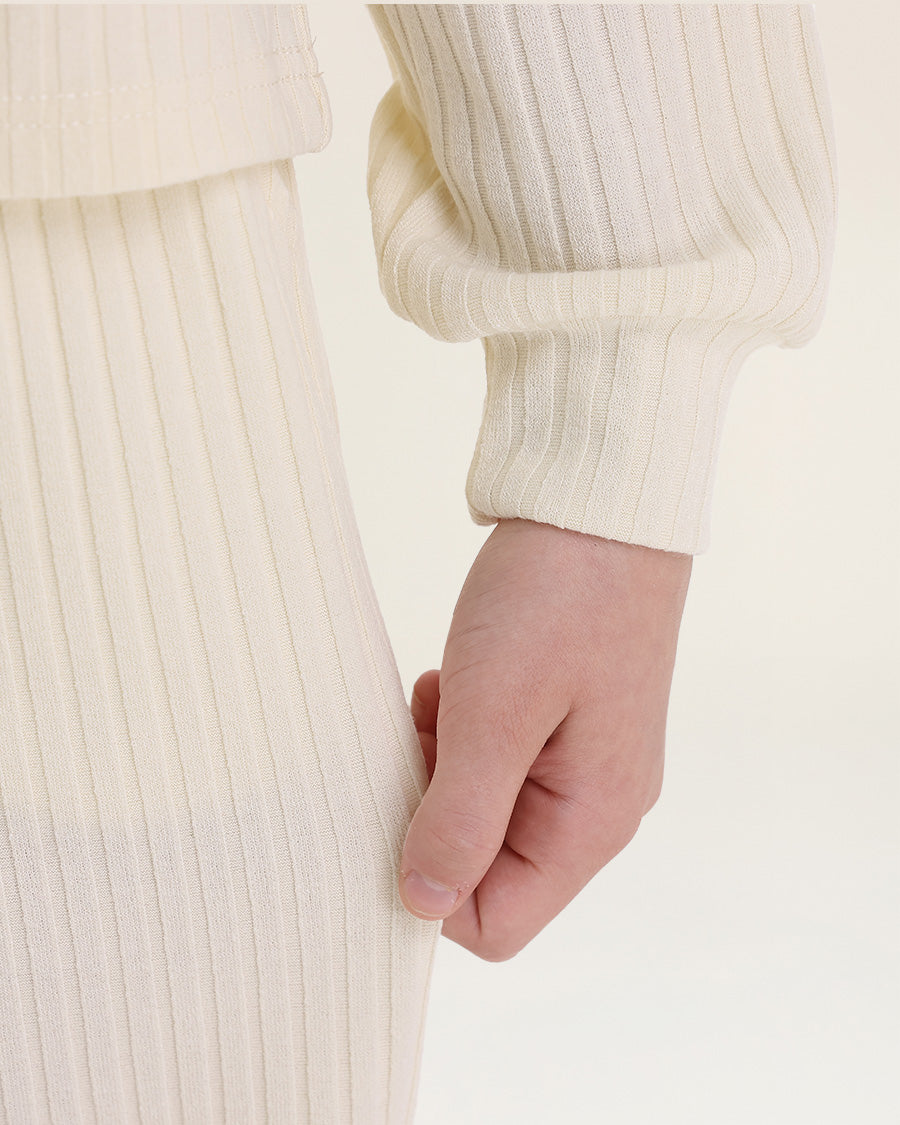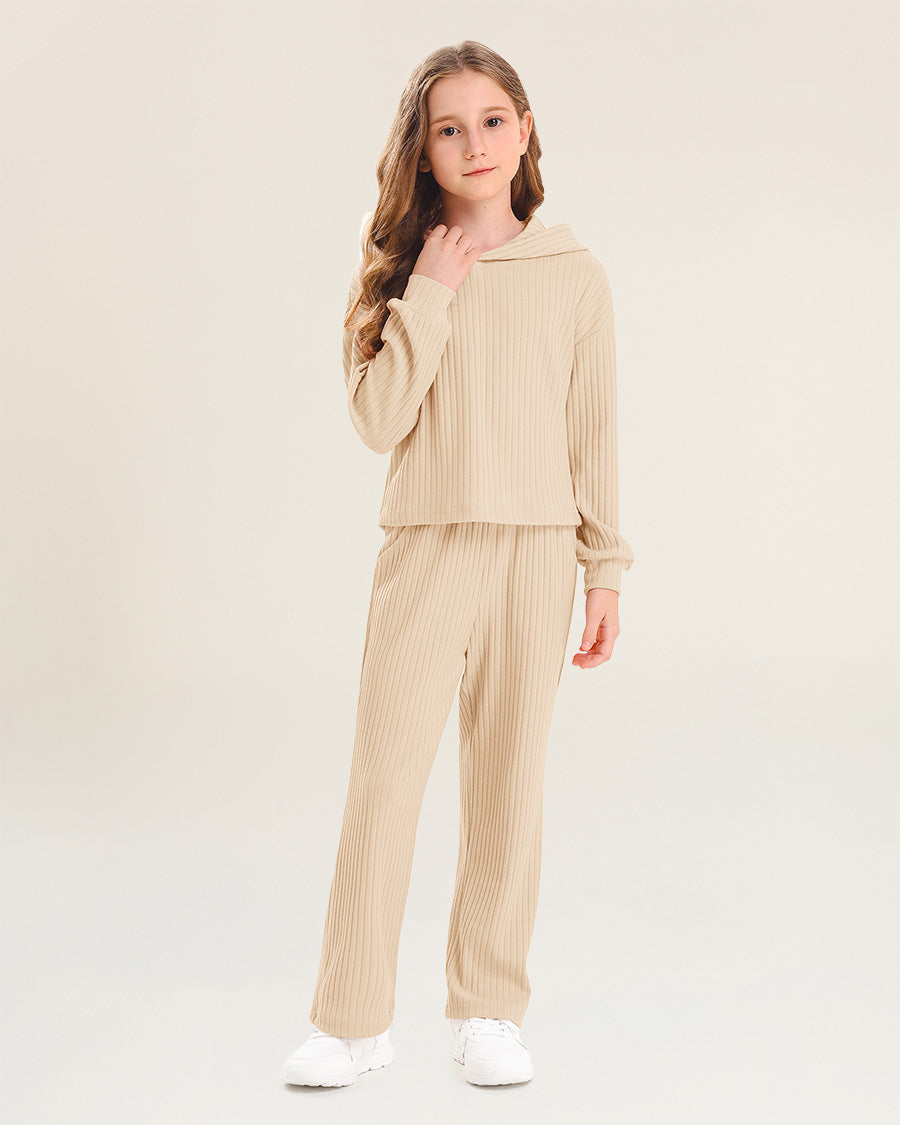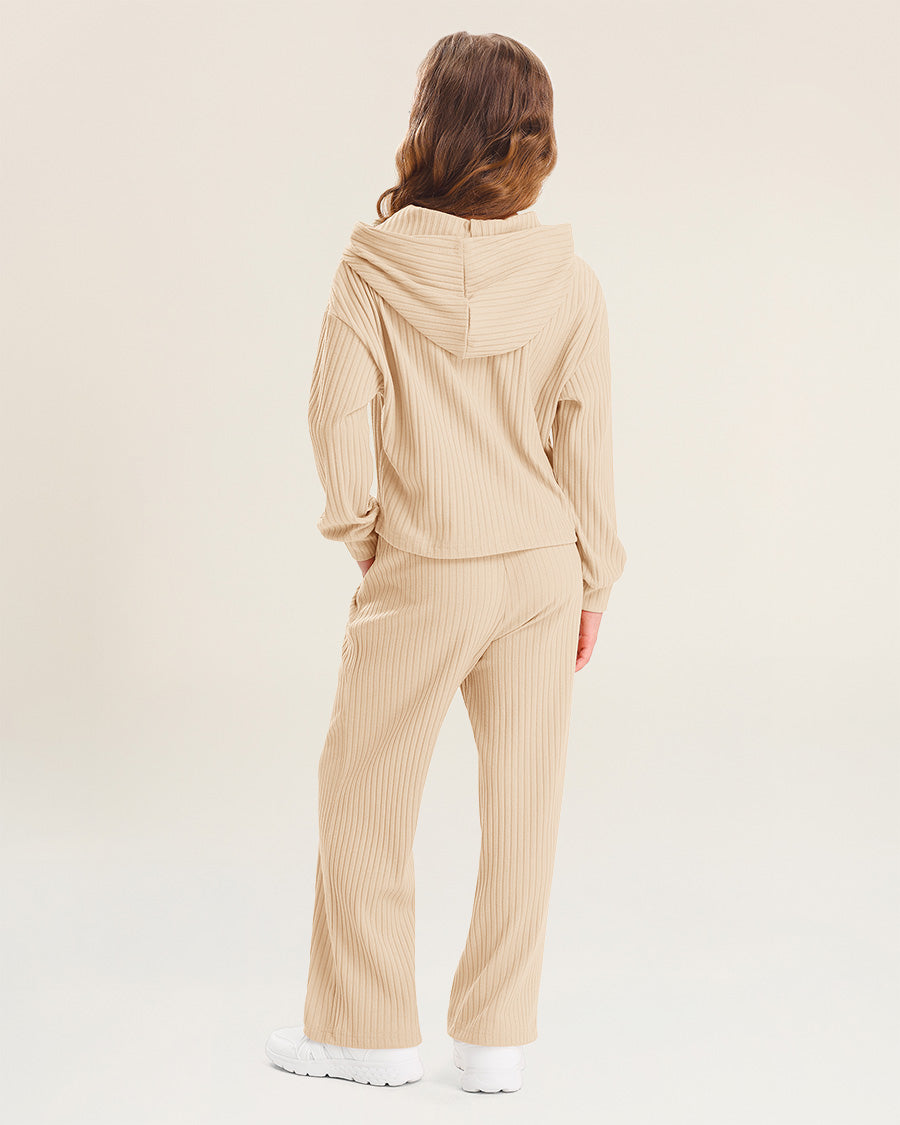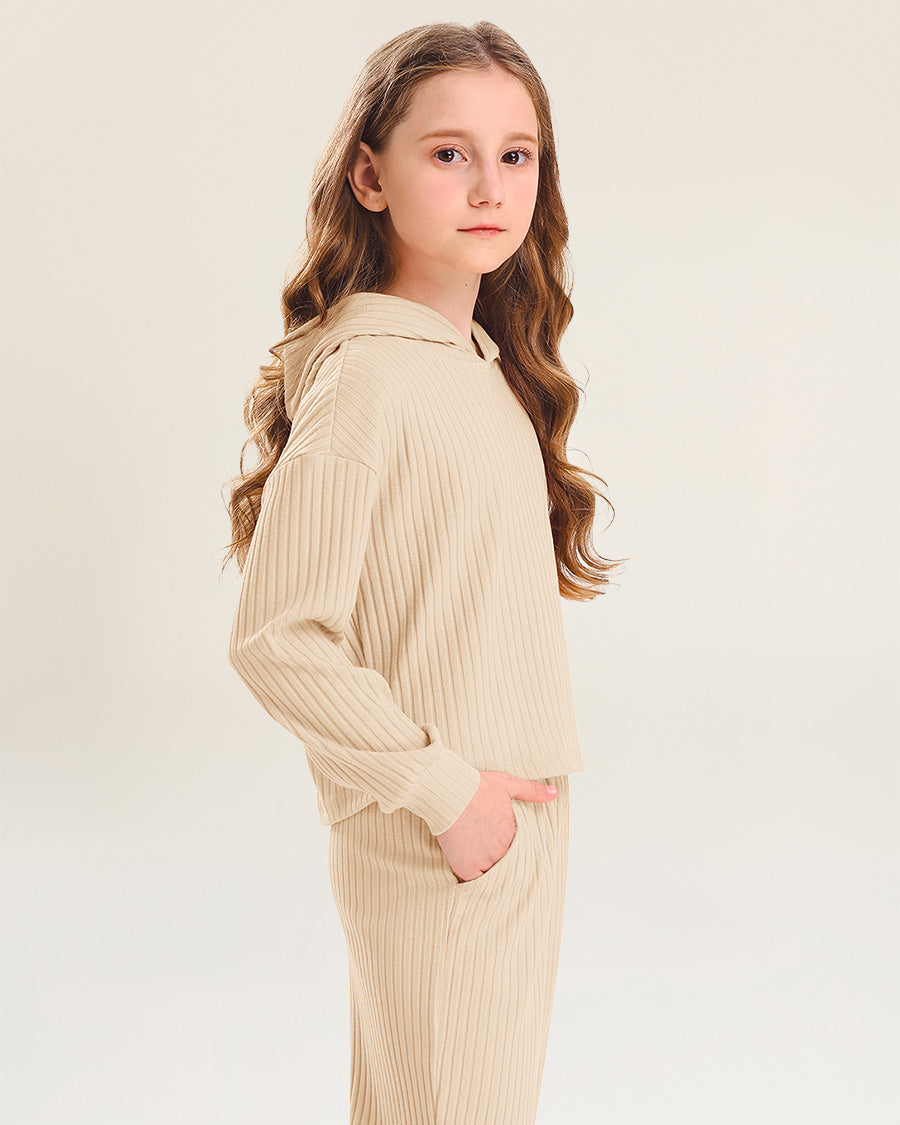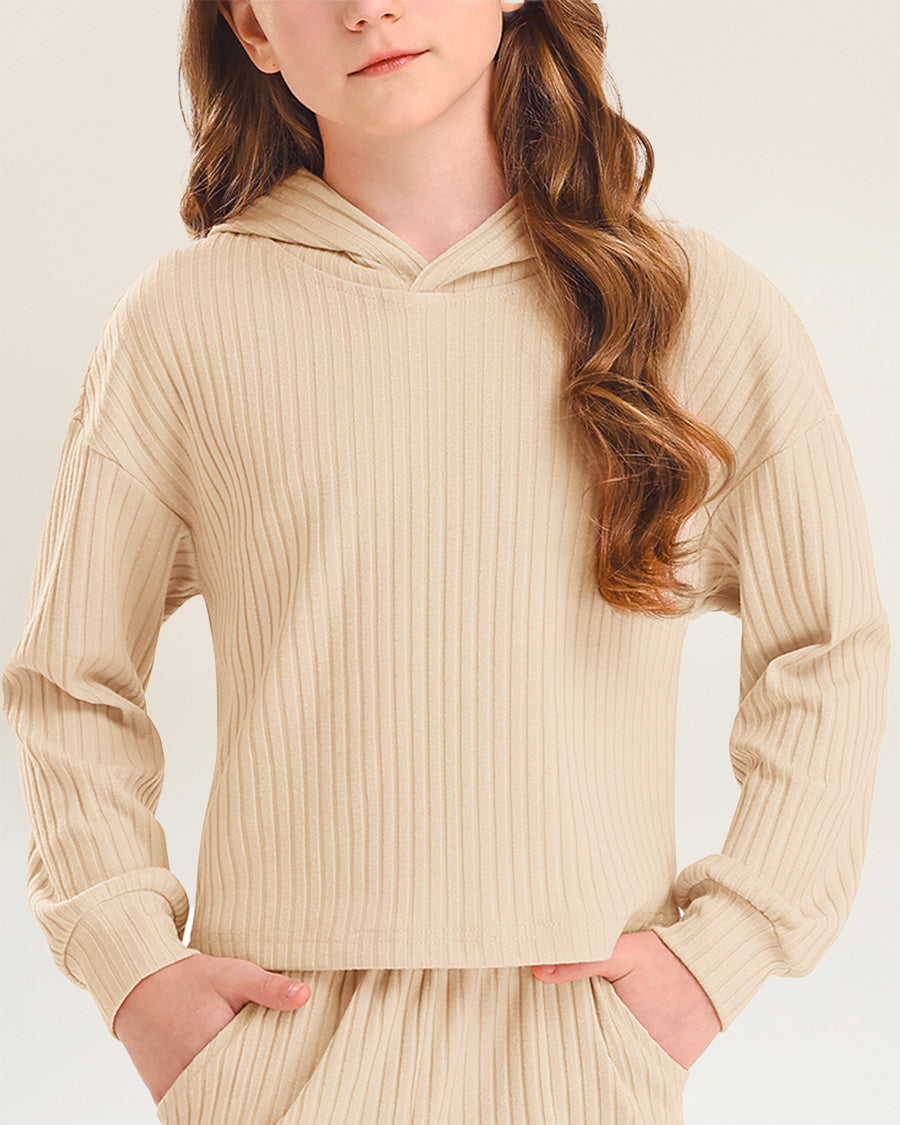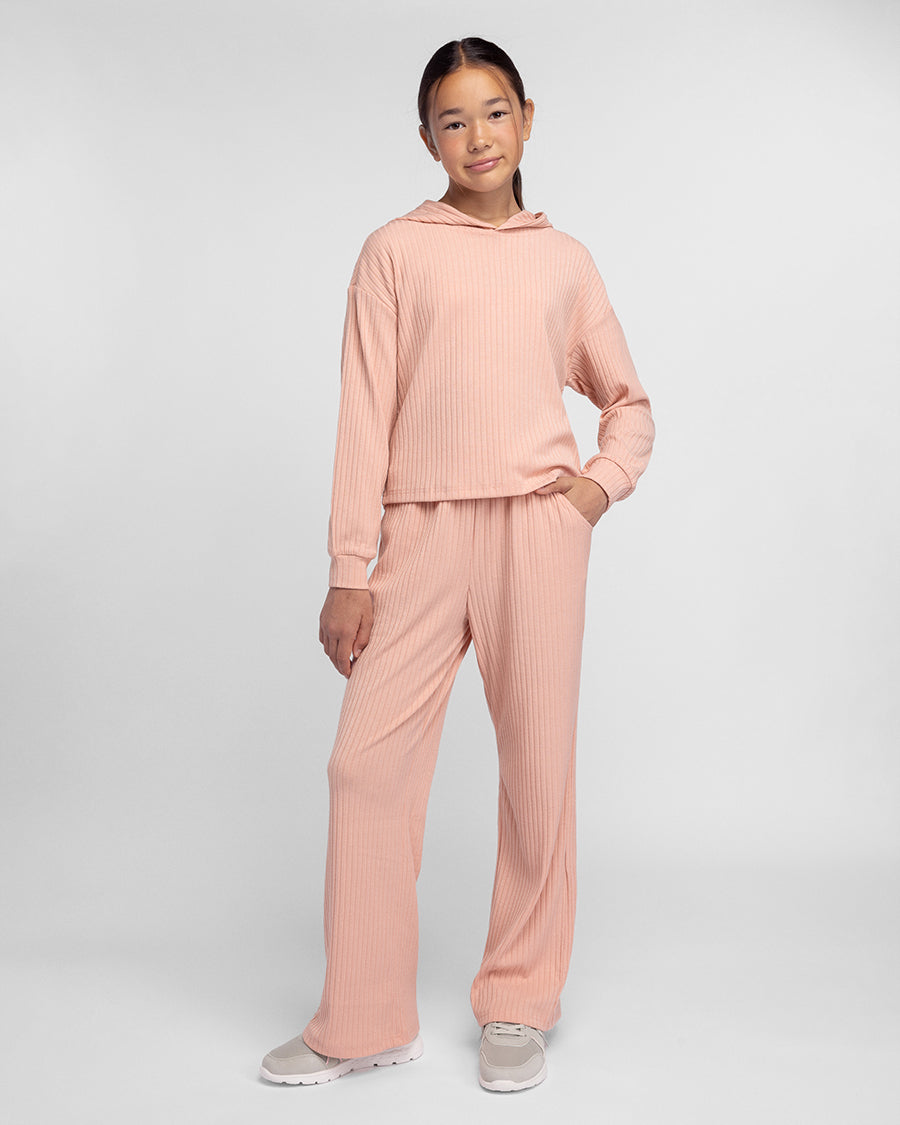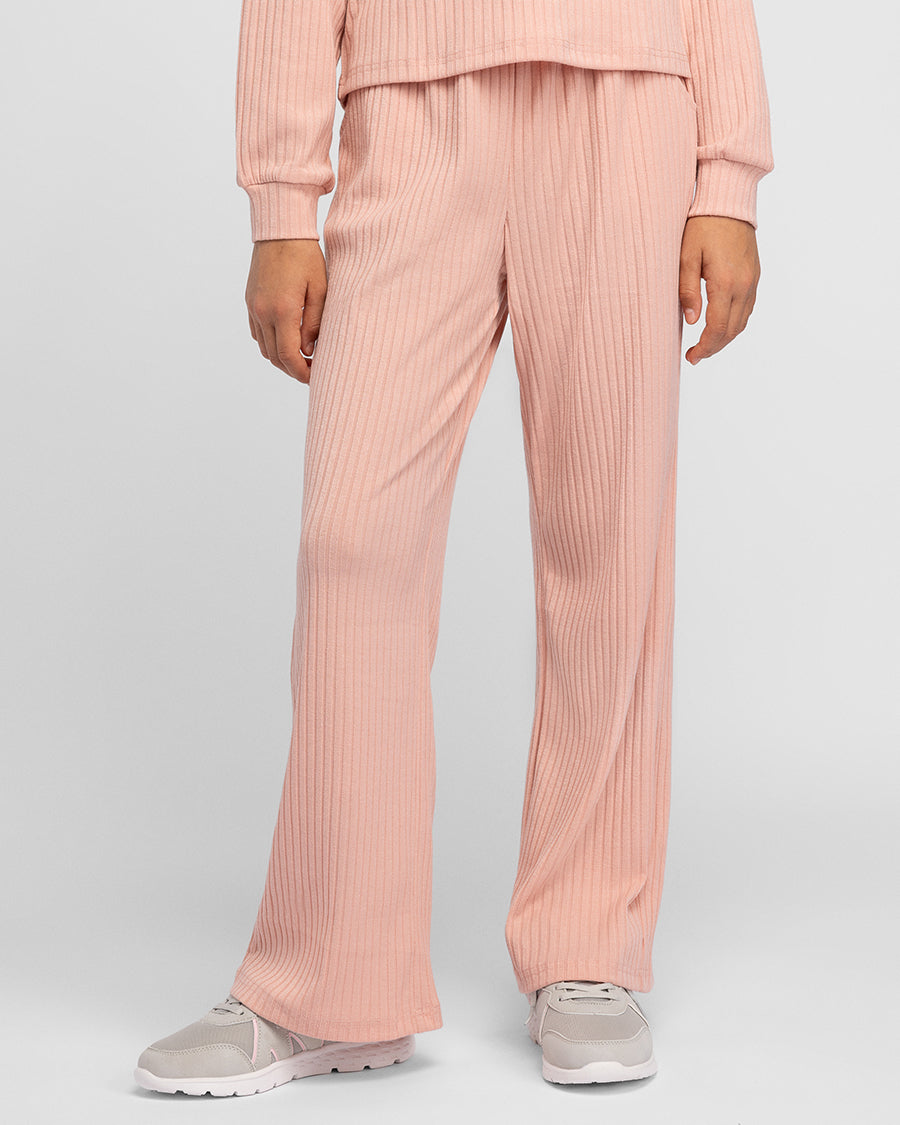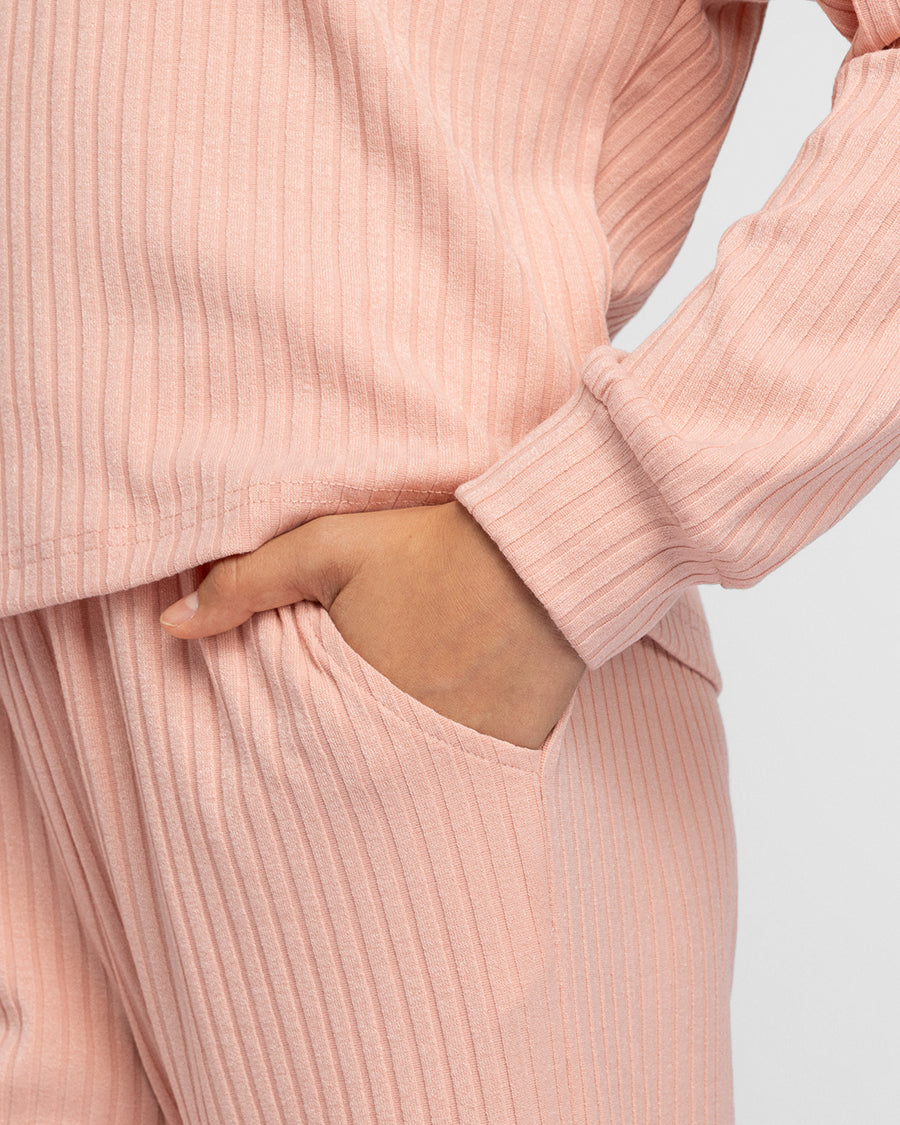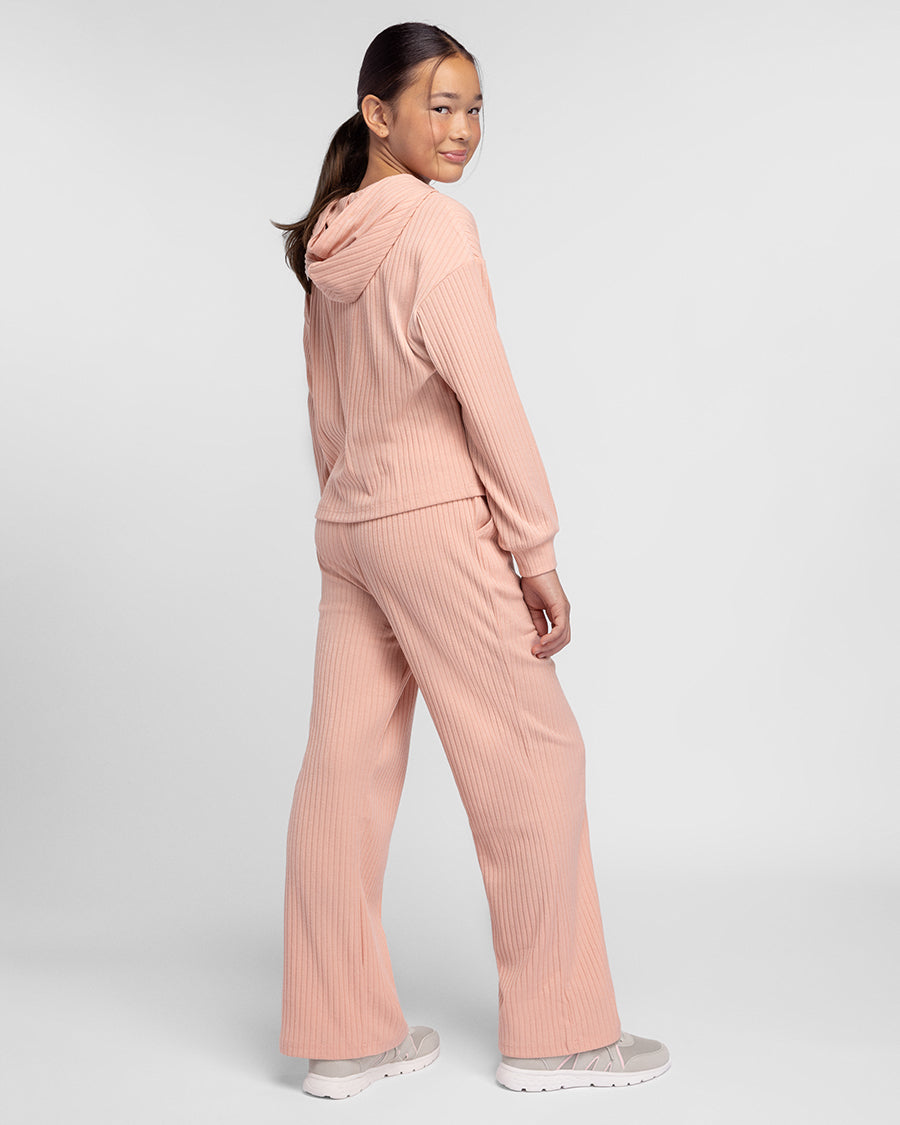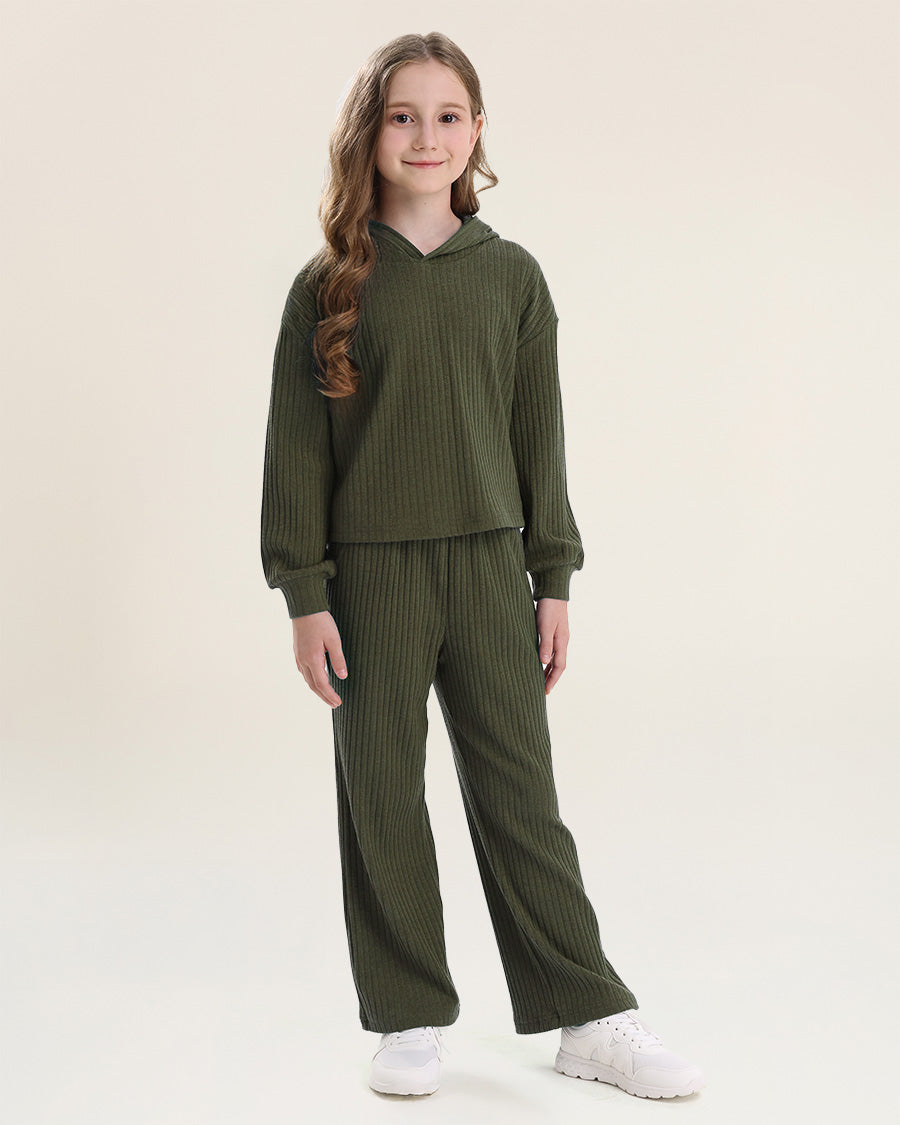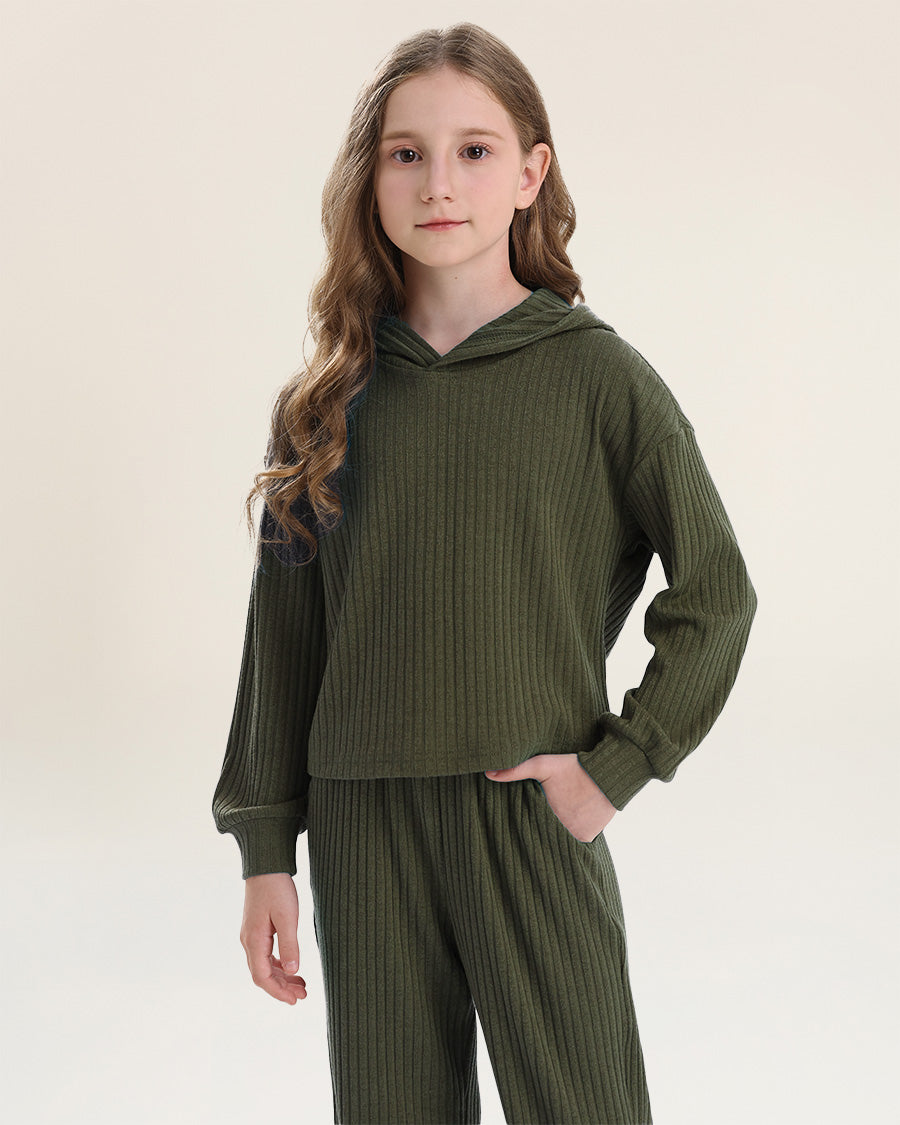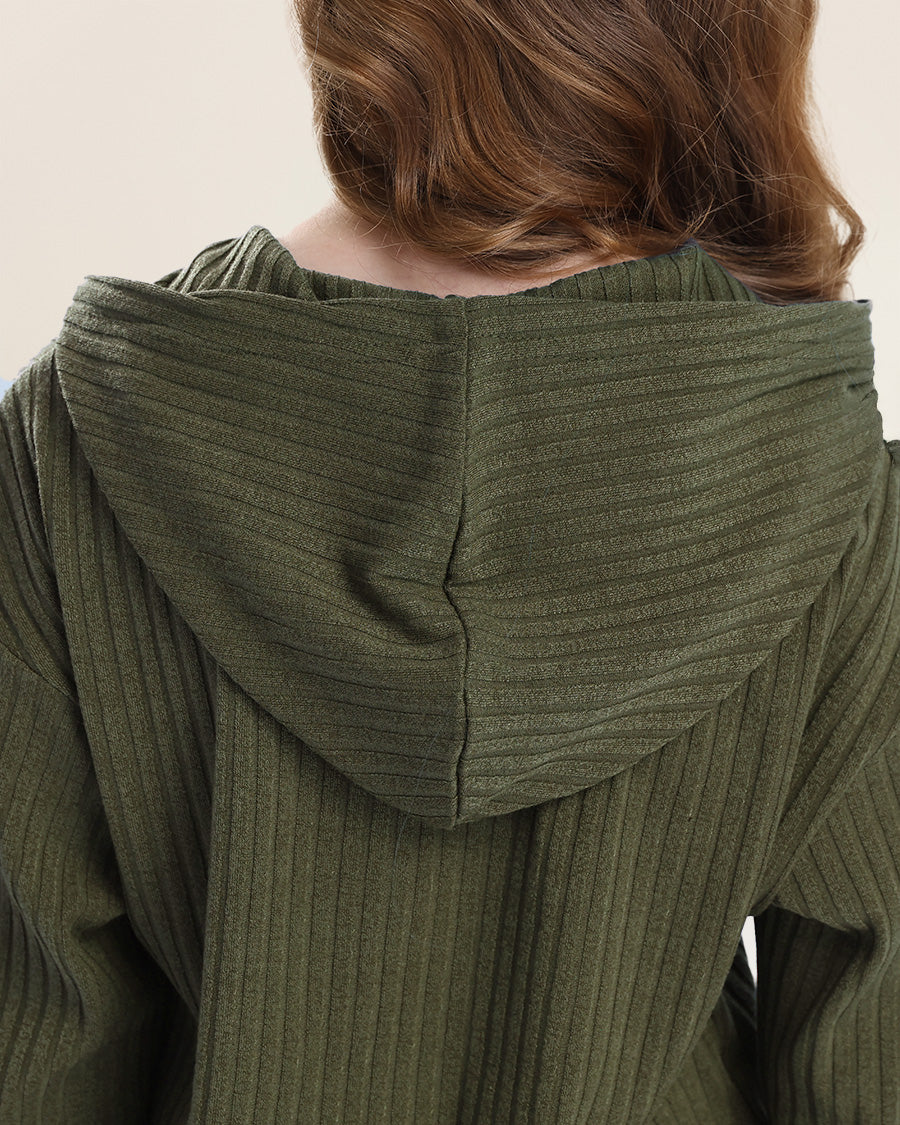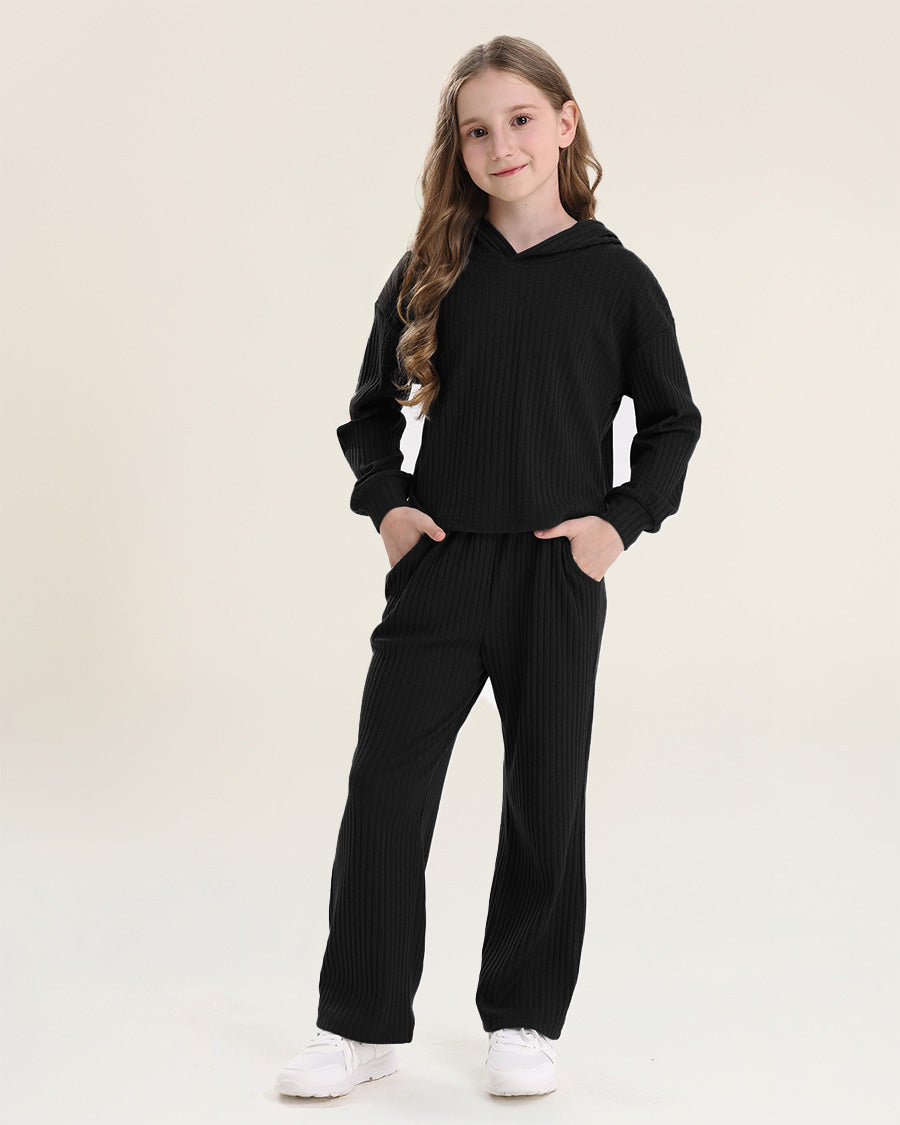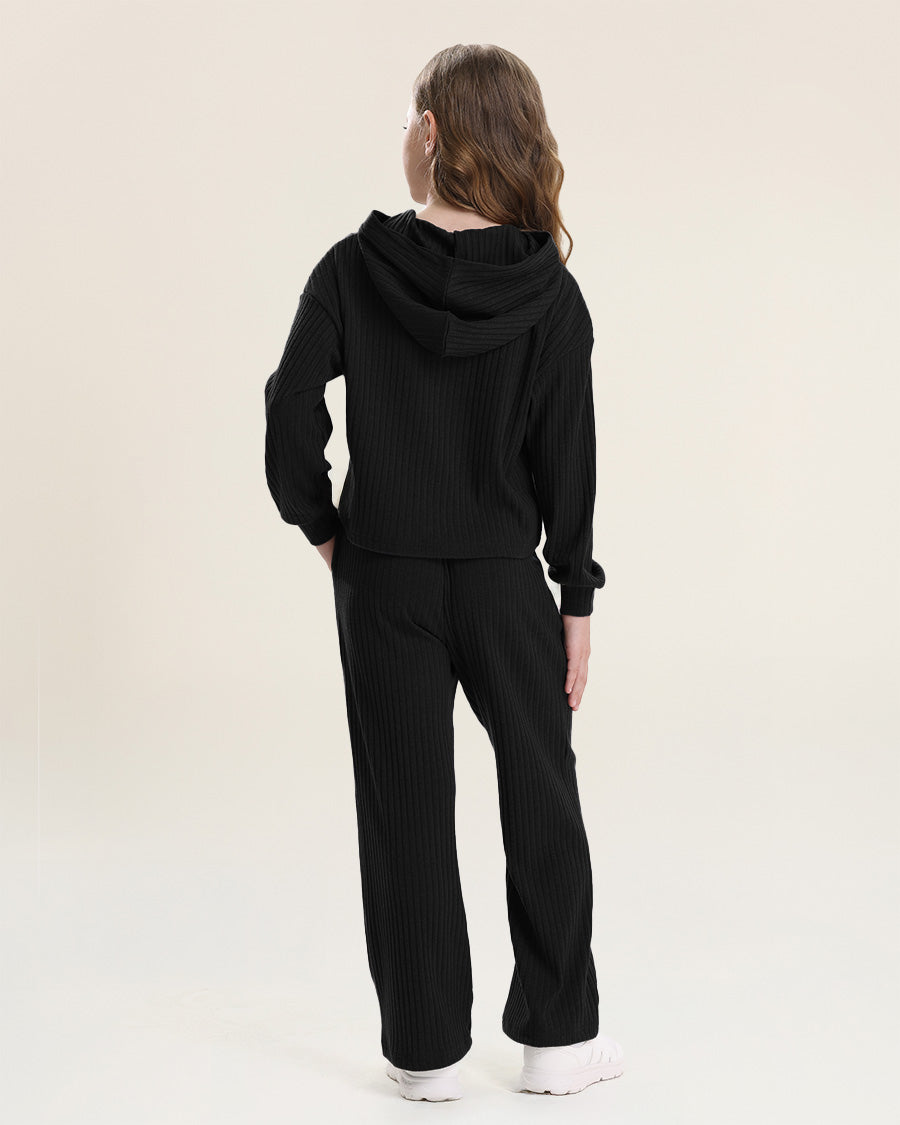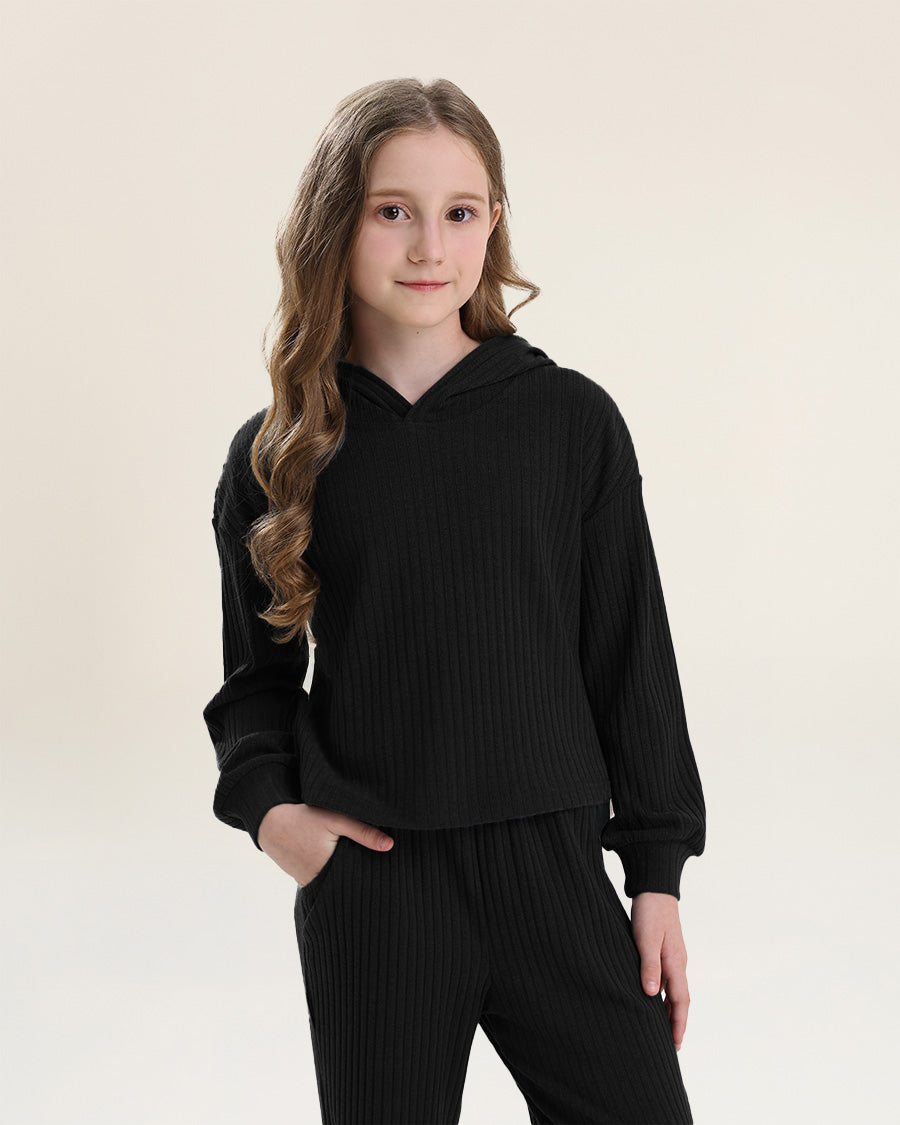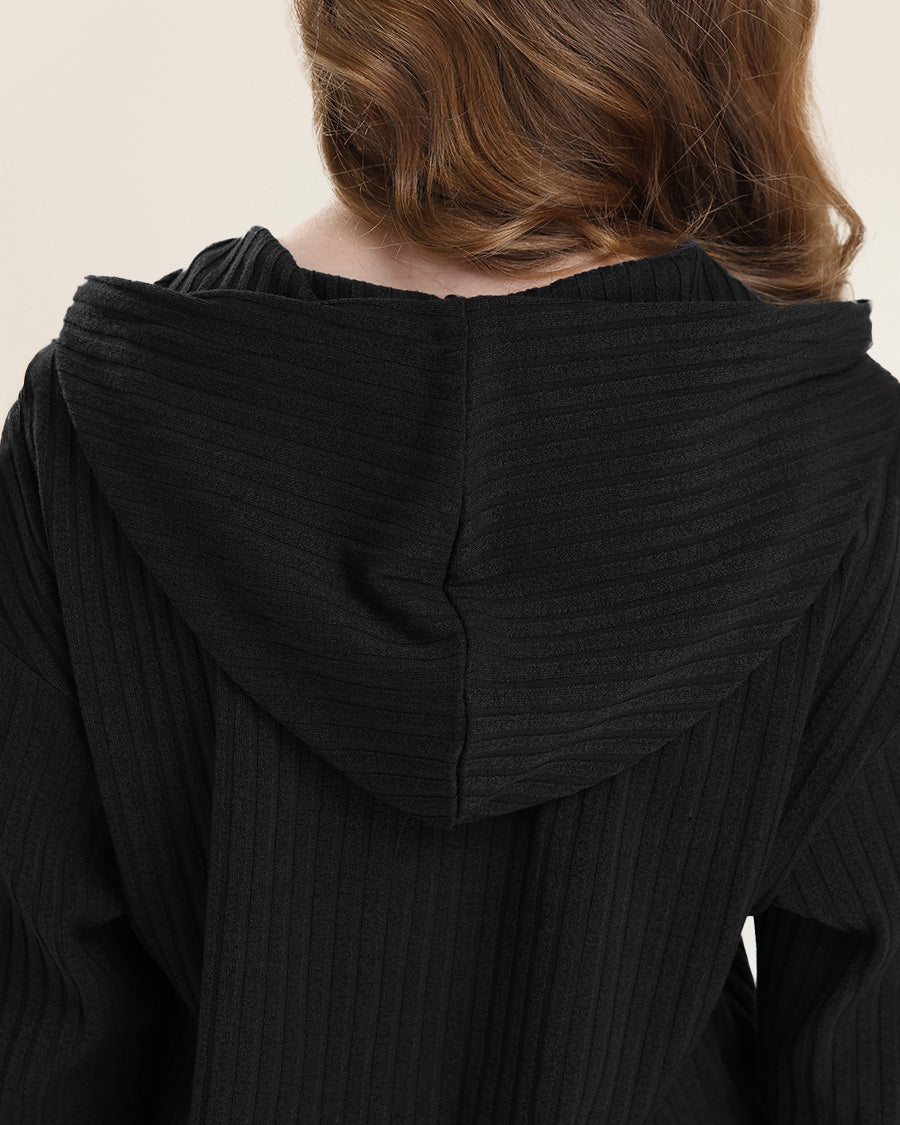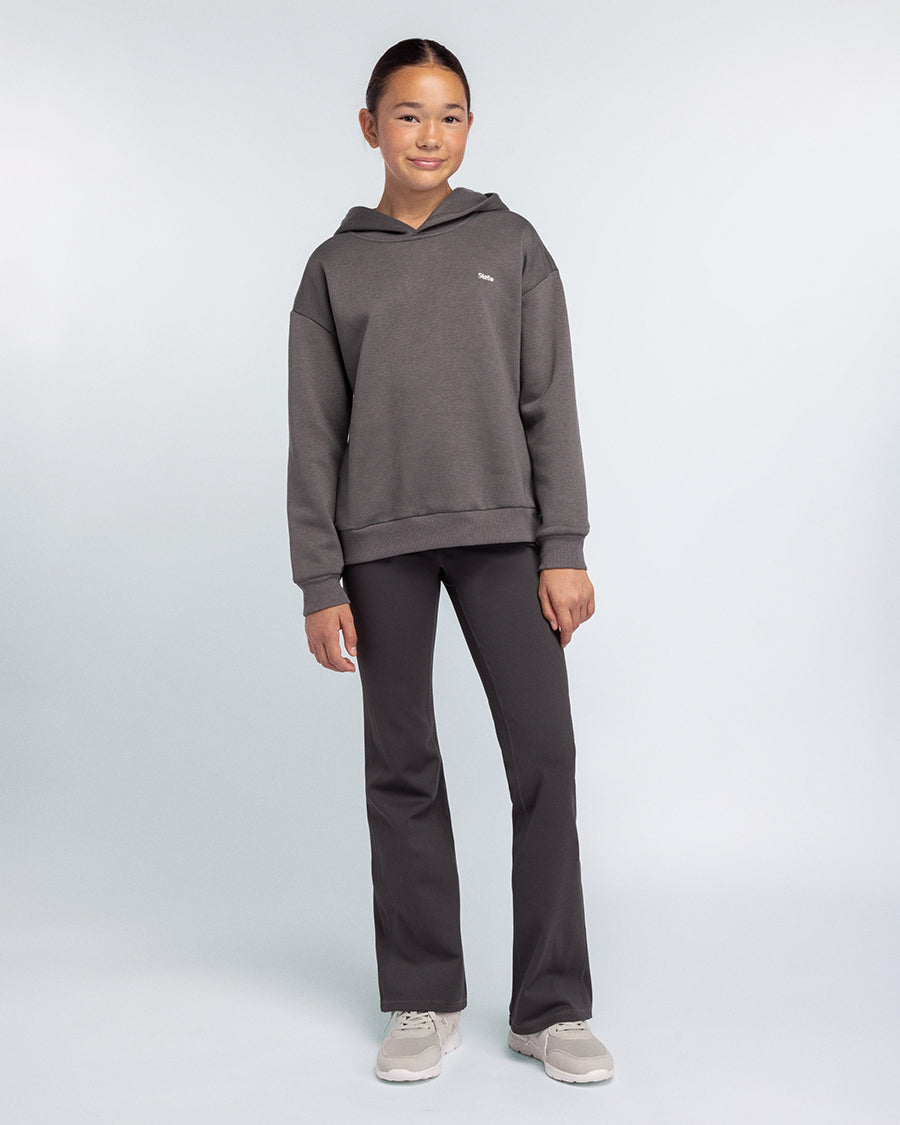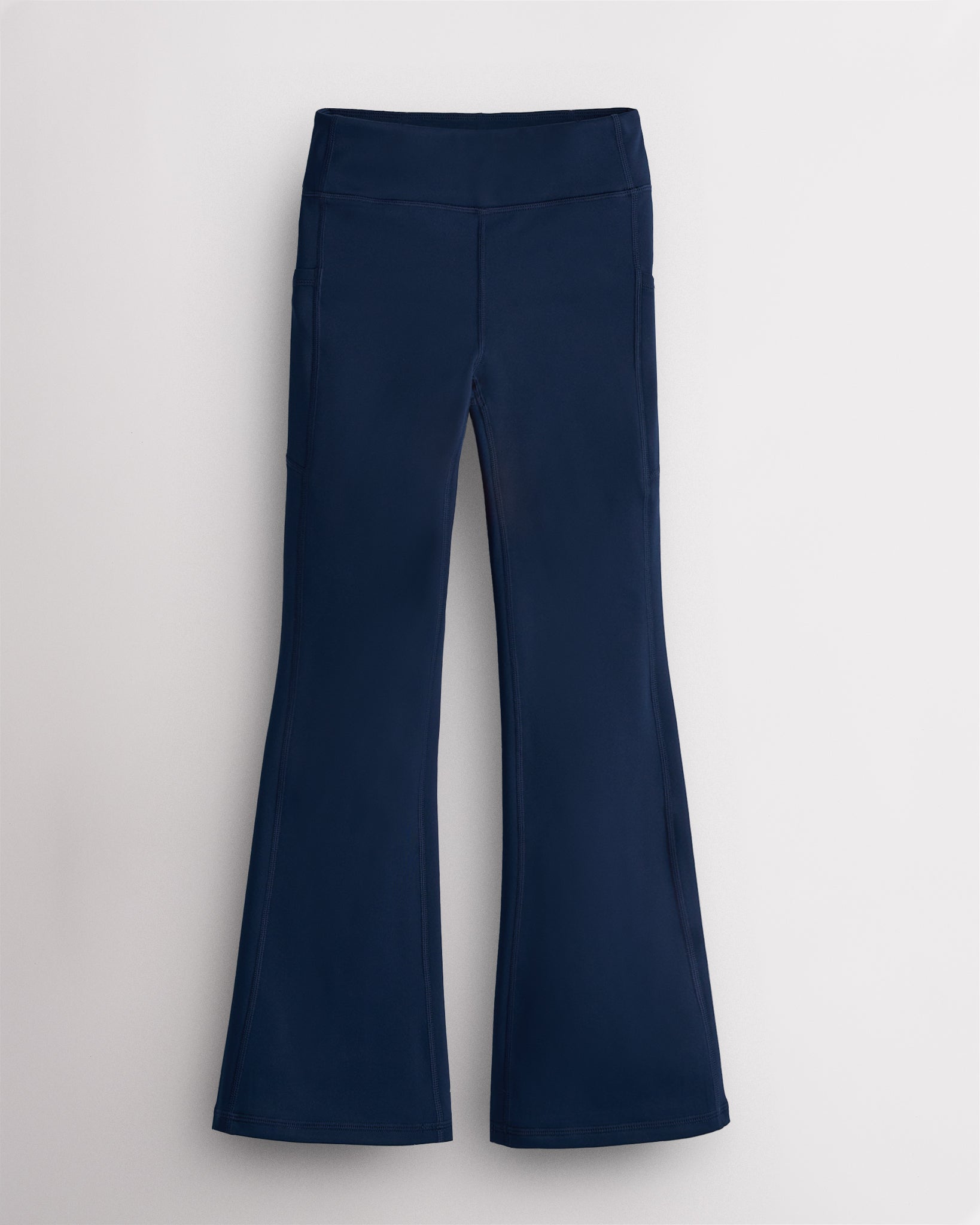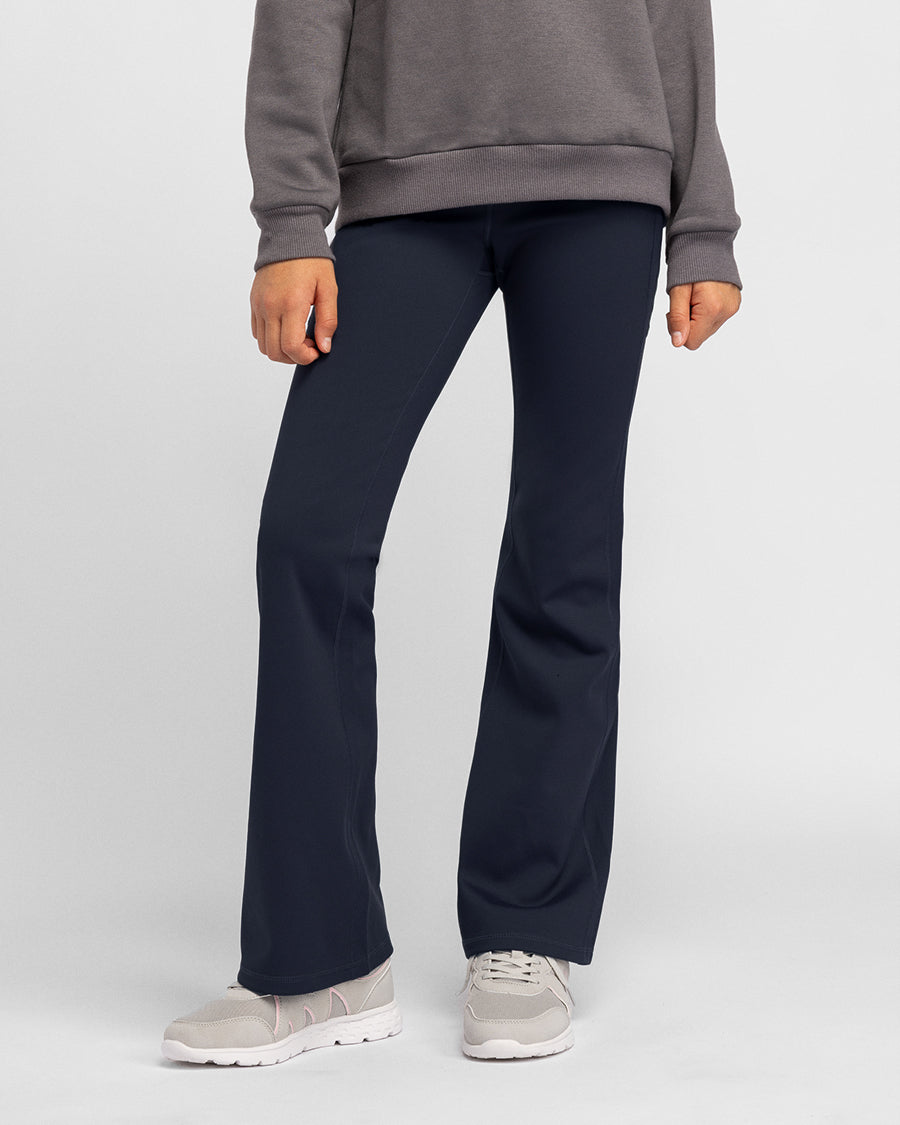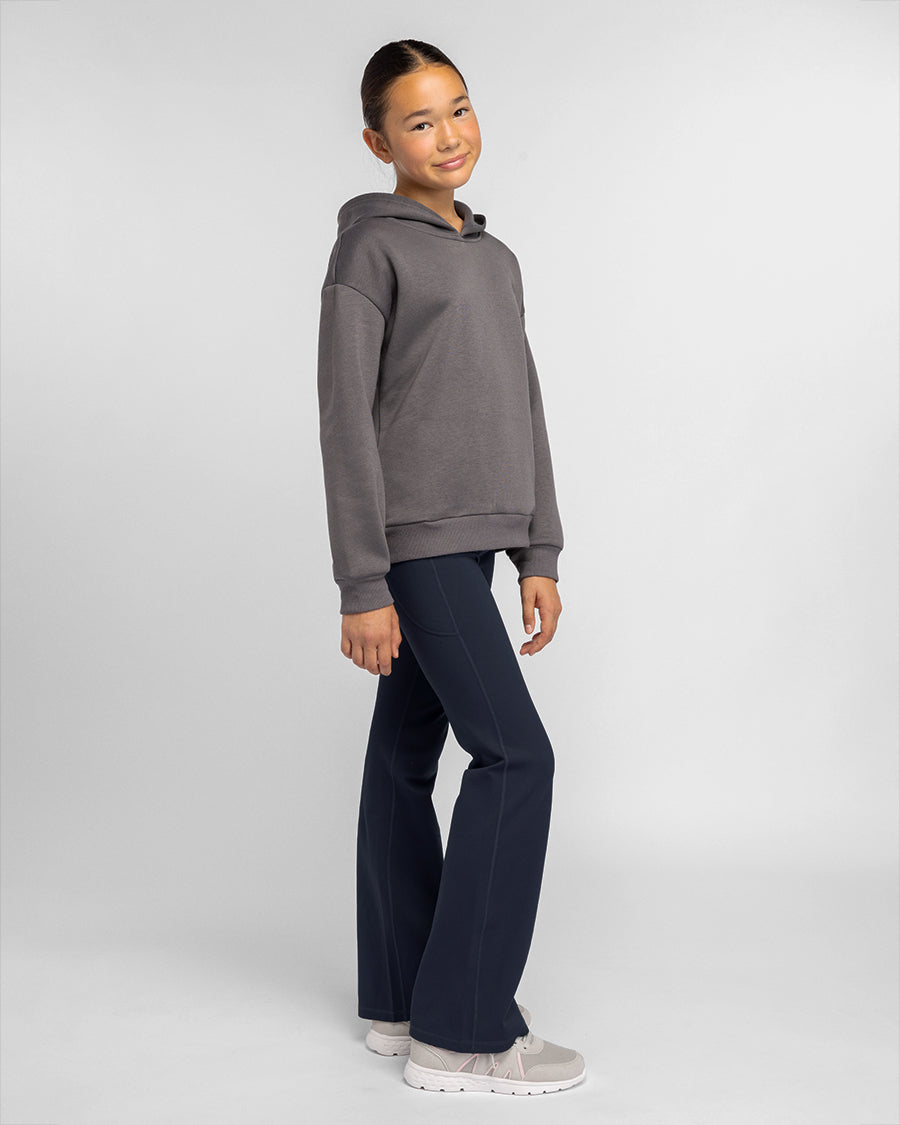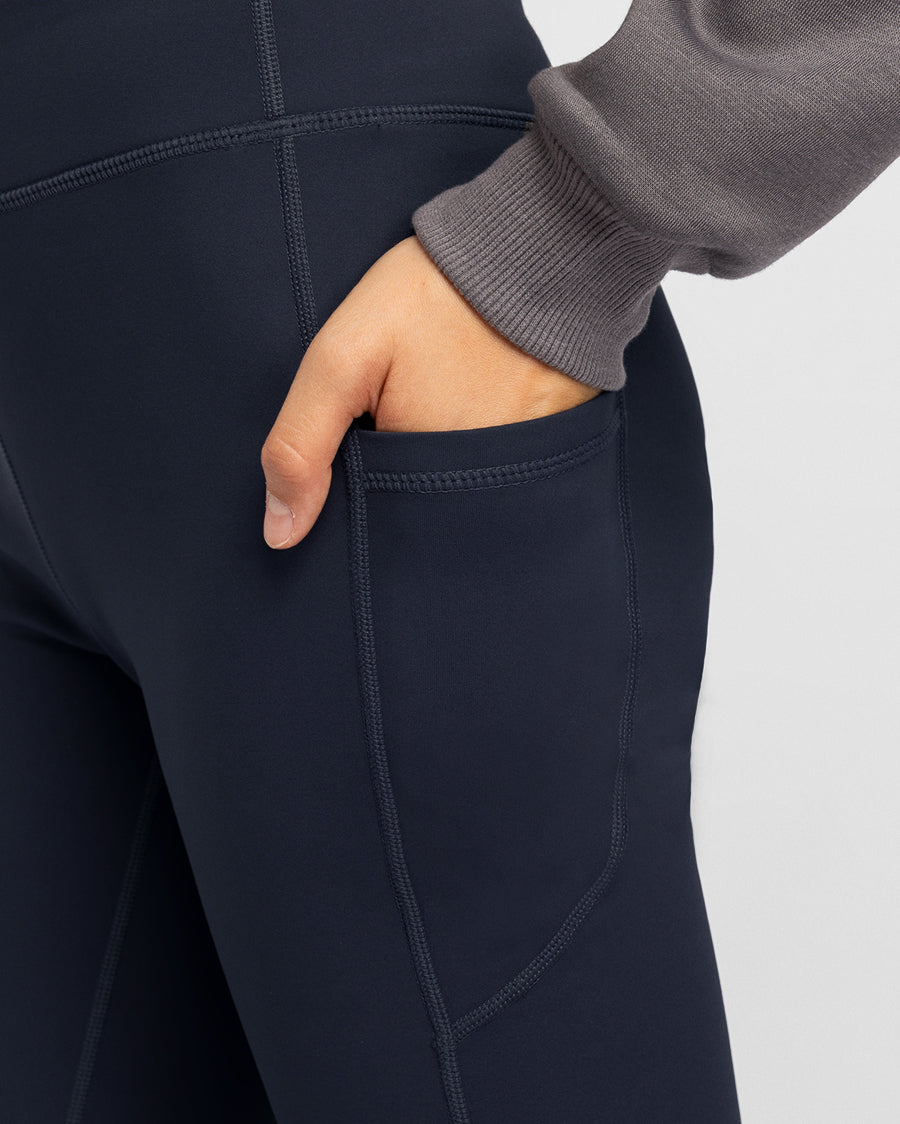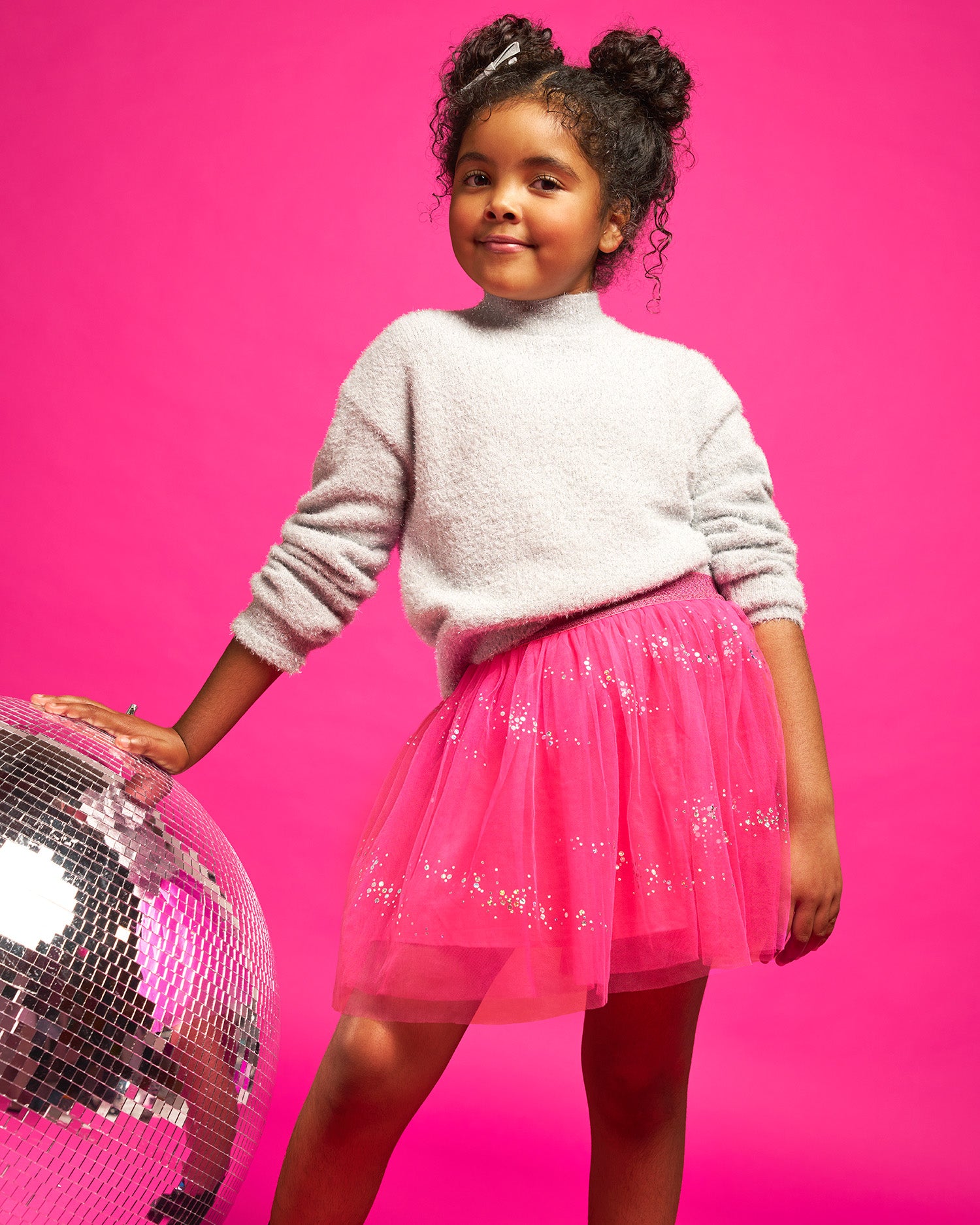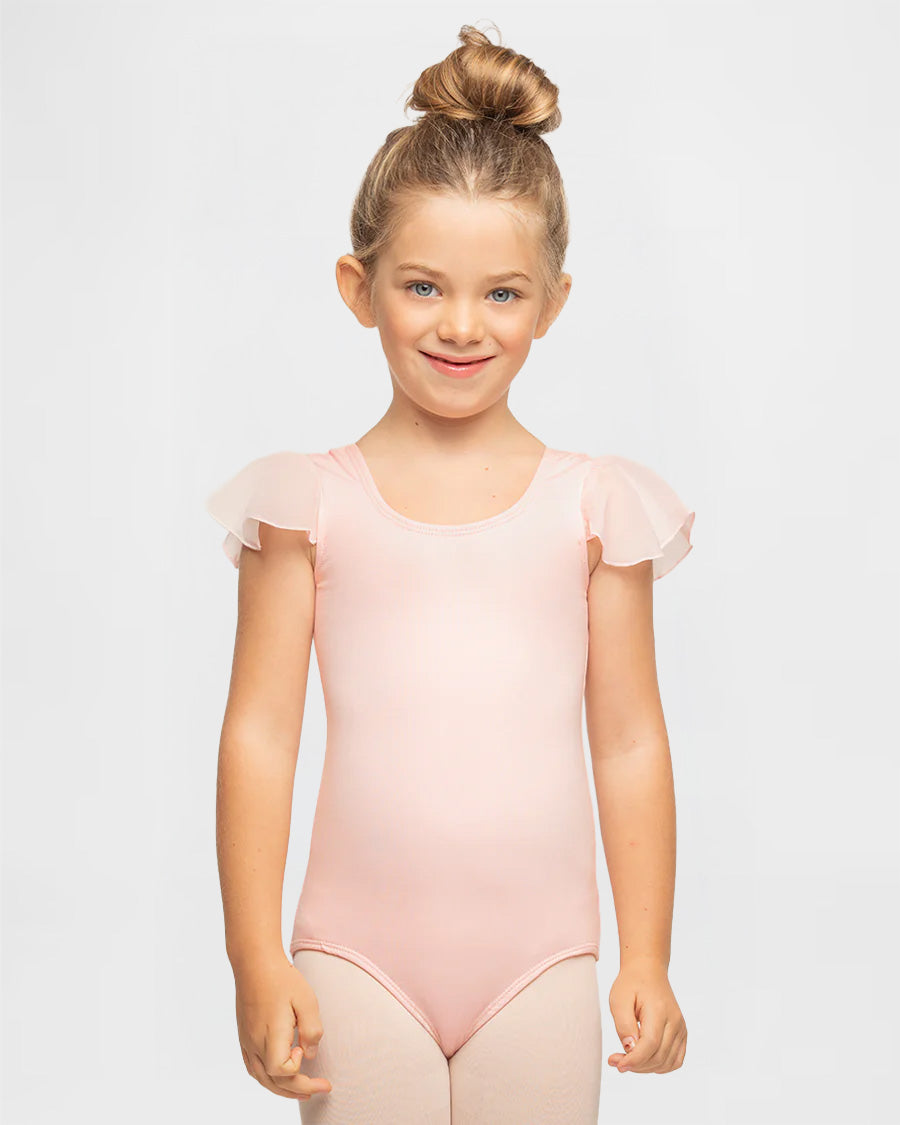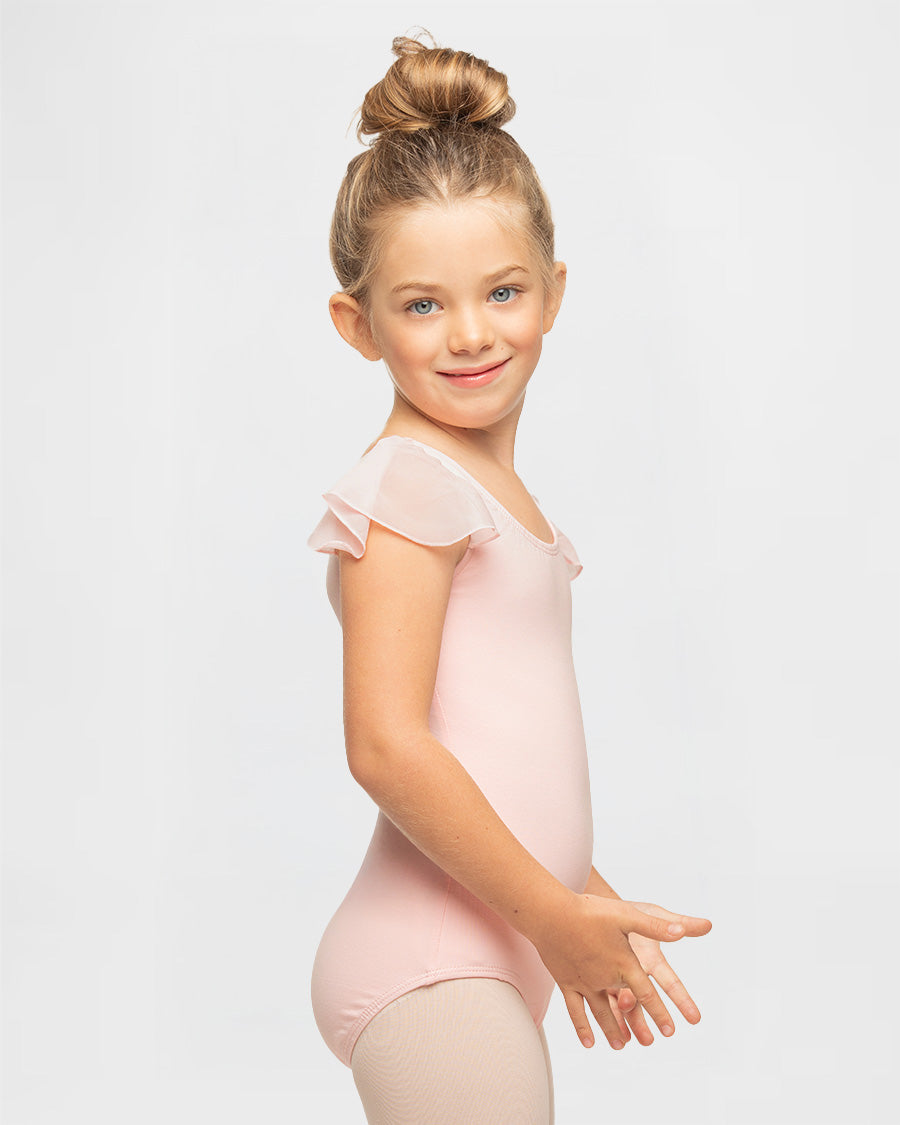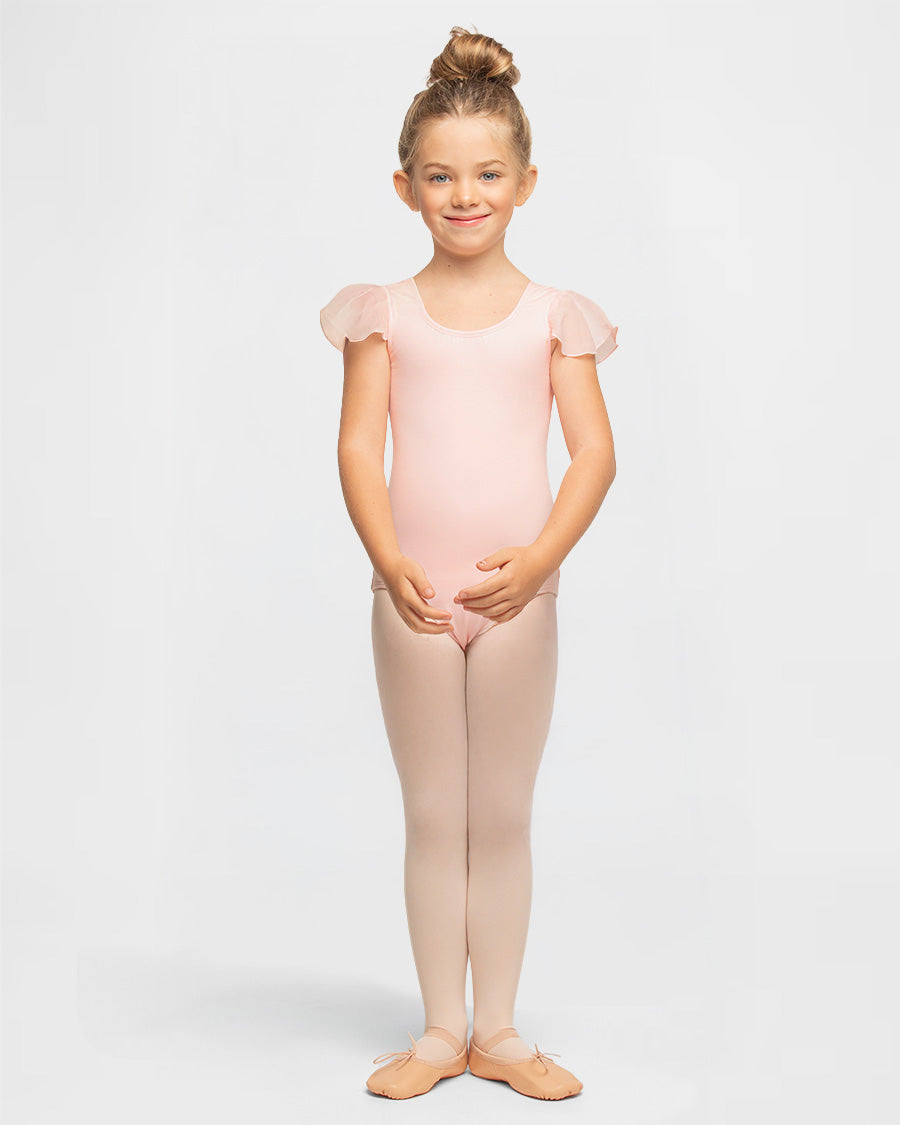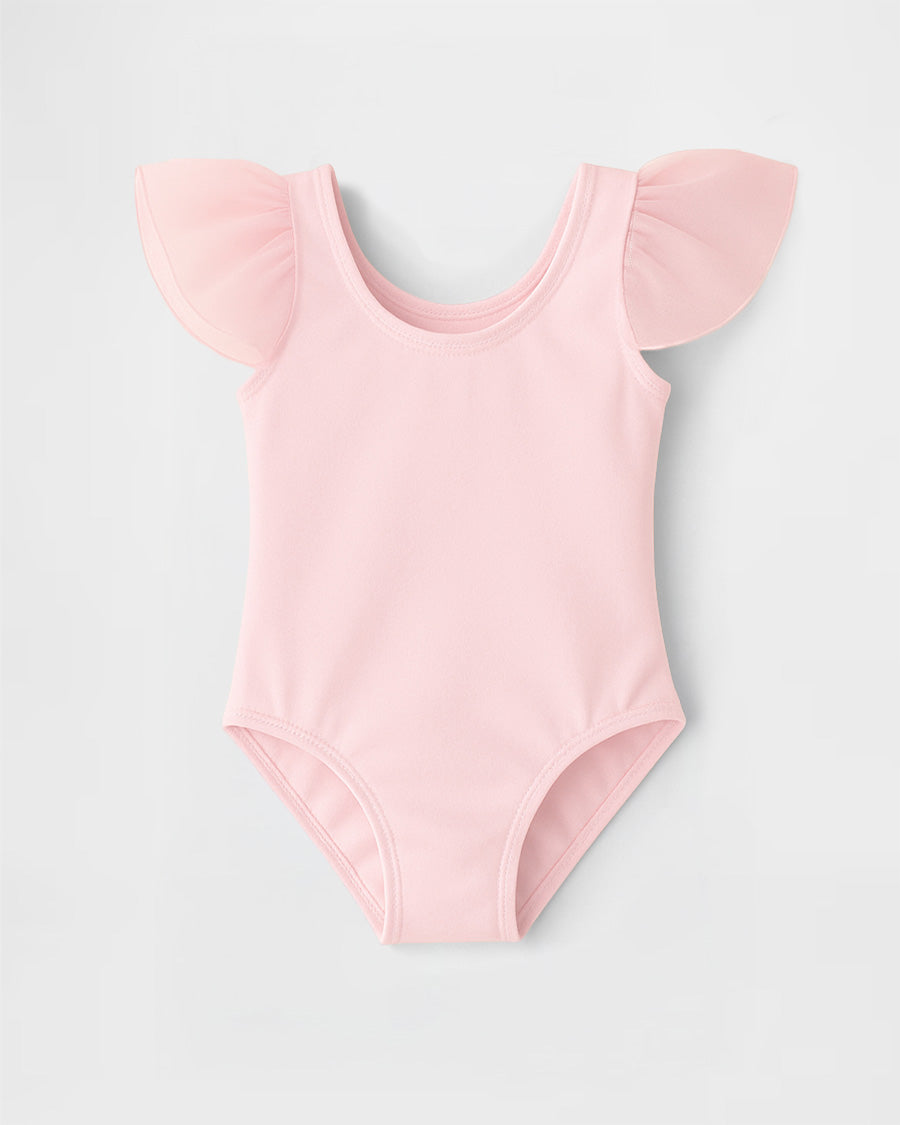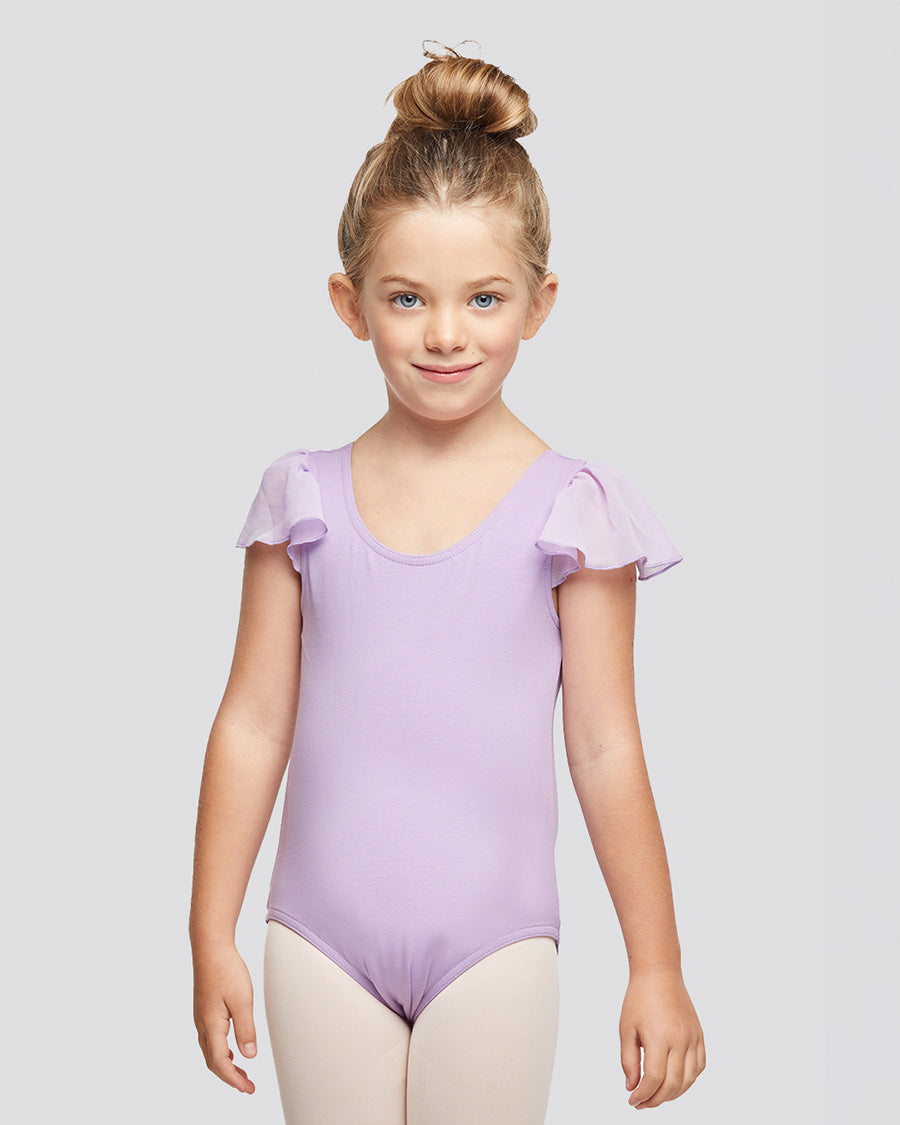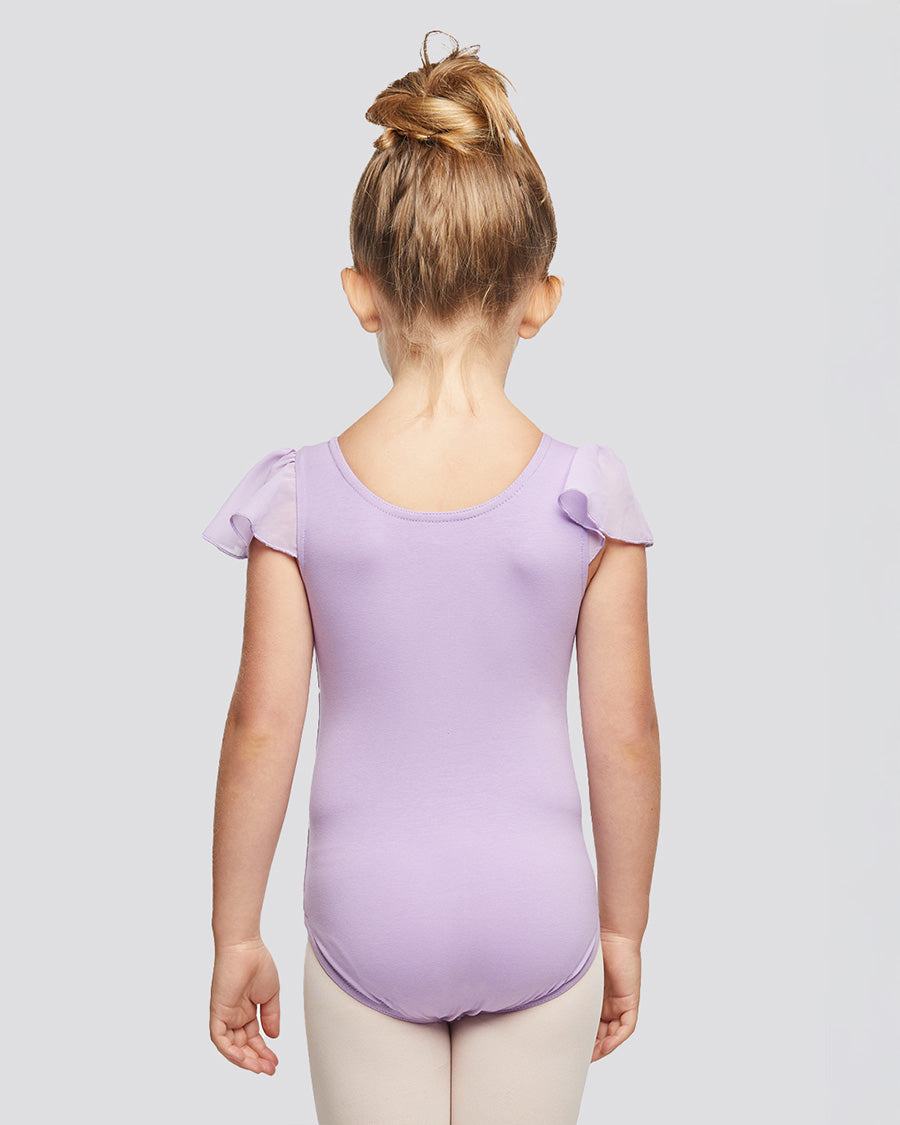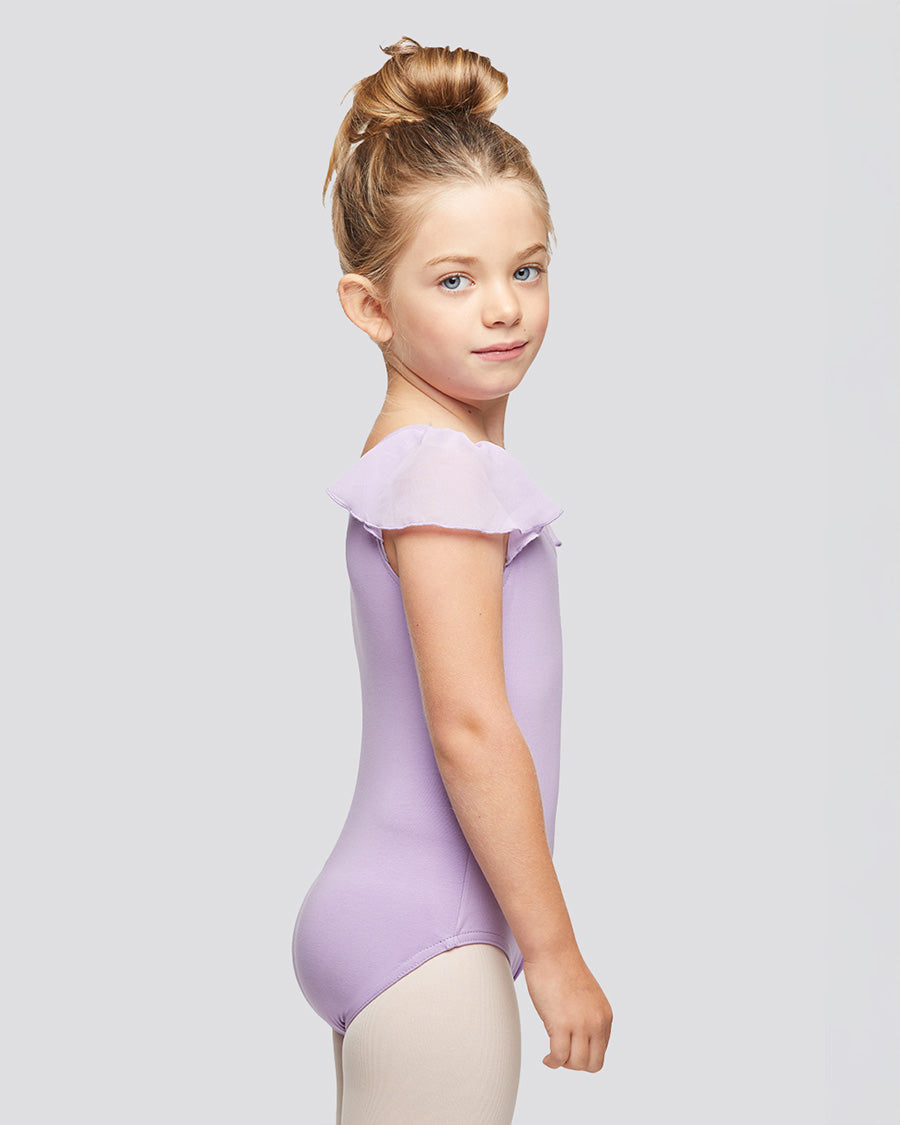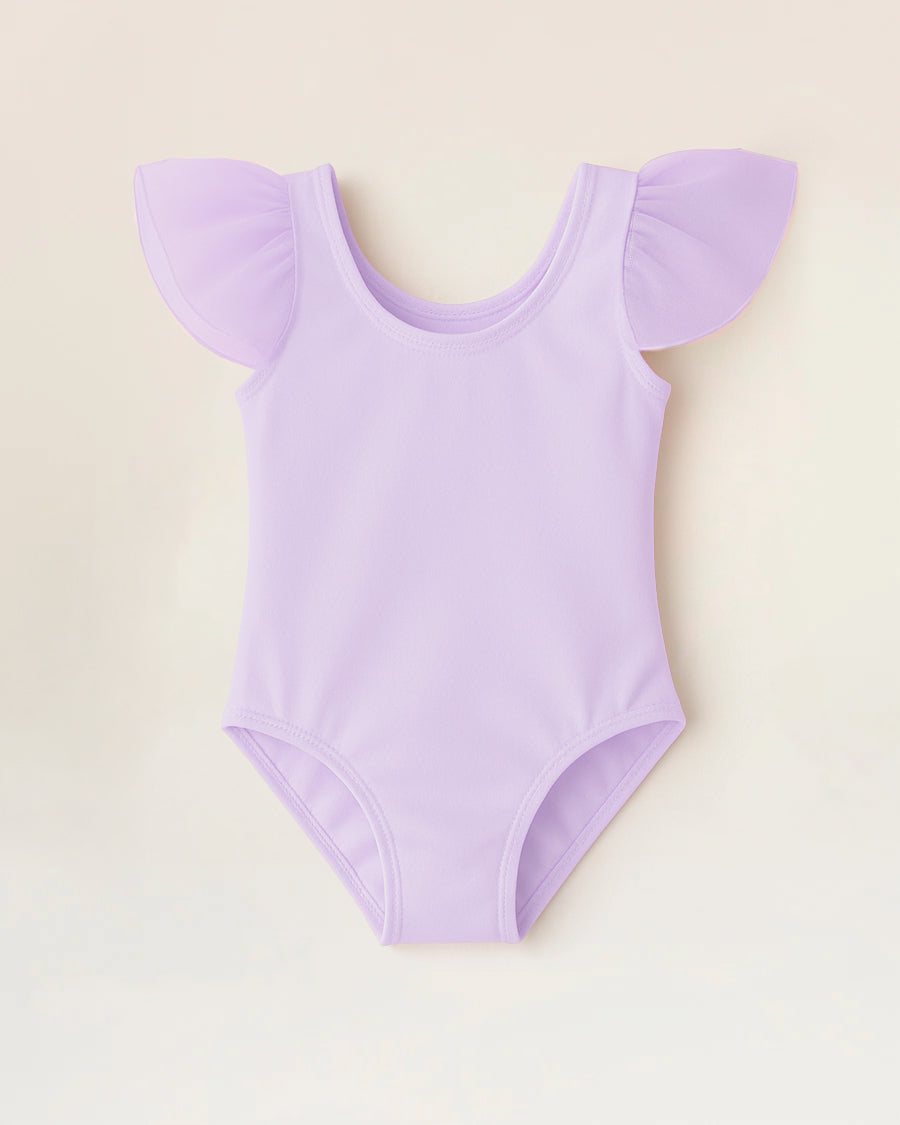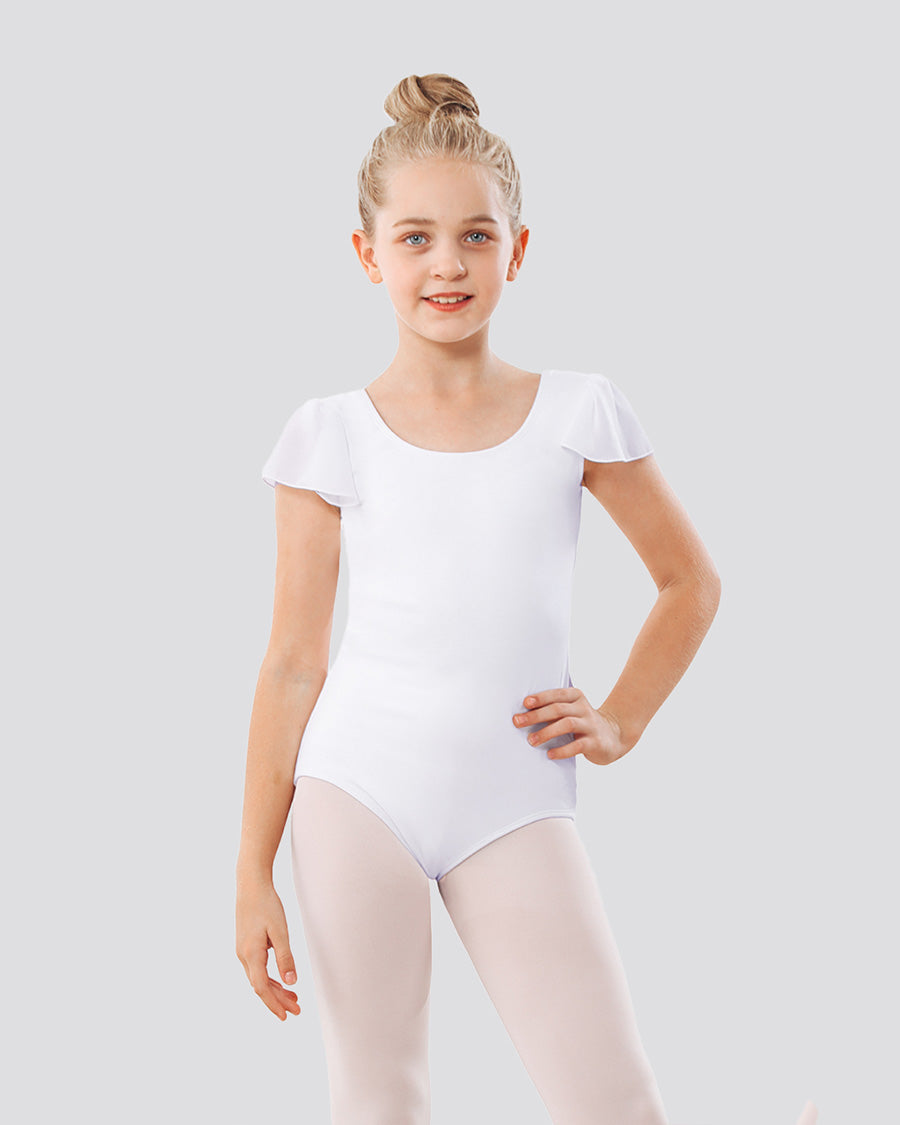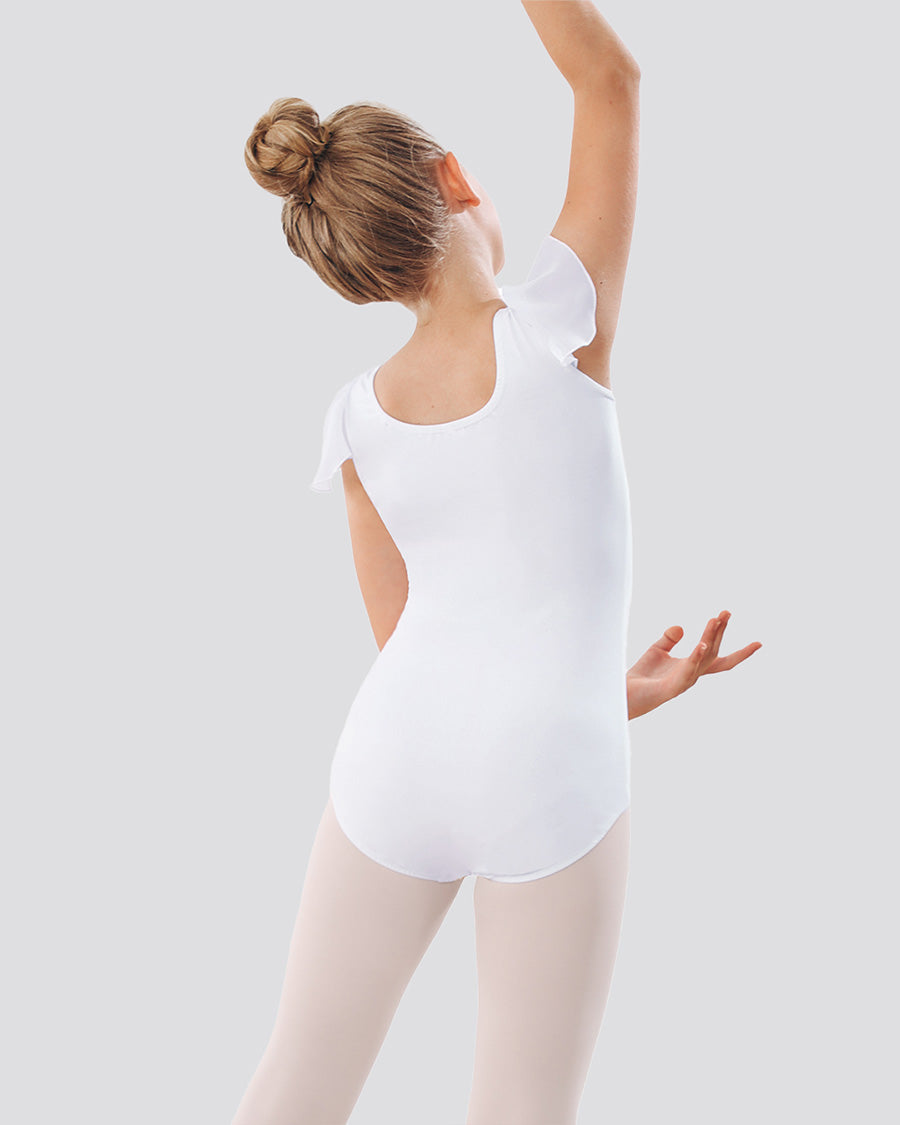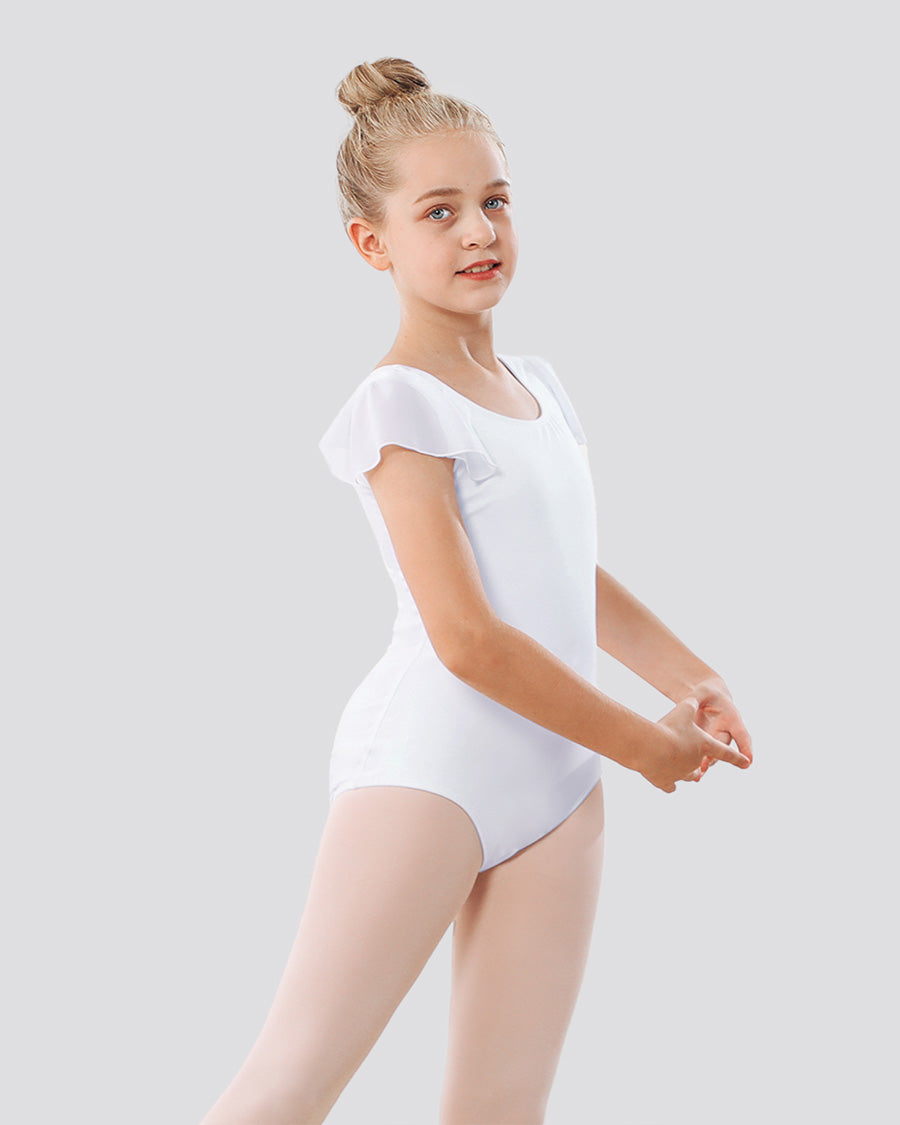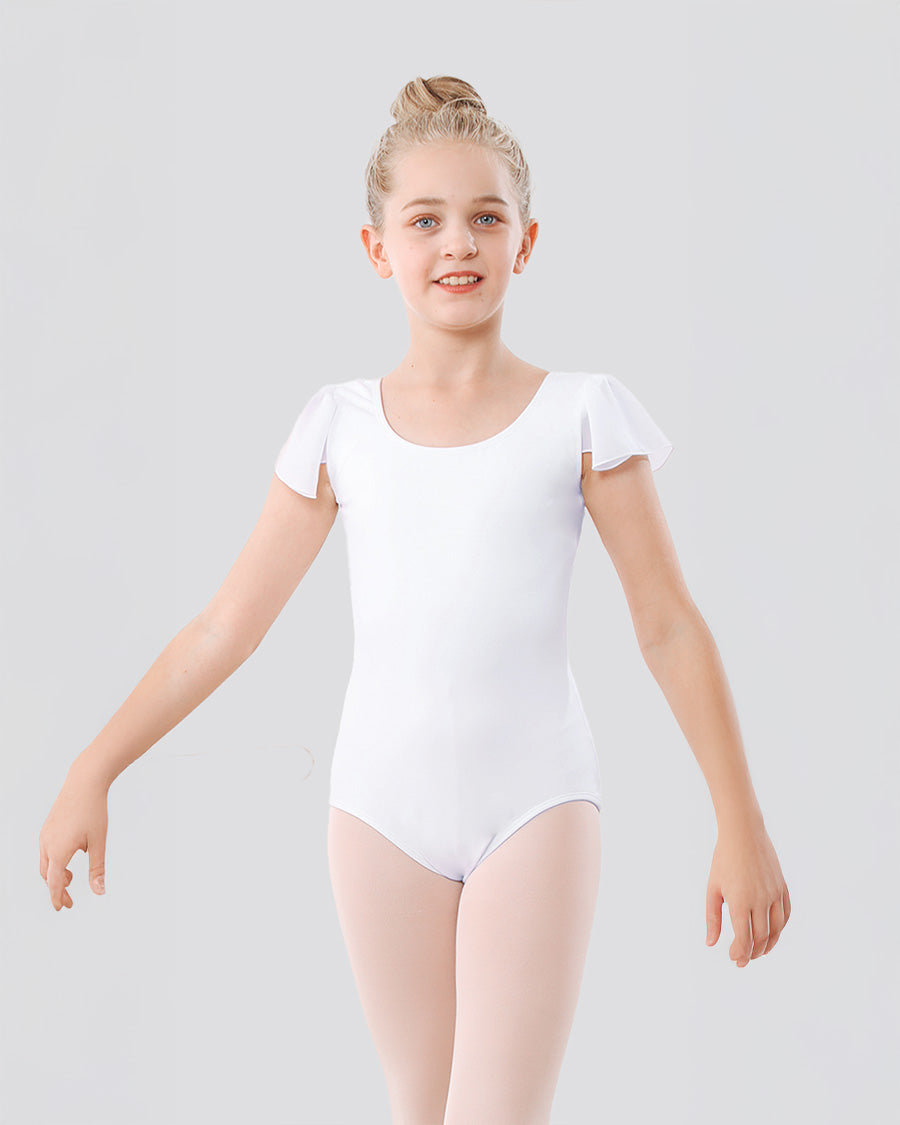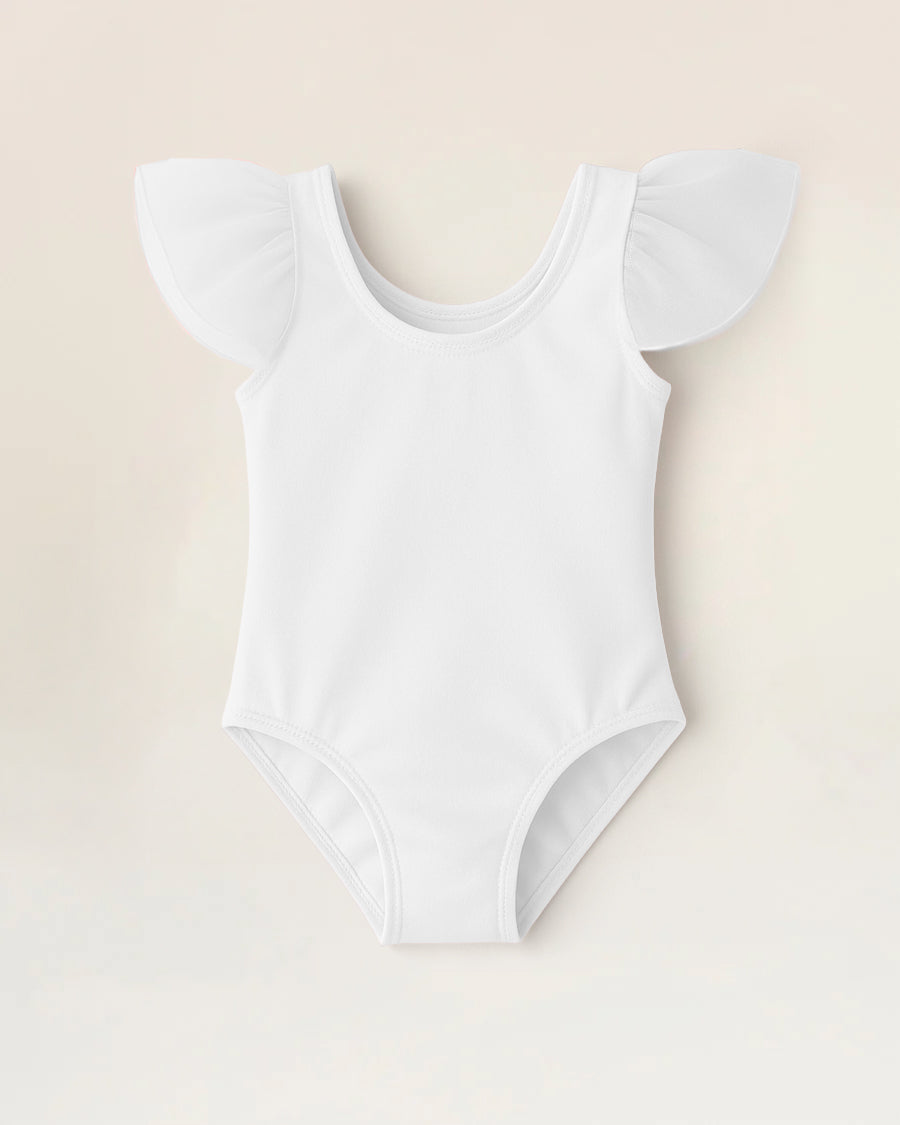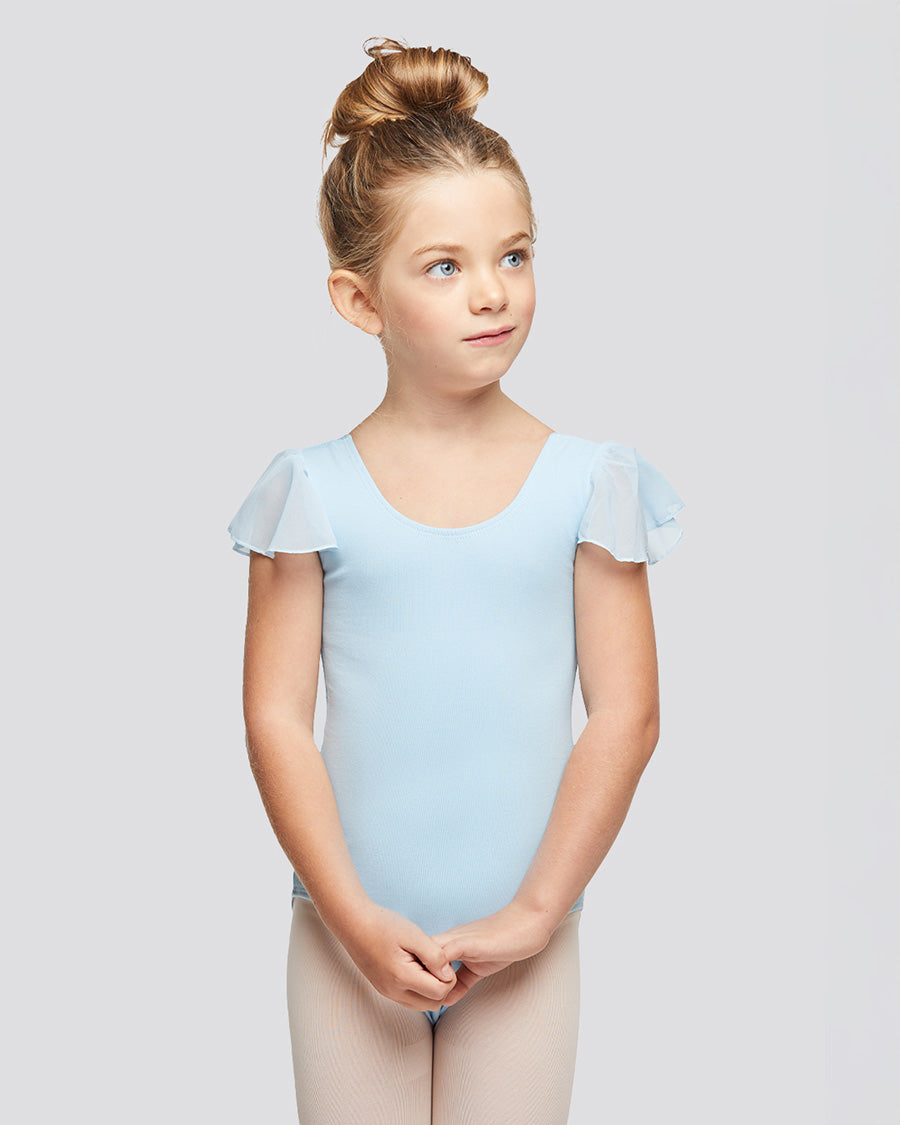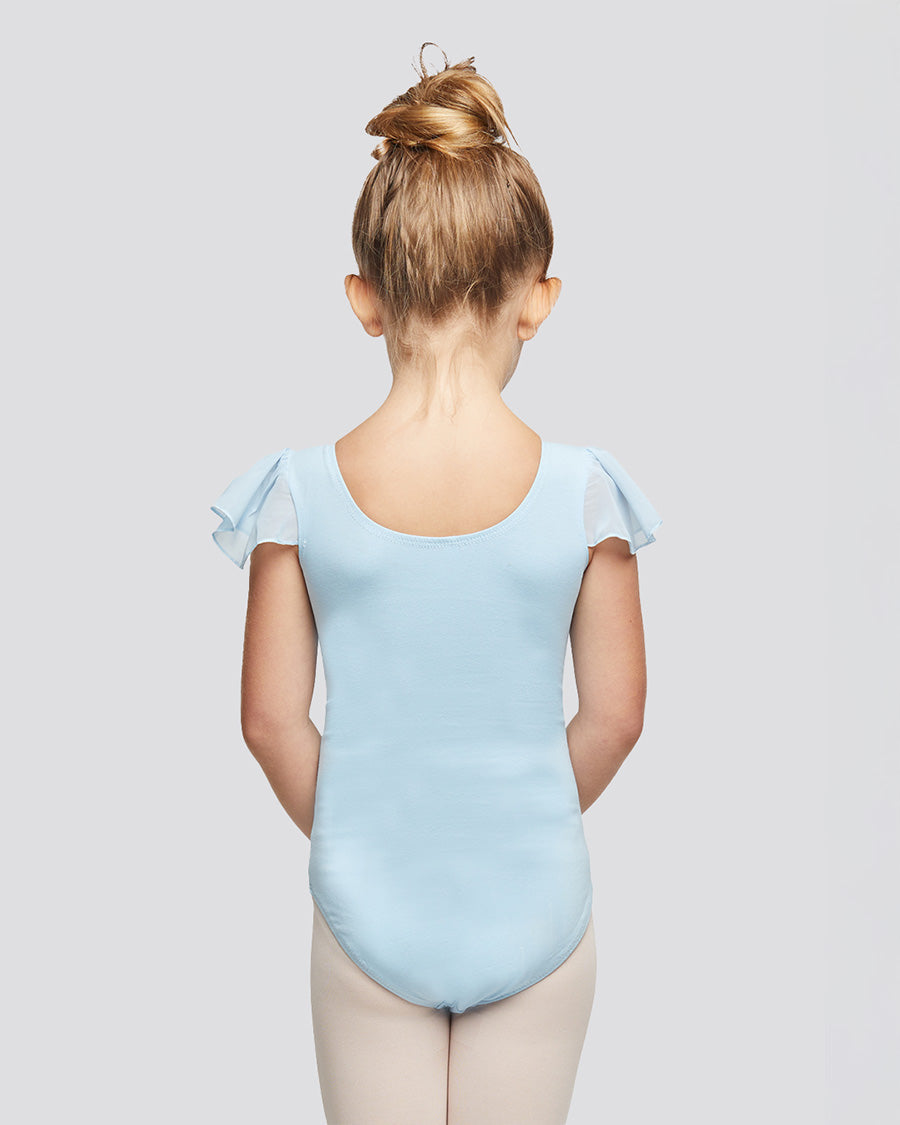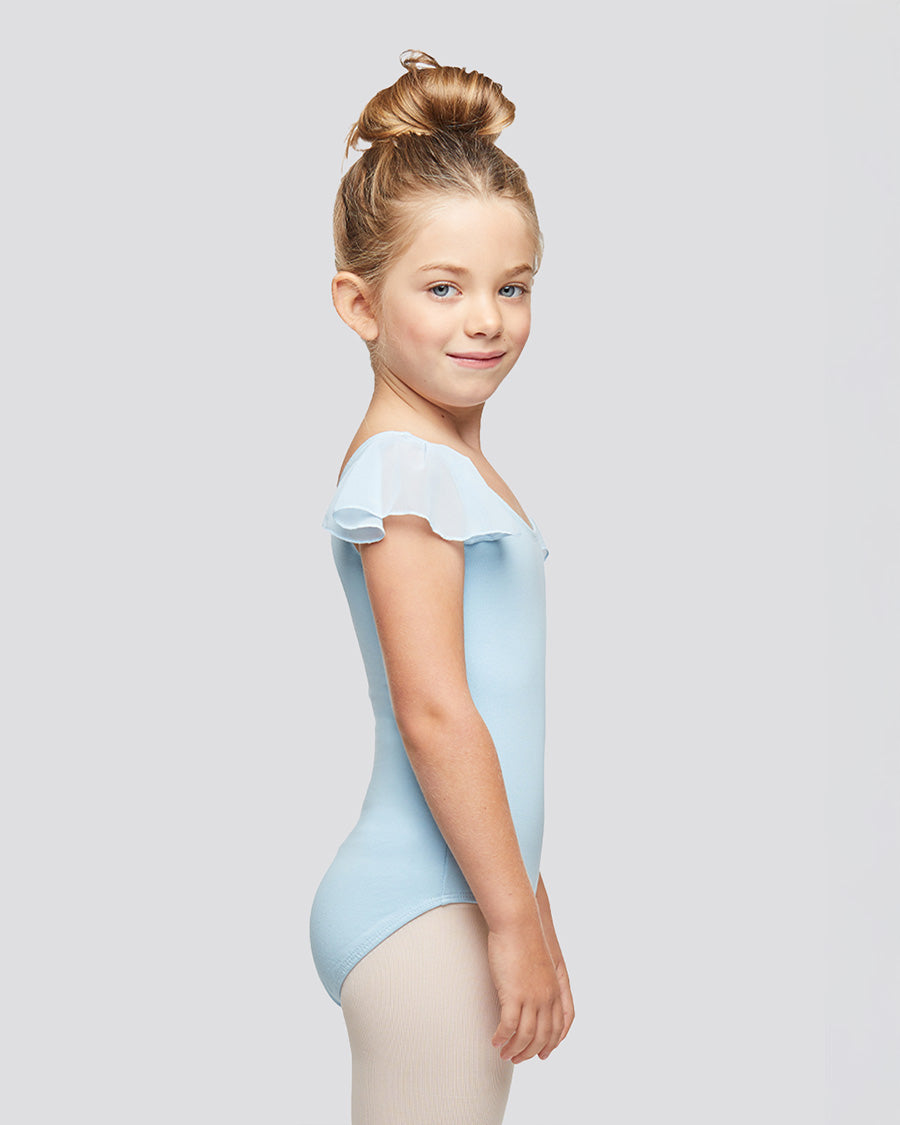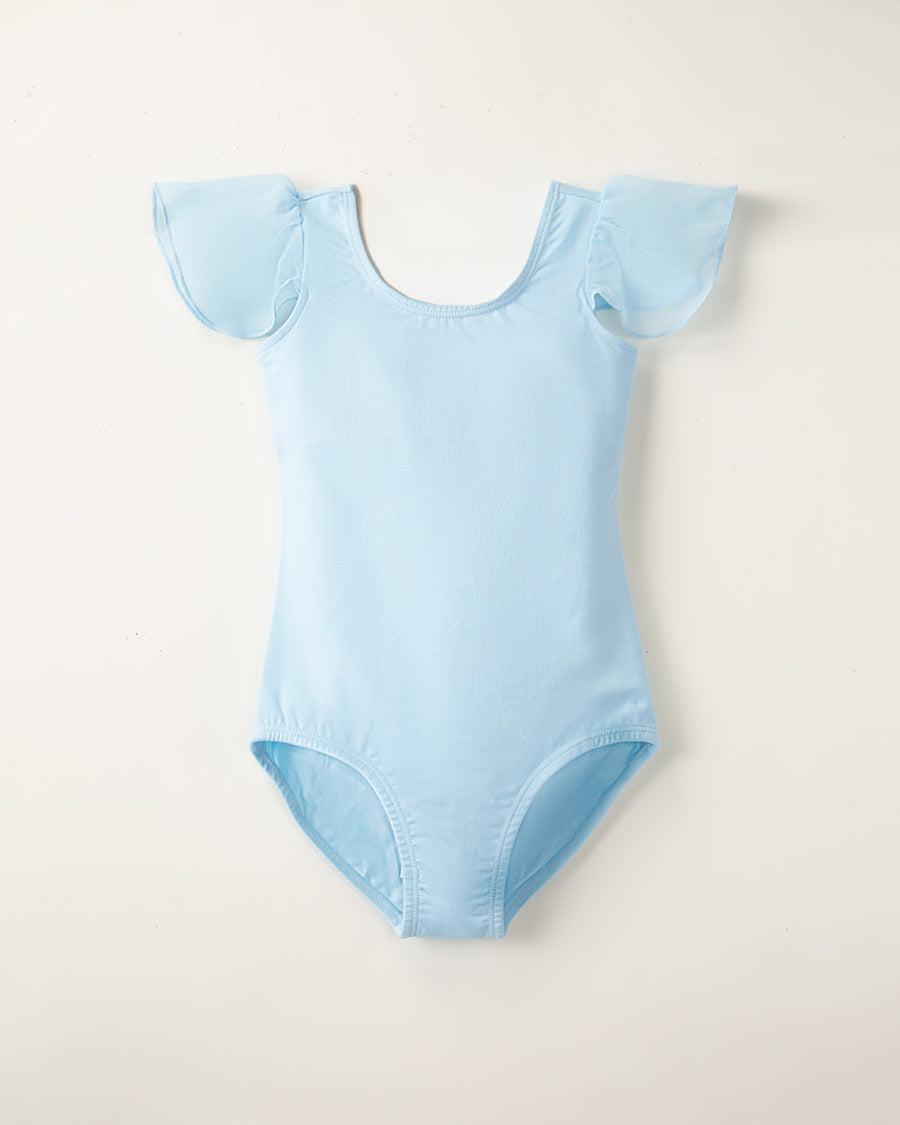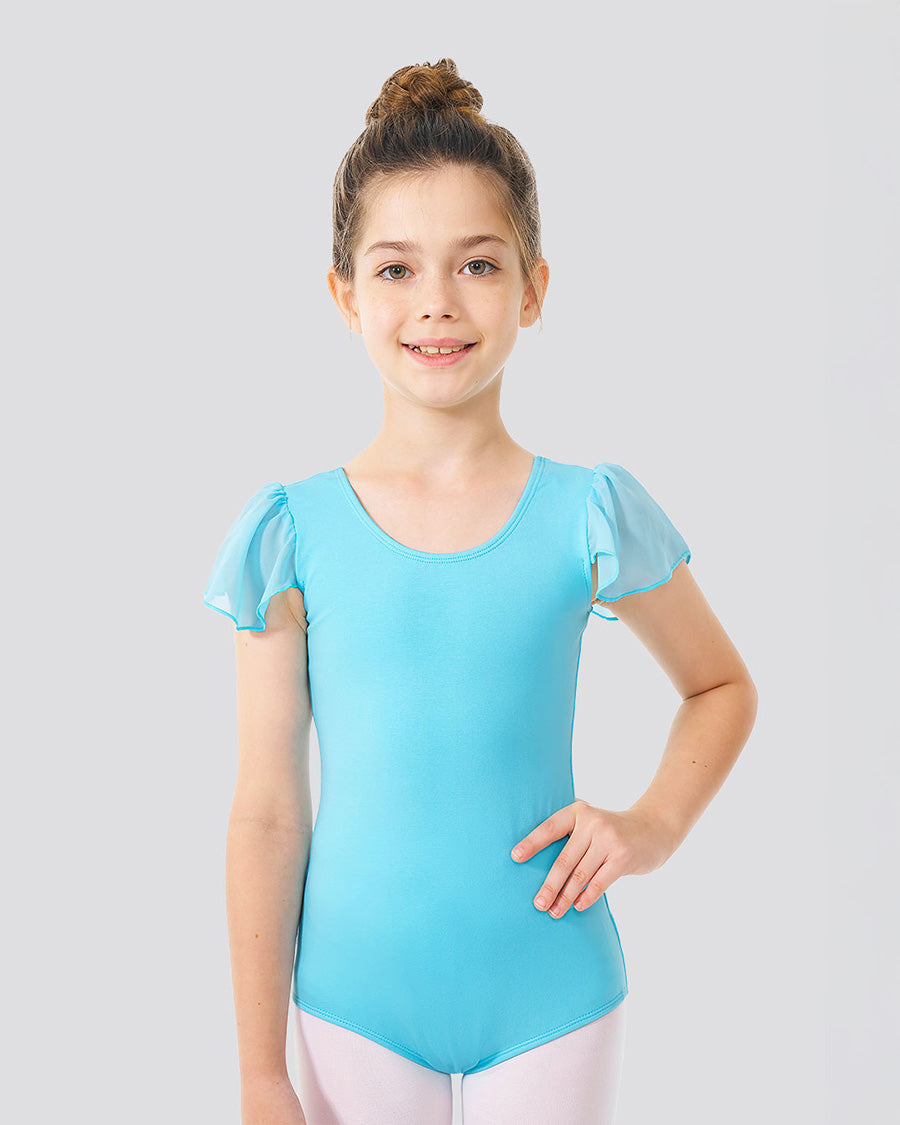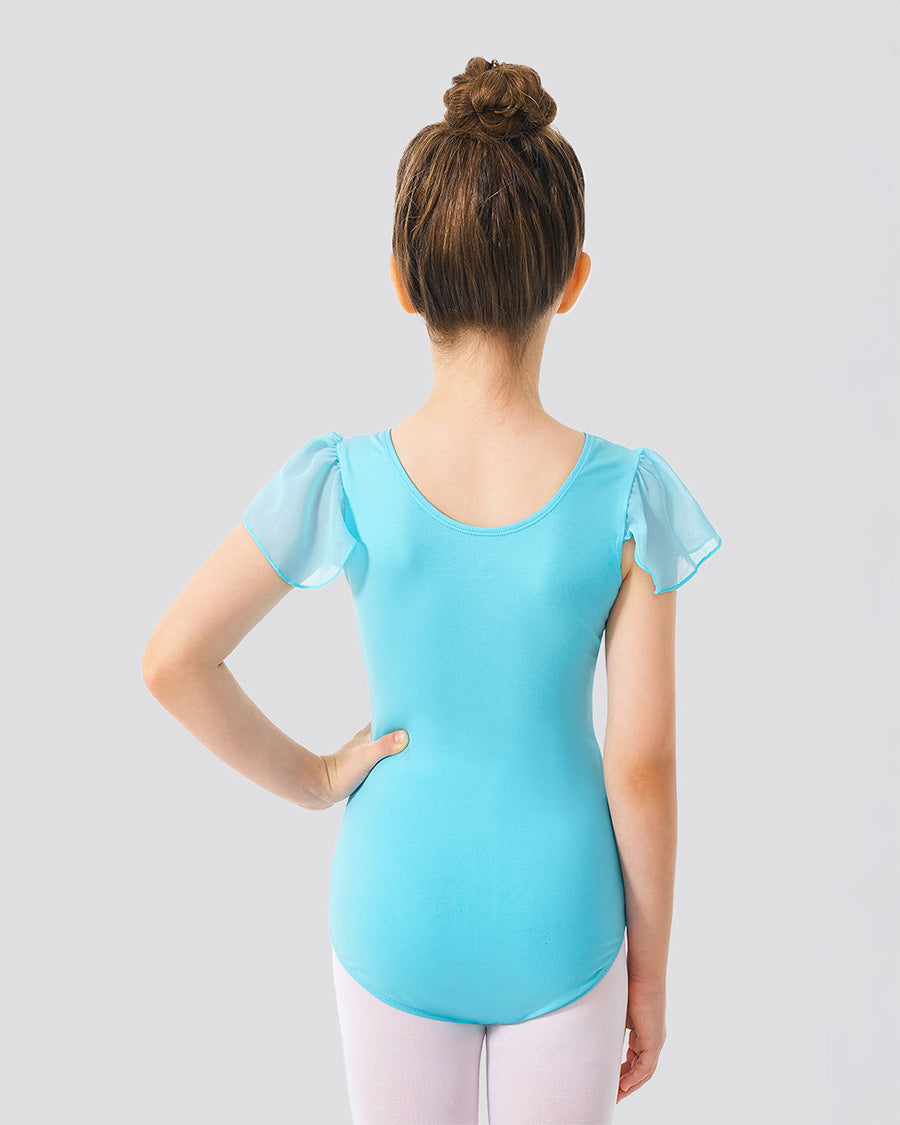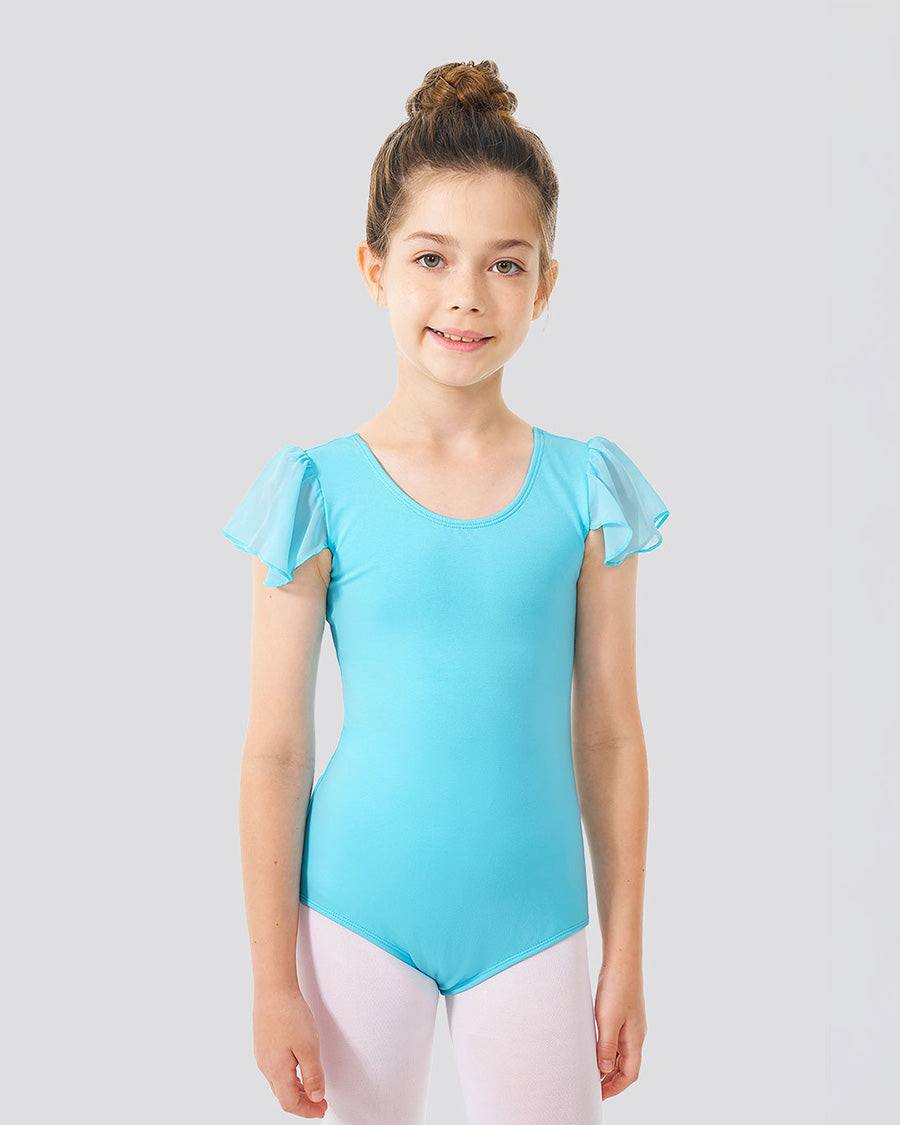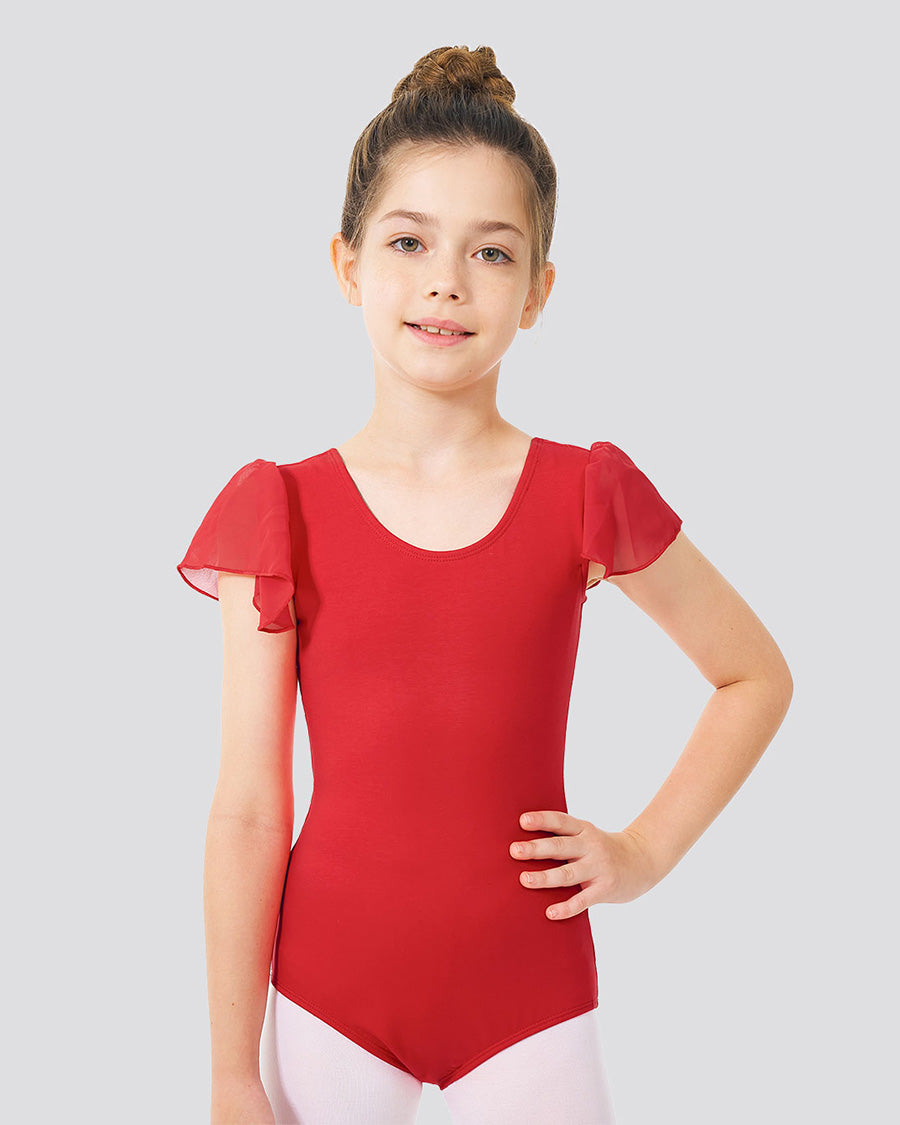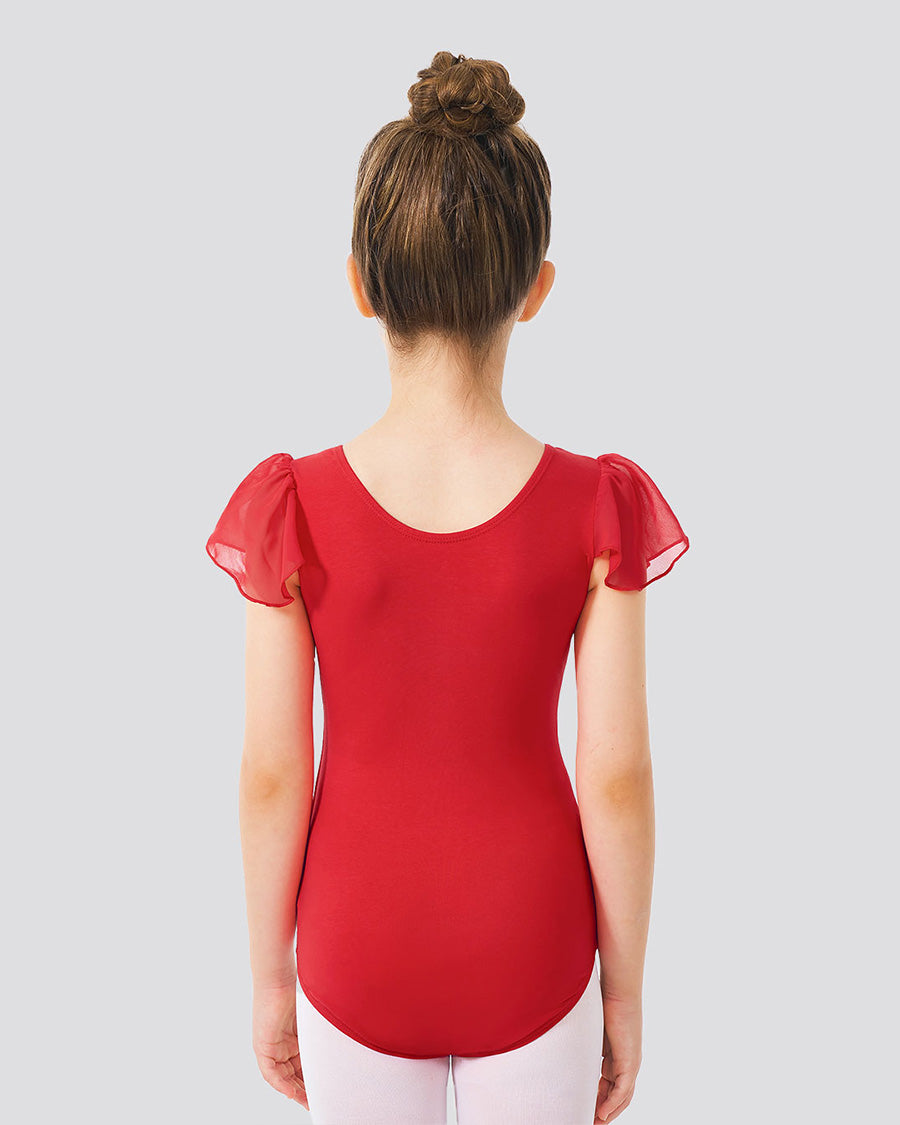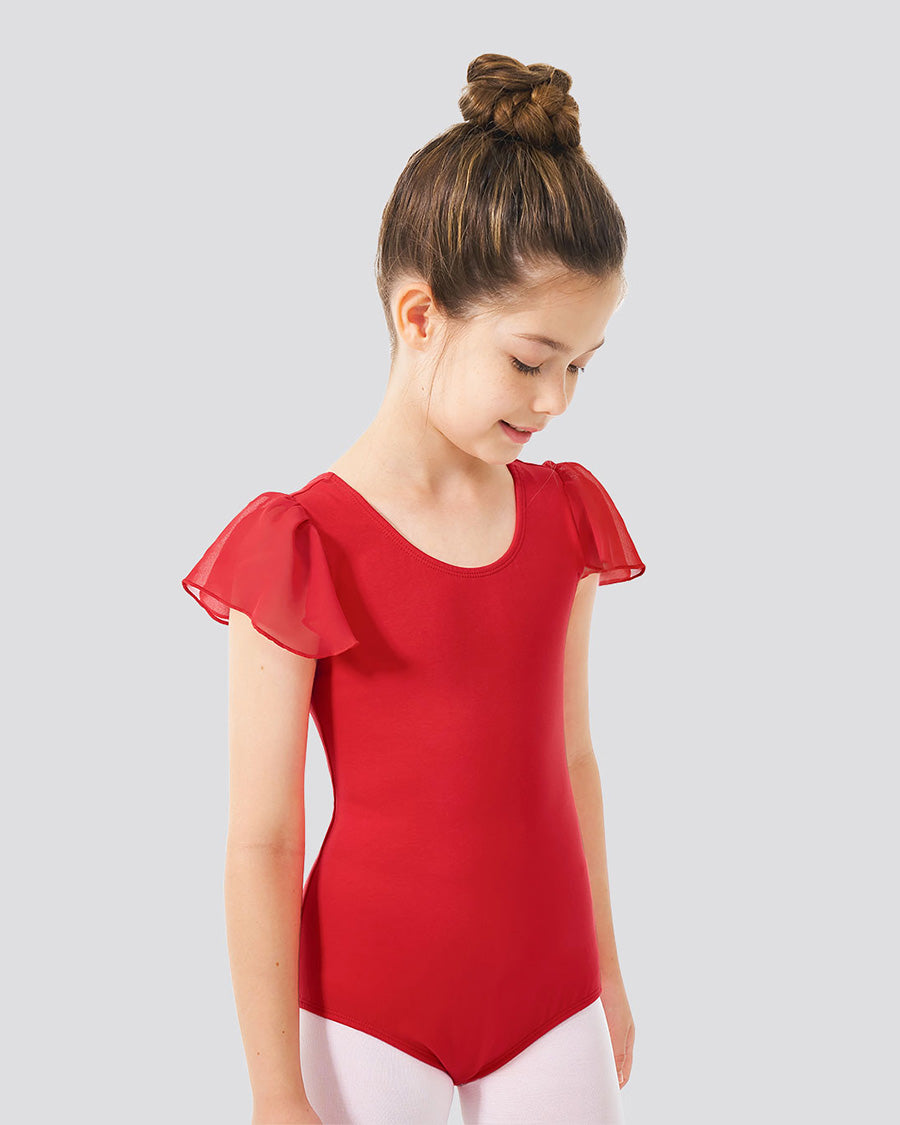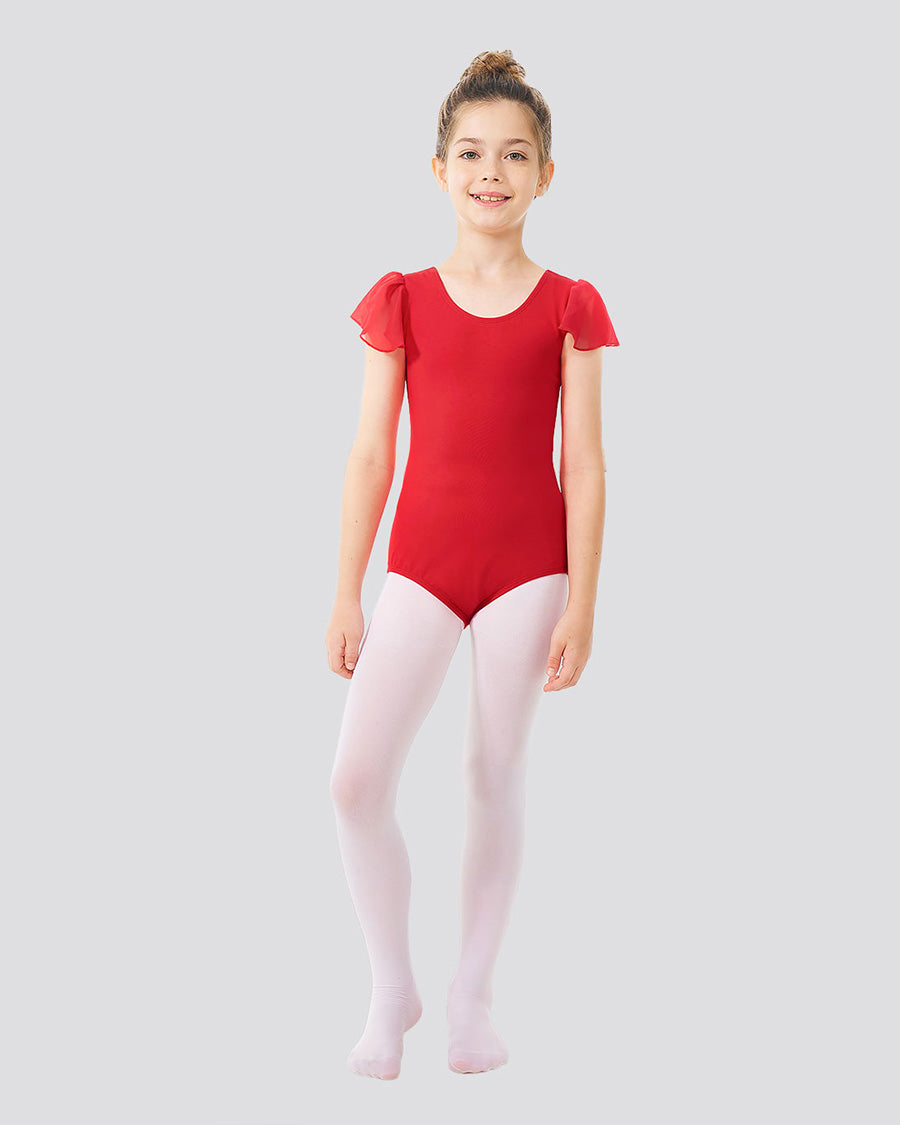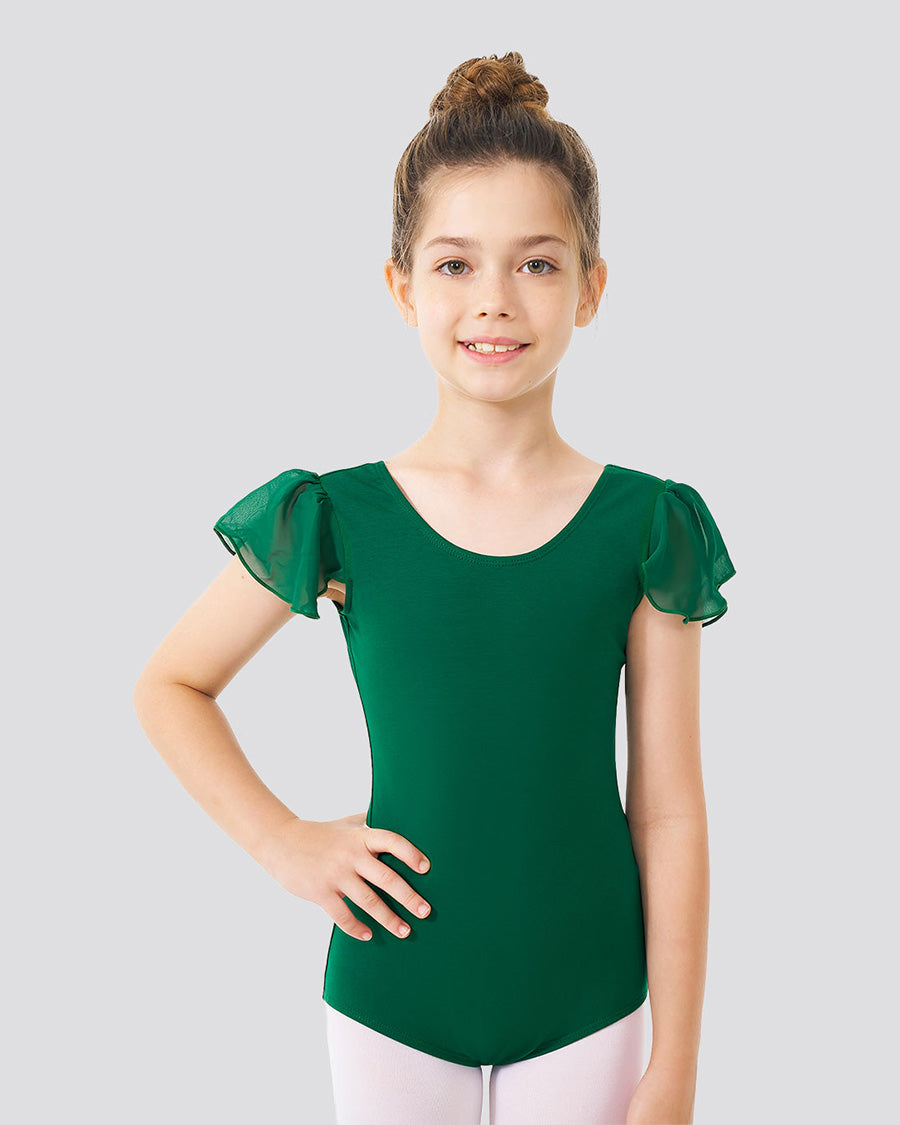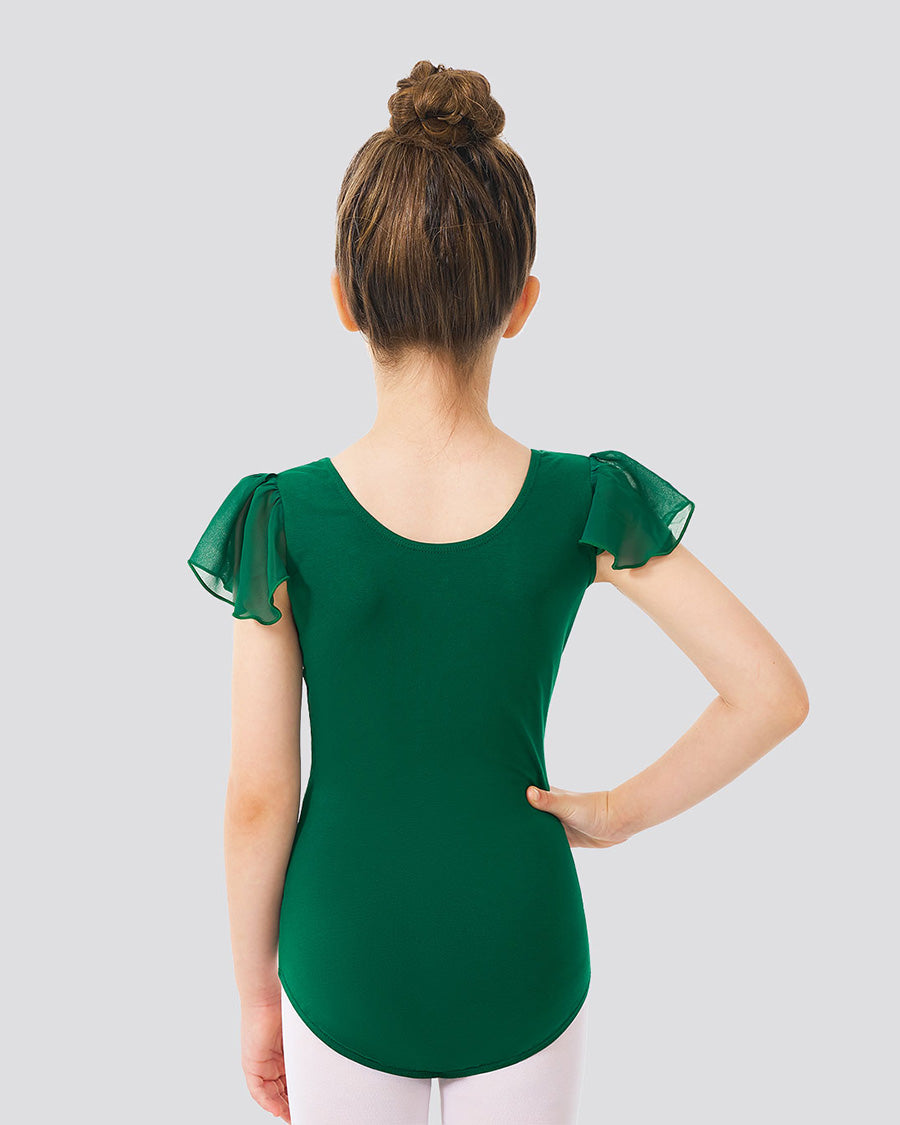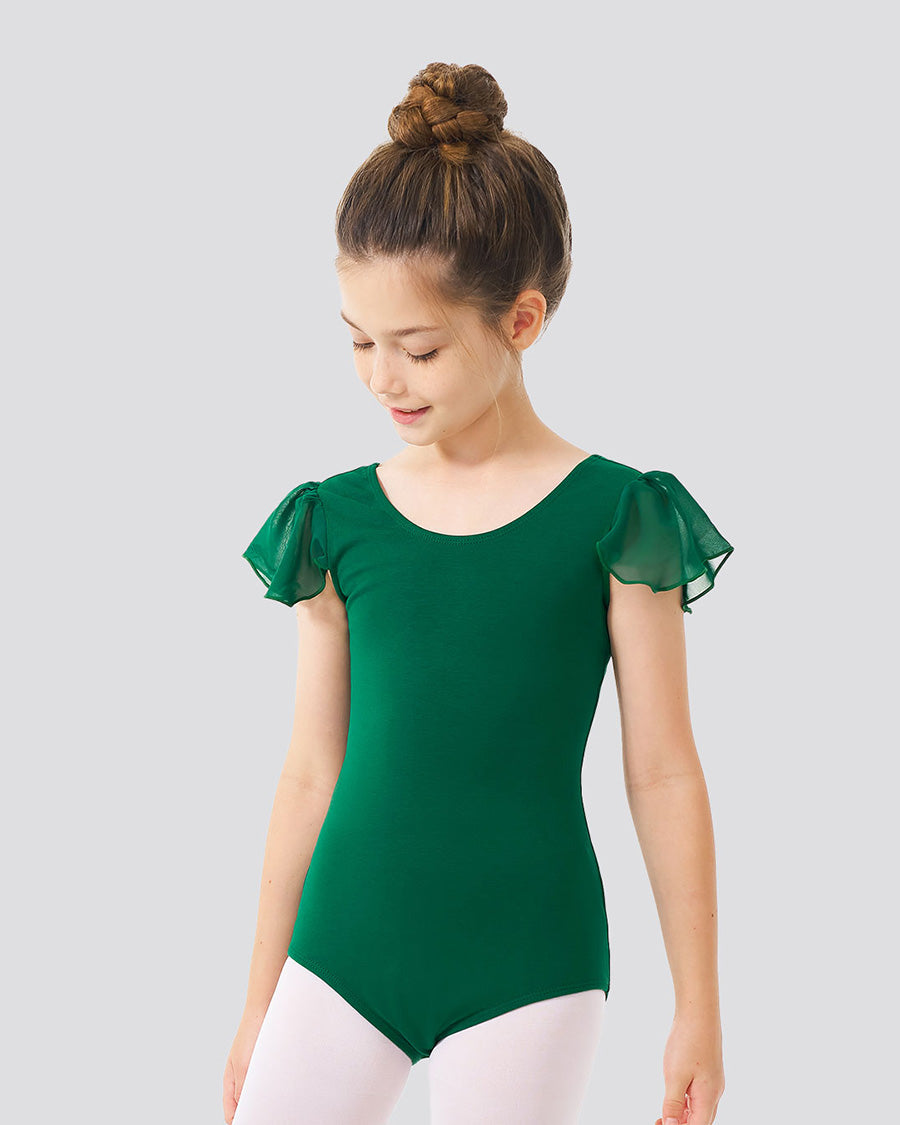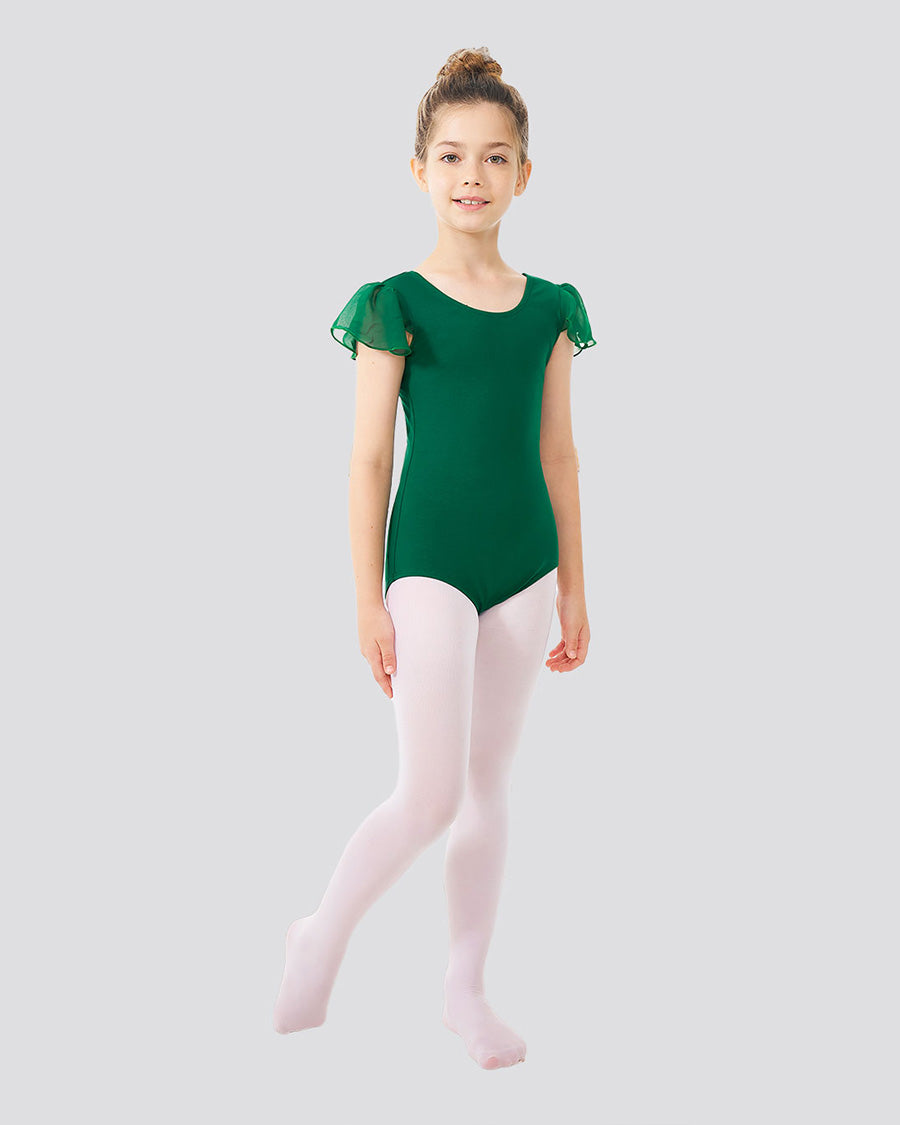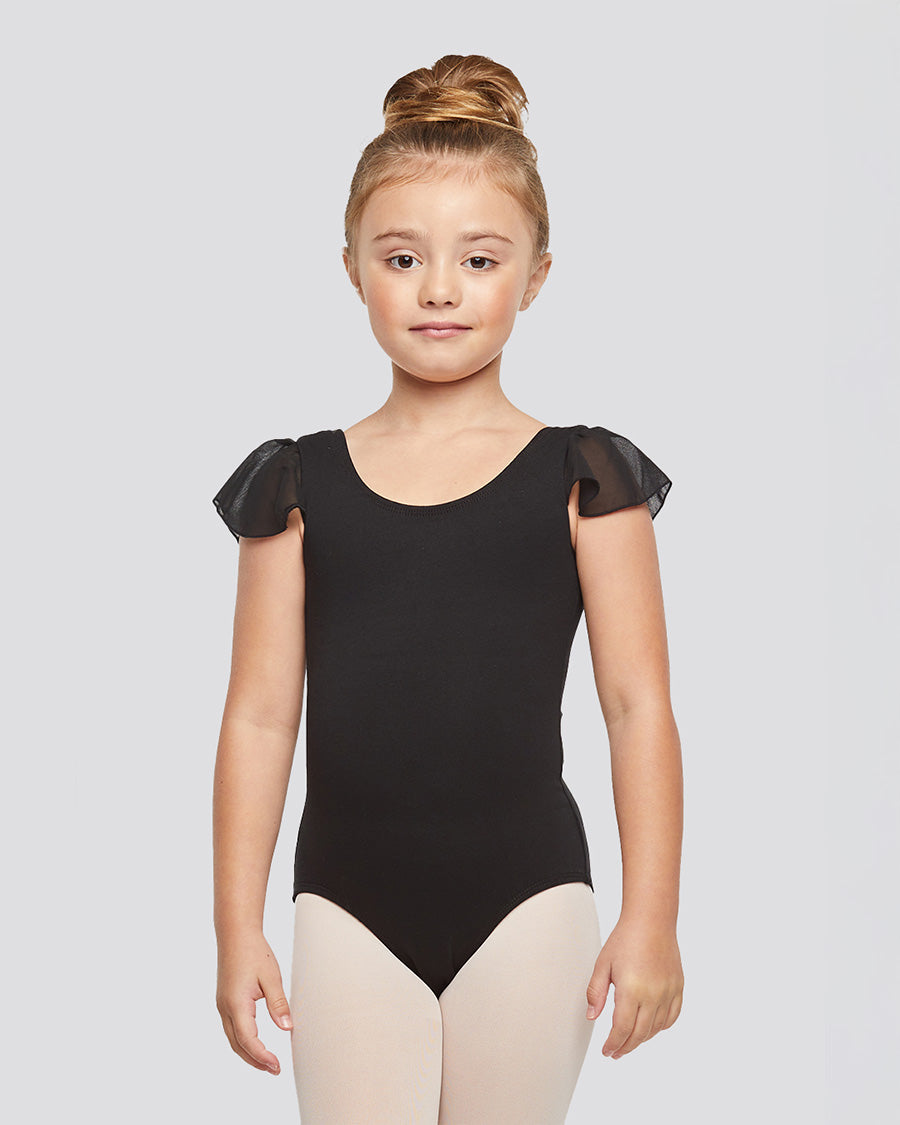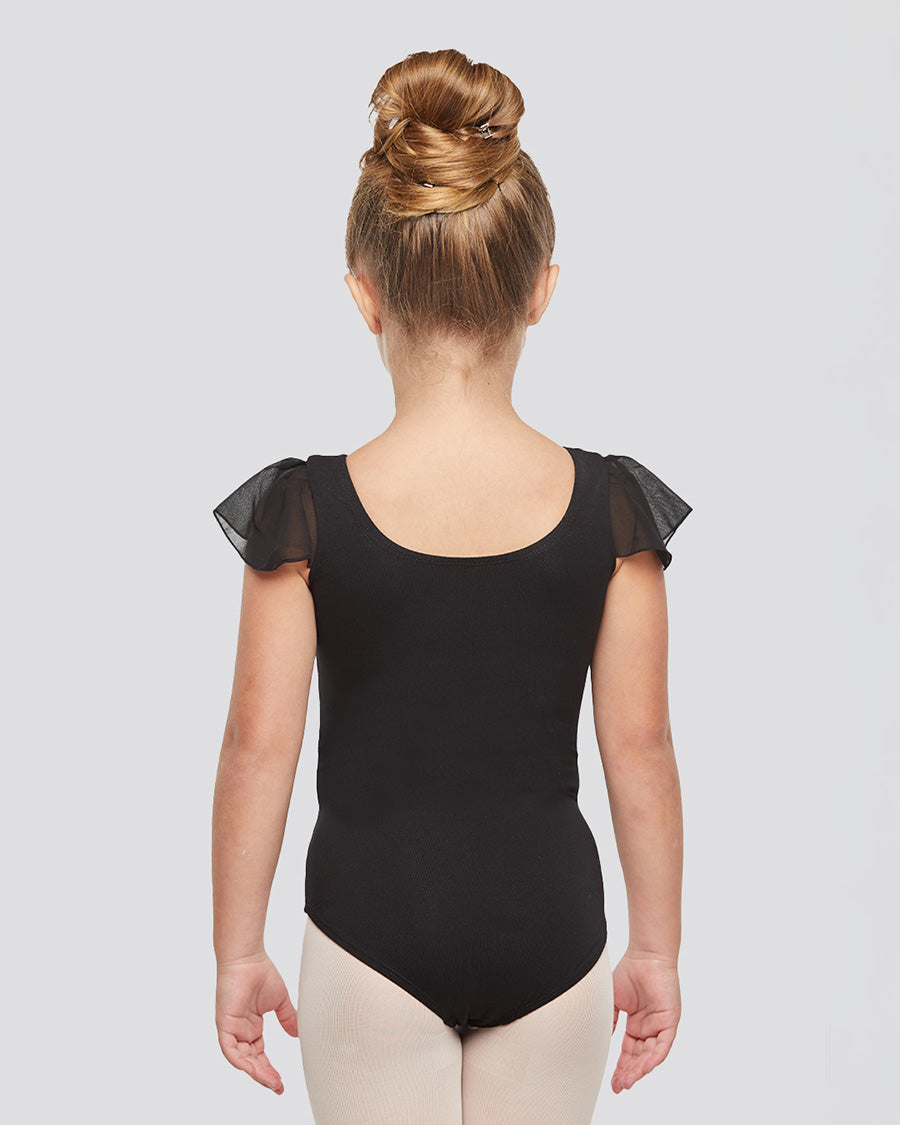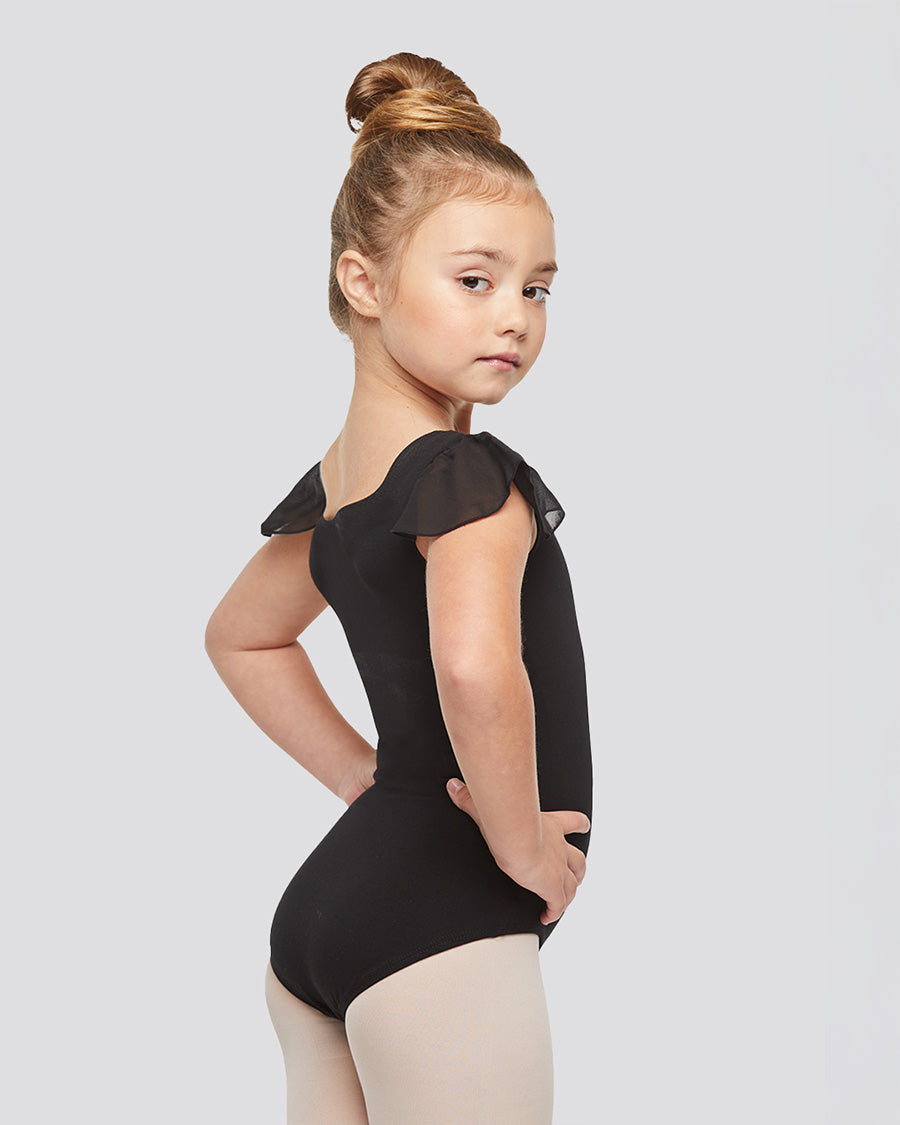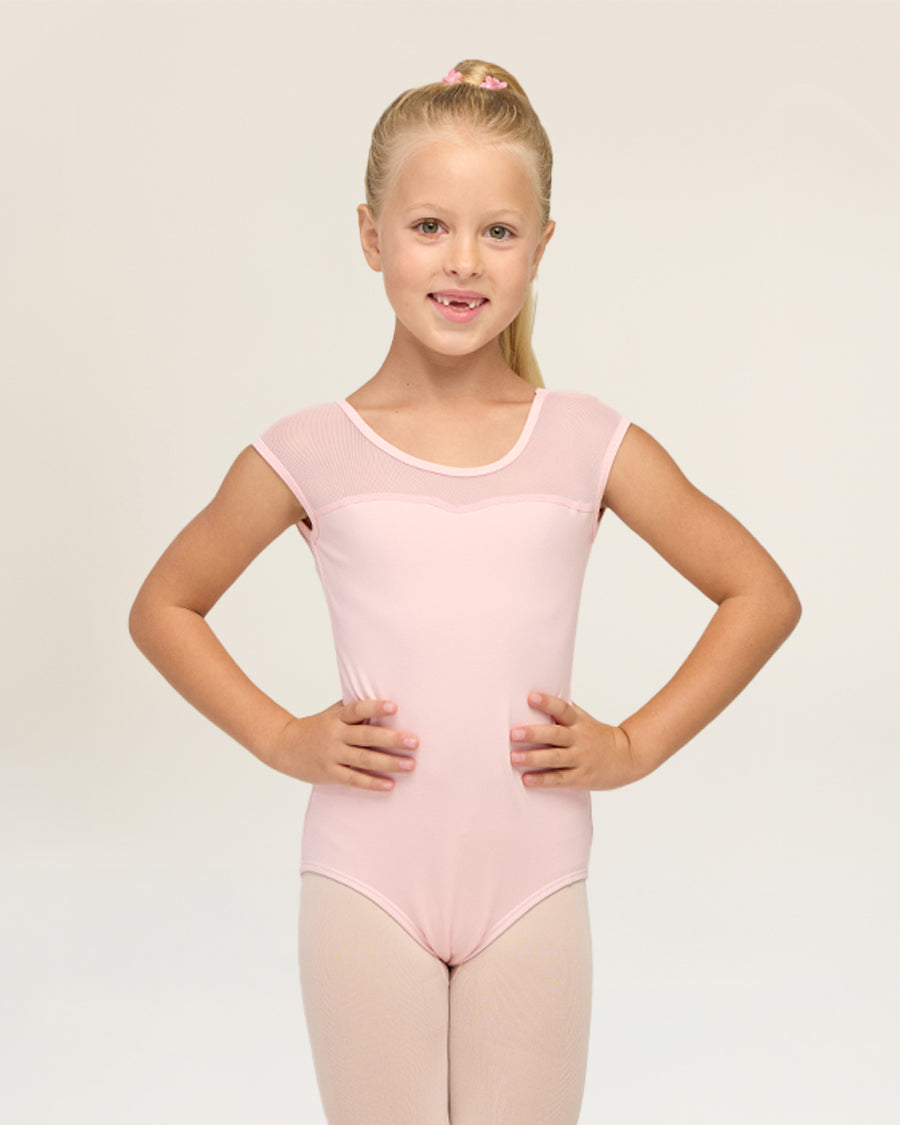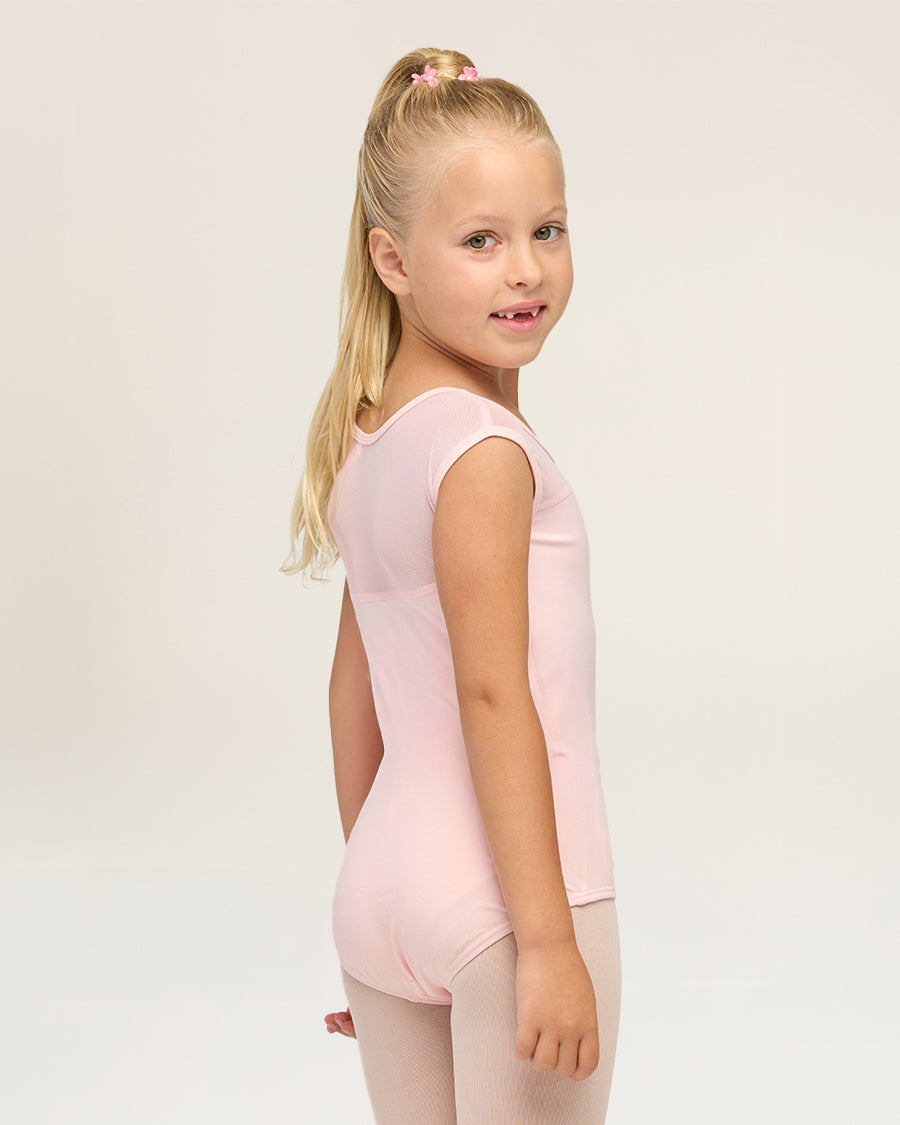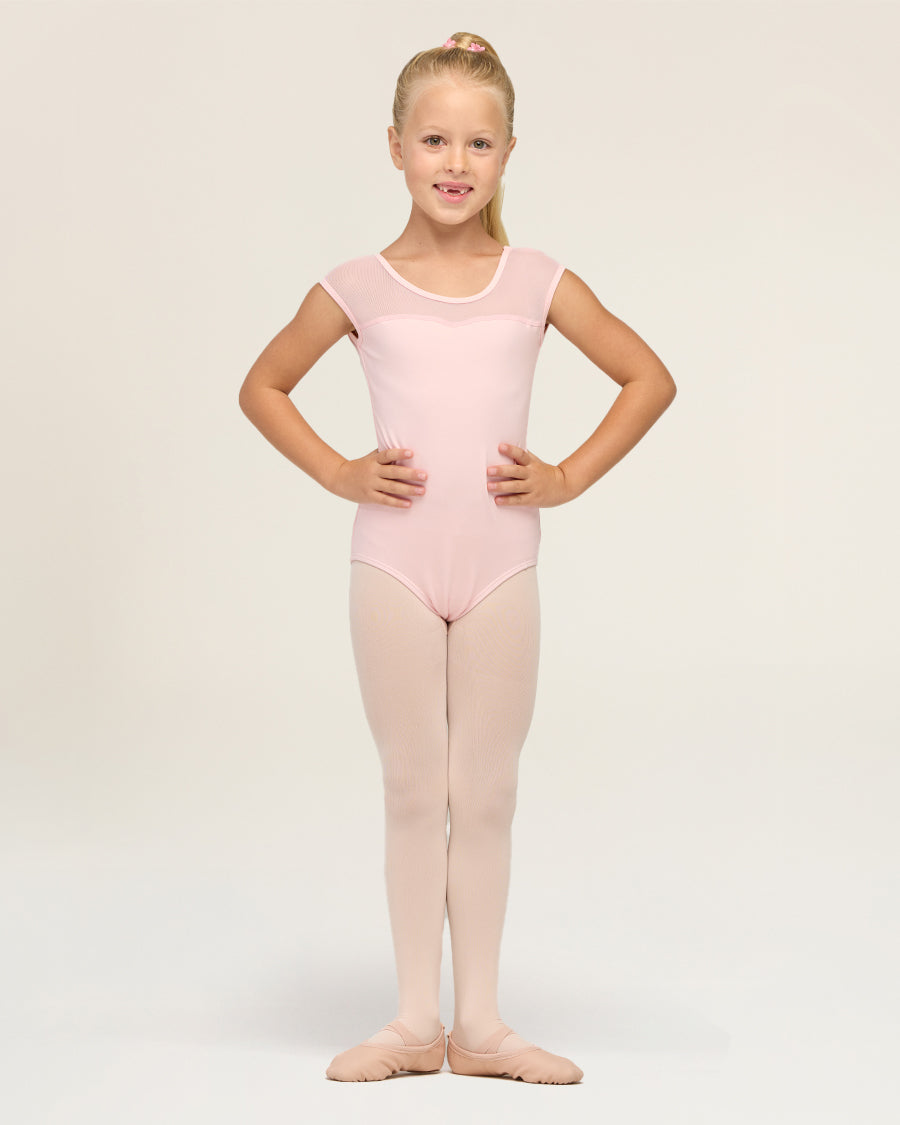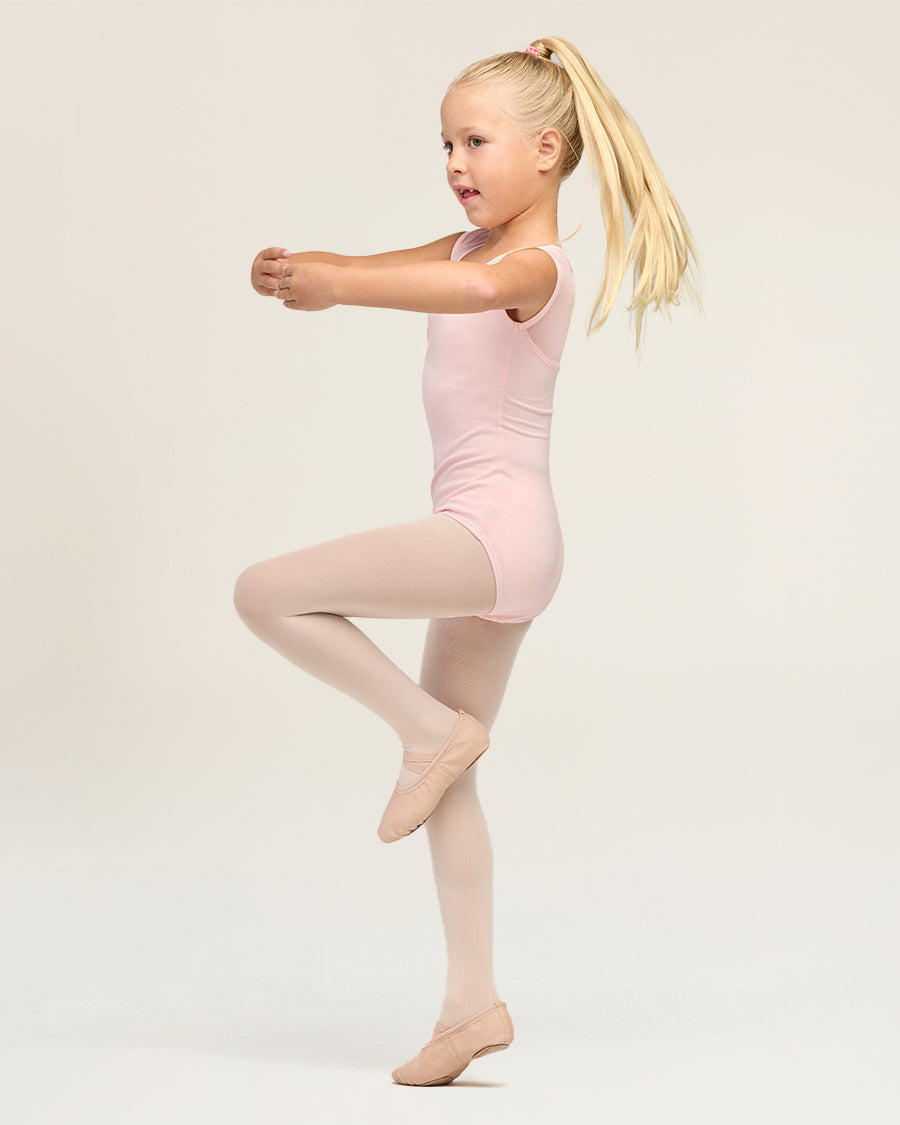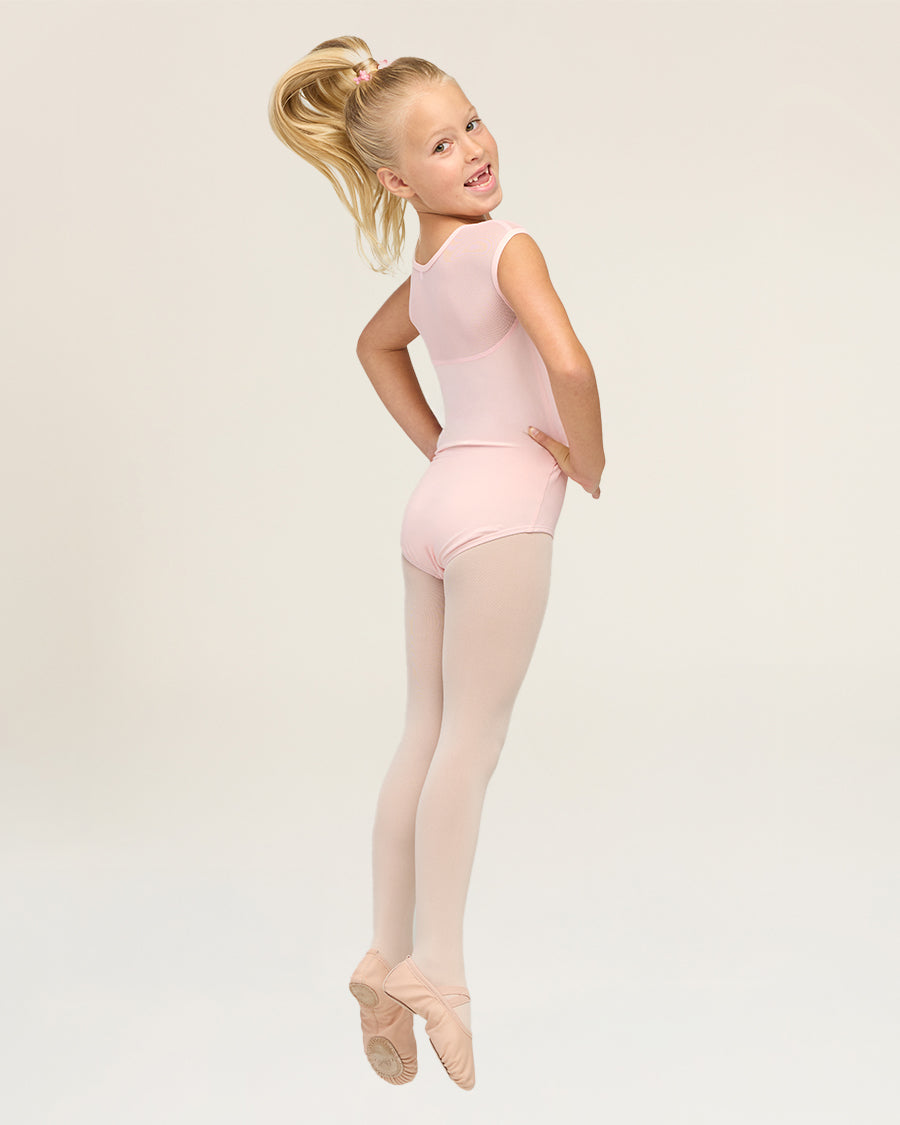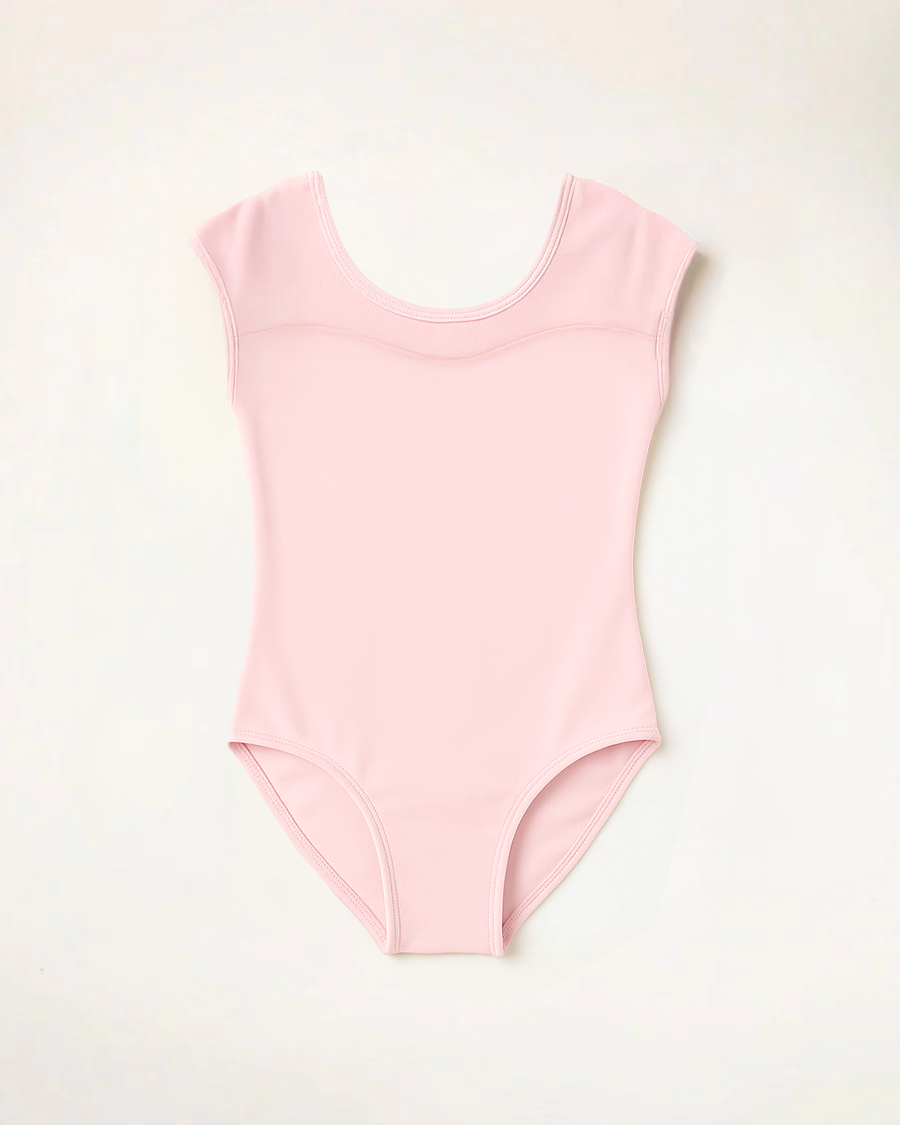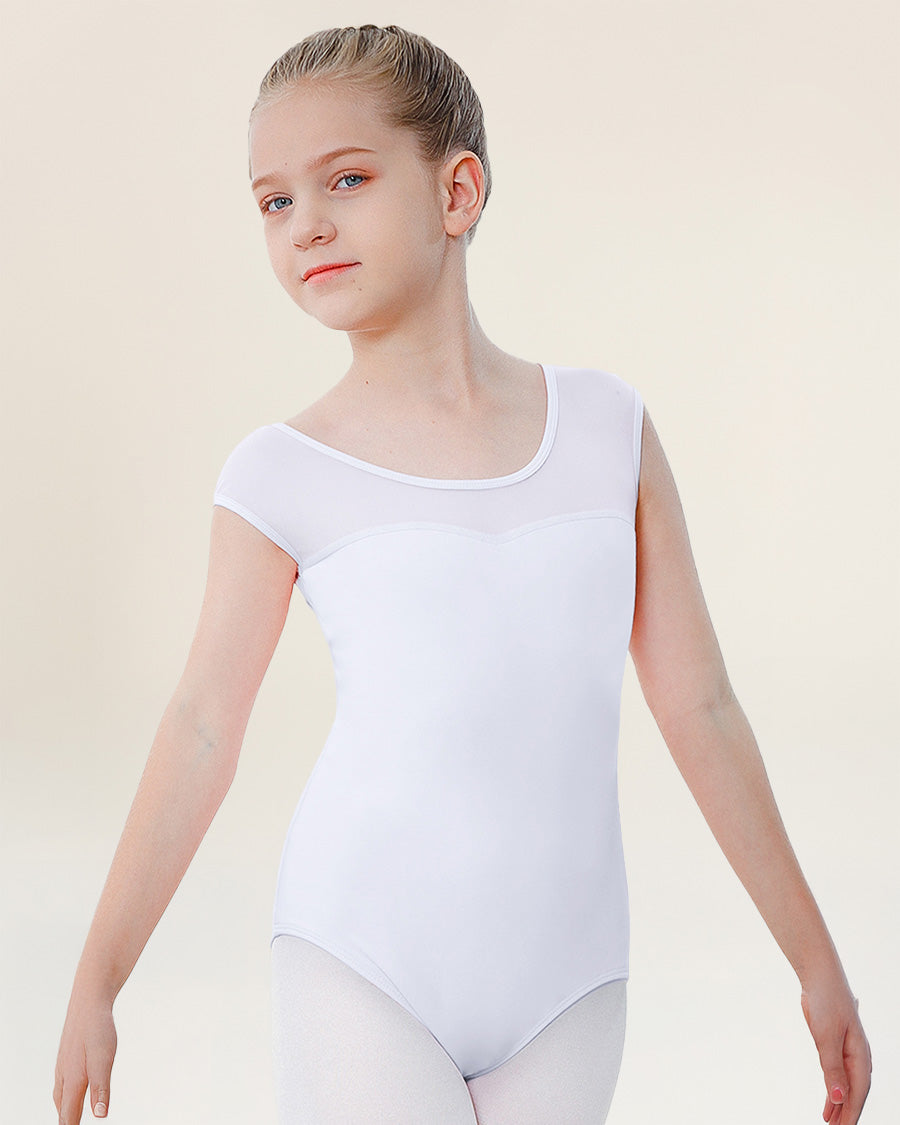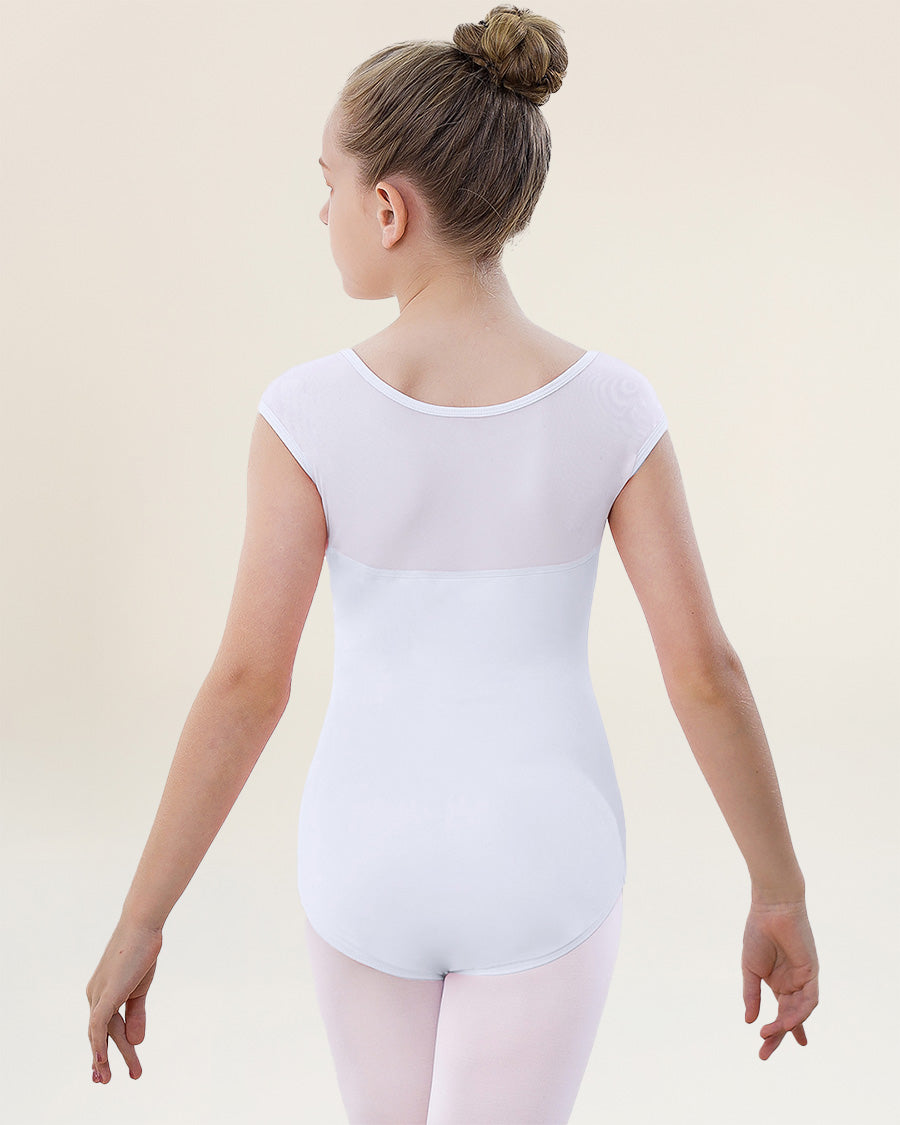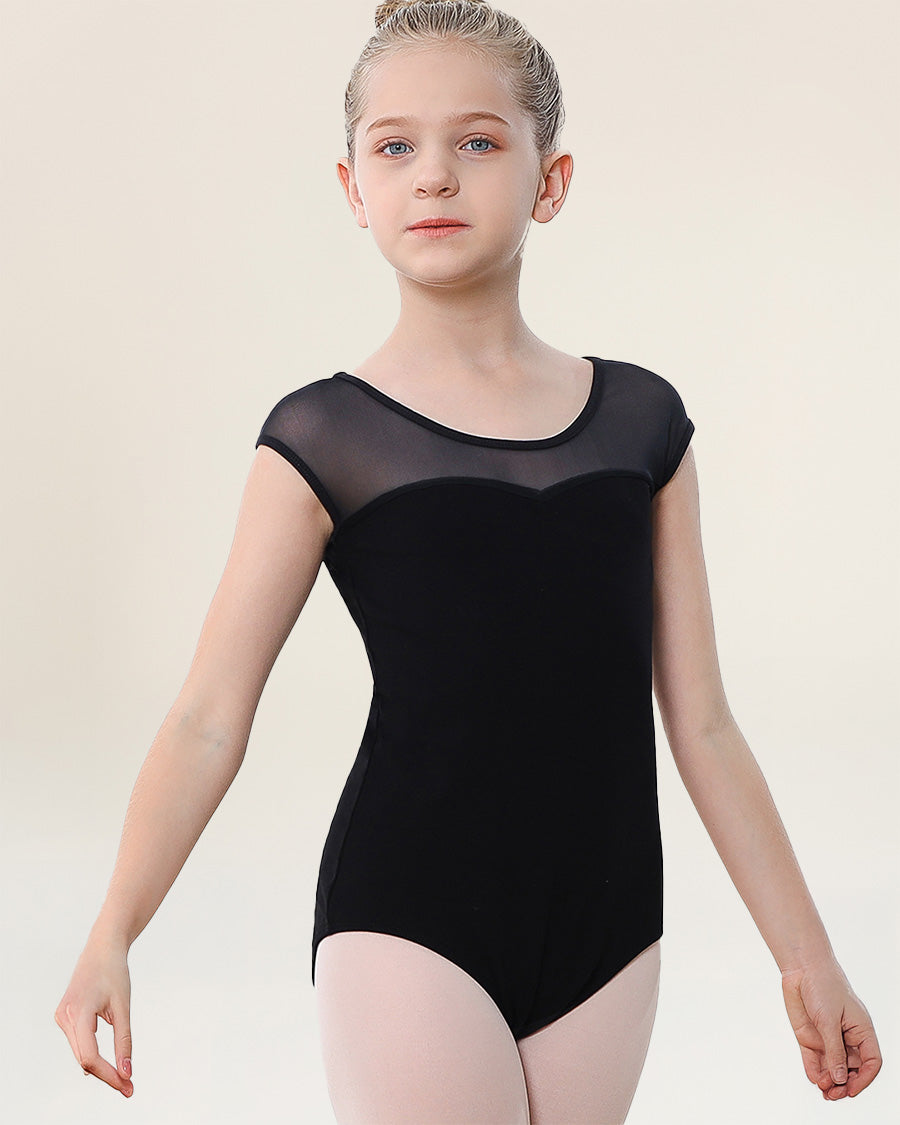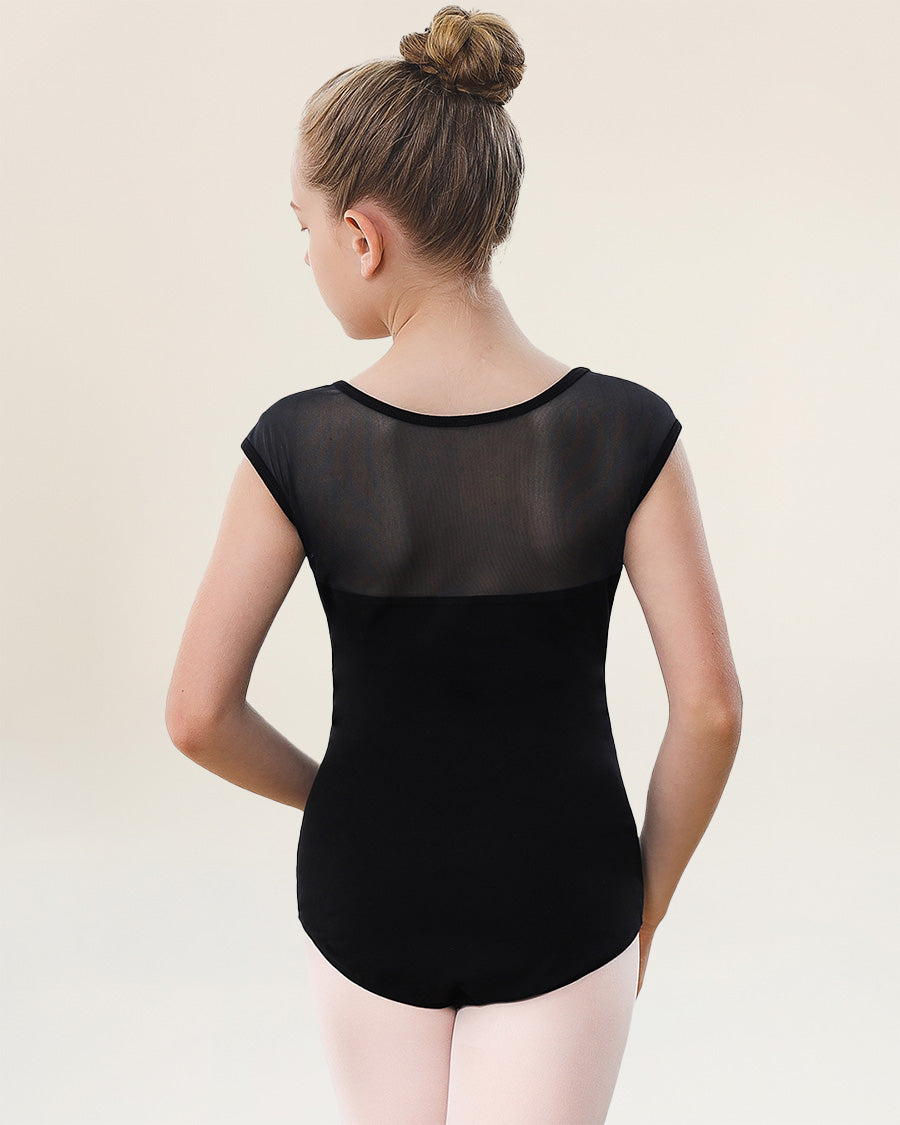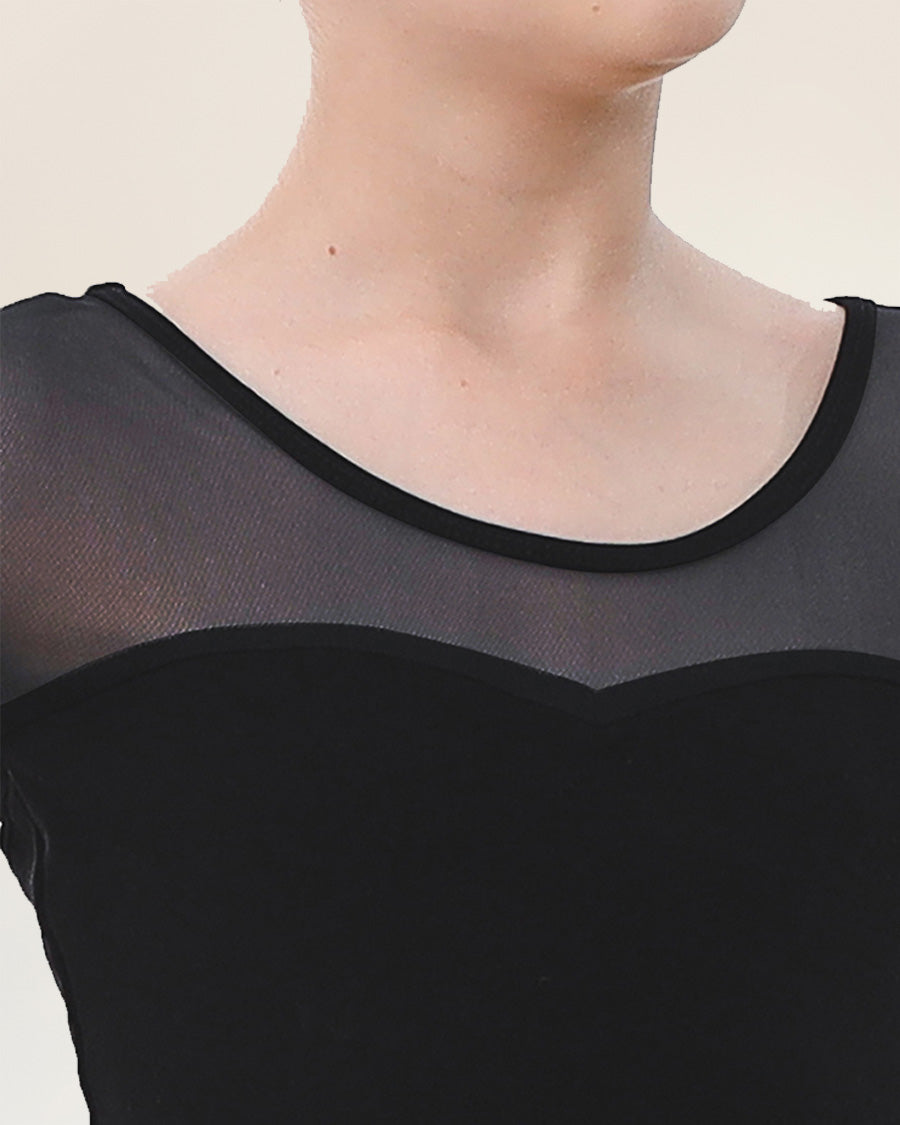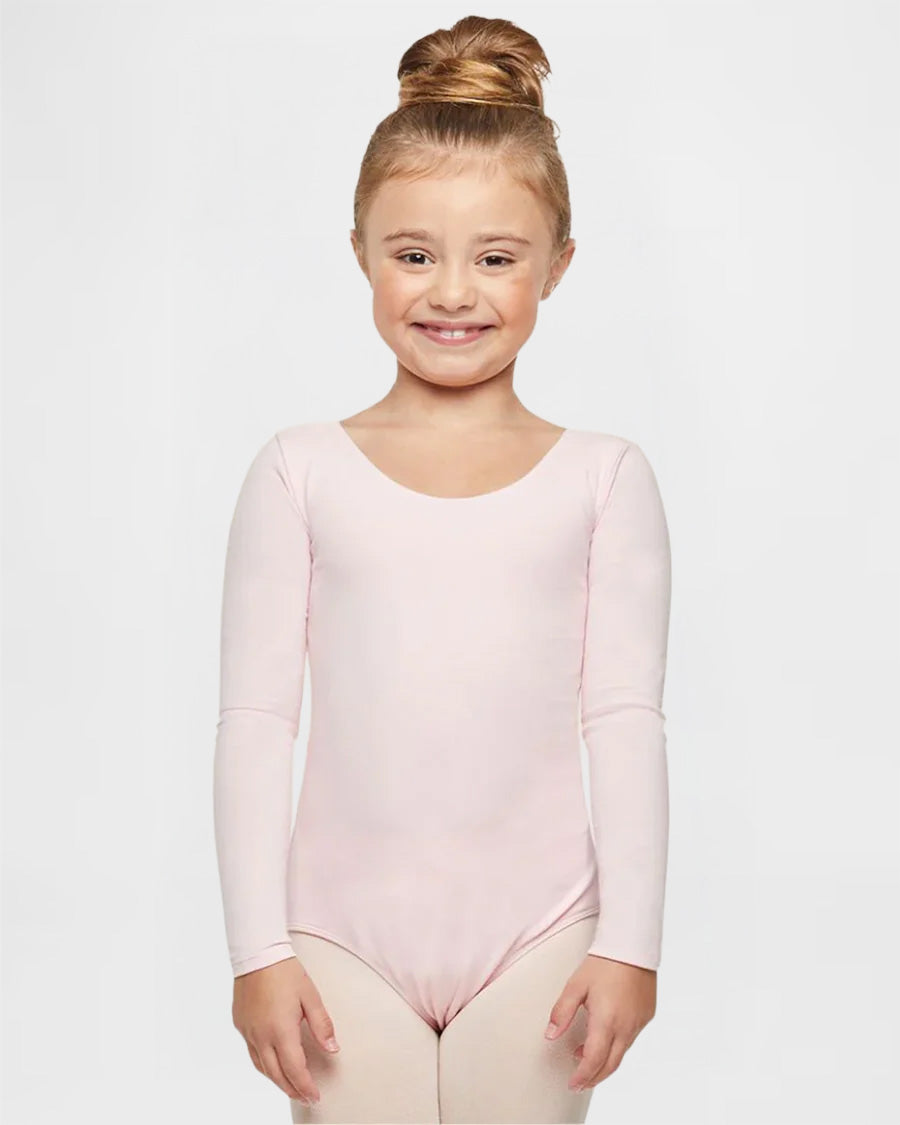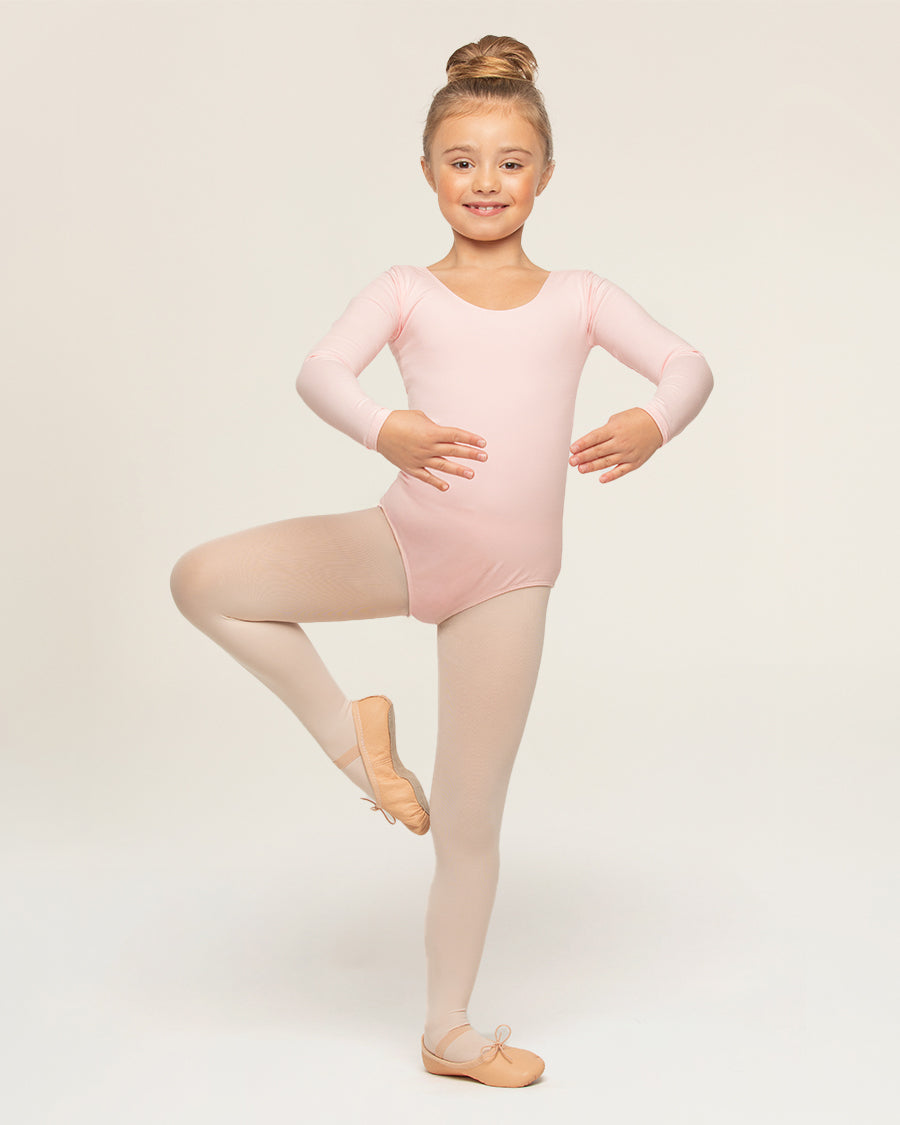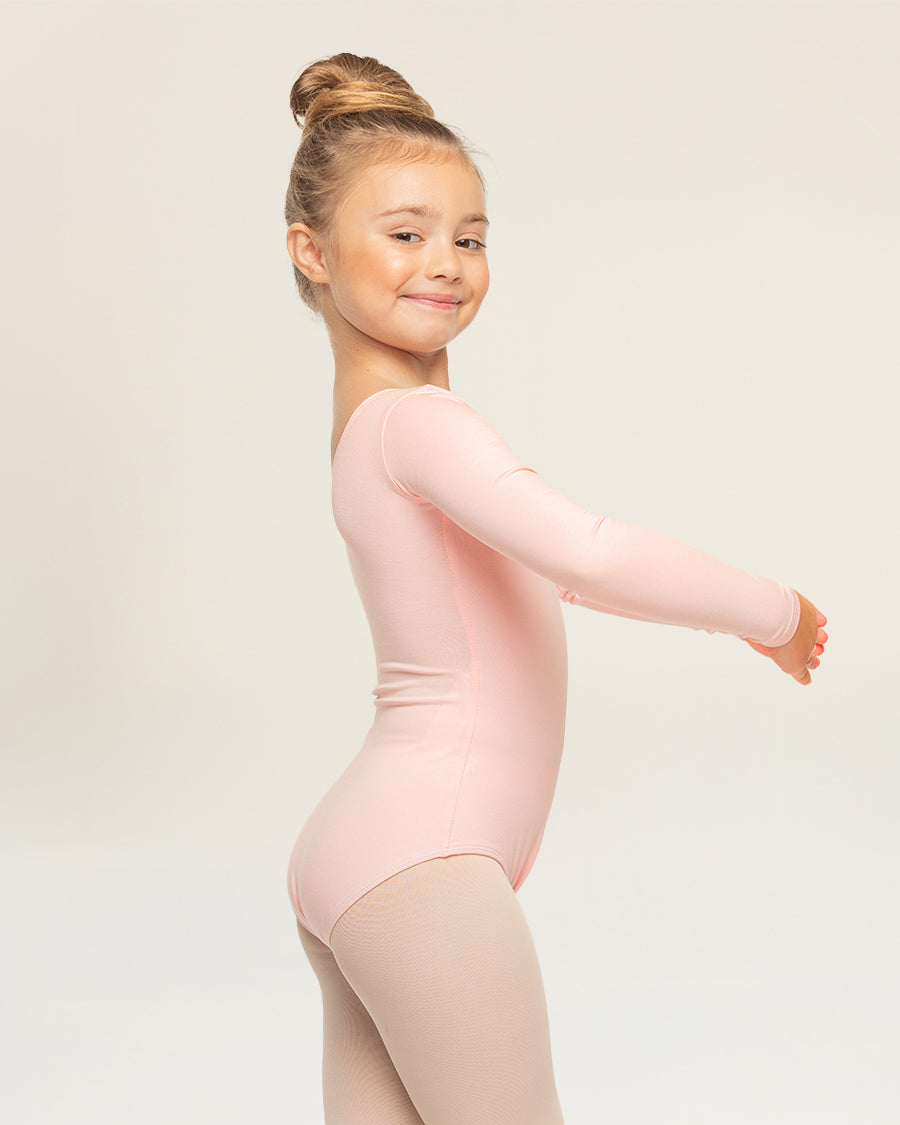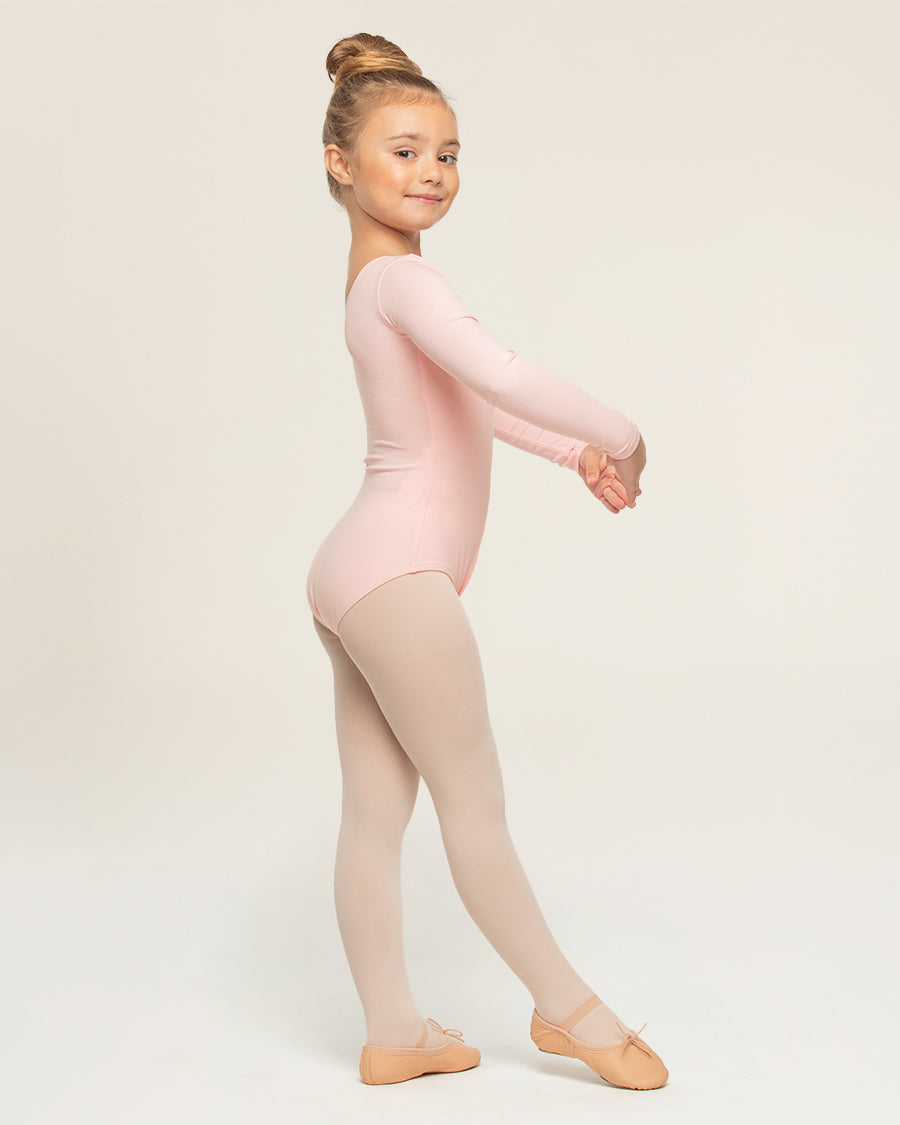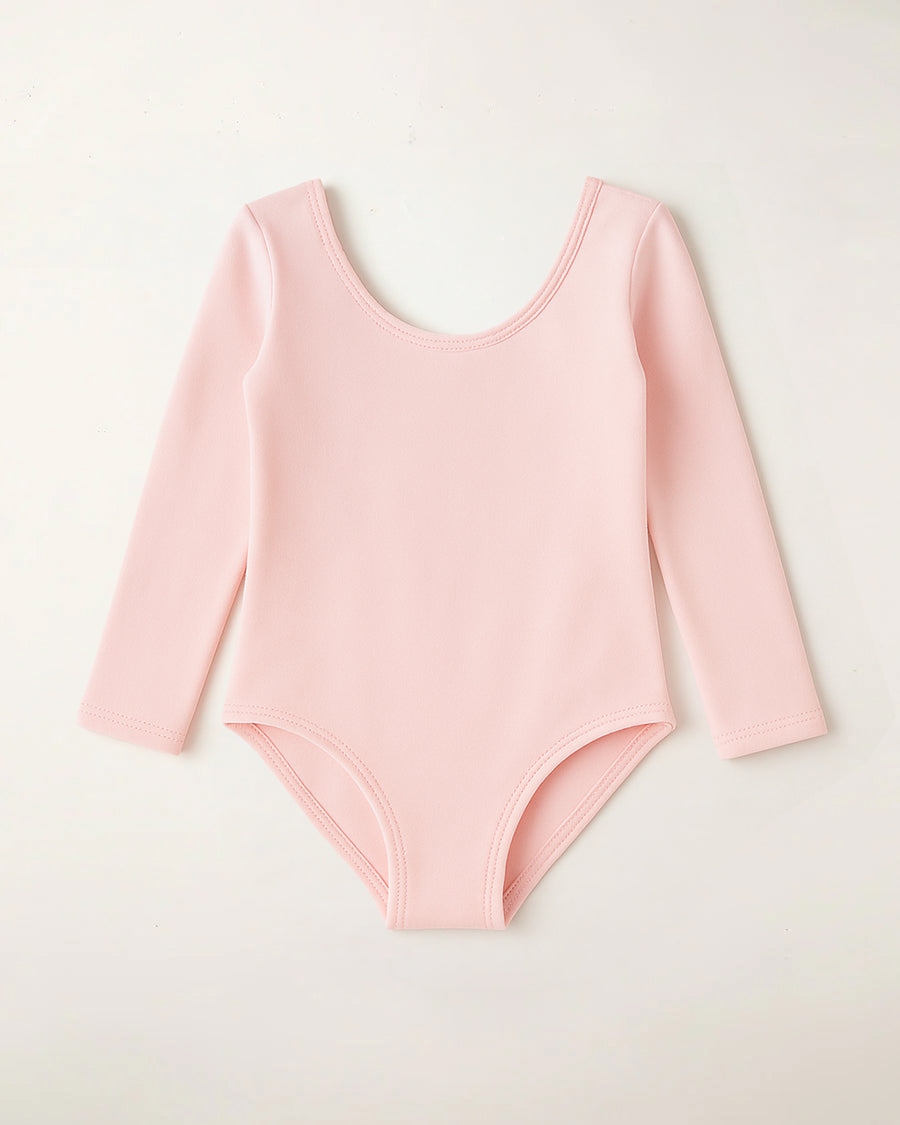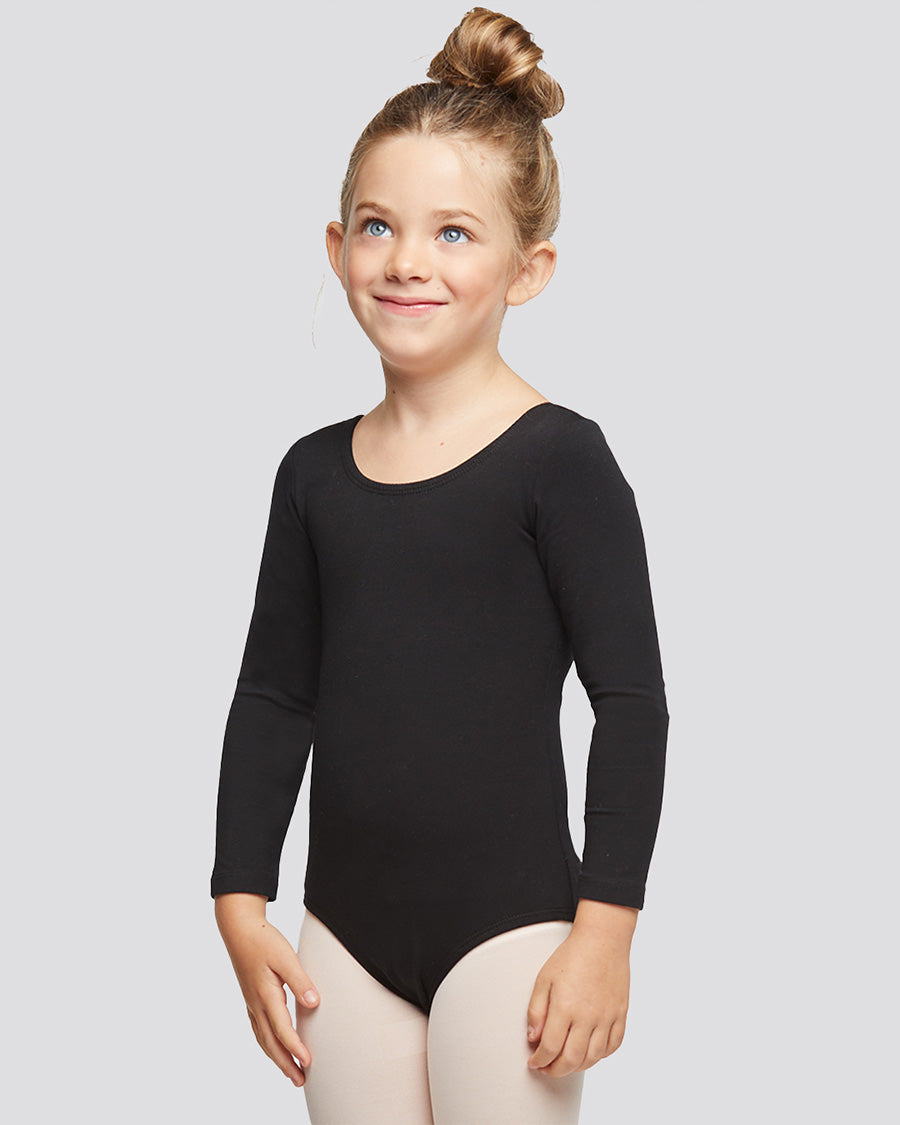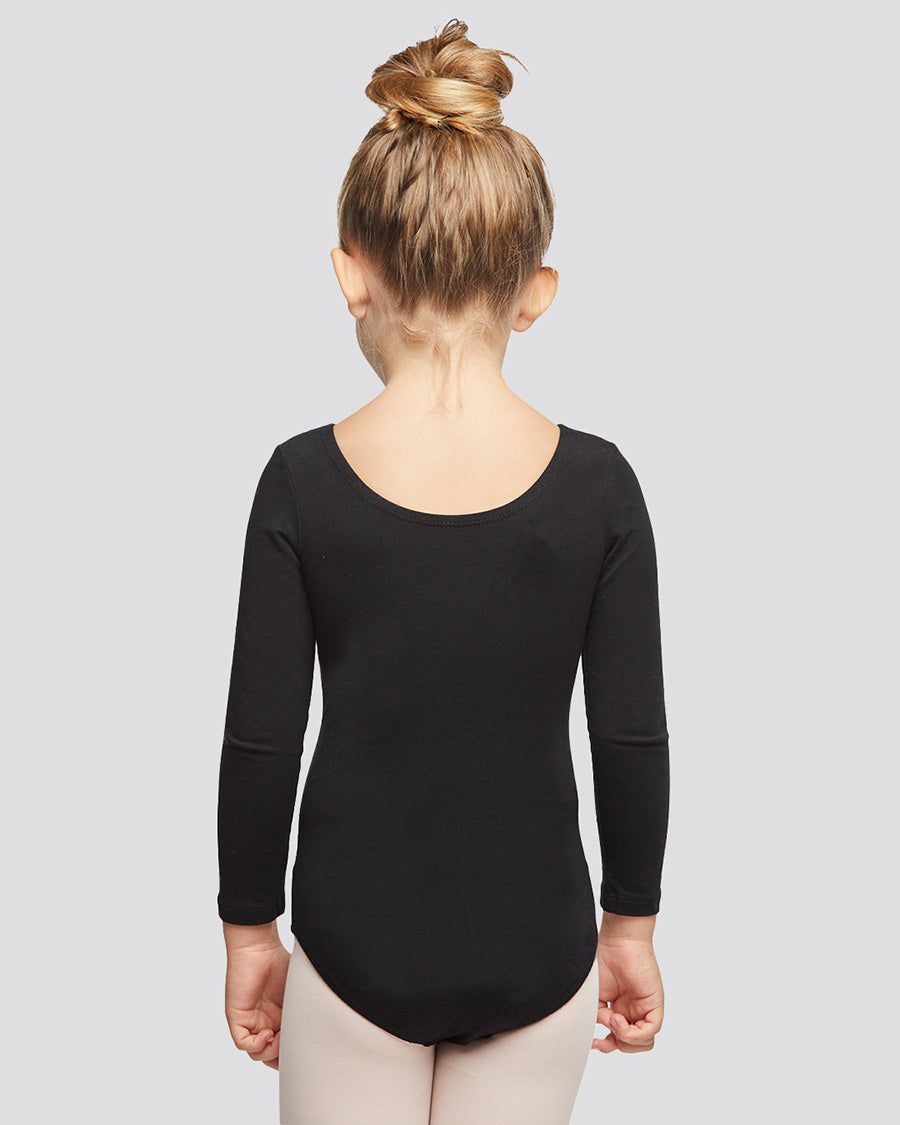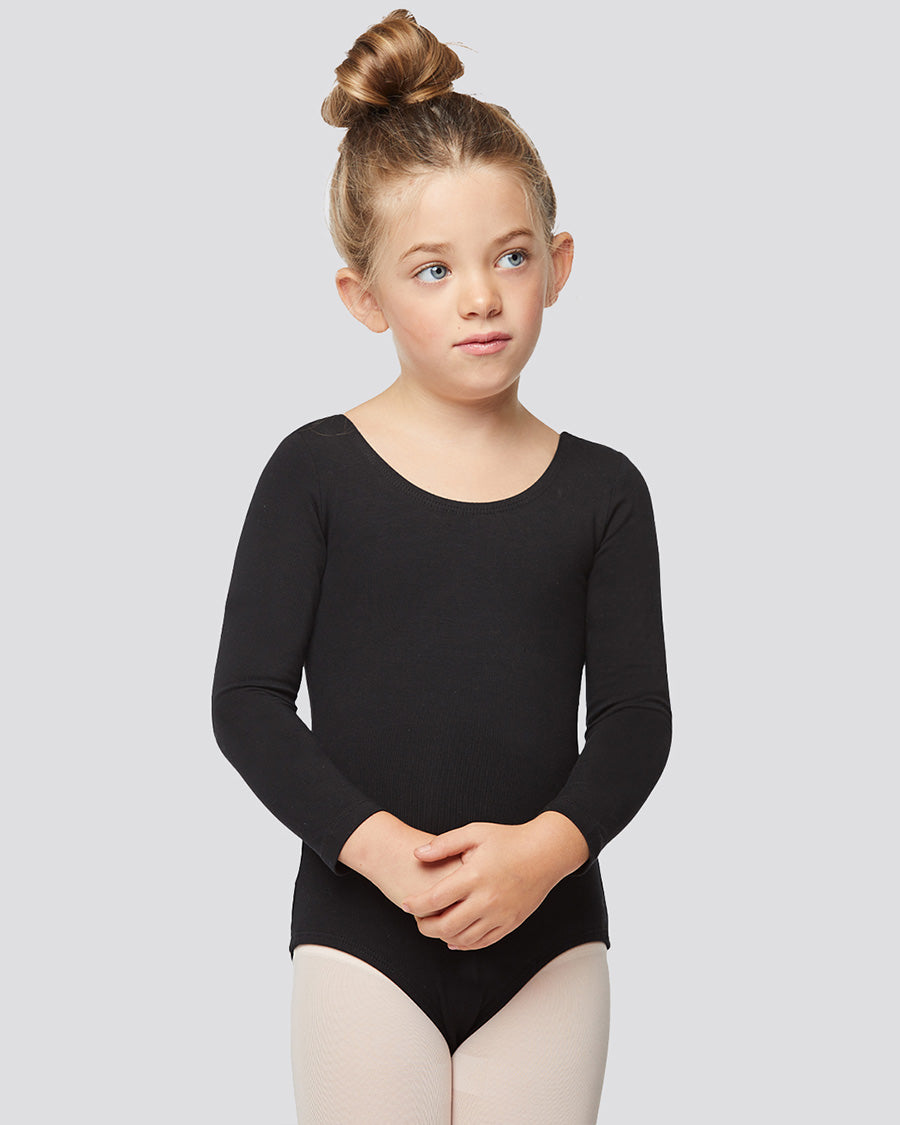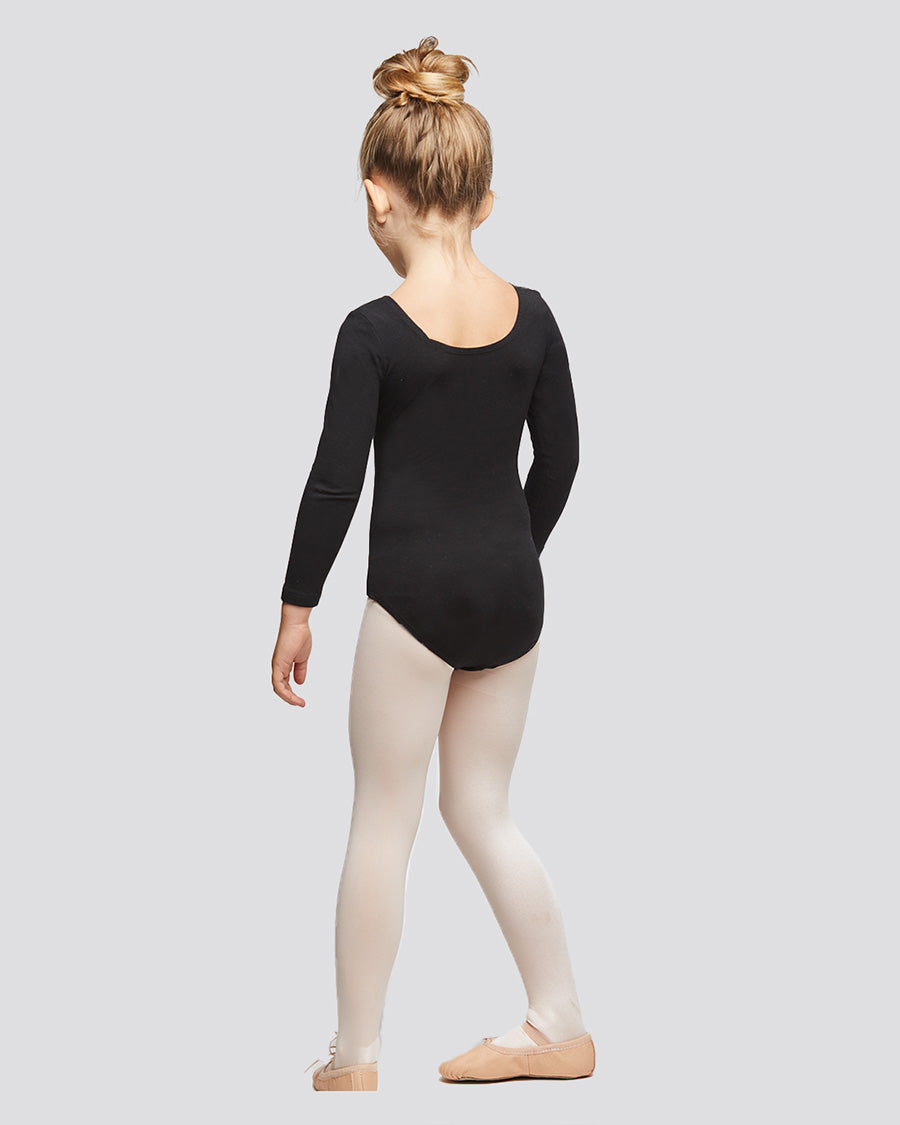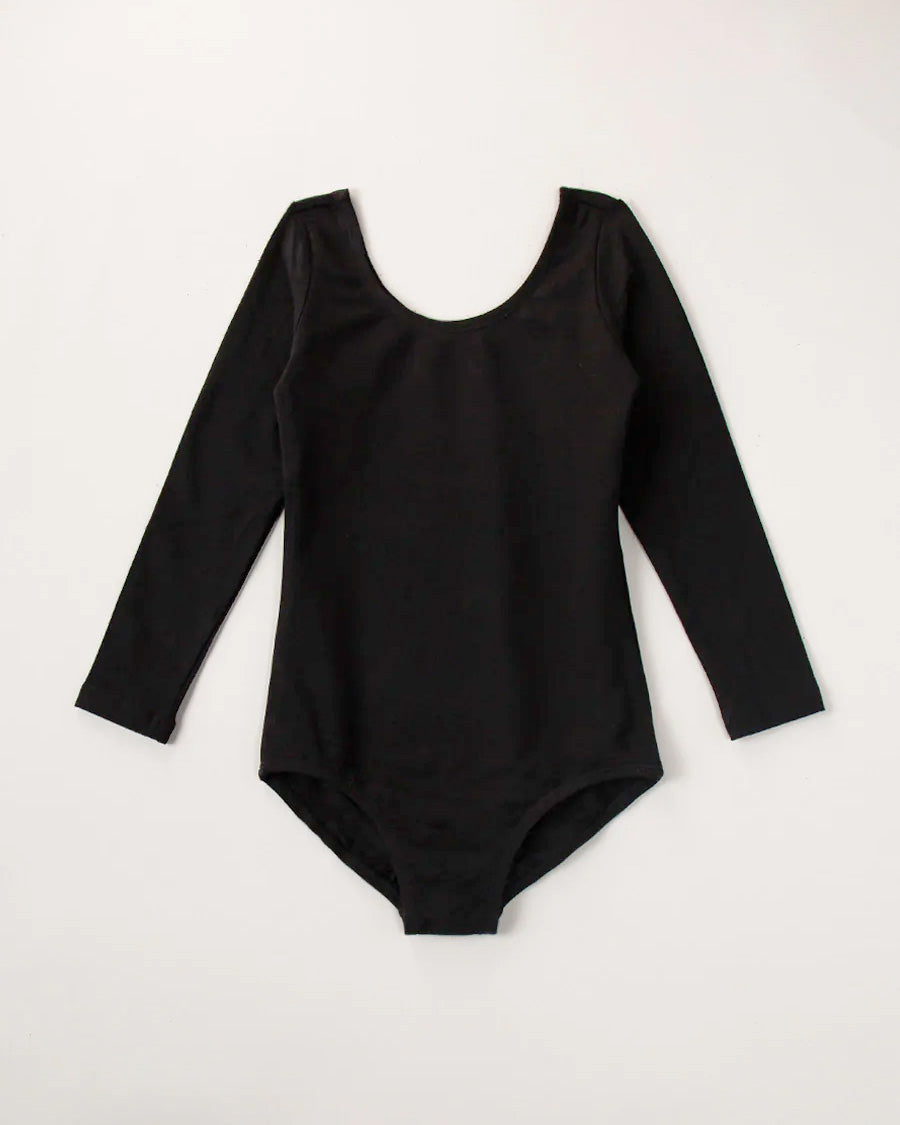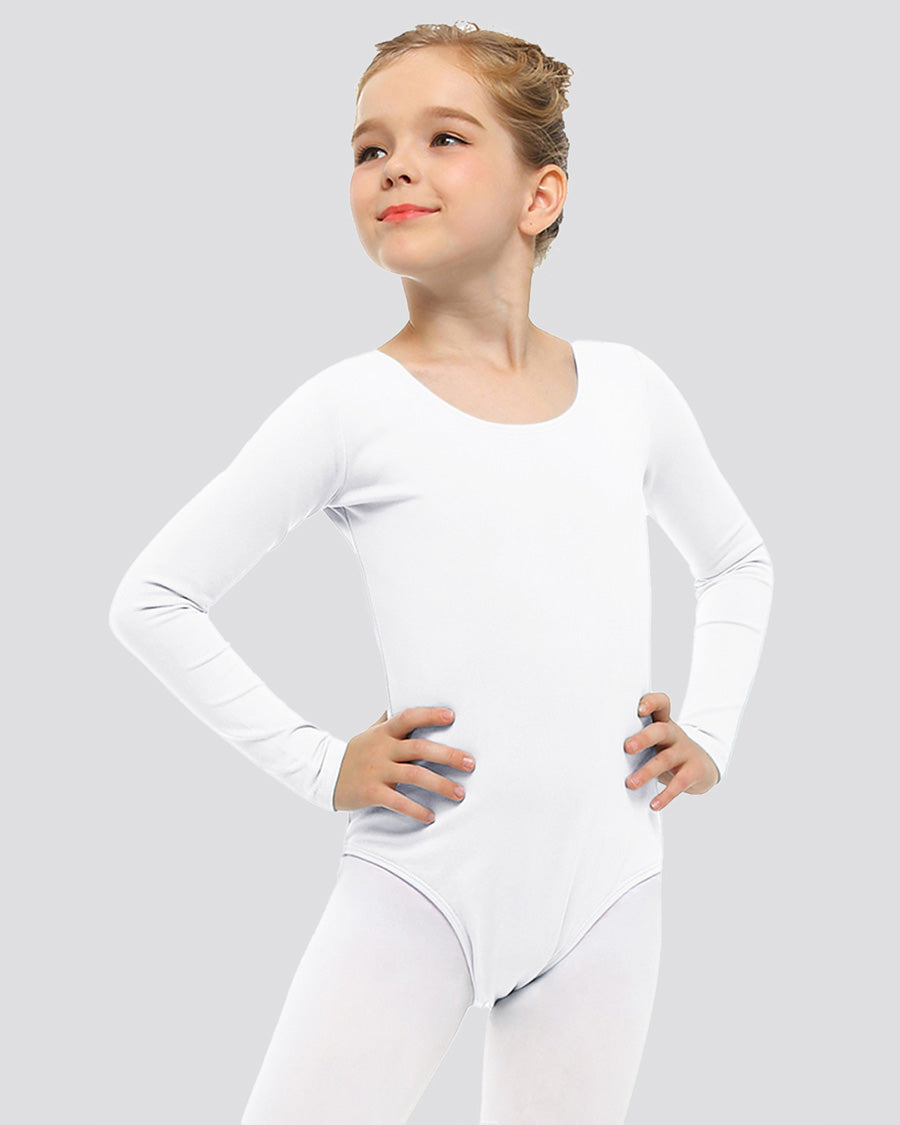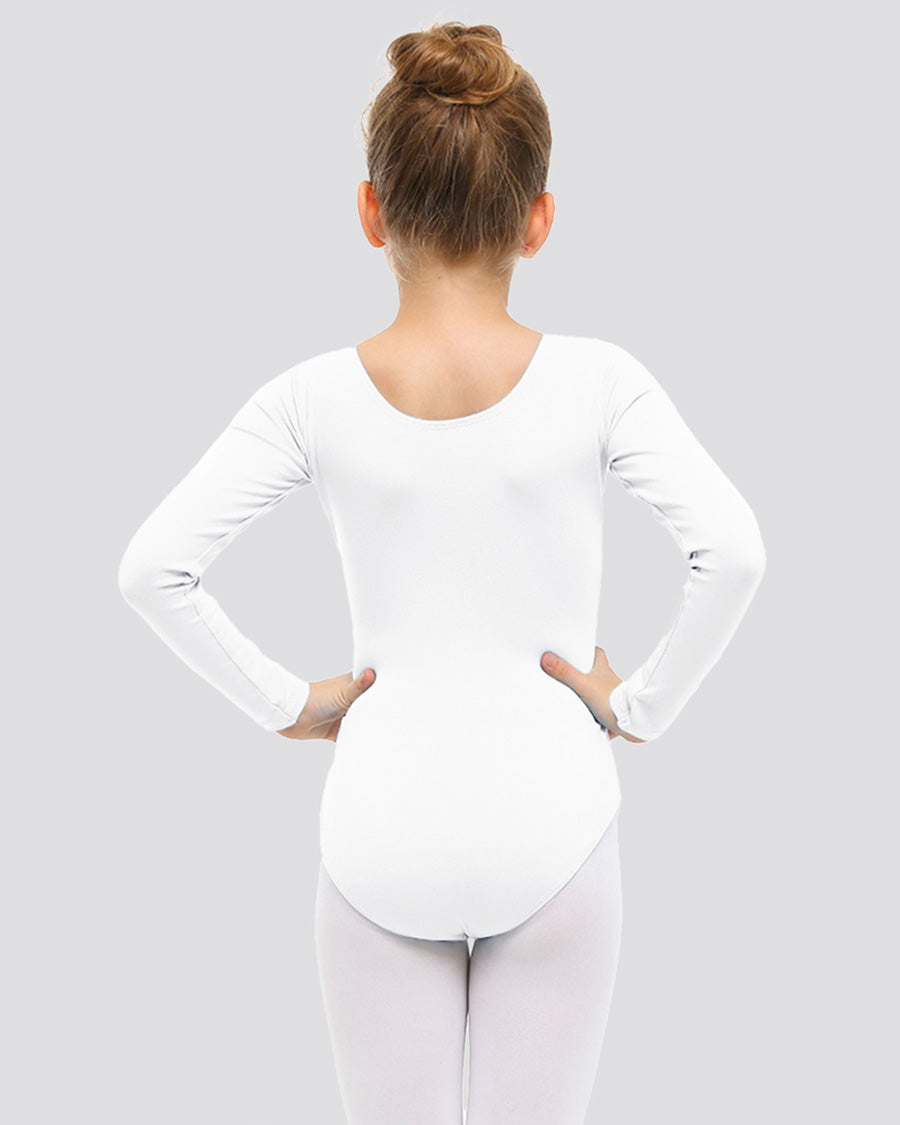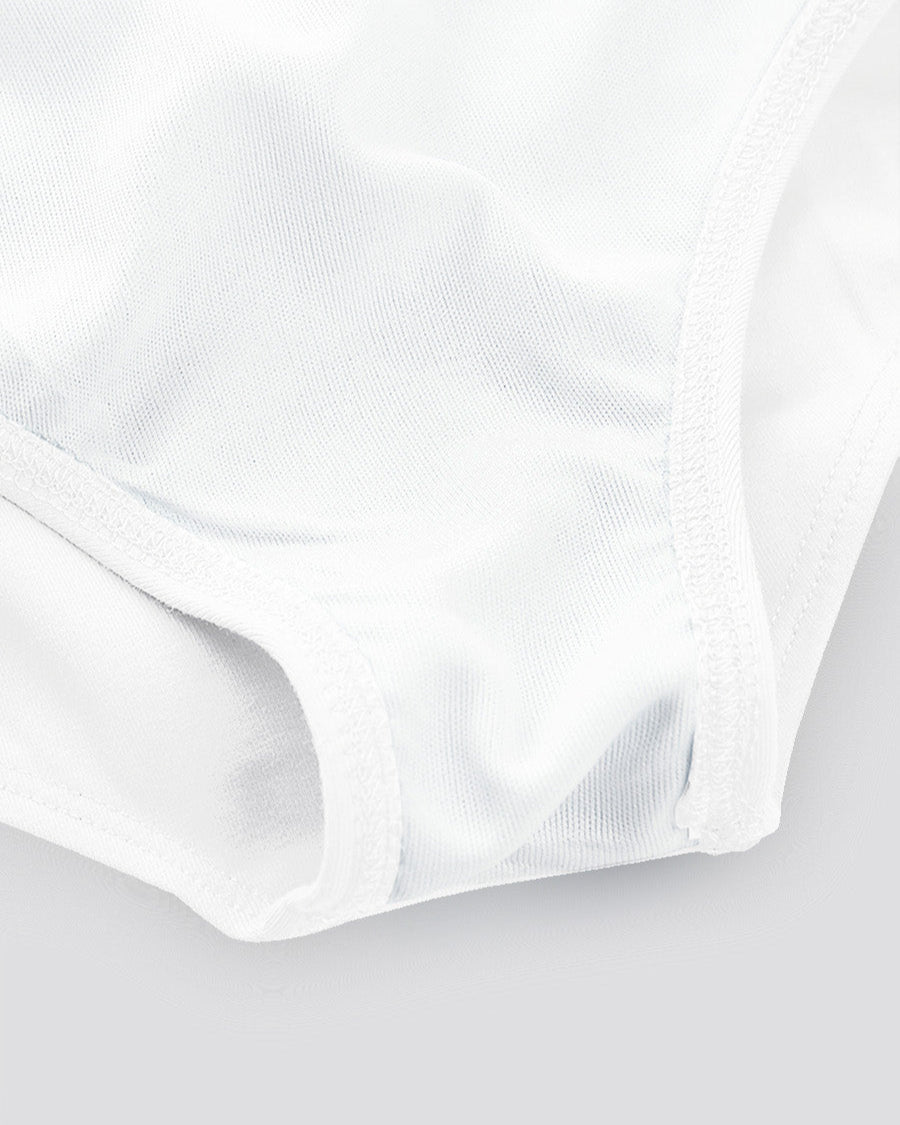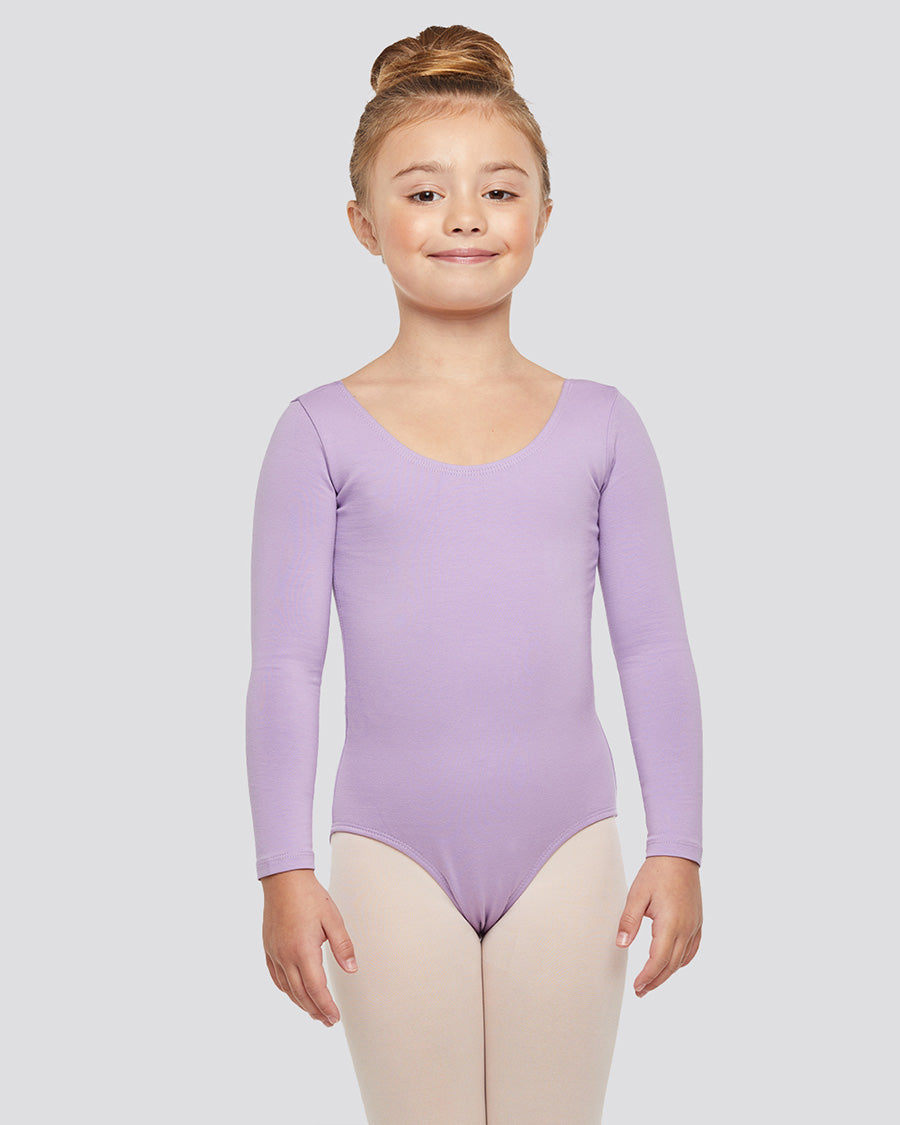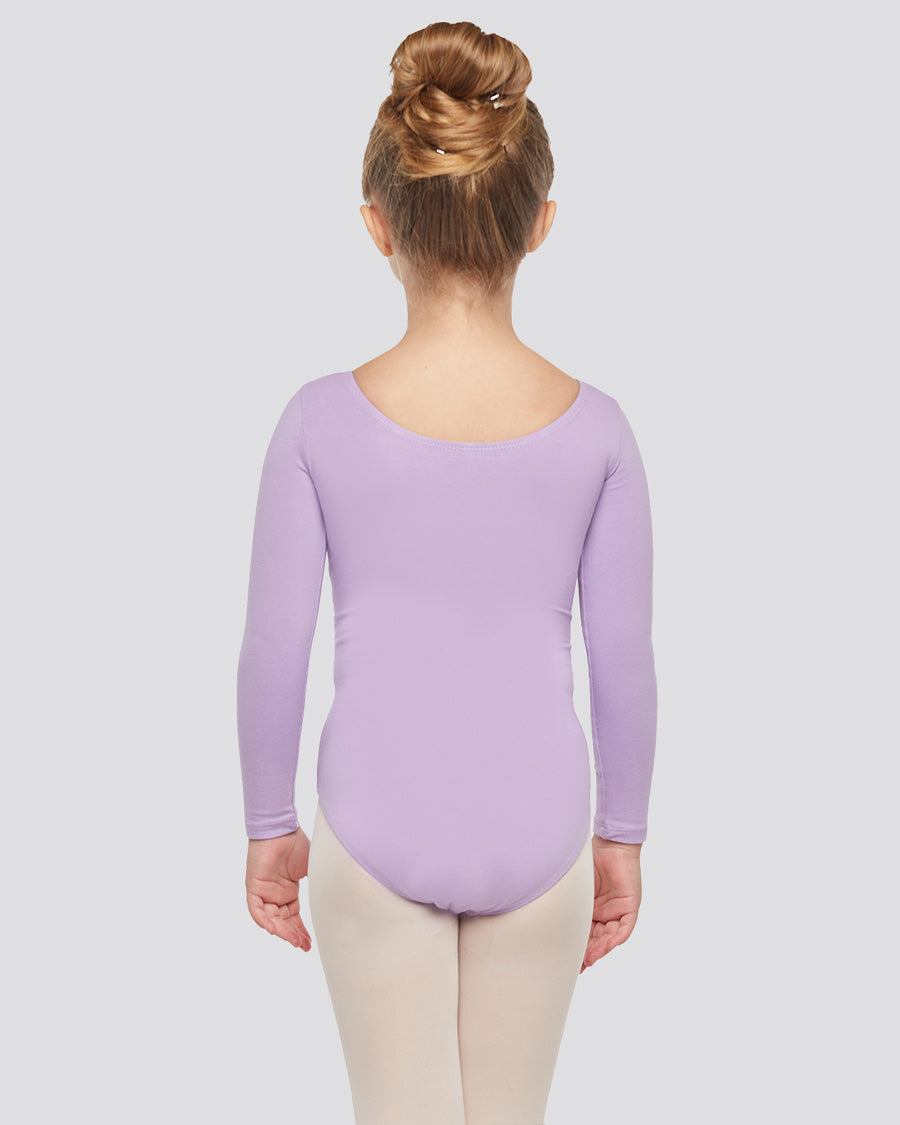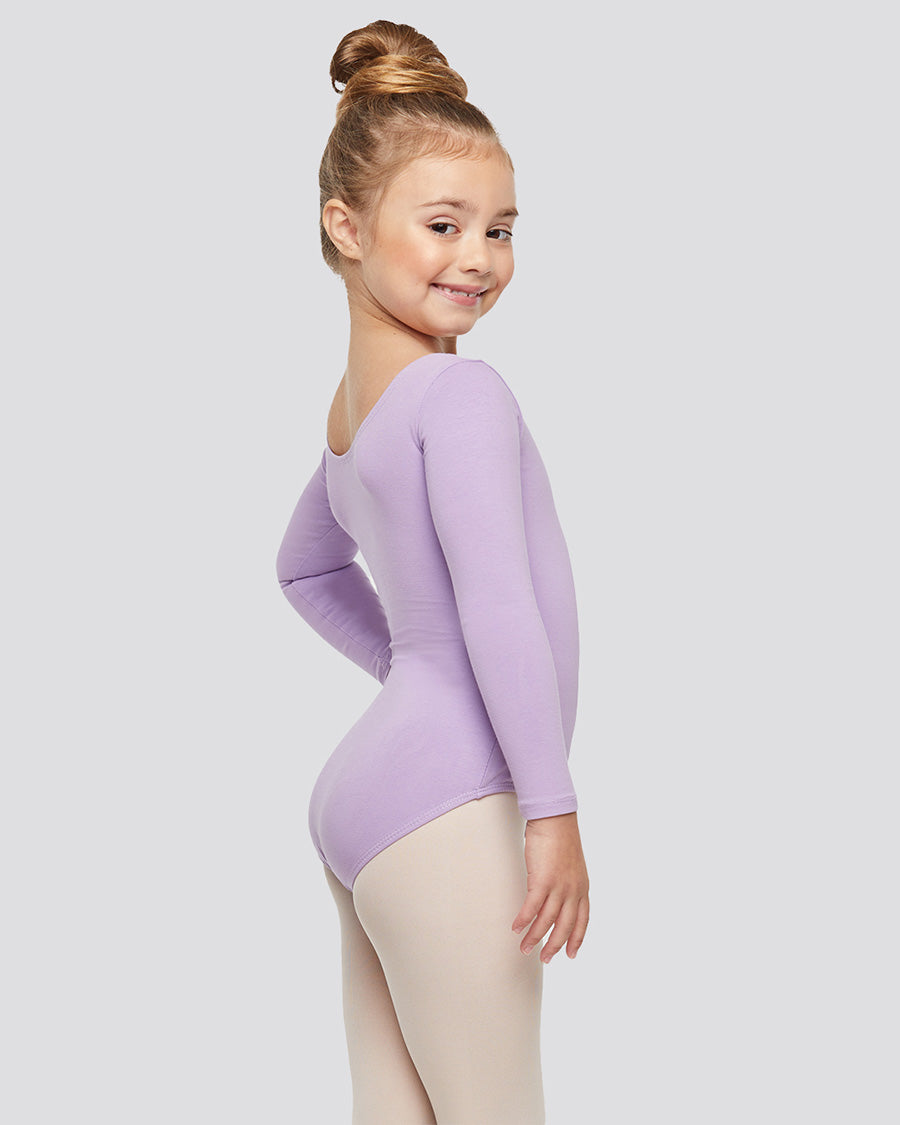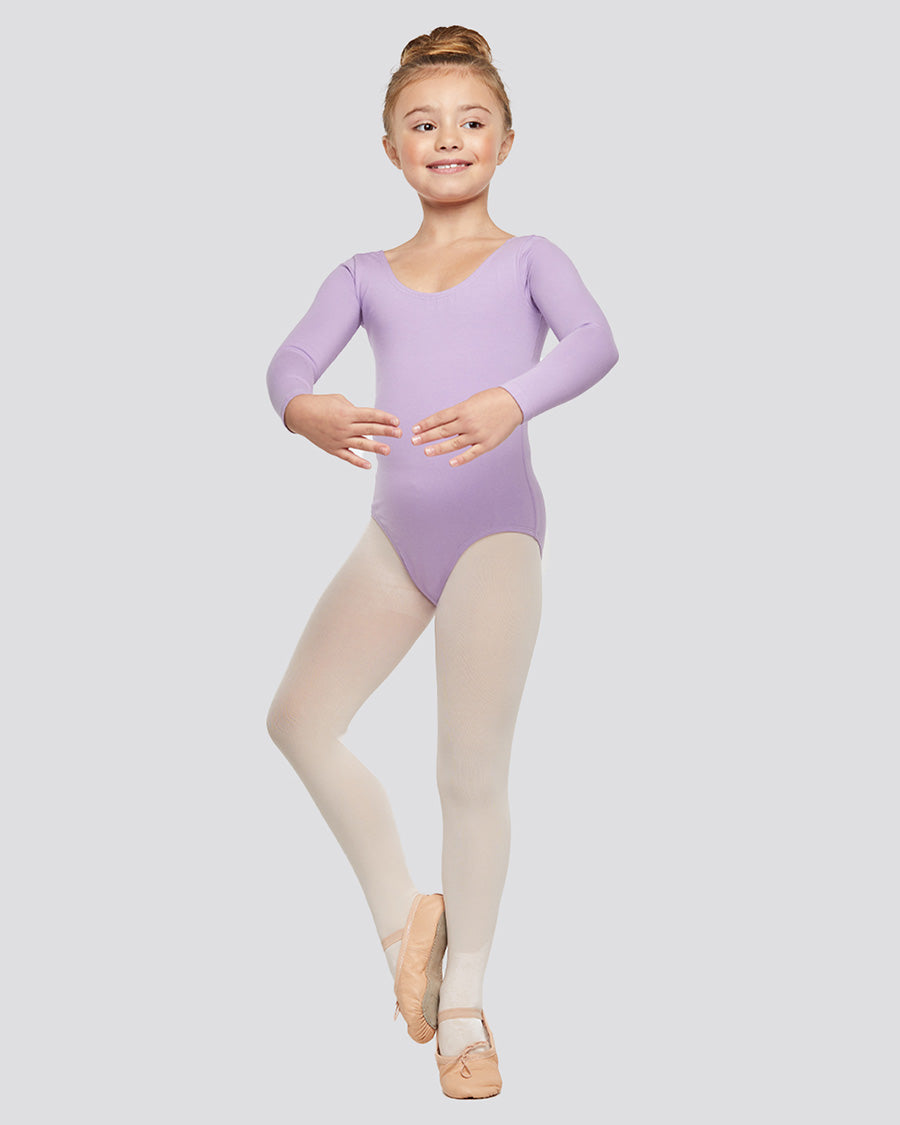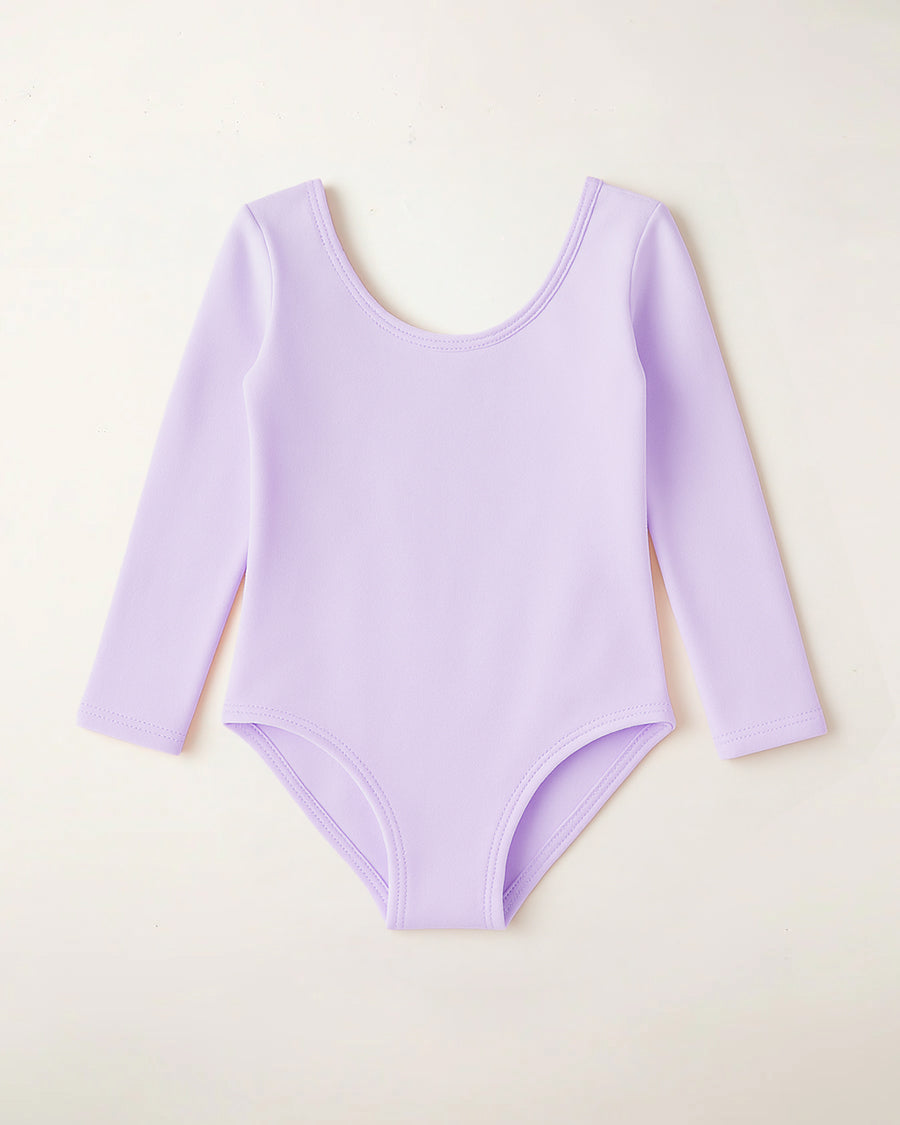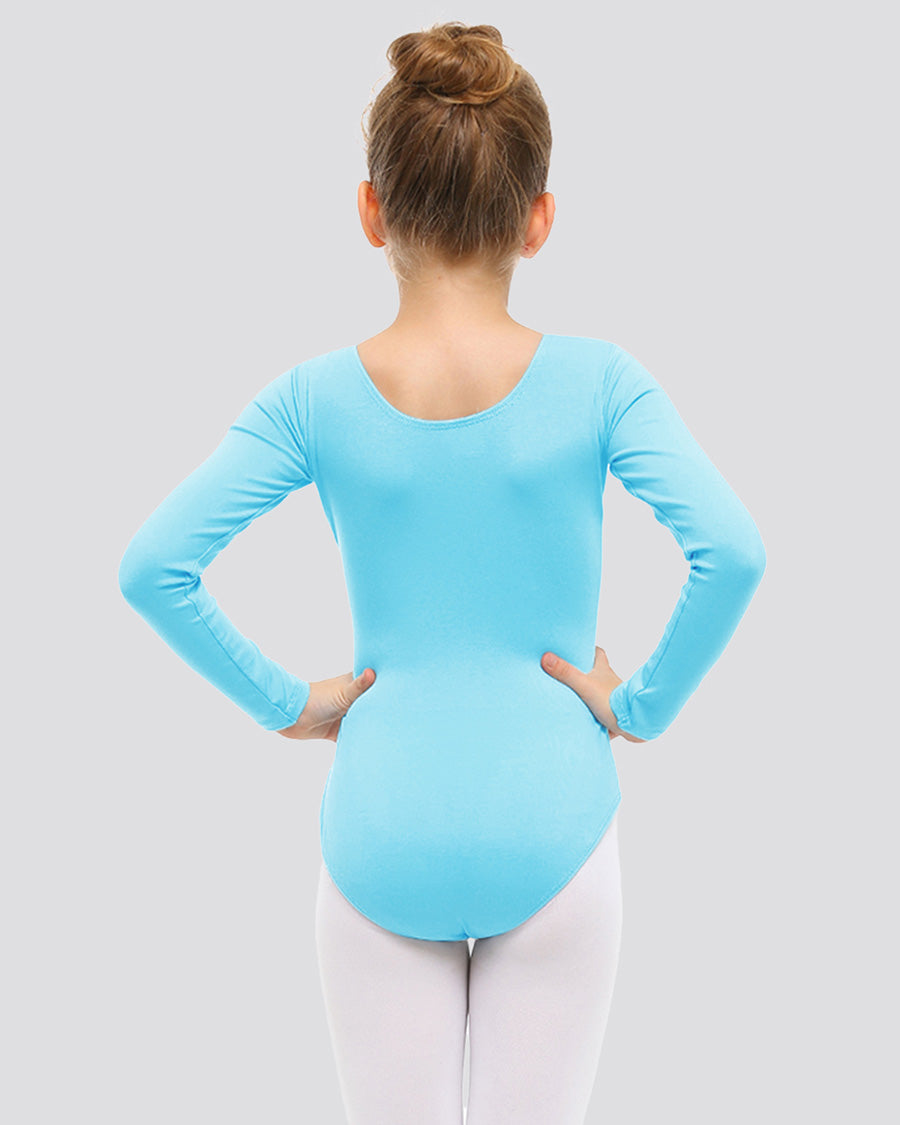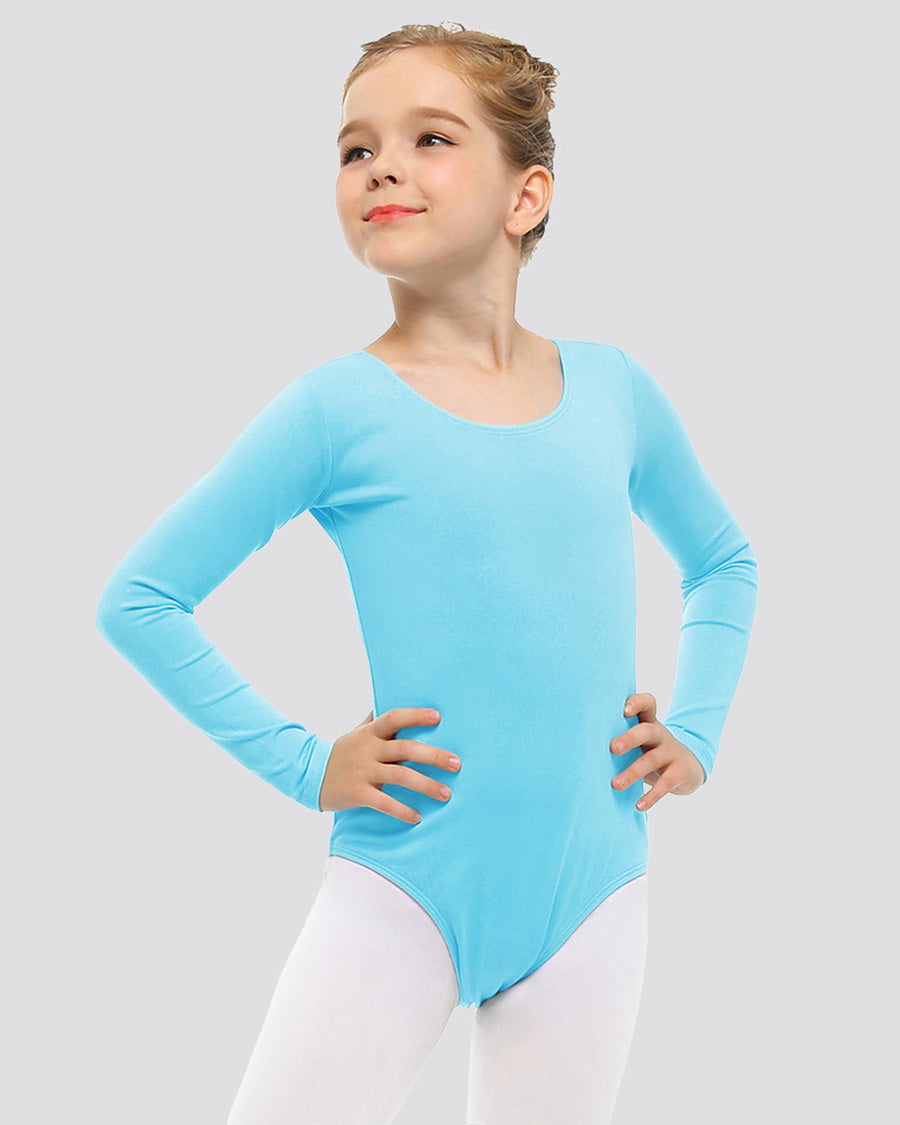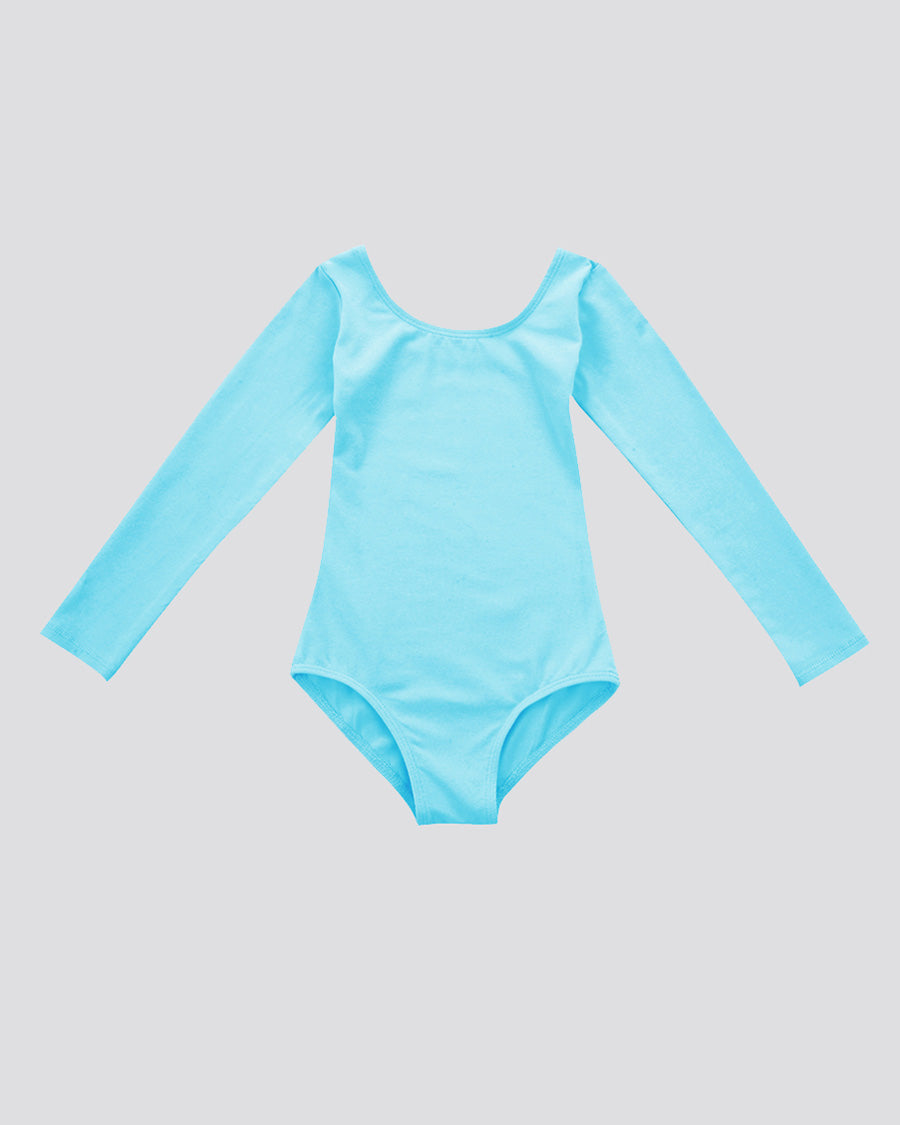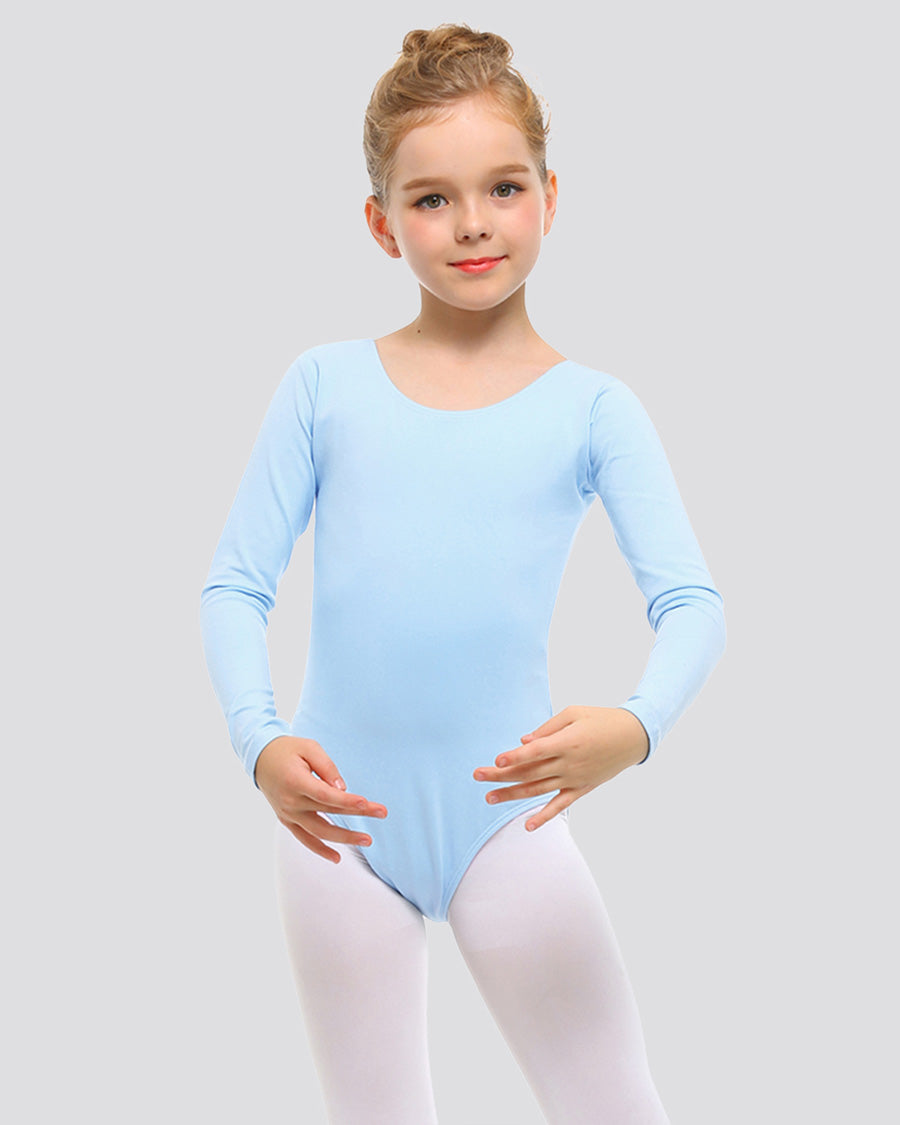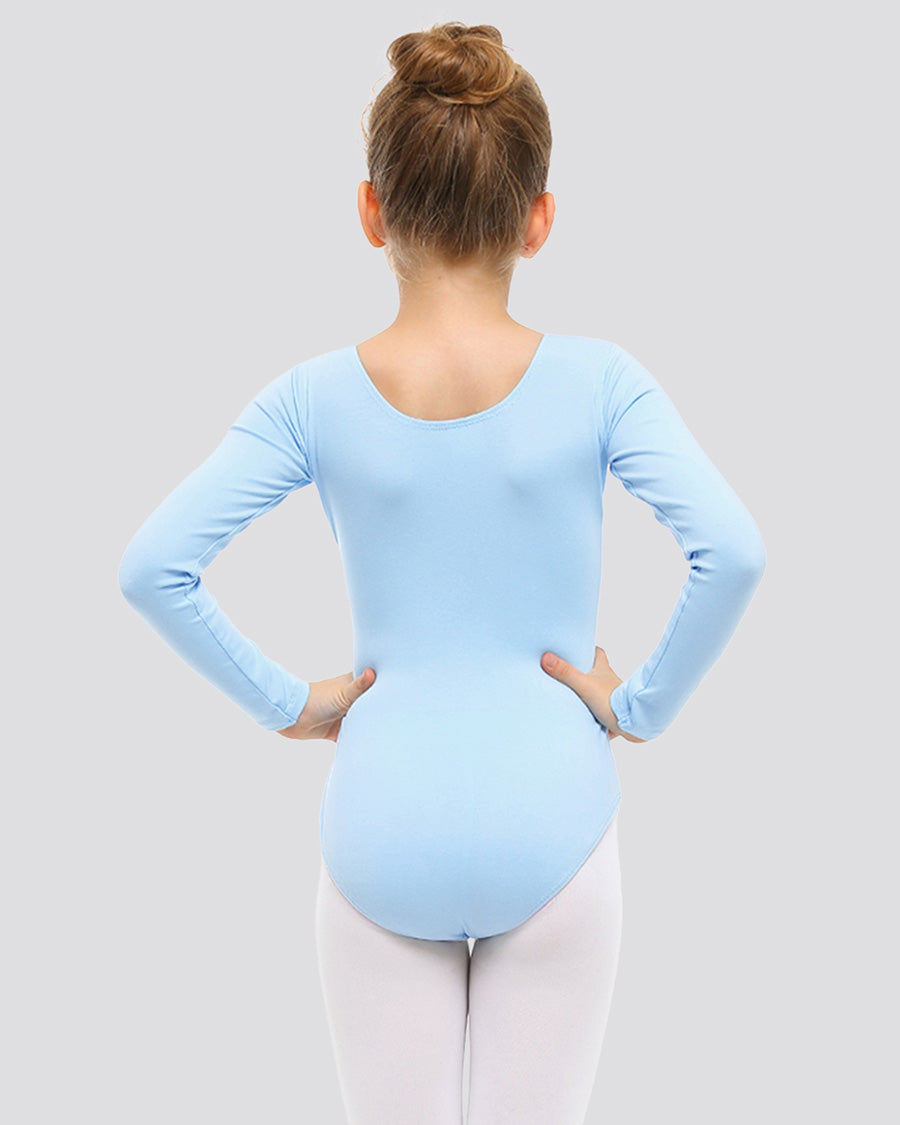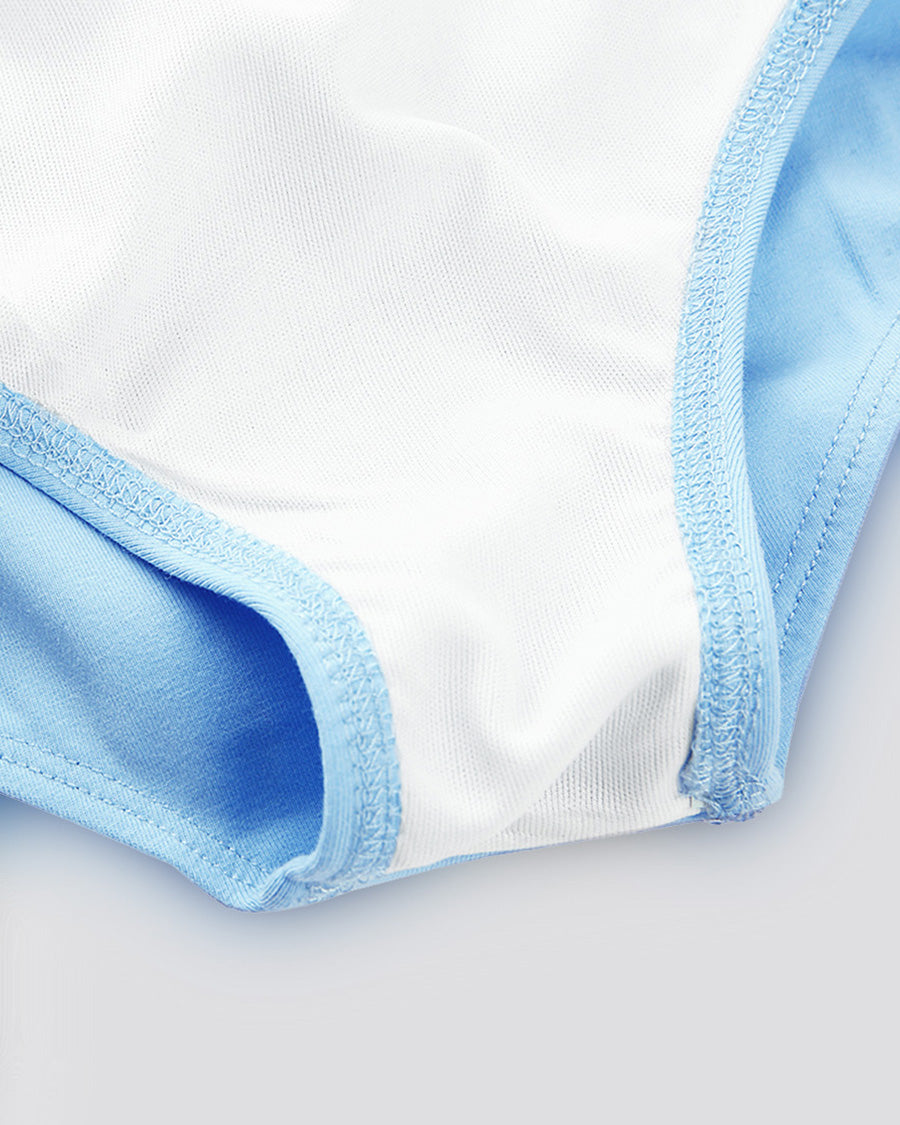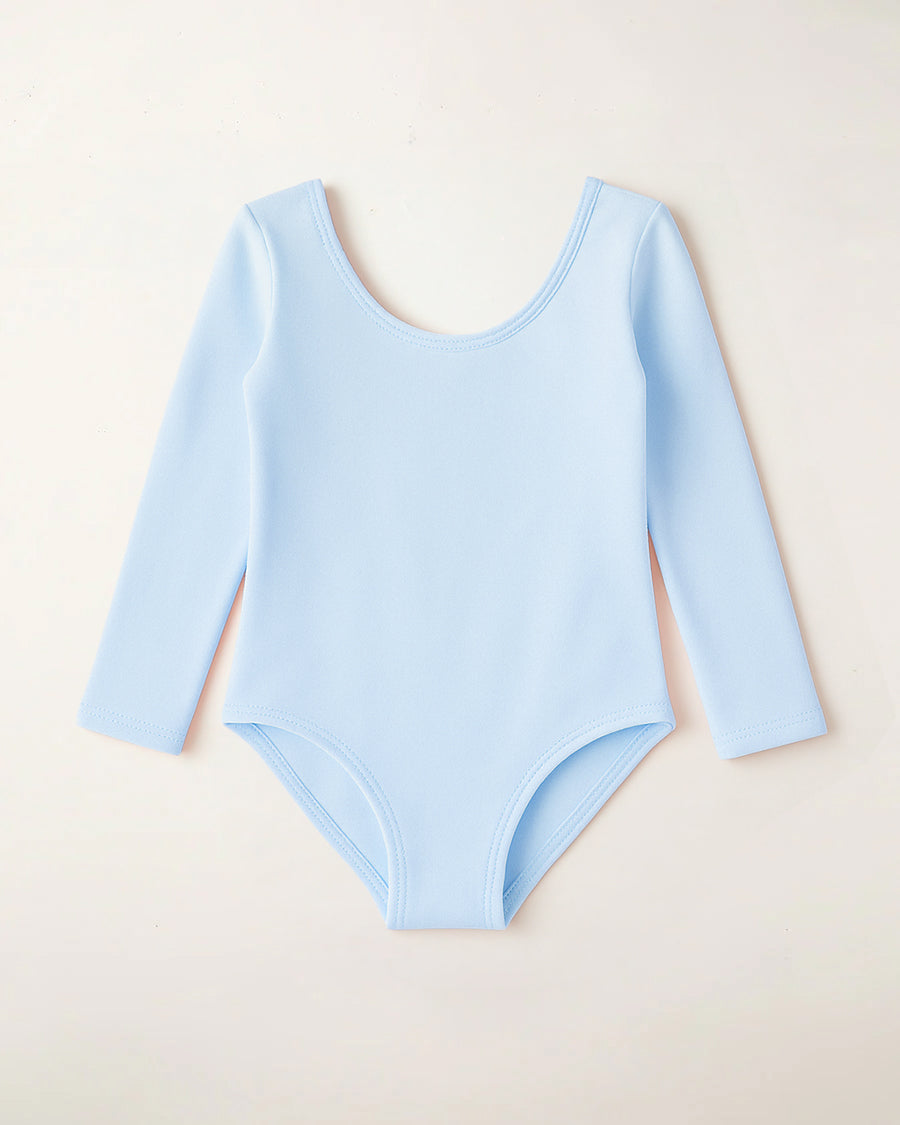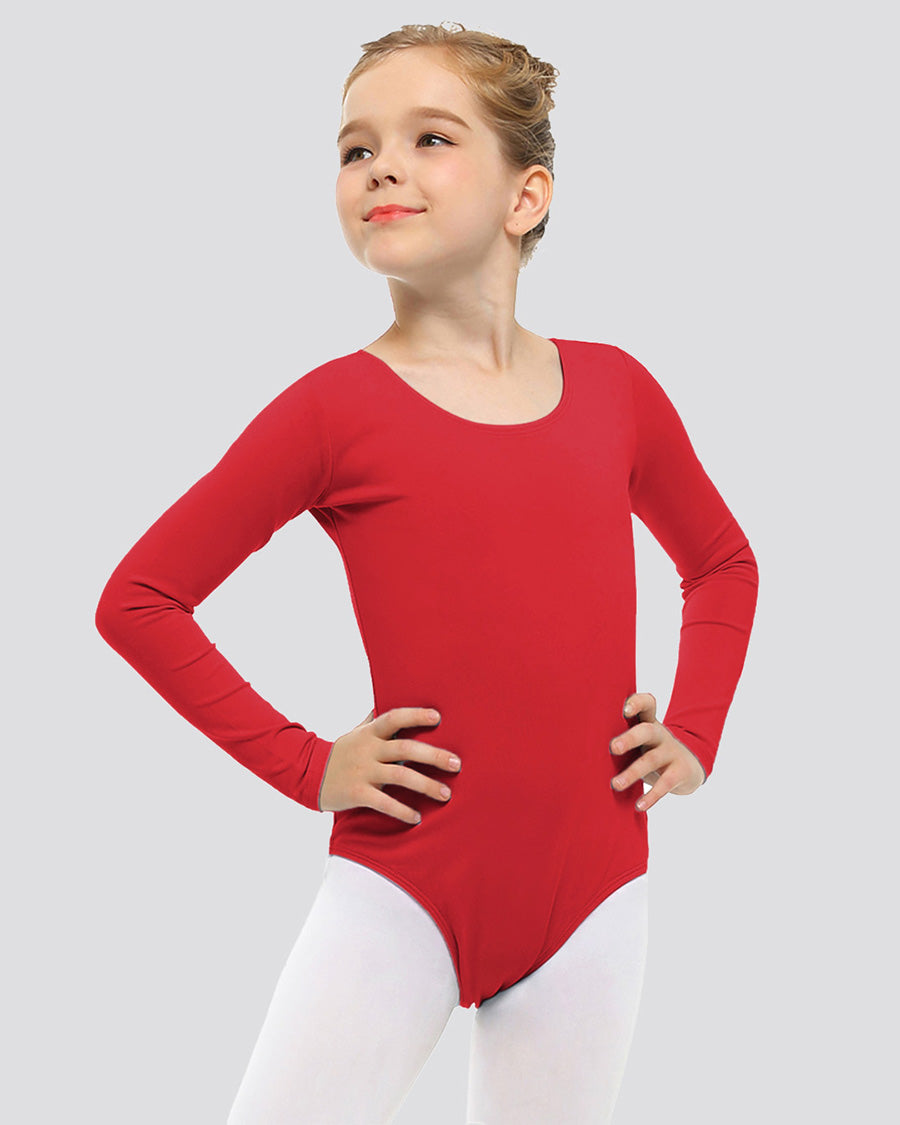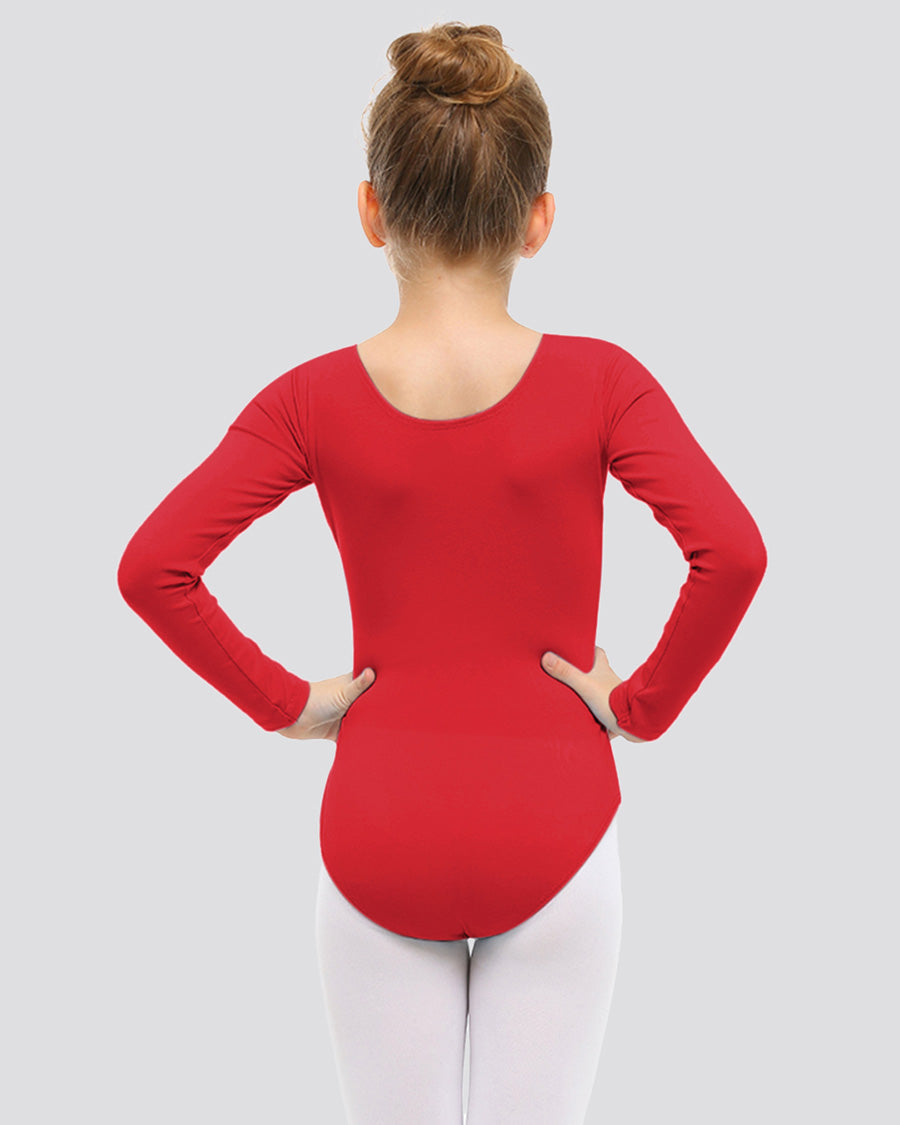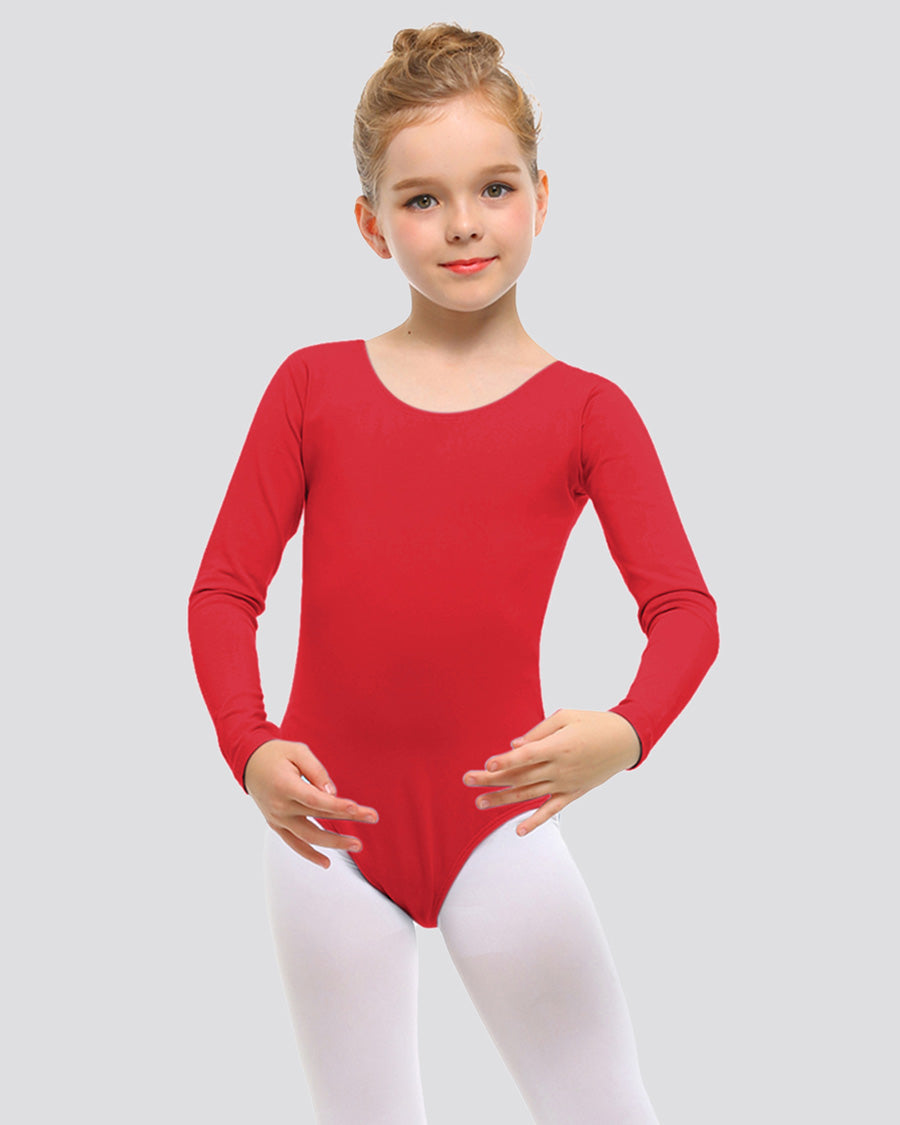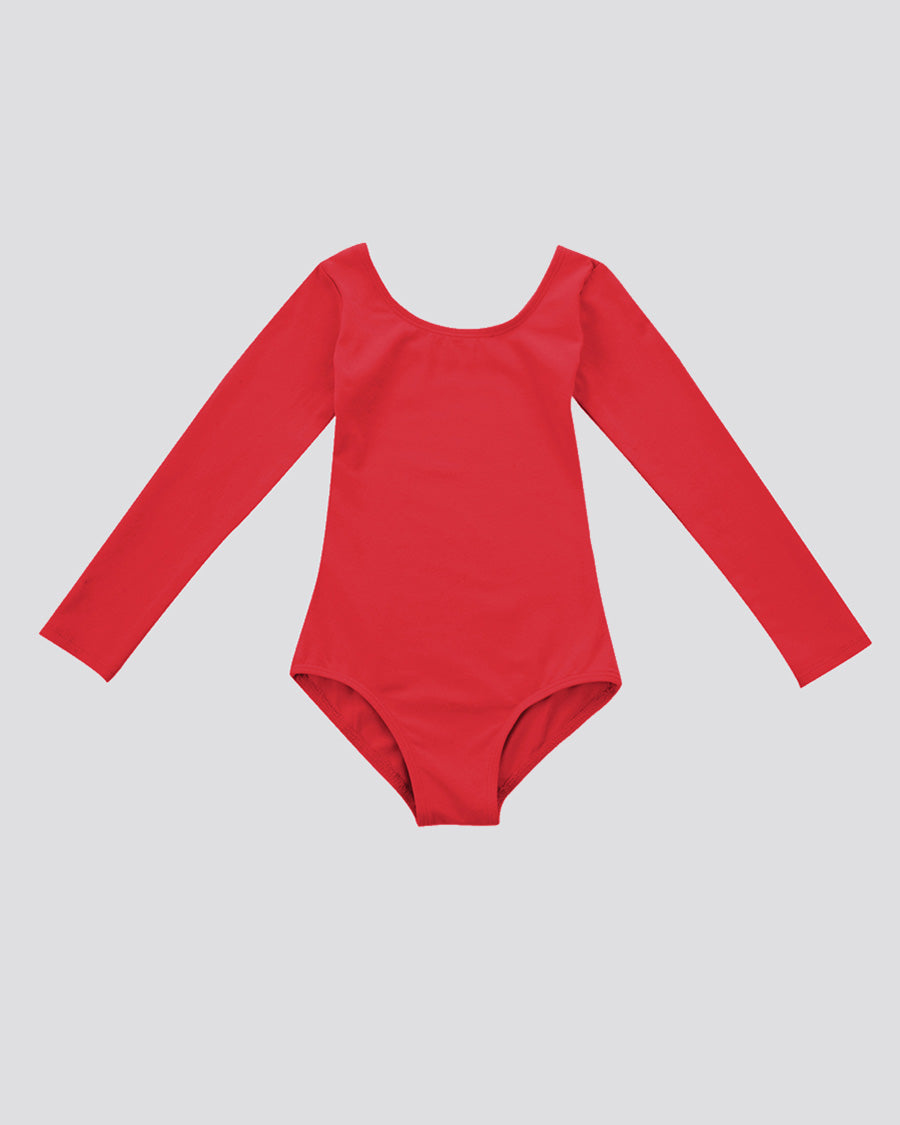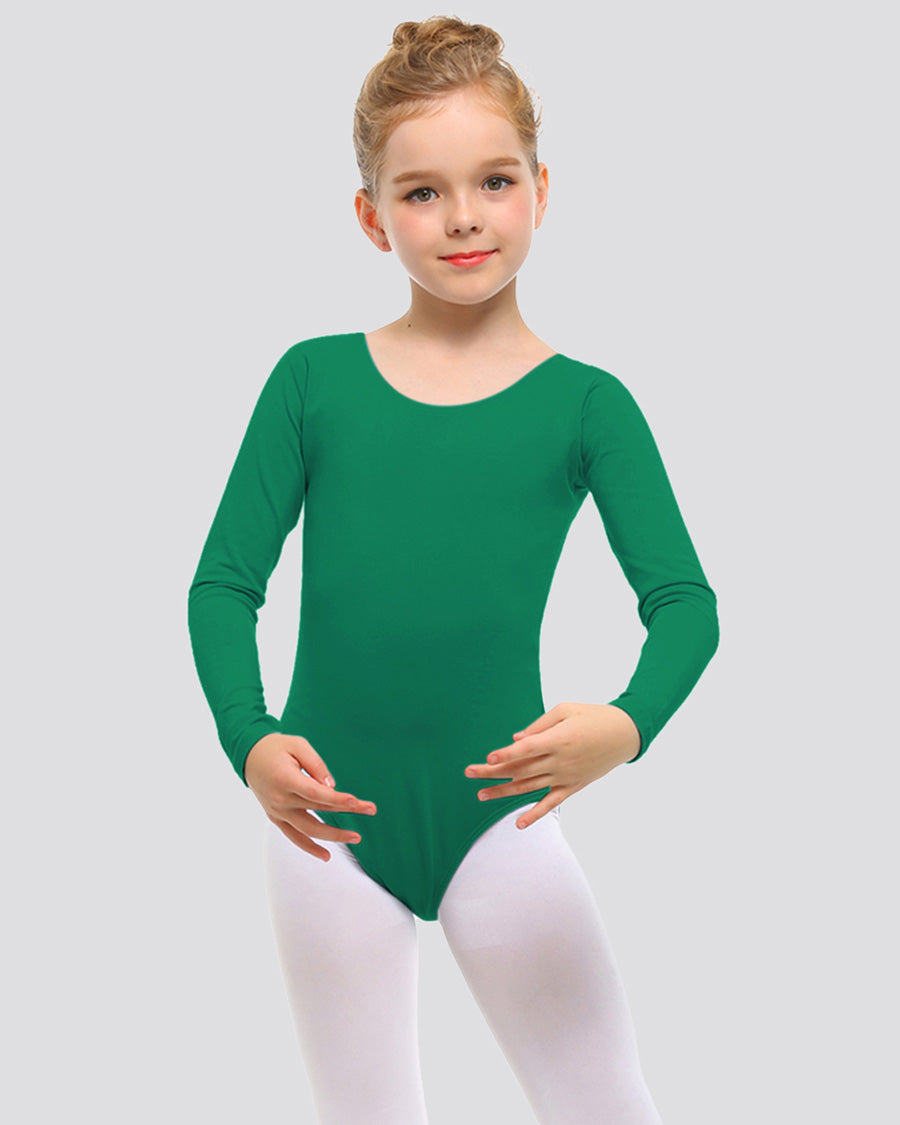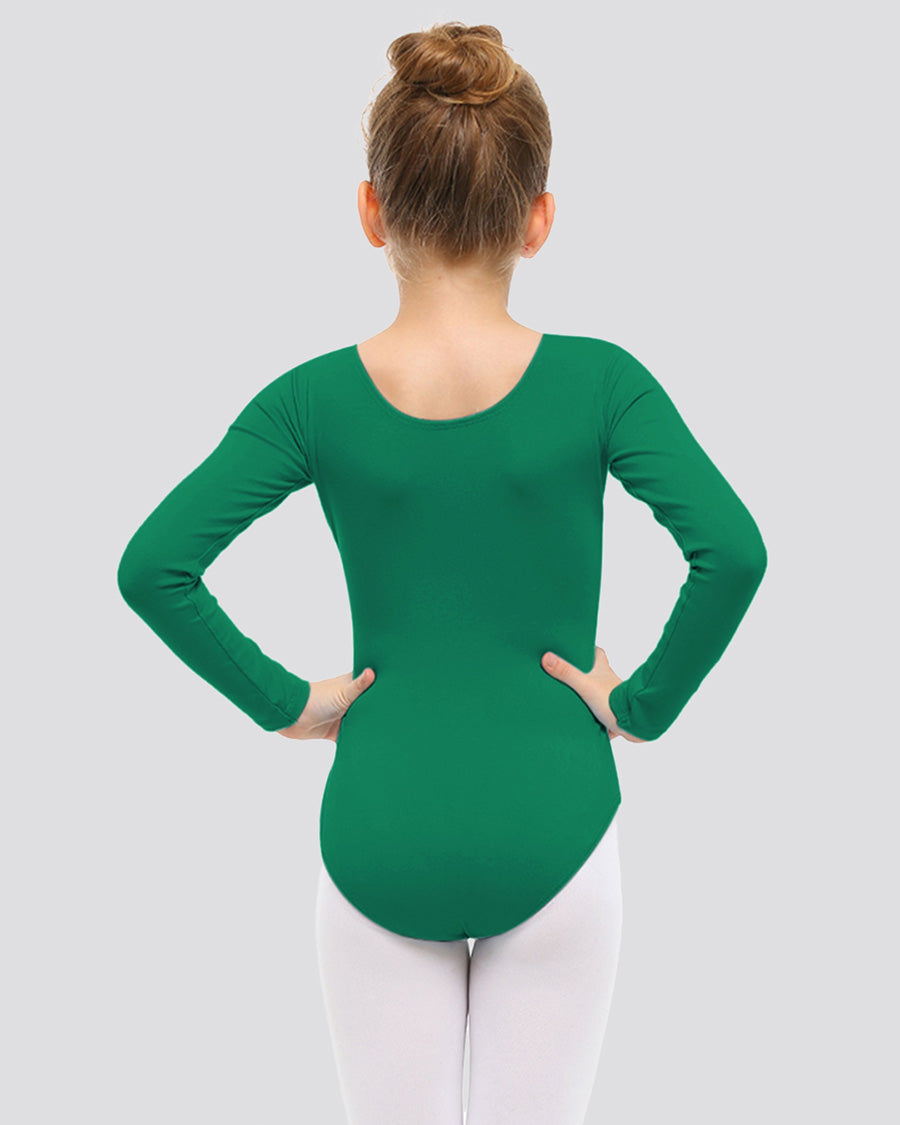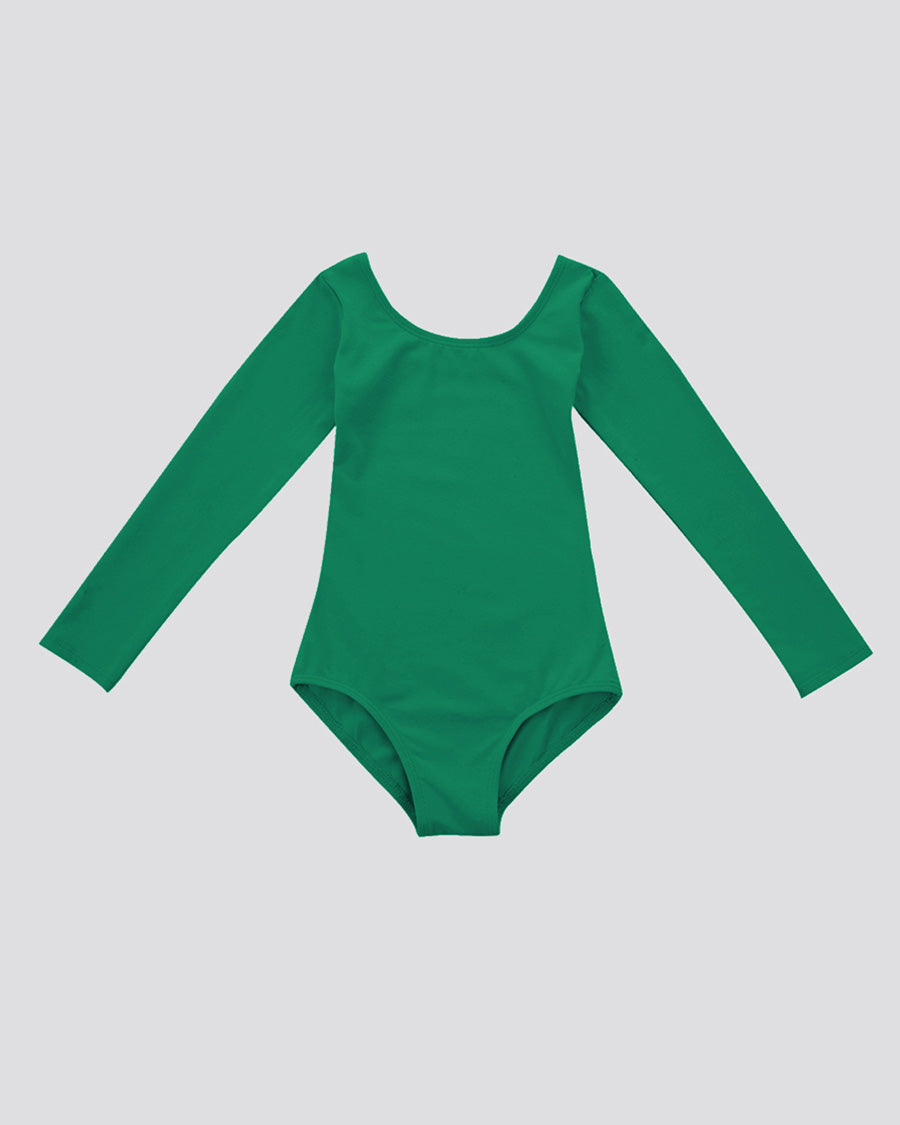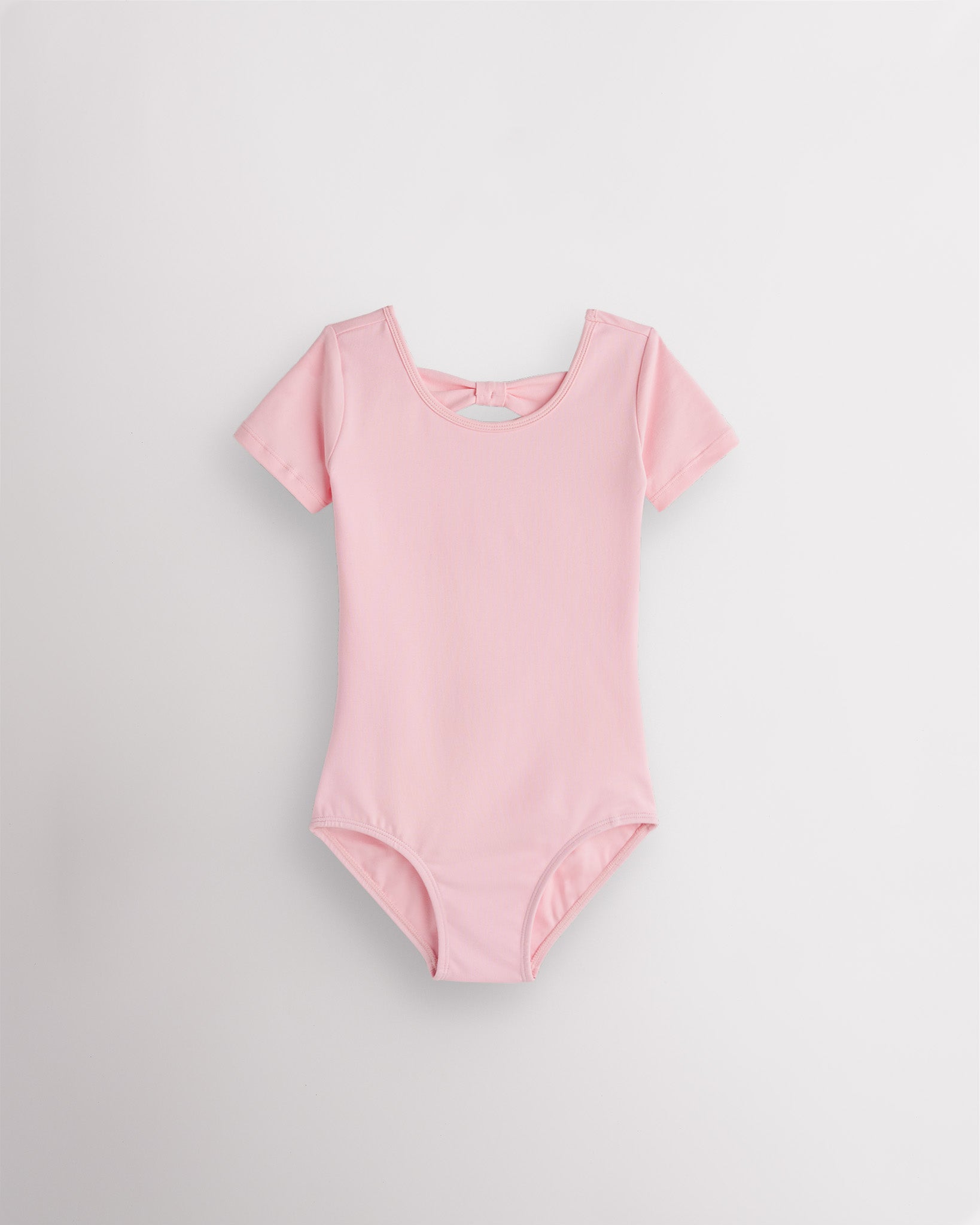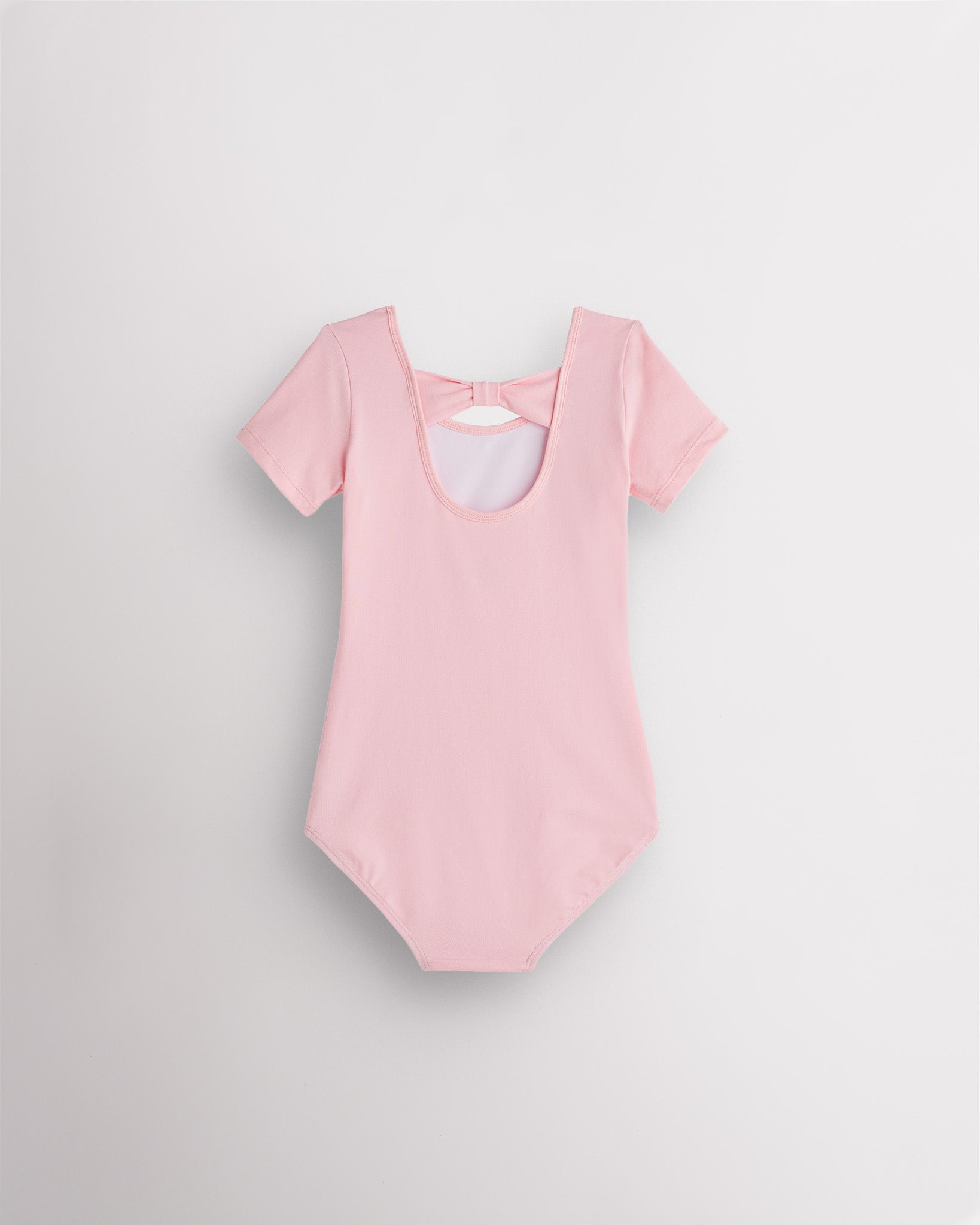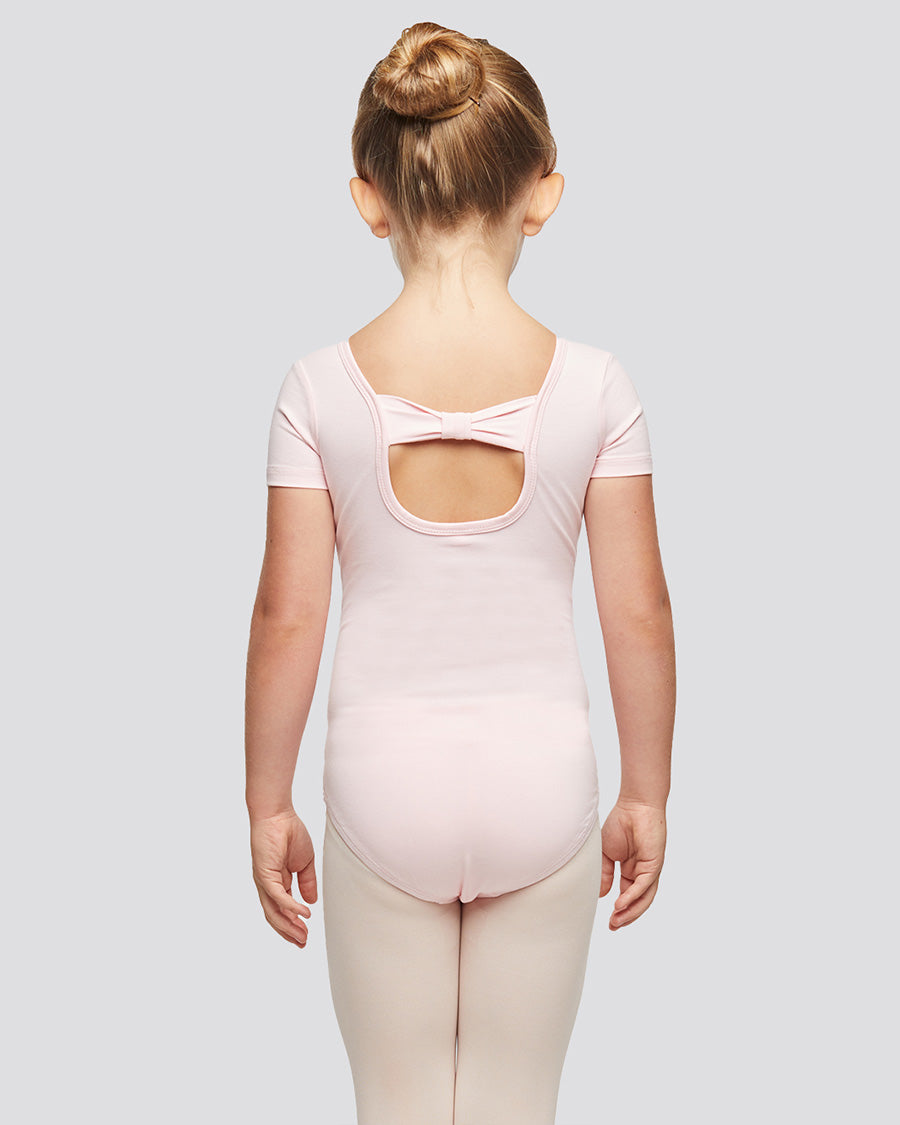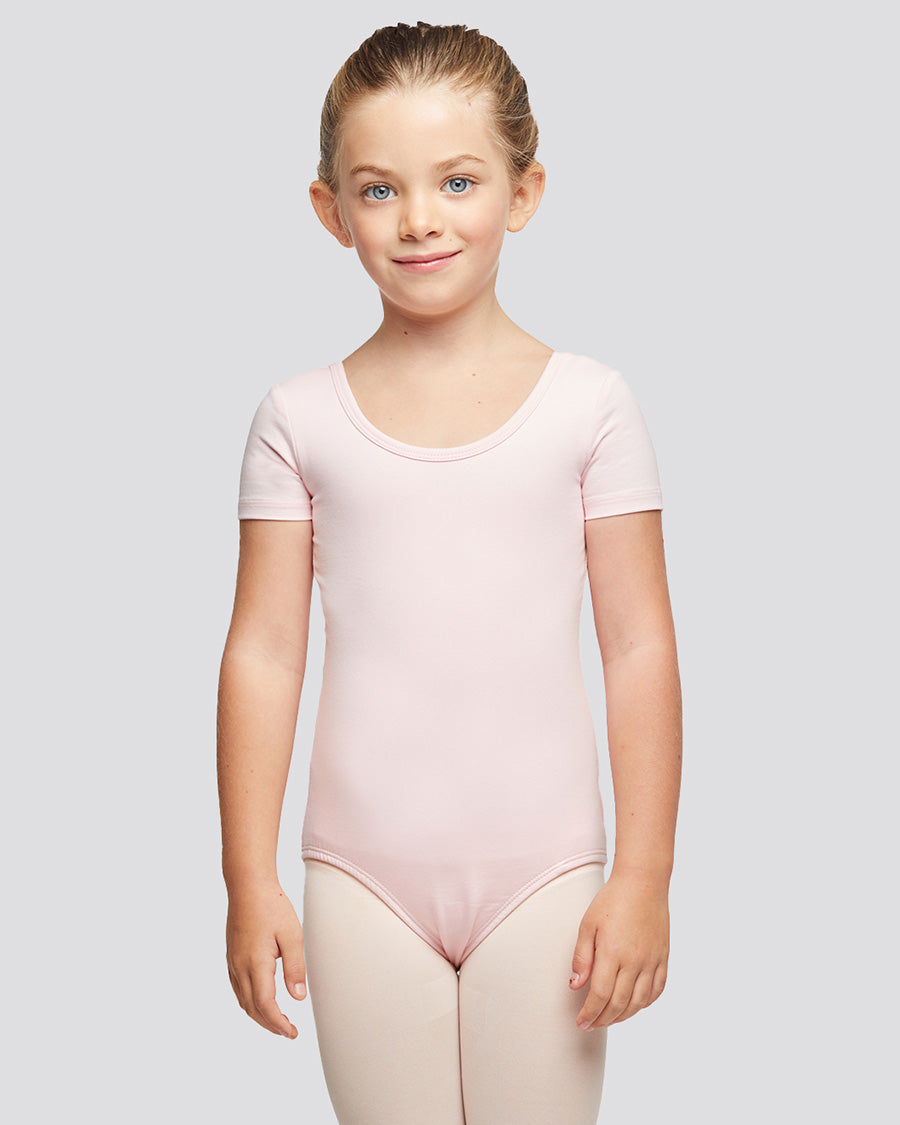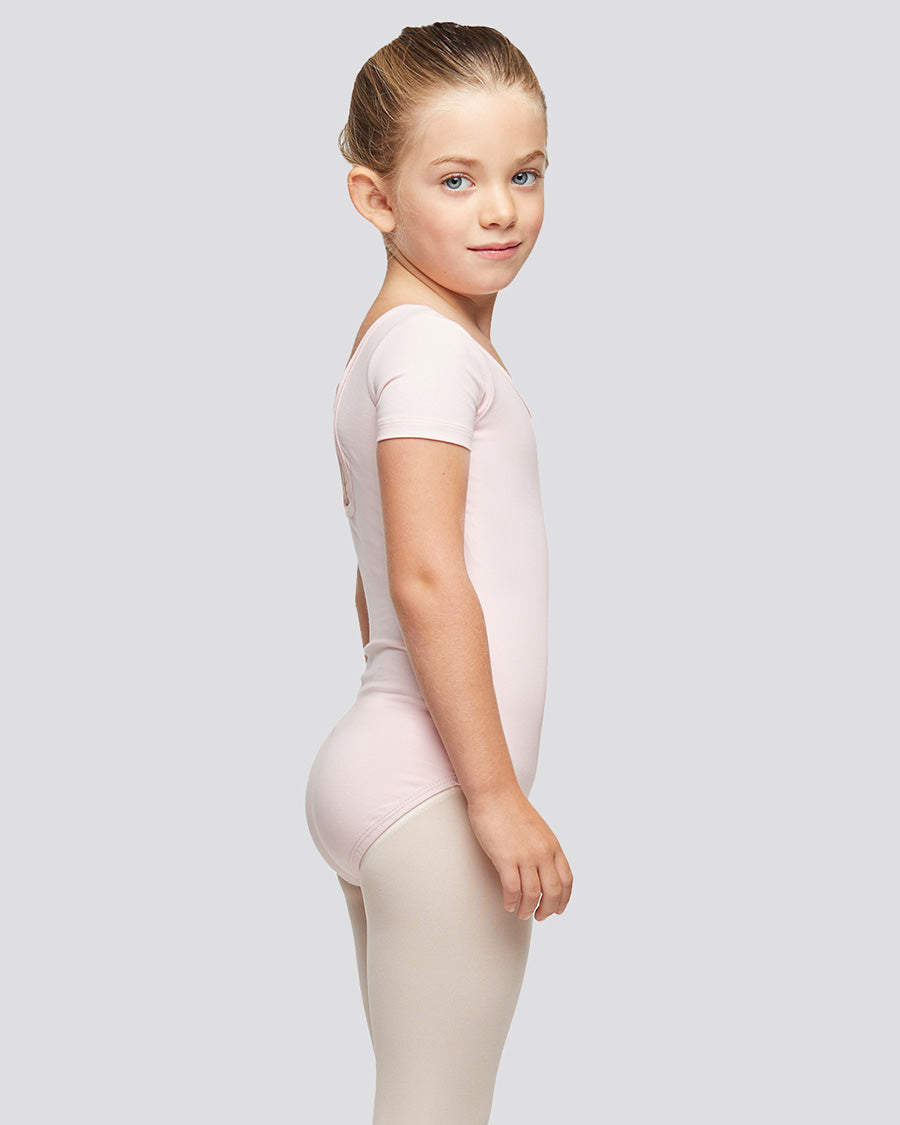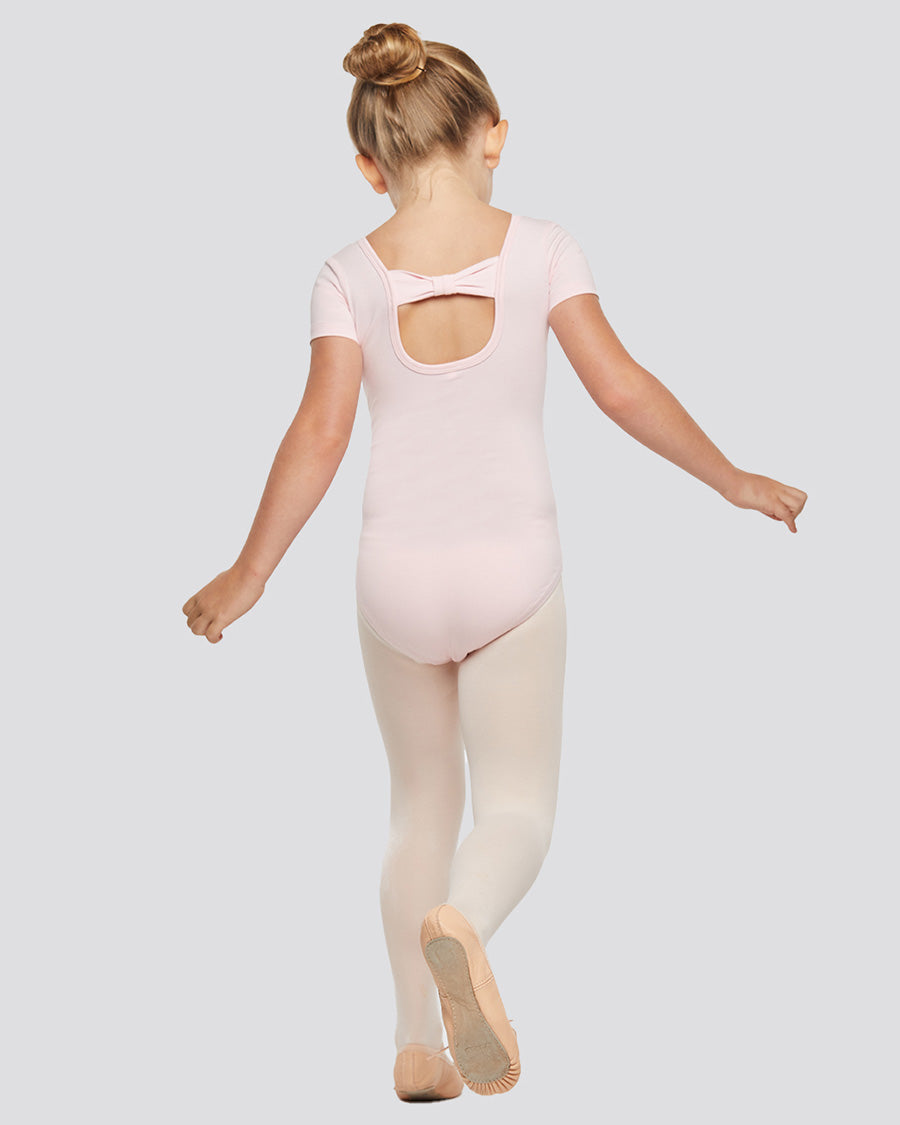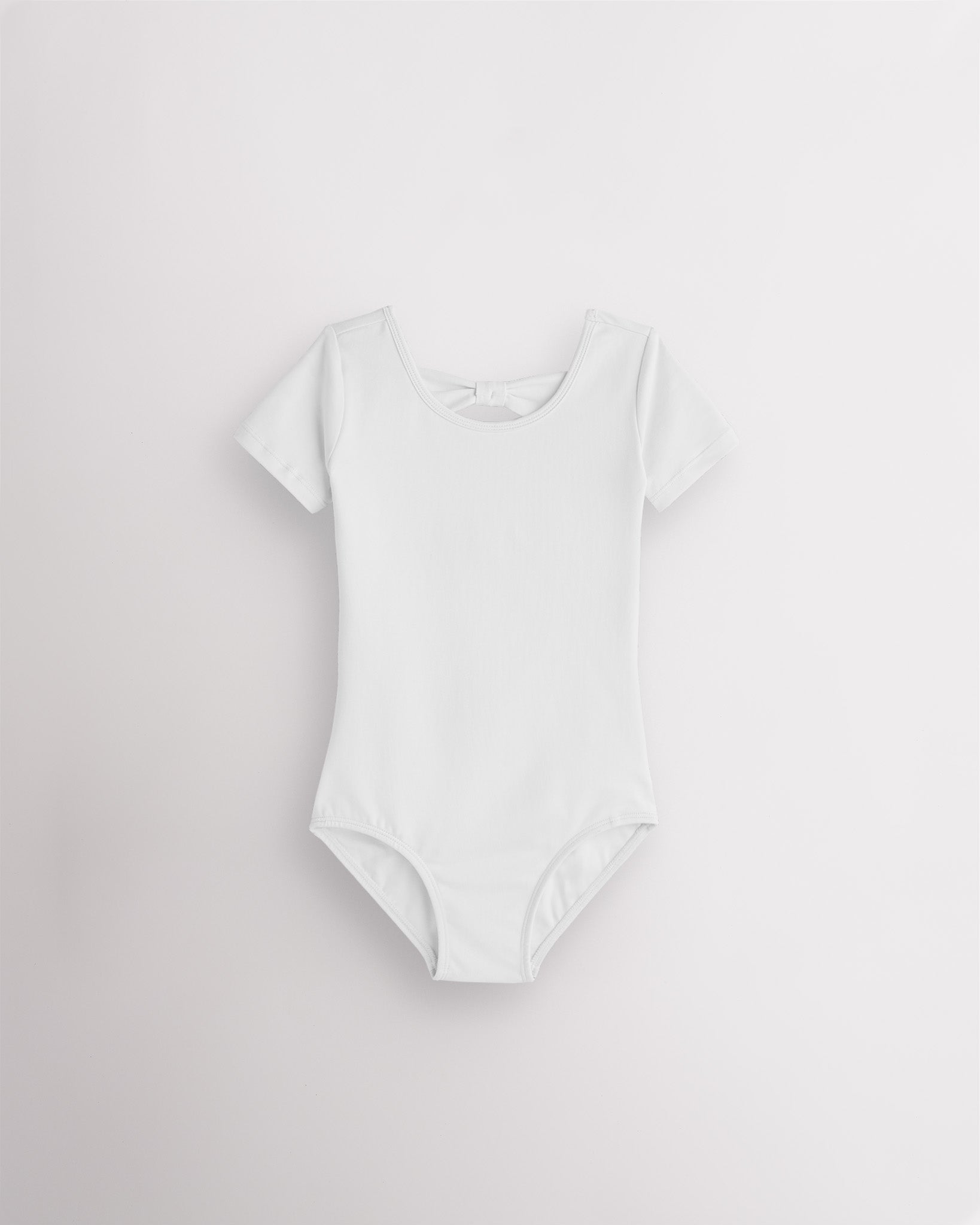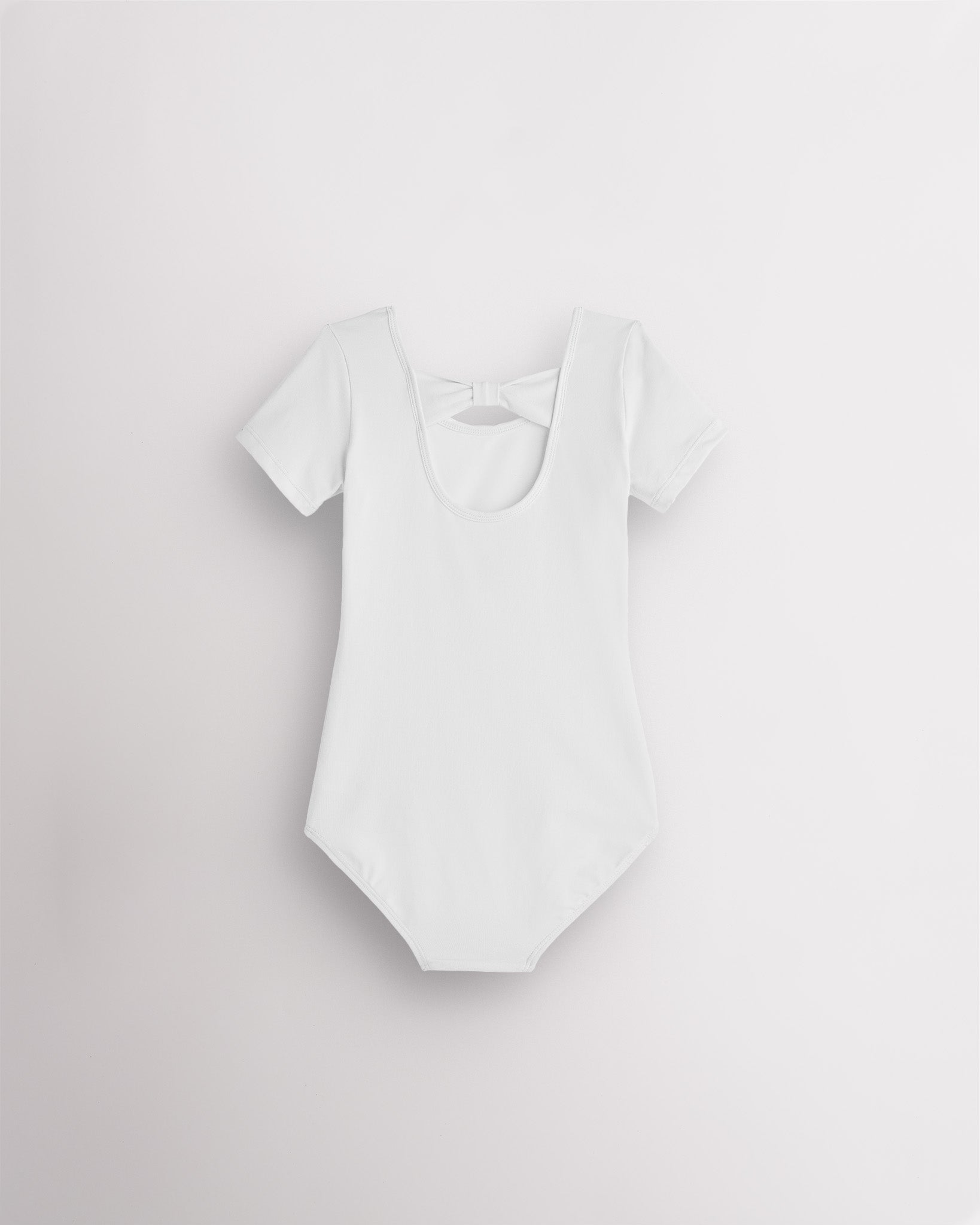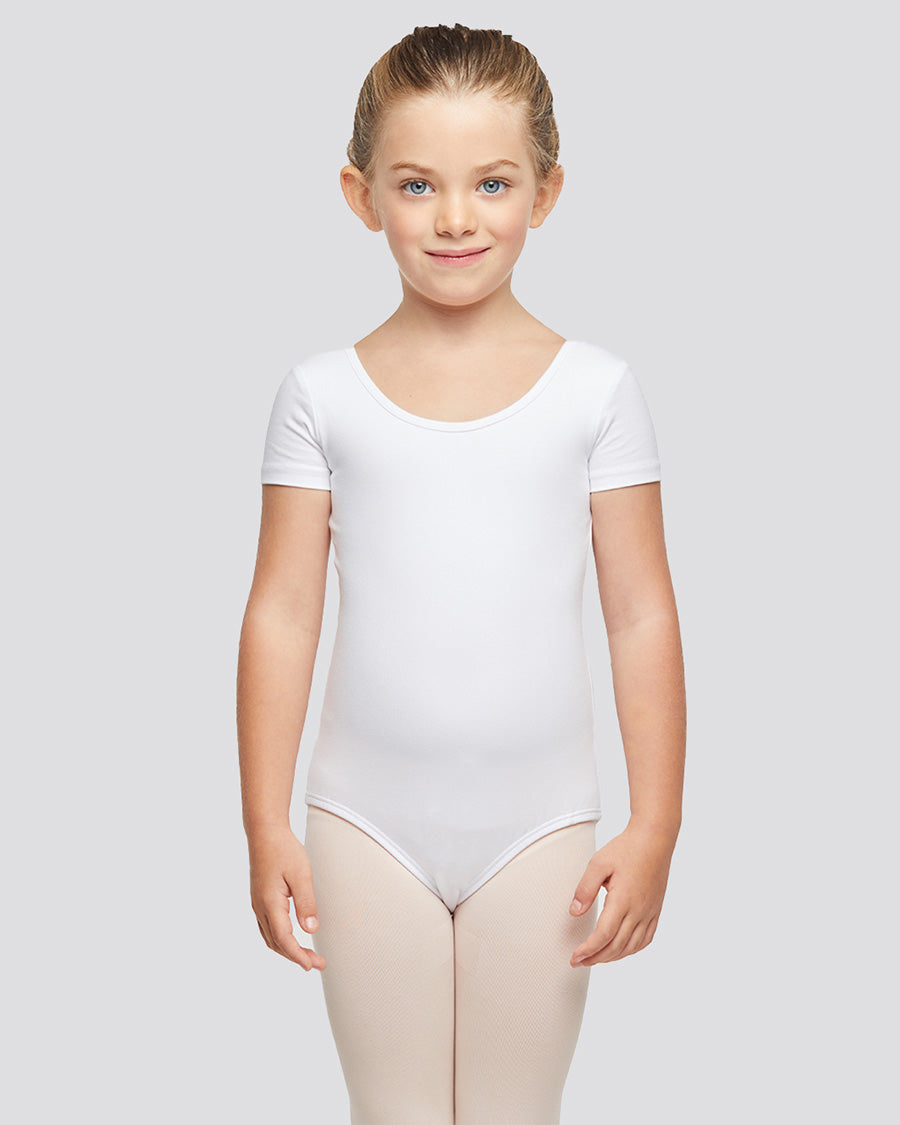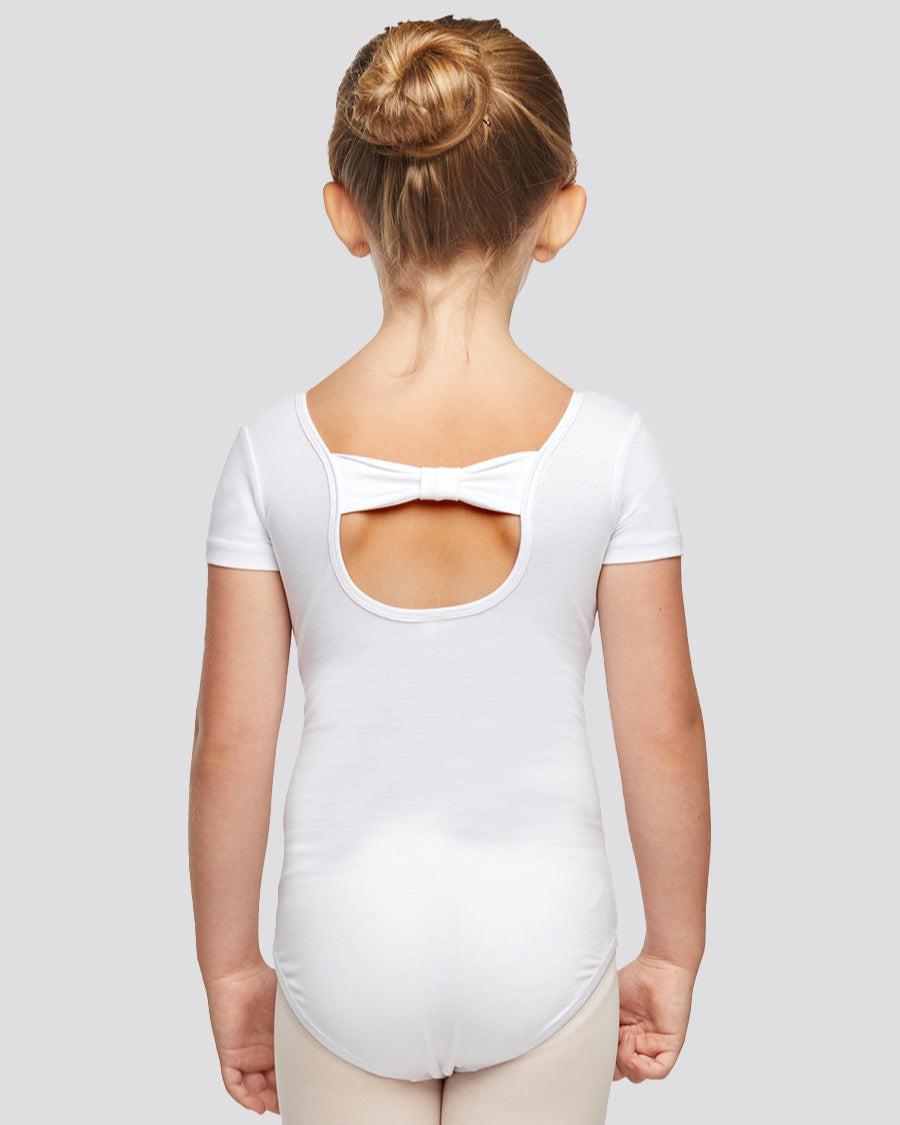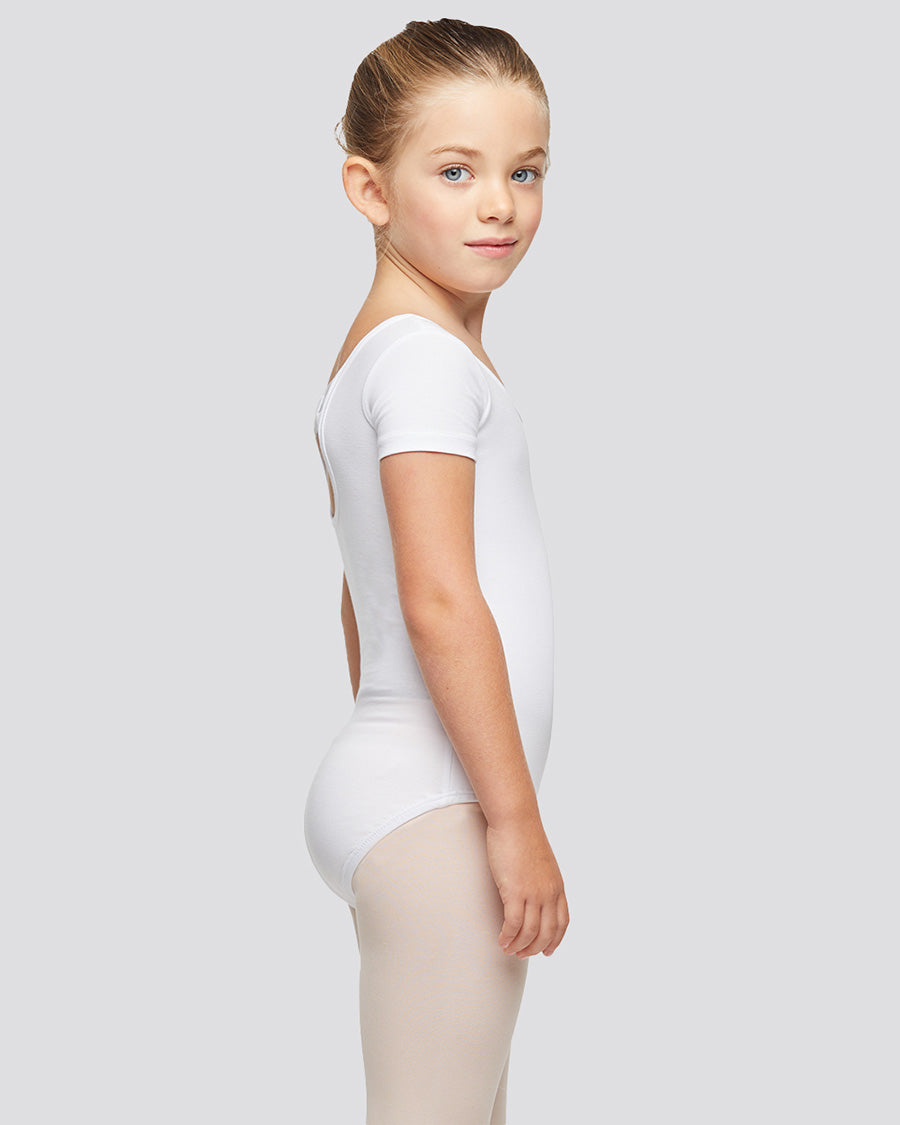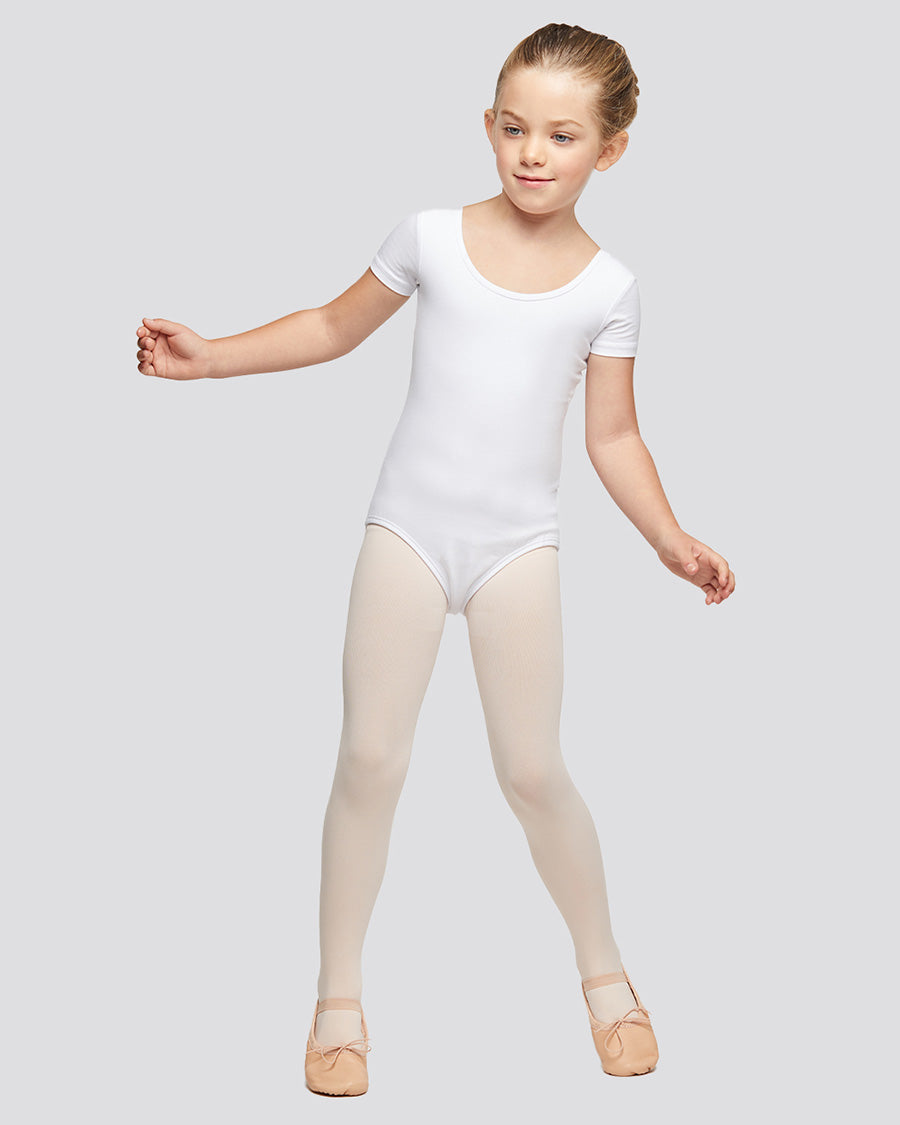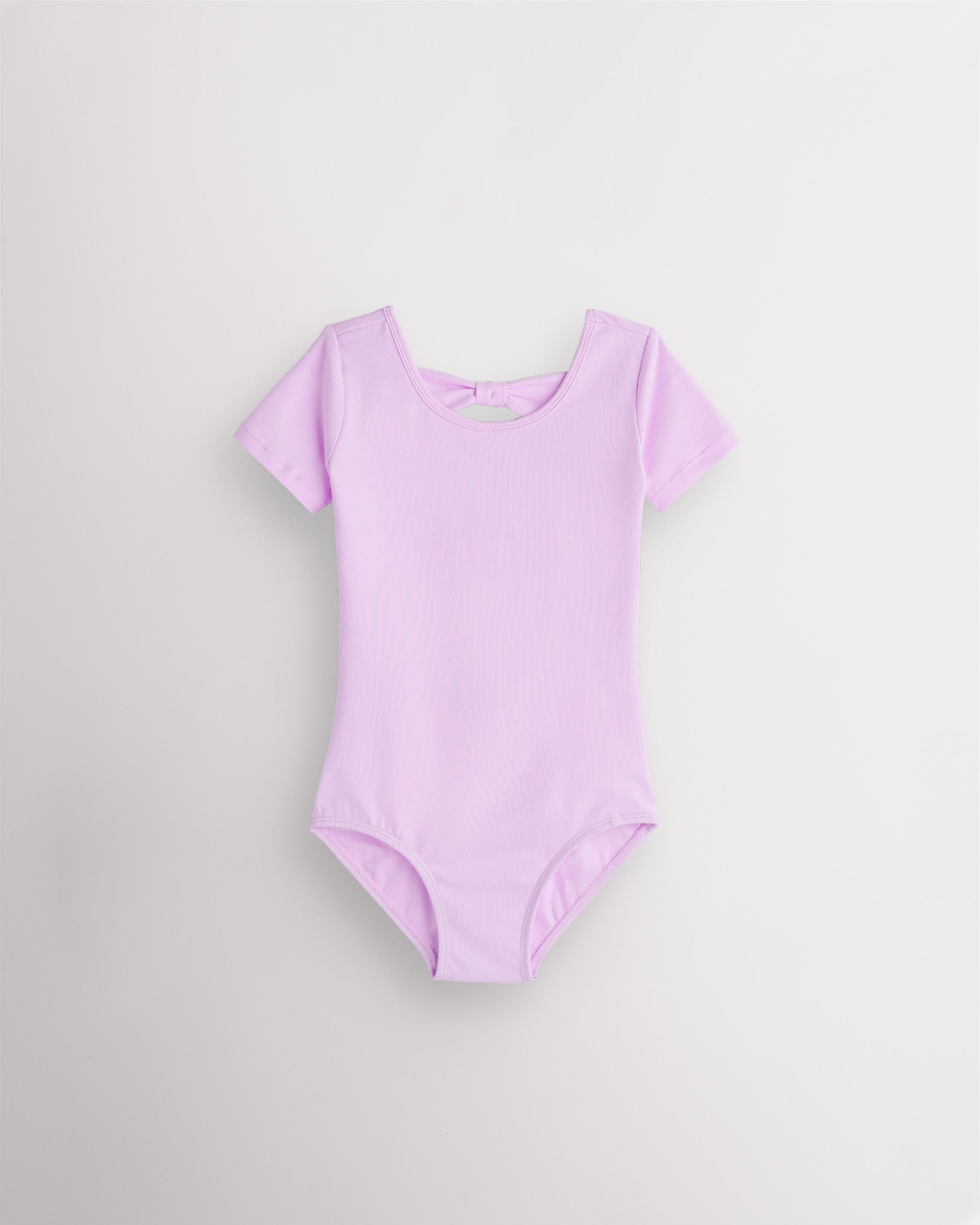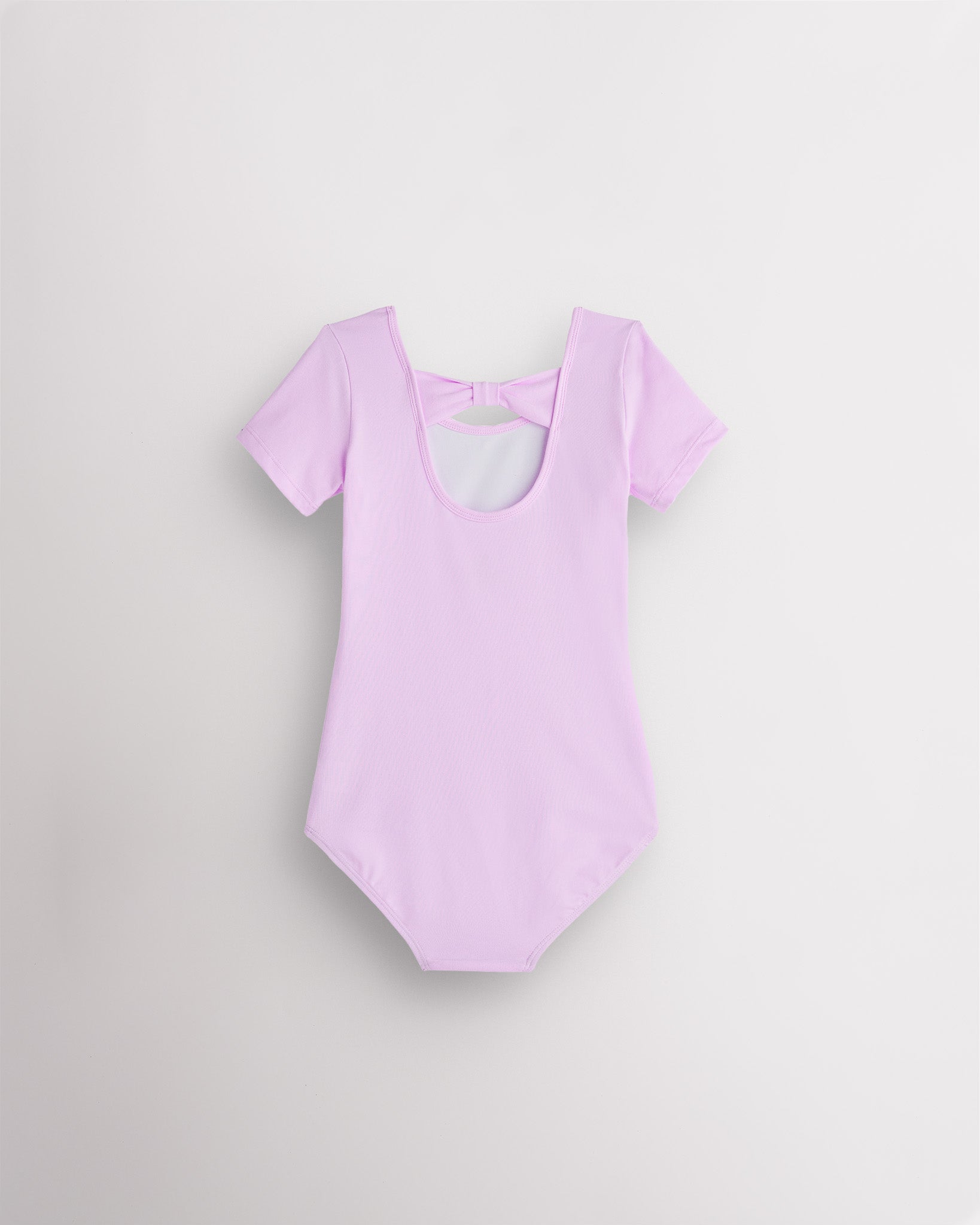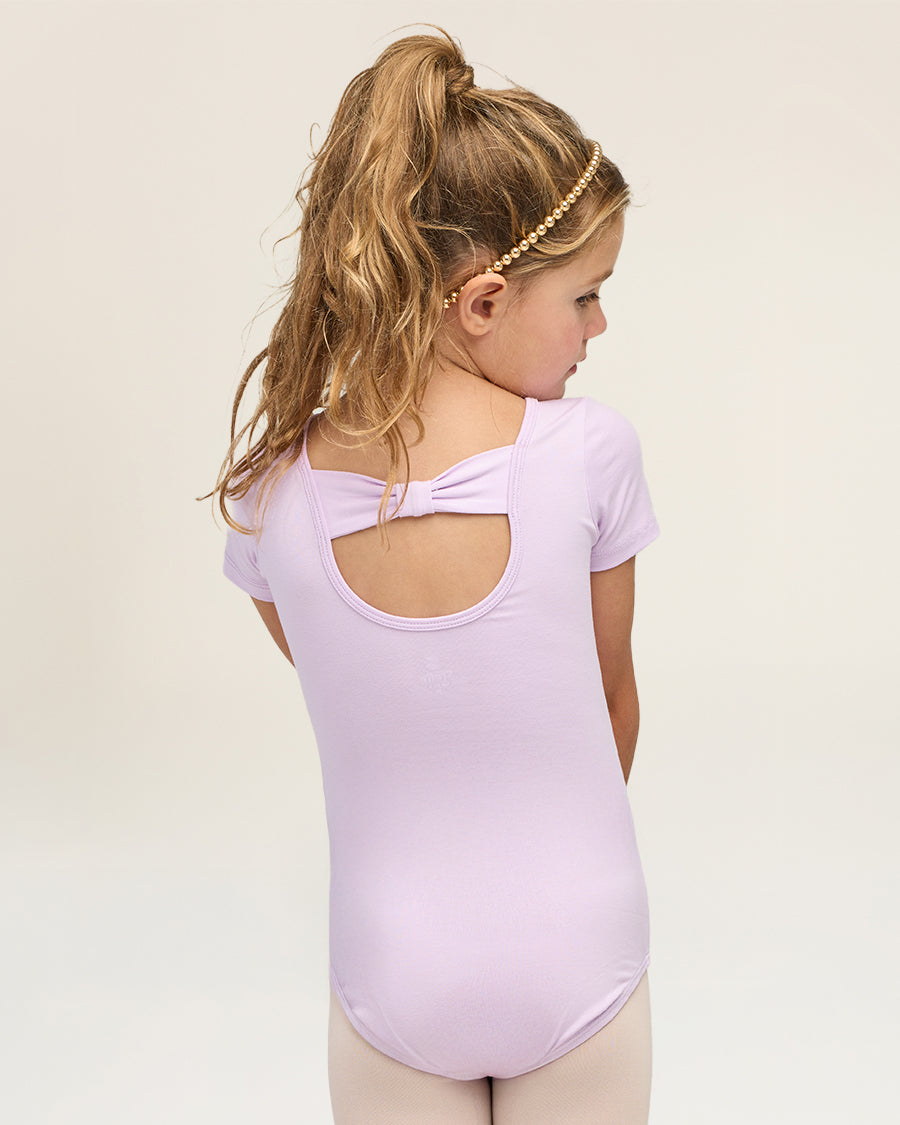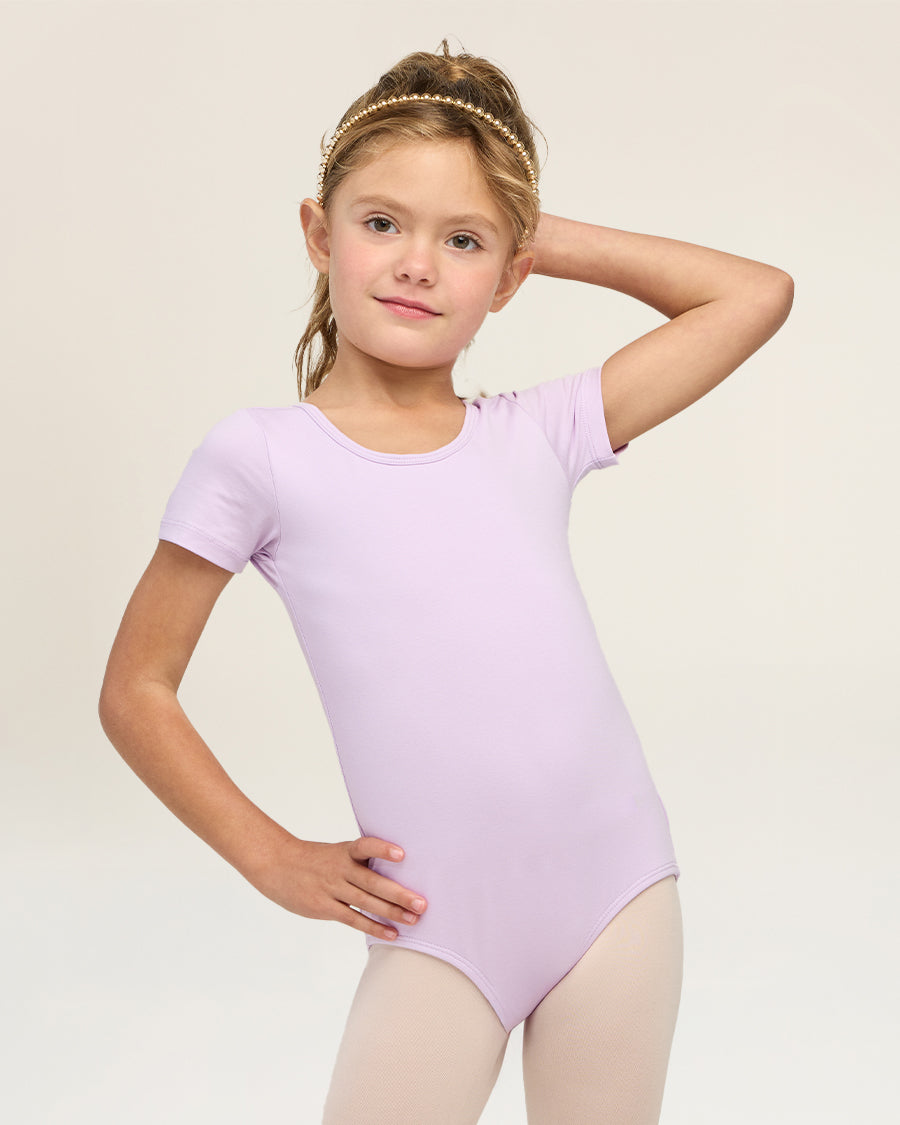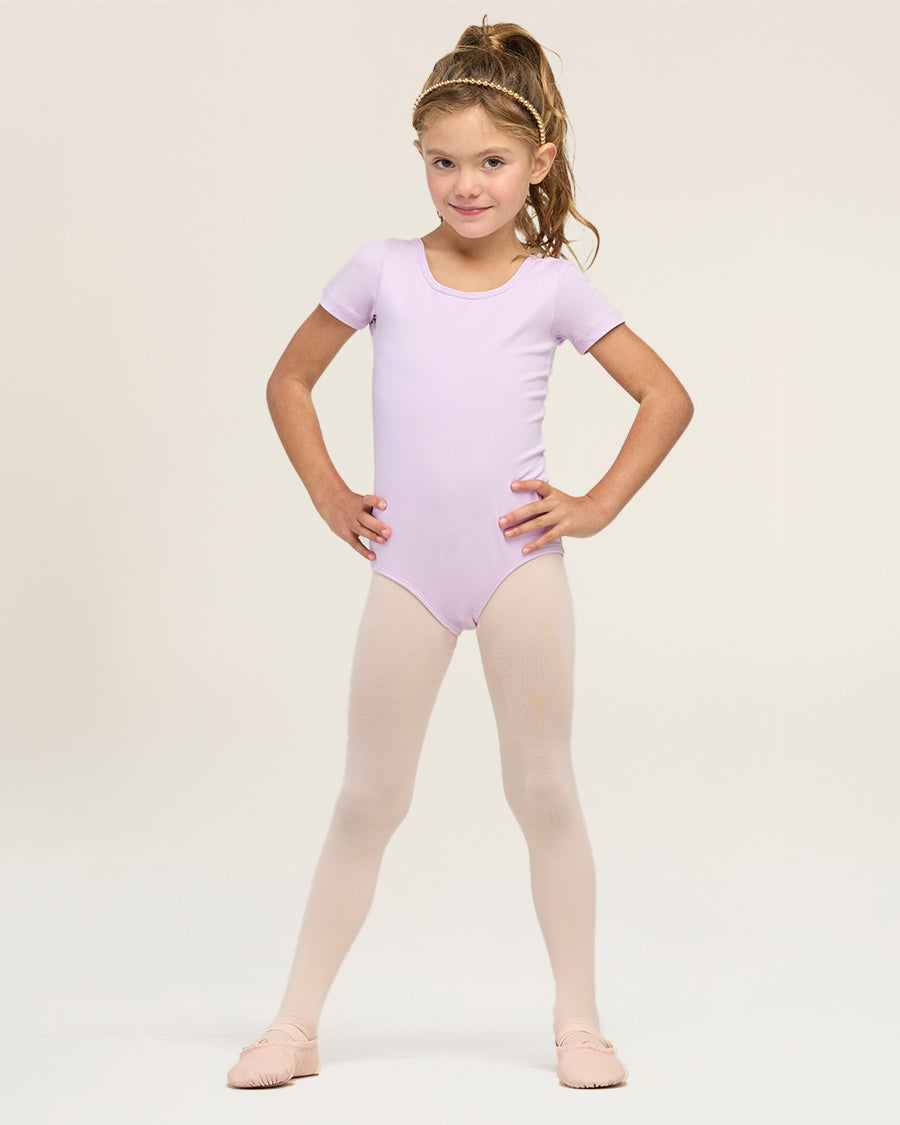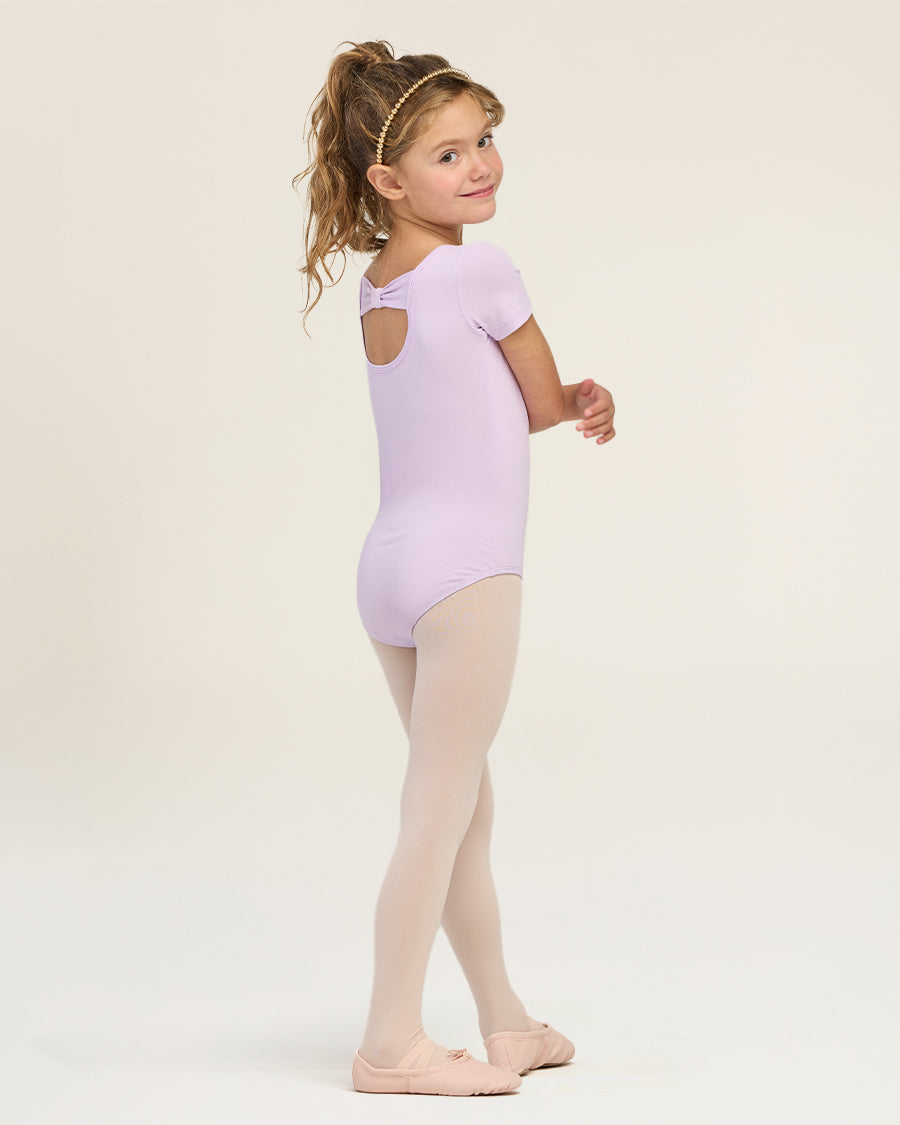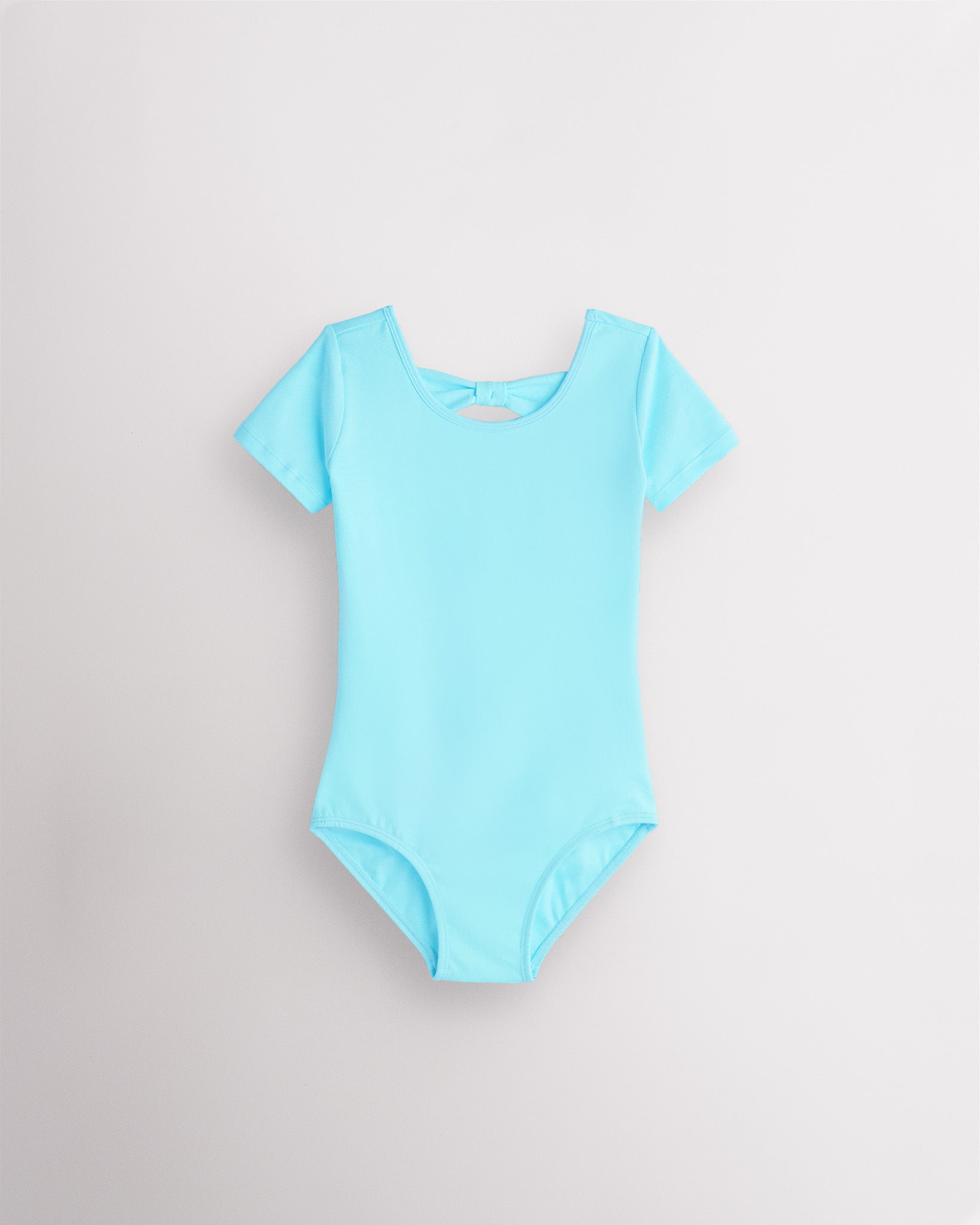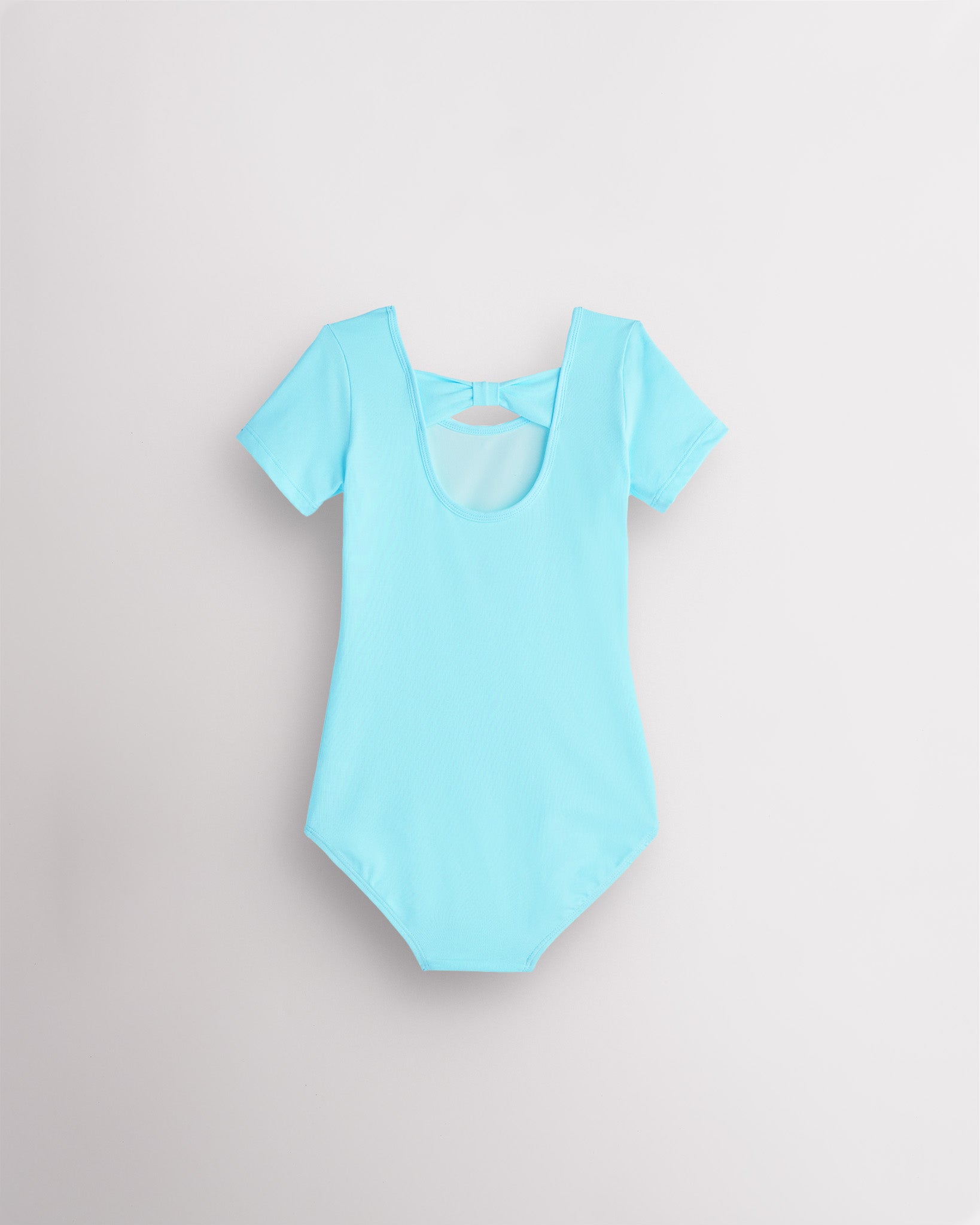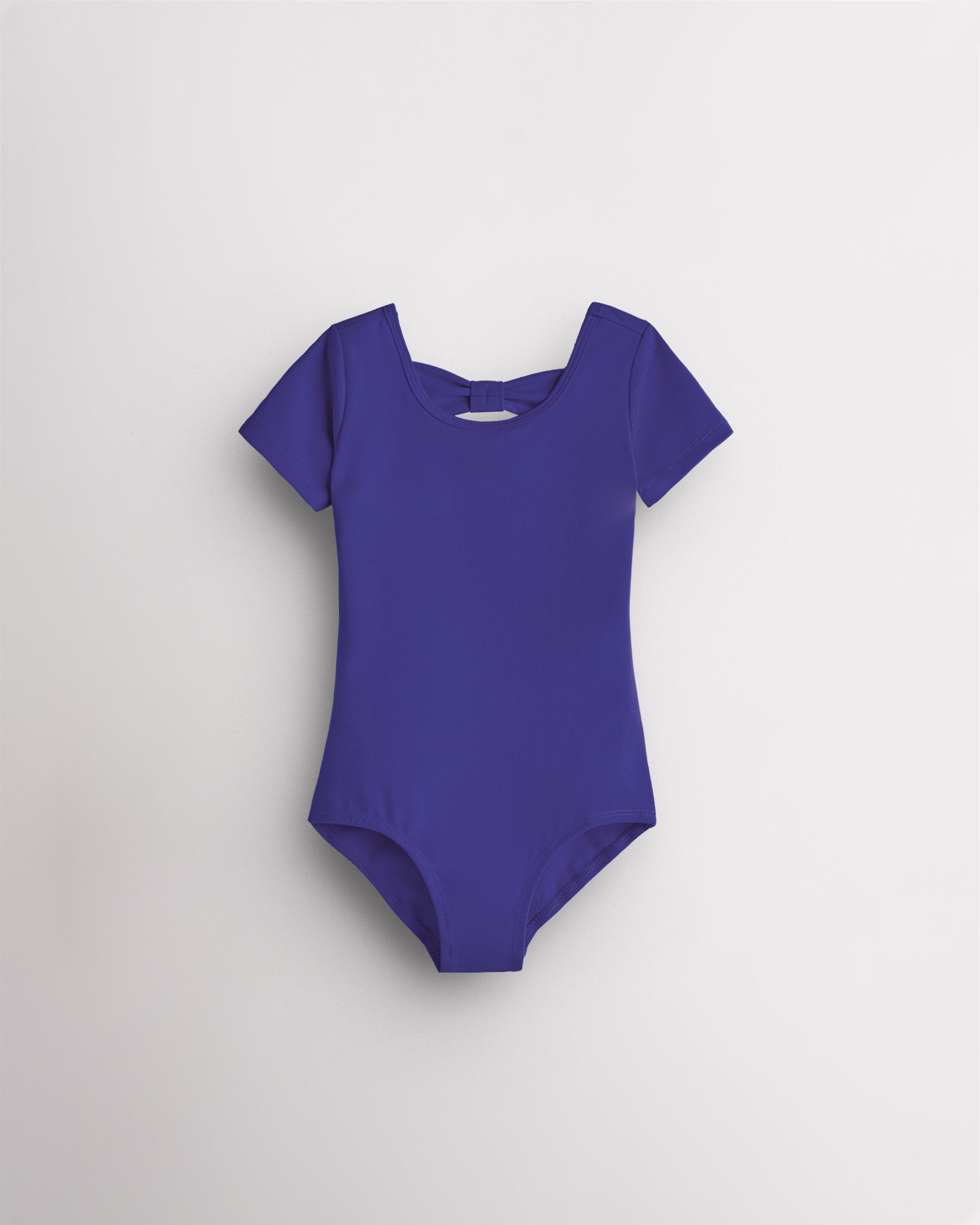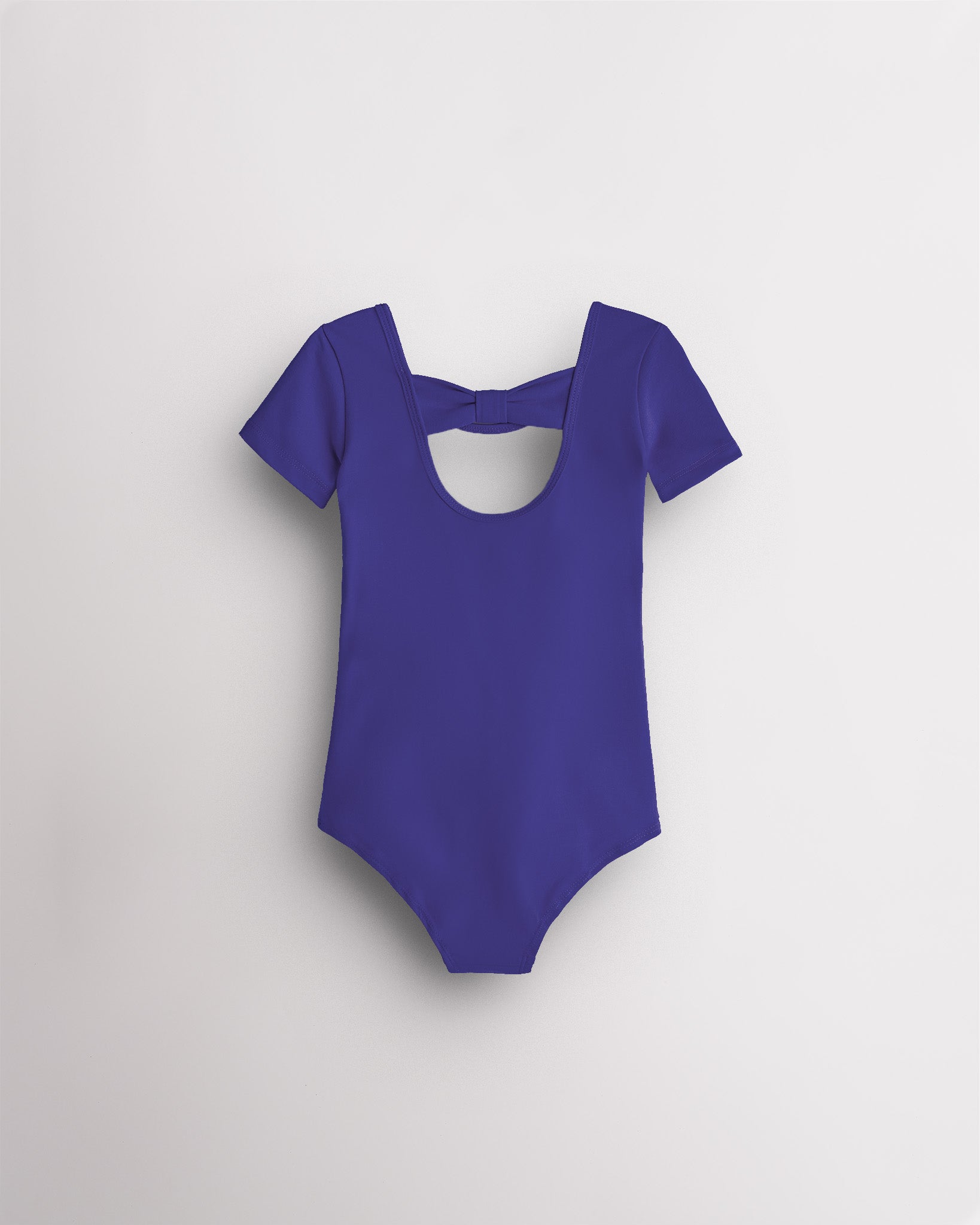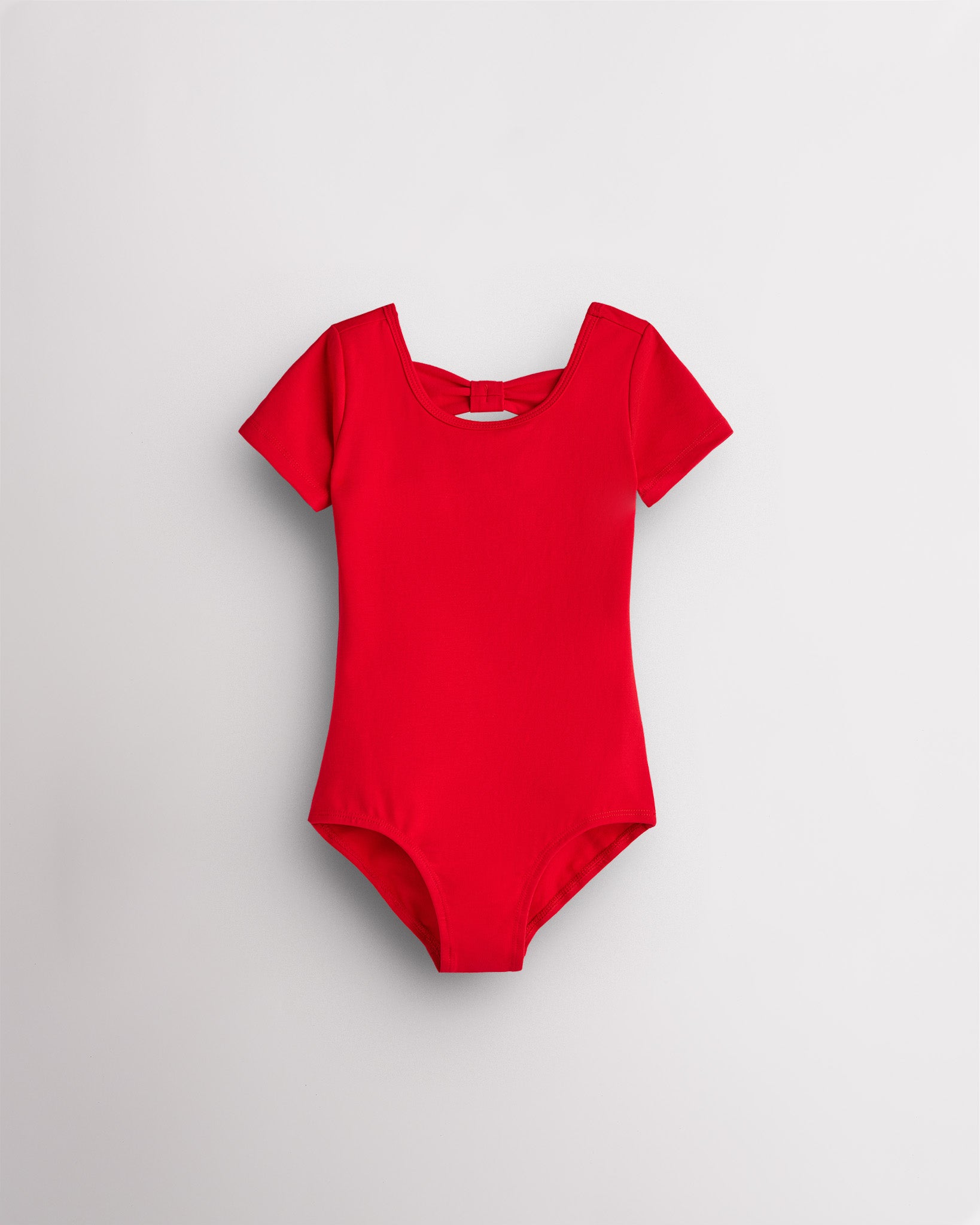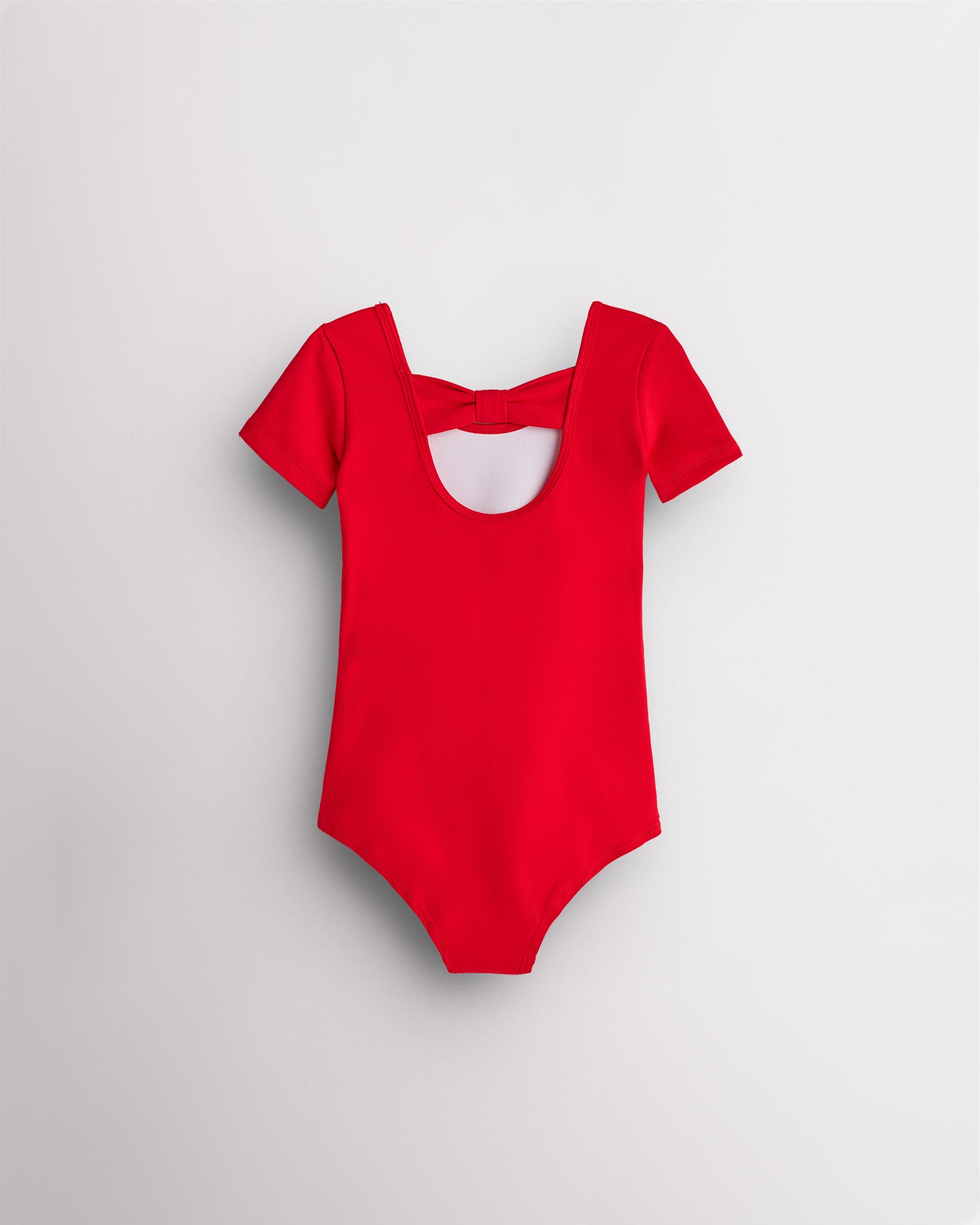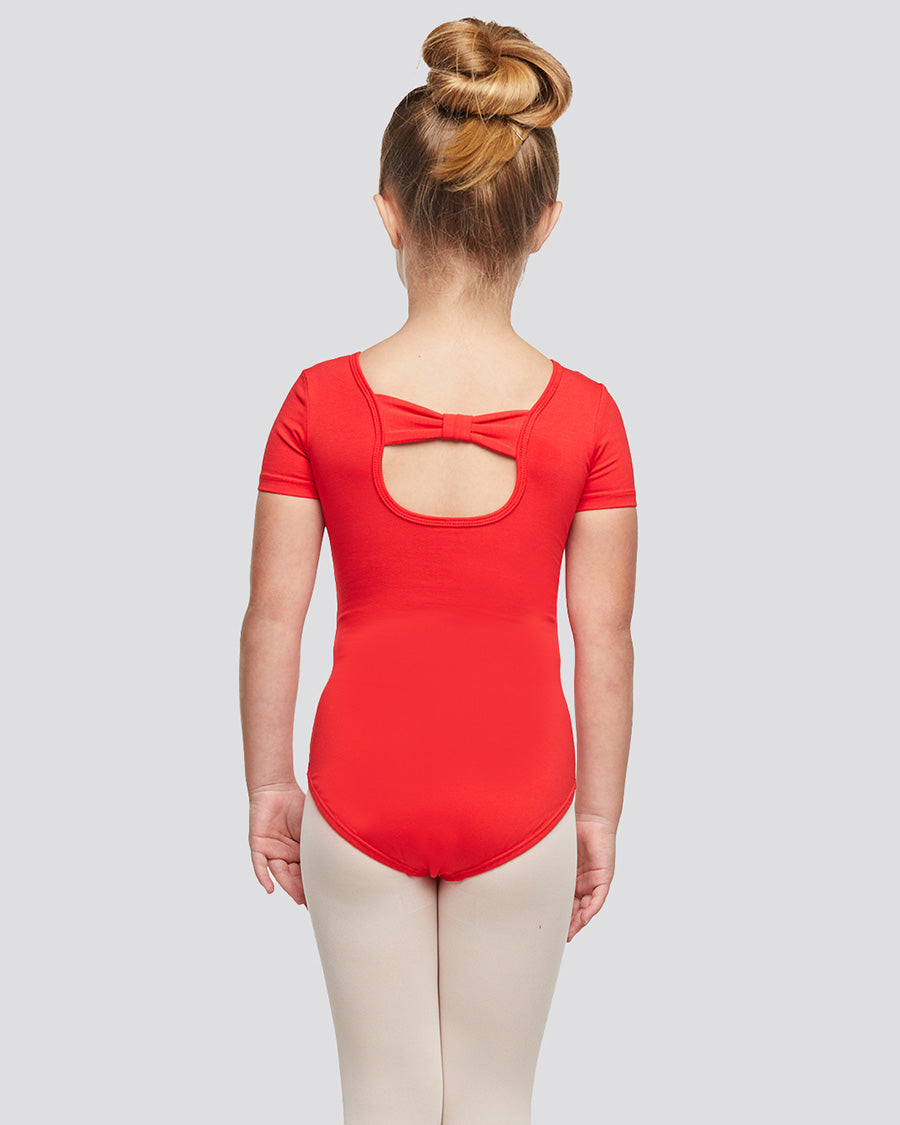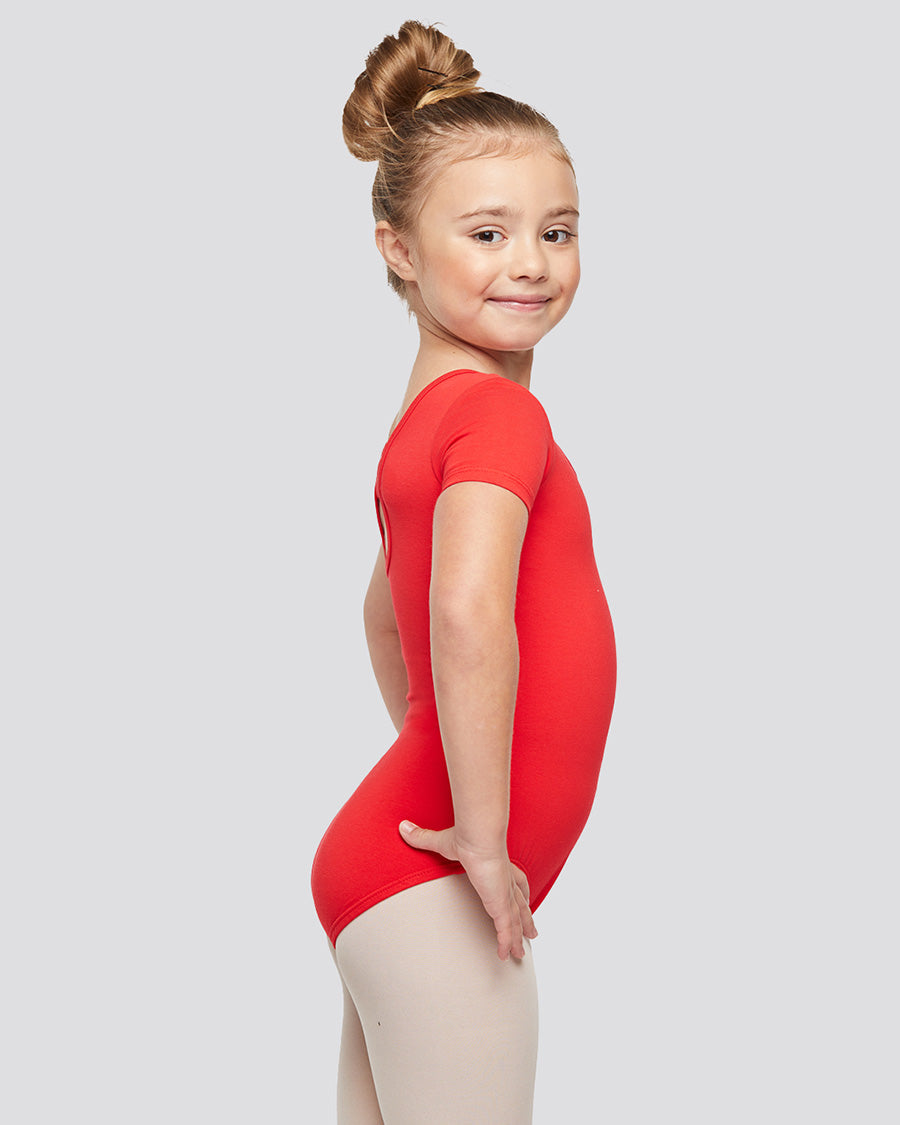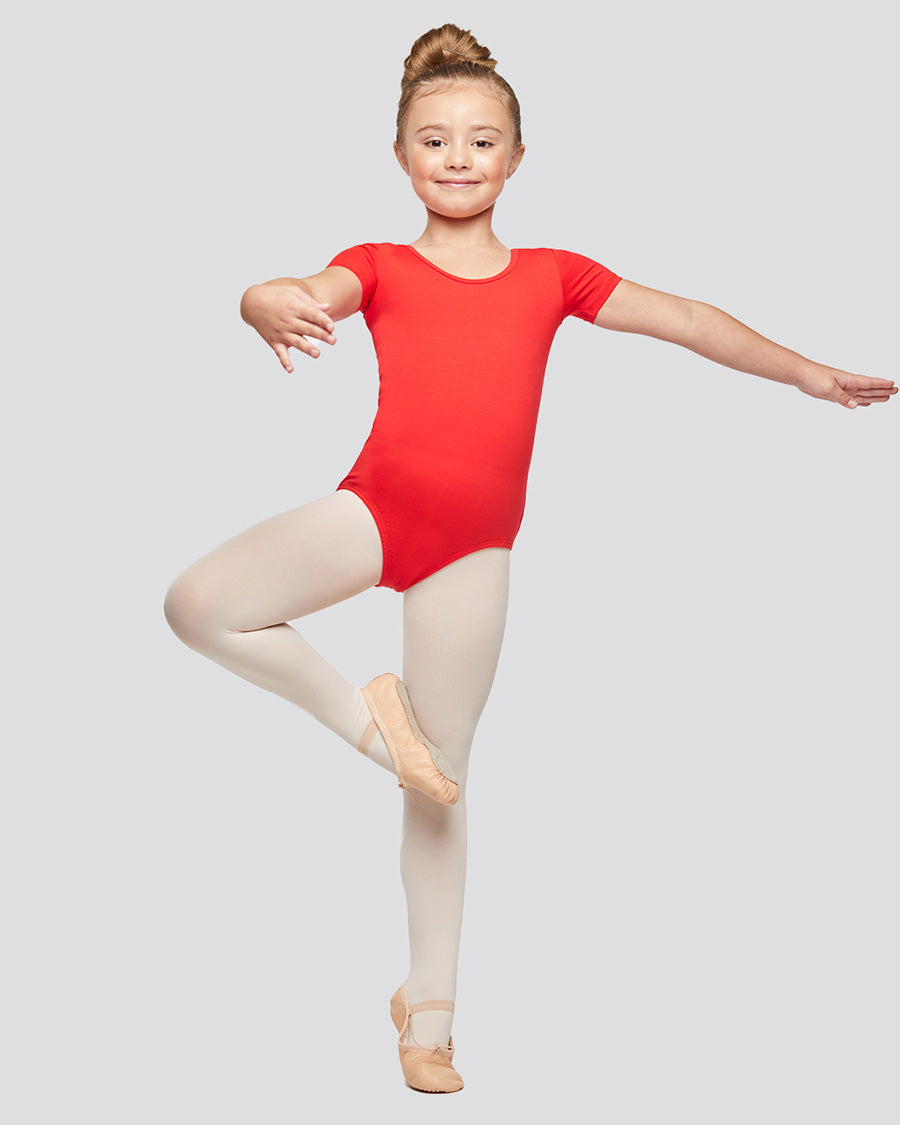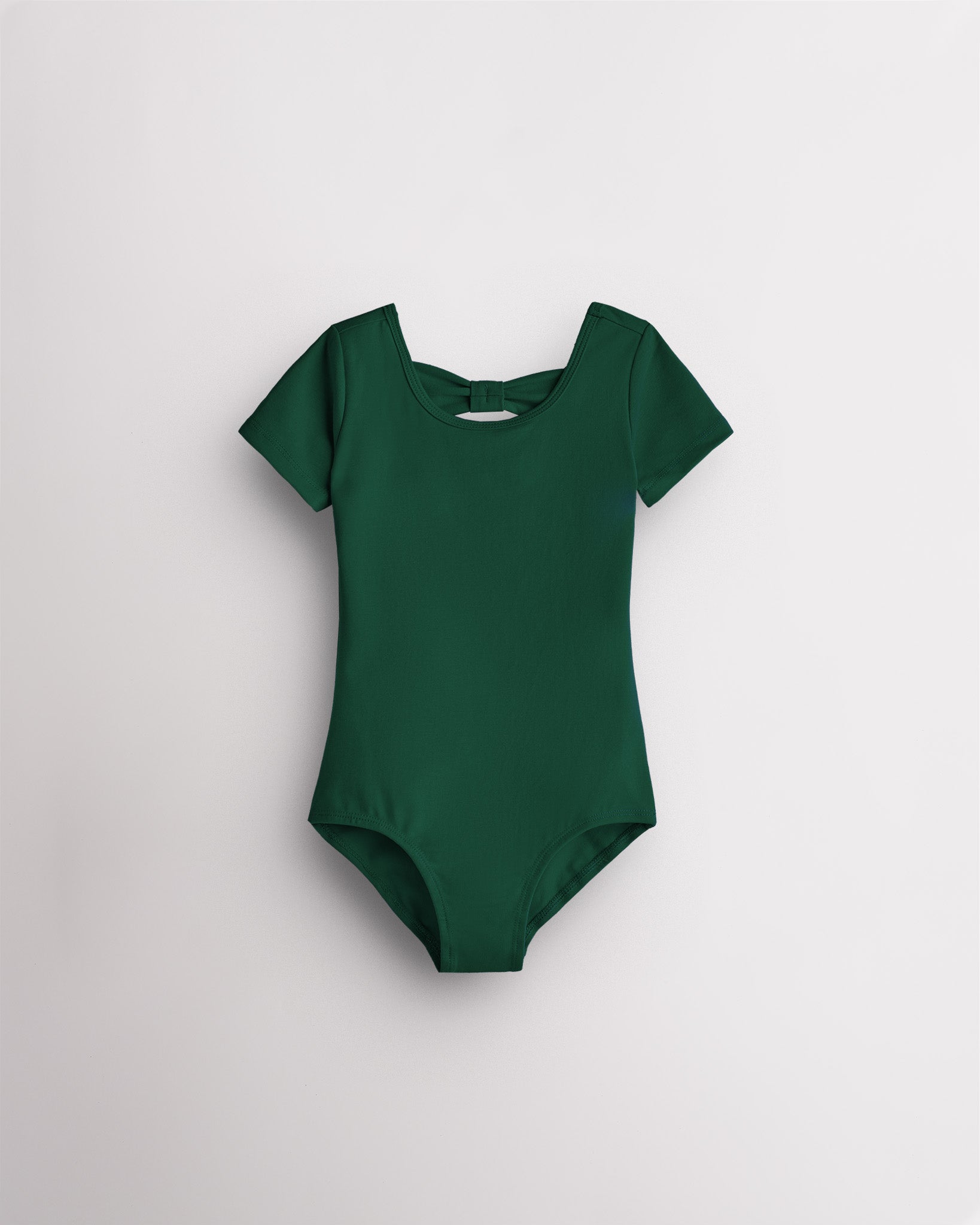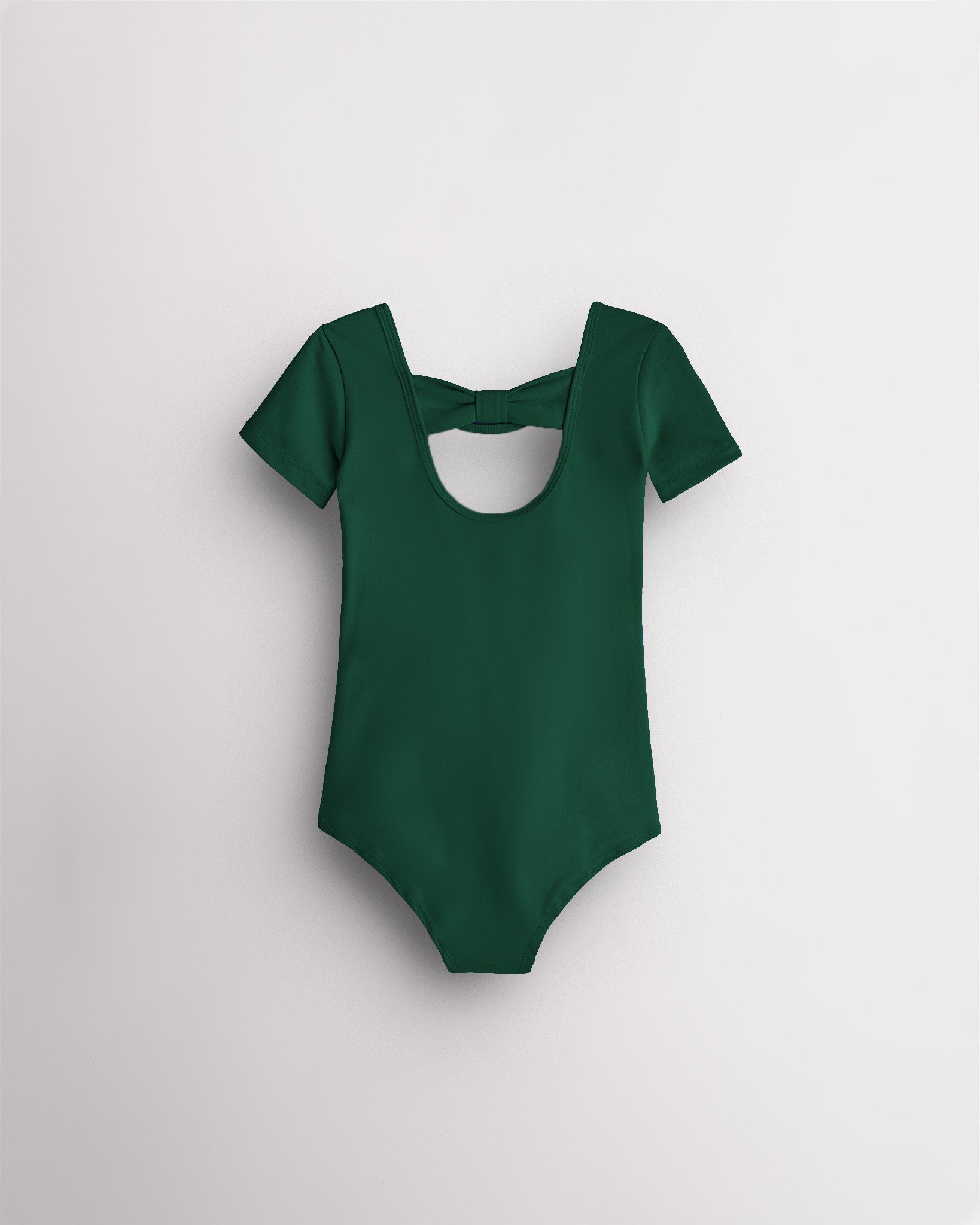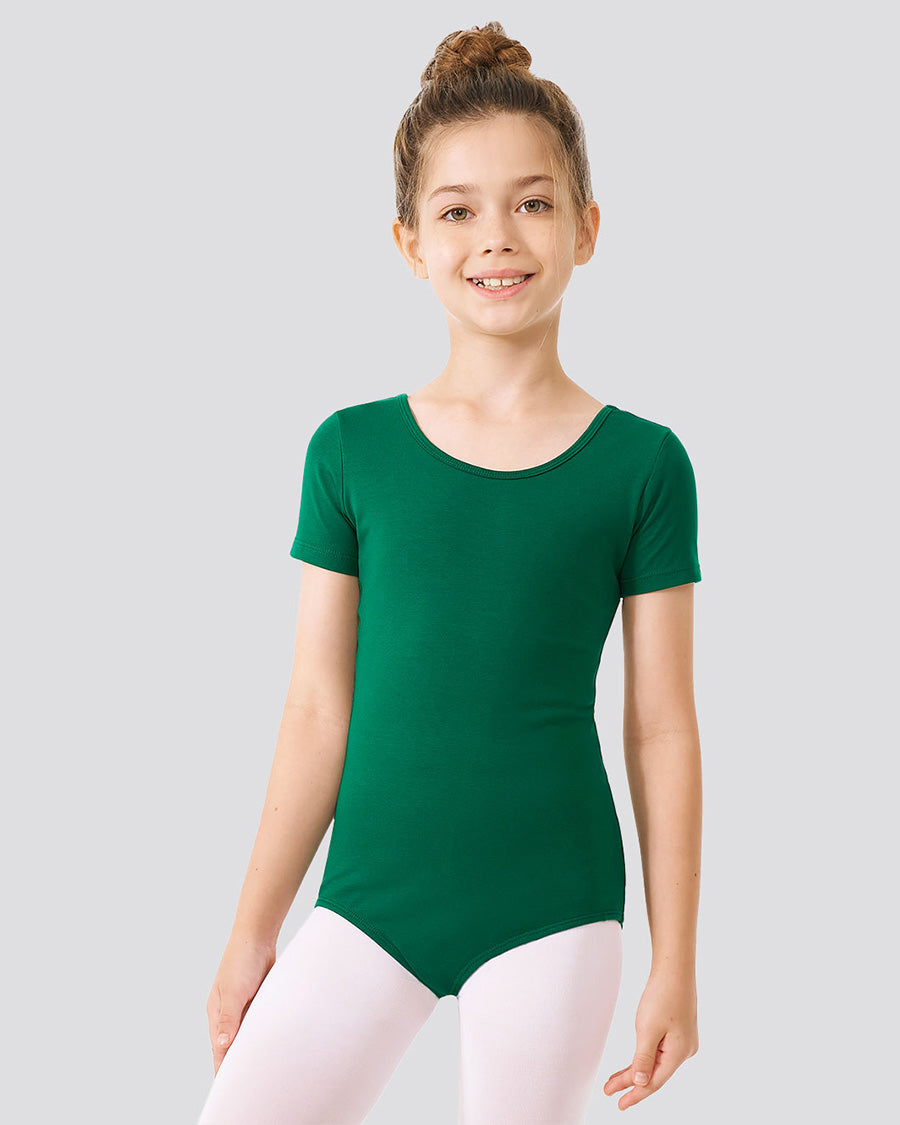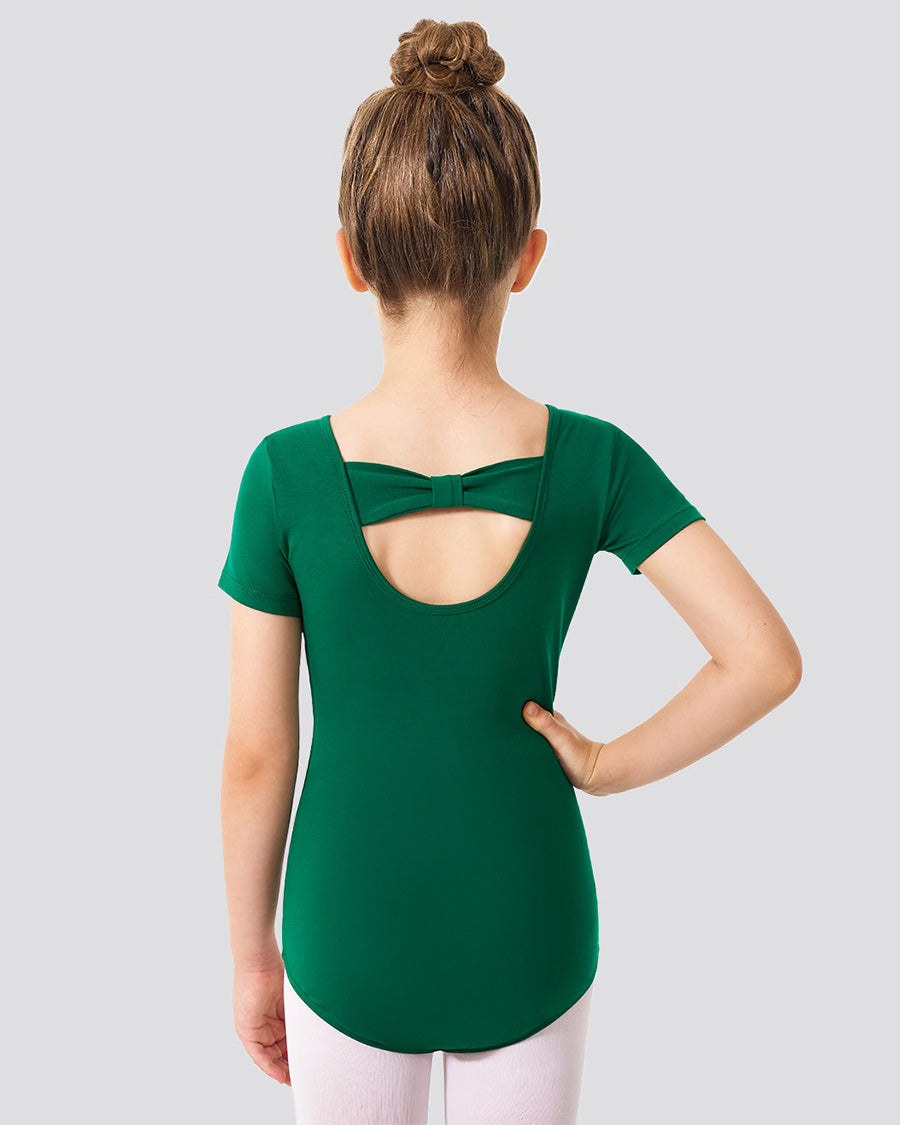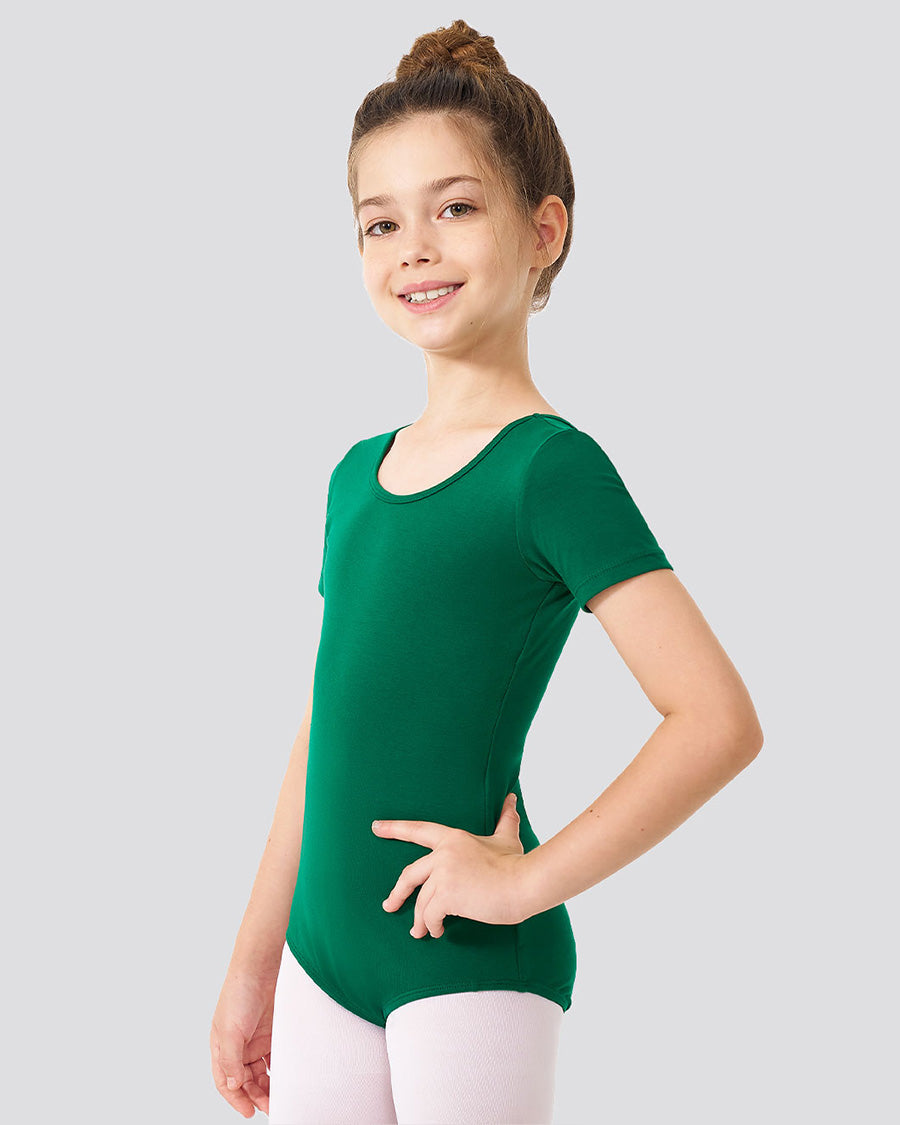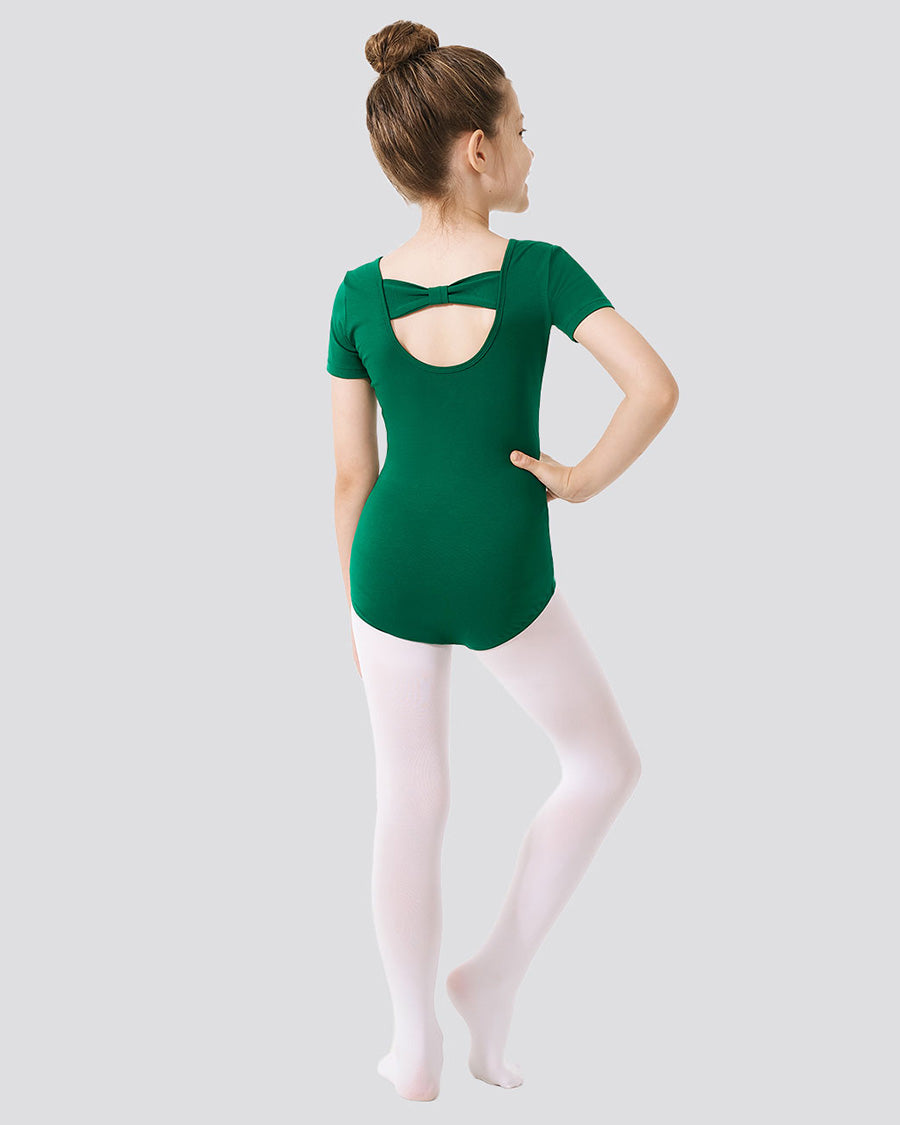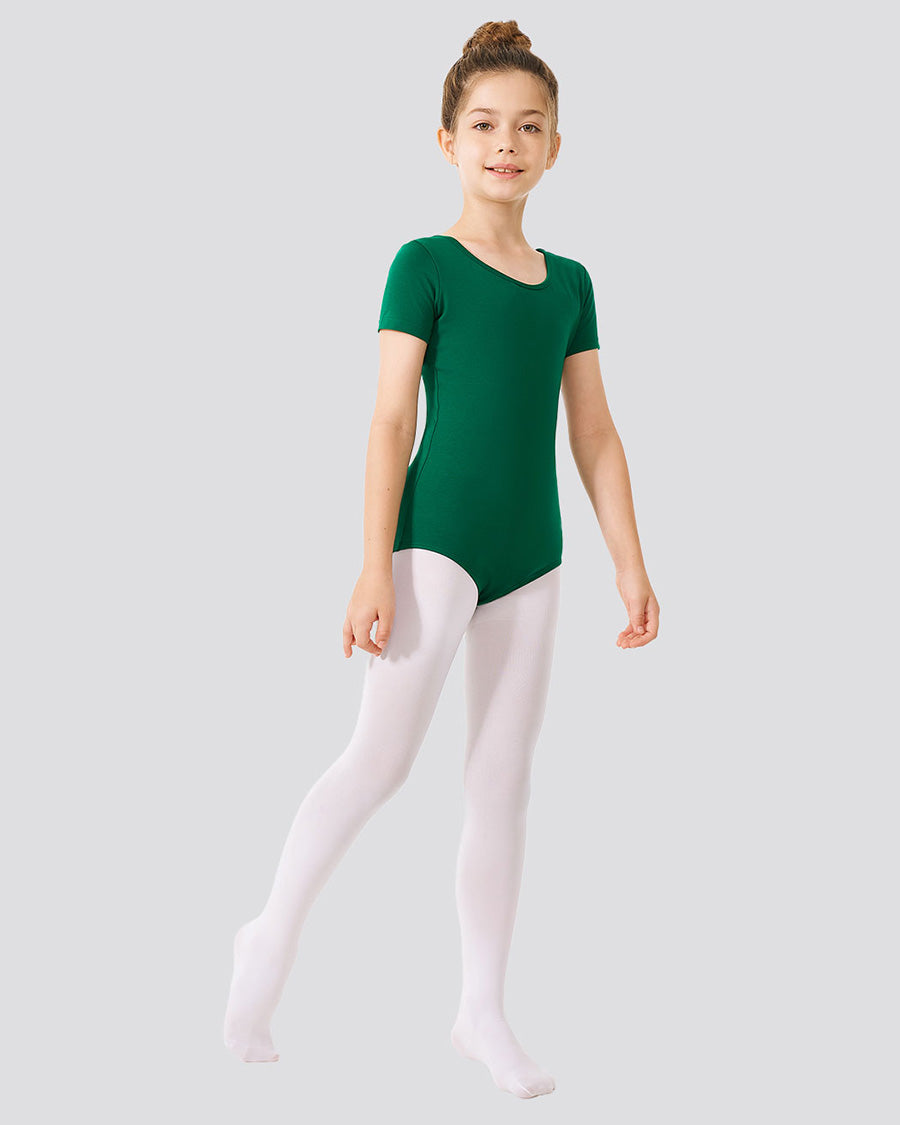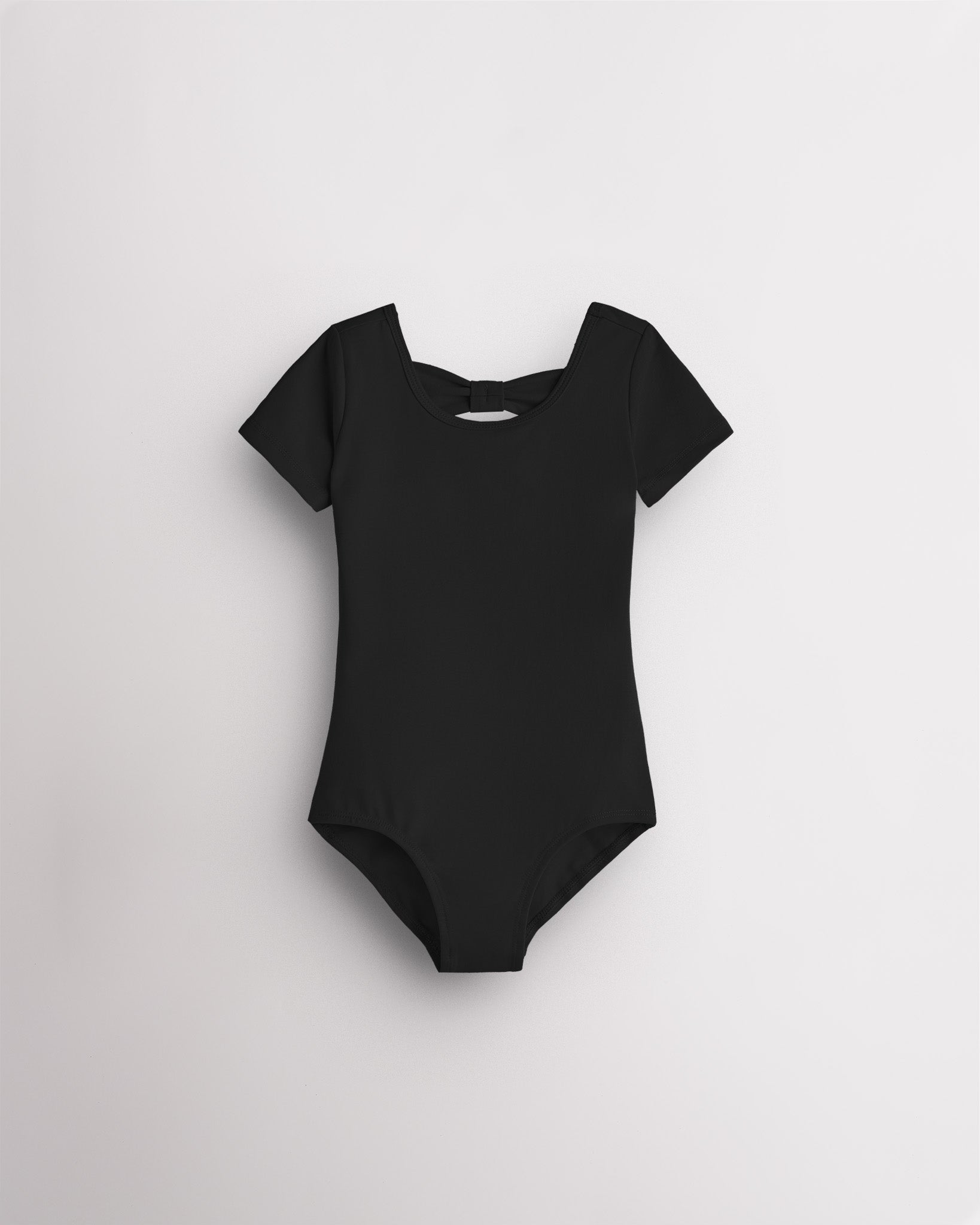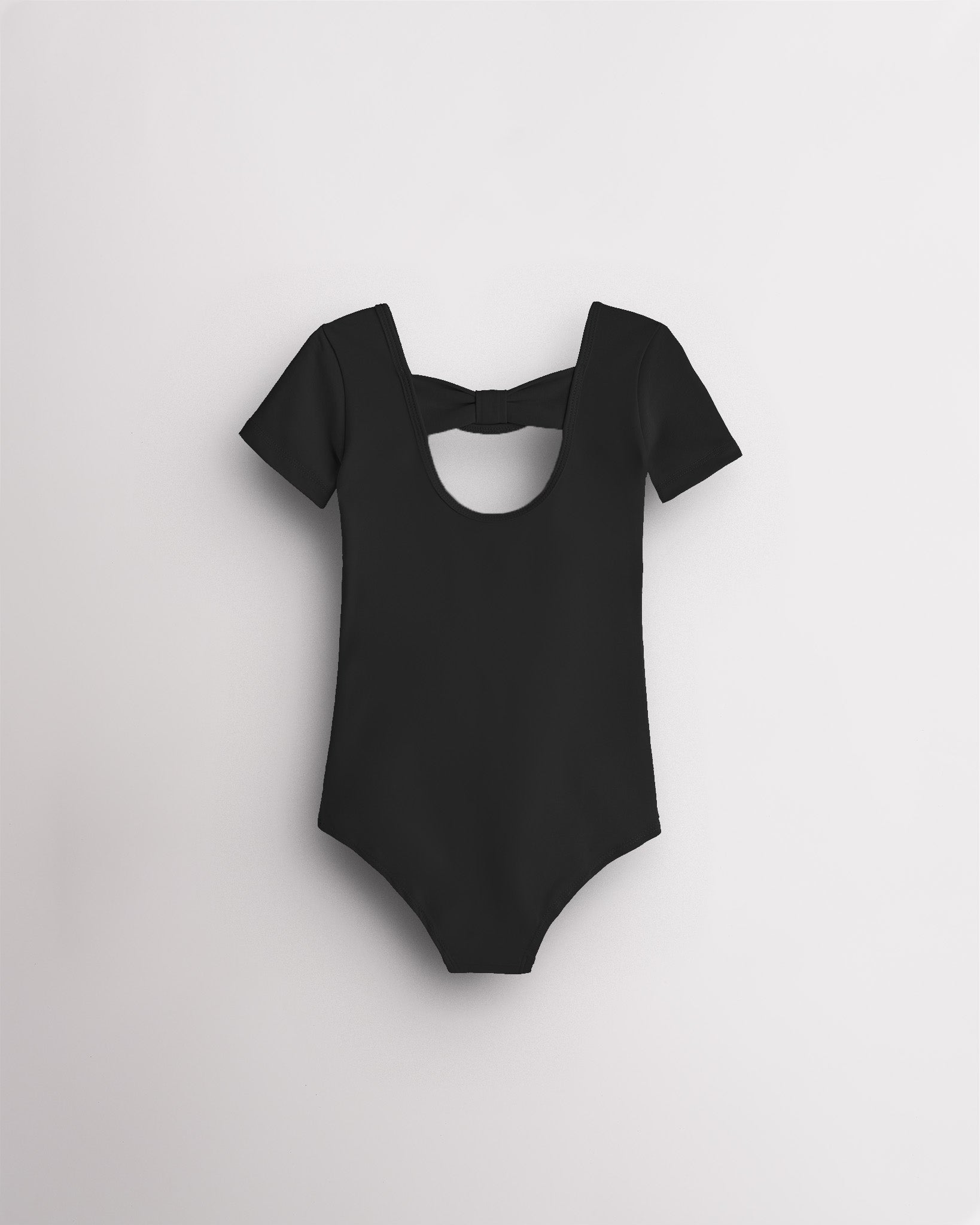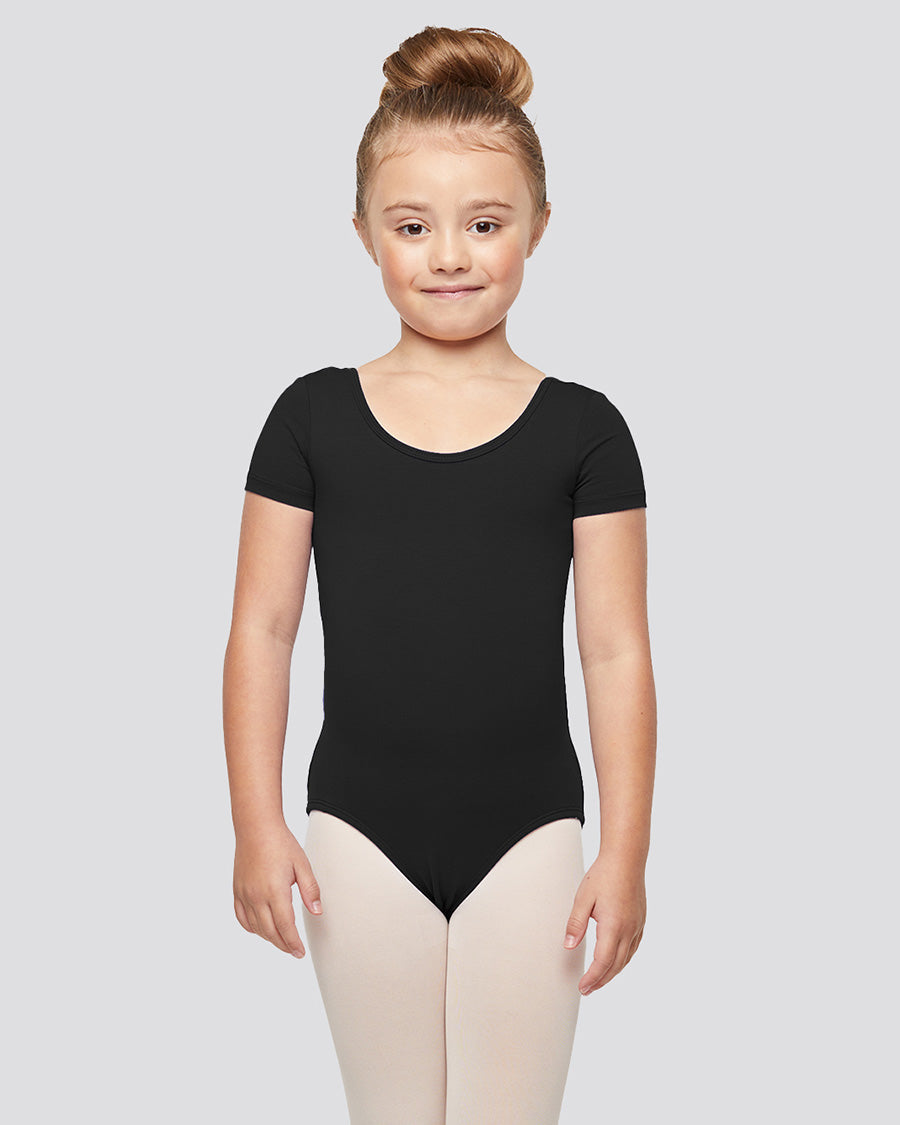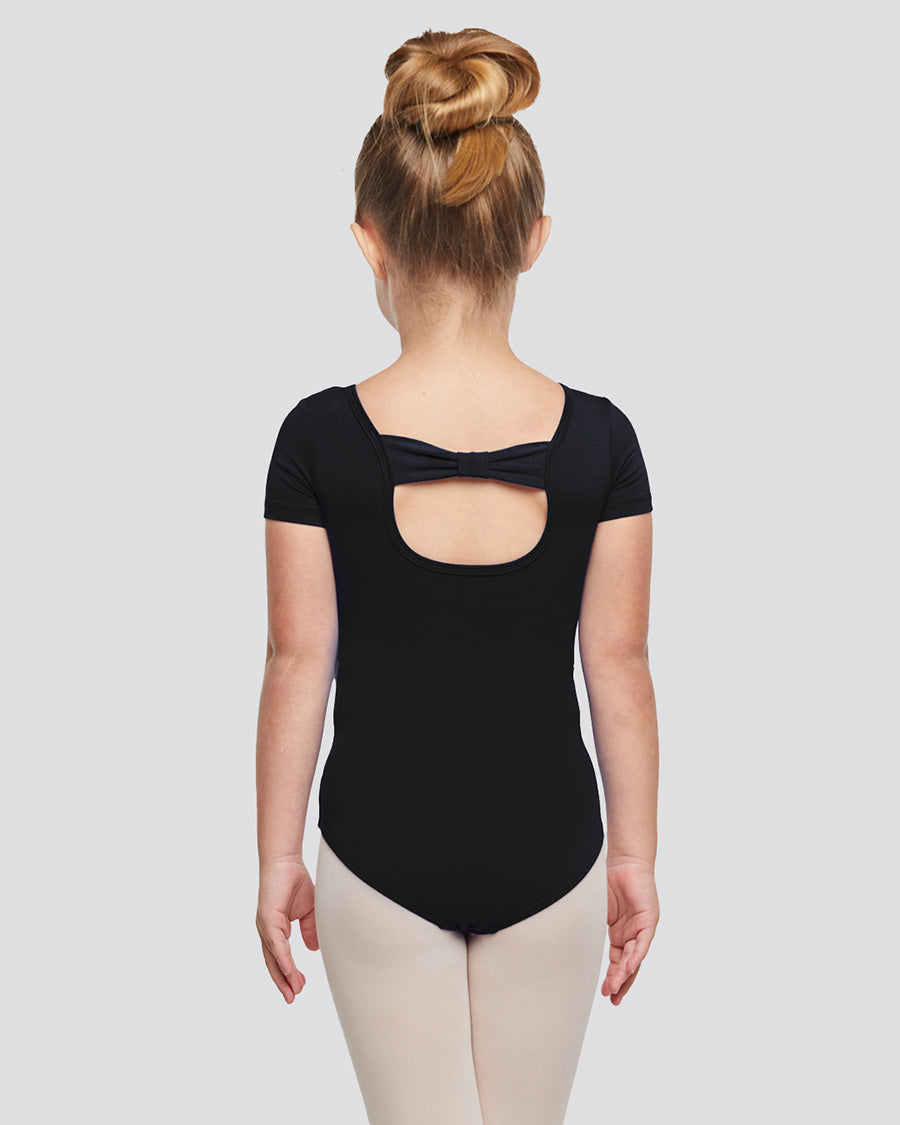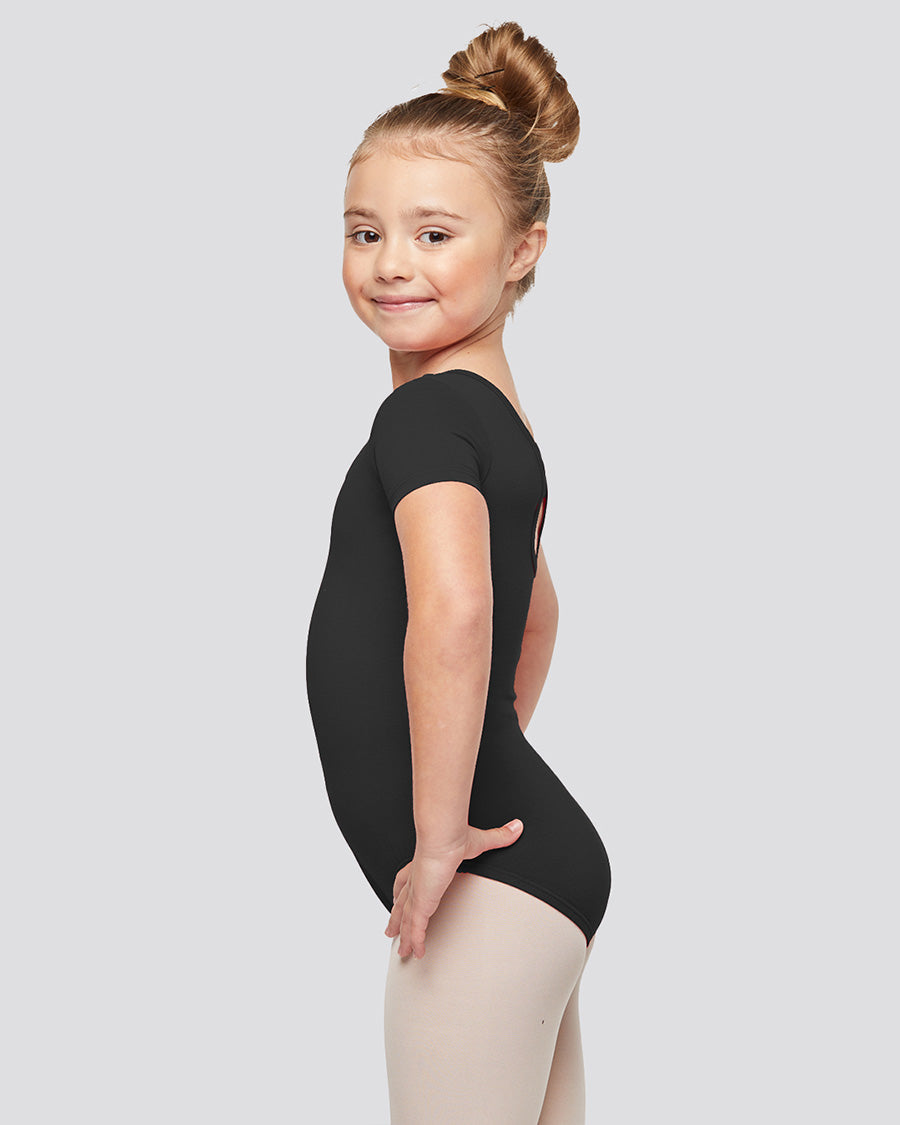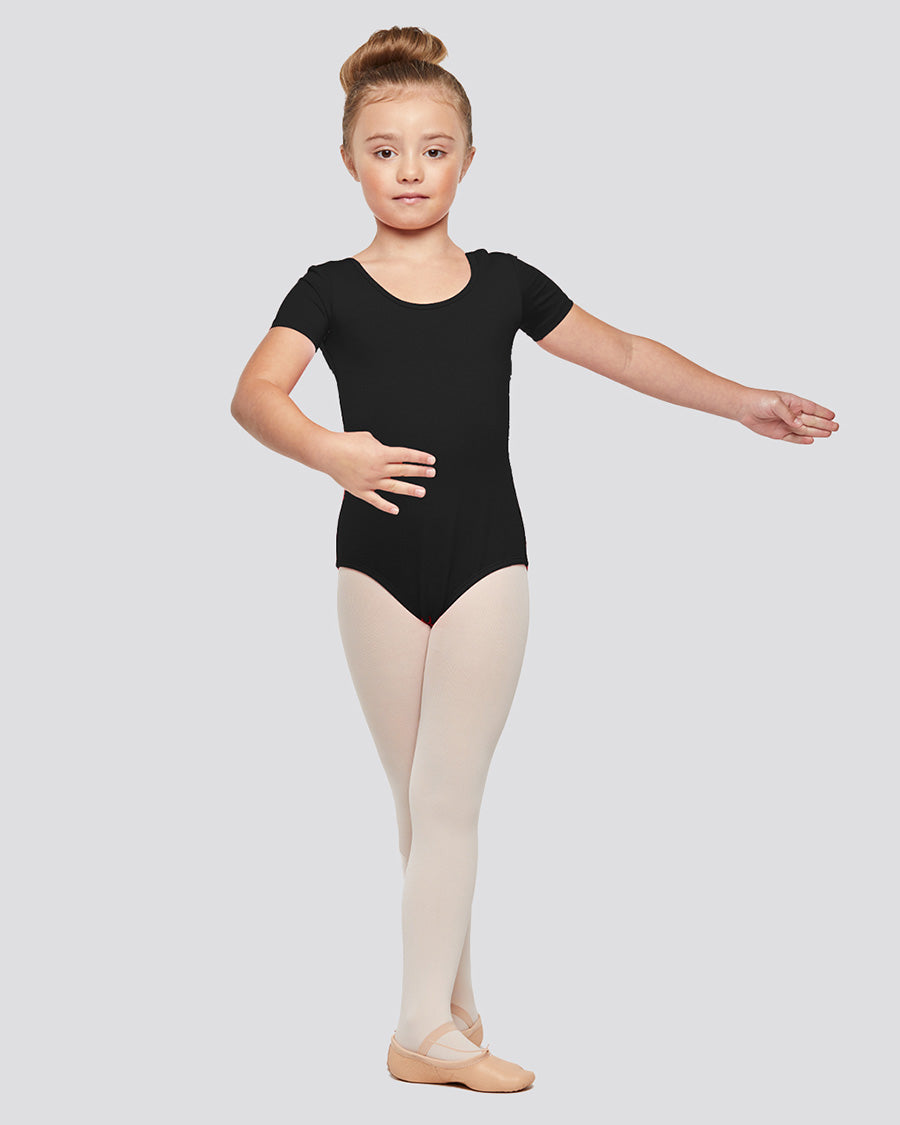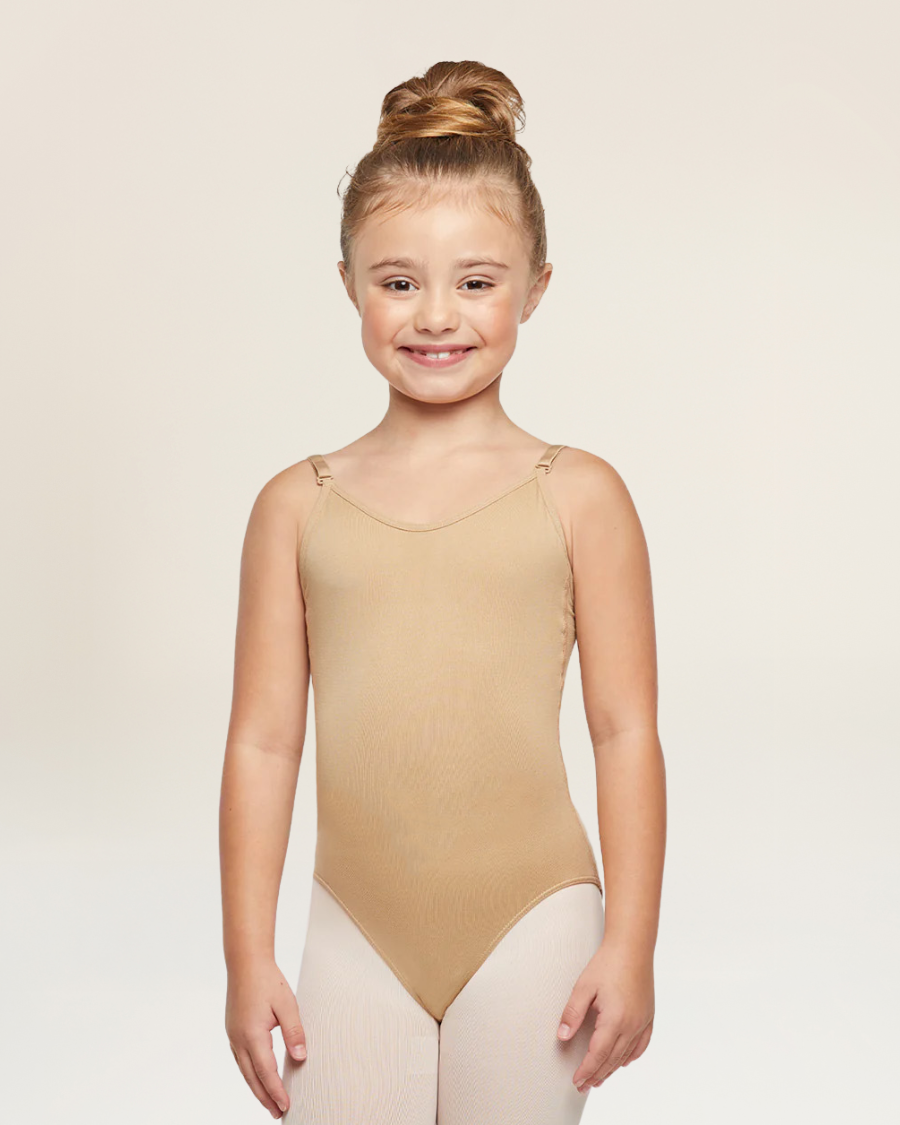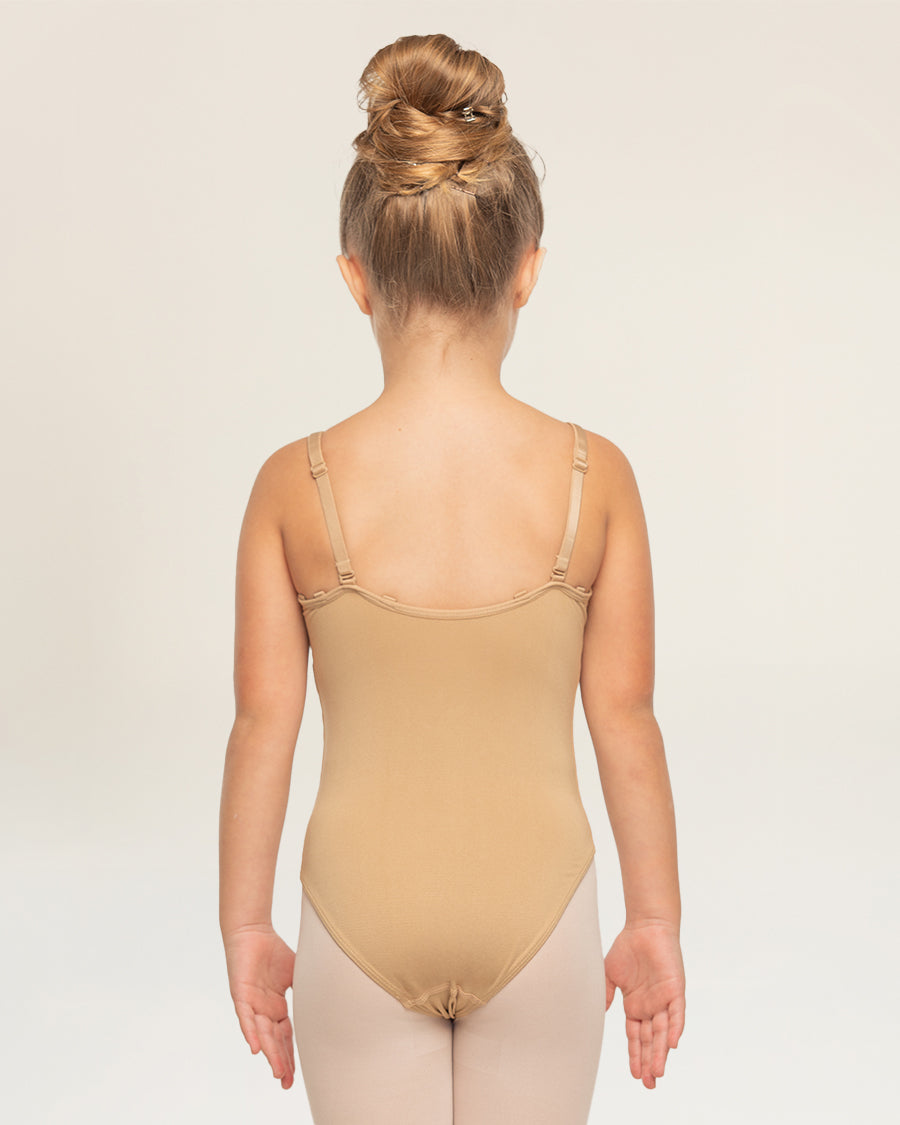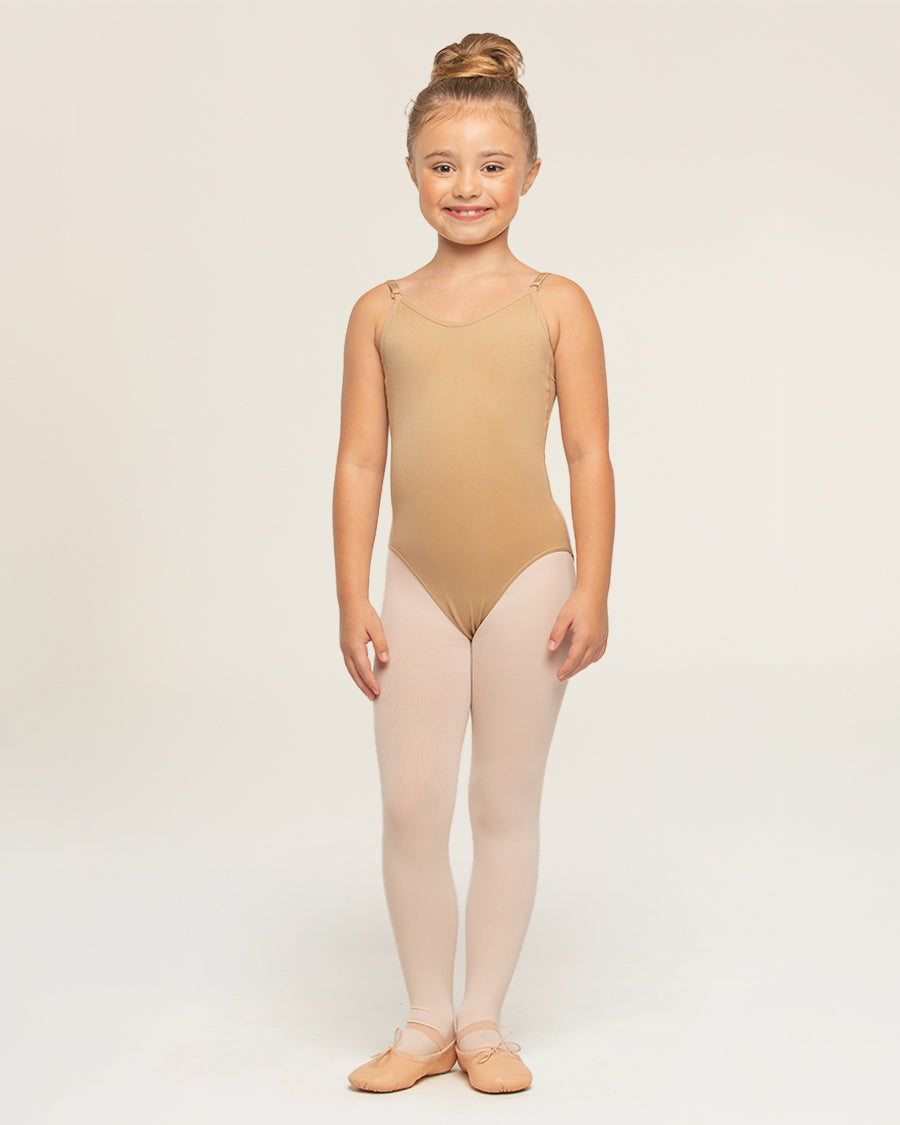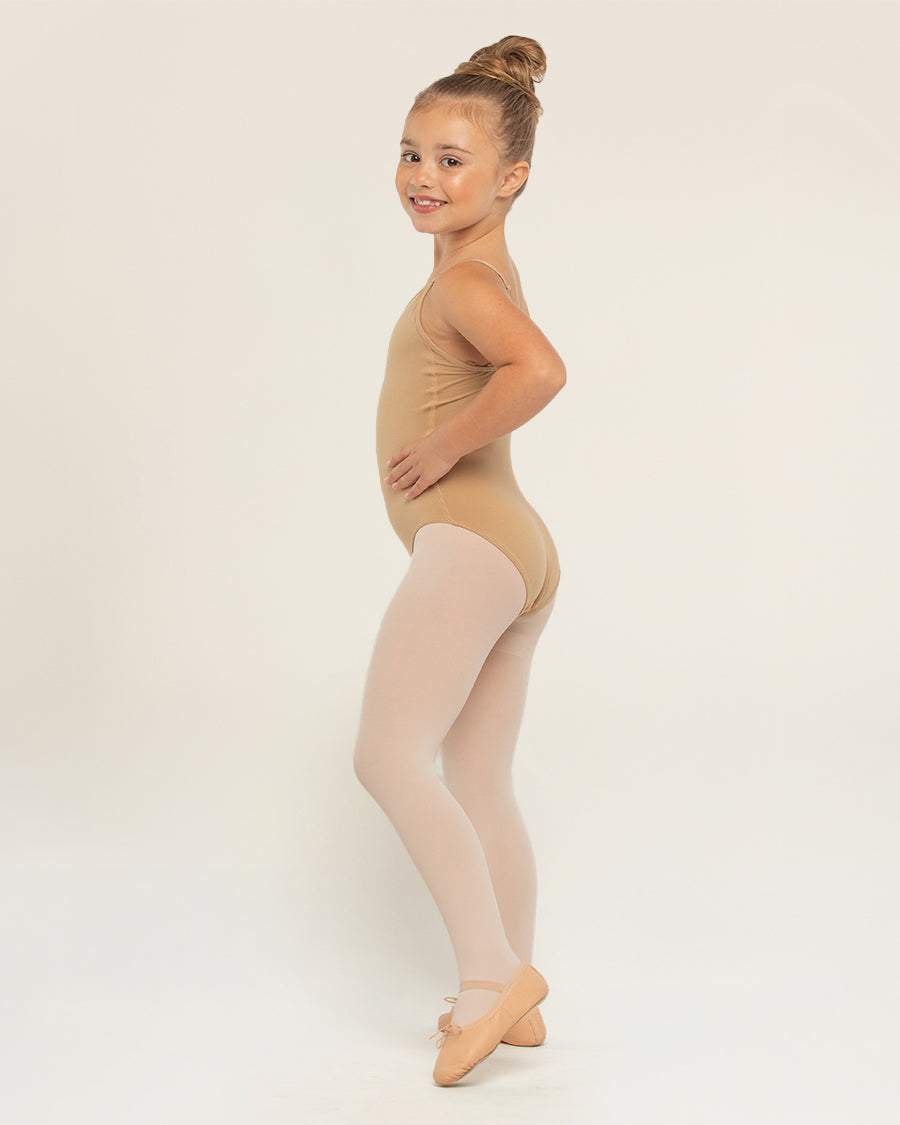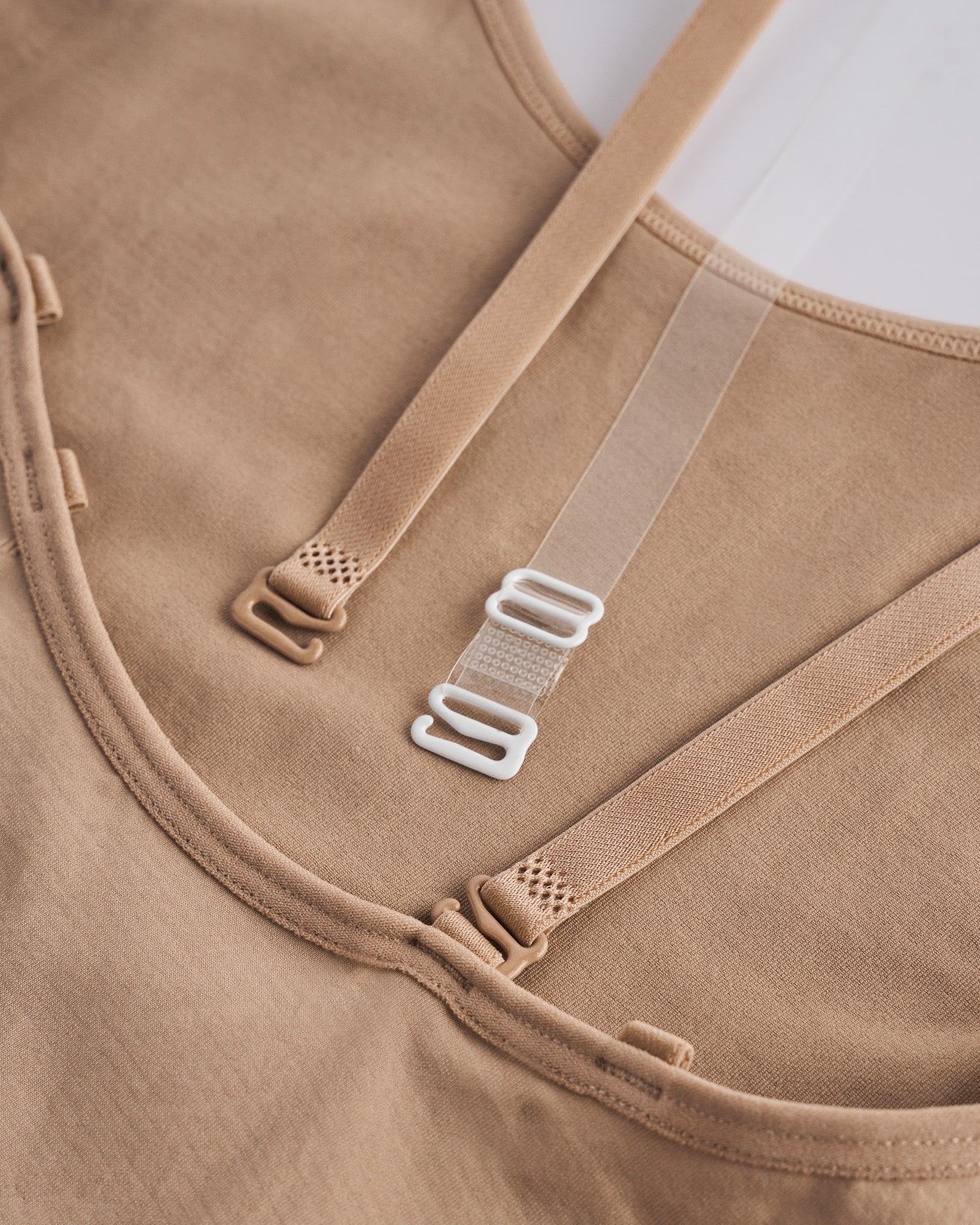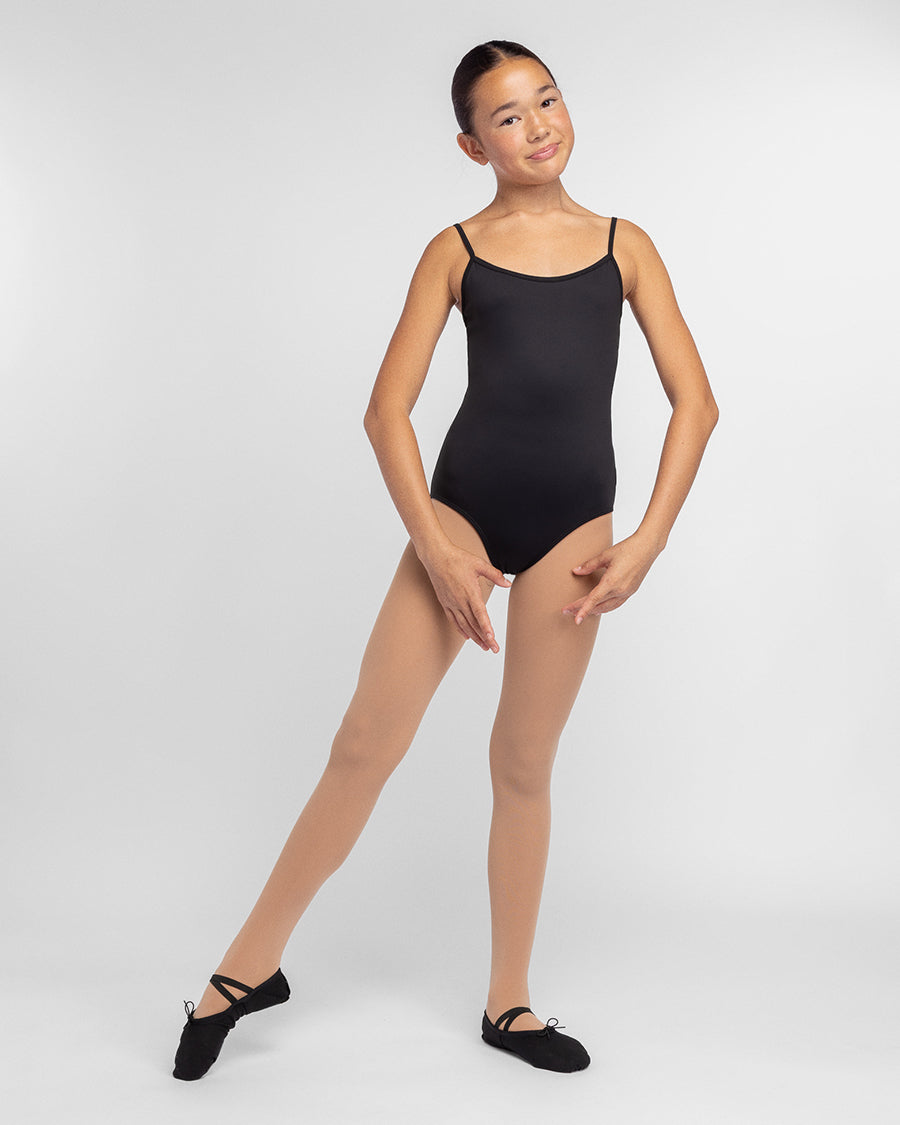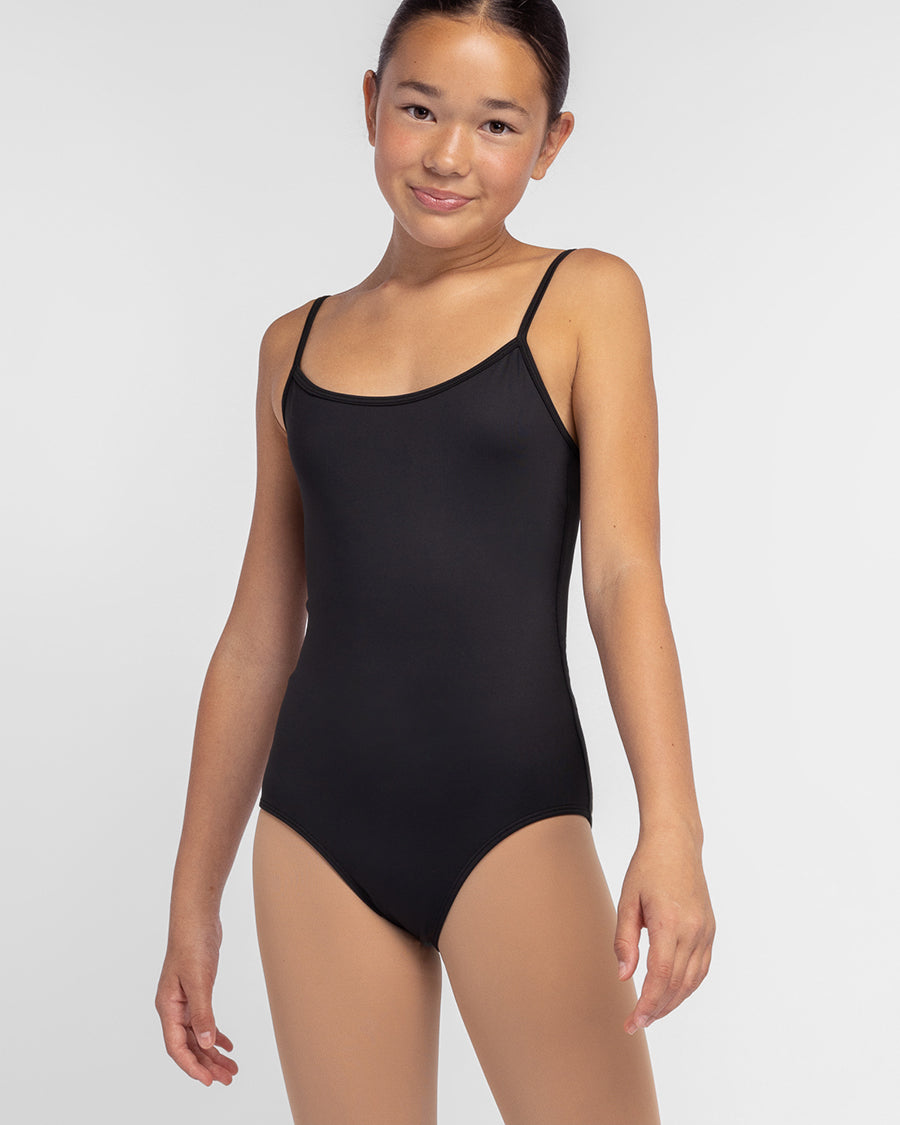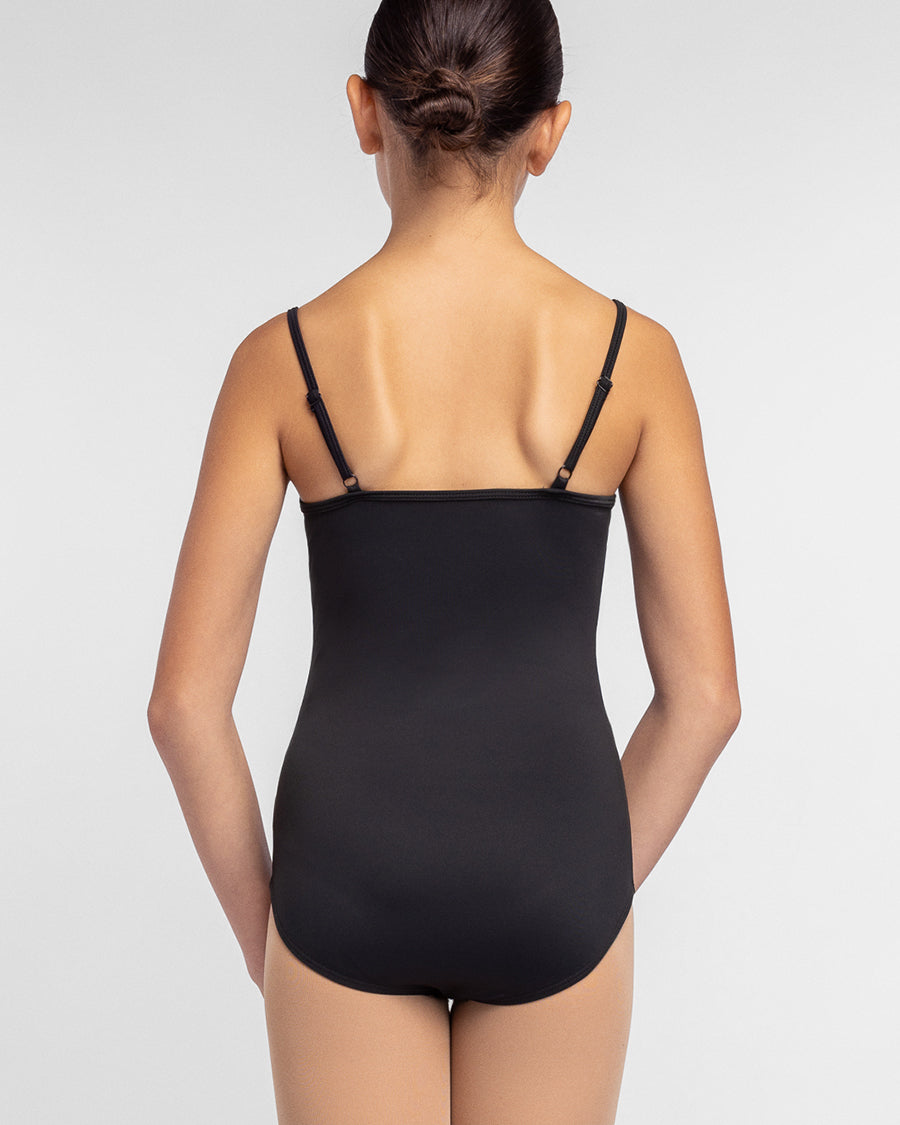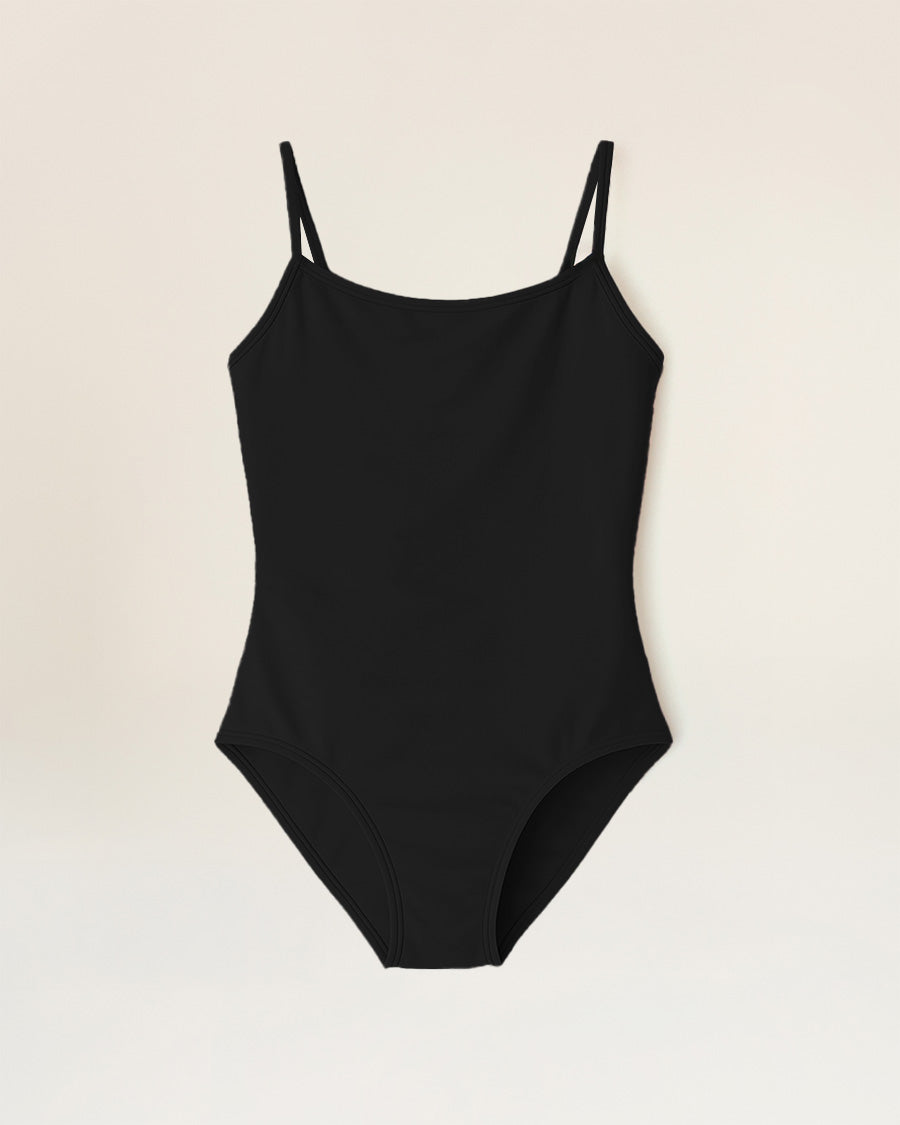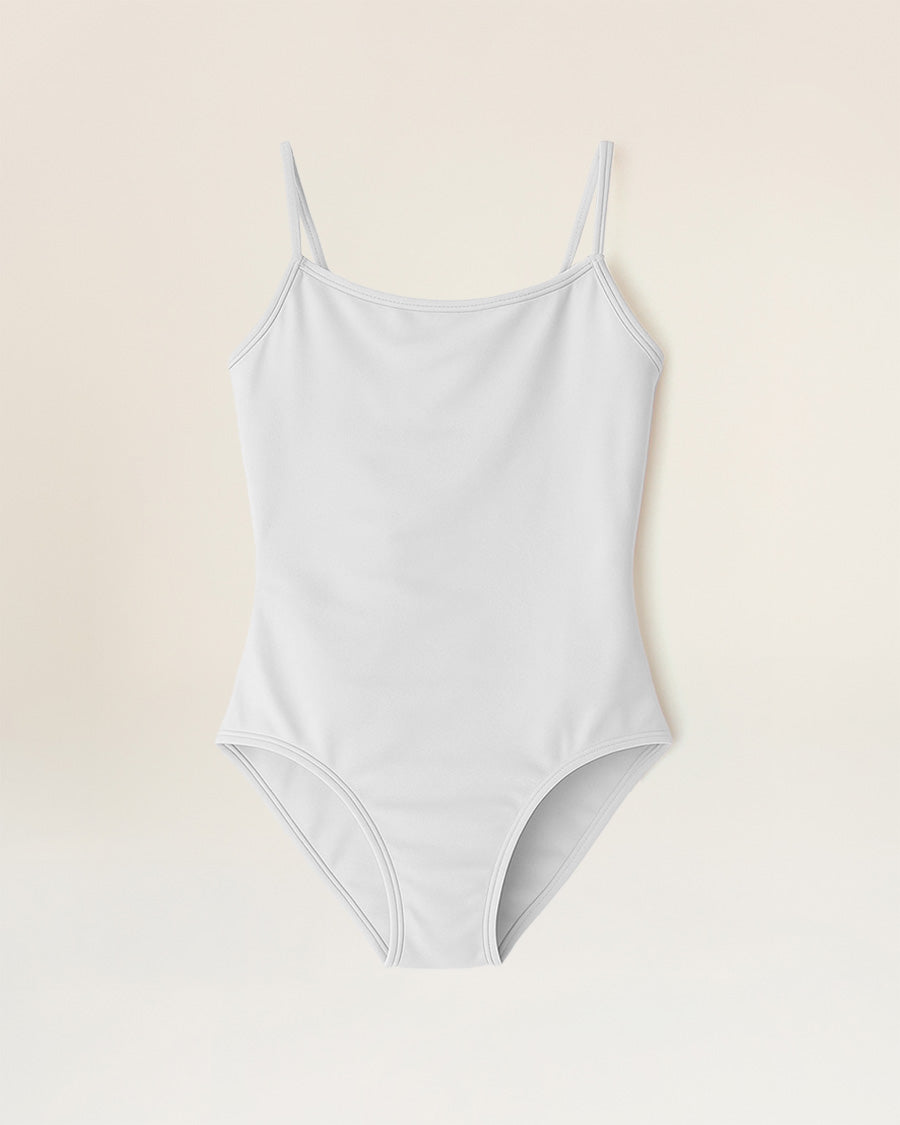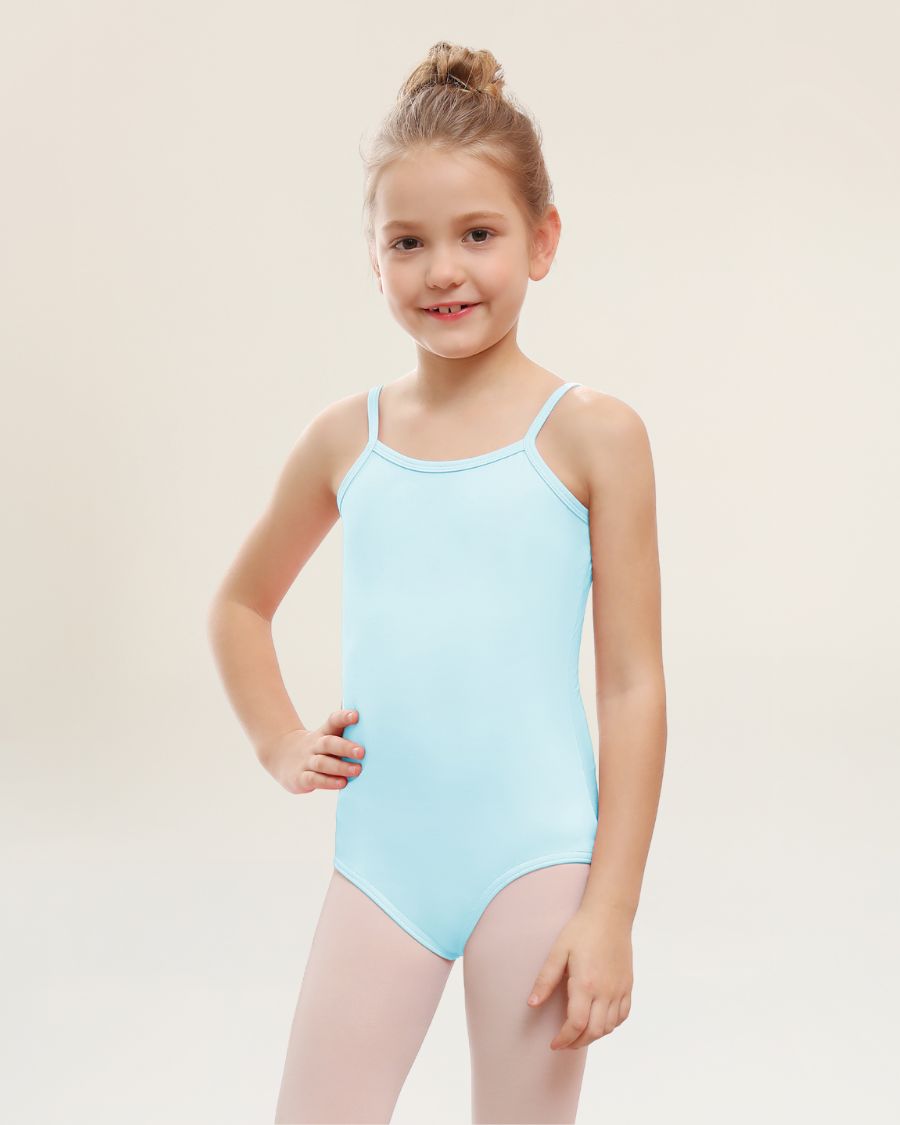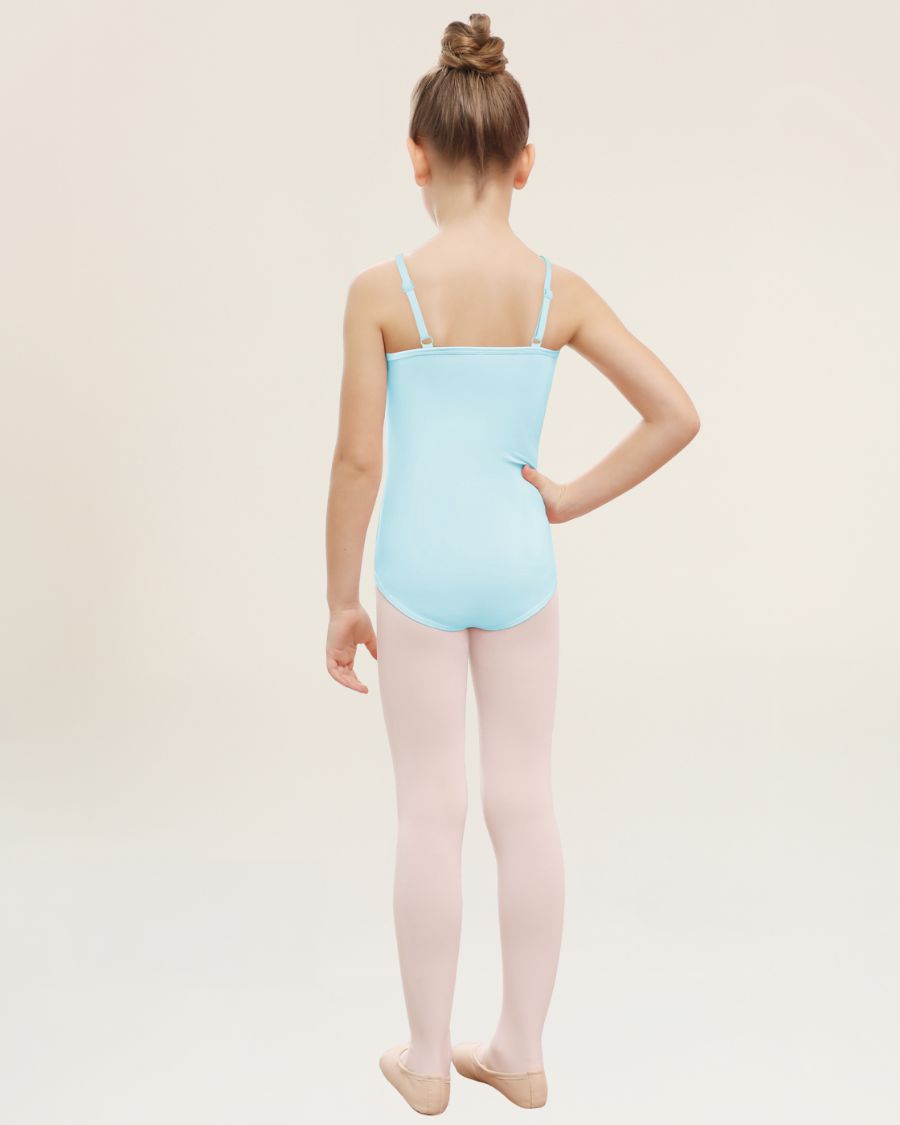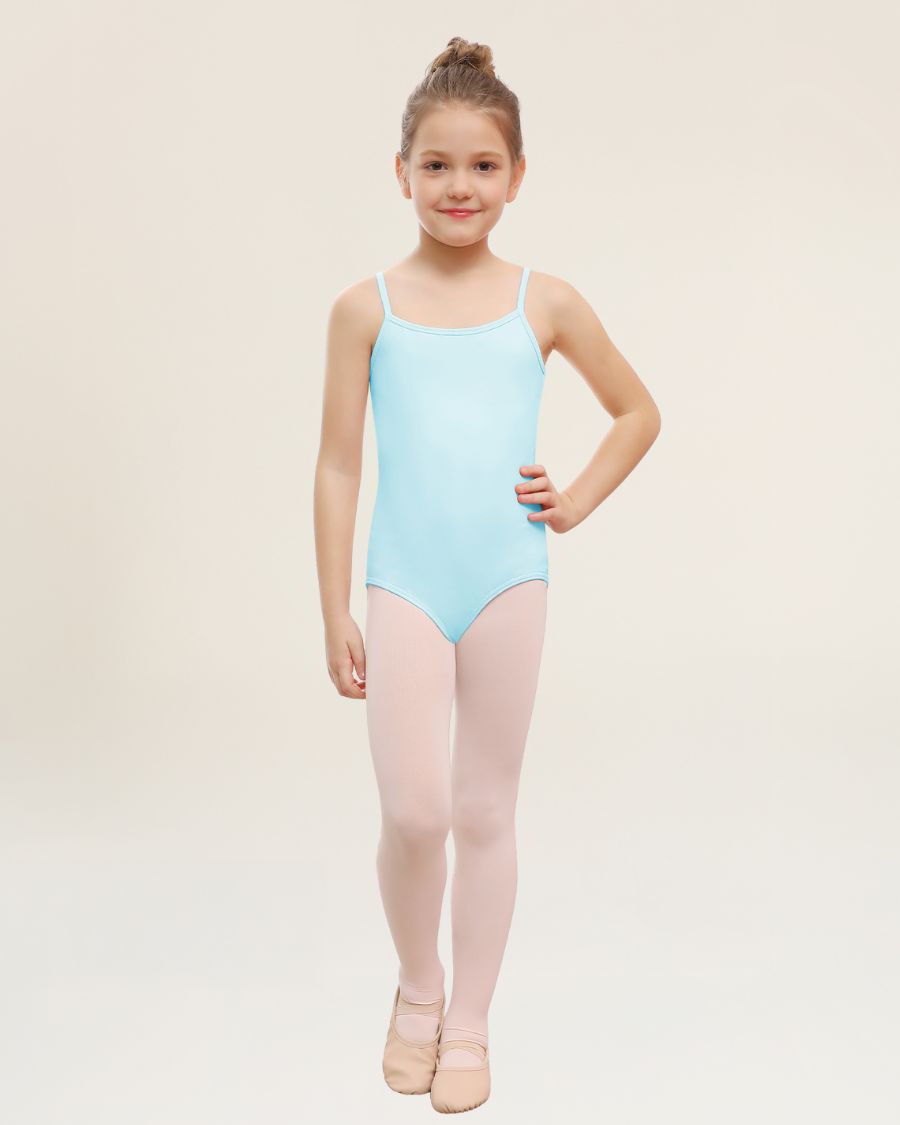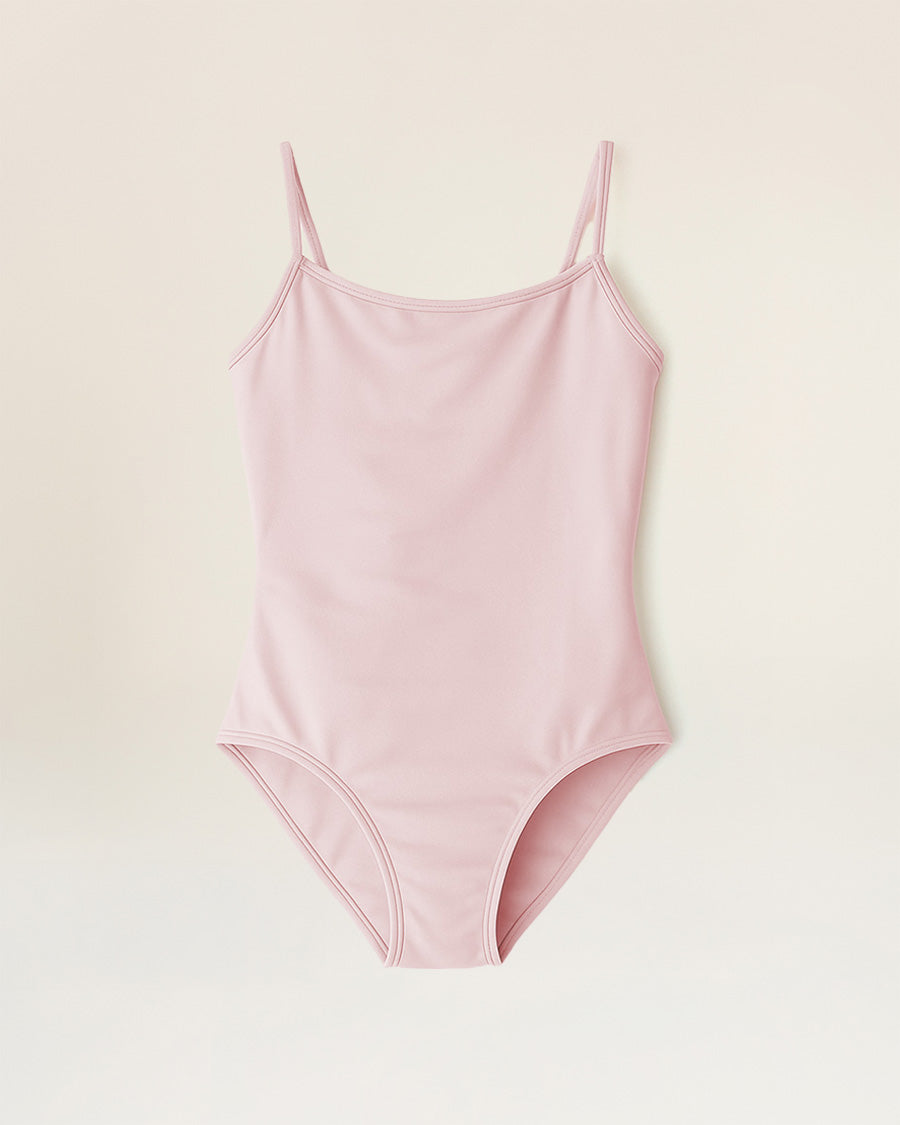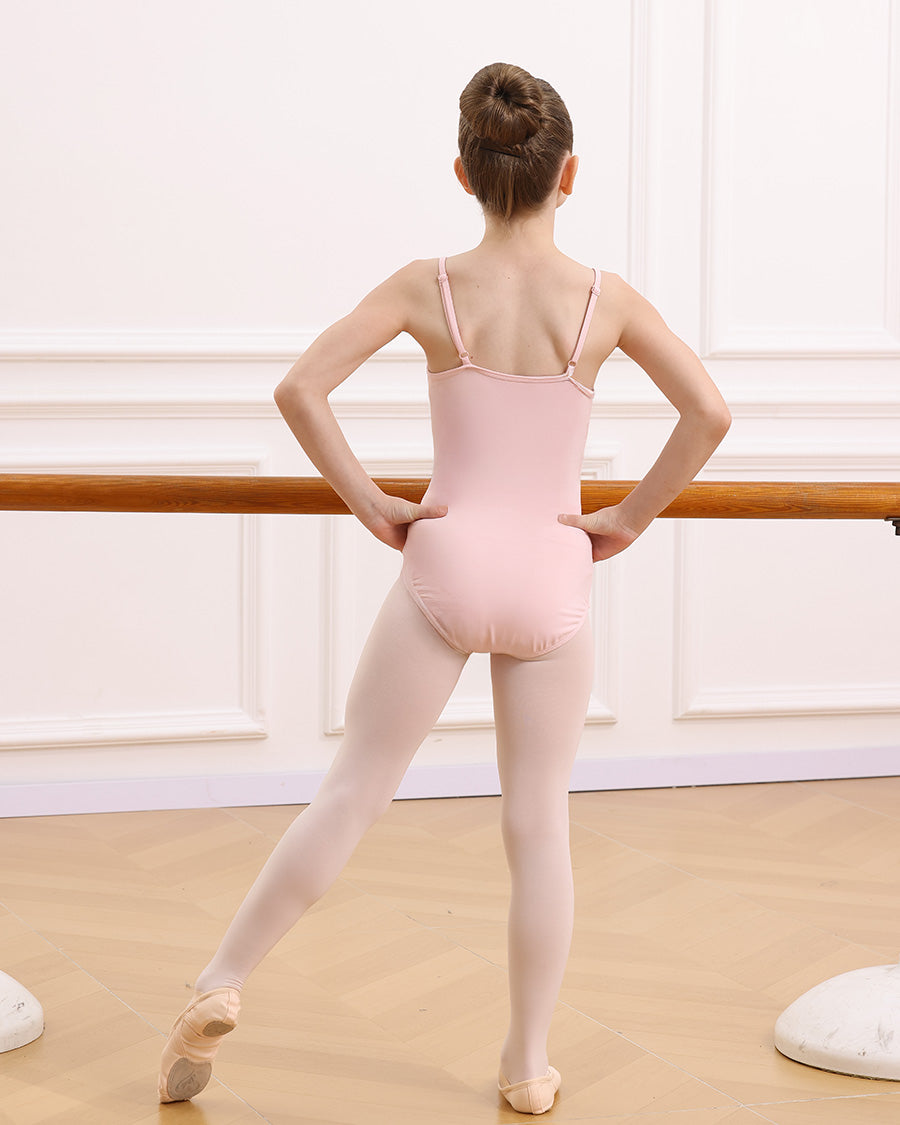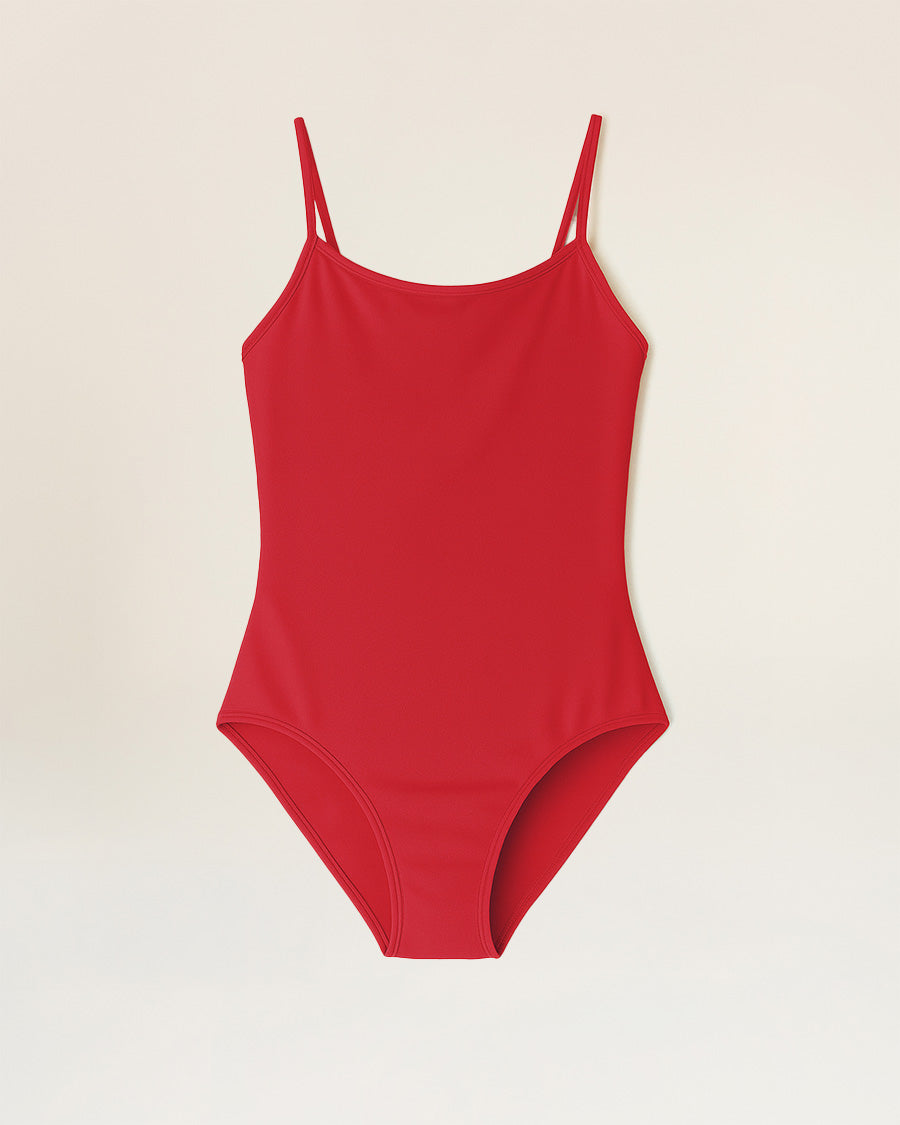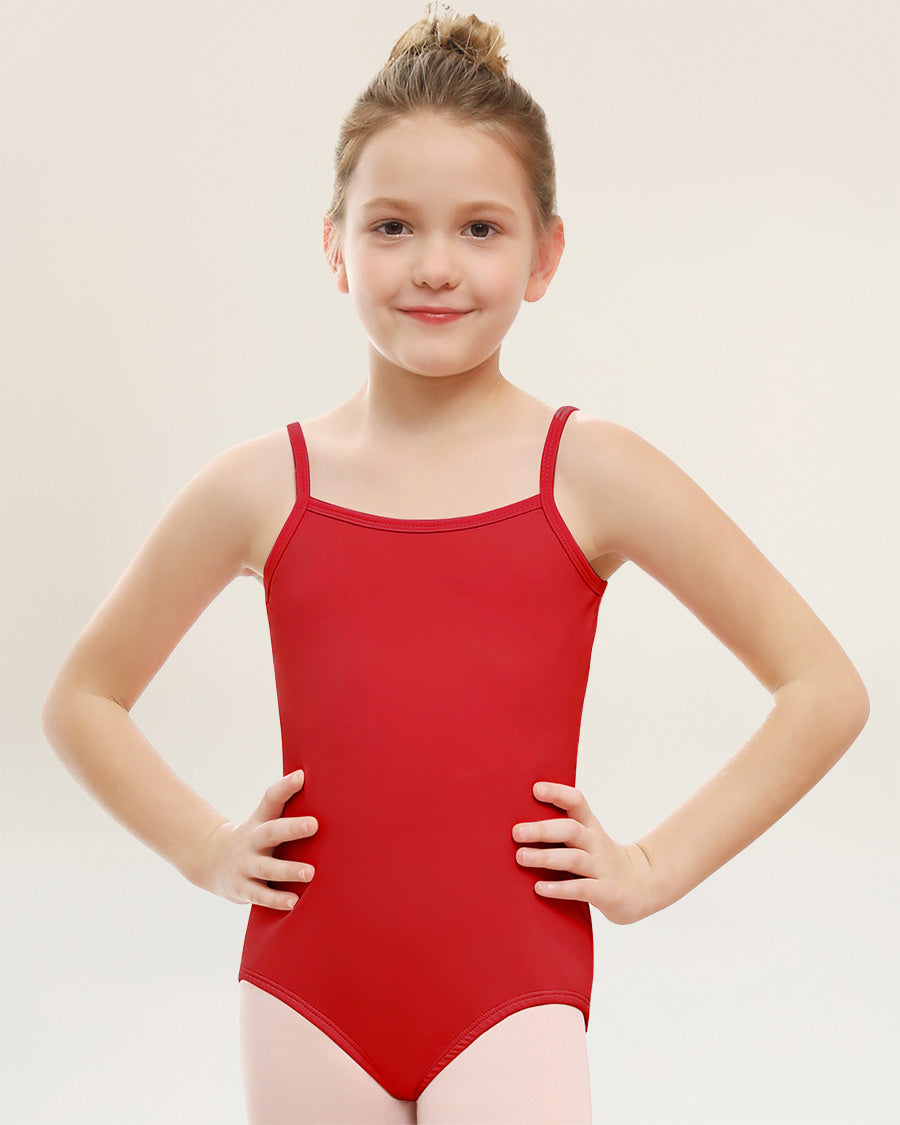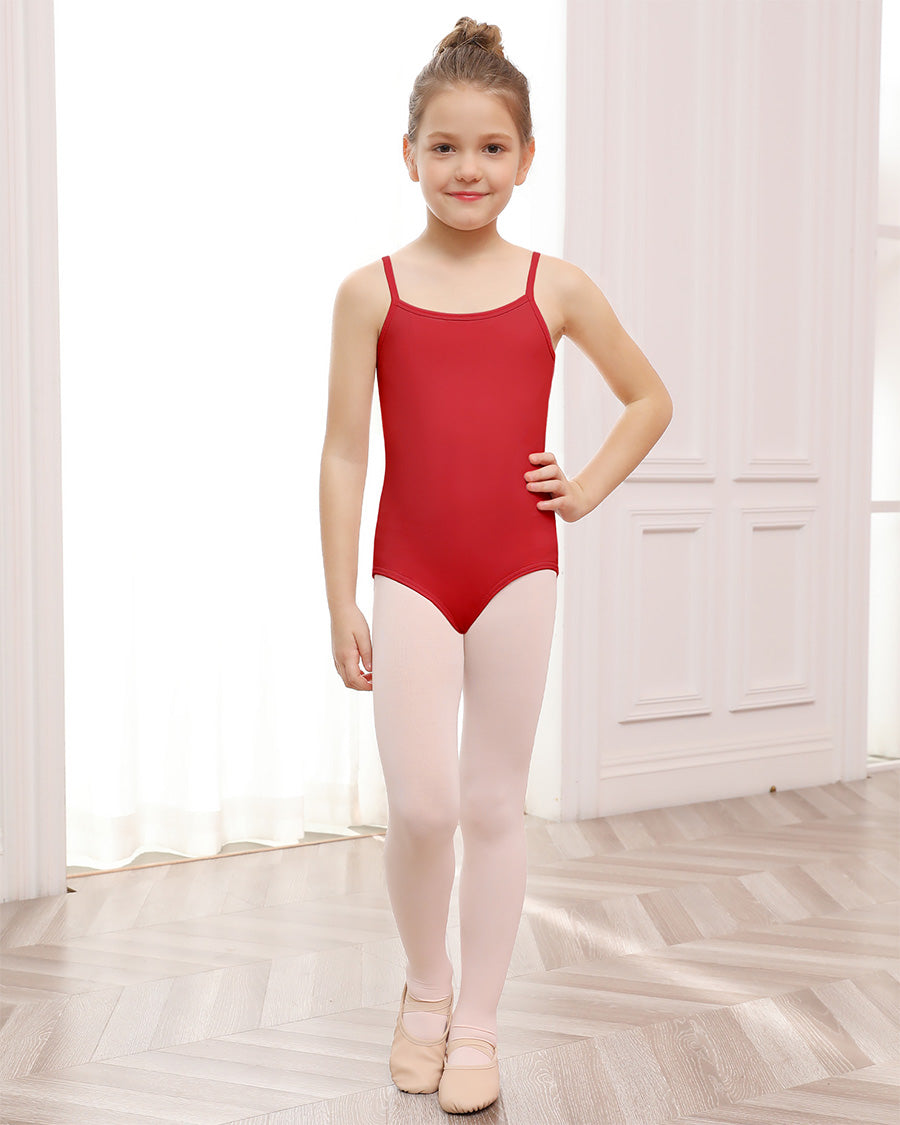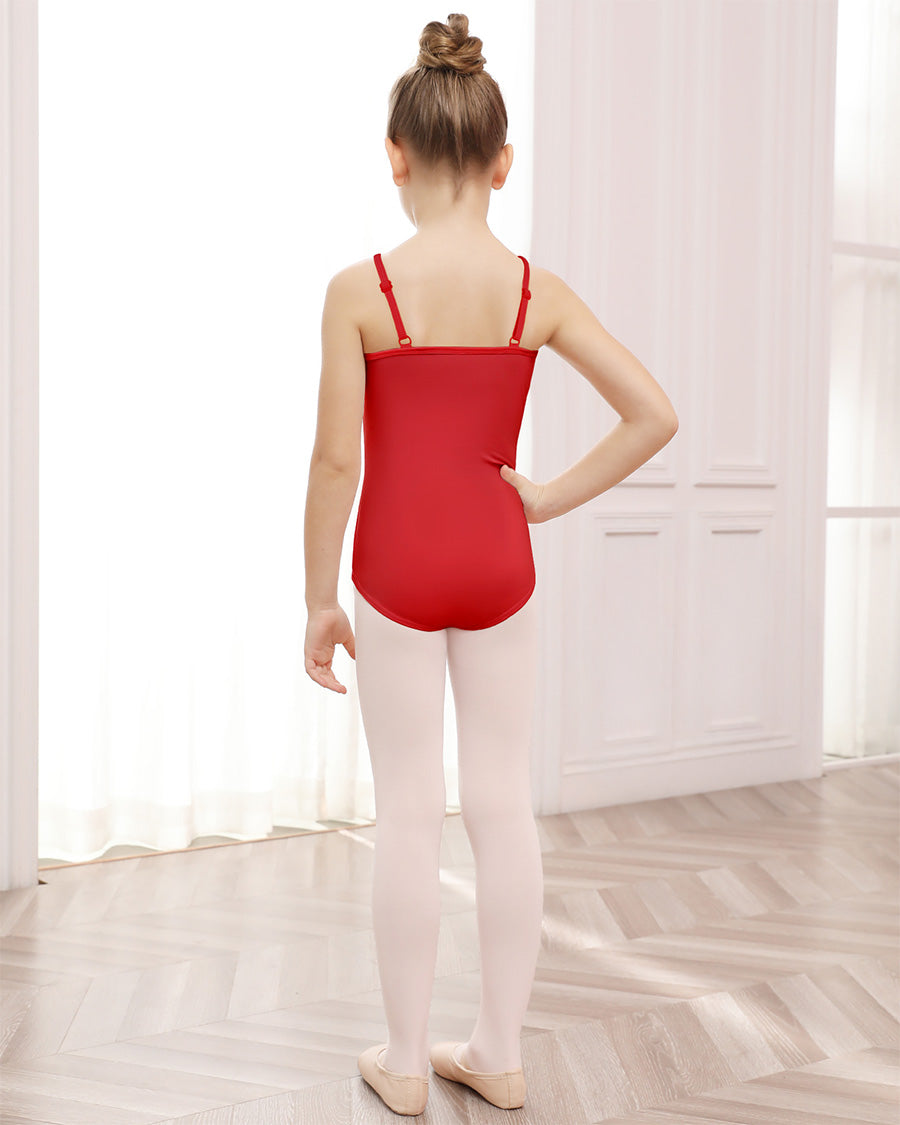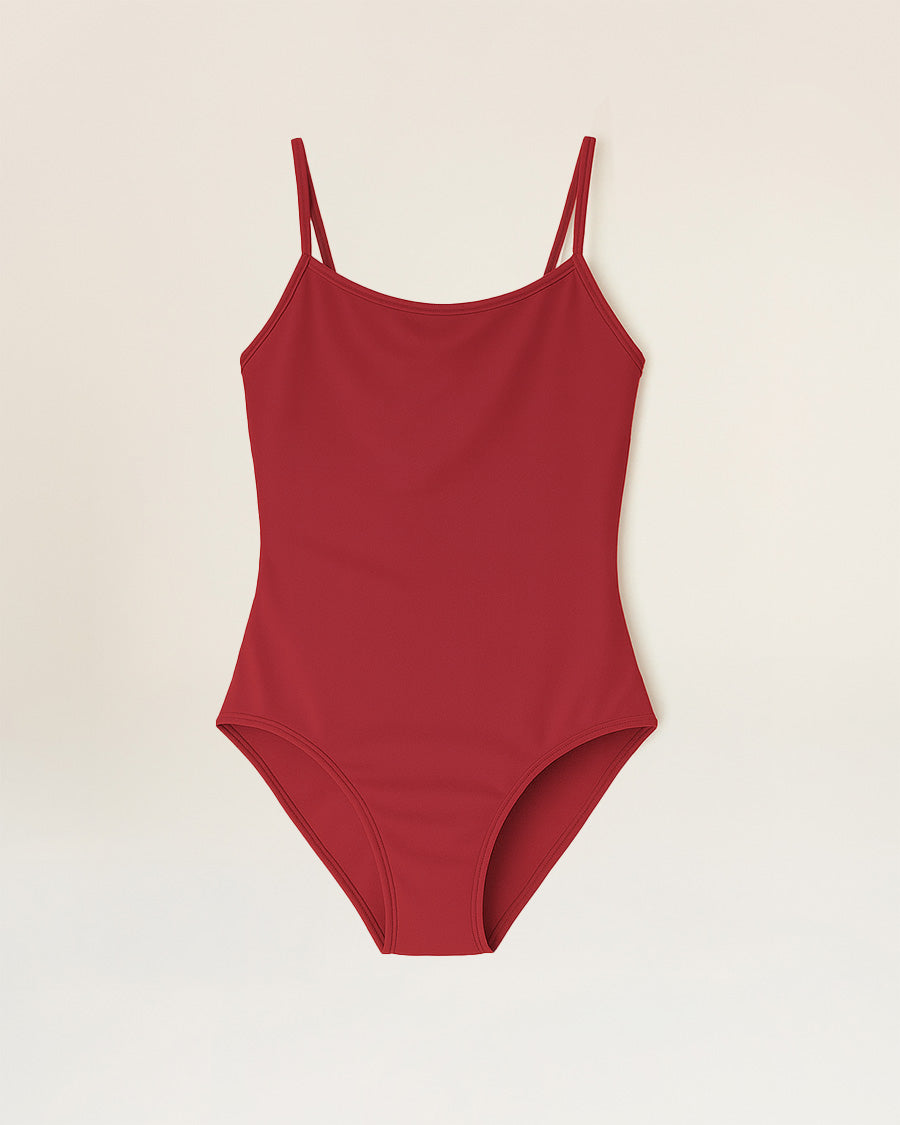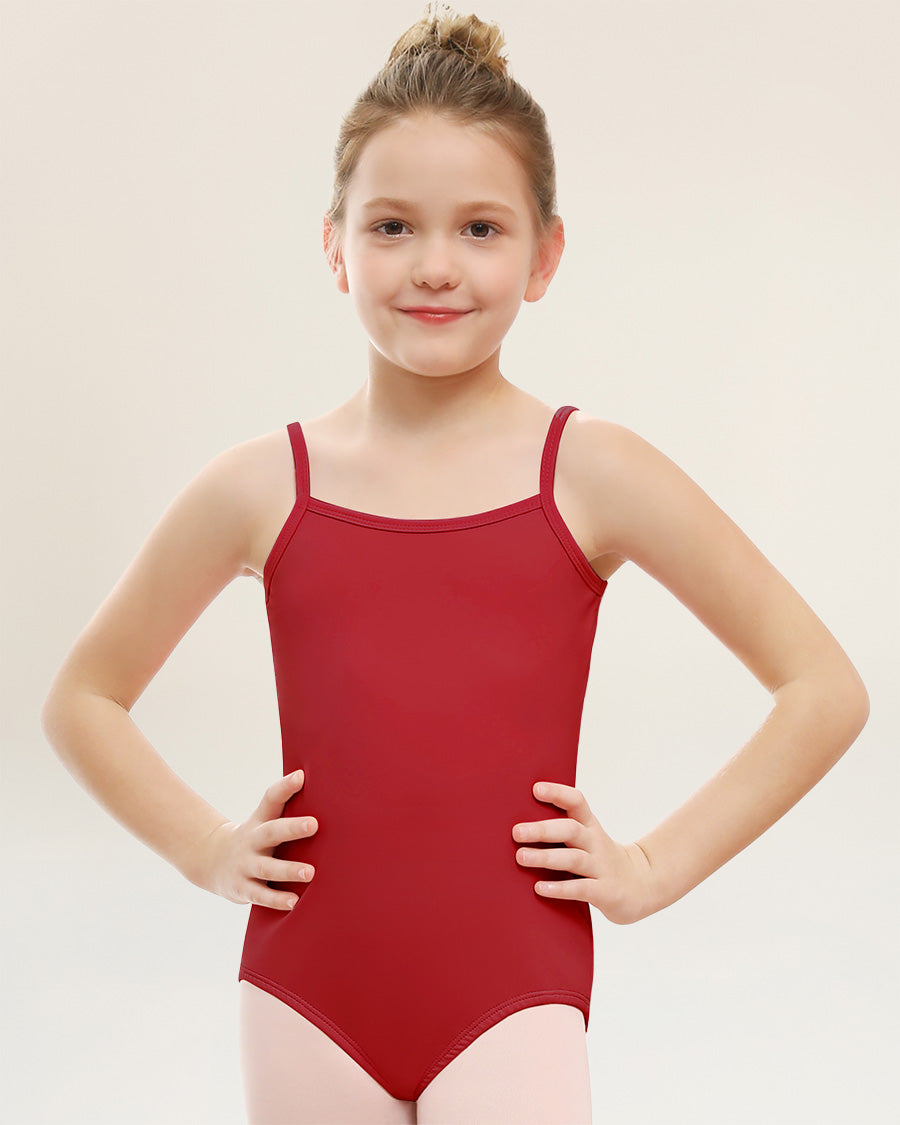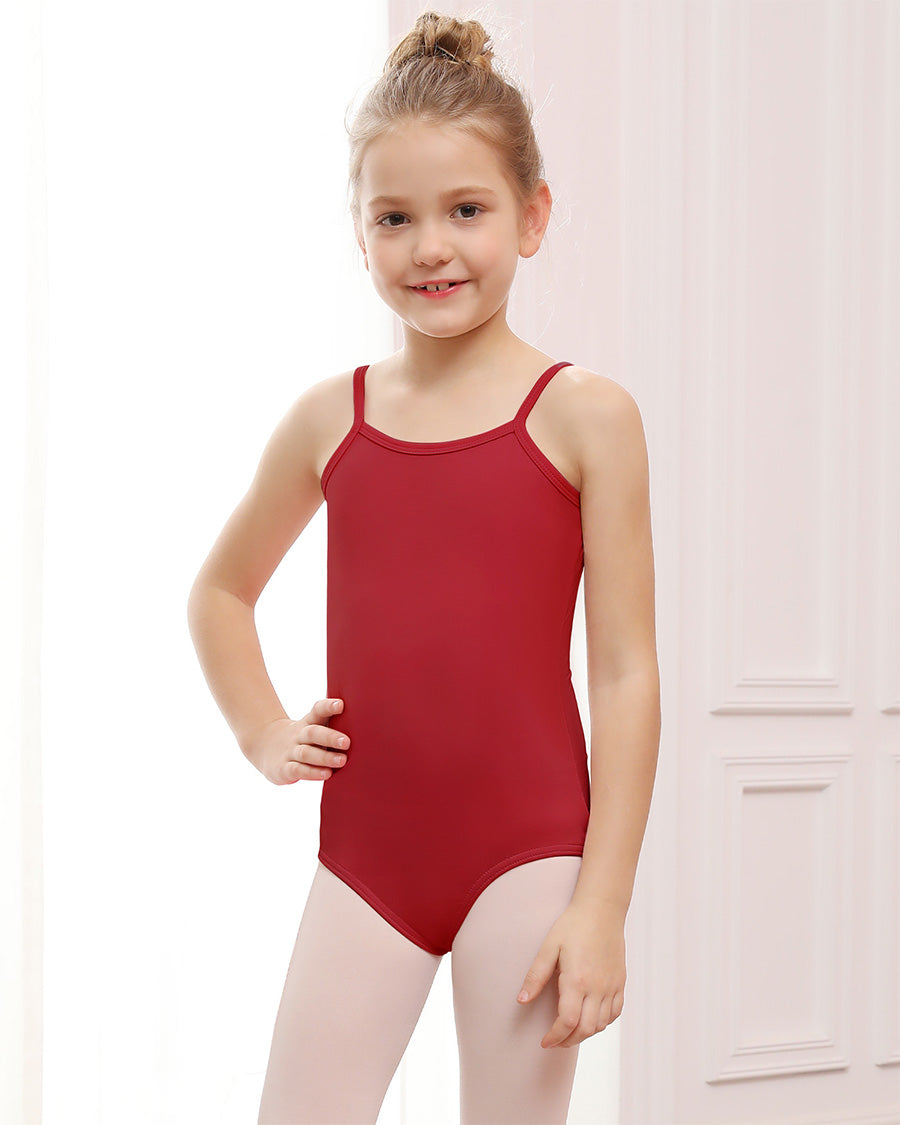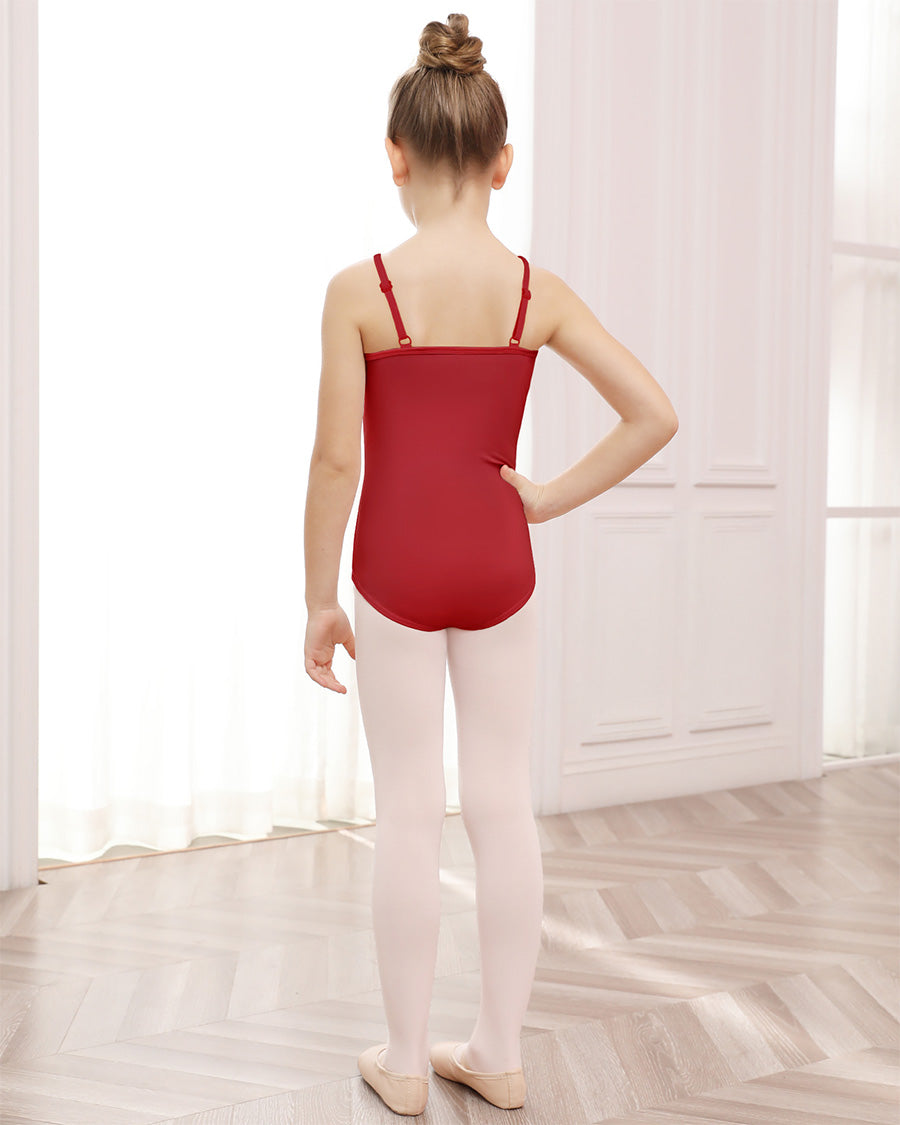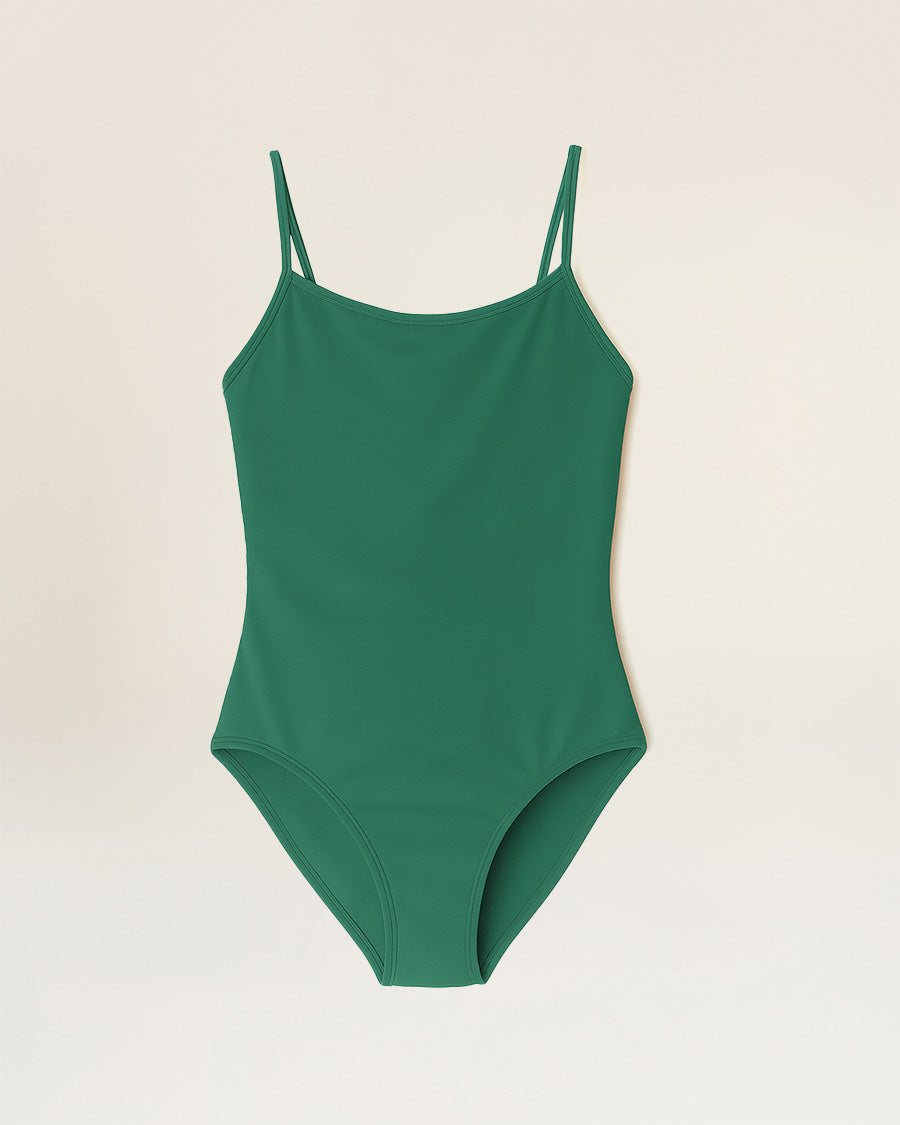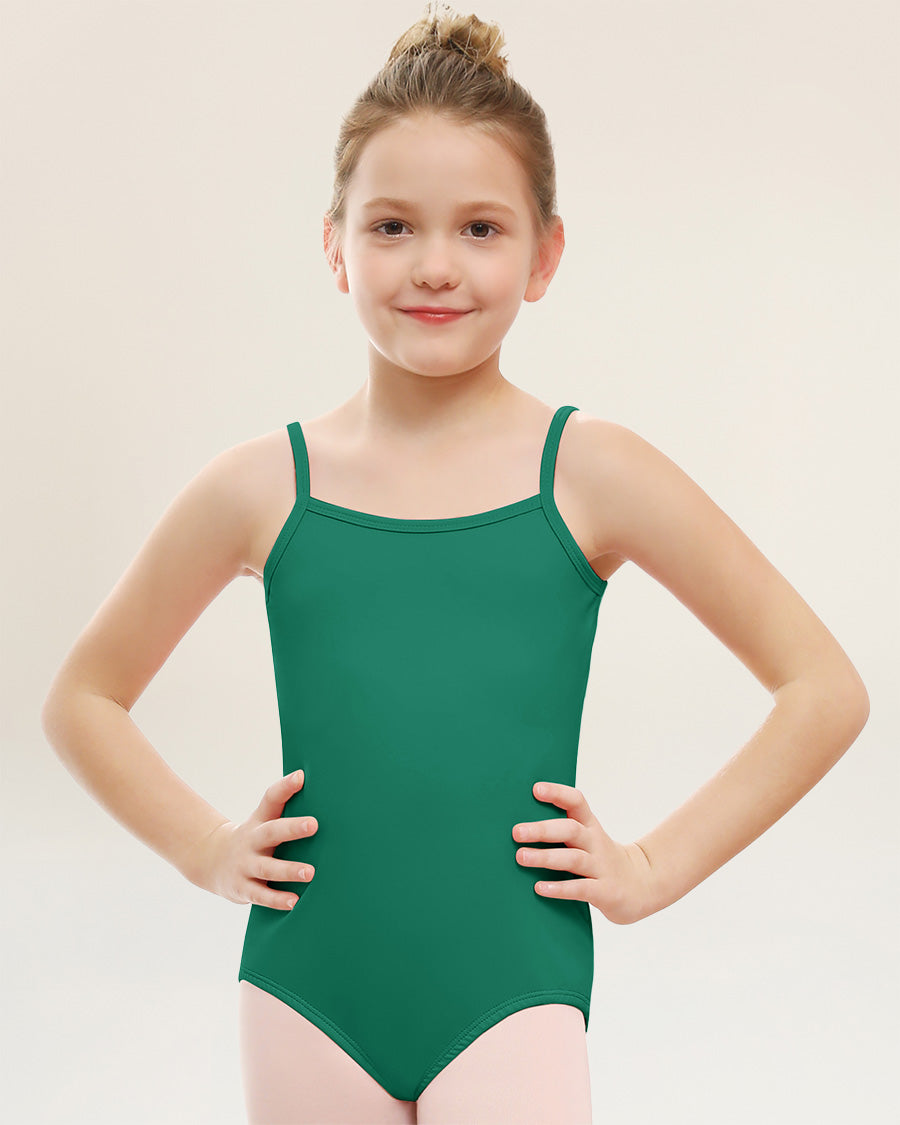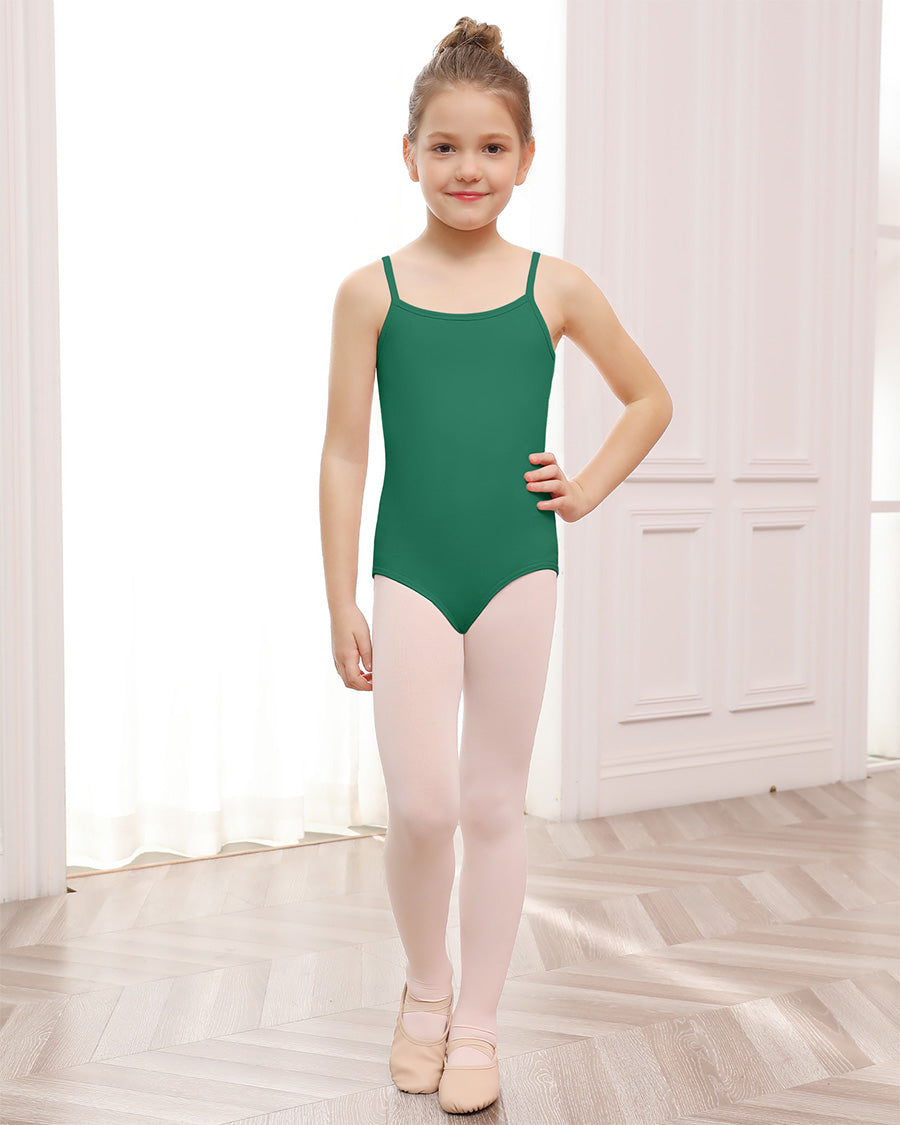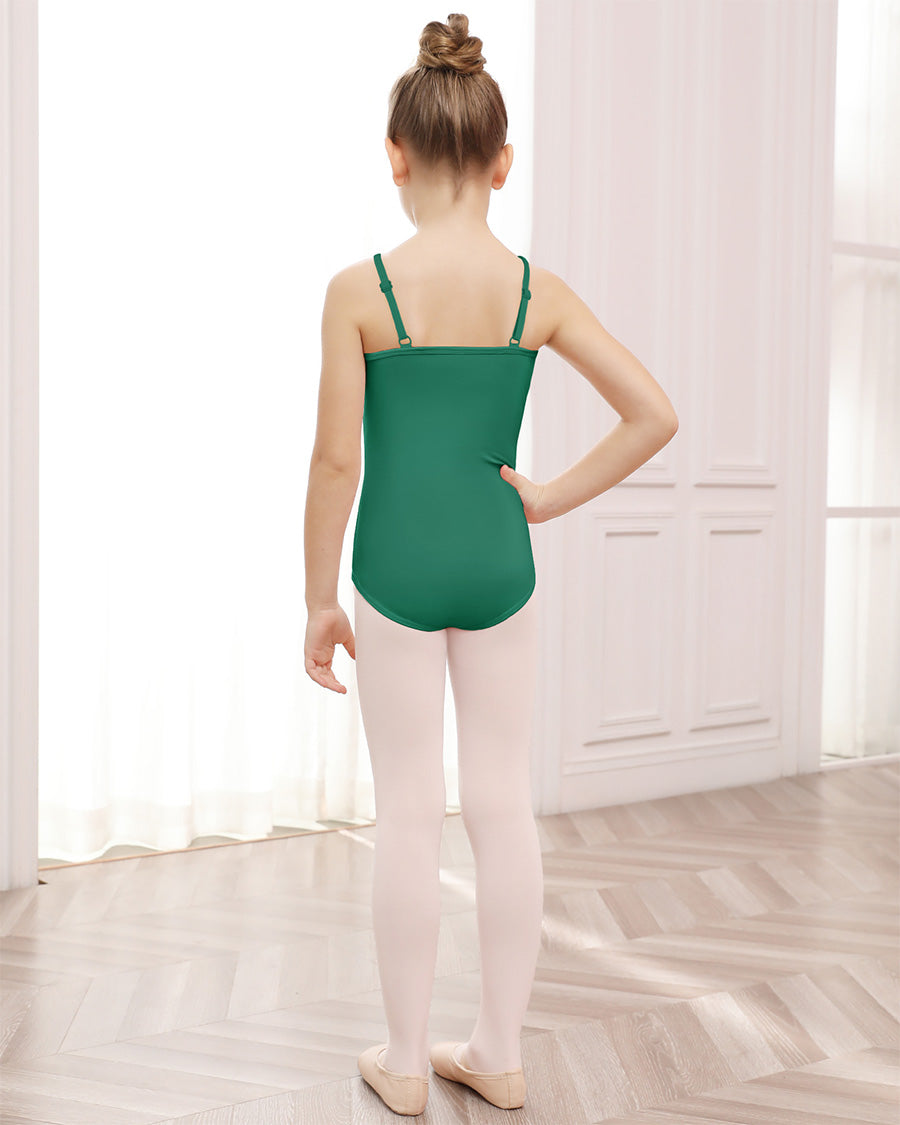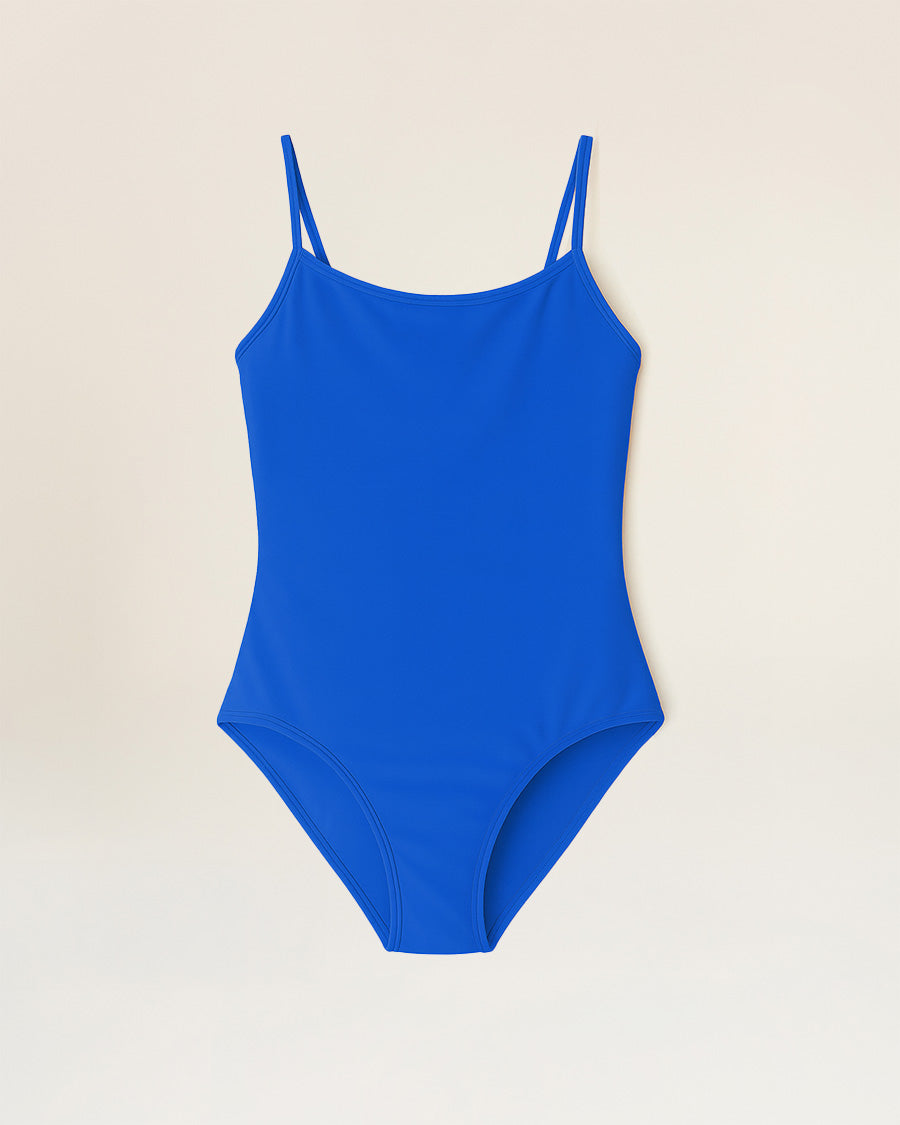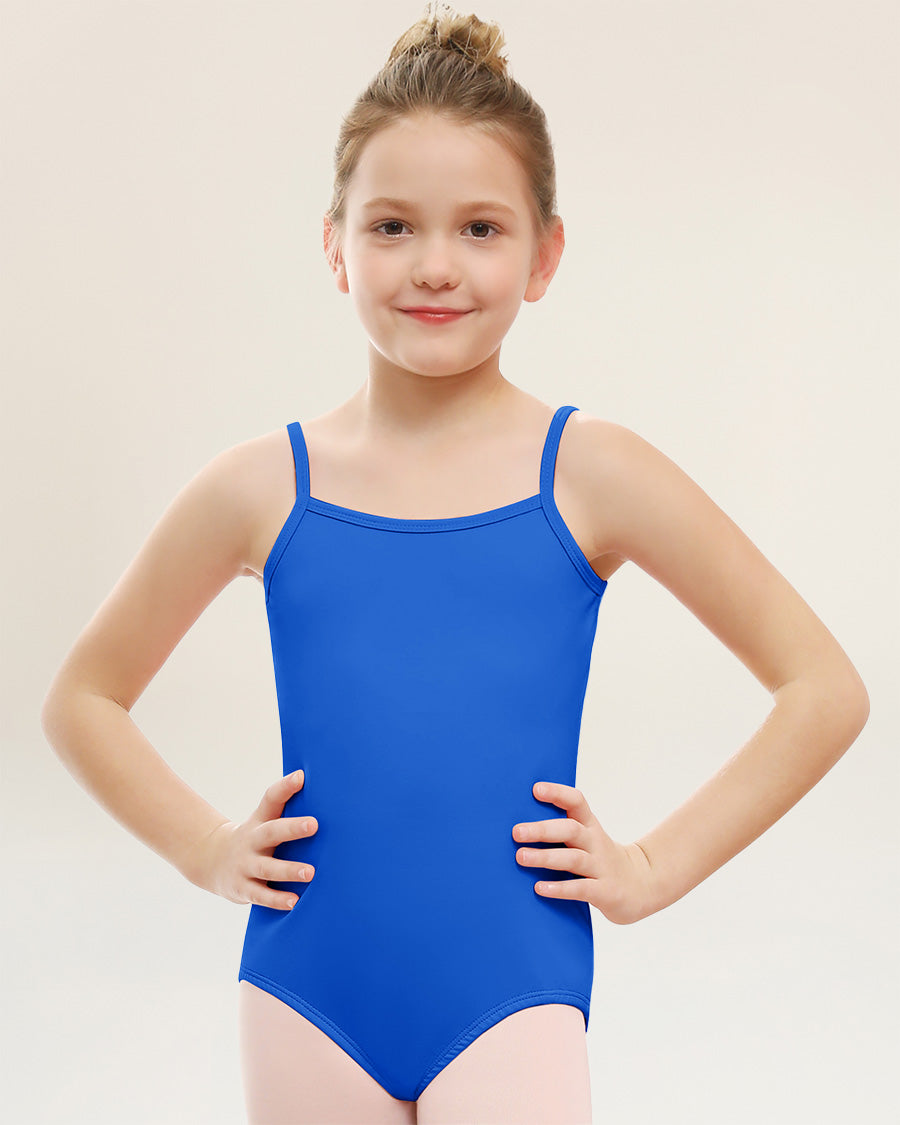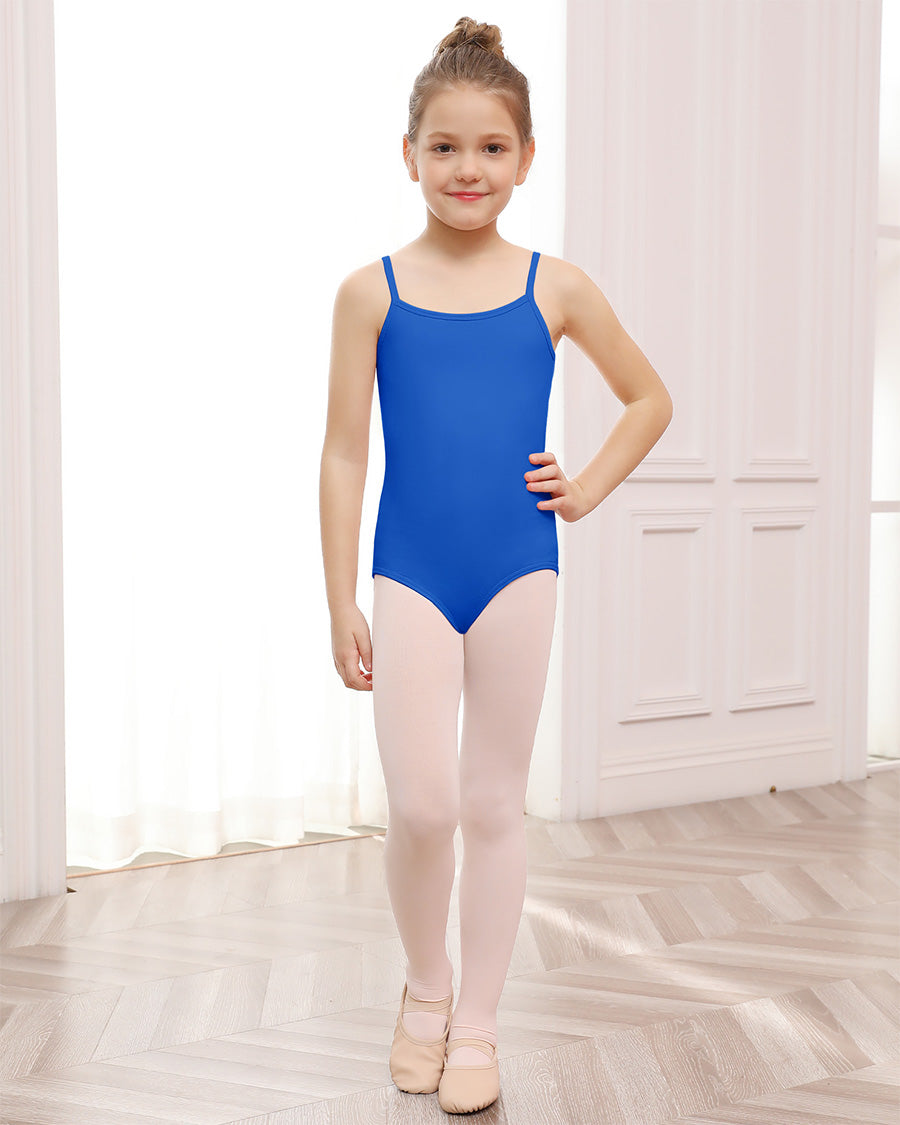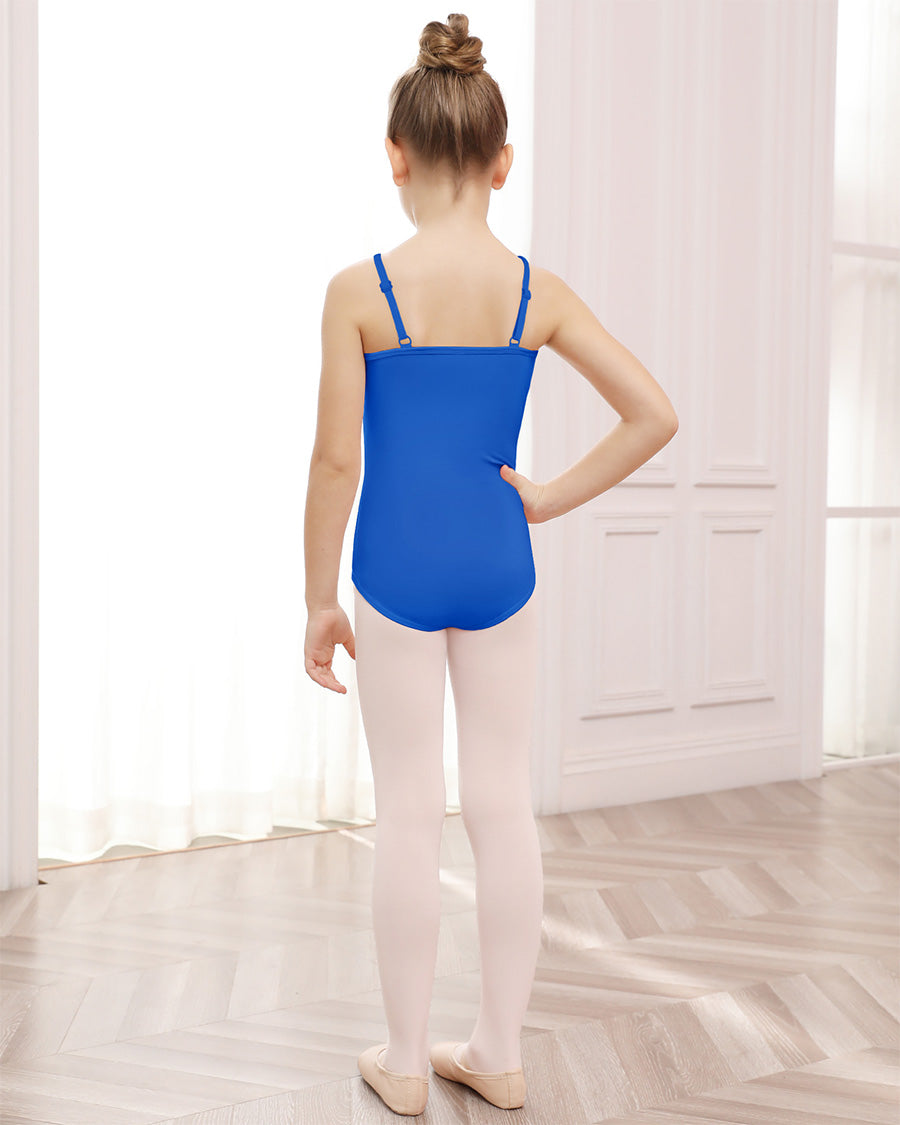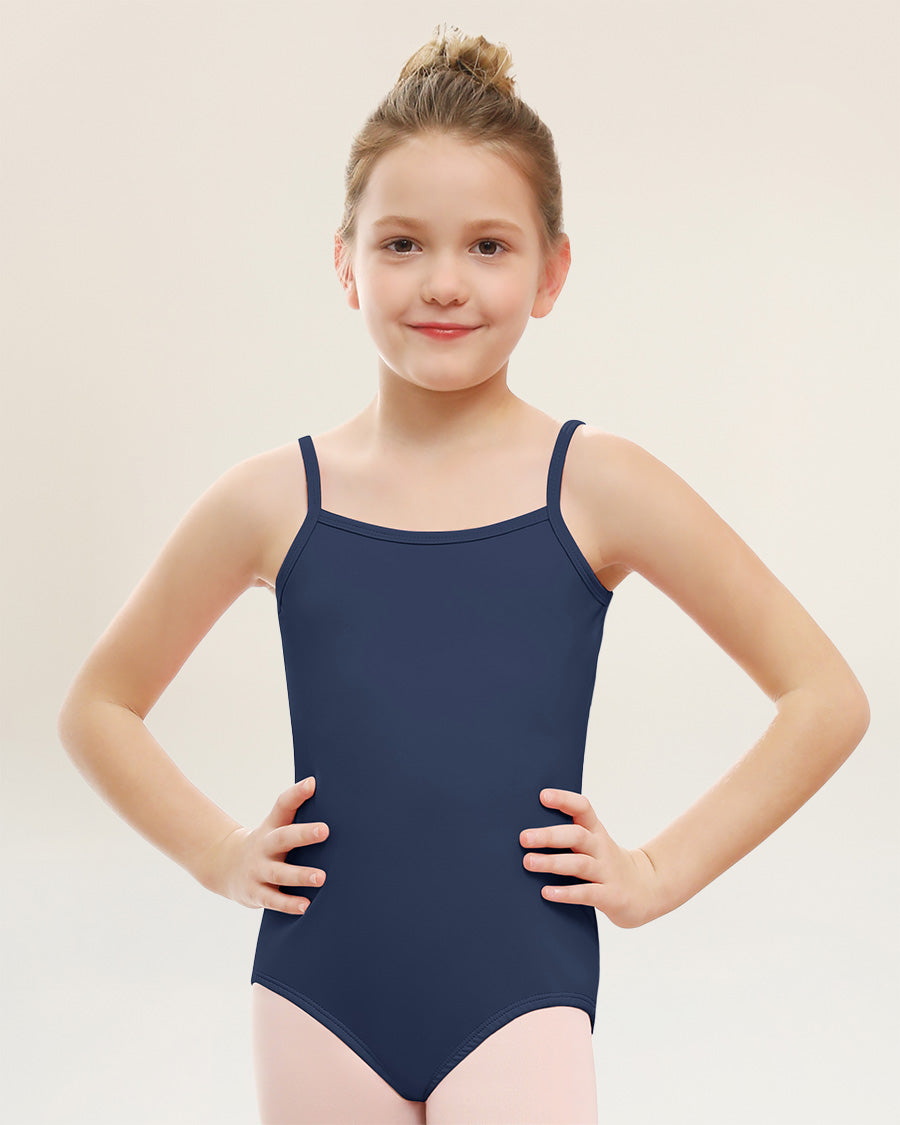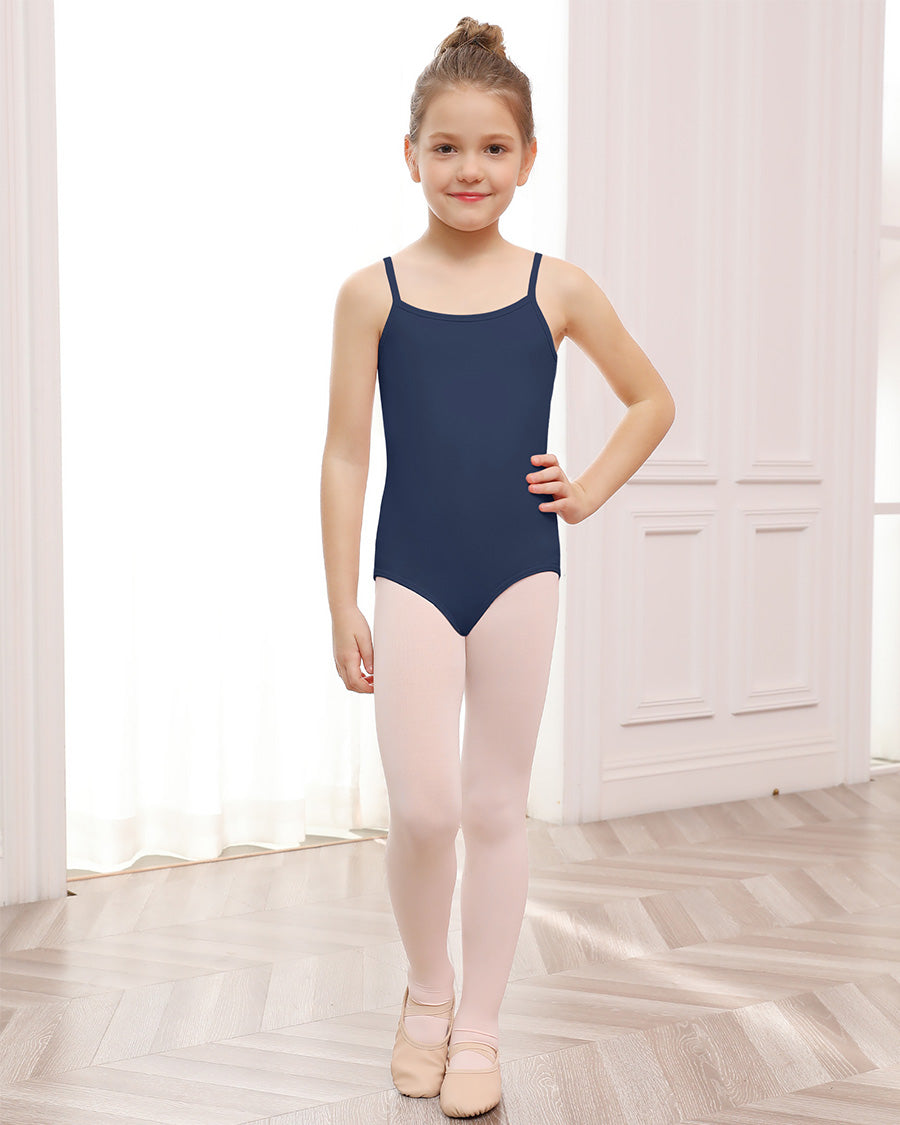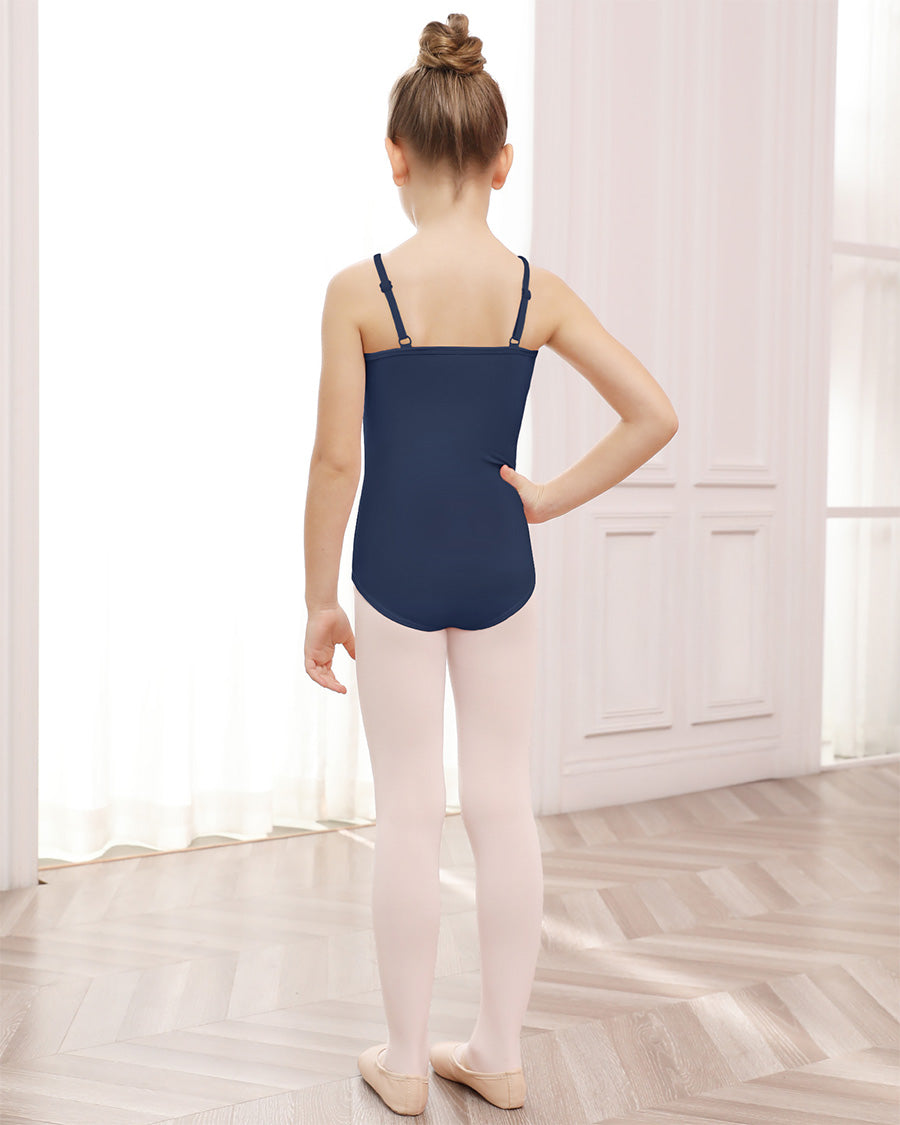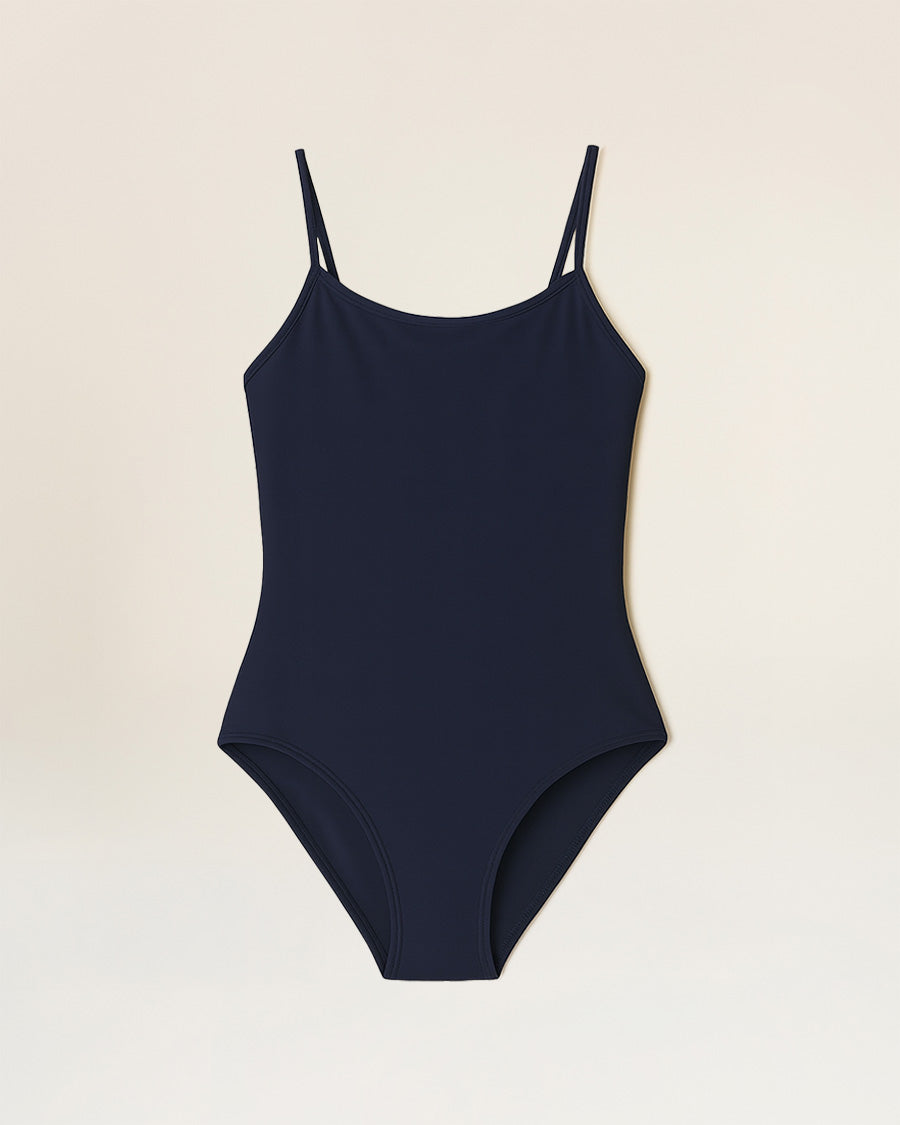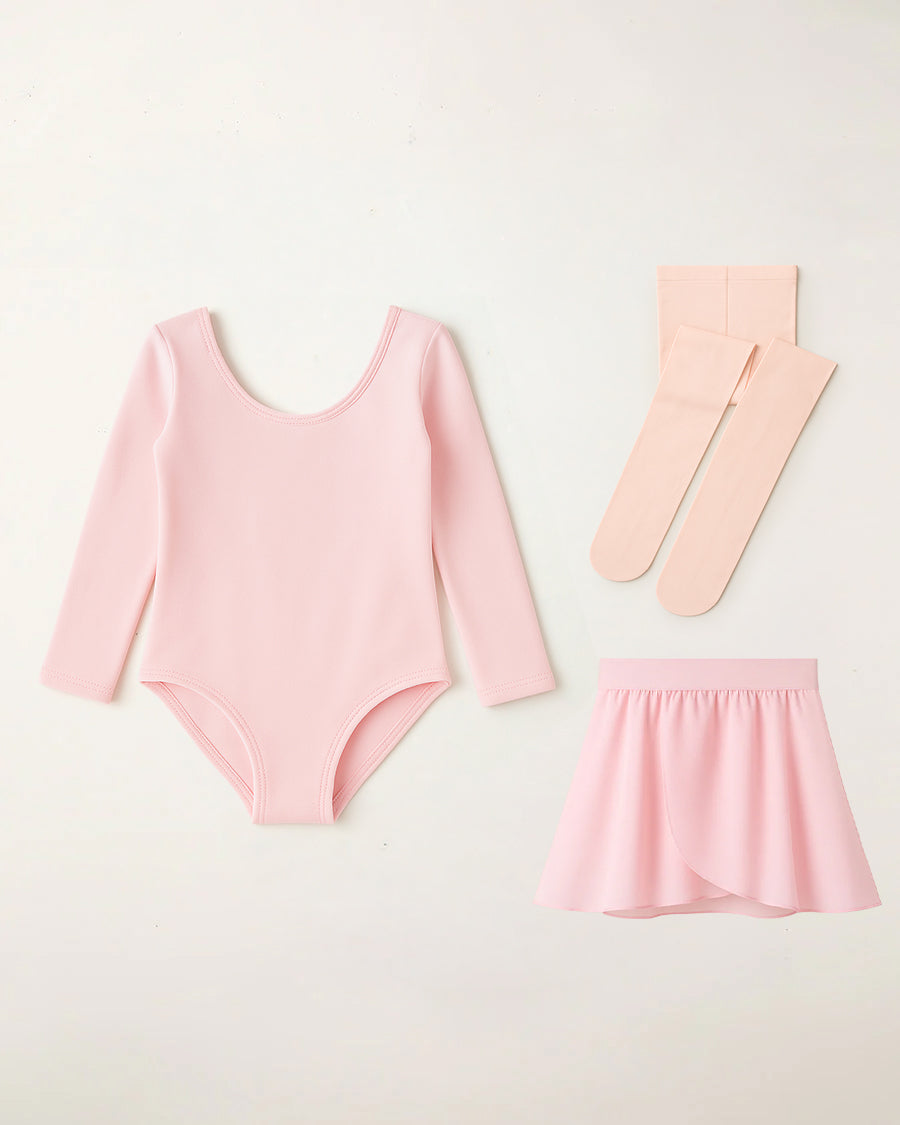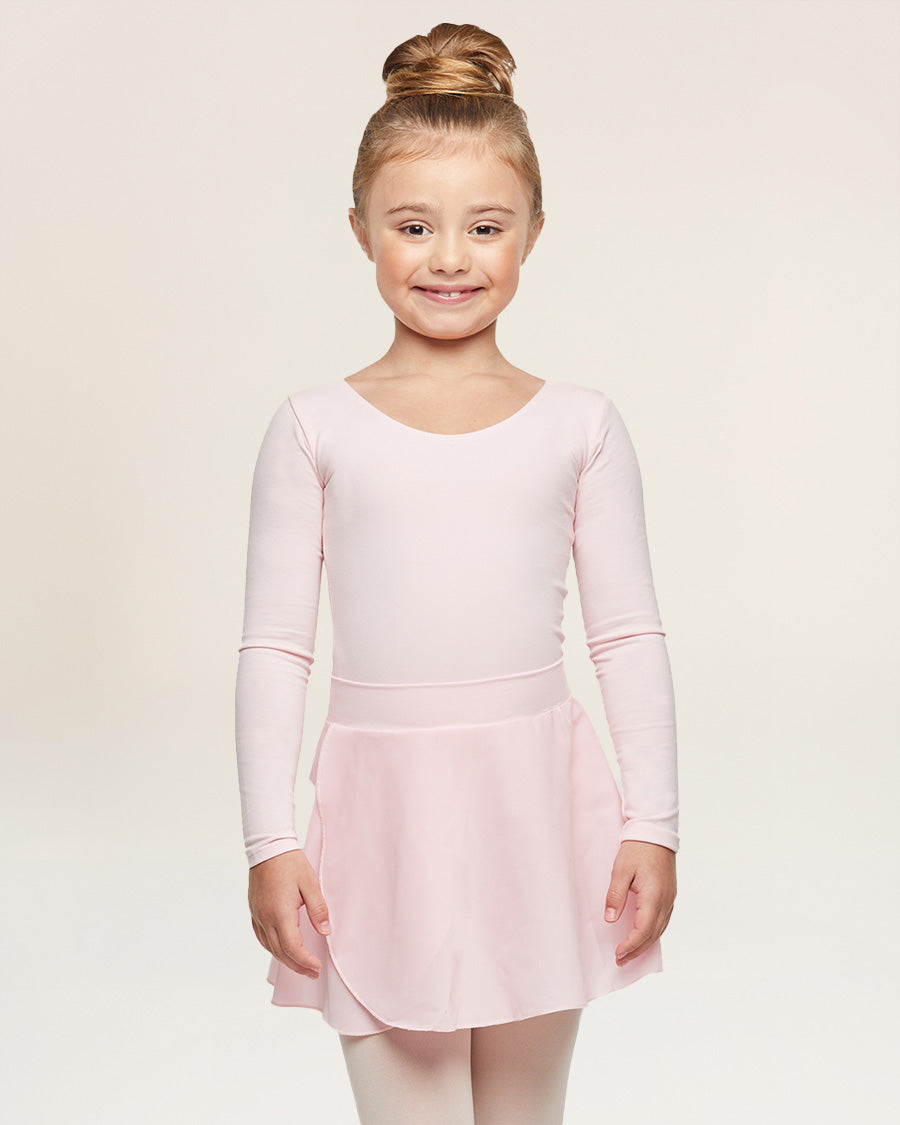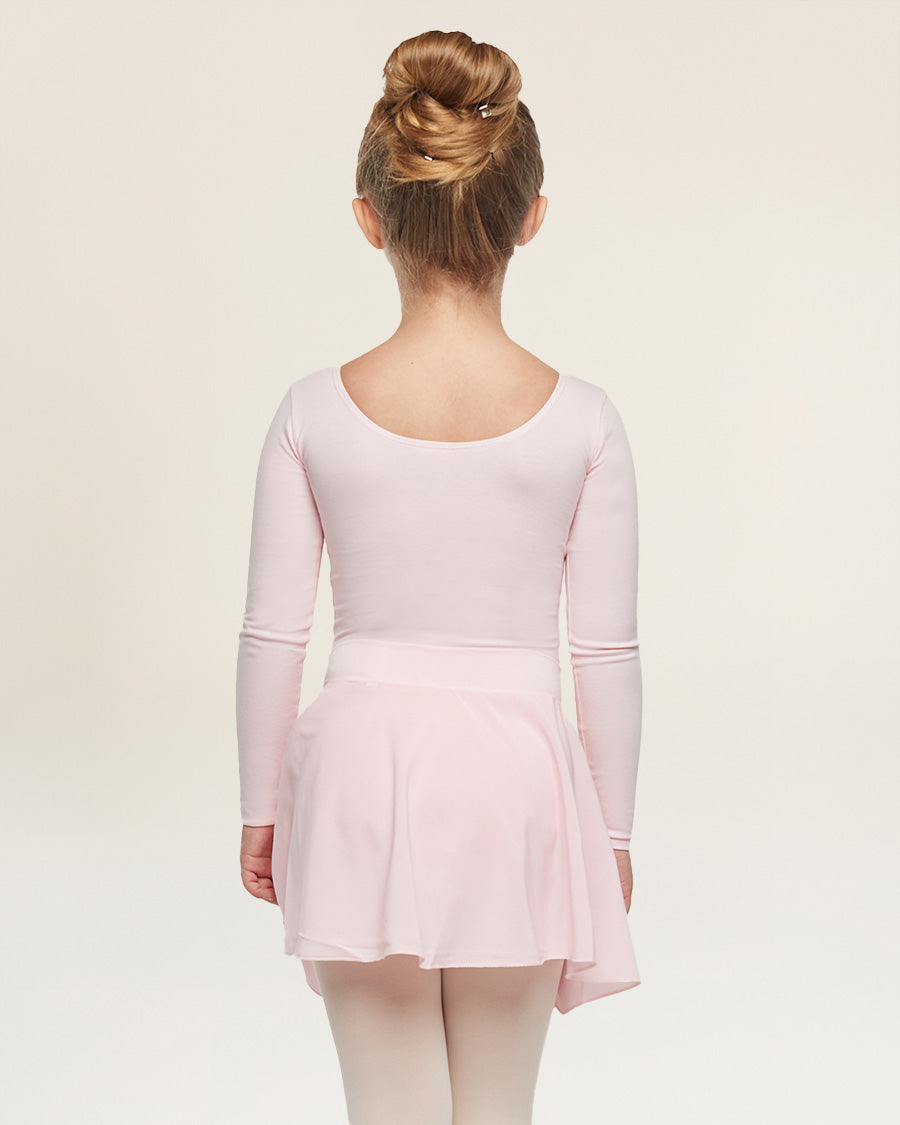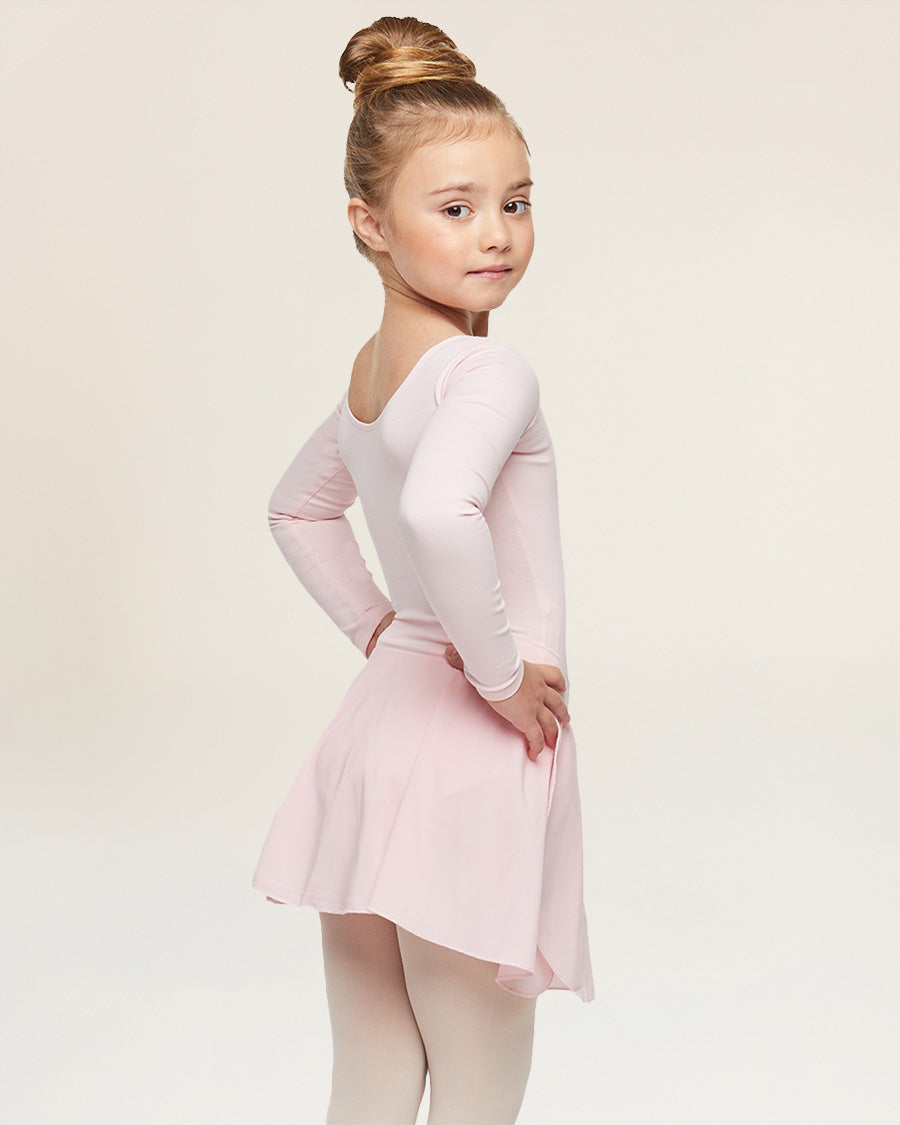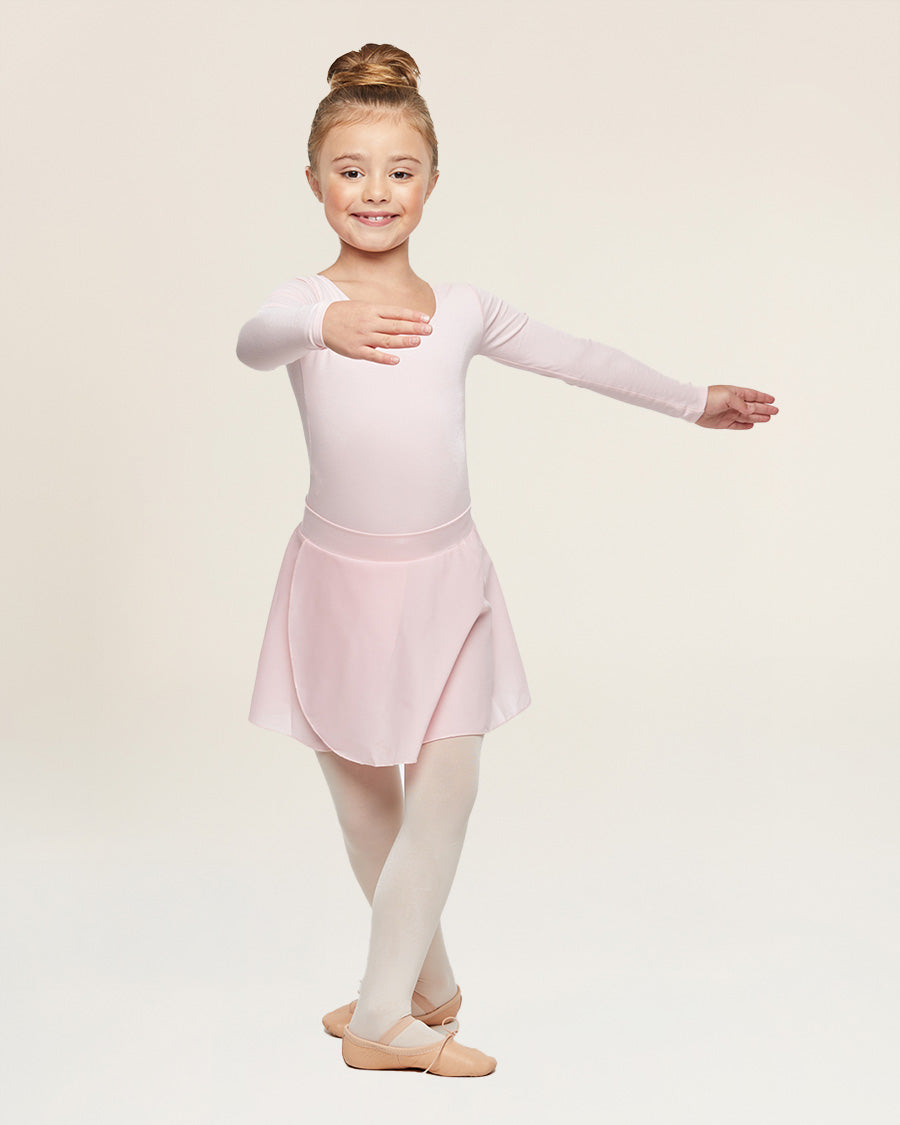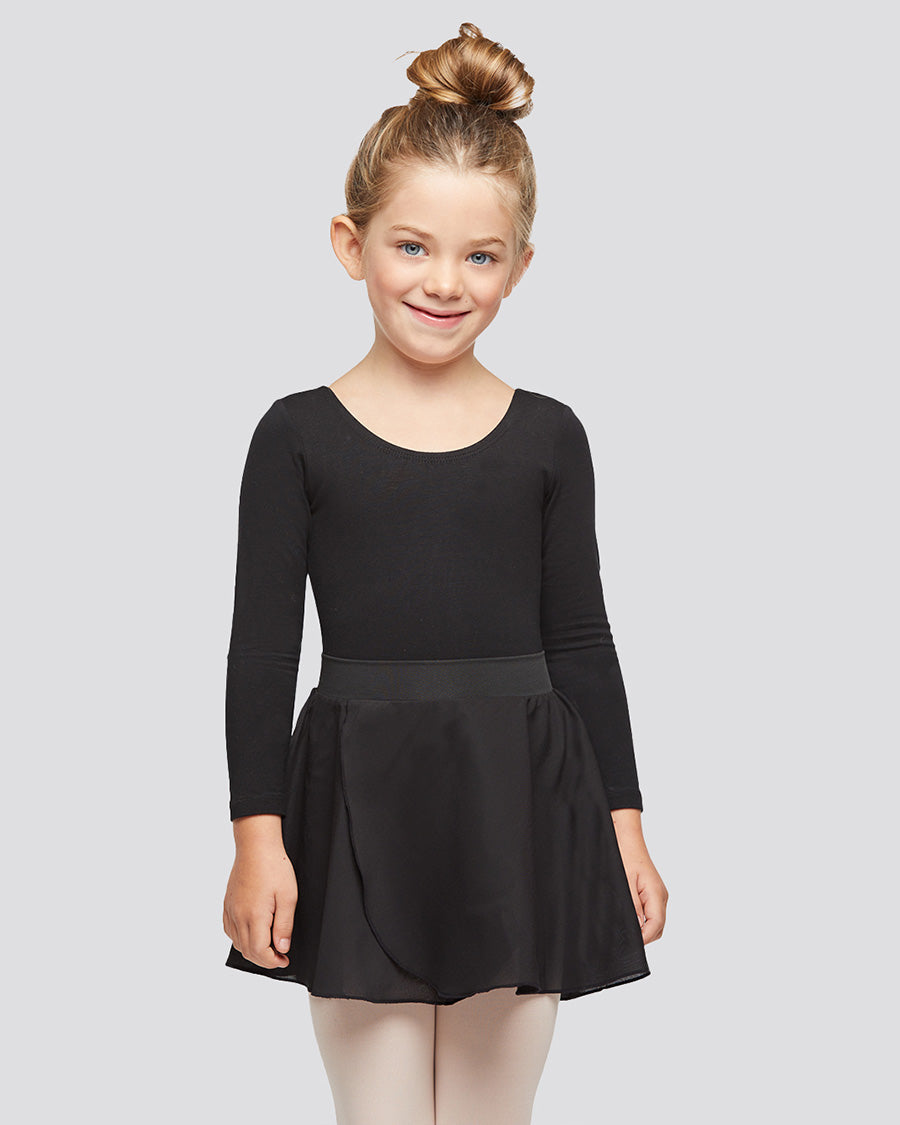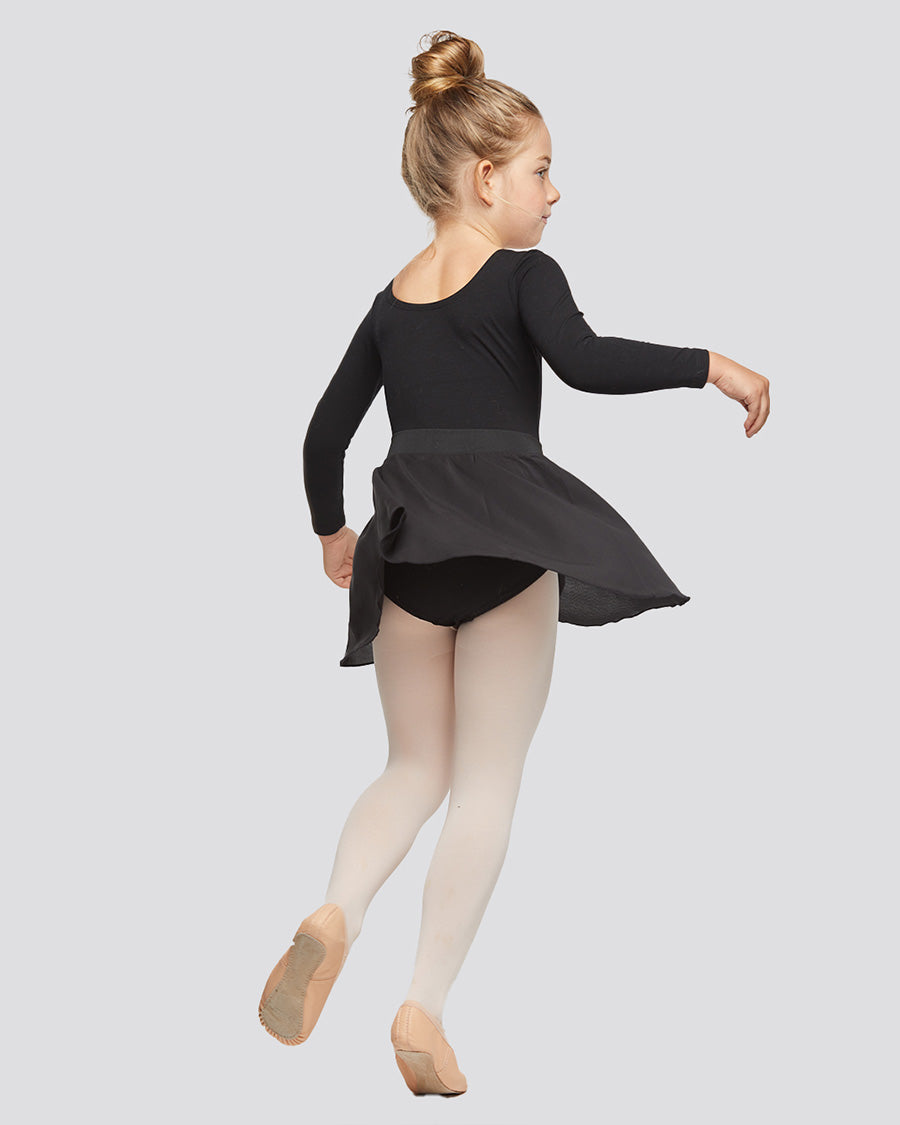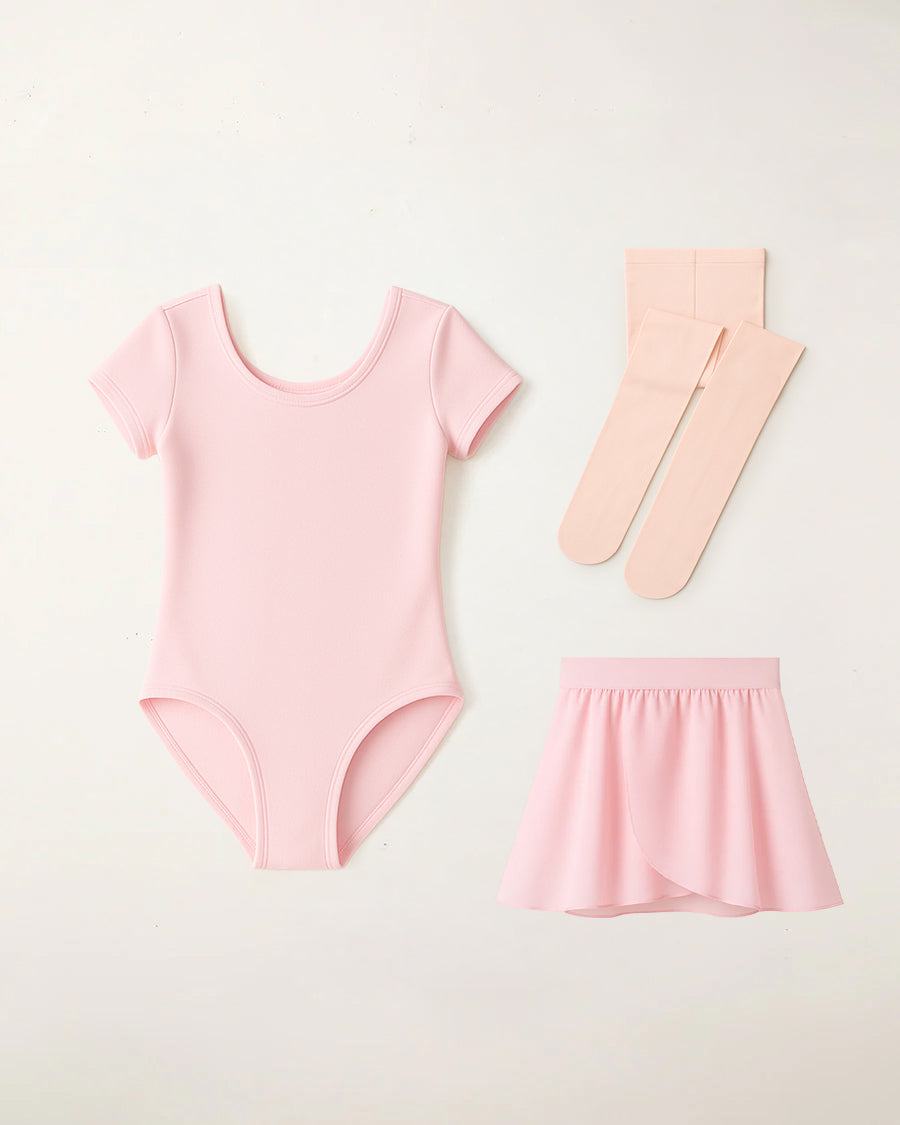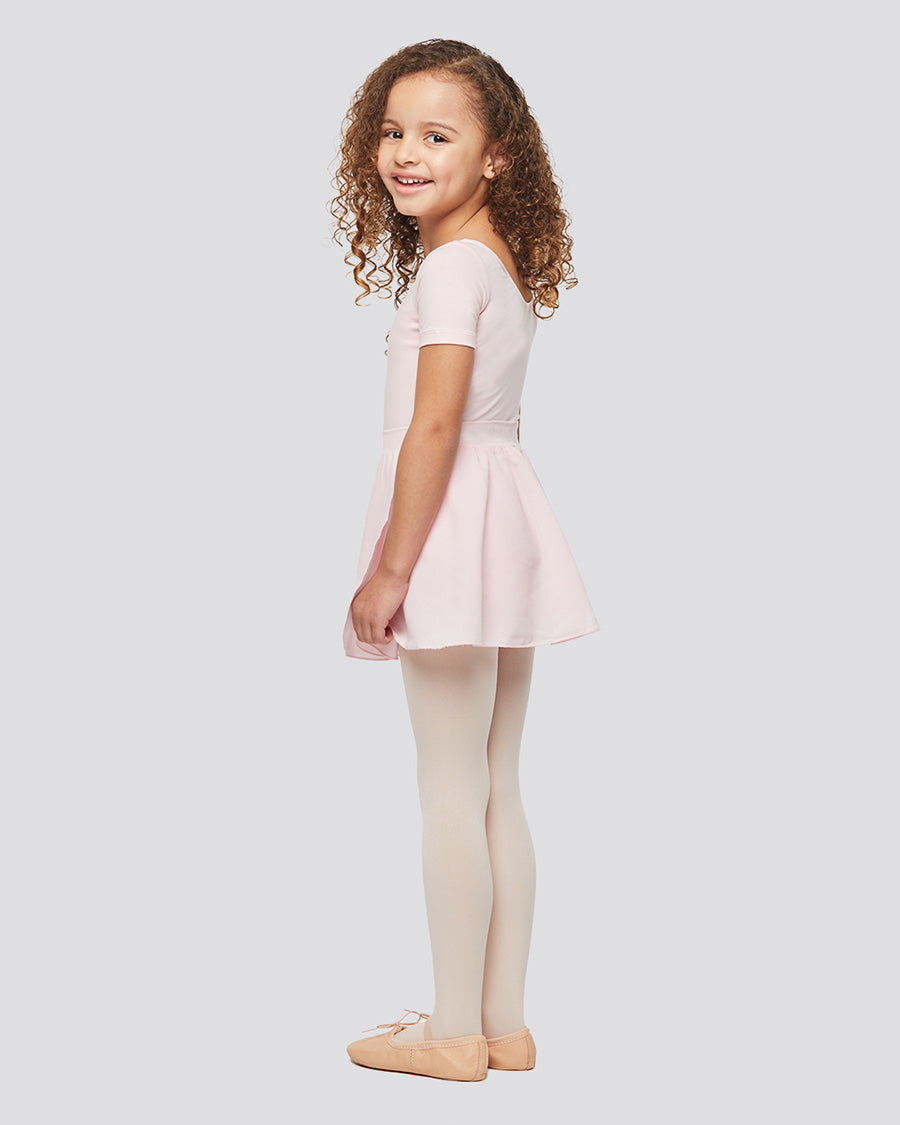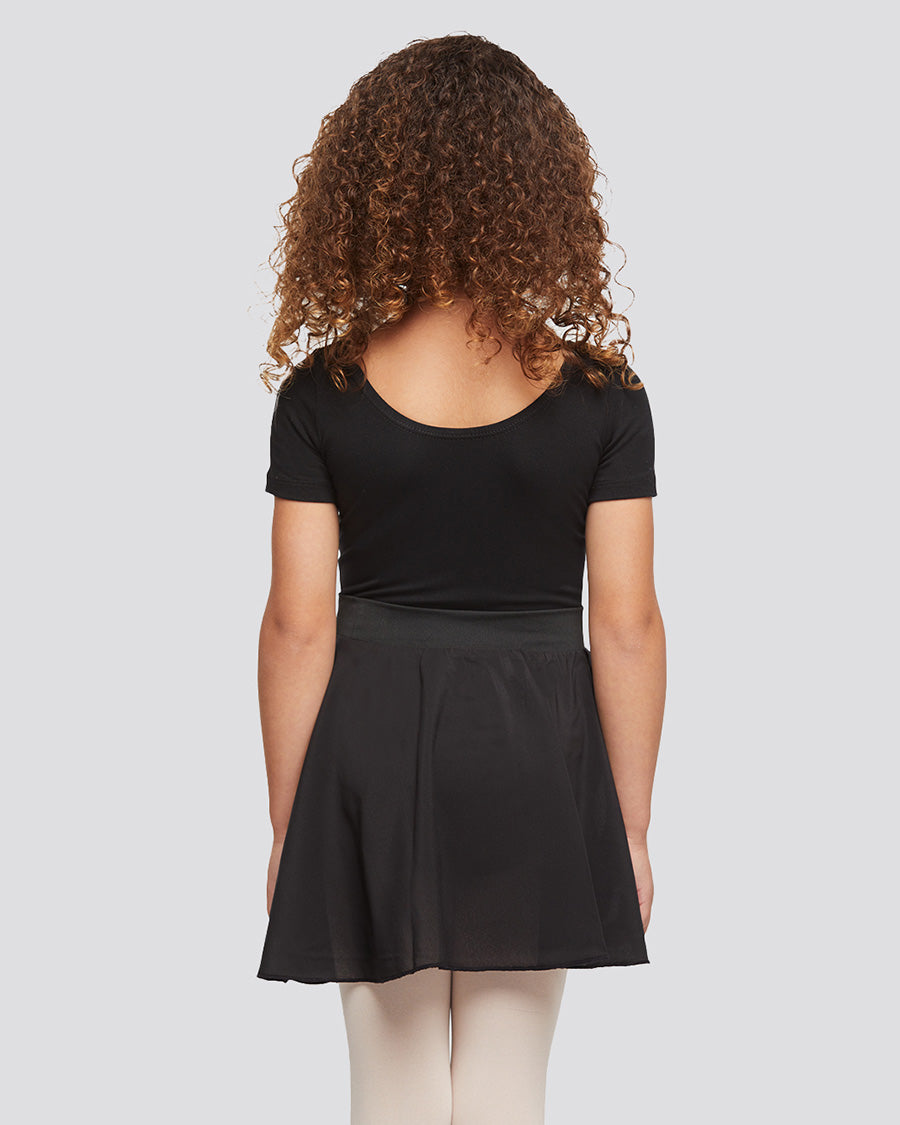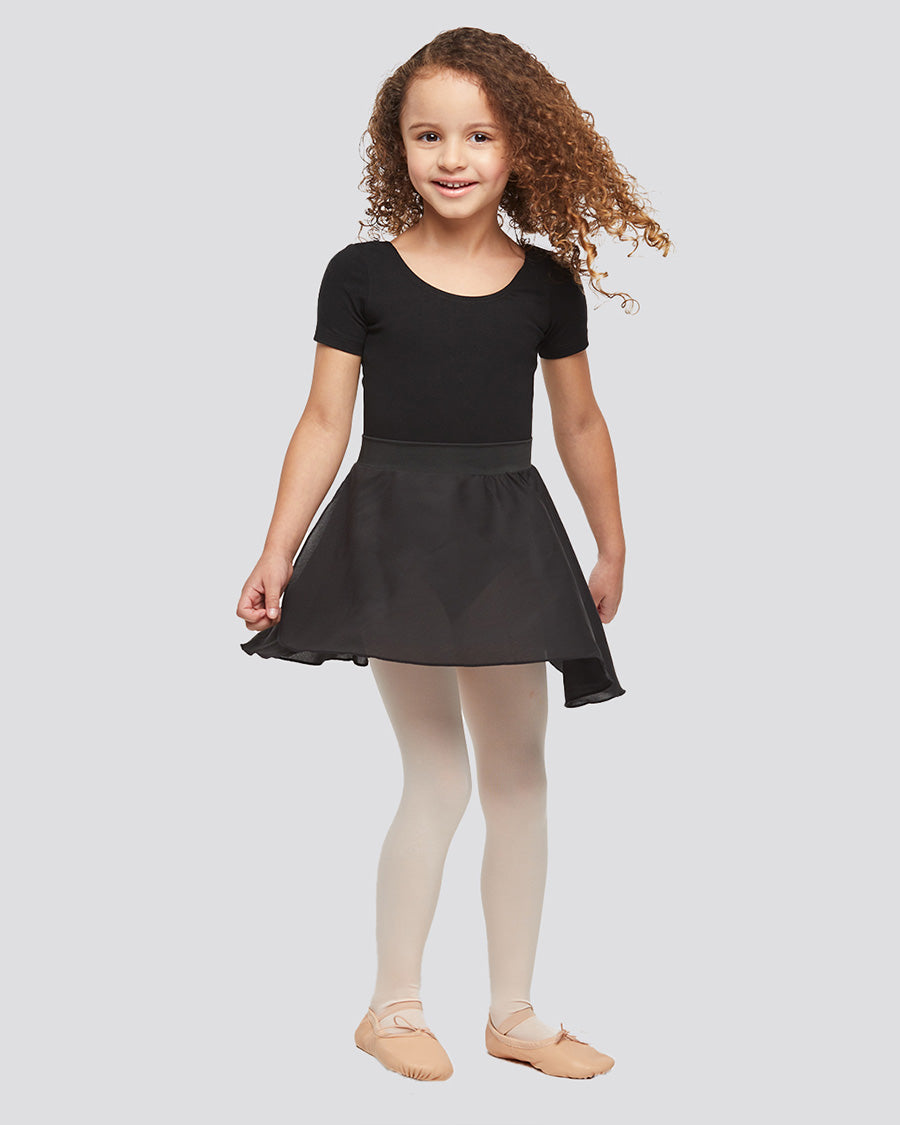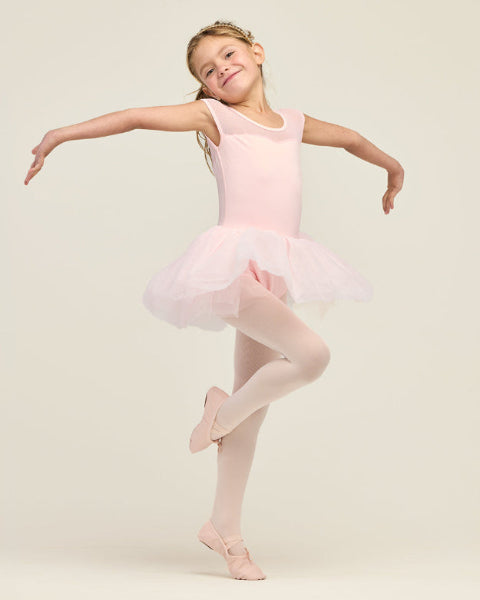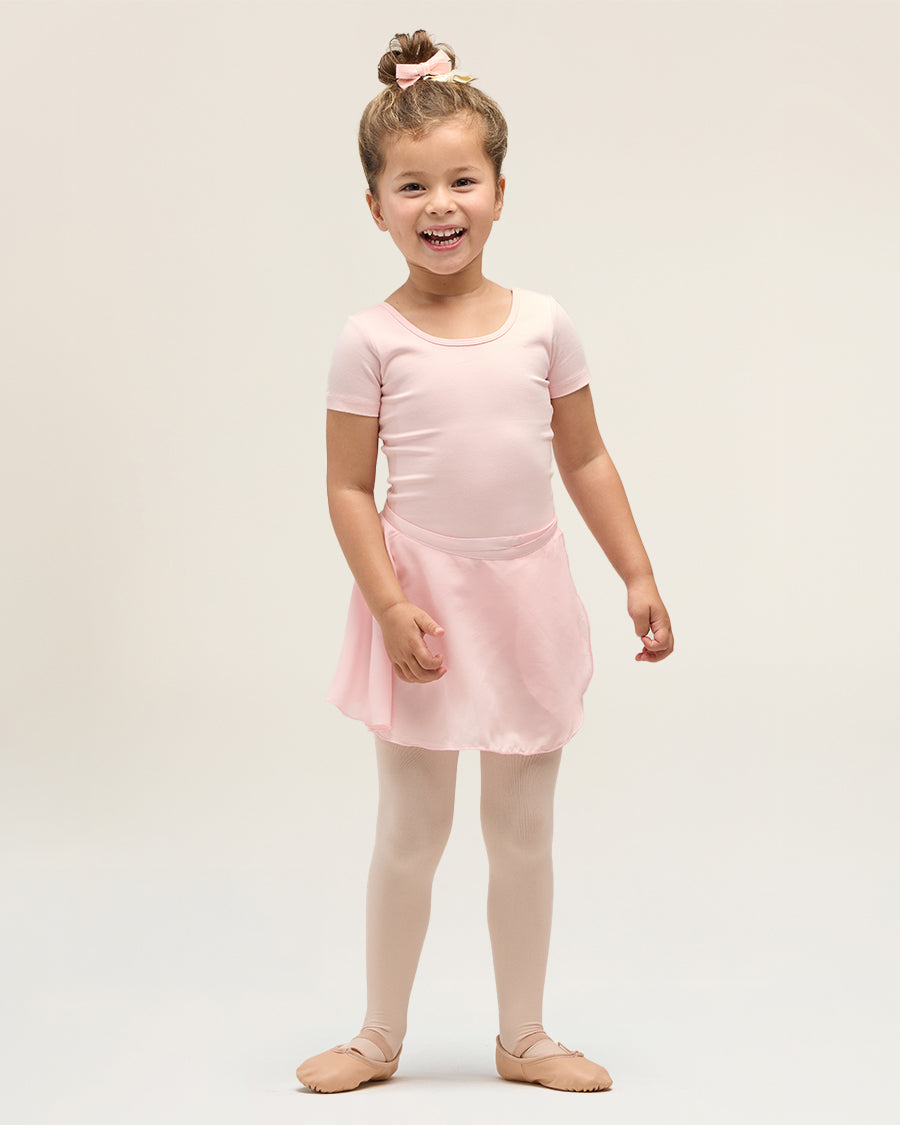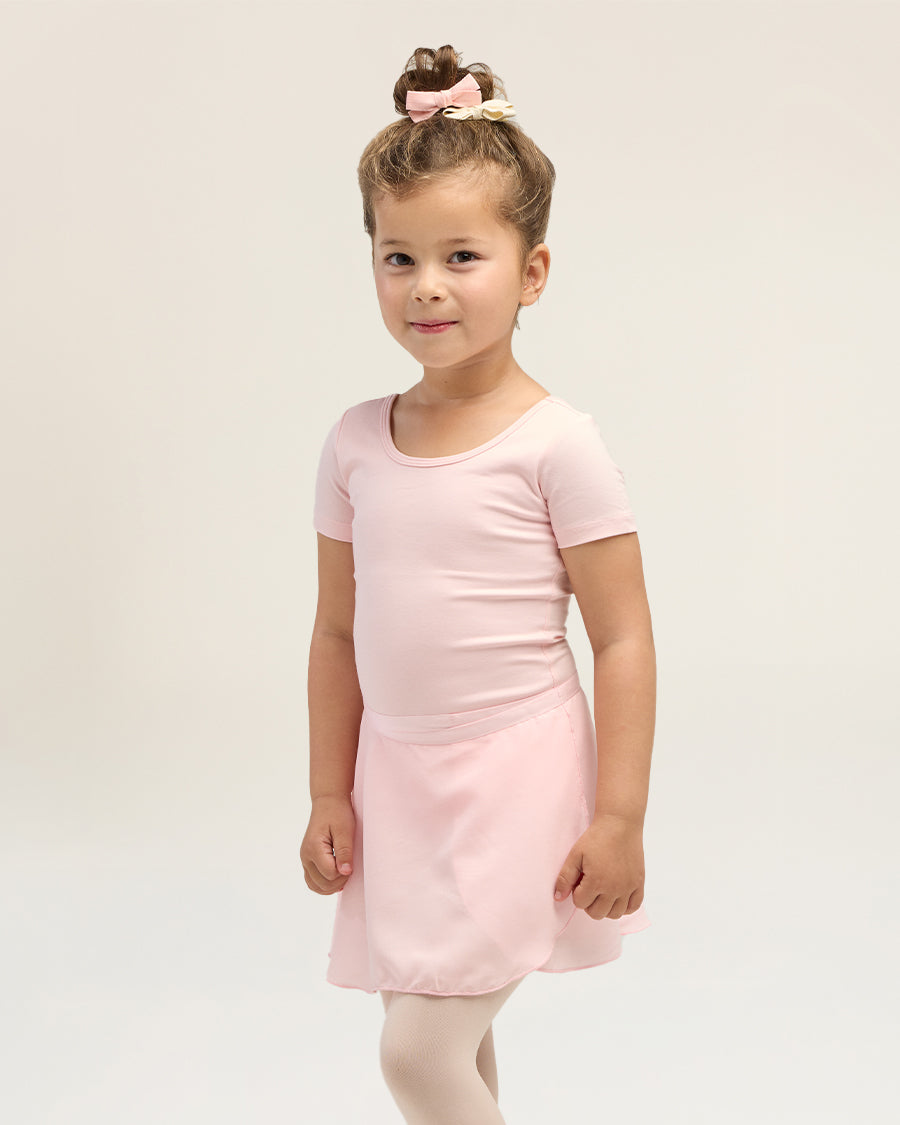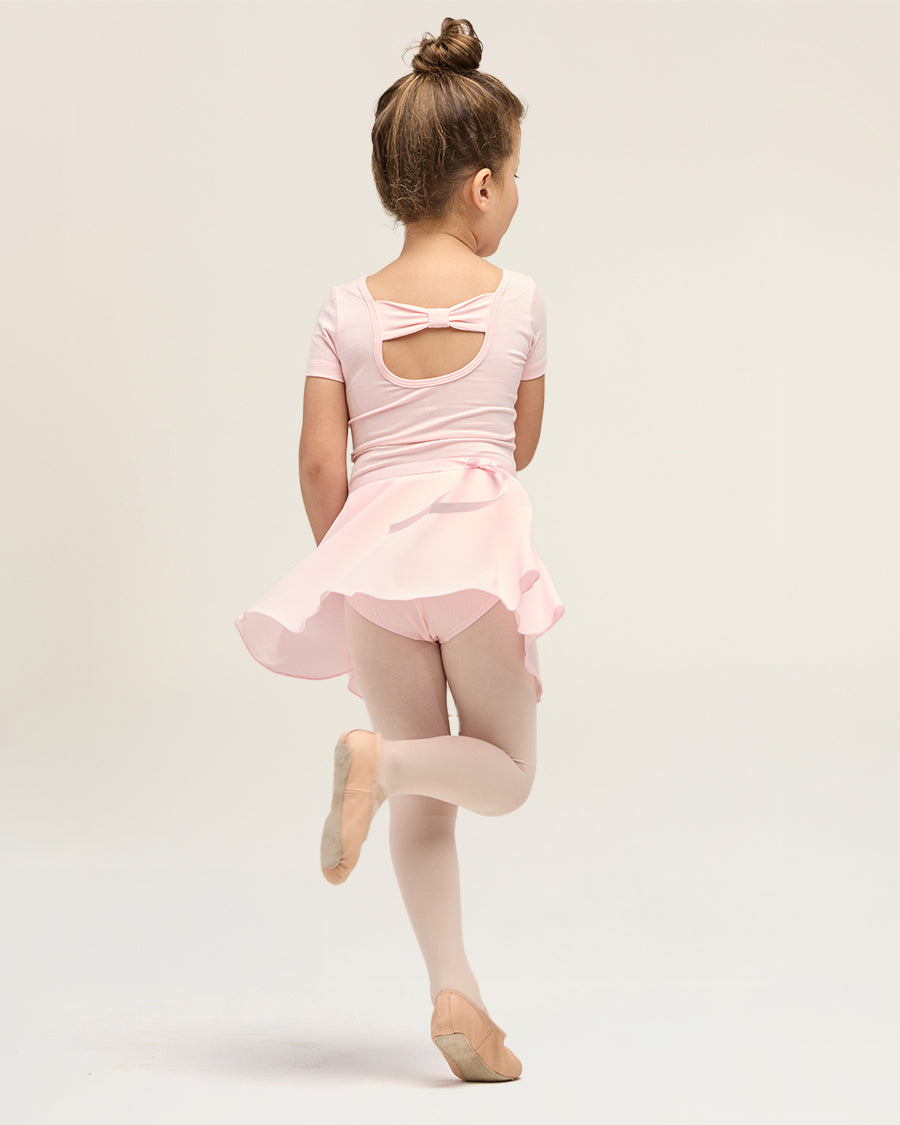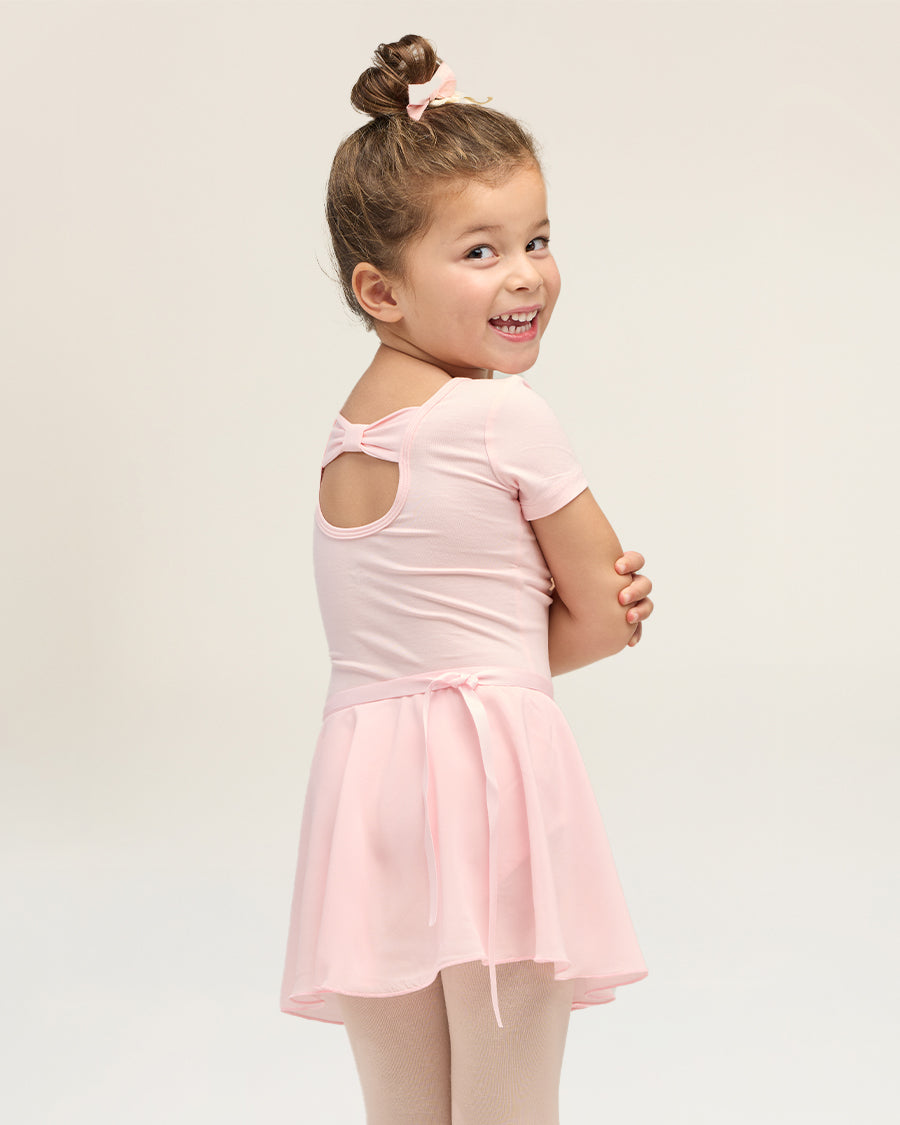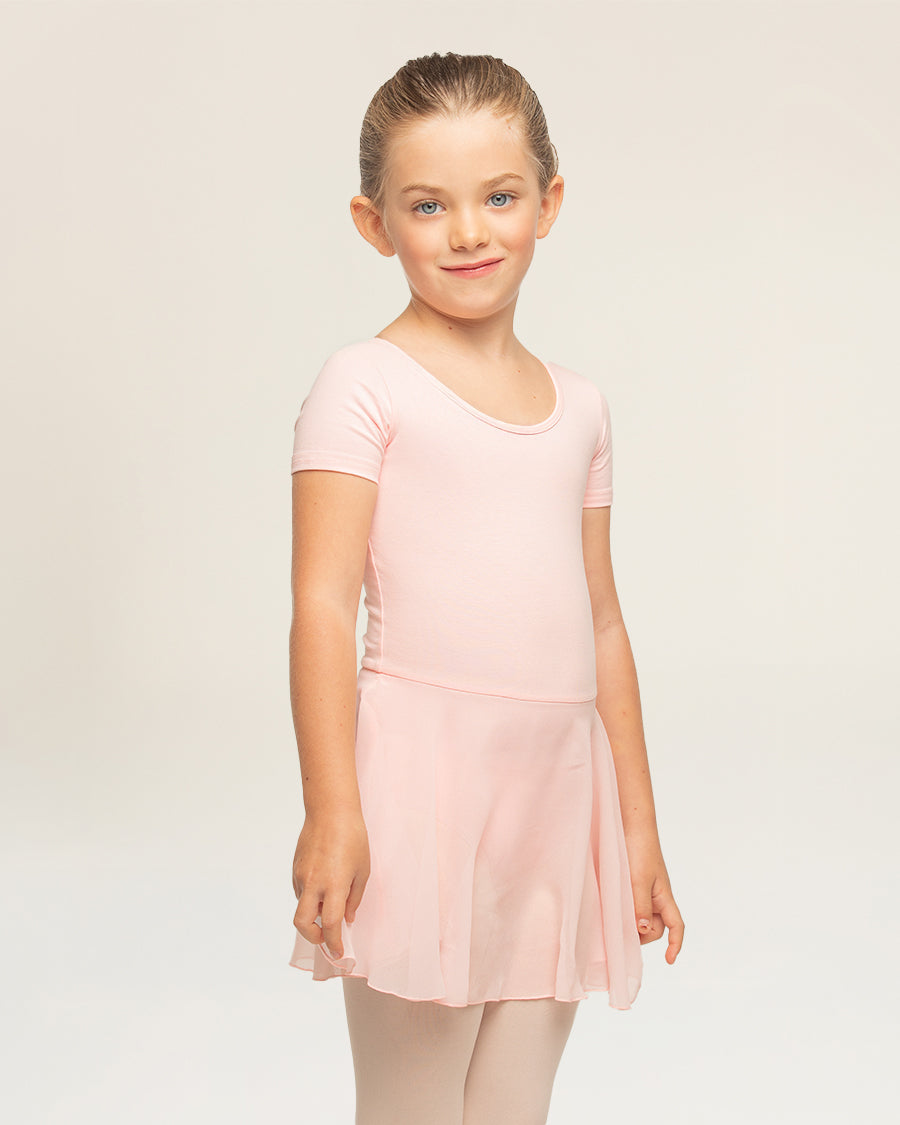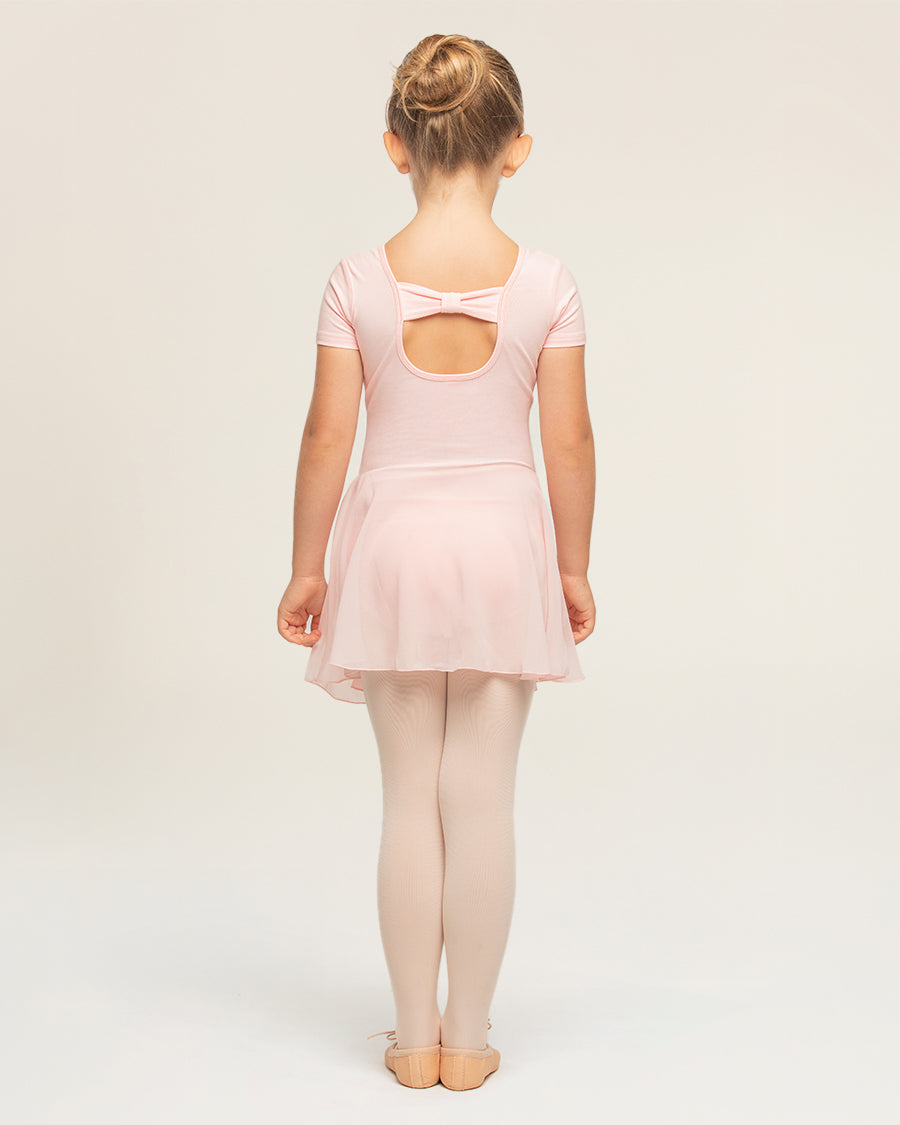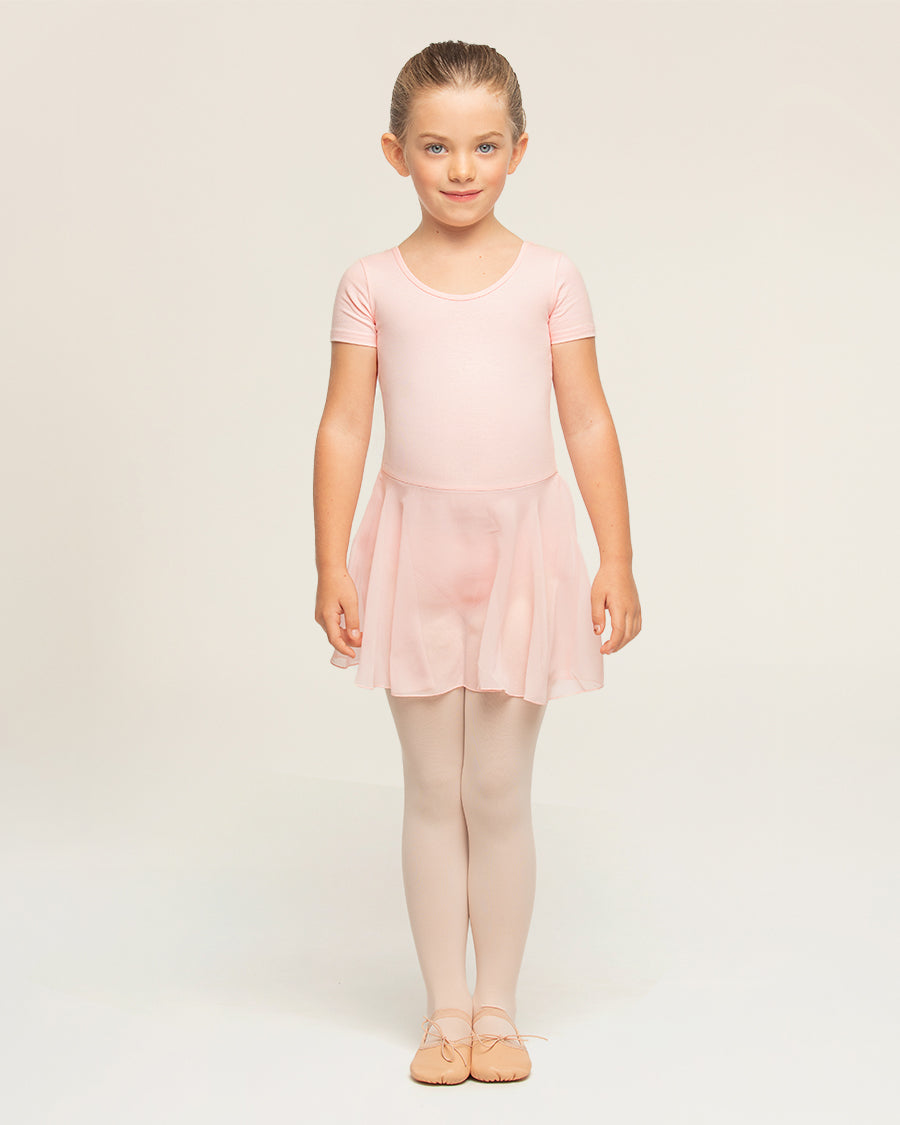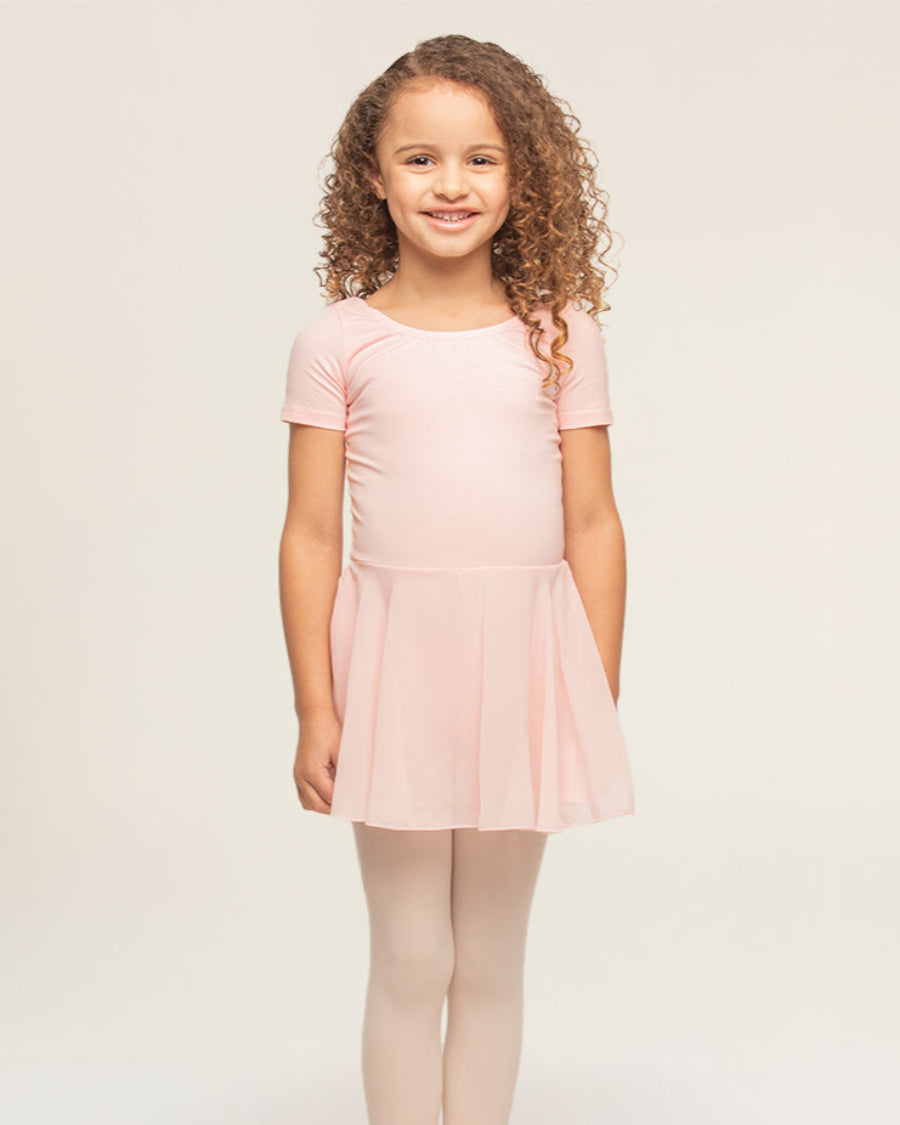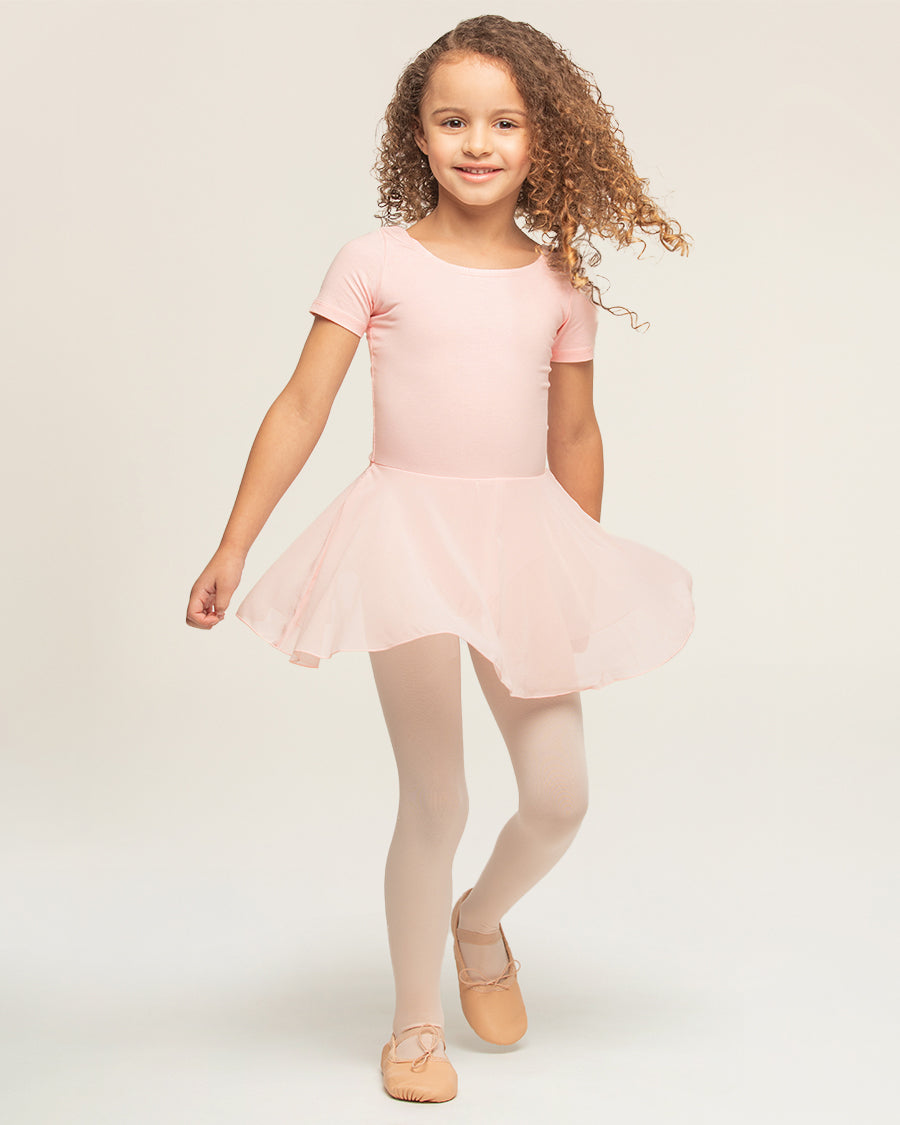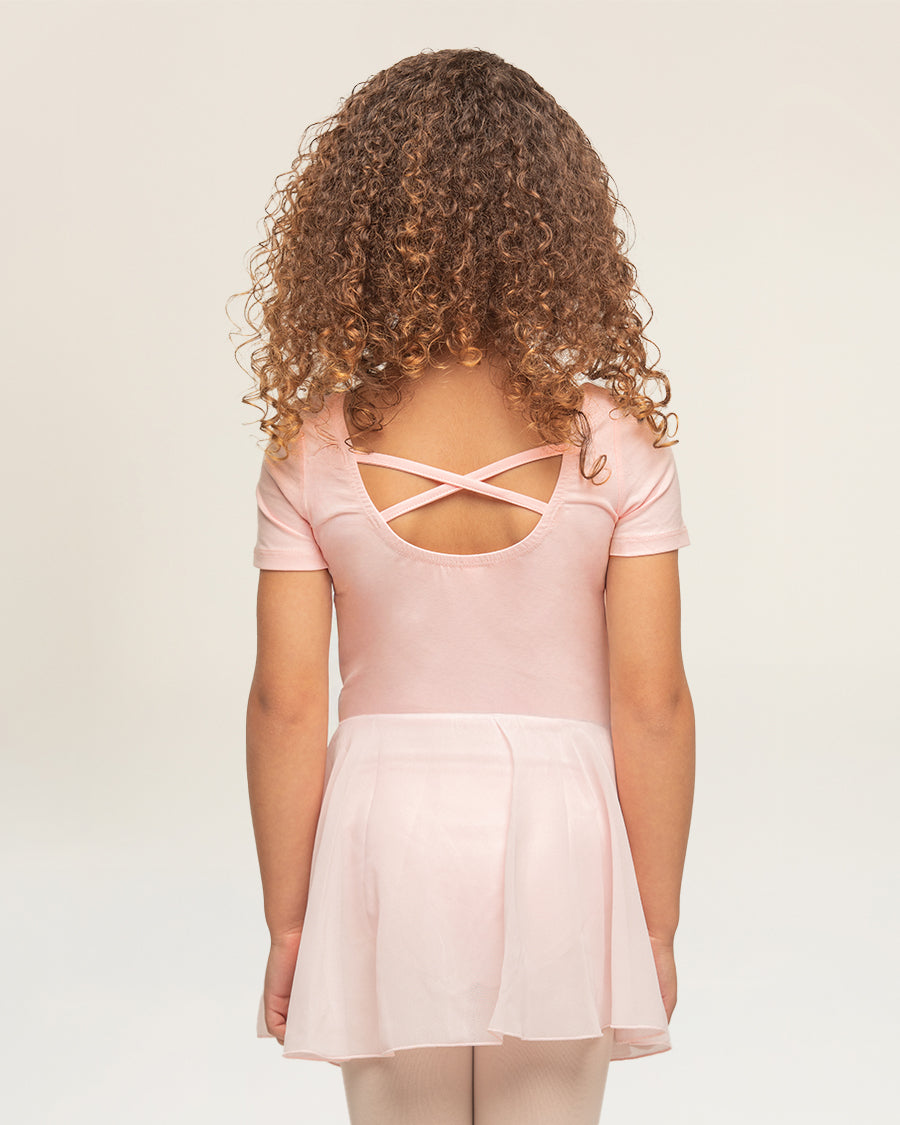The Ultimate Guide to Finding the Perfect Leotard for Girls
Table of contents
For nearly two centuries, leotards have been the clothing of choice for serious gymnasts and dancers worldwide.
Designed to maximize range of motion and flexibility, a leotard is a form-fitting piece of clothing that allows dancers and gymnasts to perform at their best. These one-piece garments are skin-tight and stretchy, so the athletes can move without inhibitions and allow instructors and judges to evaluate their technique.
However, leotard styles can vary drastically, and choosing a leotard with the right fabric and fit for the activity is always important. In this guide, we’ll explain how to select an appropriate leotard for girls of all ages, from the types and styles to the best fabrics and what to wear with them!
Who Started the Leotard Trend?
During the 1800s Jules Léotard an aerial performer from France invented the leotard as a tight one-piece garment meant to improve movement flexibility when doing trapeze routine. His design increased flexibility while reducing trapping incidents that could happen to performers thereby becoming perfect for acrobatic routines. After performers embraced it initially the leotard developed into a standard piece which earned its name from its inventor Jules Léotard.
Types of Leotards for Girls
There are several different styles of leotards for girls, including camisole, tank, short-sleeve, and long-sleeve leotards. While each style can be used in gymnastics and dancing, there are some specific situations where you’ll most commonly find each type.
The Camisole Leotard
The camisole style is extremely popular with dance leotards because it offers a clean and classic look that keeps the arms and shoulders free to move. This type of leotard features thin spaghetti straps, an open neckline, and a scoop or V-back for an elegant and practical look. Lightweight and breathable, it’s particularly common in ballet because it allows those graceful movements to be fully displayed. These dance leotards also pair seamlessly with skirts and tights, for an unmistakable ballet dancer style.
The Tank Leotard
A tank leotard style is incredibly versatile, and you’ll see it in beginners’ ballet, as well as gymnastics and many other dance forms. This kind of leotard for girls has wide shoulder straps that resemble a tank top, which still keeps the arms free and cool, but offers significantly more coverage and support than a camisole. The style works particularly well for gymnastics, where that extra support goes a long way.
The Short Sleeve Leotard
While less popular than its sleeveless counterparts, short-sleeved leotards are also very versatile, and you’ll see them in both gymnastics and dance, although typically on younger girls. This modest style has short fitted sleeves (often capped) that provide extra warmth while keeping that vital flexibility. You’ll typically see them used during colder weather, but some dance studios will also incorporate short-sleeve dance leotards as part of their uniform.
The Long Sleeve Leotard
Last but not least, the long sleeve leotard is an essential for both dancers and gymnasts. Offering full arm coverage, these leotards are perfect for performances and competitions. The sleeves are fitted and often have thumbholes to ensure they stay perfectly in place, creating a sleek and polished silhouette. The long sleeve leotard style is very common during the winter because of its extra warmth, but you’ll also see it year-round in rhythmic gymnastics and certain ballet routines.
Ballet Leotards vs. Gymnastics Leotards
Although the styles of leotards do have some crossover, there are some significant distinctions between ballet leotards and gymnastics leotards, especially once your child gets into more serious levels and competitions.
To help your child perform at her best in these different sports, you want a leotard built for that specific activity with the right design, fabric, and flexibility.
For starters, ballet leotards are typically more delicate than gymnastic leotards. You’ll see them made with all sorts of fabric, from cotton to lace or silk, and they’ll often have flowy skirts or sleeves added to the look for performances.
In contrast, gymnastics leotards are designed to stand up to more rigorous moves and need to be incredibly durable and hard-wearing. That’s why they’re often made with spandex or Lycra.
And while they may have some showy colors or sparkles added to the design, gymnastics leotards are rarely as ornate as dance leotards when it's time for a performance.
Ballet leotards also tend to have less stretch than gymnastics leotards. While ballerinas and dancers need to move their bodies freely, much of the movement happens with their arms and legs, which are already exposed by a leotard. However, in gymnastics, the leotard not only needs to offer extra support but also allow a full range of motion throughout the body, which is why stretch is so important.
In short, ballet leotards emphasize elegant lines and a beautiful fit that complement graceful moves, while gymnastics leotards focus on support and stretch with a touch of sparkle.

Fabric Choices: Comfort and Performance
Fabric choice is critical when picking out a leotard because it affects not only the look but also the comfort levels and range of motion. So how do you choose the best fabric for your little dancer or gymnast? Let’s take a closer look at the most common leotard fabric choices and what they offer.
Cotton
Cotton is a fabulous choice for ballet leotards because it offers so many perks. Not only is it incredibly comfortable and chafe-free, but it’s also durable yet breathable, allowing dancers to sweat, wash, and repeat without worry. And with its naturally hypoallergenic properties, it’s a top choice for dancers with sensitive skin.
If you want more detailed information on the benefits of cotton leotards, check out this blog post!
Cotton Blend
Another excellent choice for general dance or ballet leotards is cotton blended with Lycra or Spandex, which offers more stretch and breathability than regular cotton while still feeling soft. It’s not quite as durable as fully synthetic options, but it will still hold its shape well and stand up to hard practices.
Lycra
A tried-and-true staple for gymnastics is Lycra, a blend of spandex and nylon that’s perfect for recitals and competitions. Not only is this fabric incredibly stretchy and moisture-wicking, but the durable fabric ensures your leotard retains its shape after hard practices and performances. It also has a sleek, slightly shiny look that pairs perfectly with a dazzling routine.
Polyester & Spandex Blend
A final popular fabric choice for girls' leotards is a lightweight and durable blend of polyester and spandex. This no-fade, hard-wearing fabric is perfect for high-intensity gymnastic routines, and stands up to repeated washing. It’s less breathable than cotton or cotton blends, but more suited to the rigors of gymnastics.
What Should Girls Wear Under a Leotard?
Younger gymnasts and dancers often wear only underwear underneath their leotards, but will add a sports bra for more support as they develop. Luckily, the most popular gymnastic leotard styles are easy to pair with most sports bras, but you can easily find more options to hide the straps, especially for performances. There are also many great dancing bras available for ballerinas and dancers, making it easy to get more support without unseemly strap lines.
It’s also common for older athletes to wear their leotards without underwear, but seamless undergarments or leotards with built-in liners are always an option.
Why Do Girls Wear Leotards?
Leotards offer both style and functionality to dance and gymnastic routines. For example, a leotard allows for a full range of motion and flexibility to perform routines while limiting the risk of injury from loose clothing. They’re also designed to keep both dancers and gymnasts cool and comfortable during routines while looking fabulous. And of course, we can’t forget the importance of tradition, and how leotards are quintessential with gymnastics and dance alike.
What is the Difference Between a Leotard and a Unitard?
The main distinction between leotards and unitards lies in their coverage of the body and their designs since both garments support dance activities. The torso area of a leotard receives coverage while the garment terminates by the hips or upper thigh segment leaving the legs uncovered. This outfit can have different sleeve options ranging from camisole to short sleeve to long sleeve while normally being combined with tights or skirts or shorts. The ballet standard leotard provides dancers with versatility to combine it with multiple dancewear items.
A unitard functions as a one-piece garment which reaches the torso as well as extends to both legs while optionally reaching the arms. The entire body area from shoulders through to ankles remains protected by this outfit which makes it perfect for gymnastics and acrobatics simultaneously with certain contemporary dance forms. Unitards maintain their position throughout dance movements because of their design and they serve dancers best when performance demands smooth lines in cold conditions. The selection between a leotard and unitard mainly depends on comfort preferences with additional consideration of participation type and event-specific attire rules.
Final Thoughts
In summary, the most important things to consider when buying a leotard for your child are the comfort level, functionality, and your child’s preferences. Both ballet and gymnastics leotards have a great range of fabrics to choose from and styles that can enhance your child’s performance. But don’t forget to consider any uniform requirements your child’s studio or gym might have, as that can be the deciding factor between a camisole or long sleeve leotard, for example. If you're unsure how to put together the perfect dance outfit, check out this helpful guide: How to Choose the Perfect Dancewear for Your Little Ballerina.
And if you’re looking for high-quality, affordable dance leotards for your child, be sure to check out Stelle’s extensive selection of cotton and cotton blend leotards for every growing dancer!






